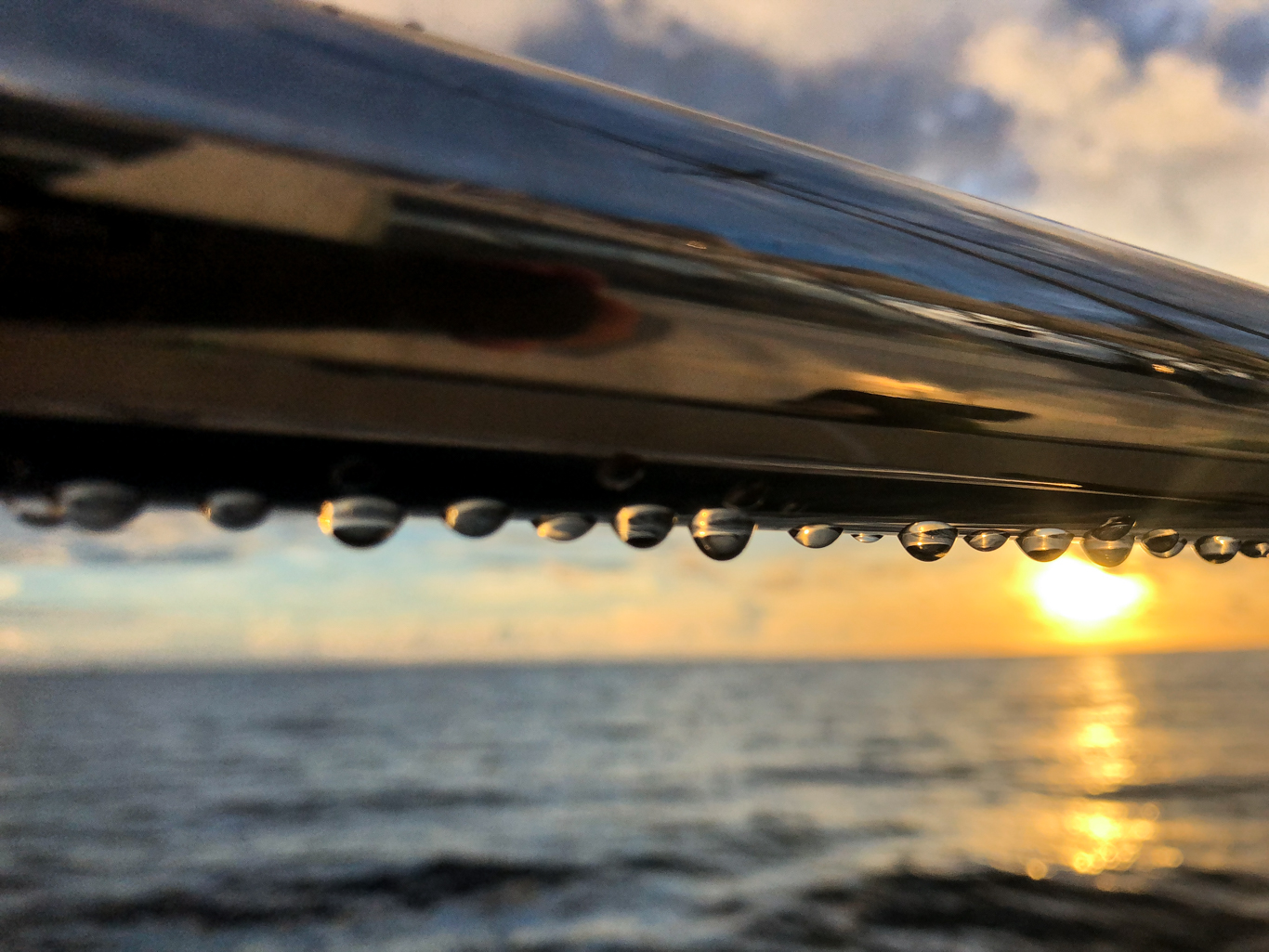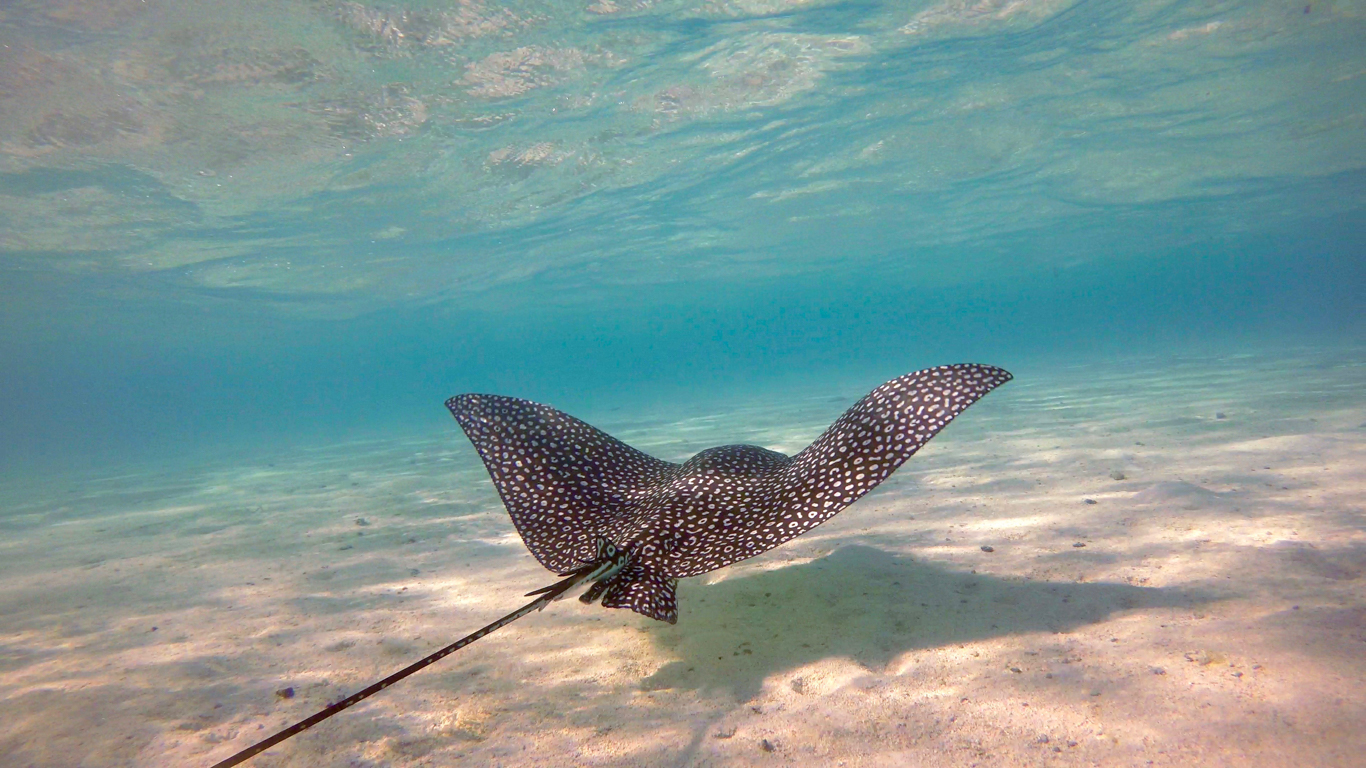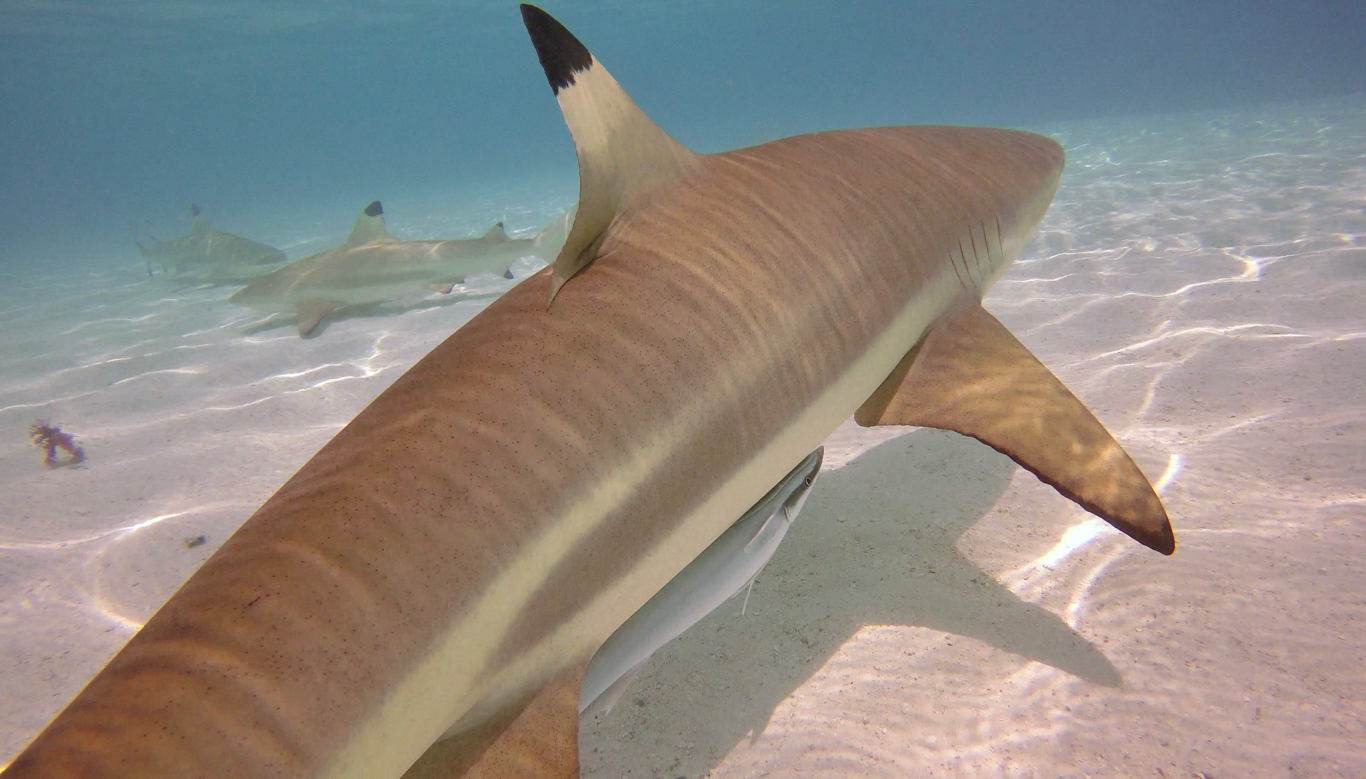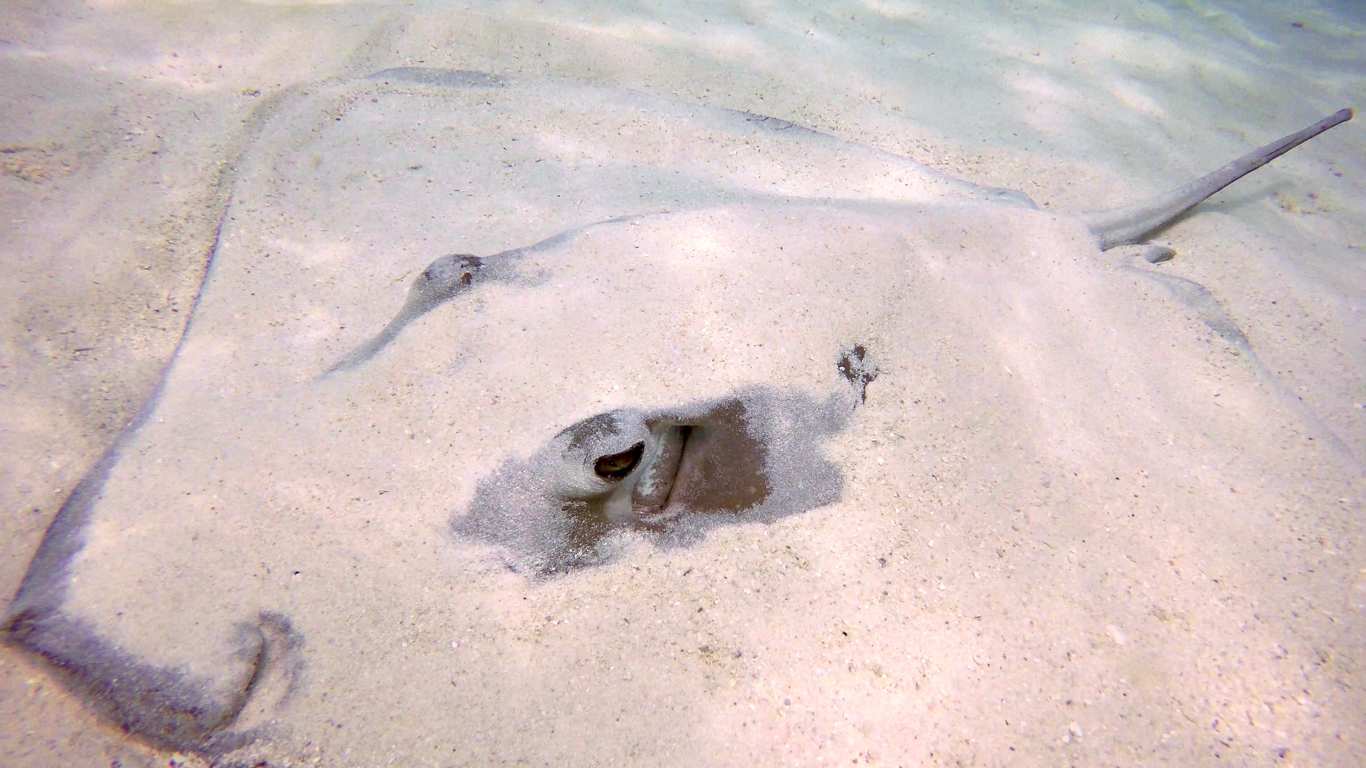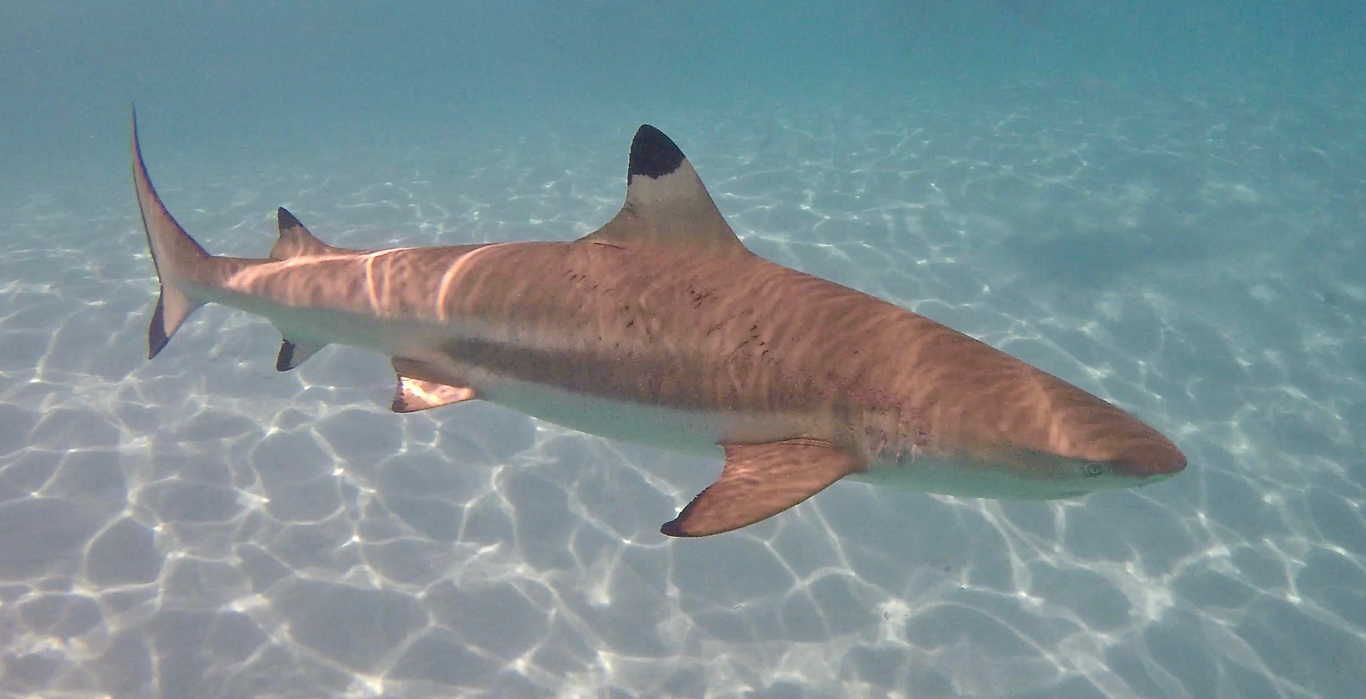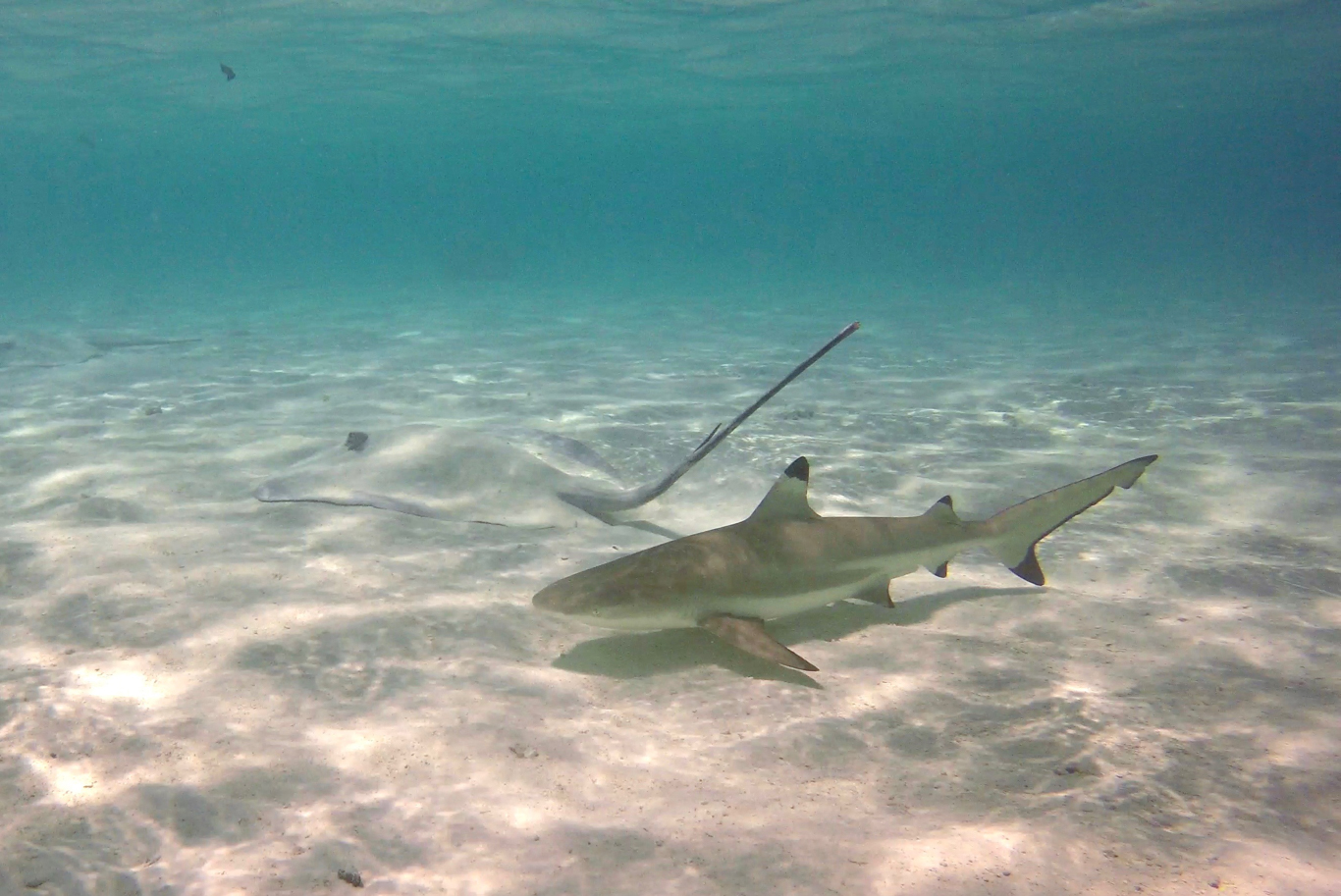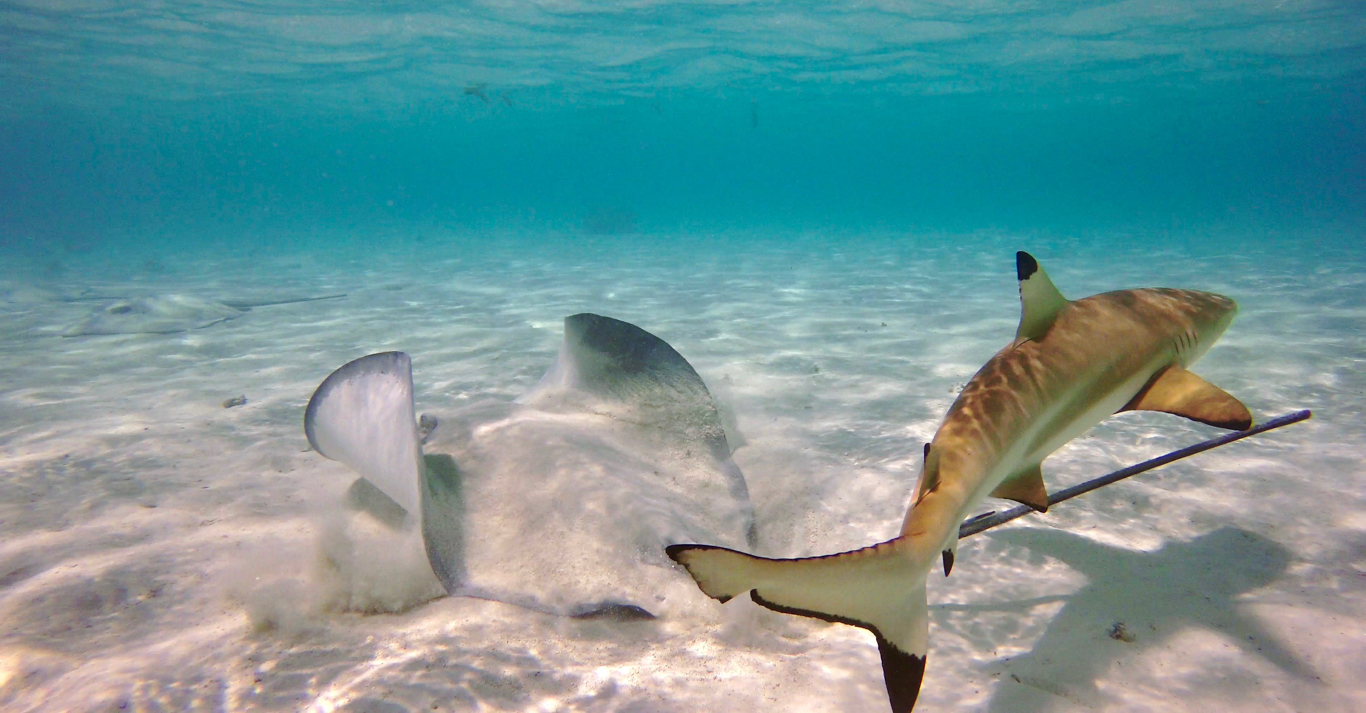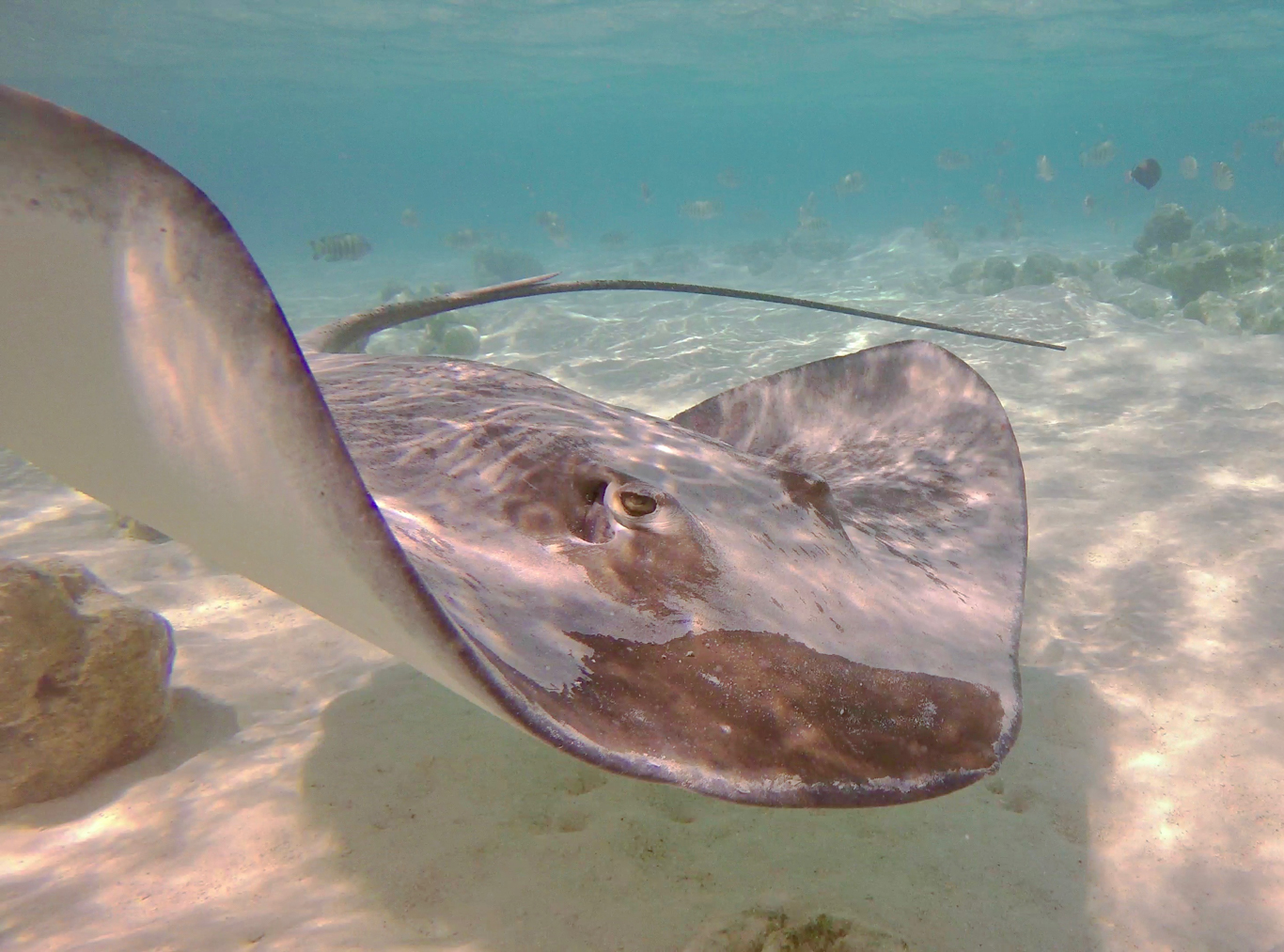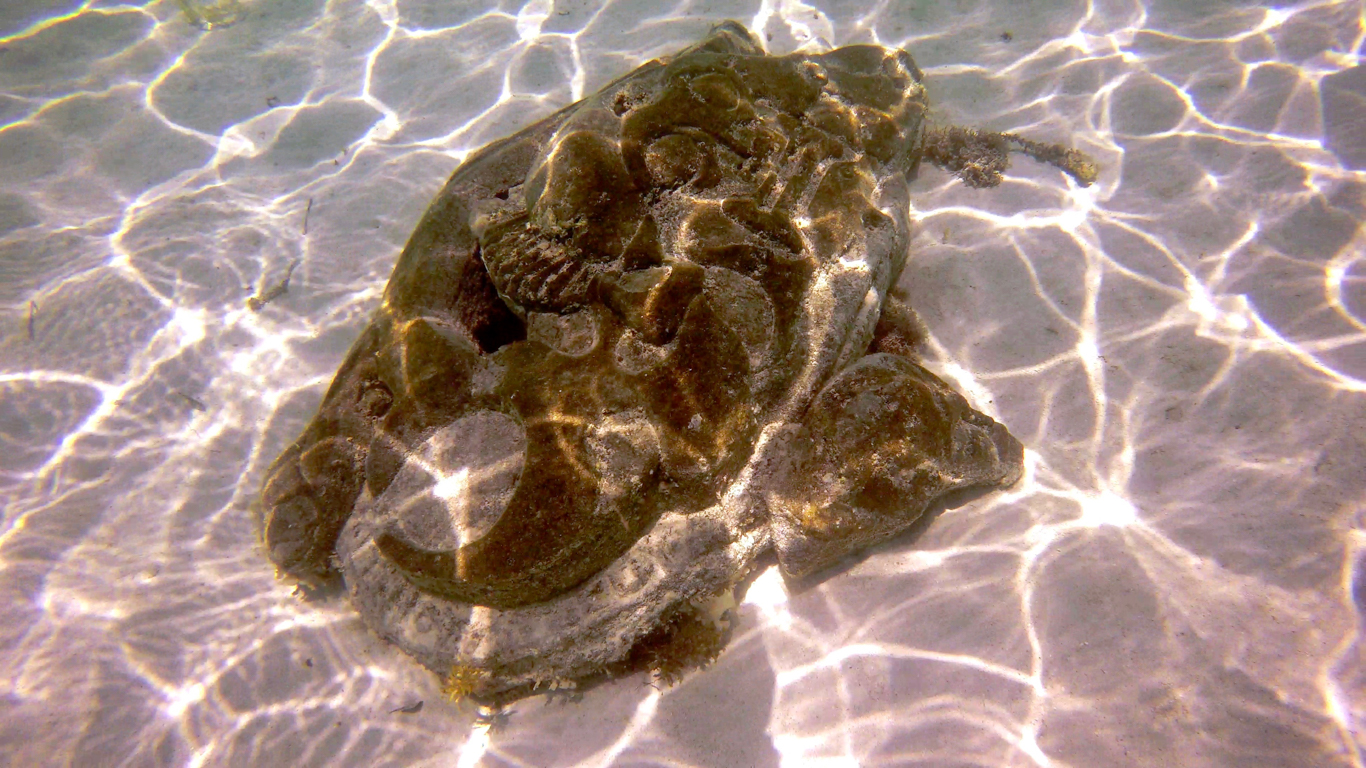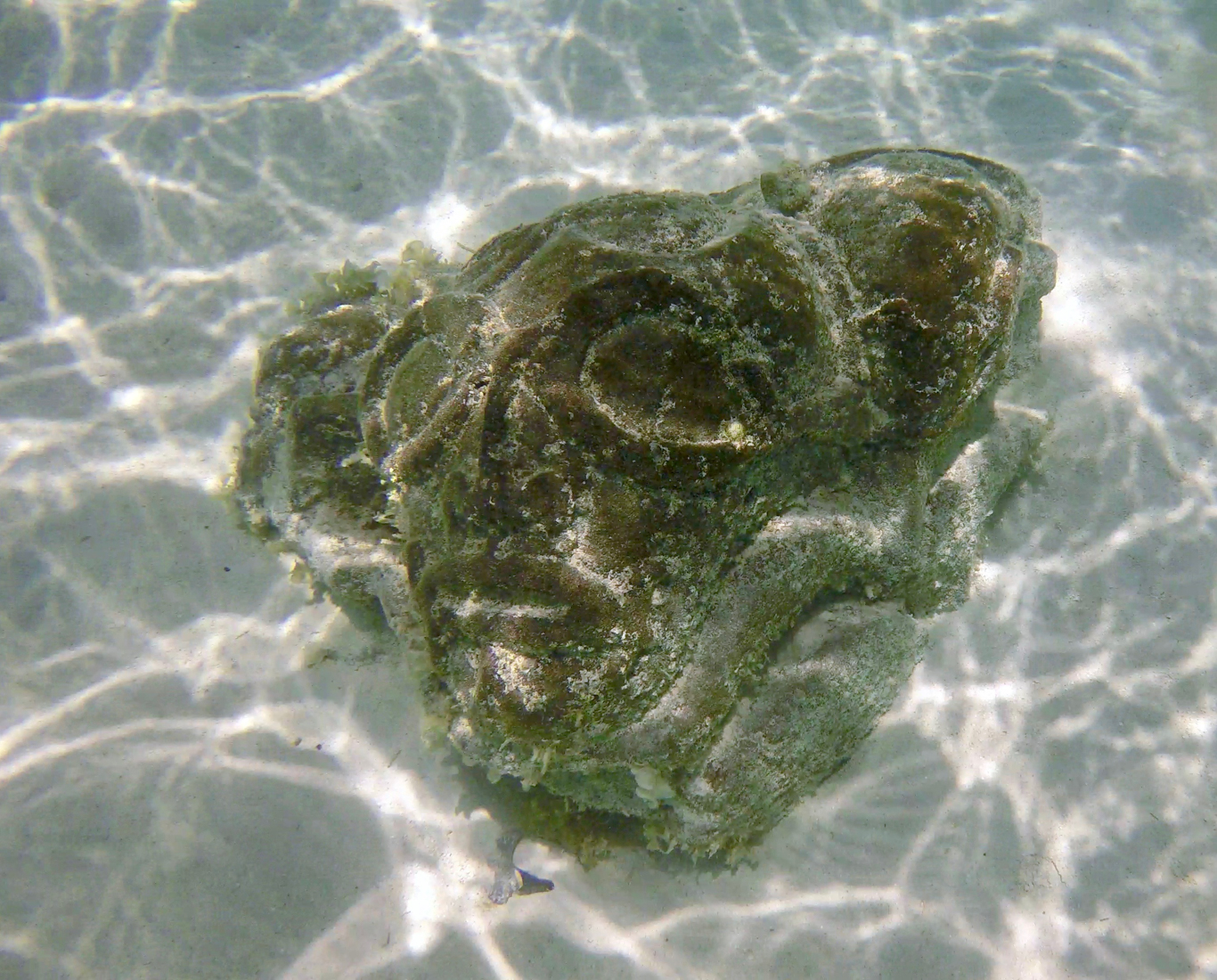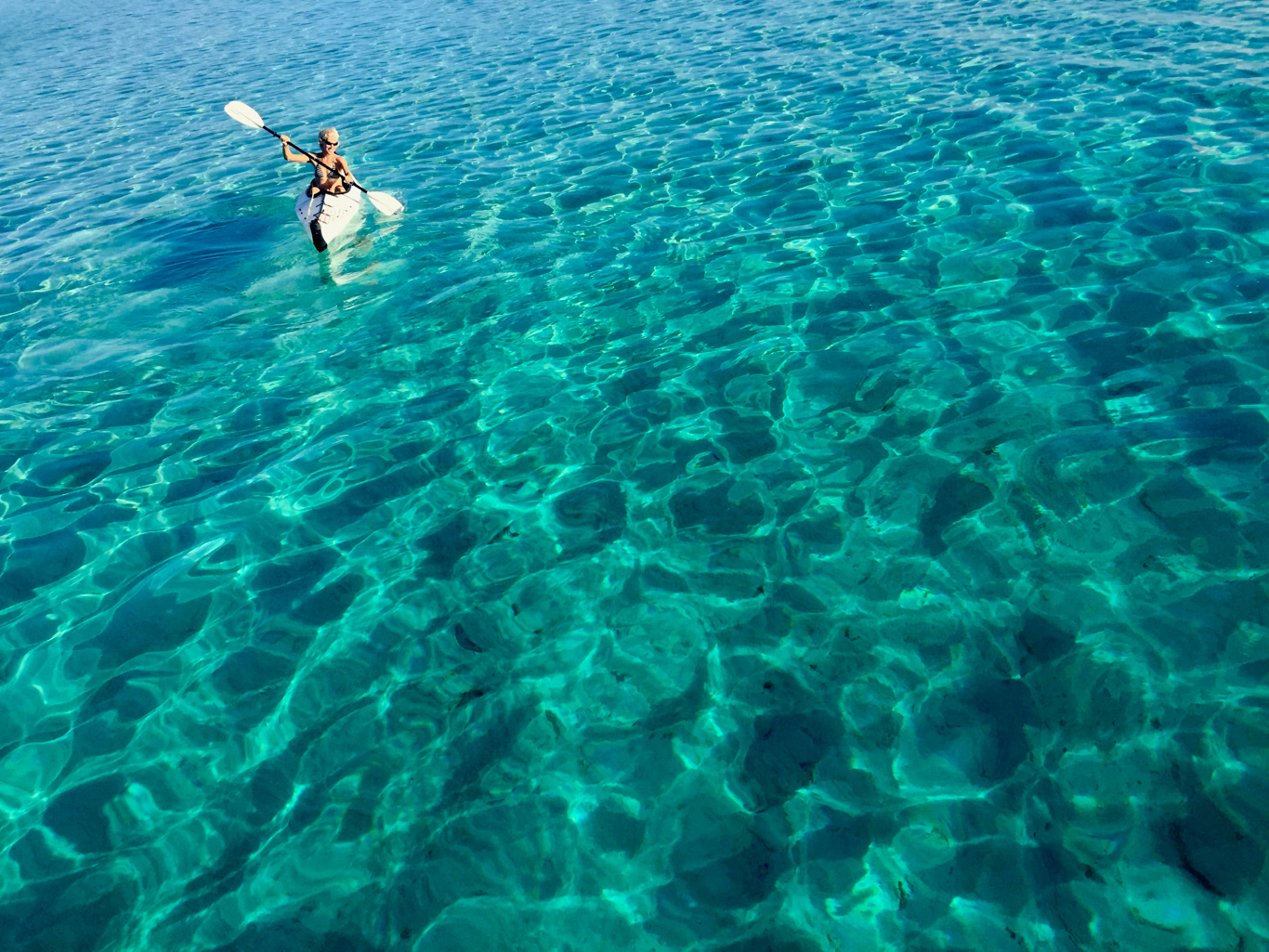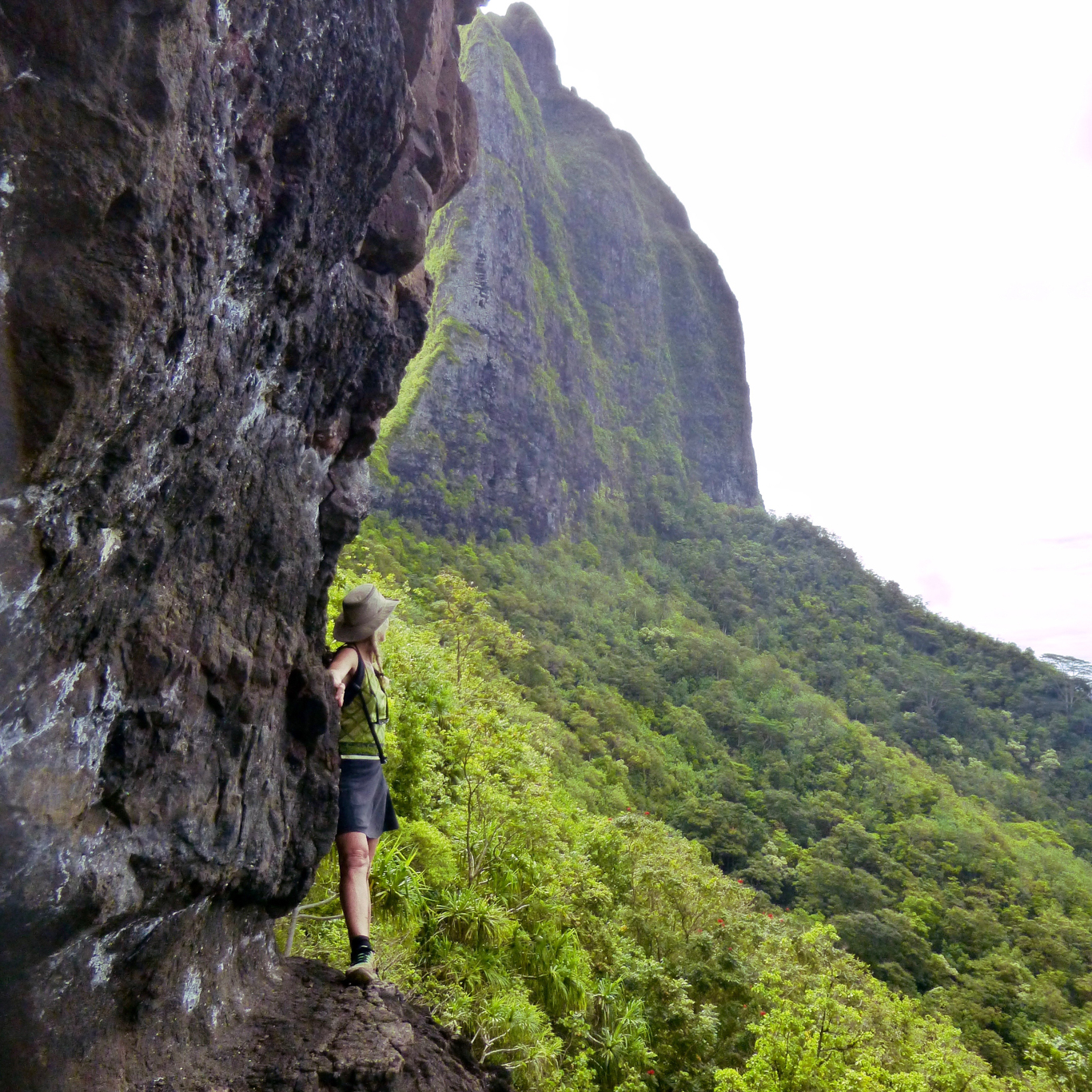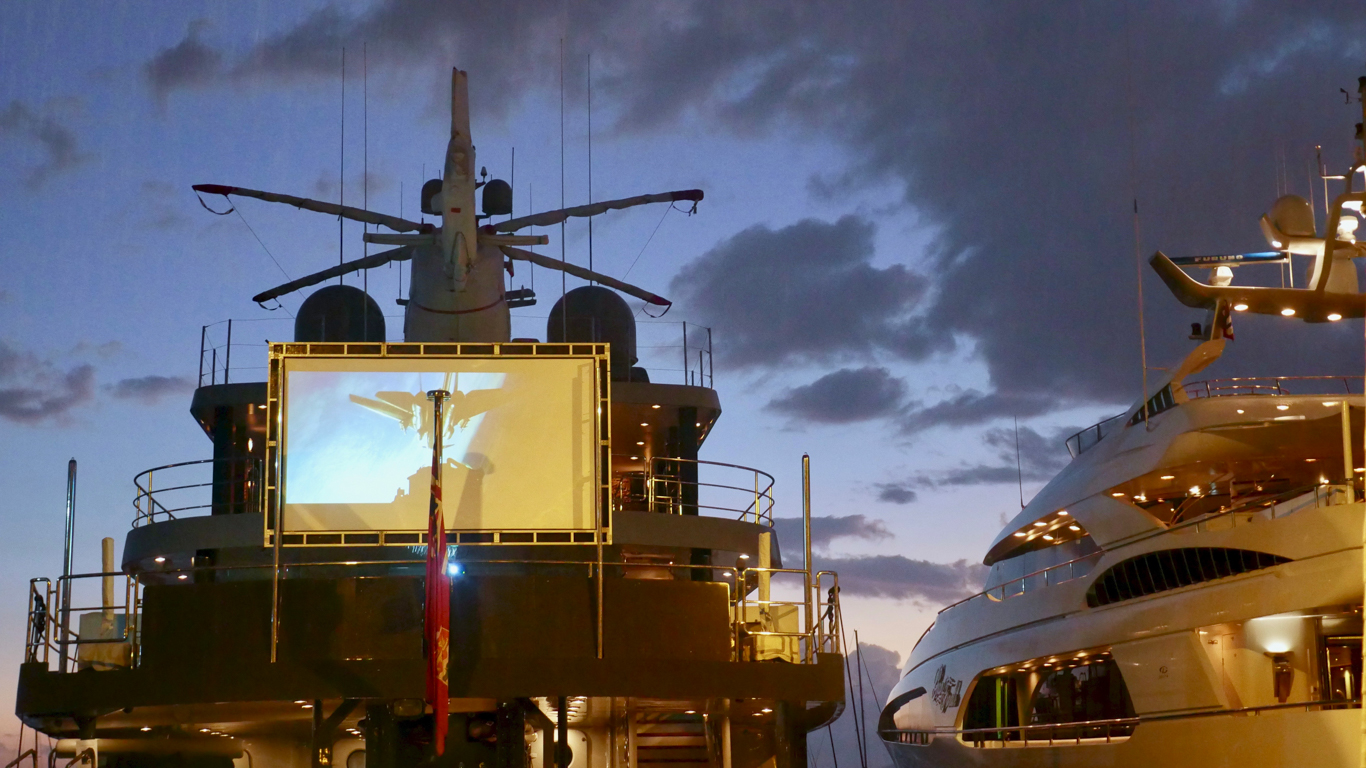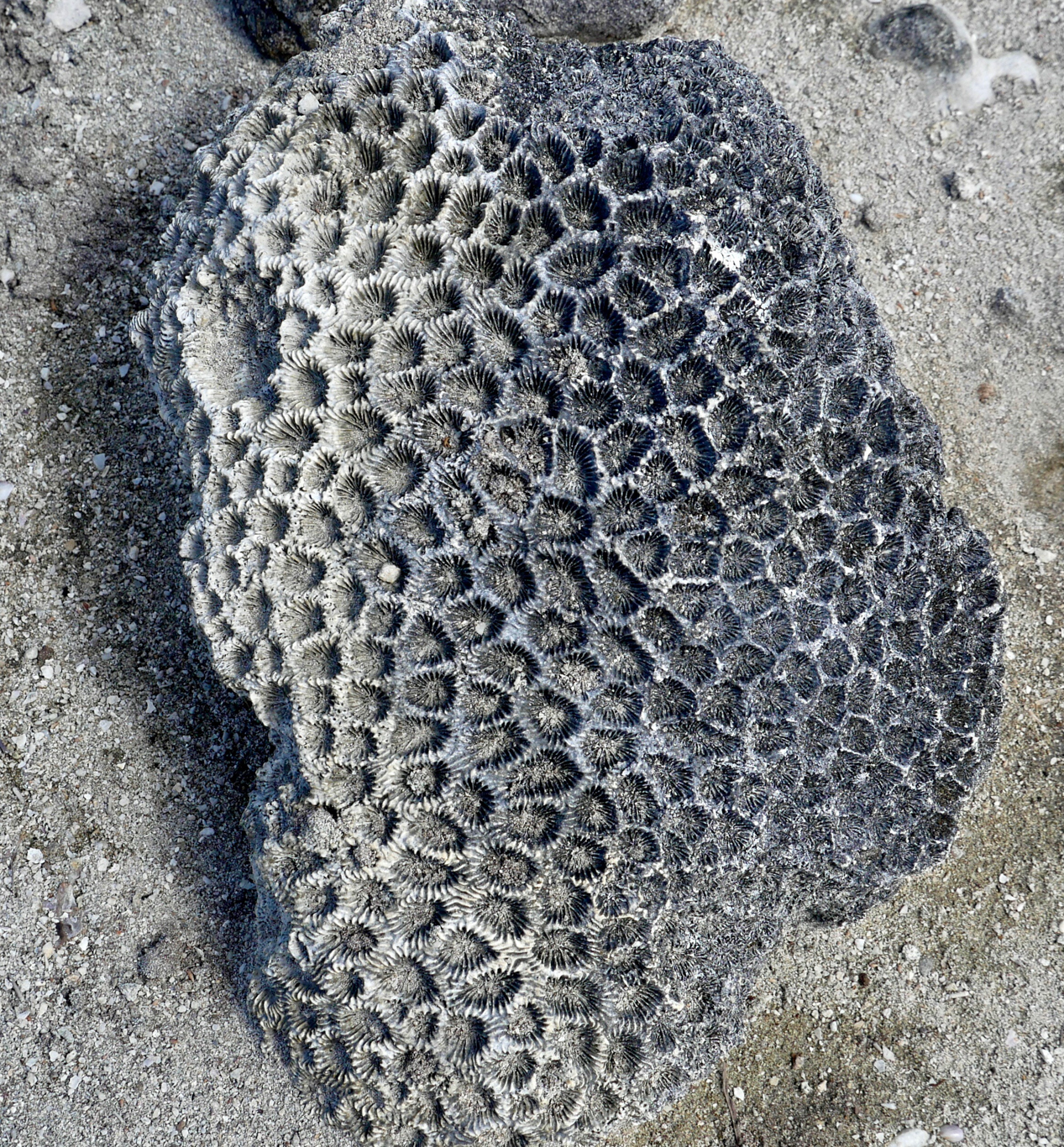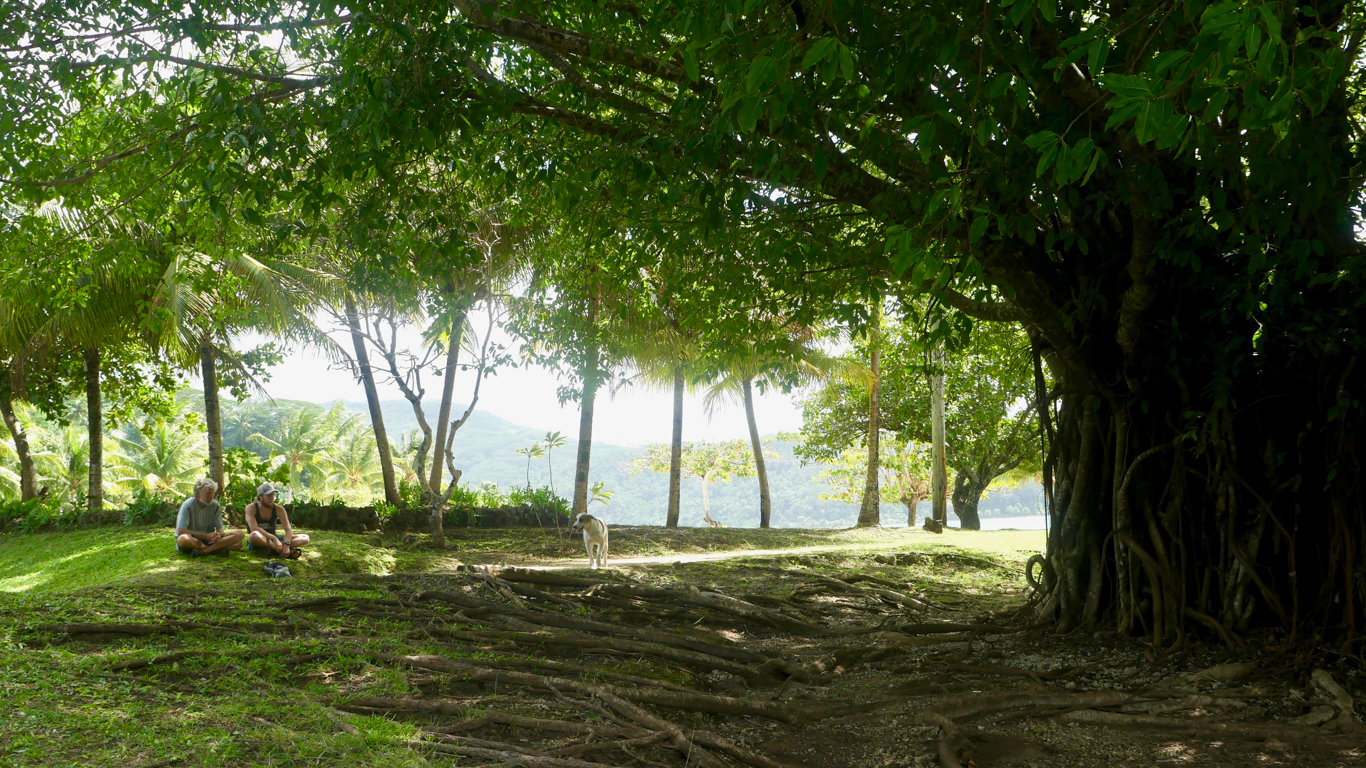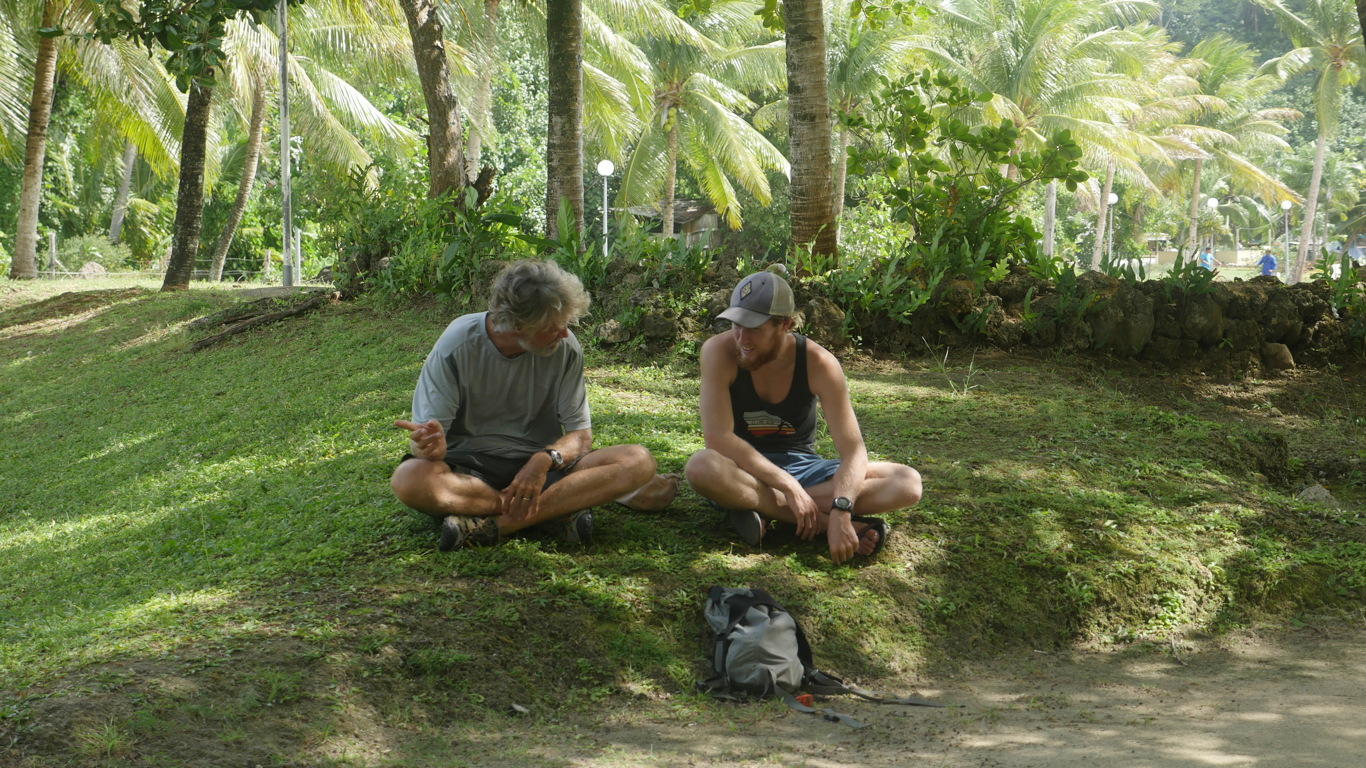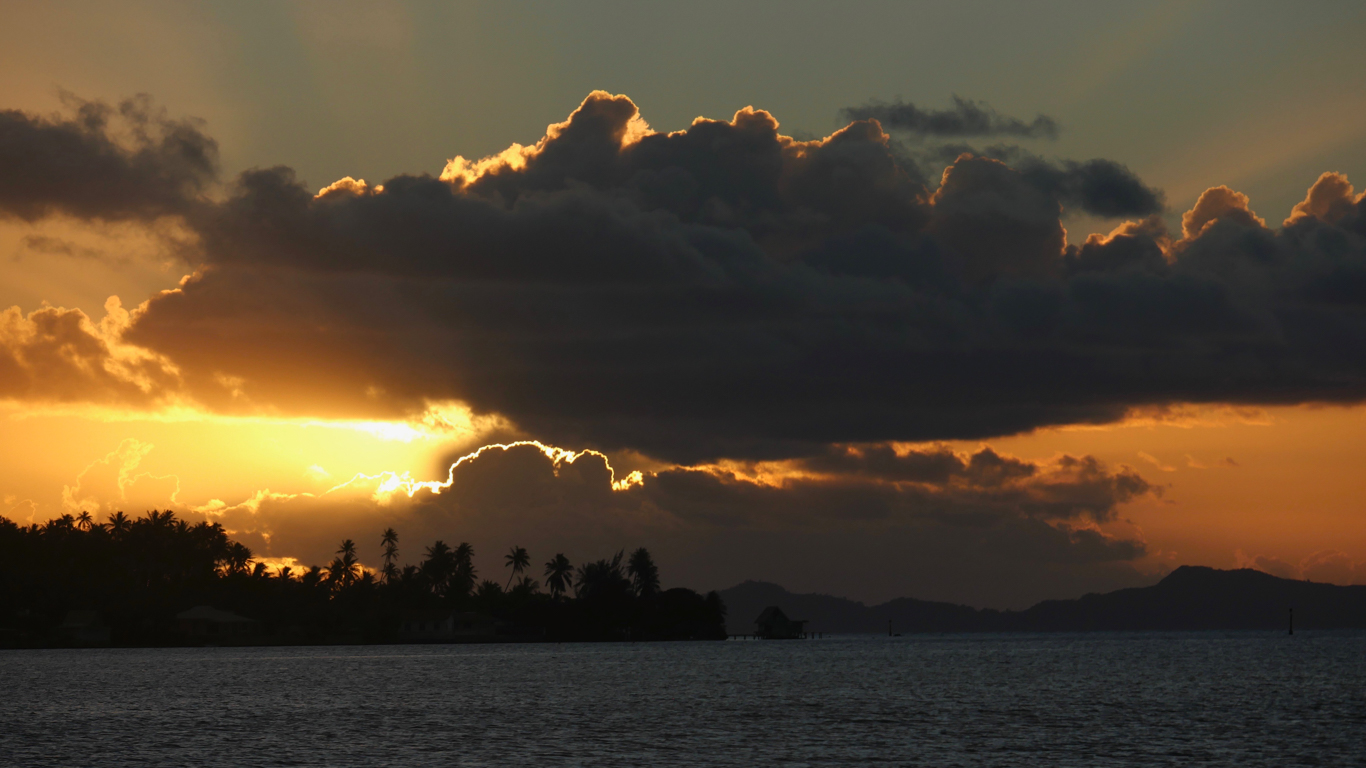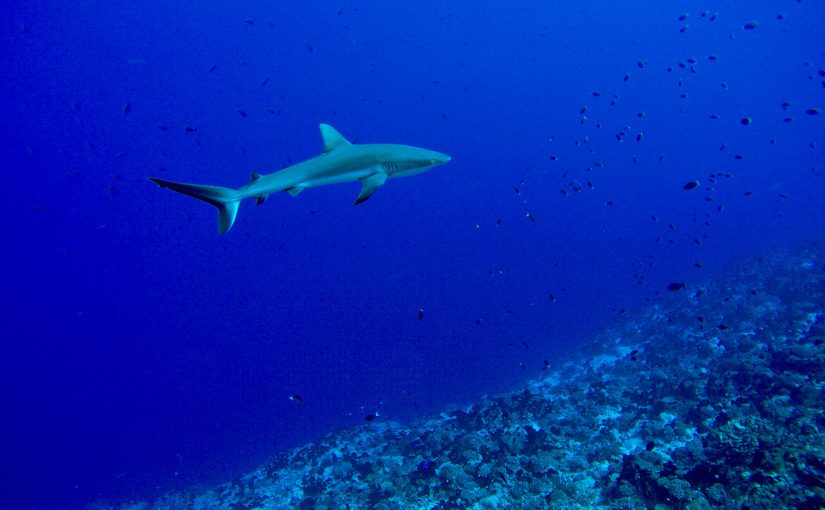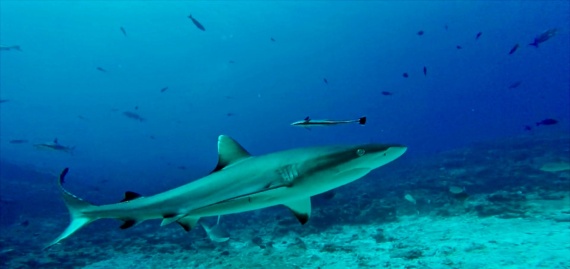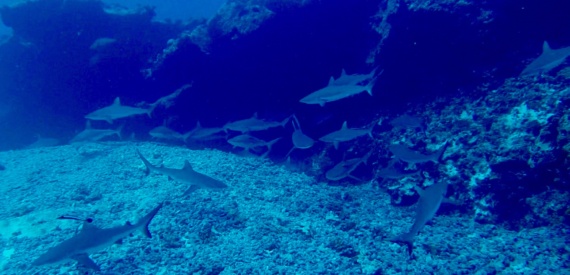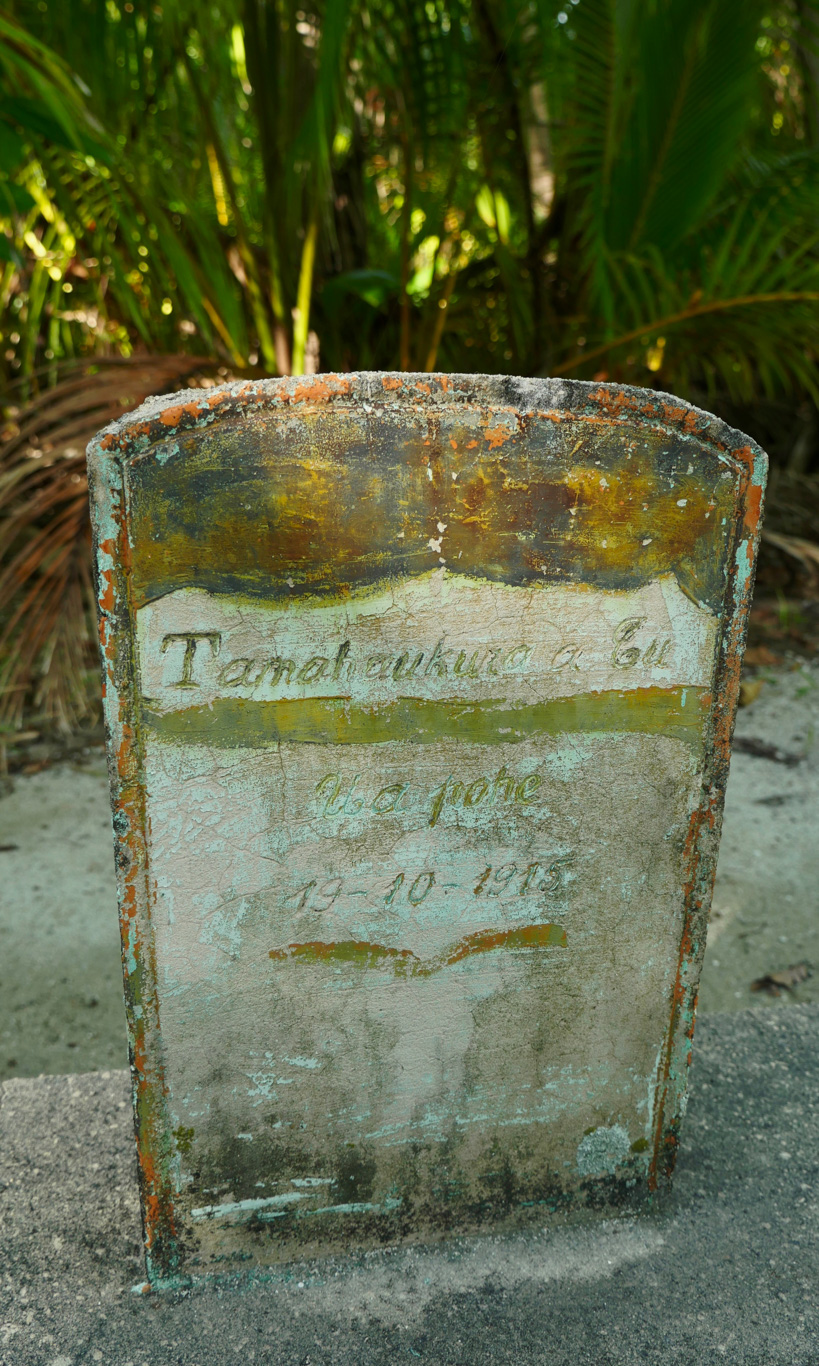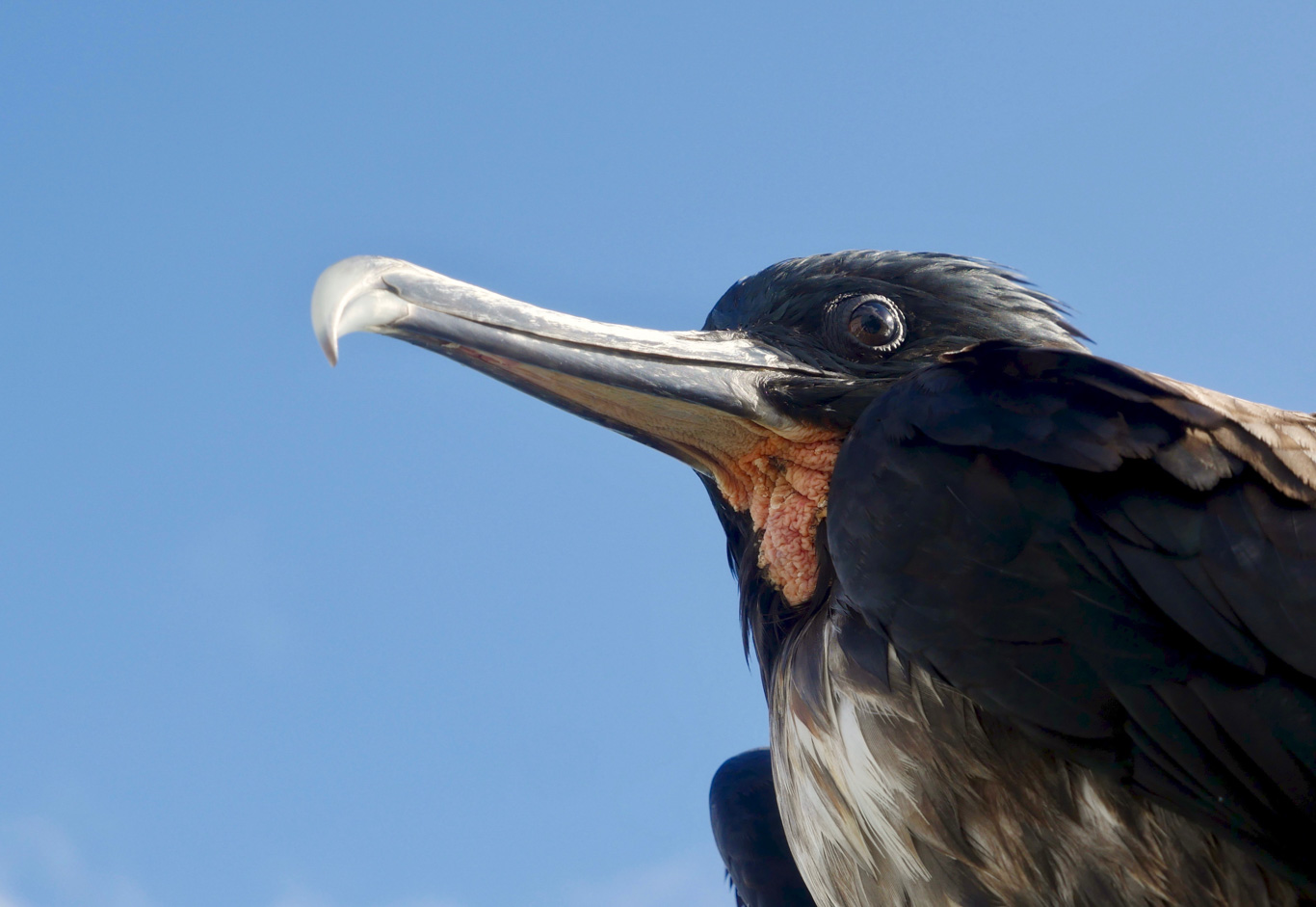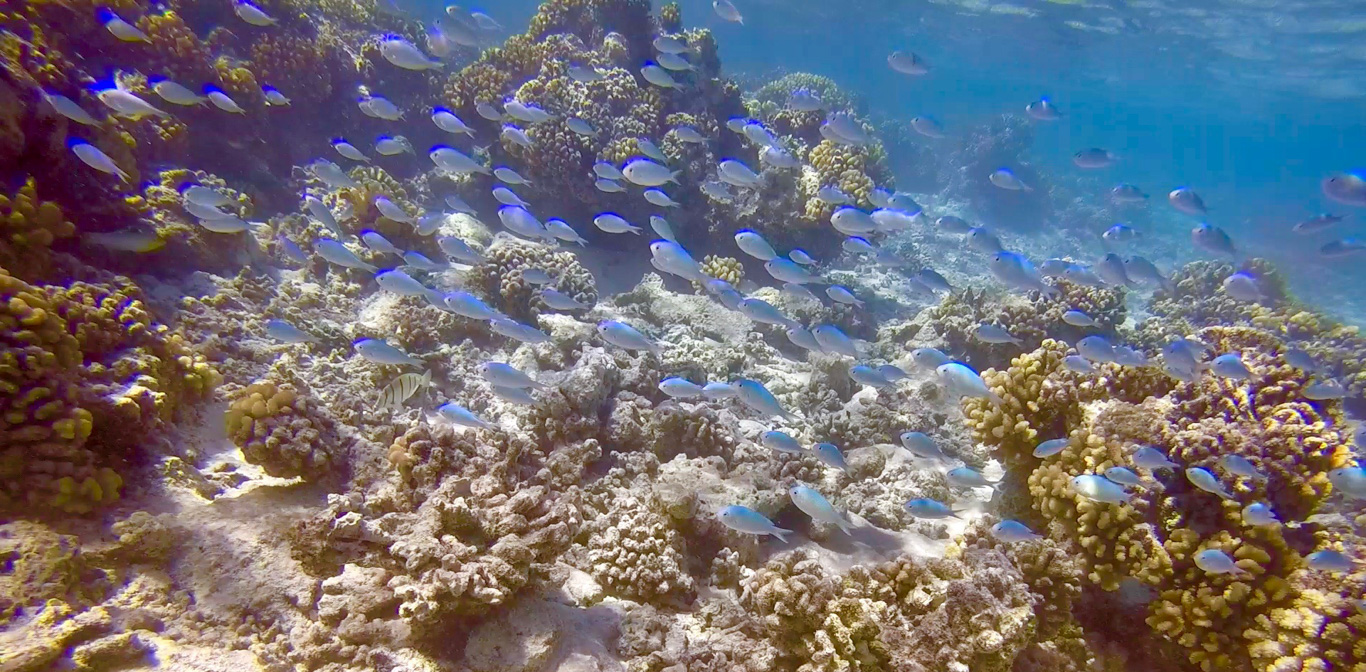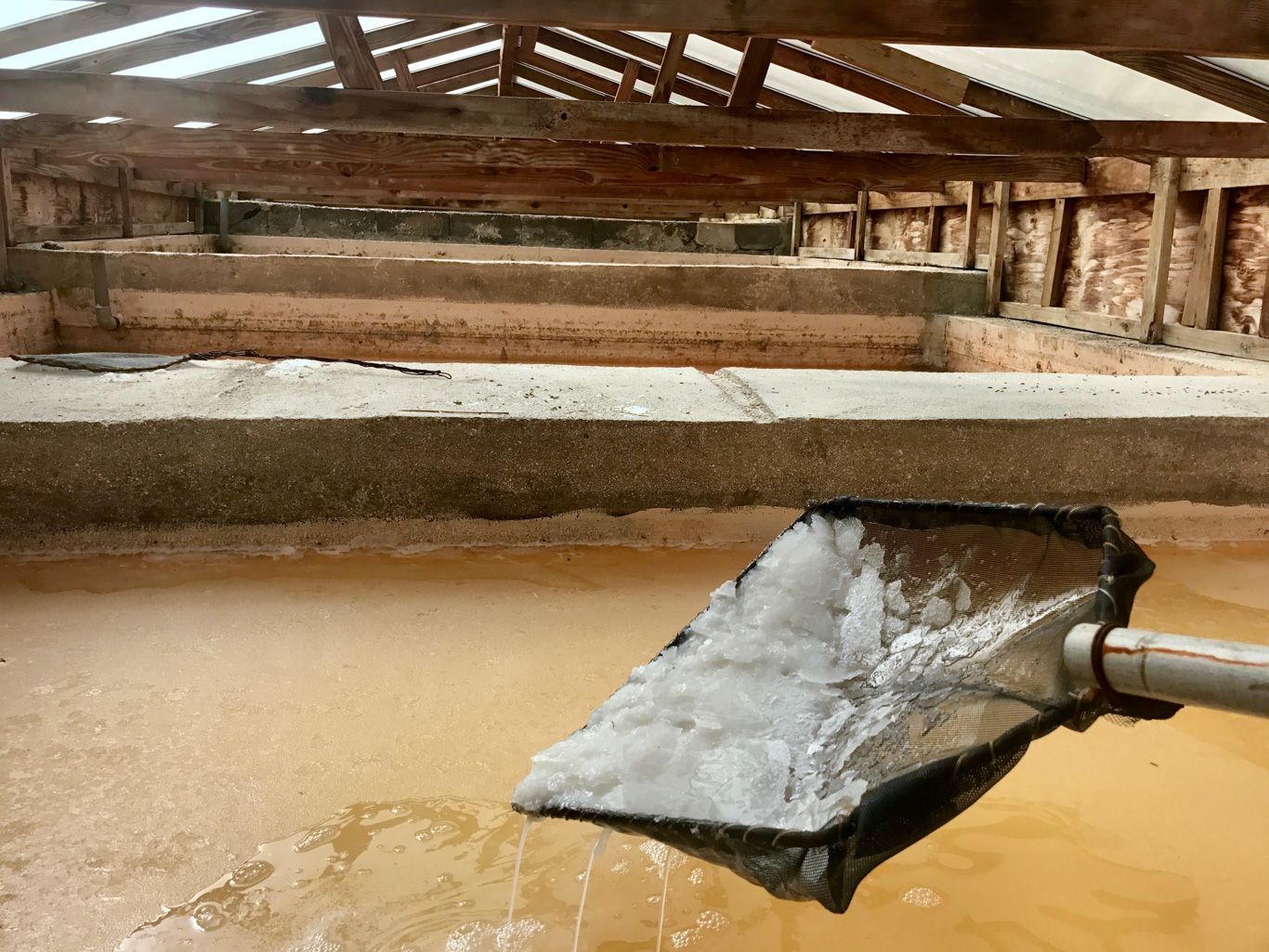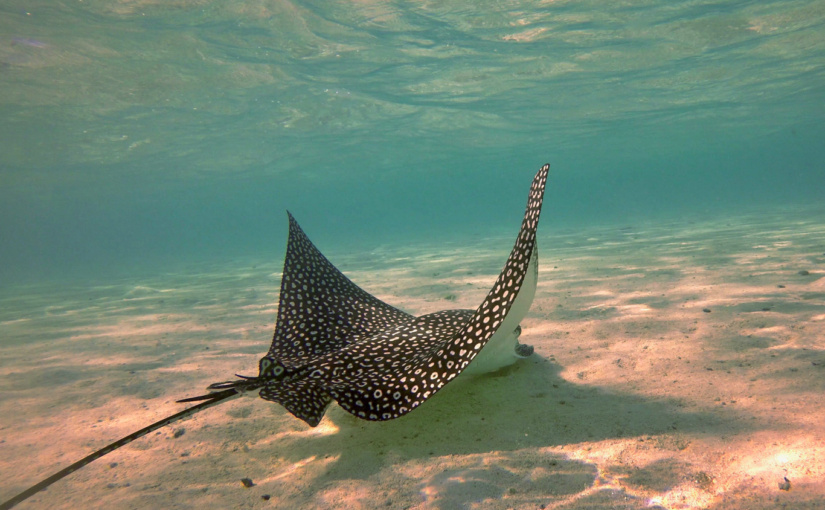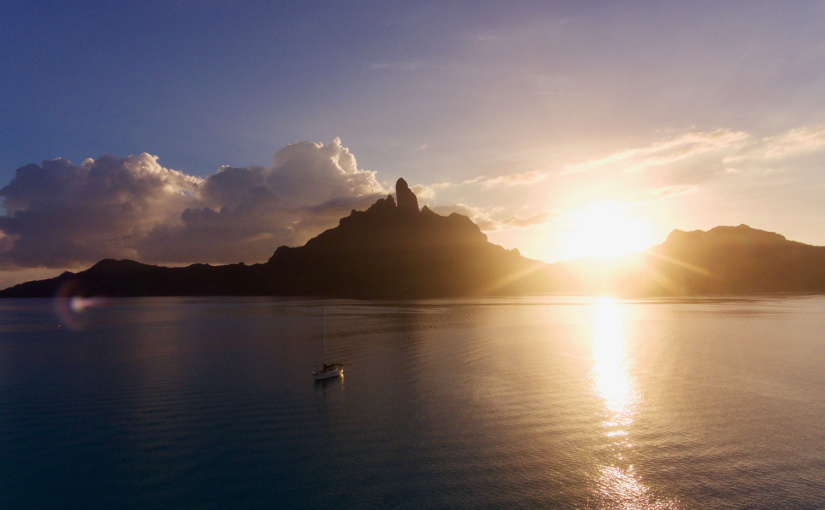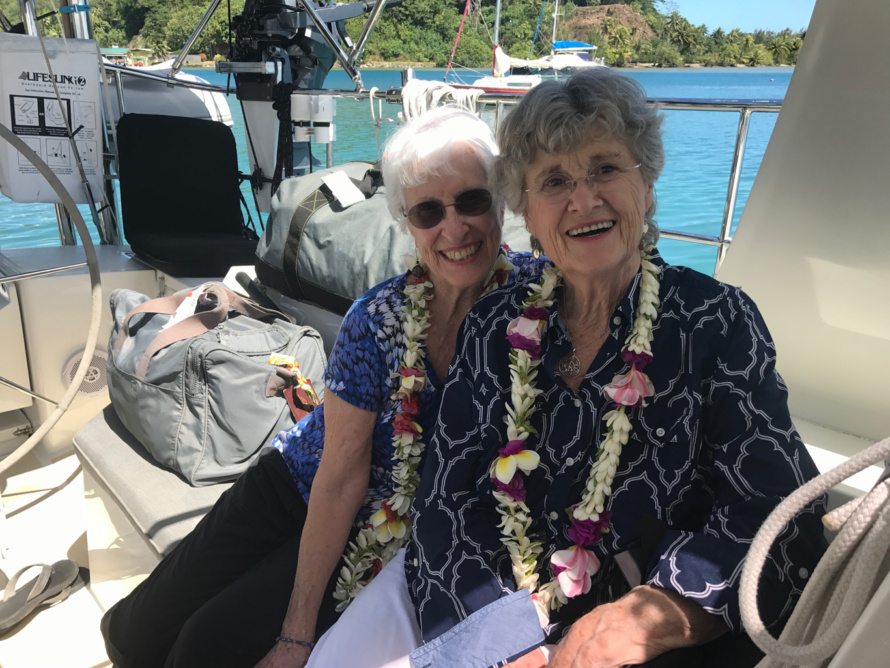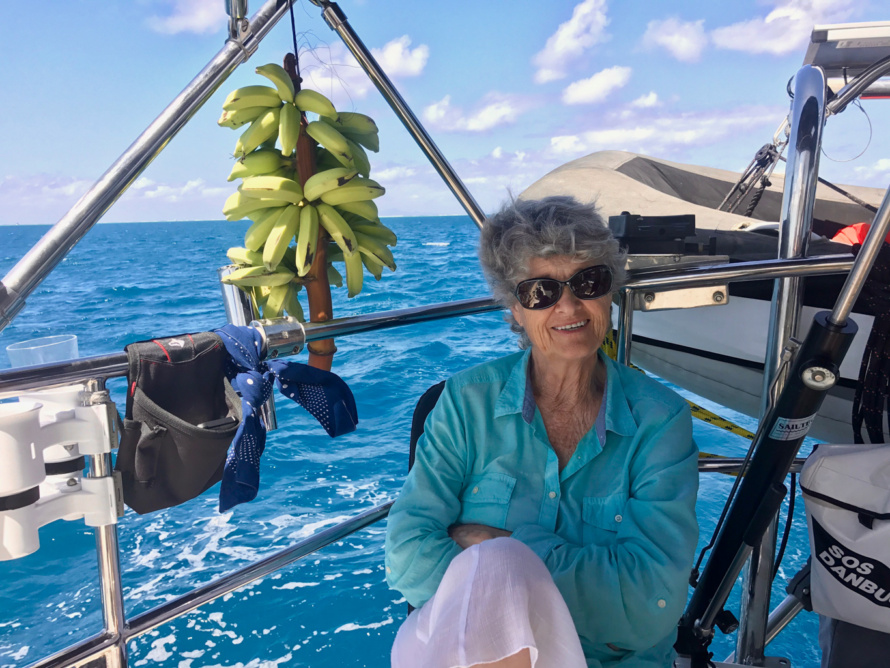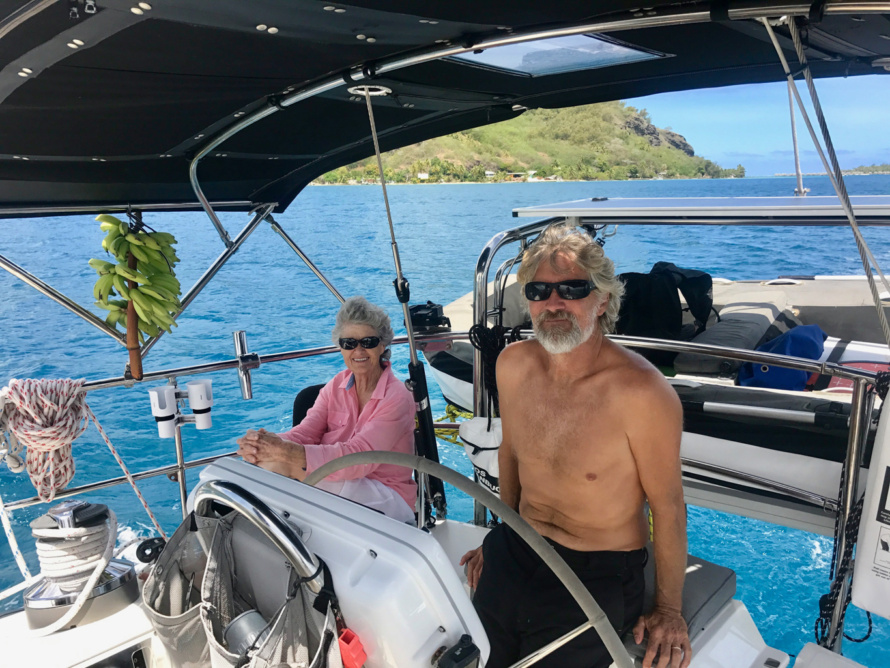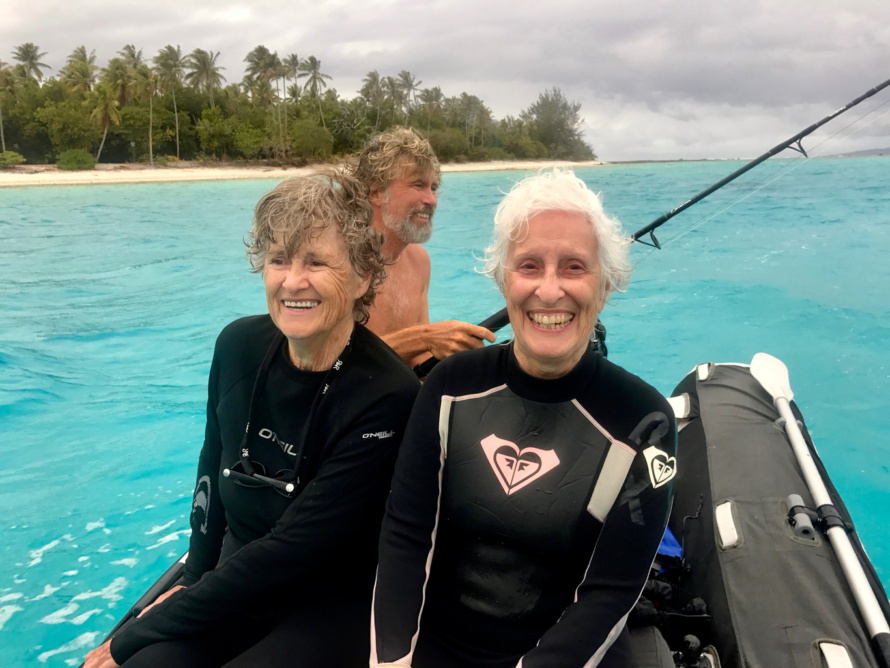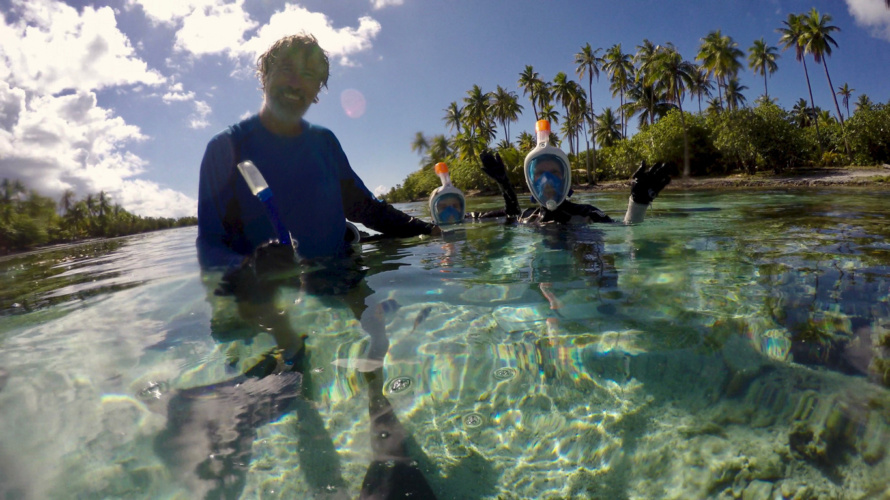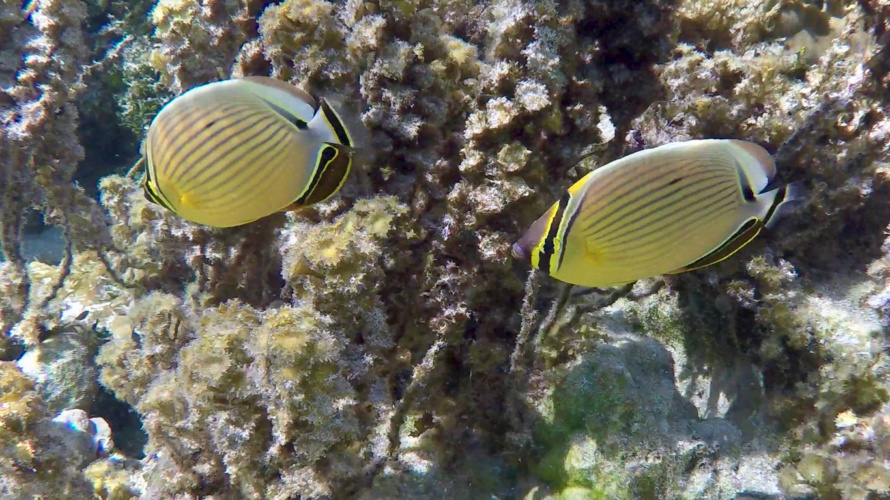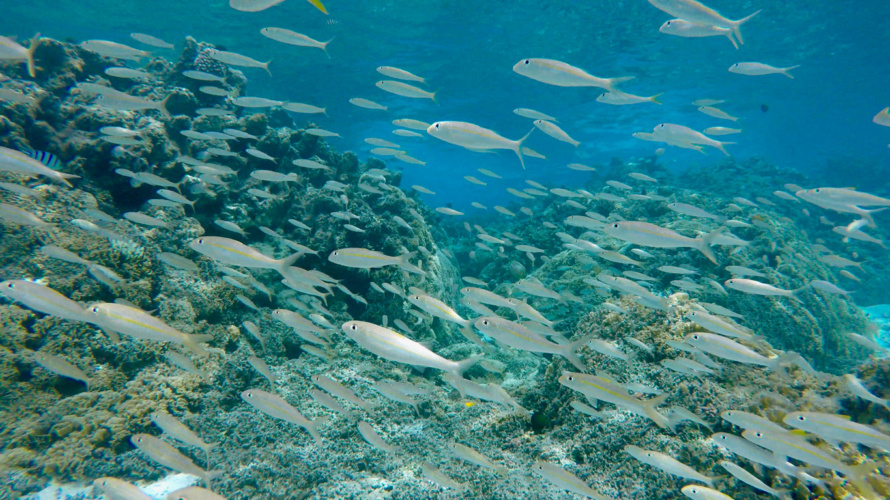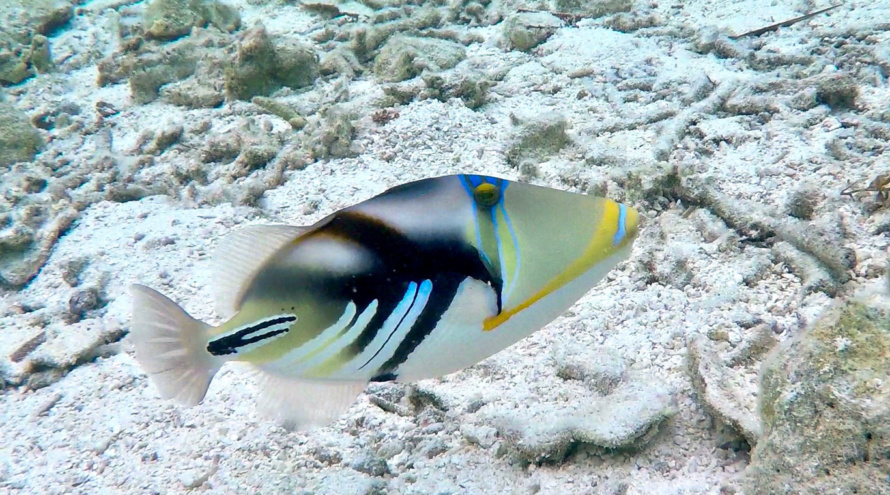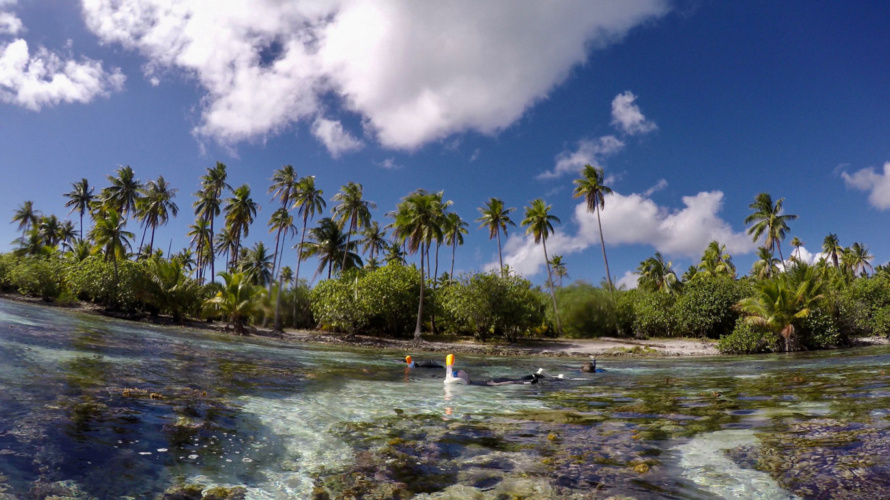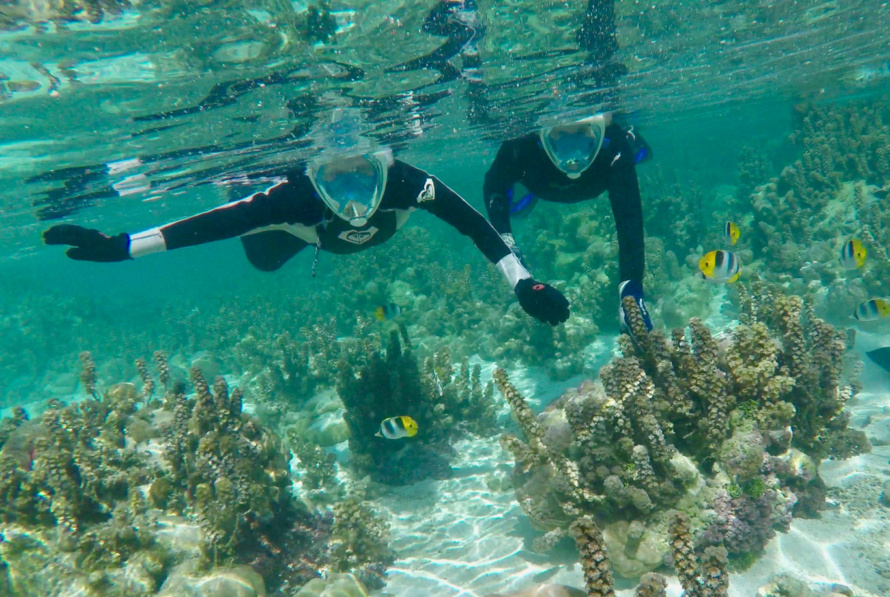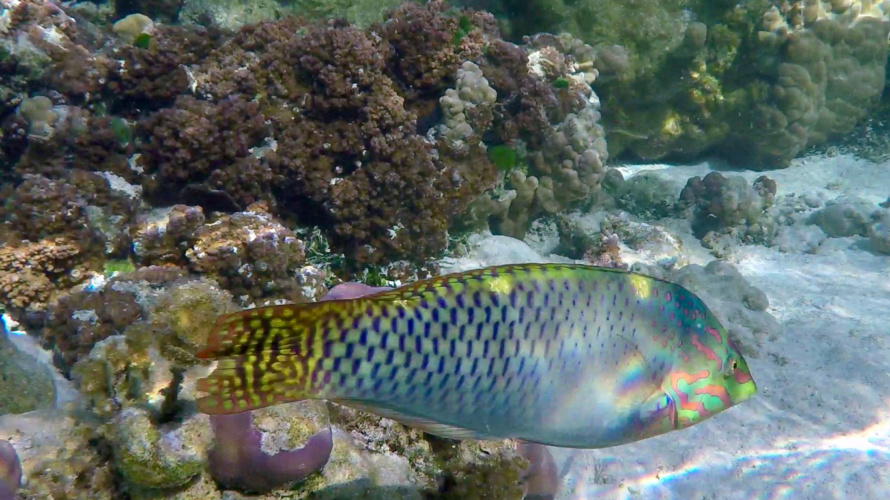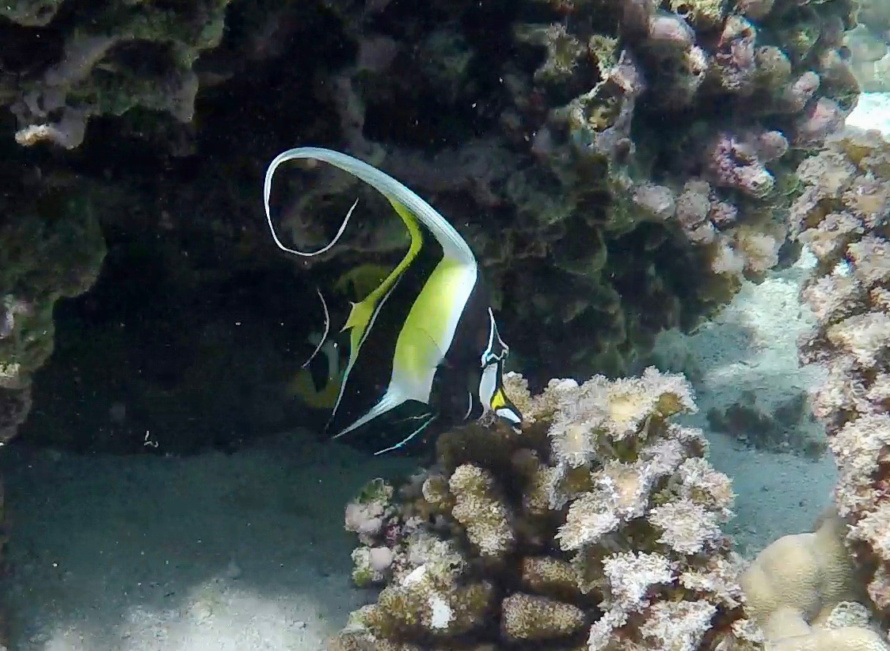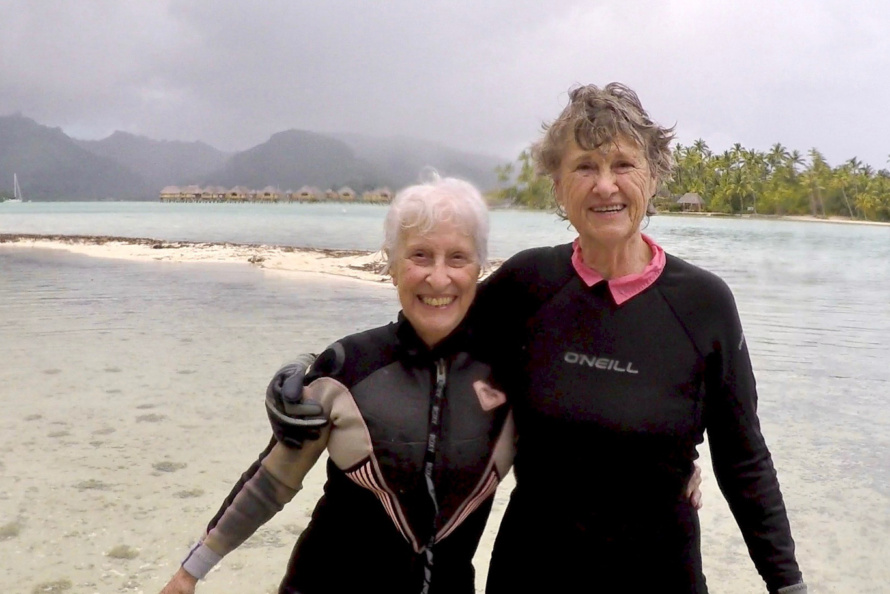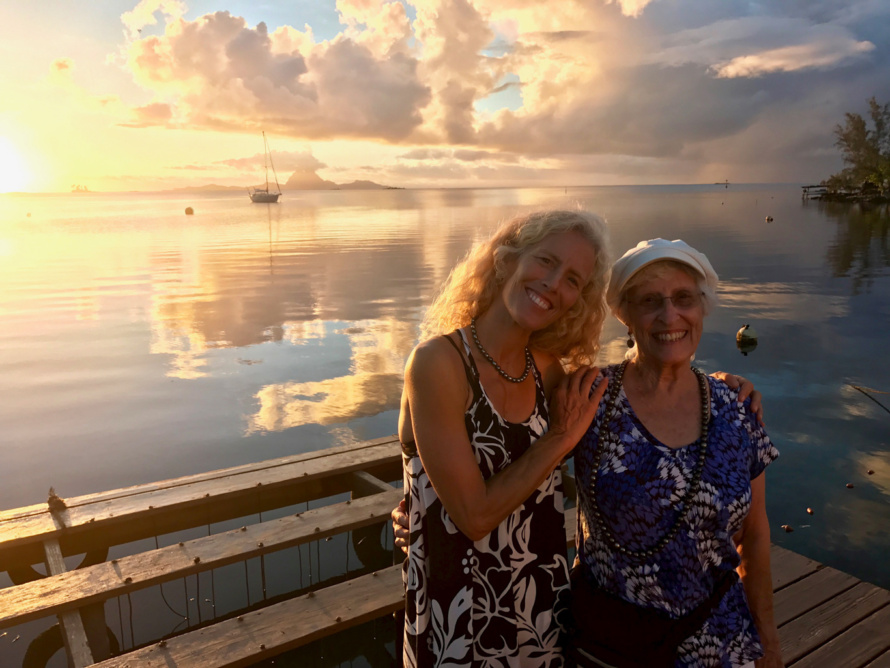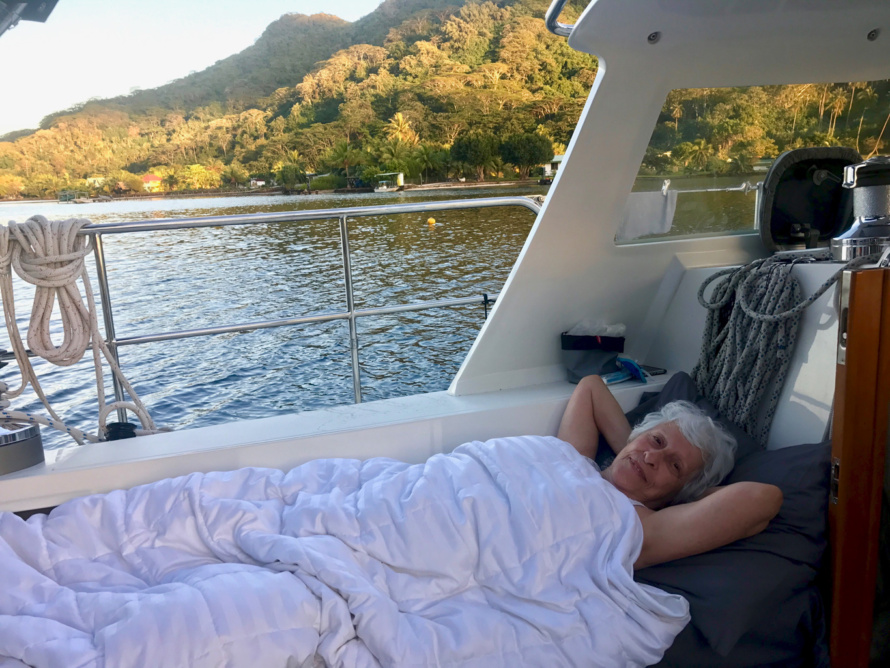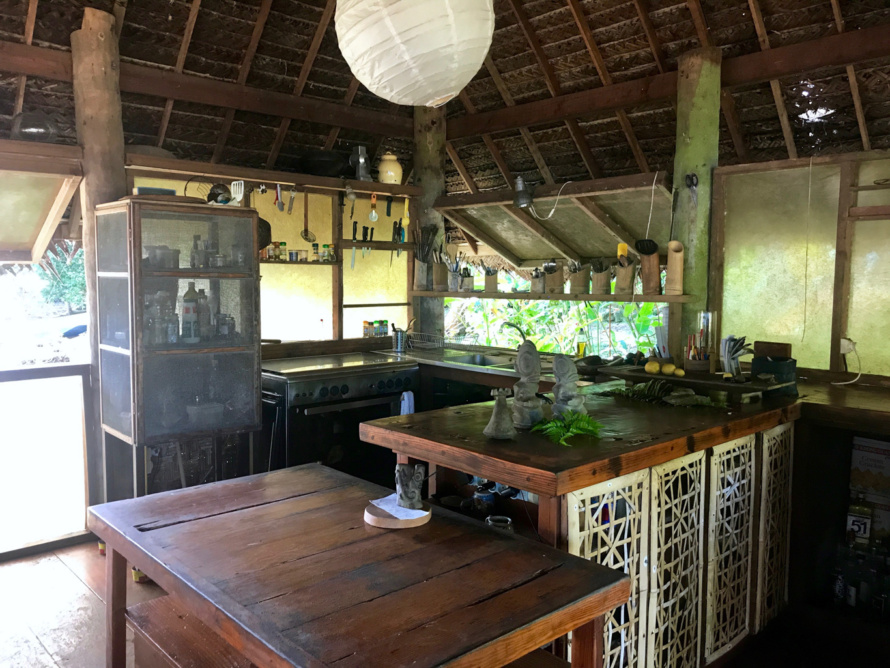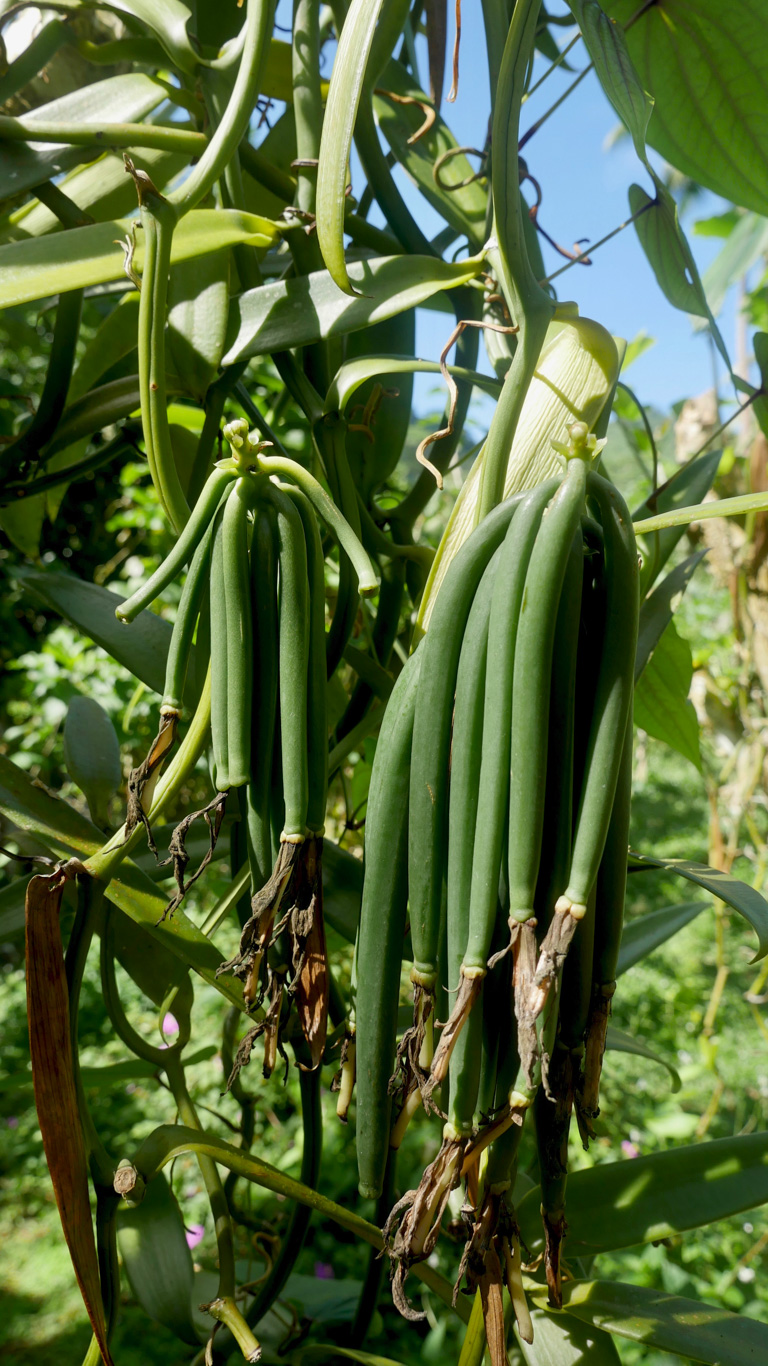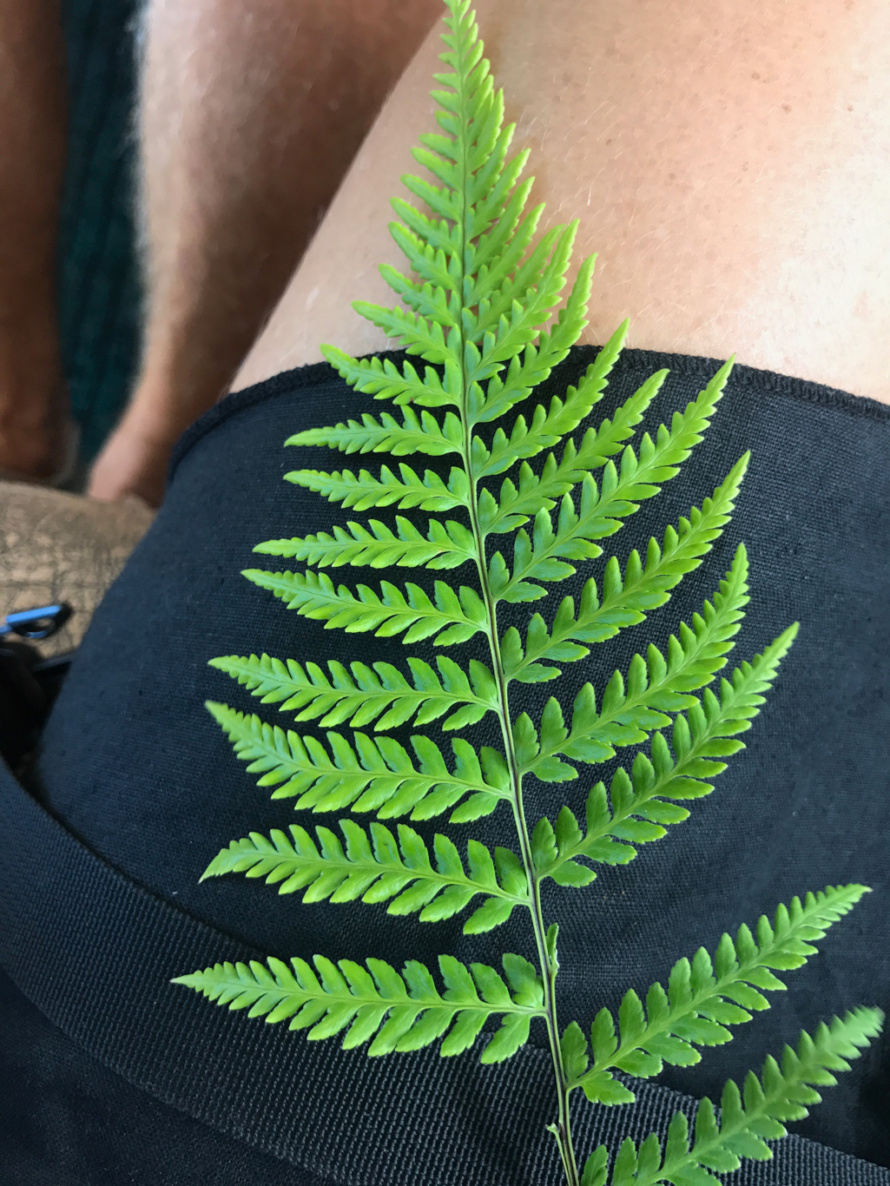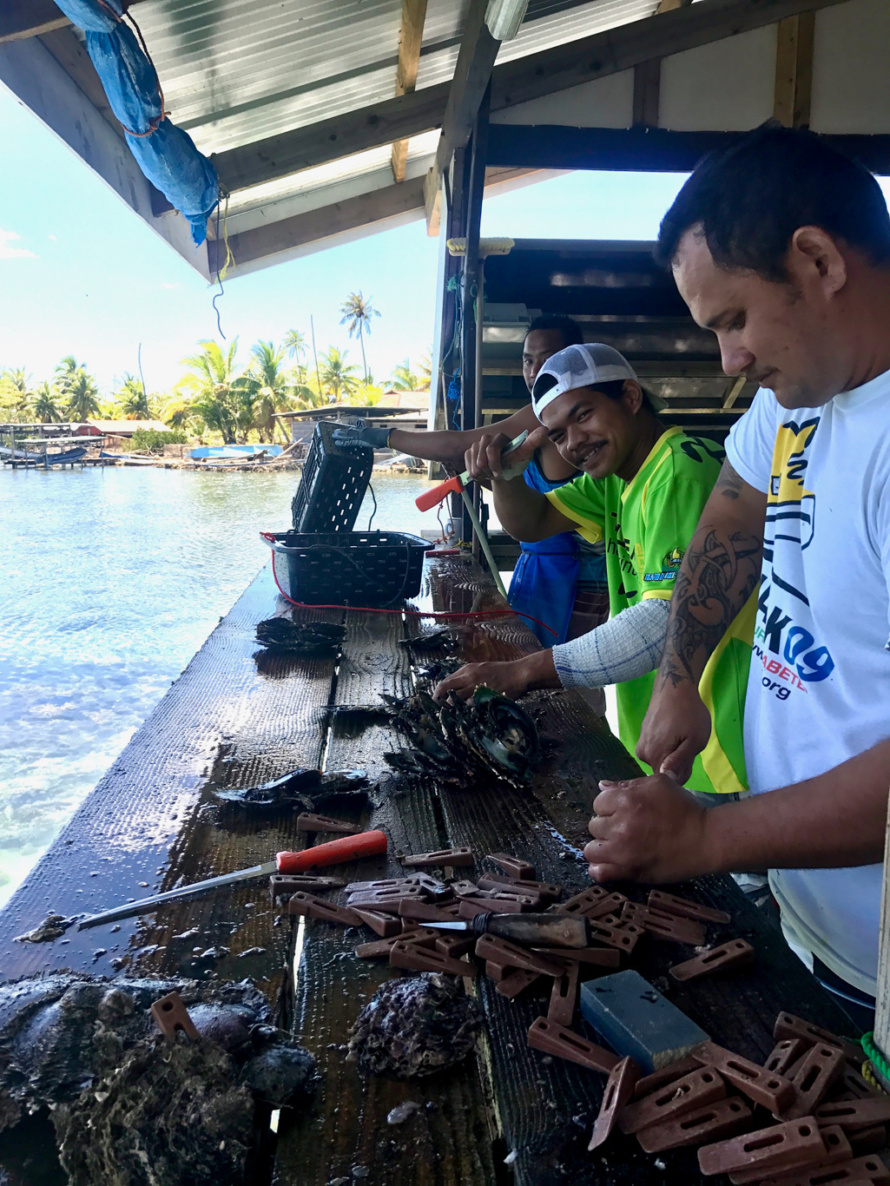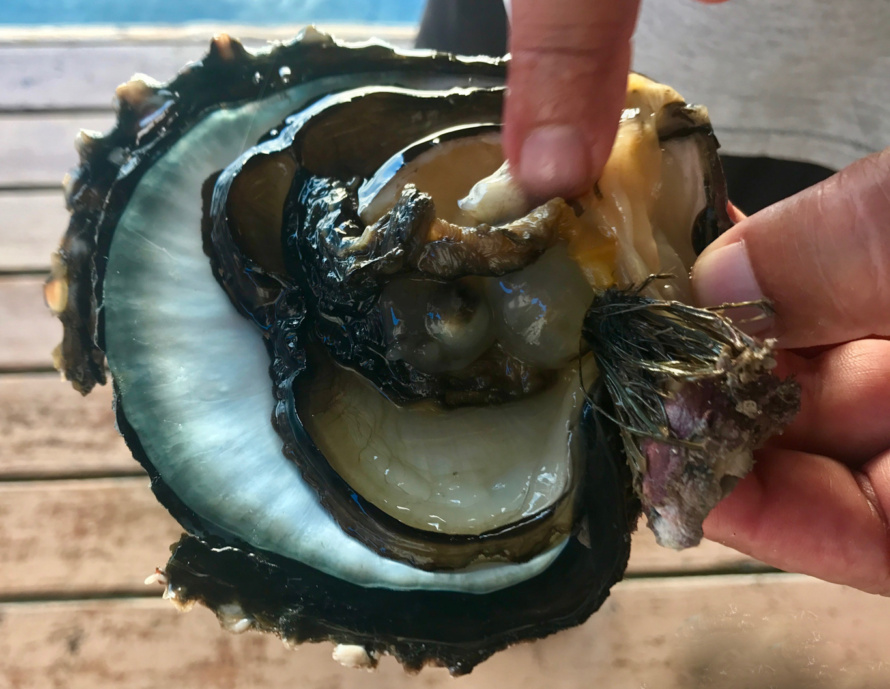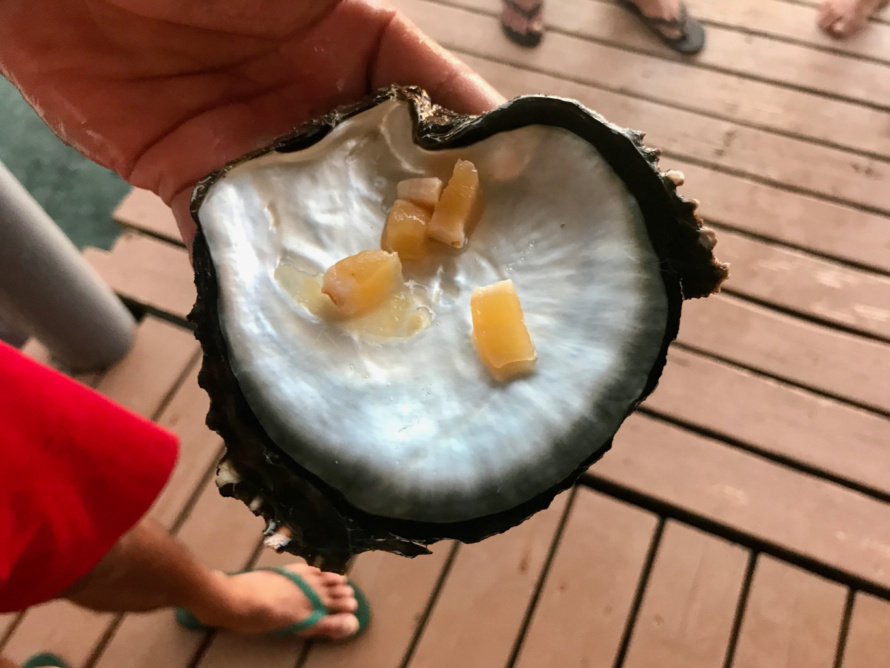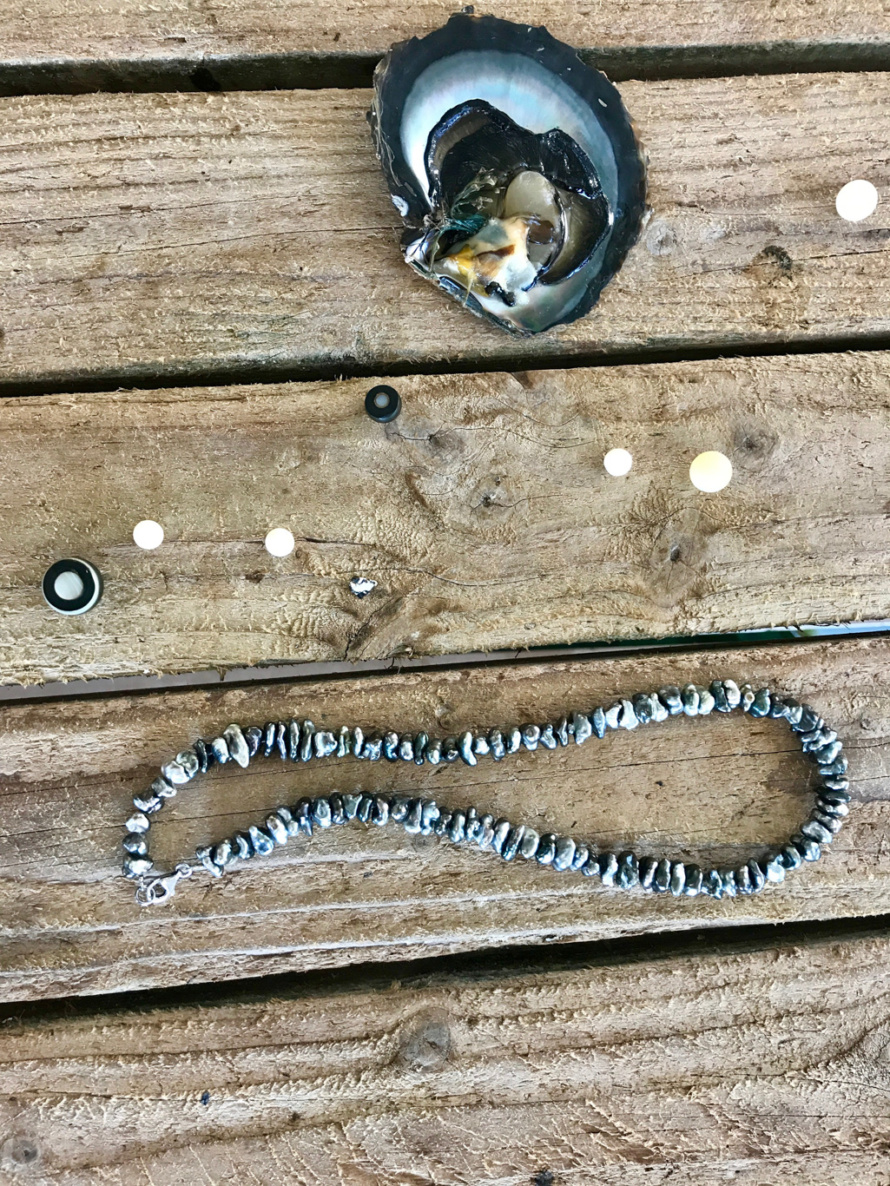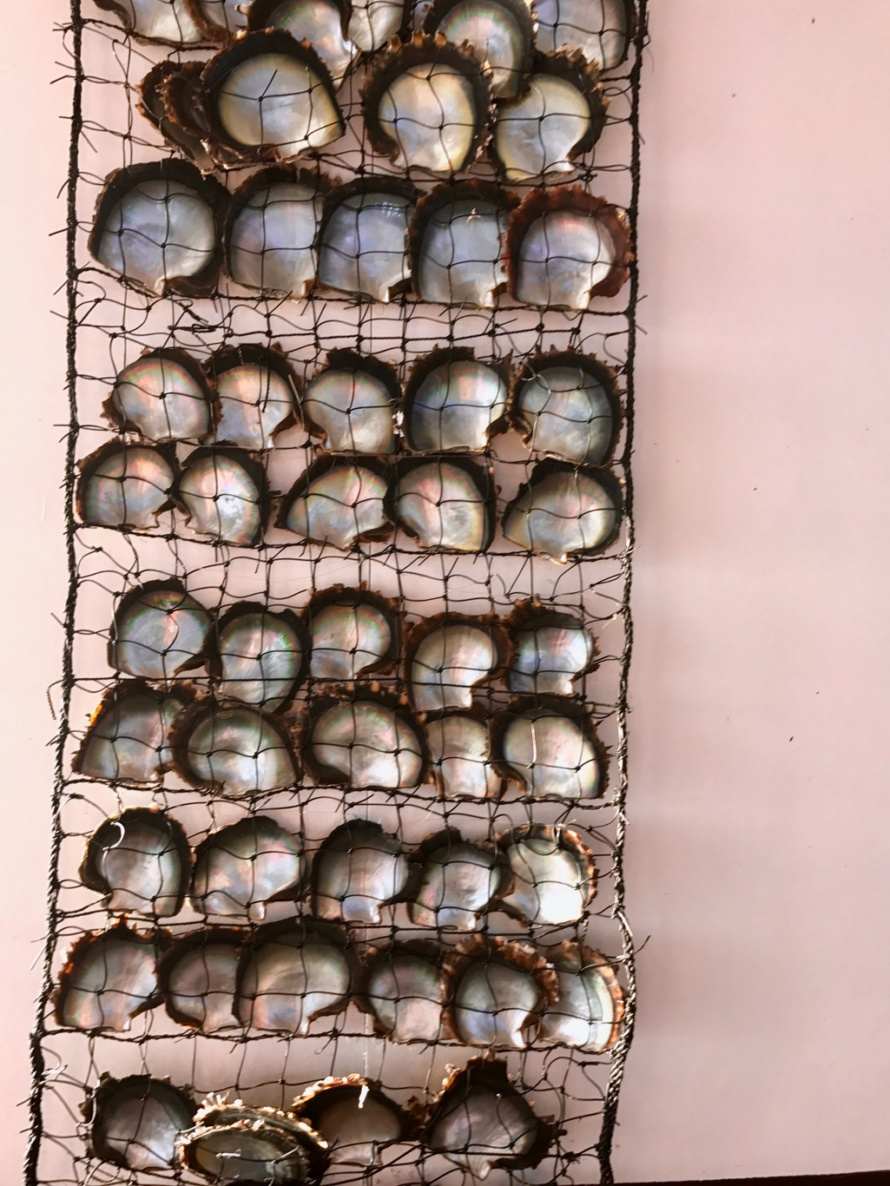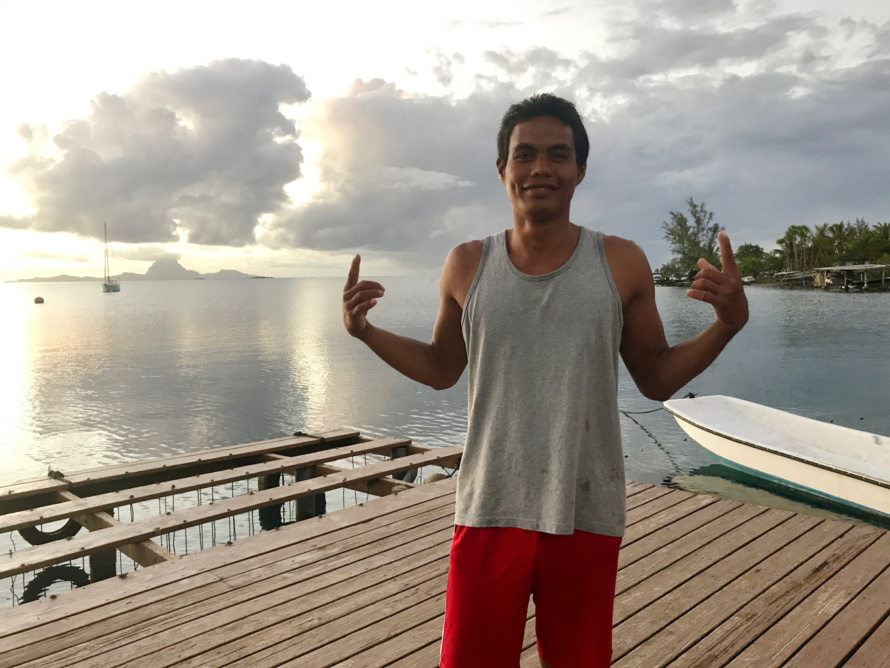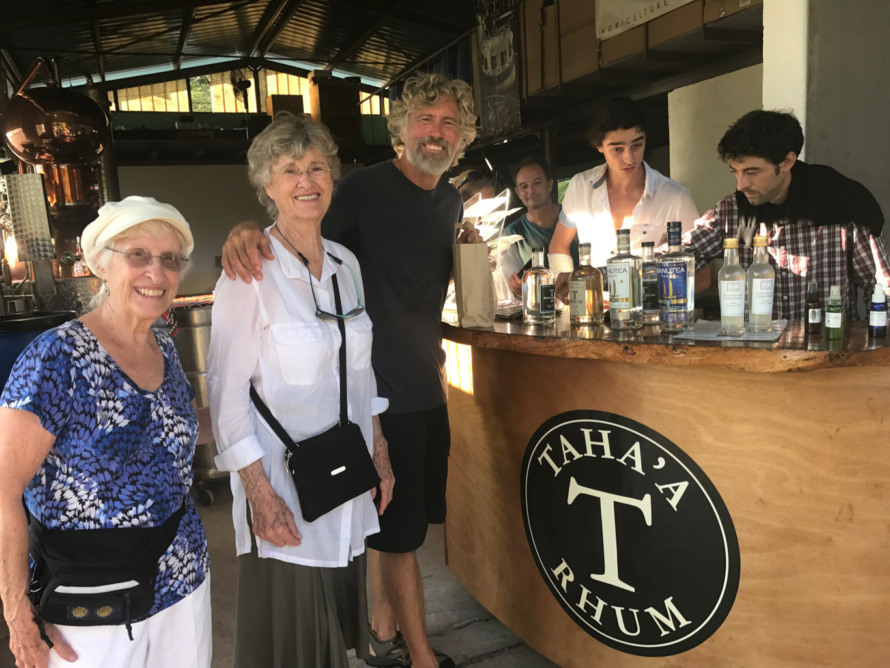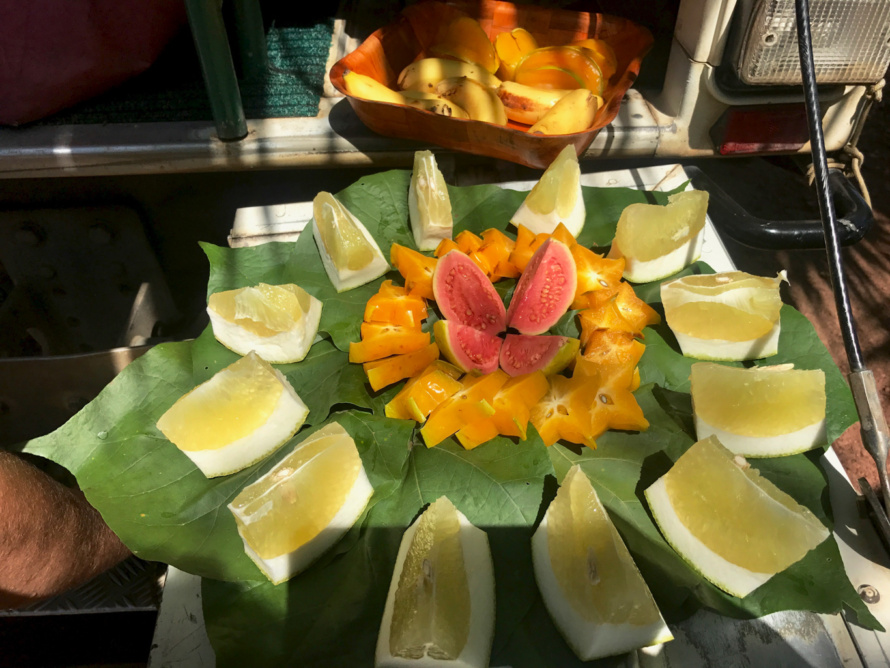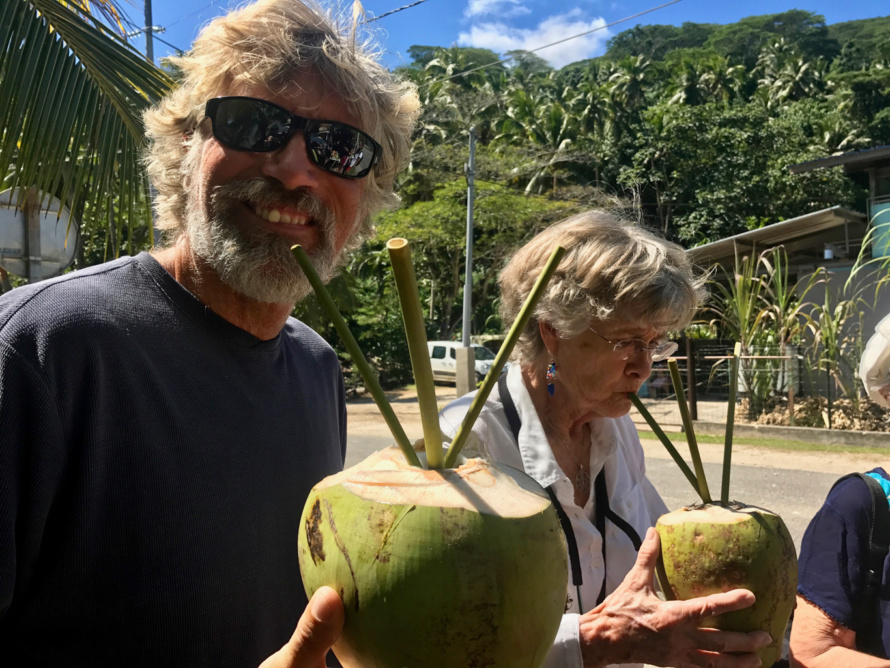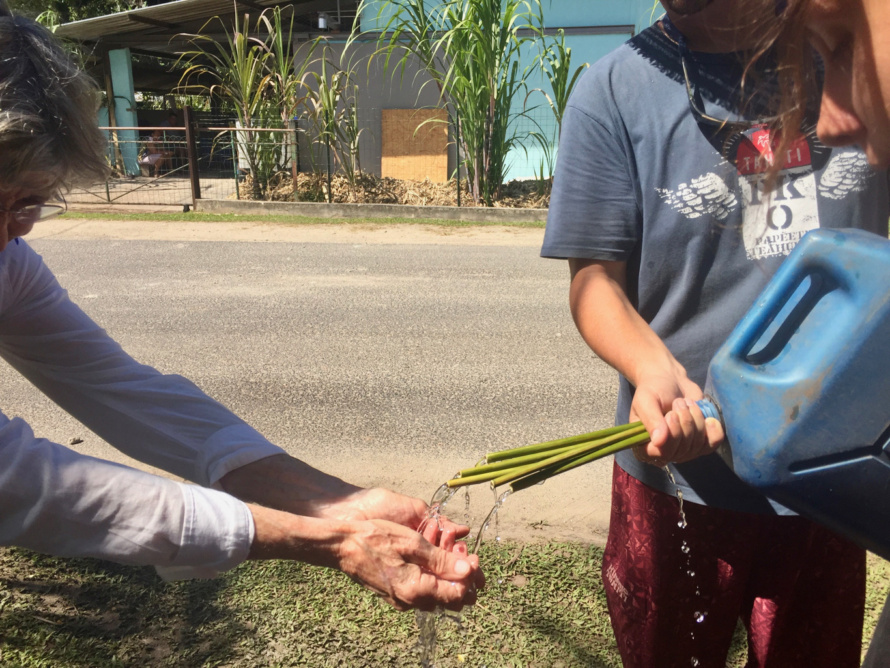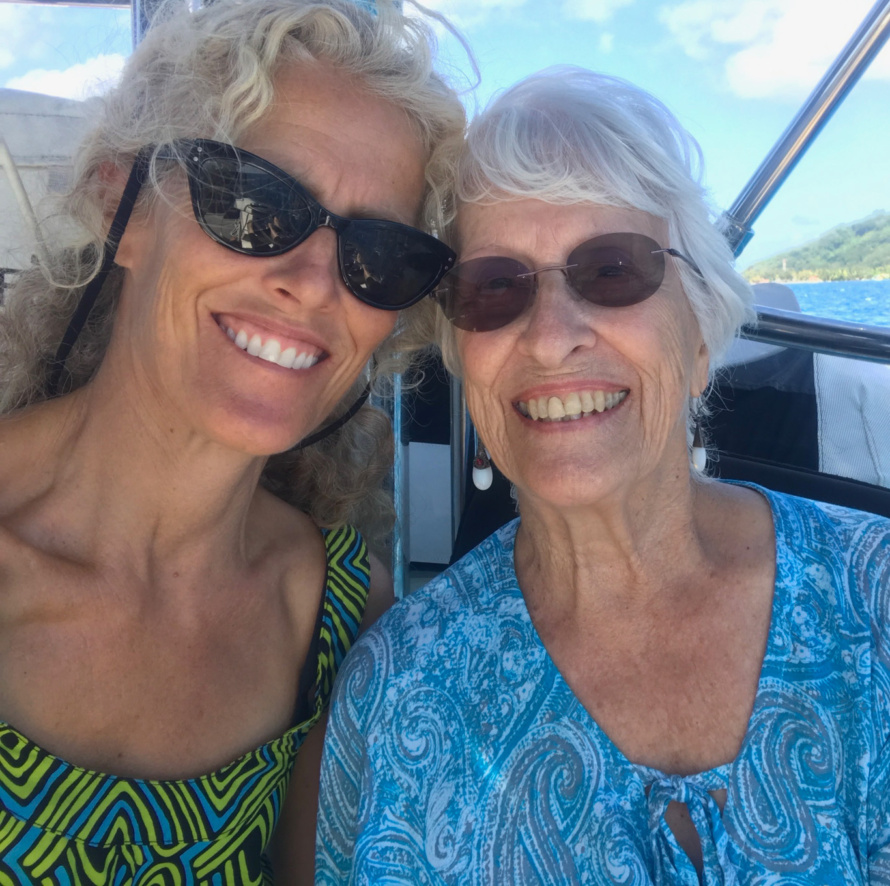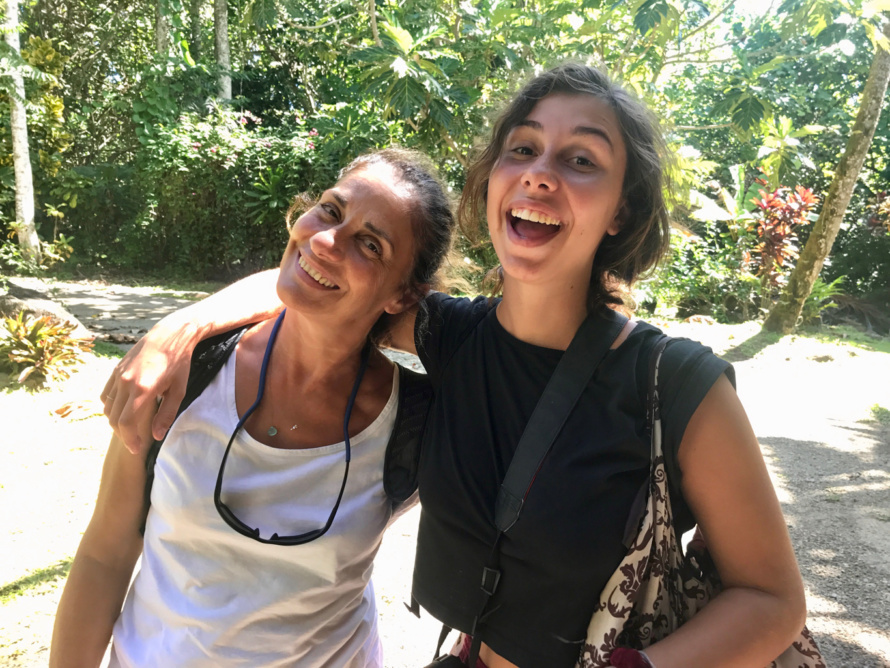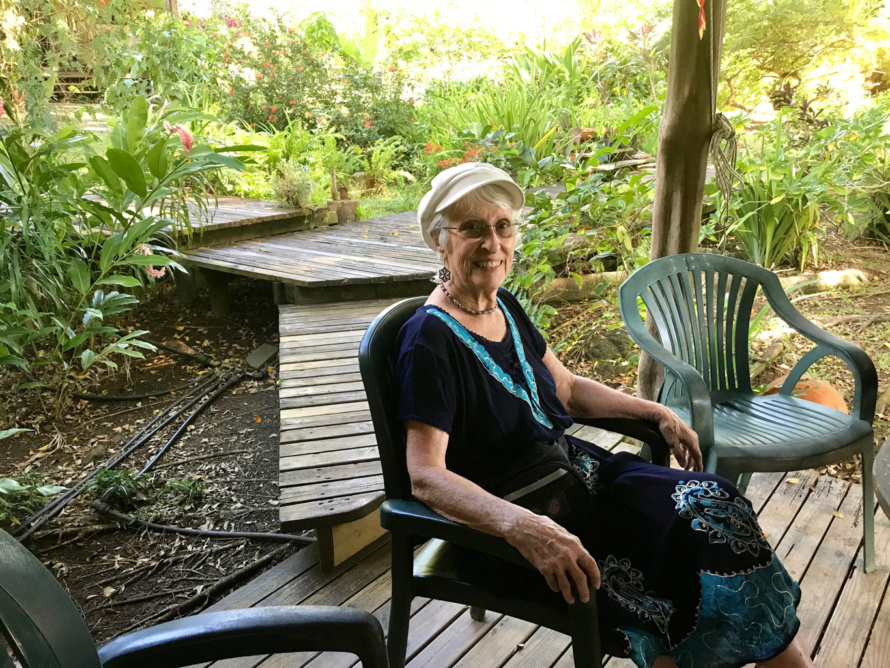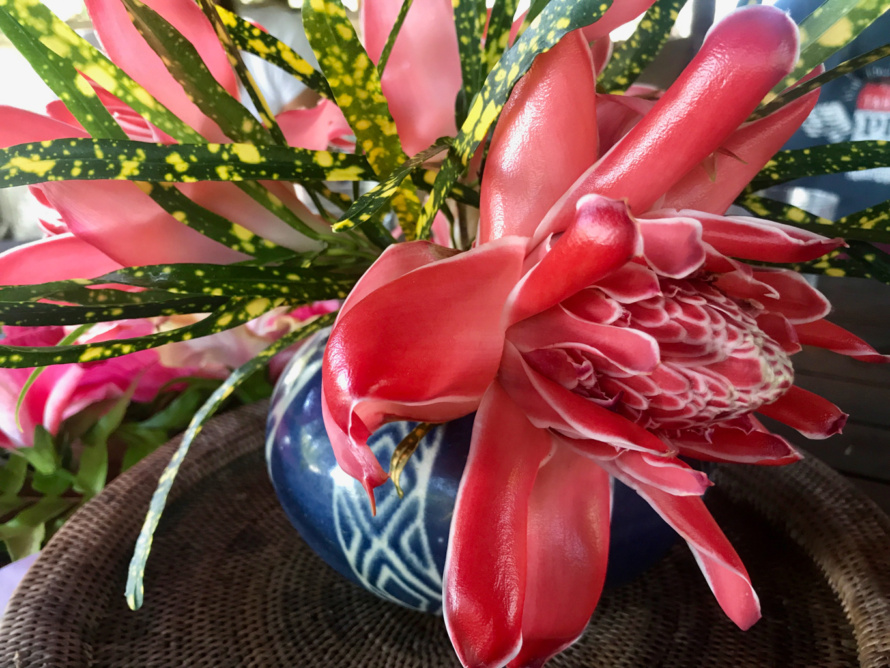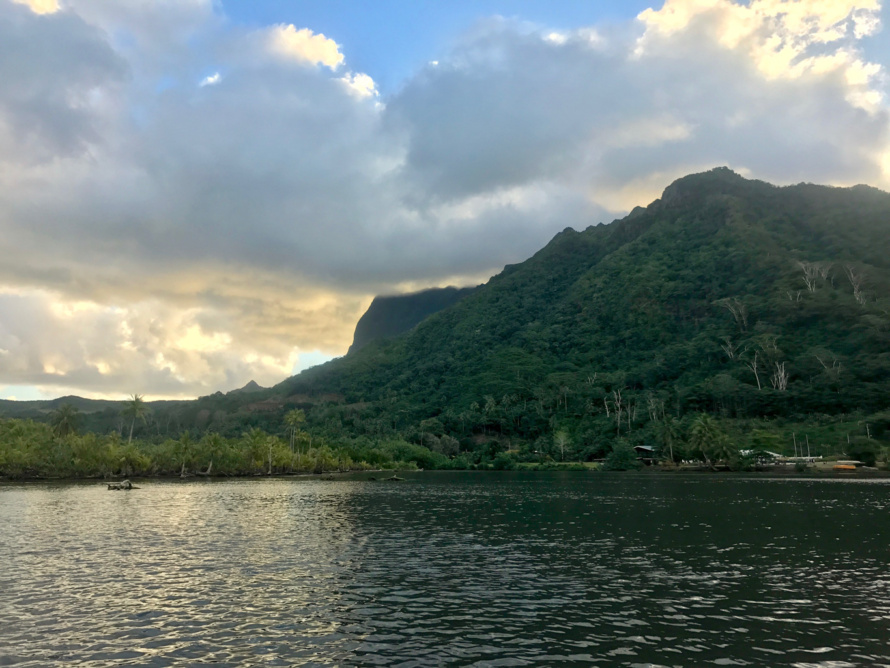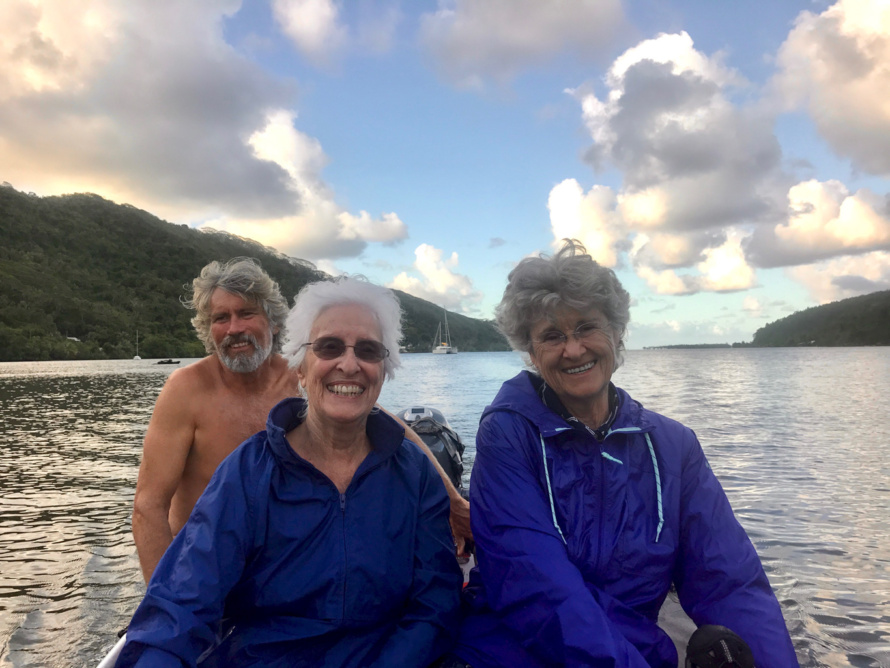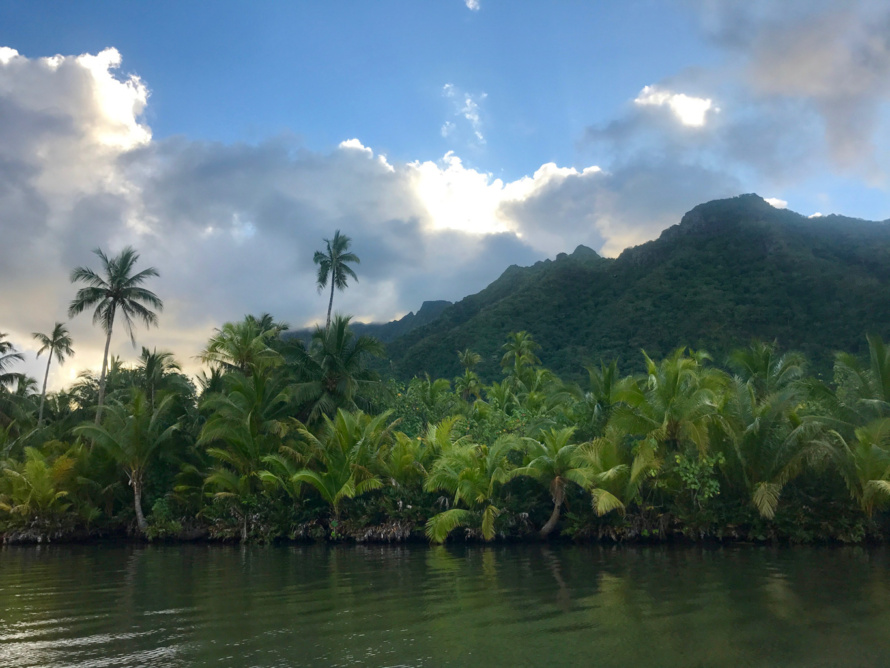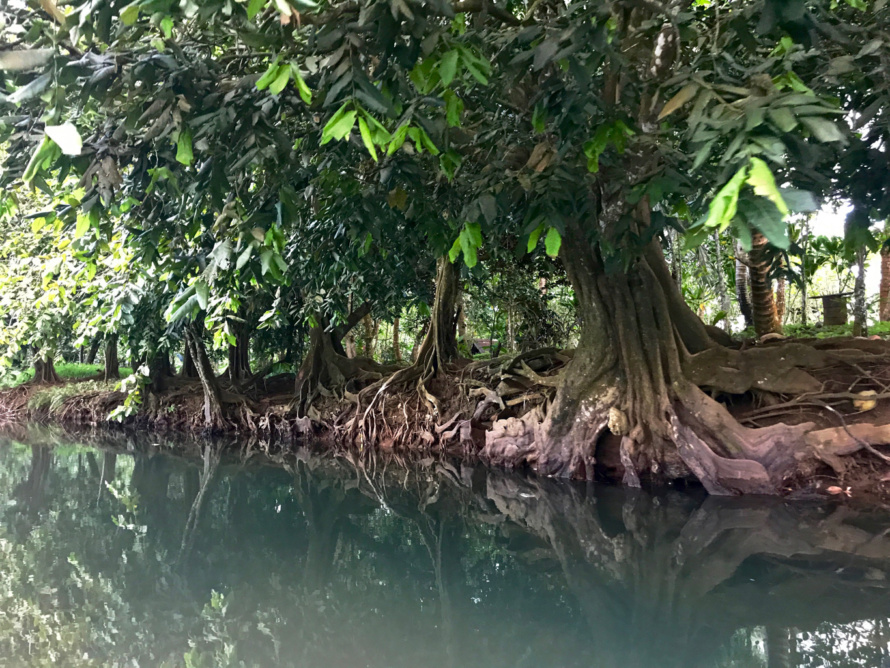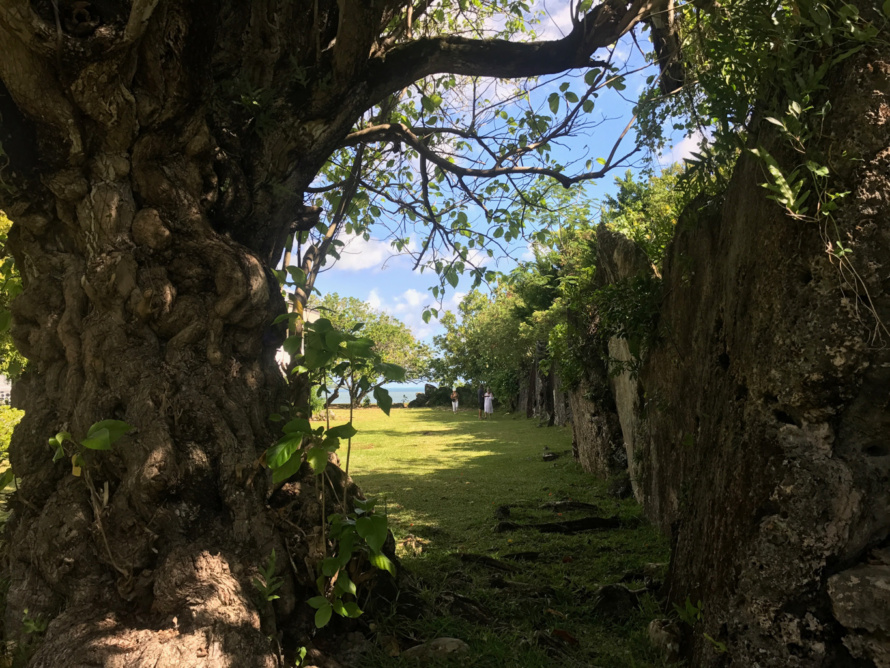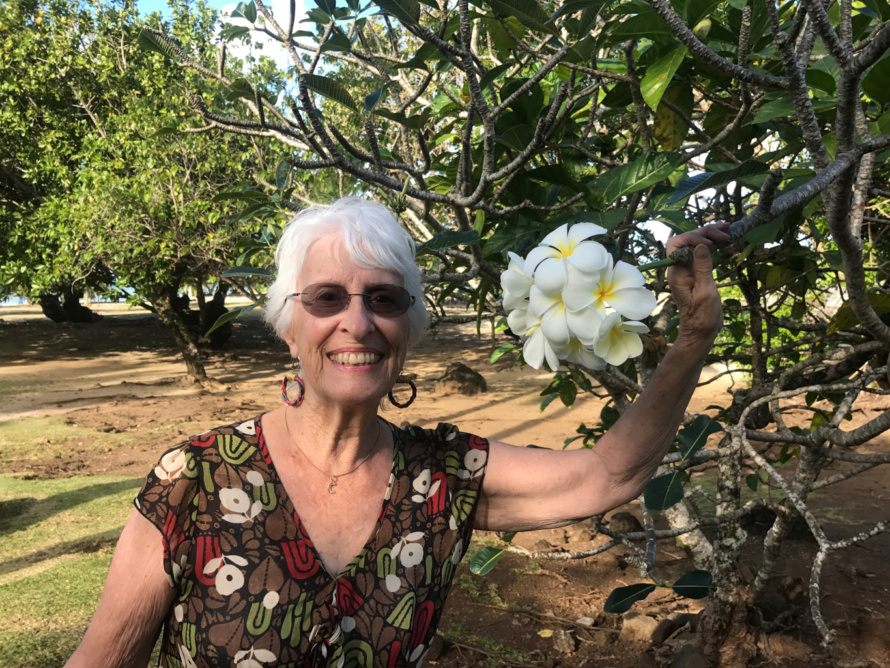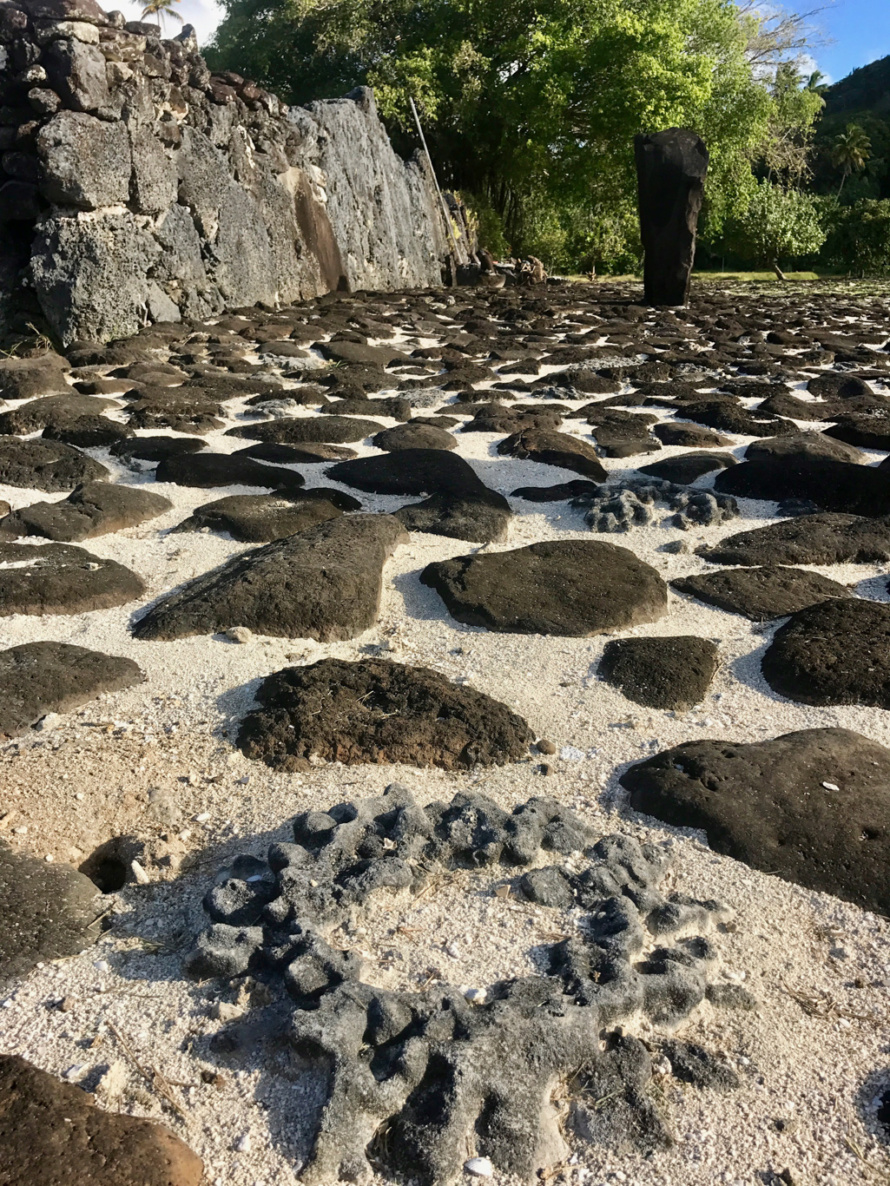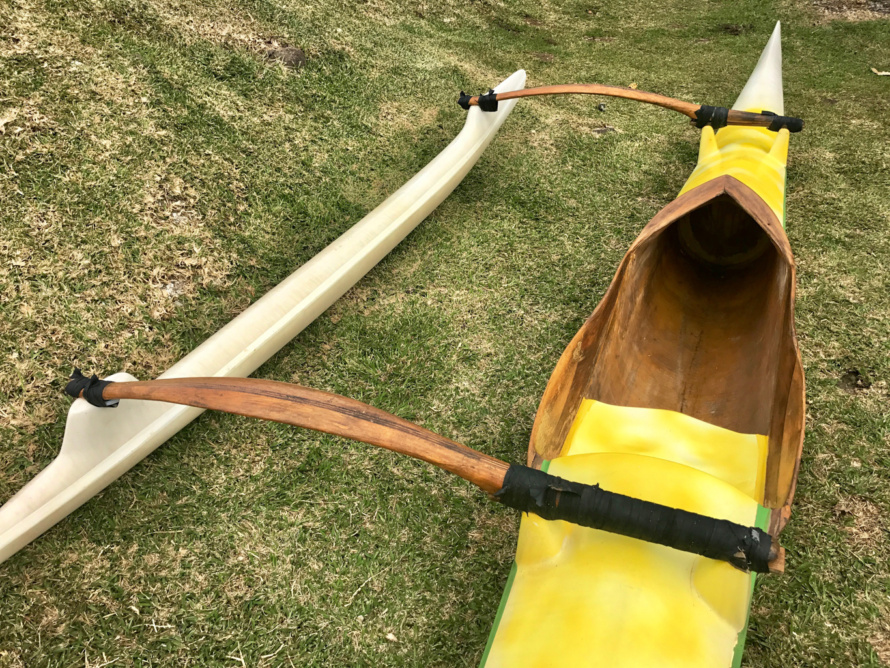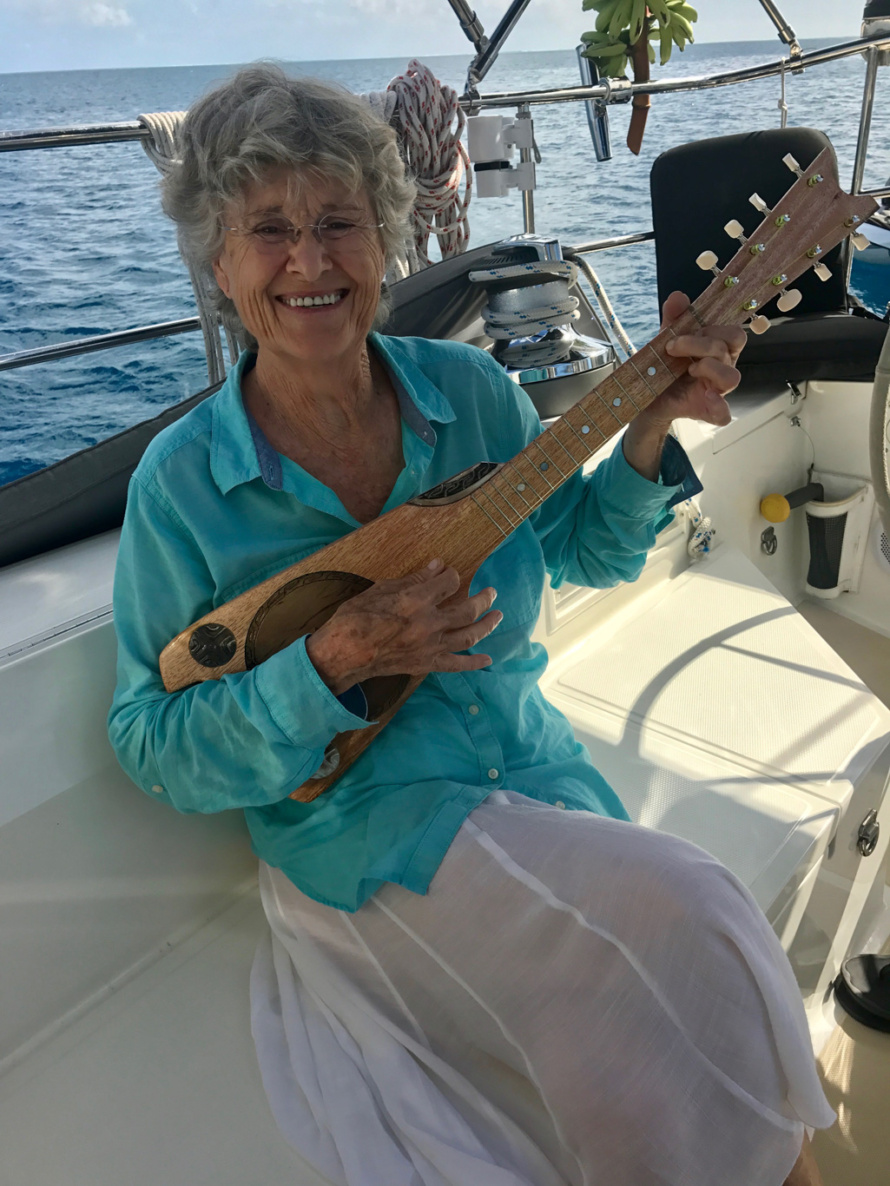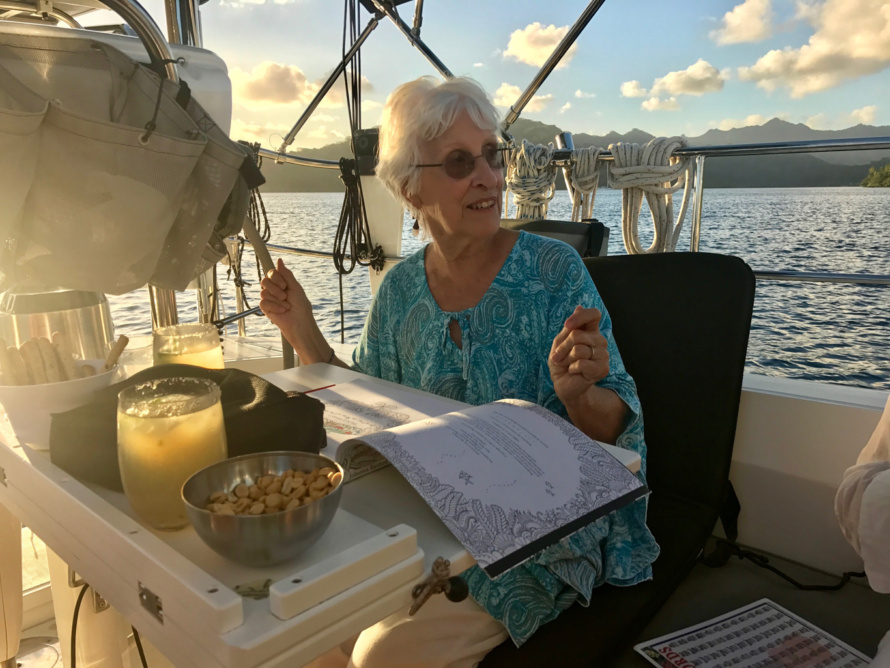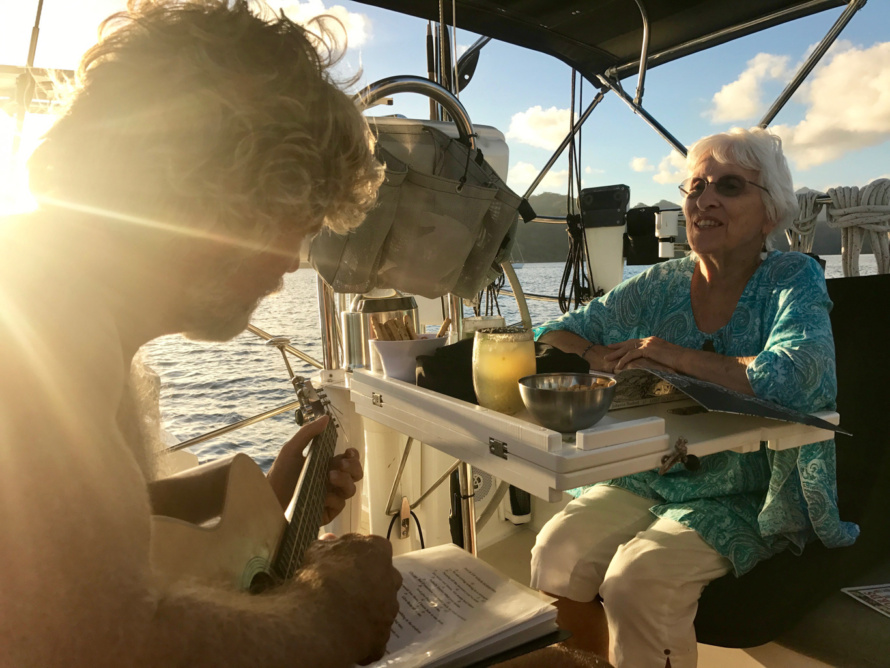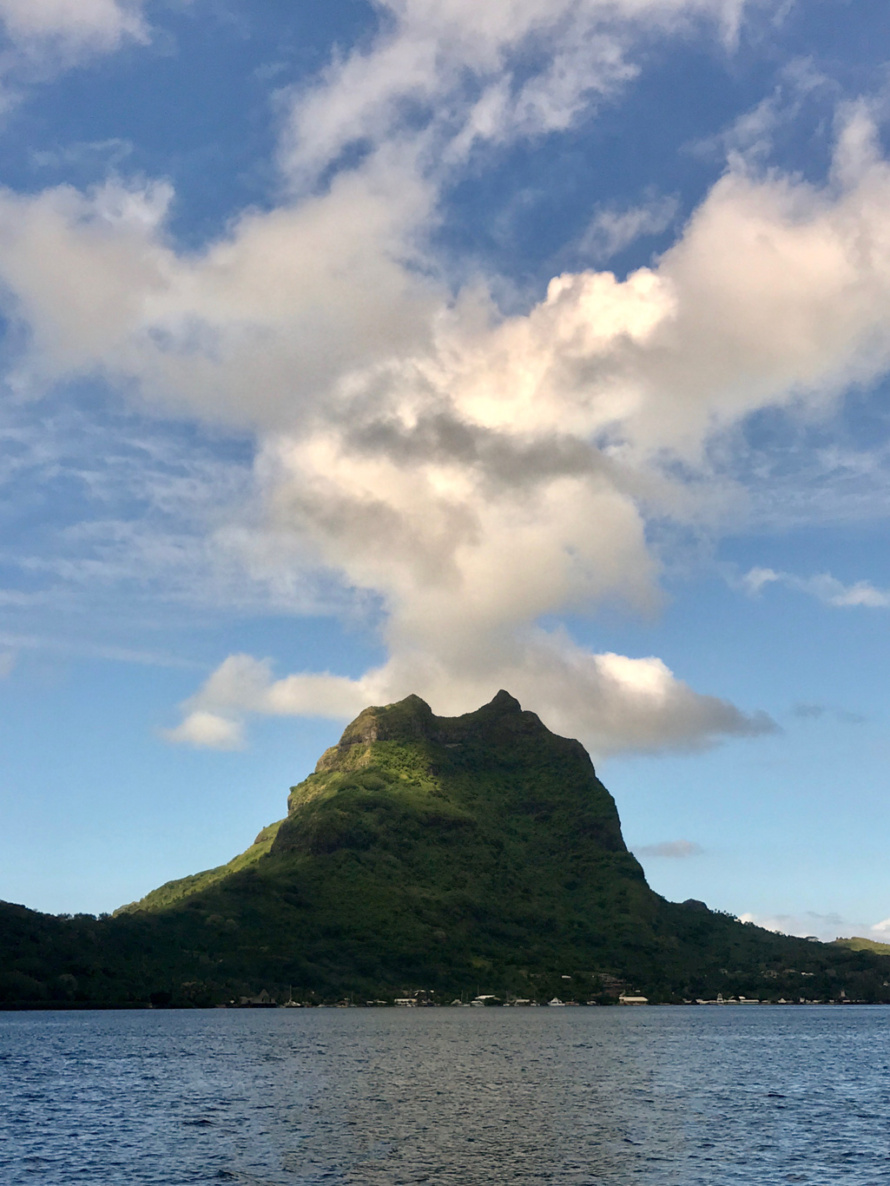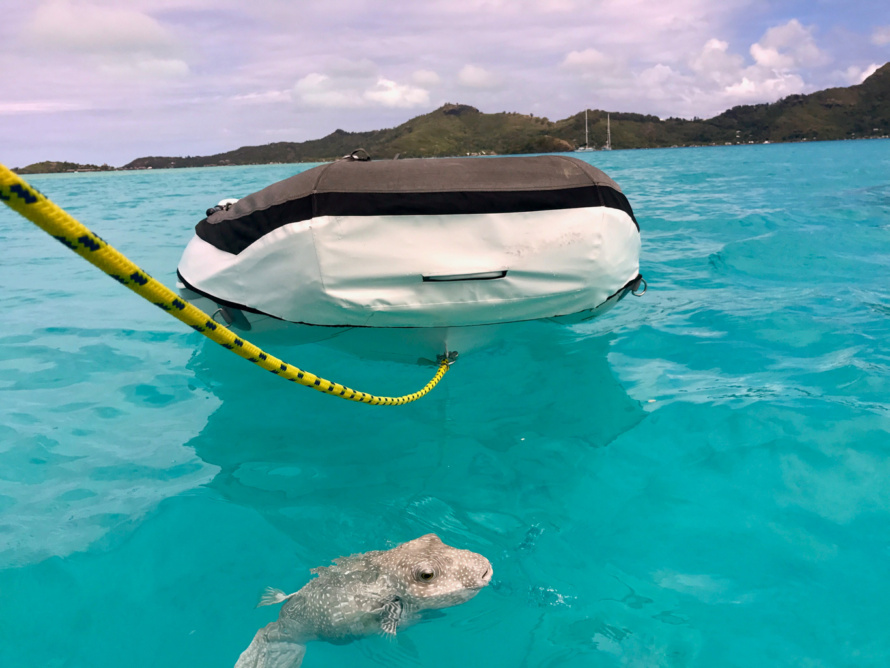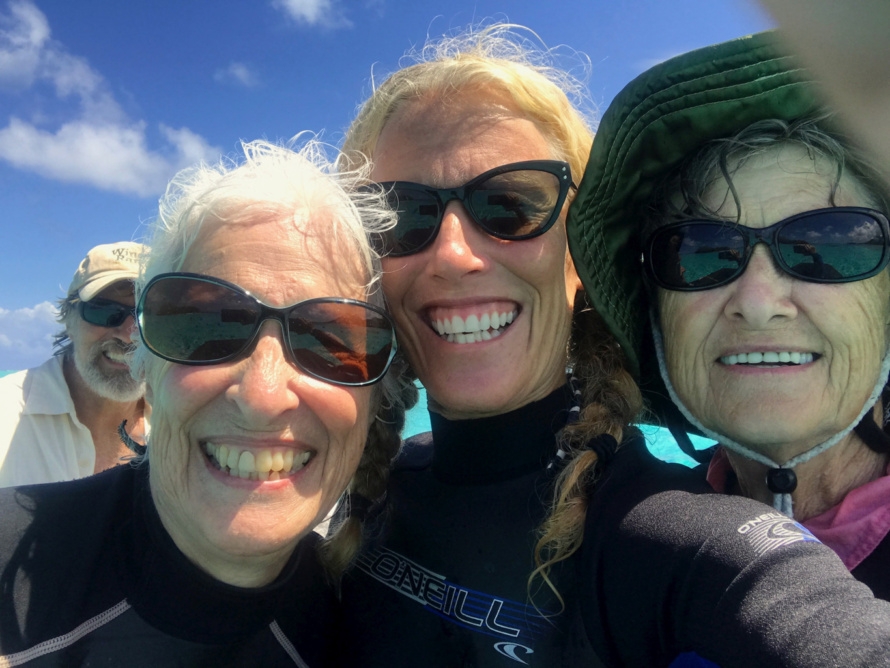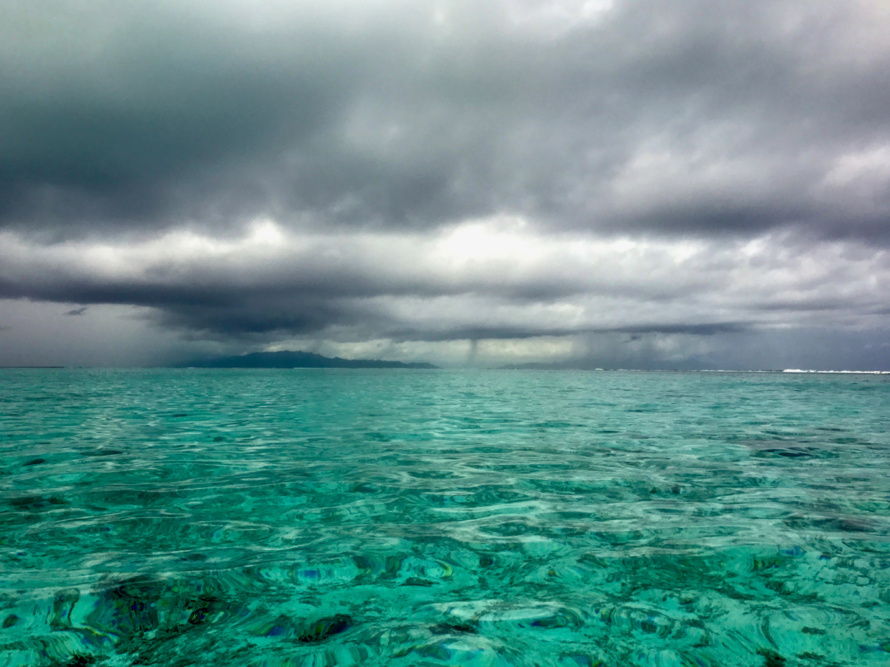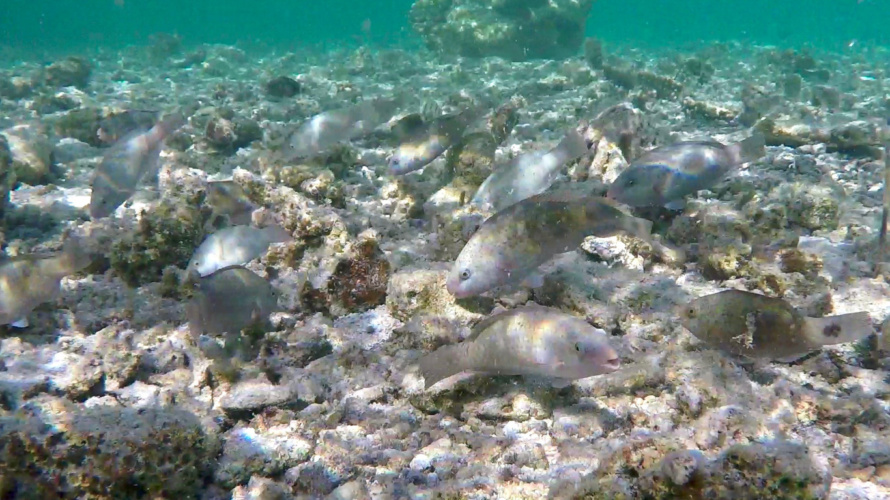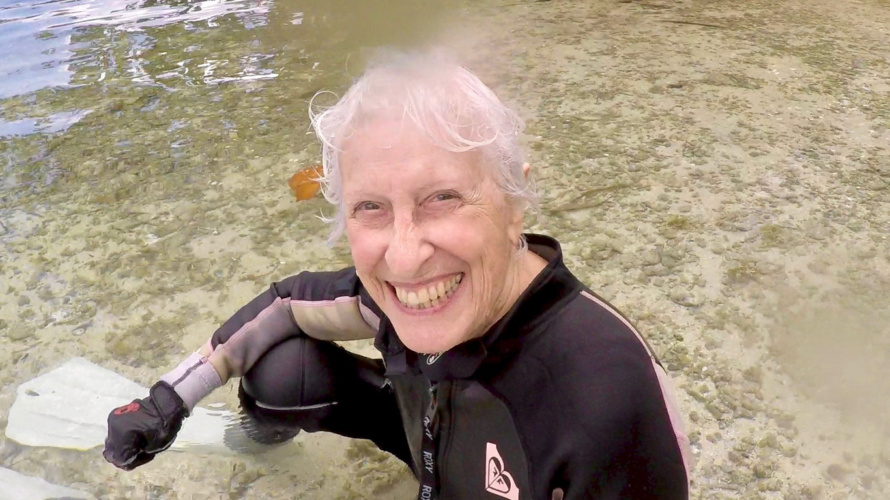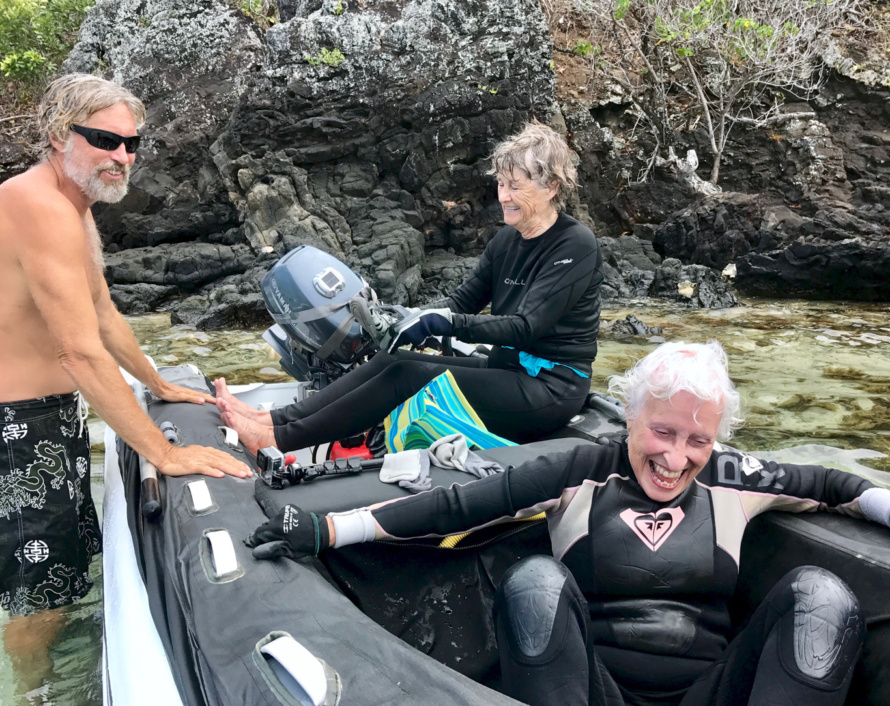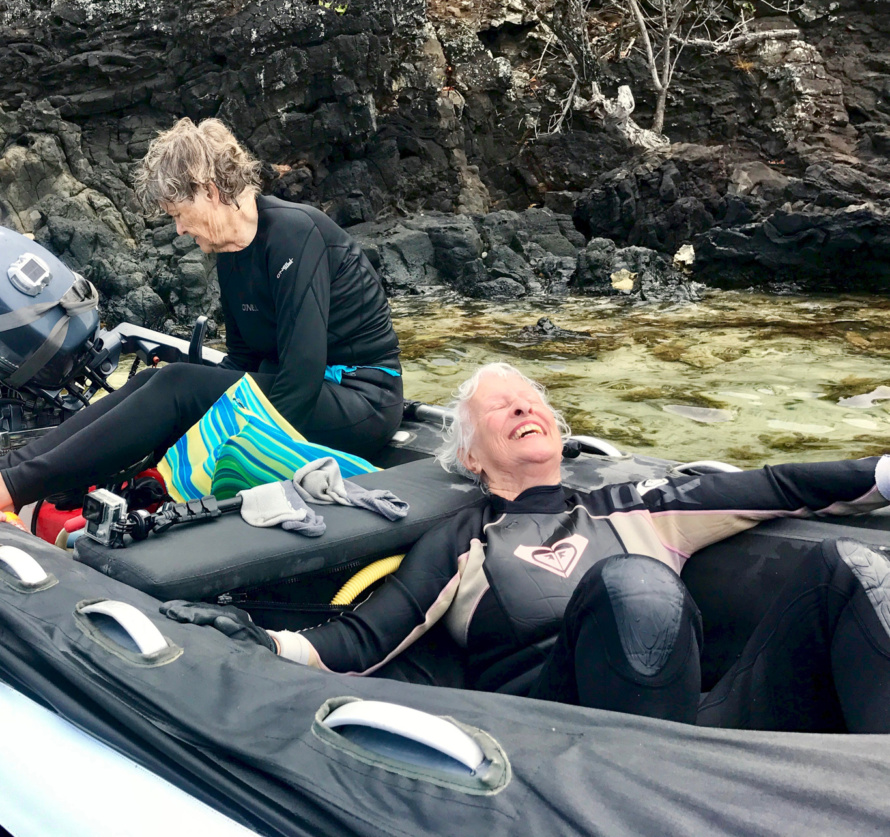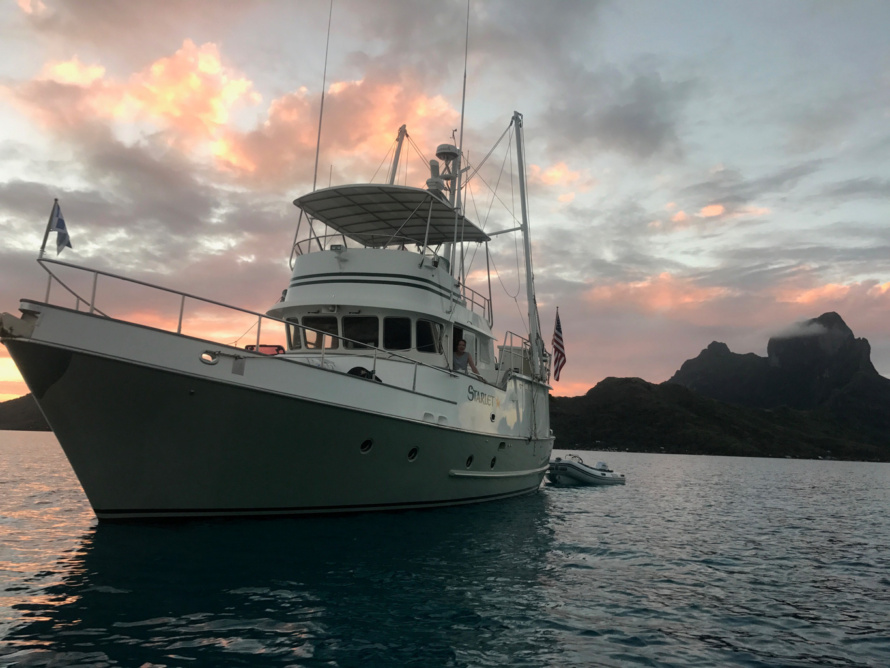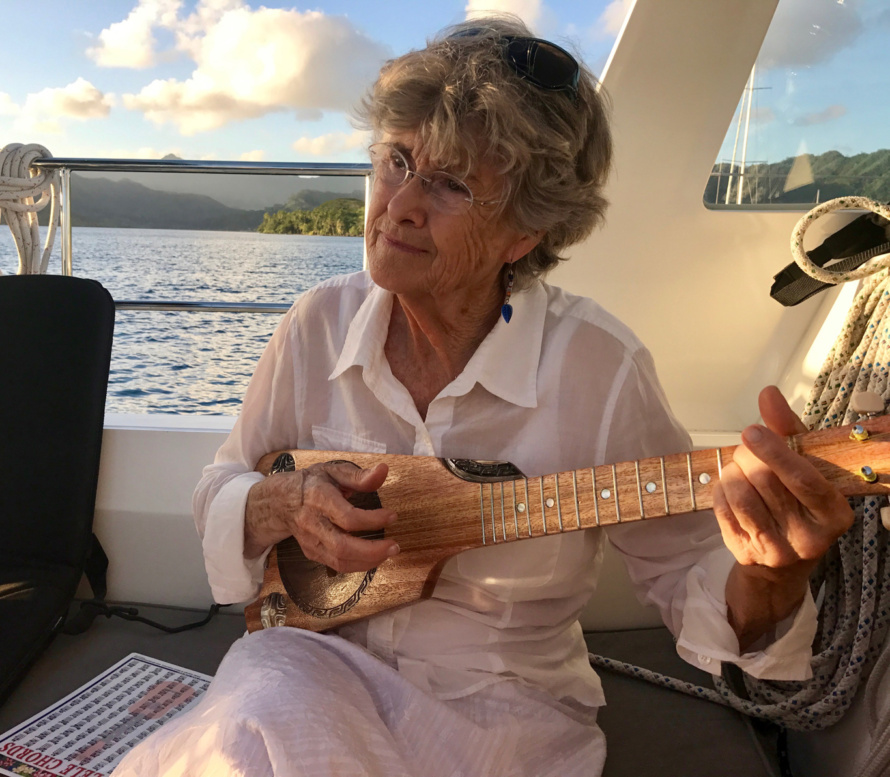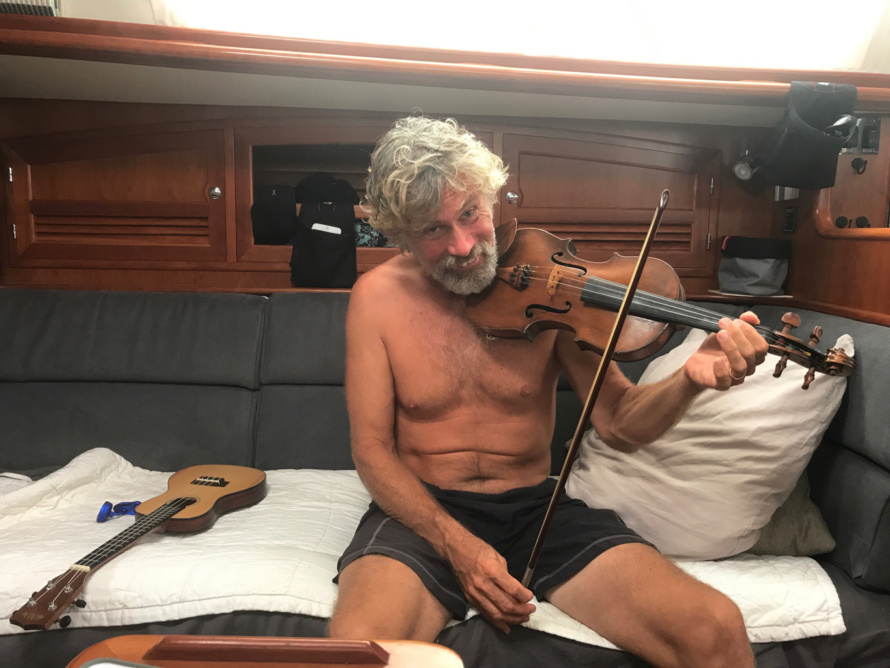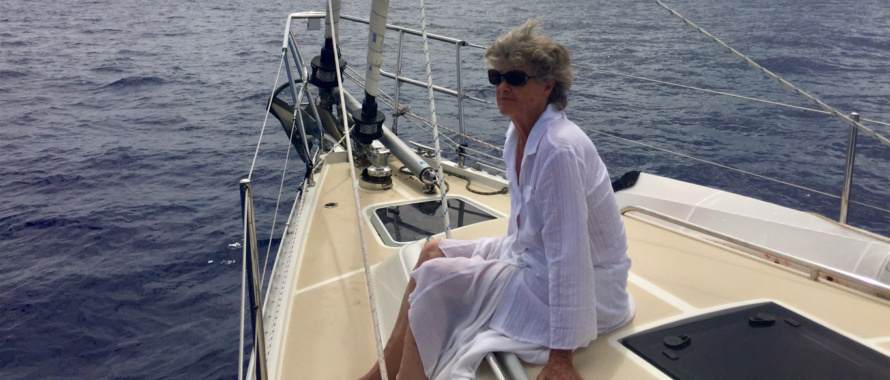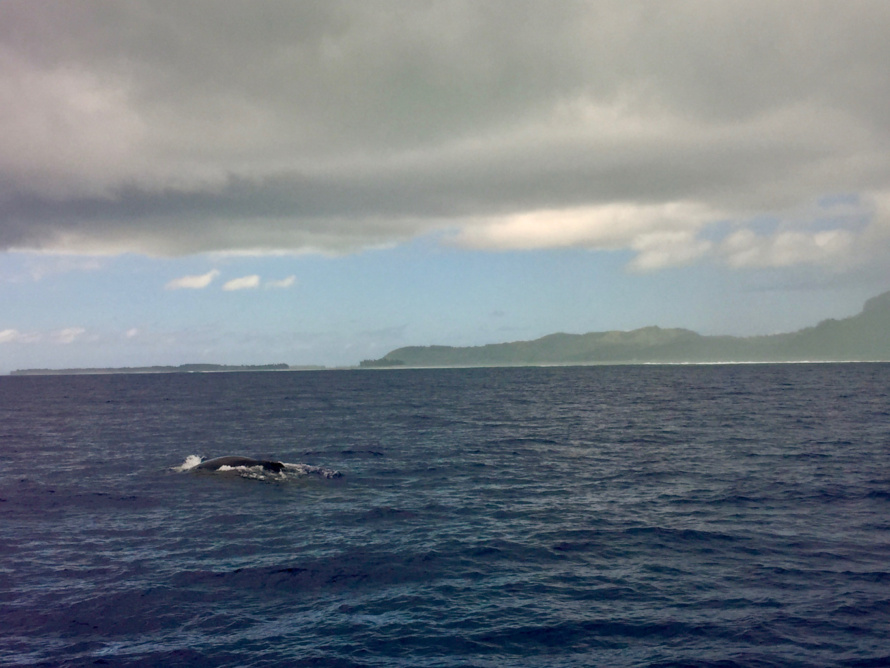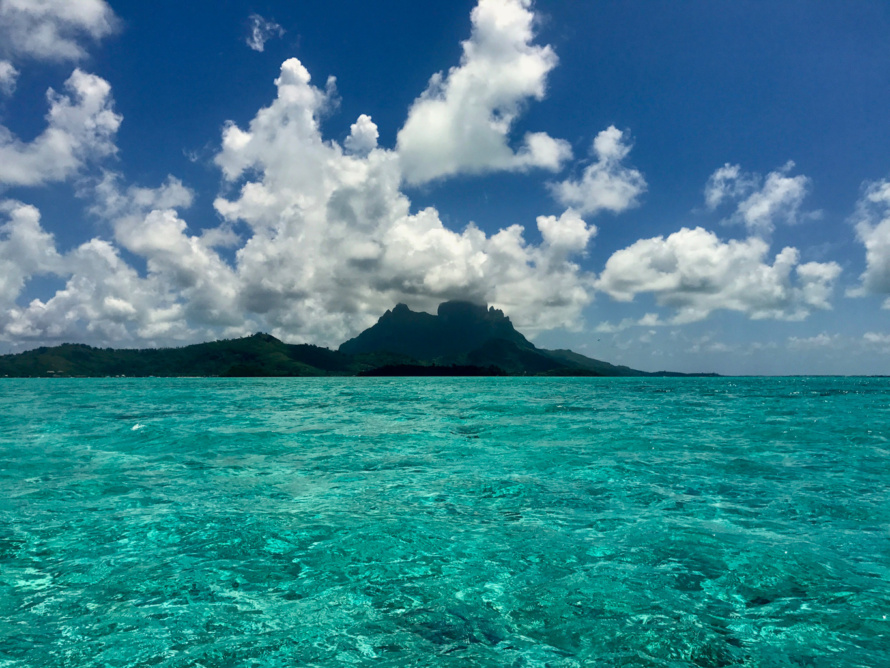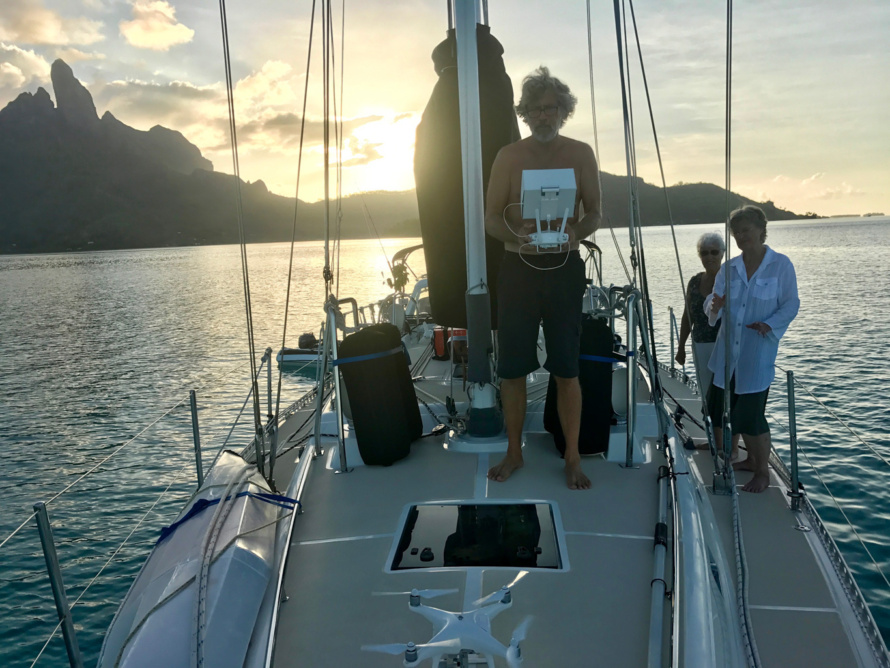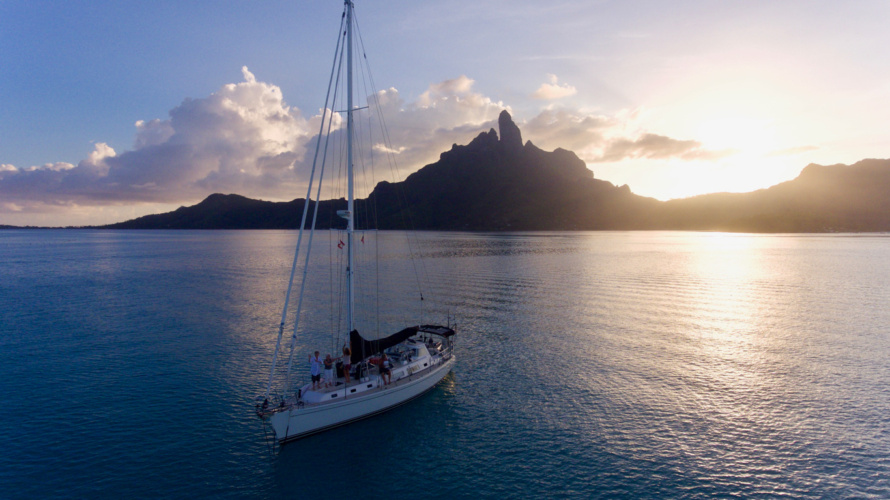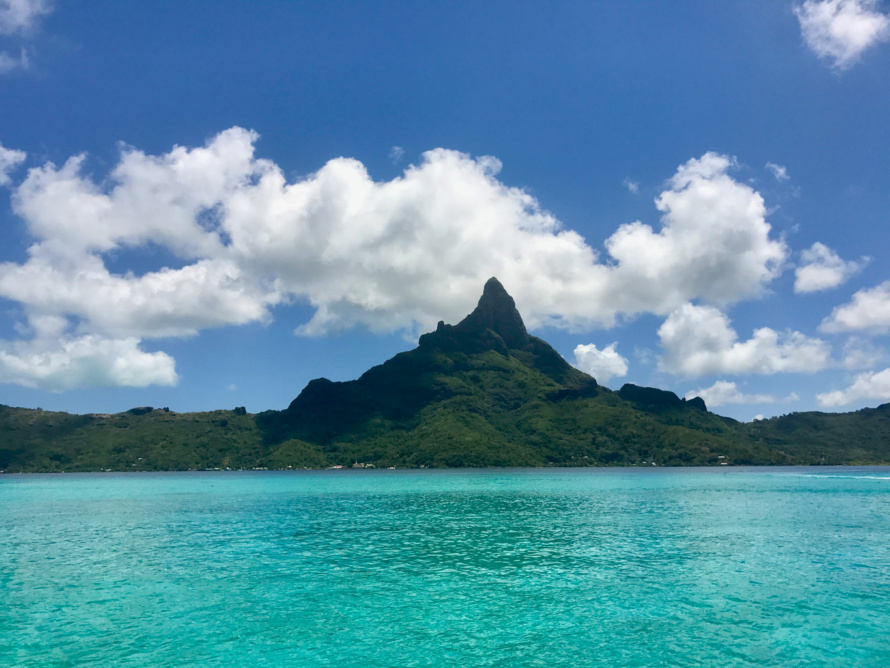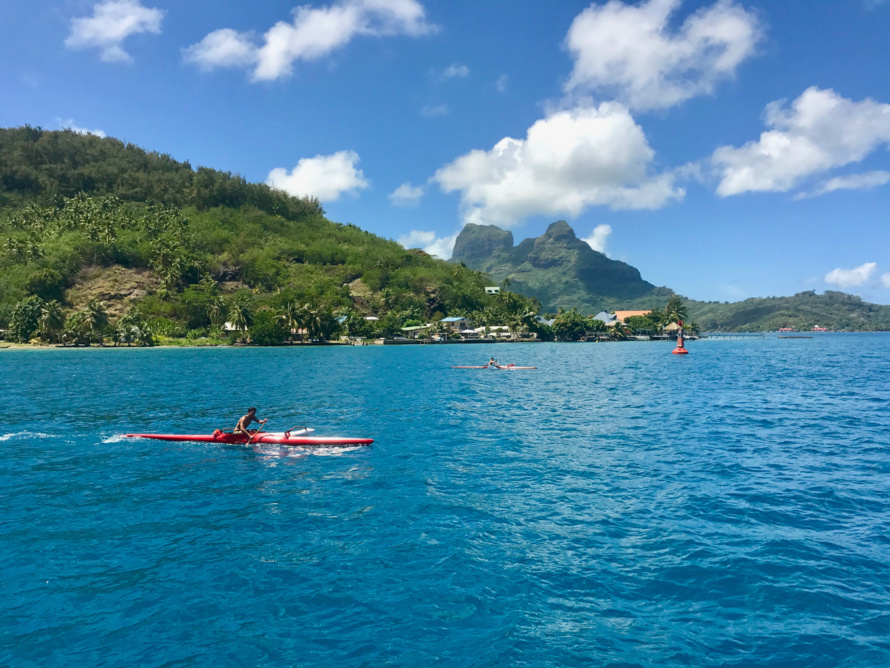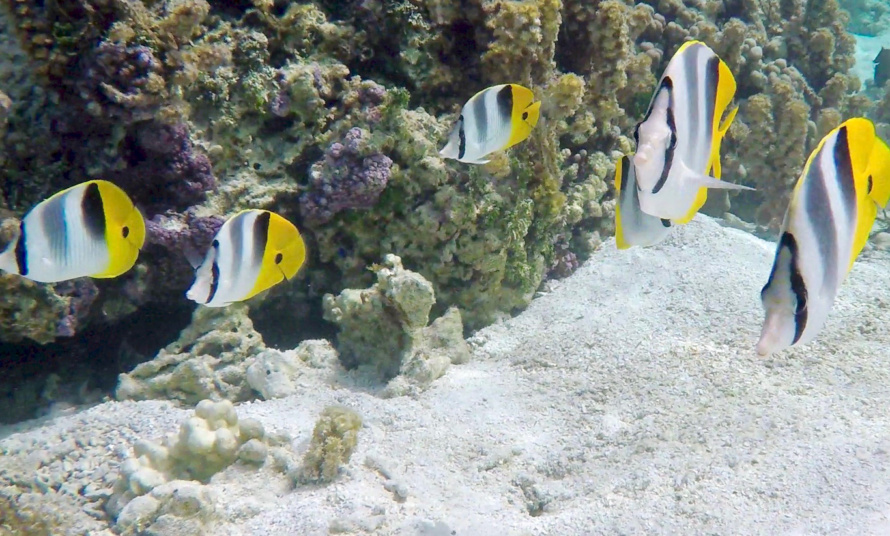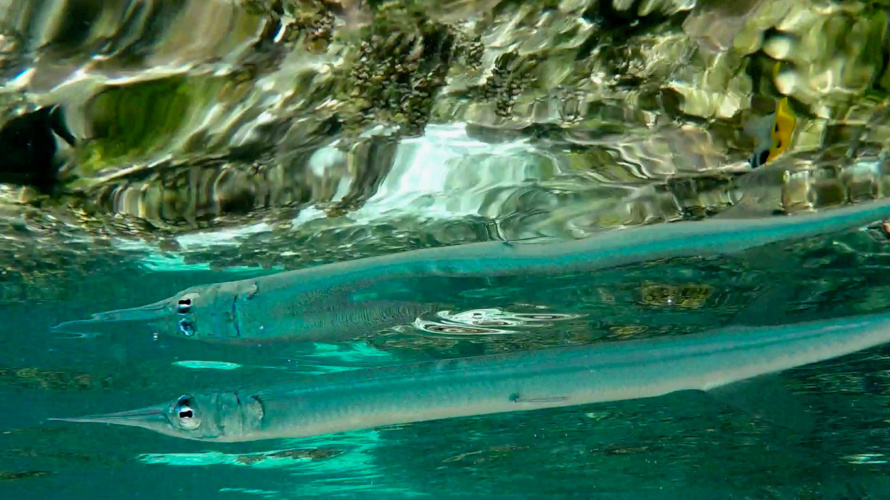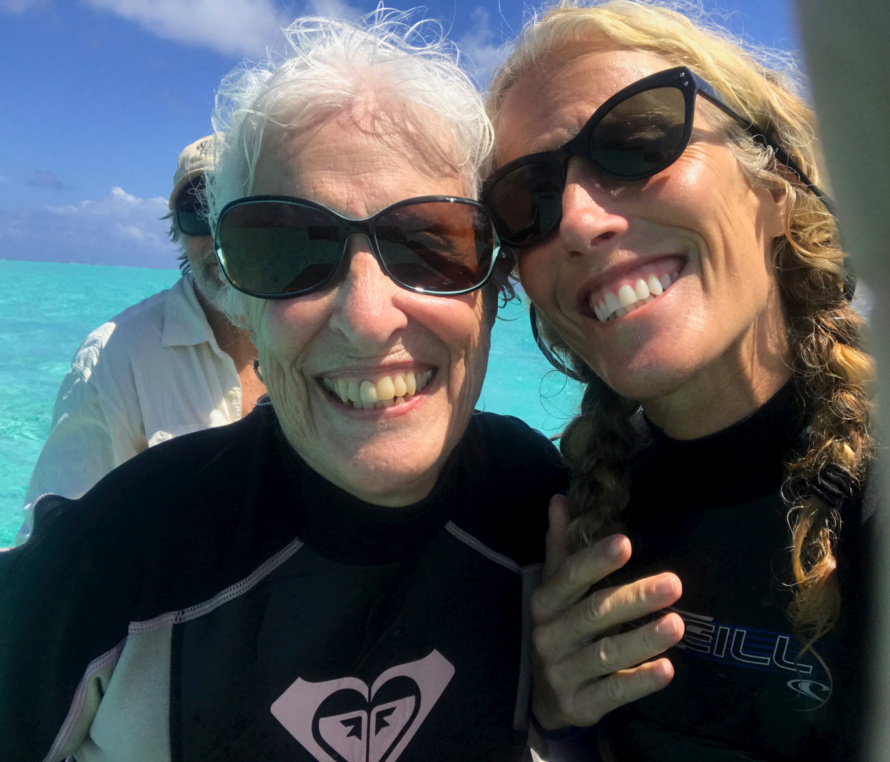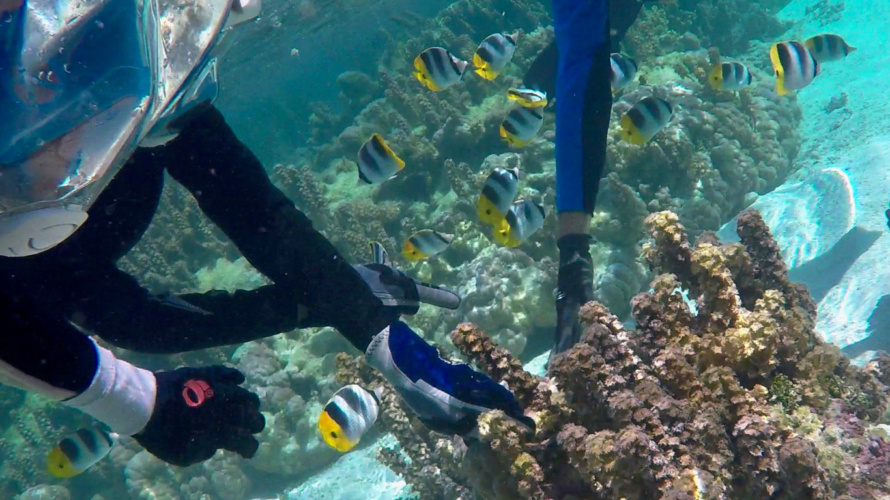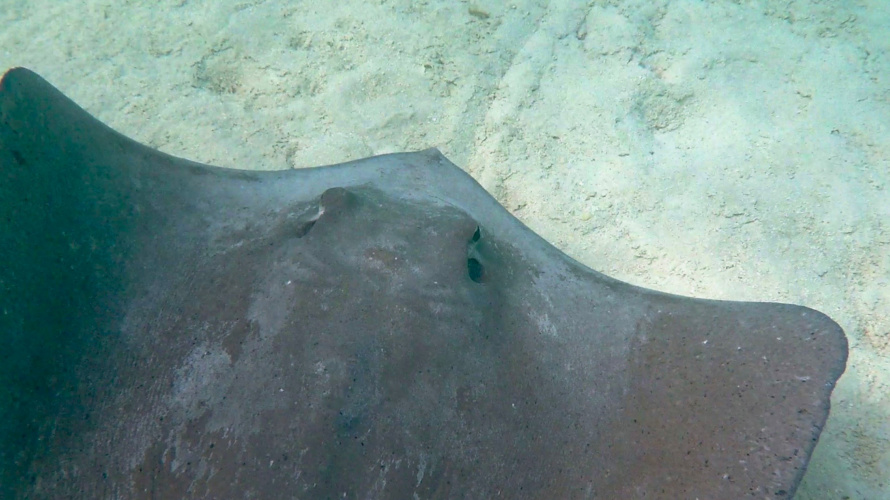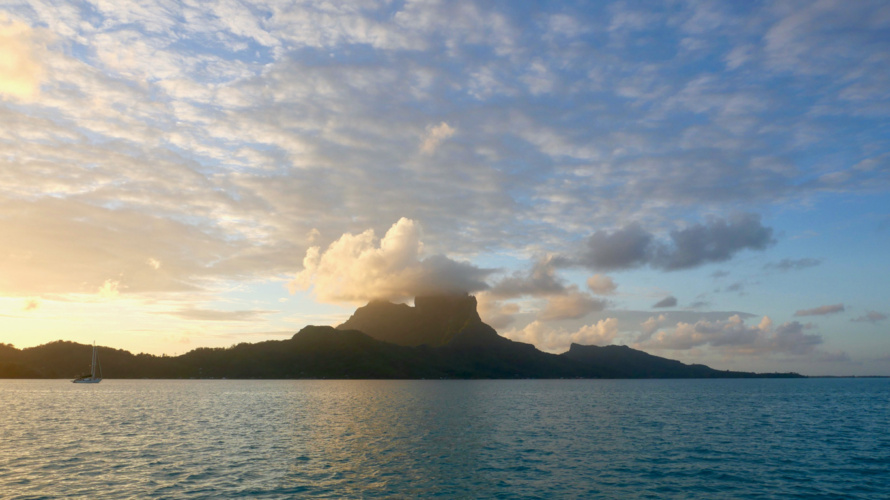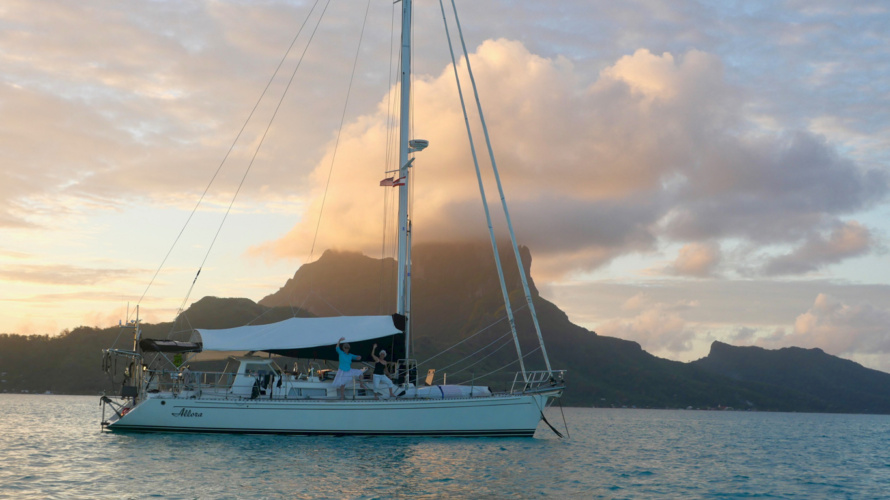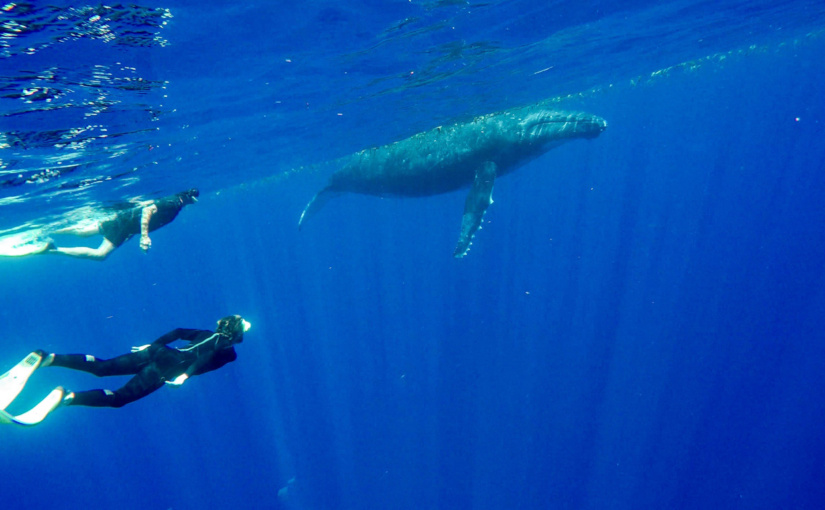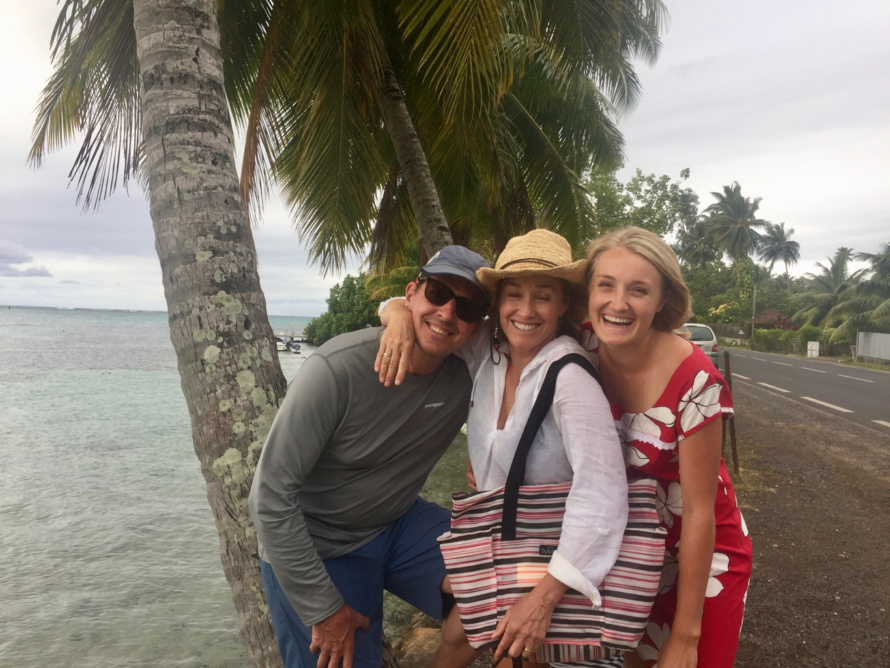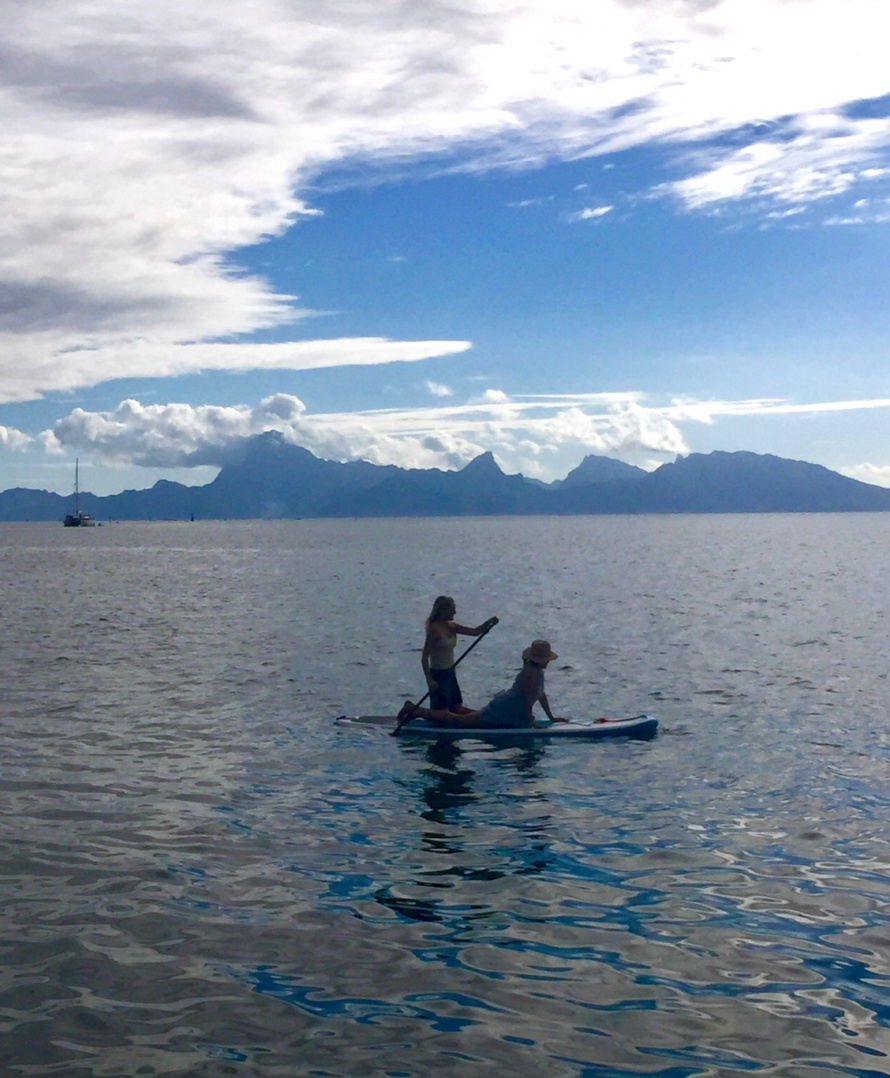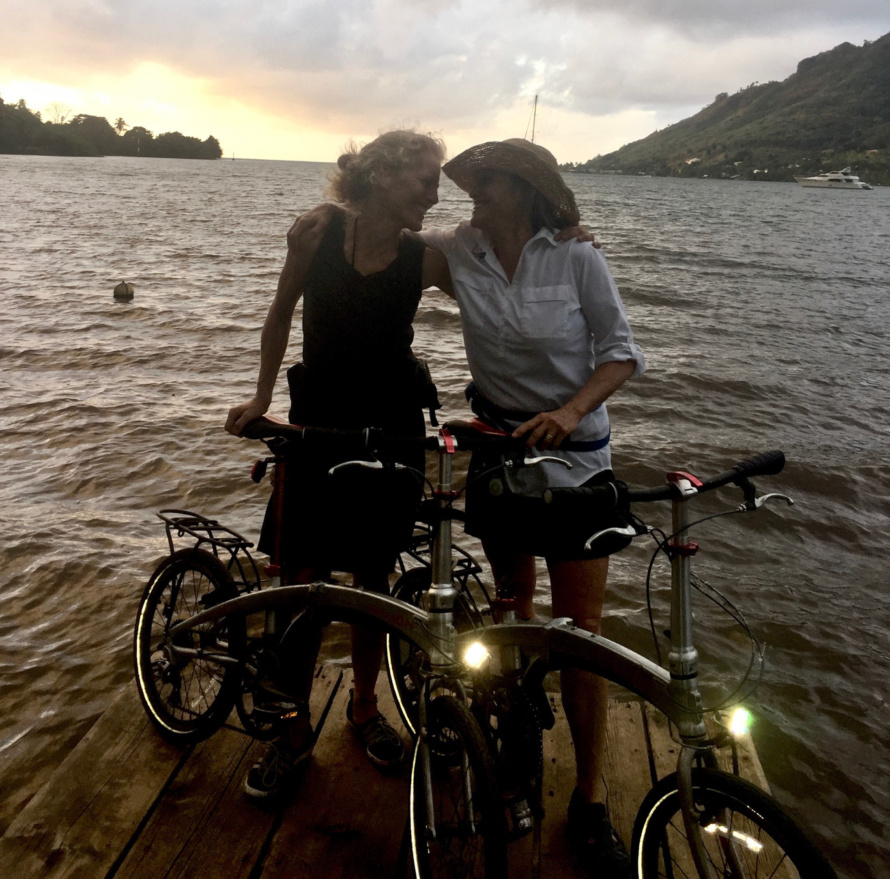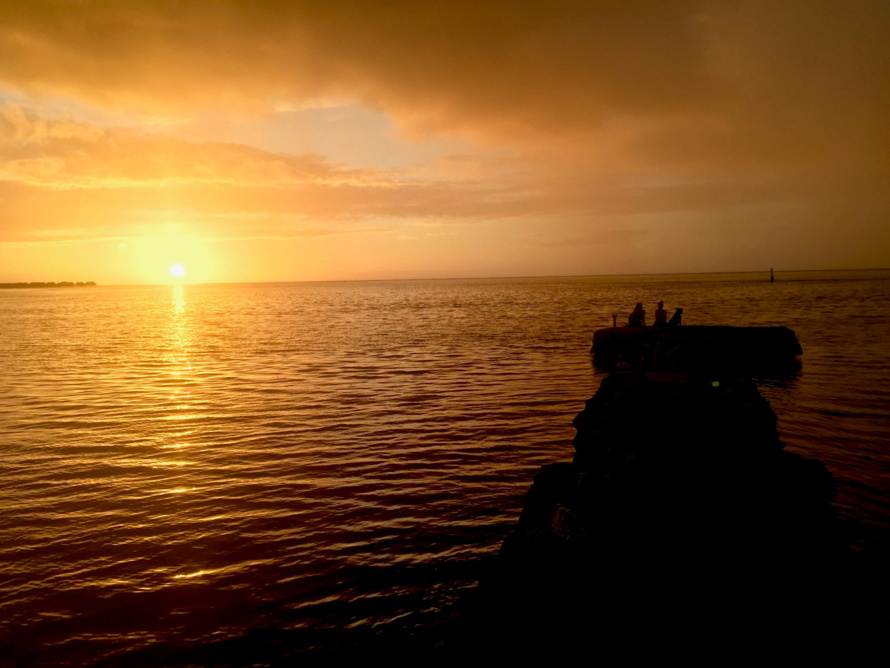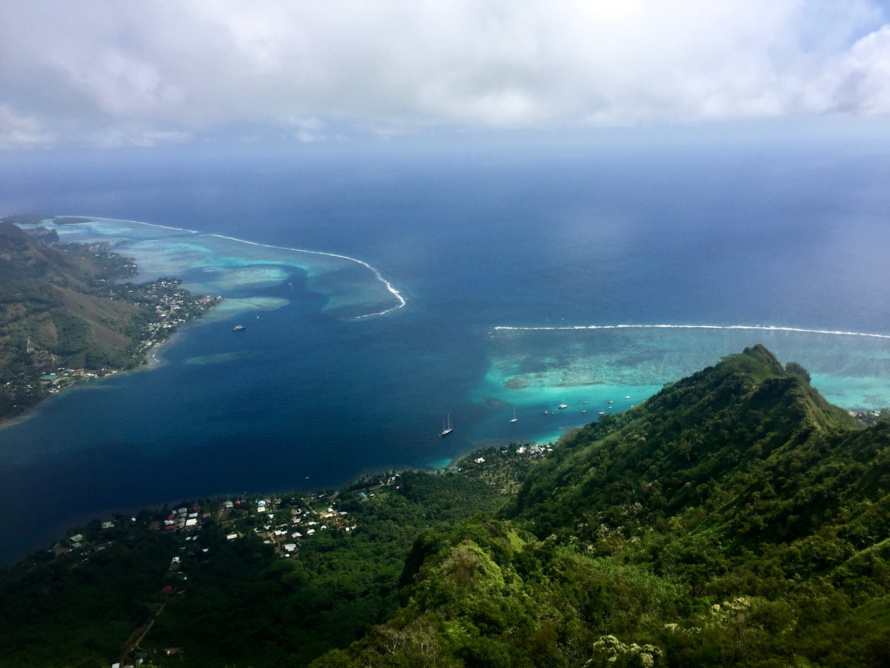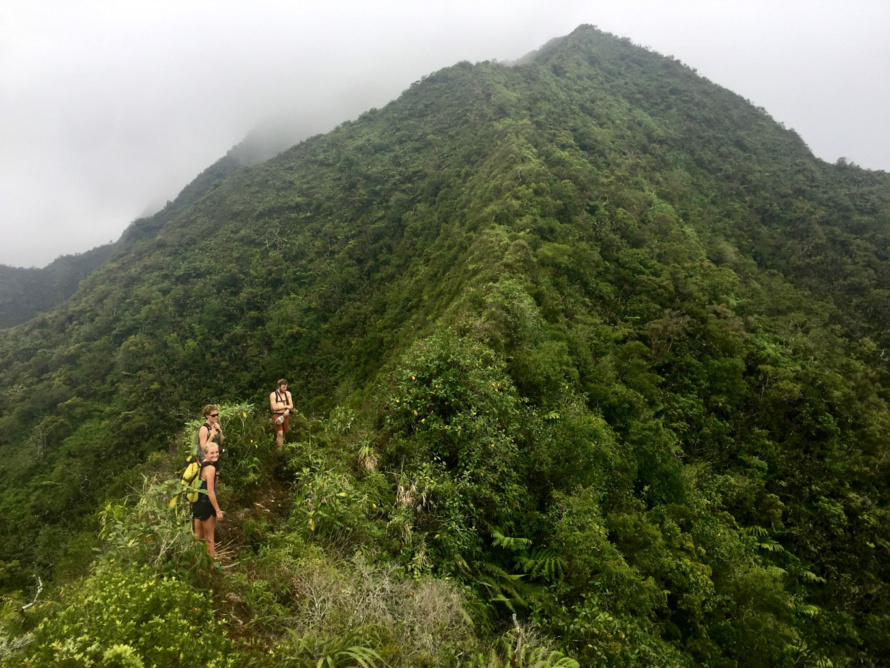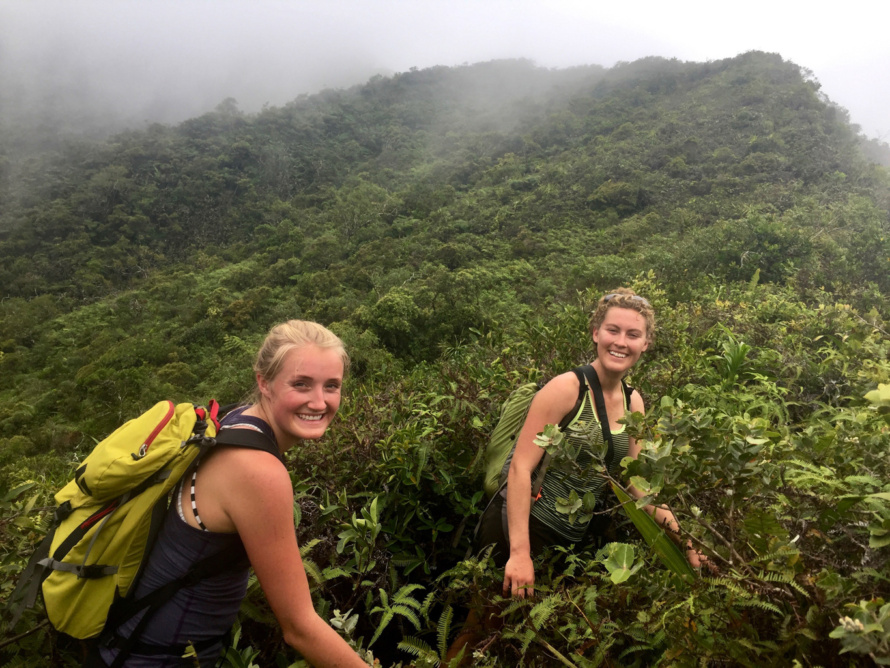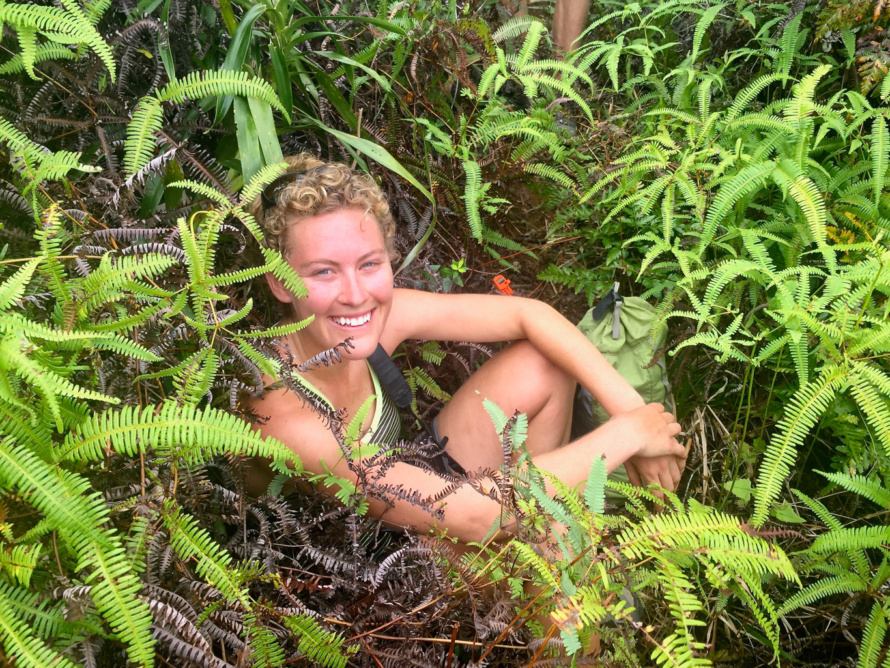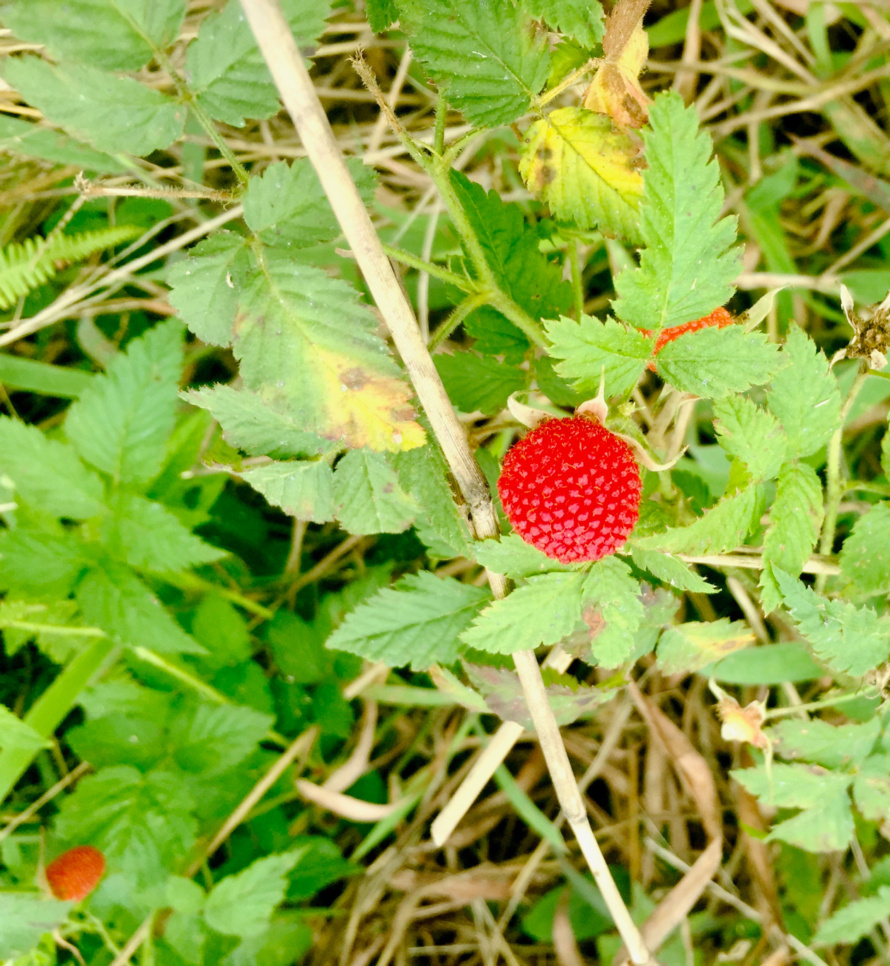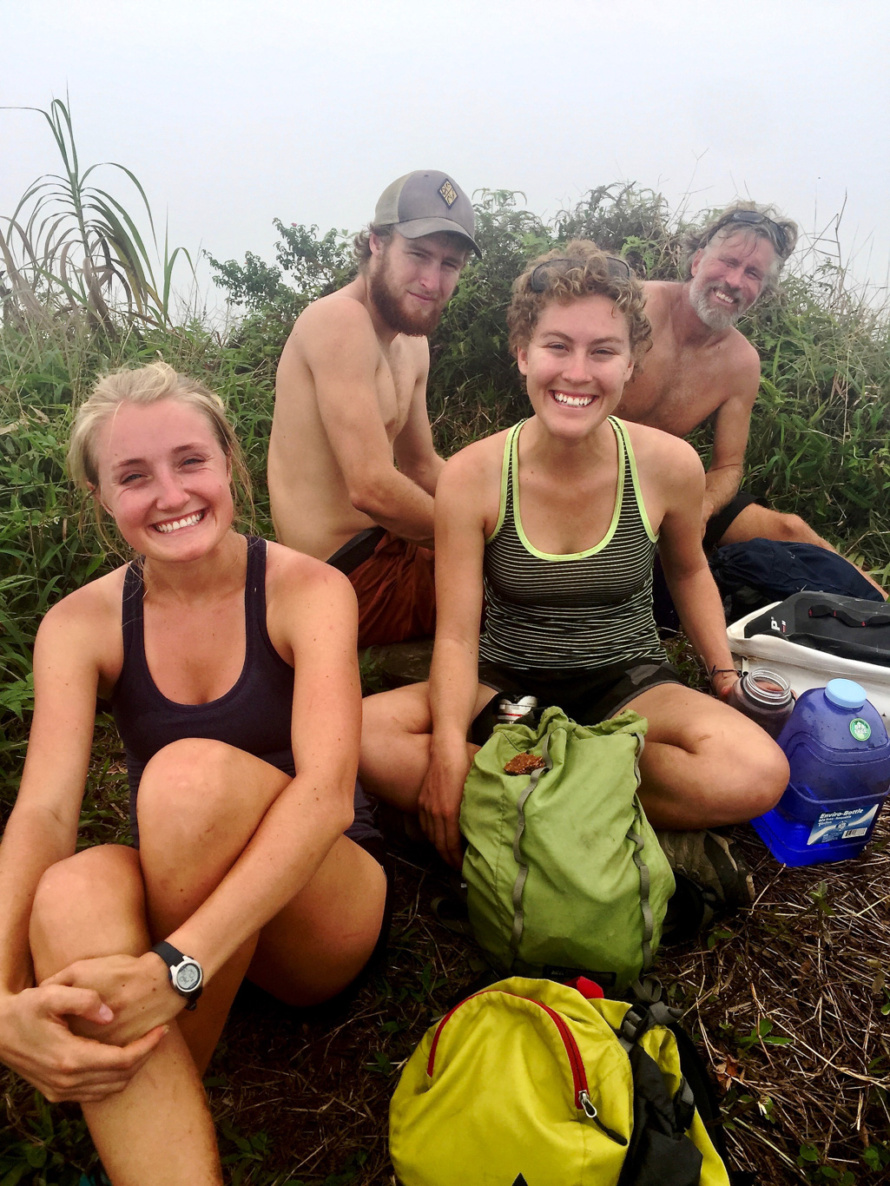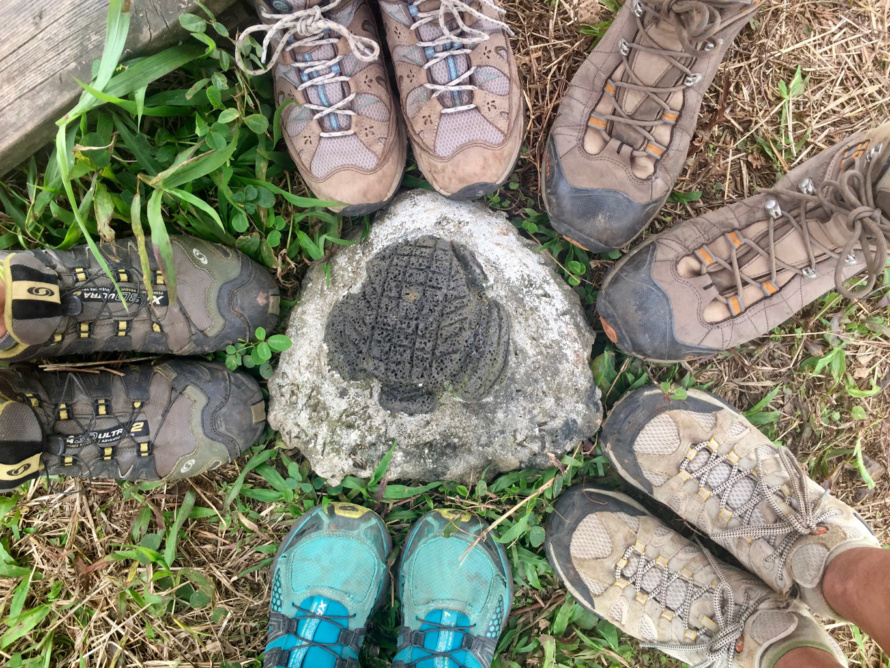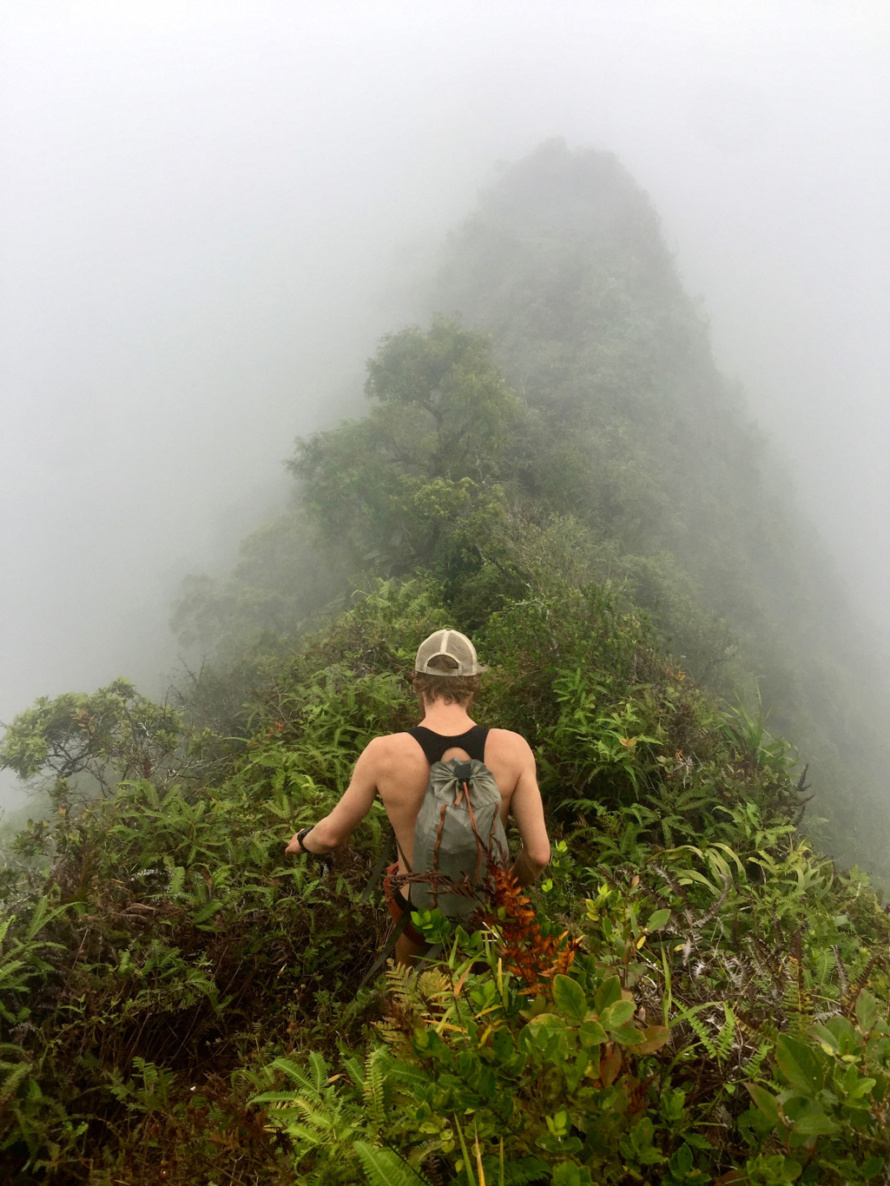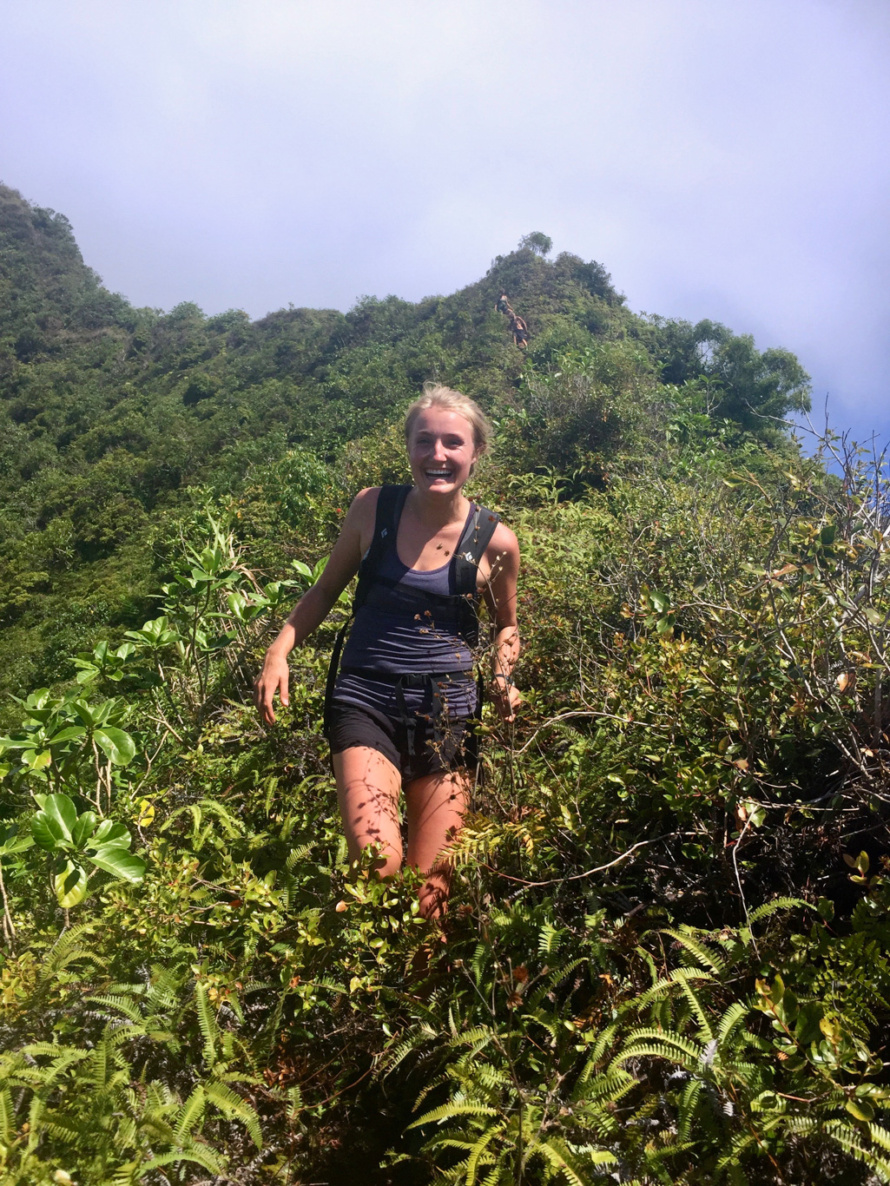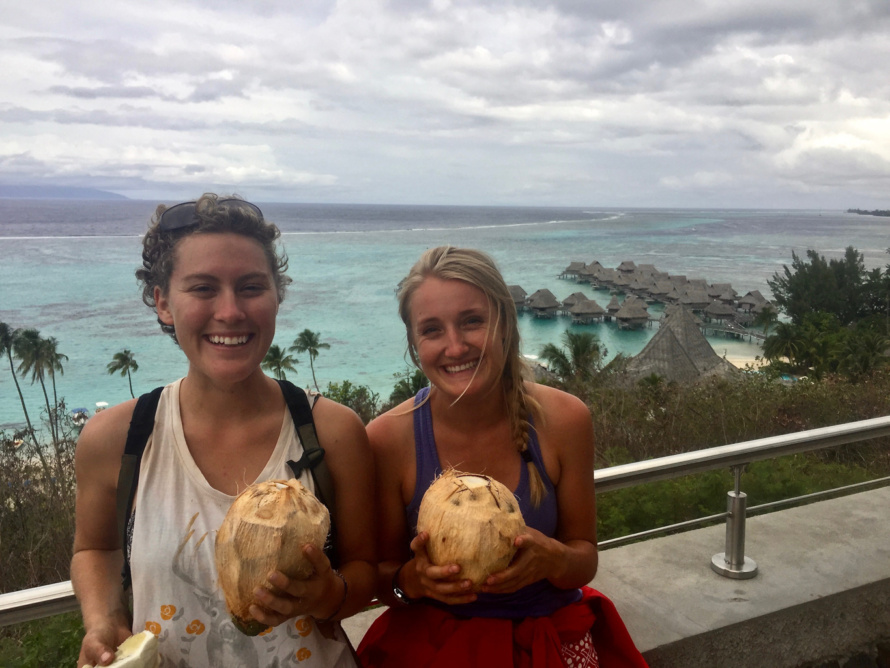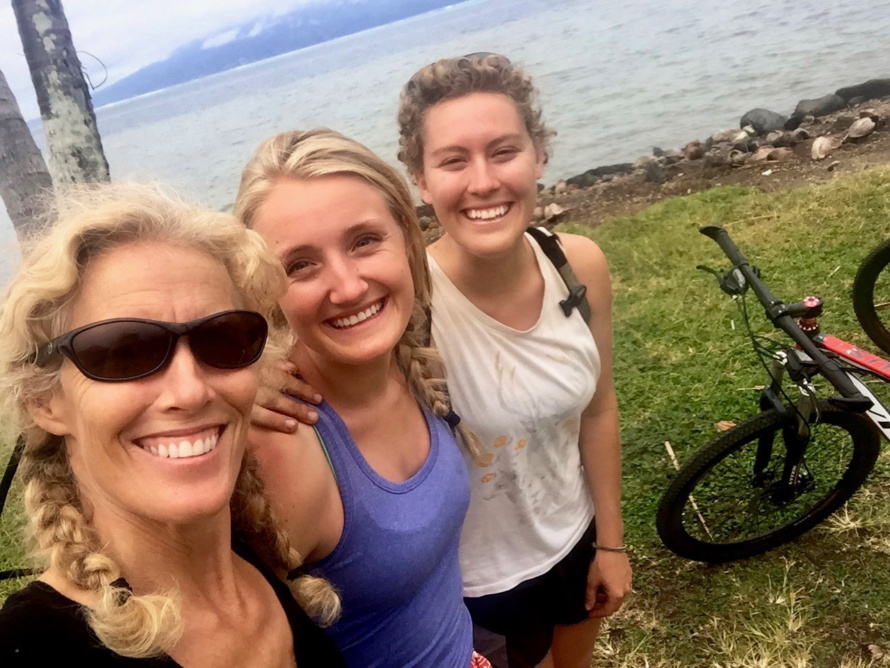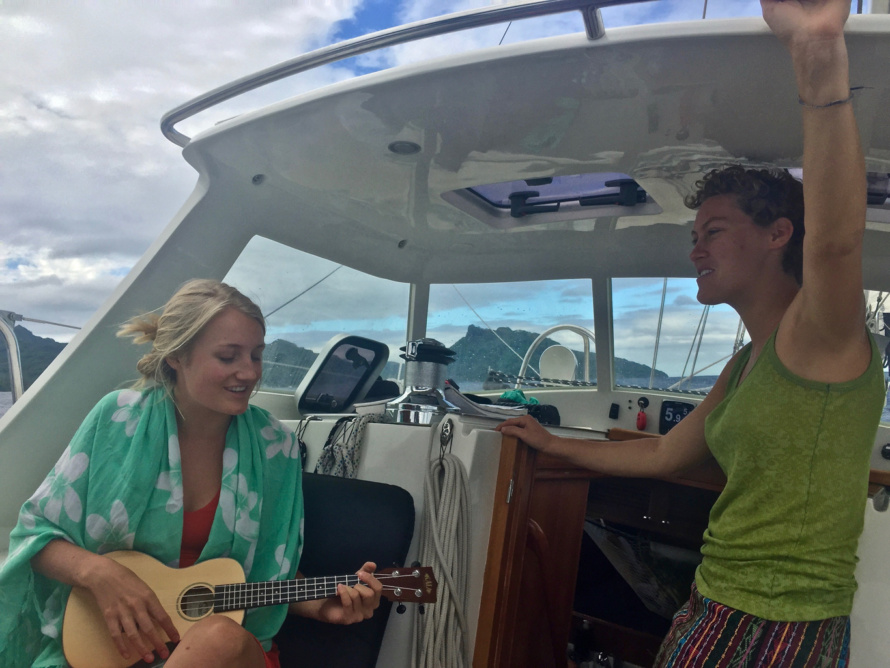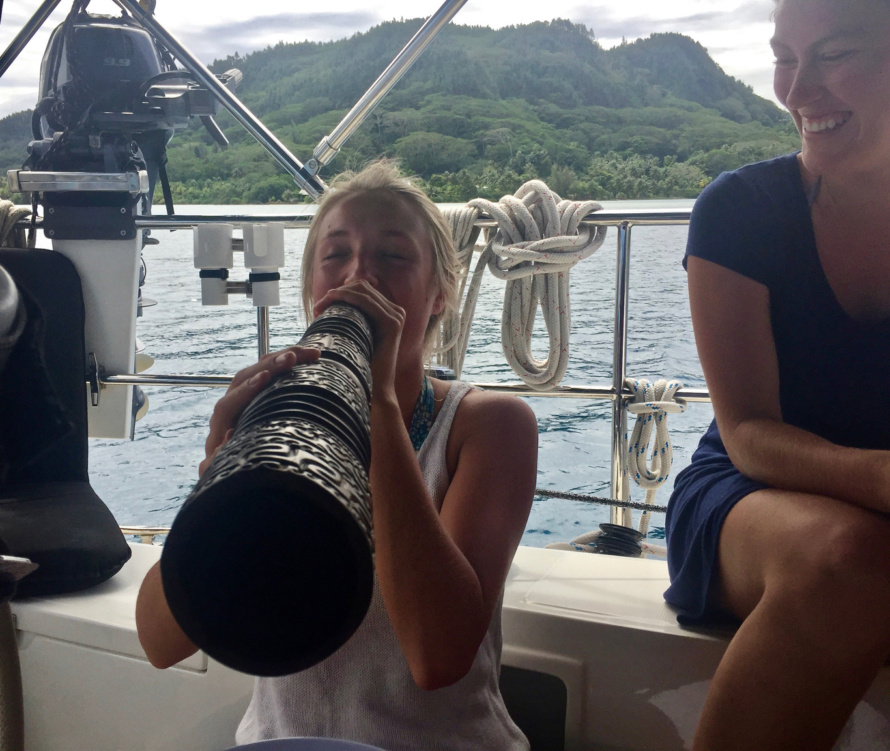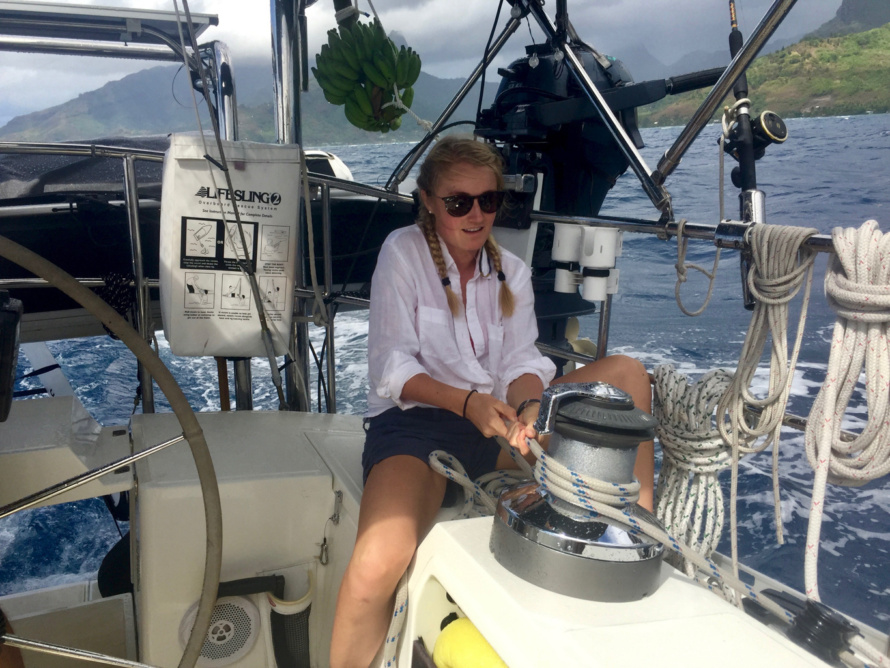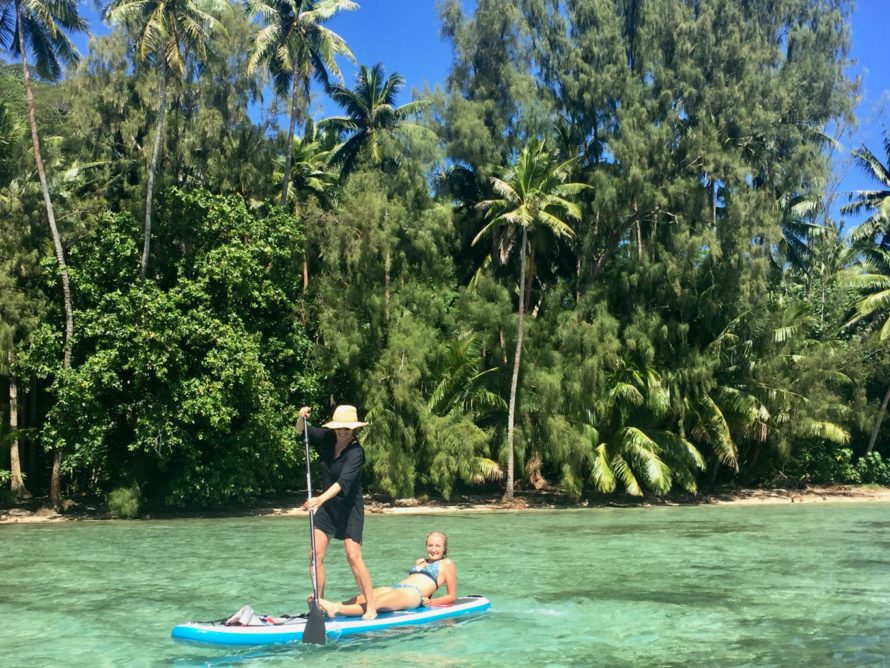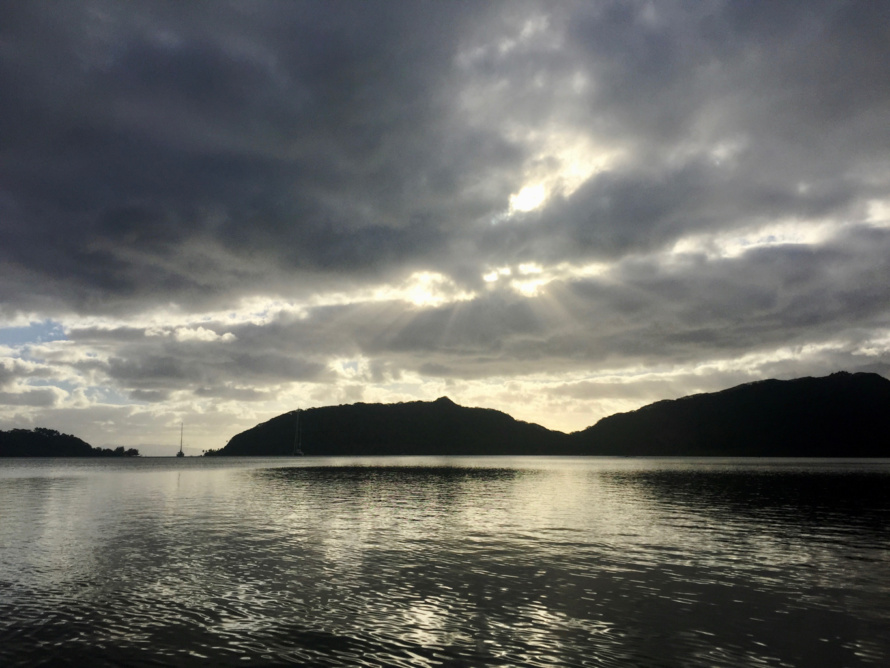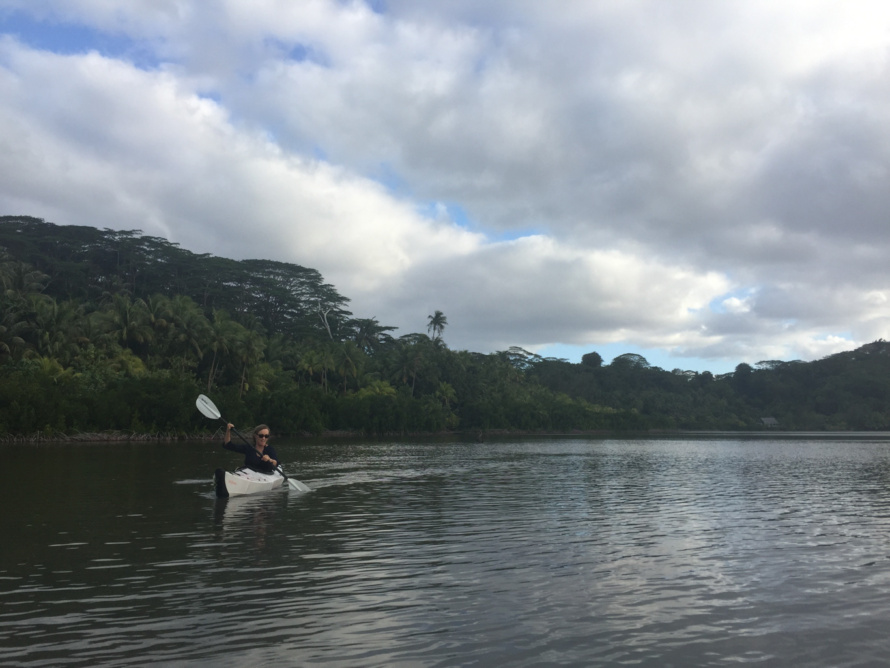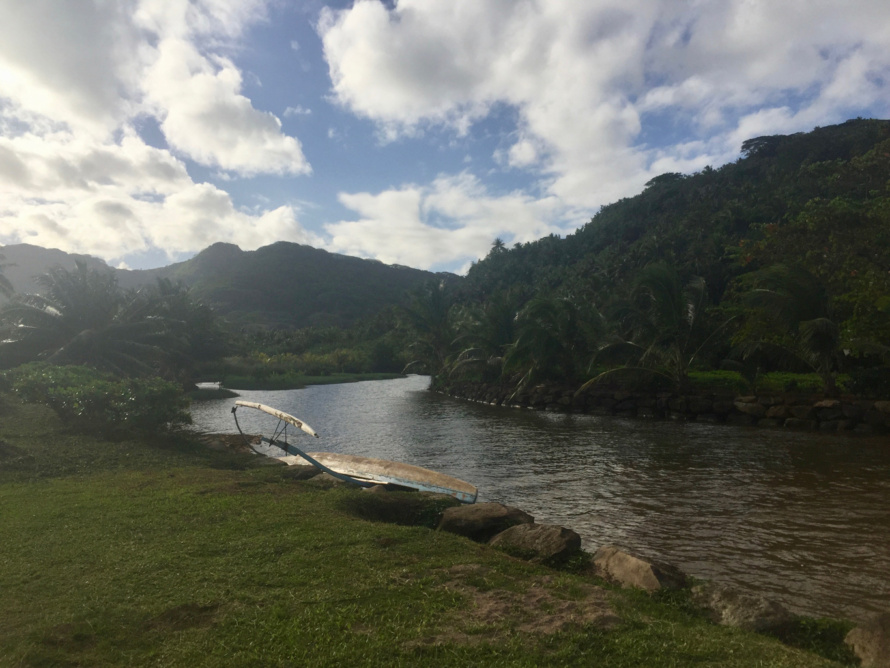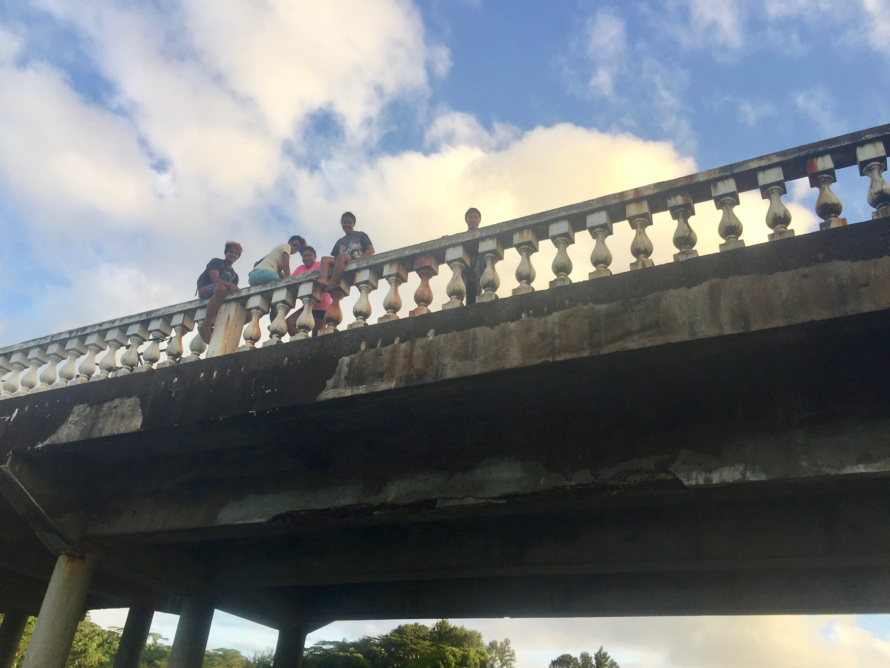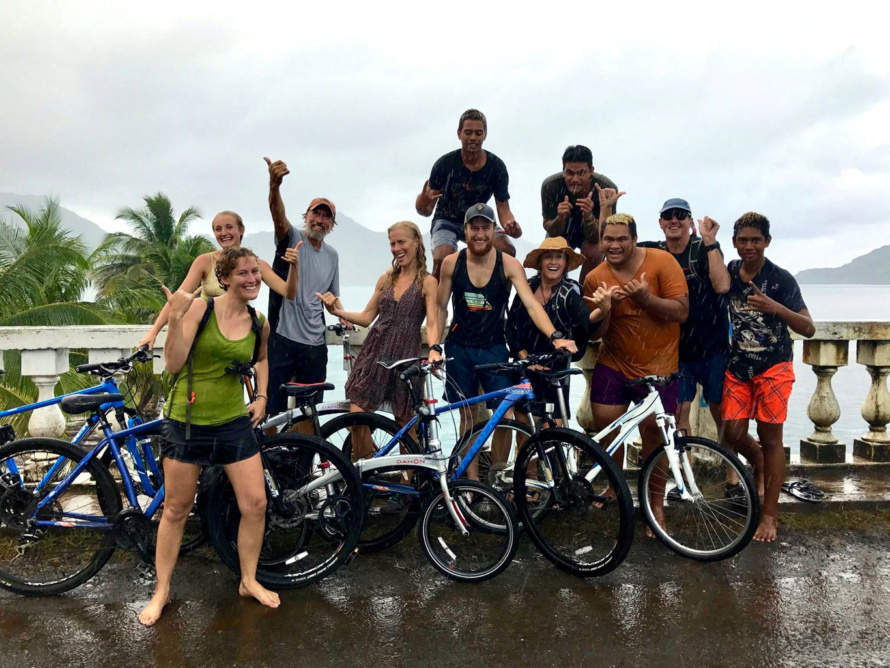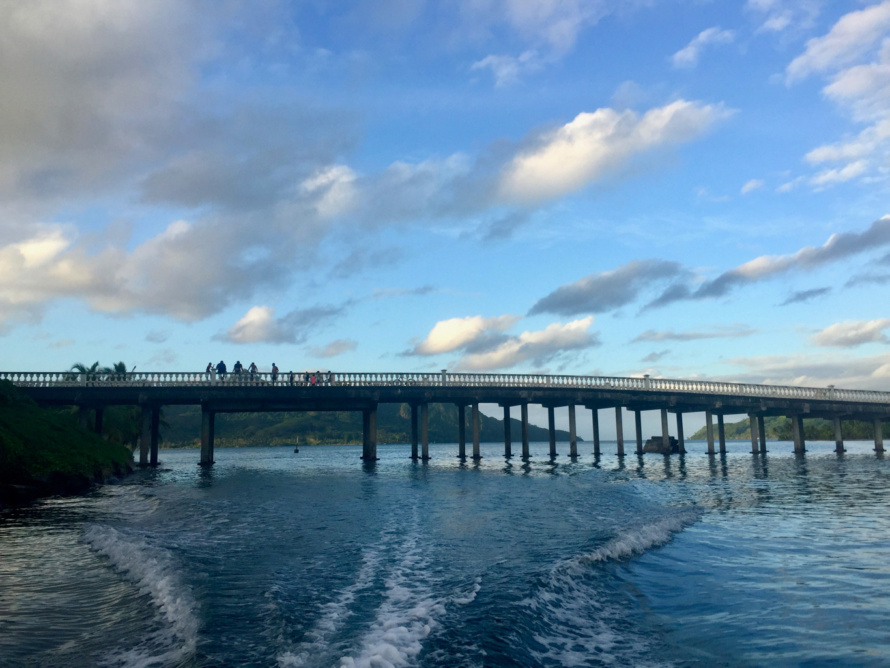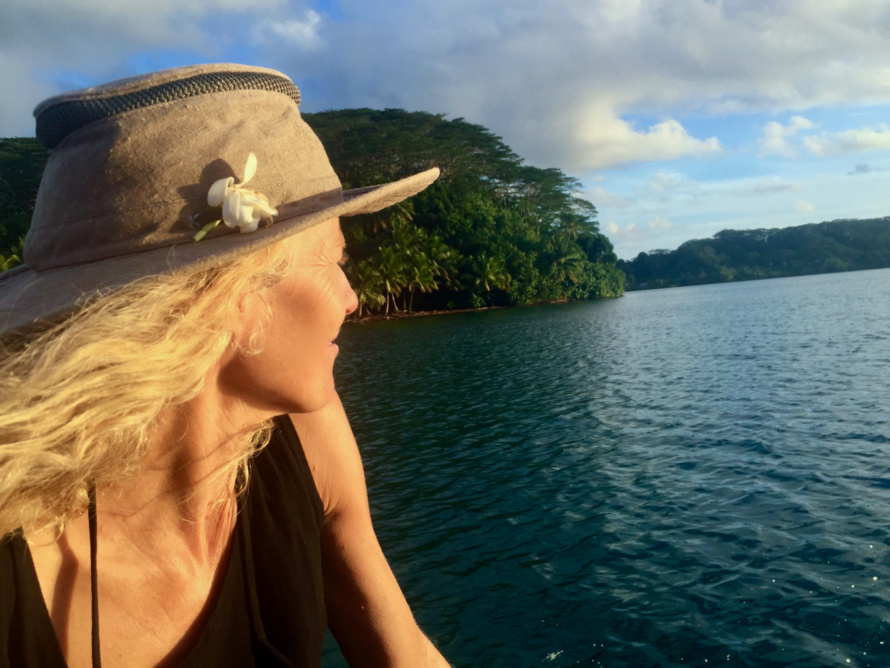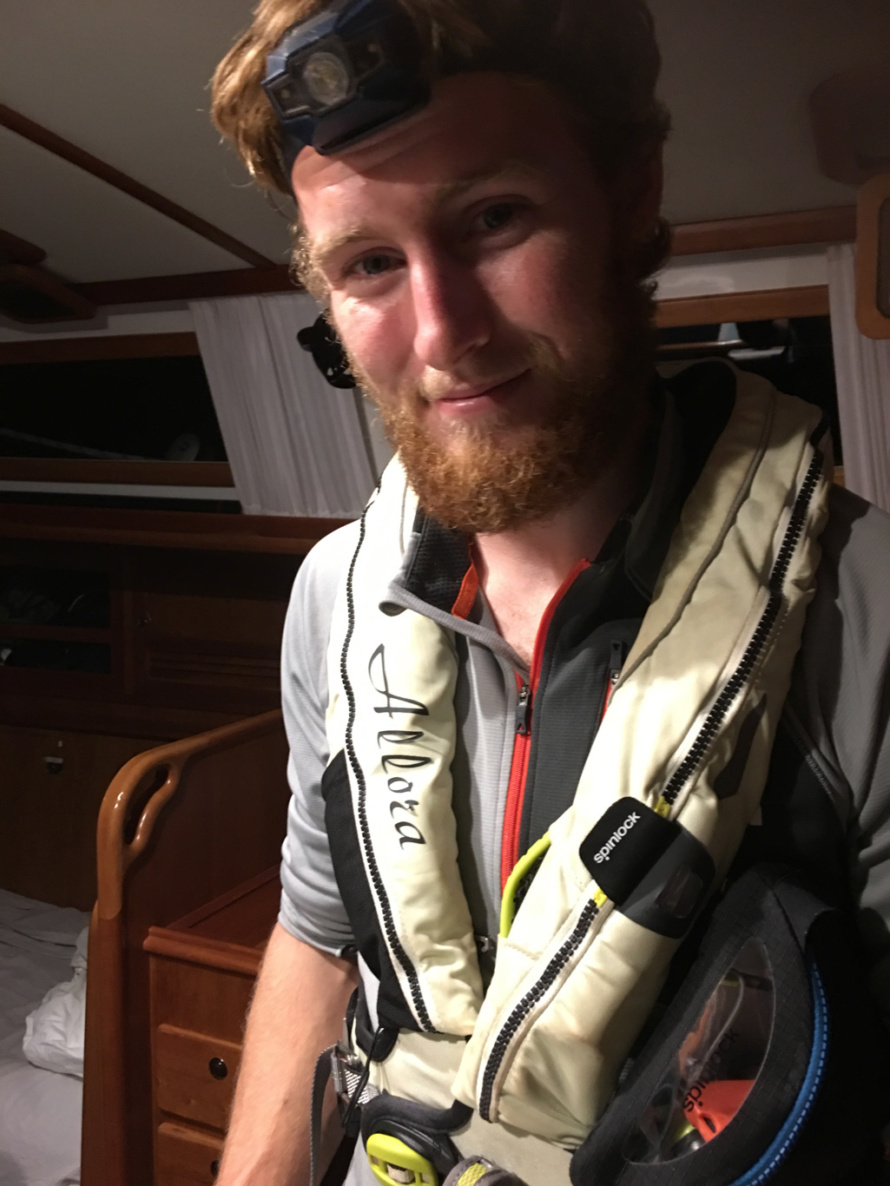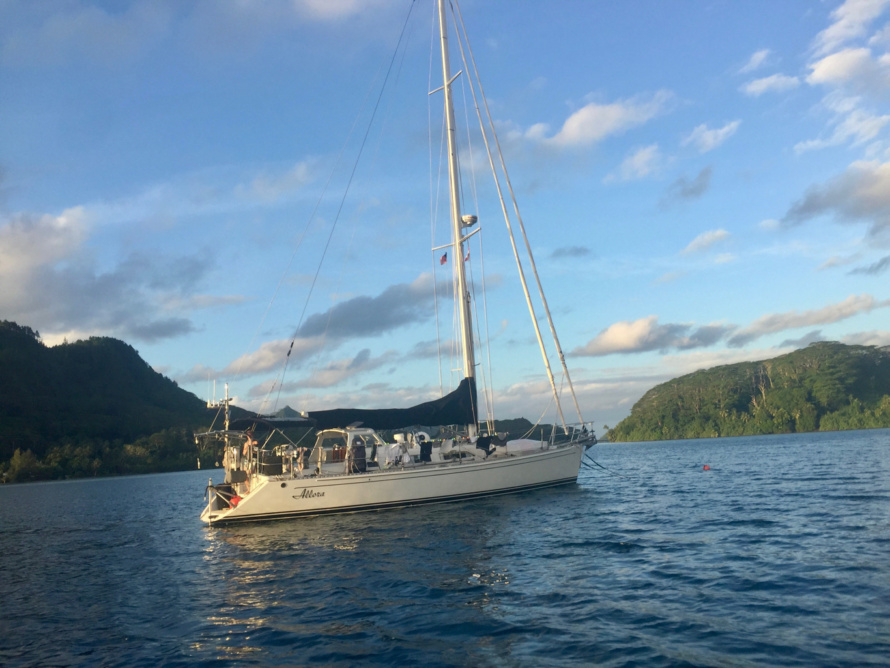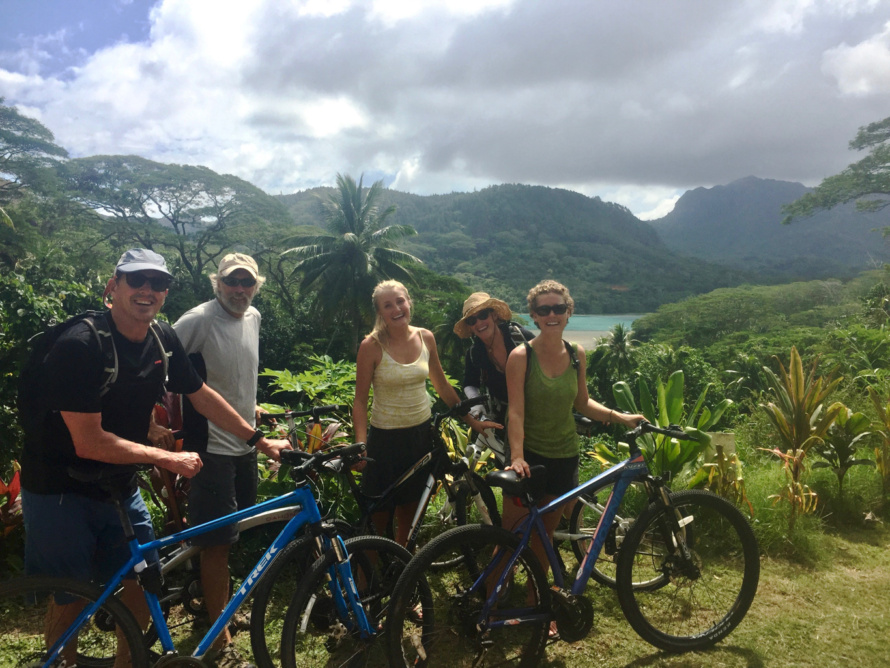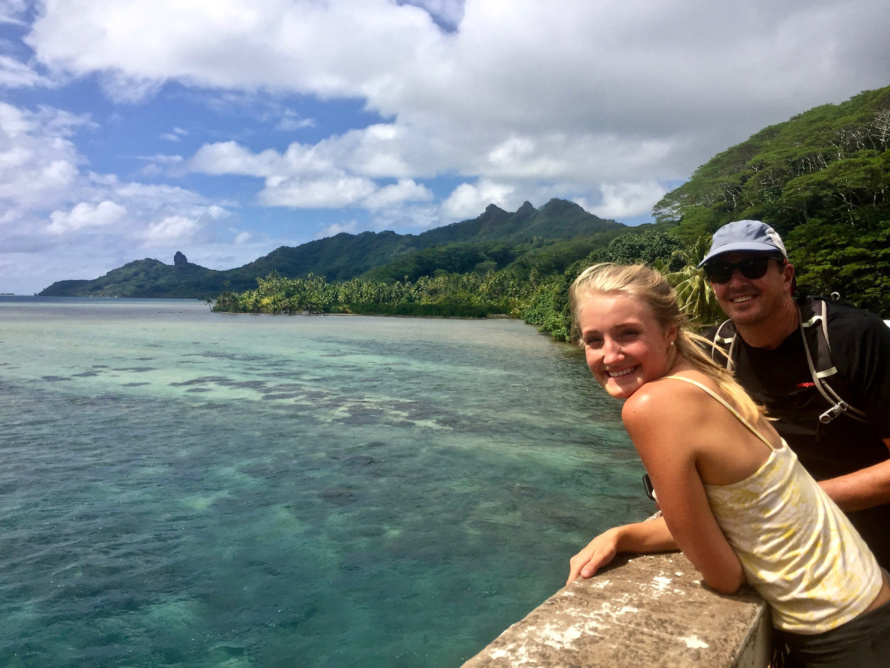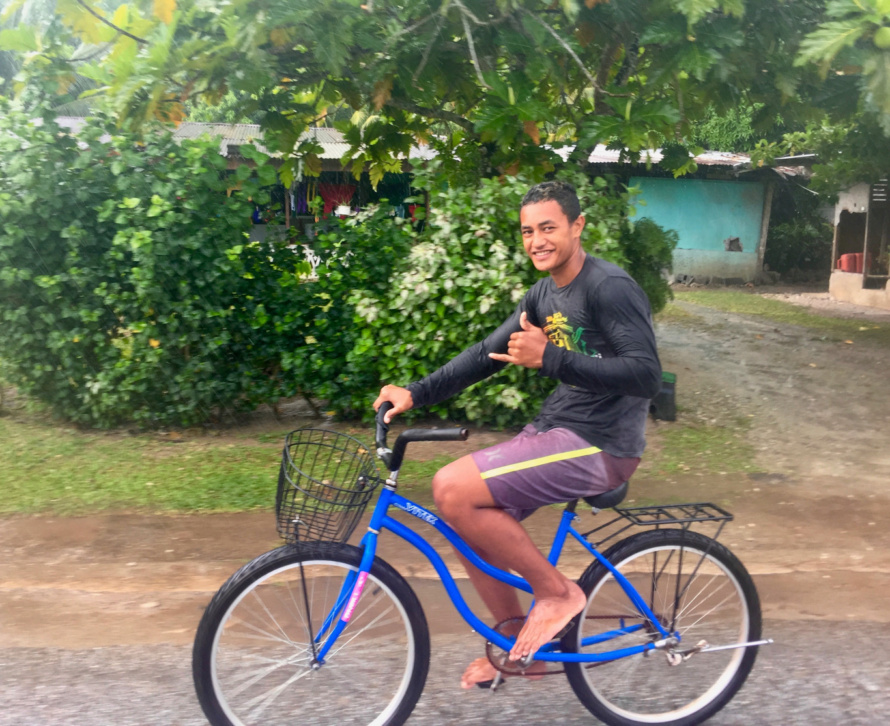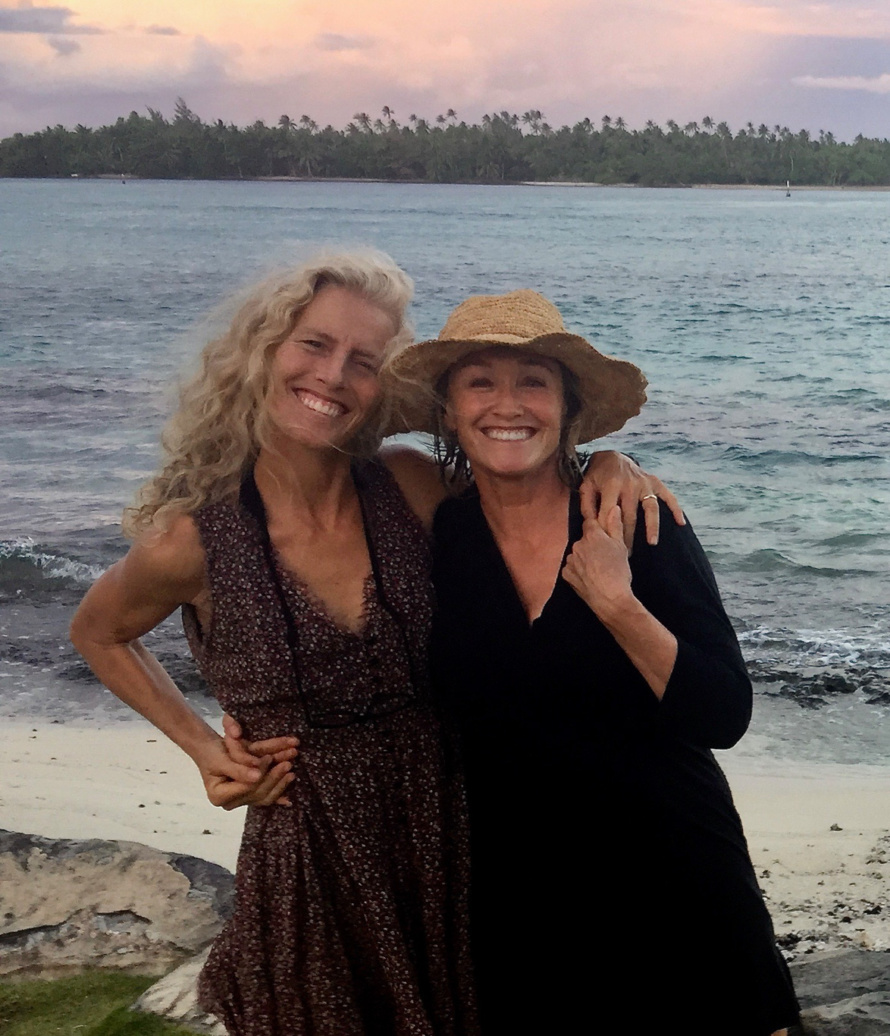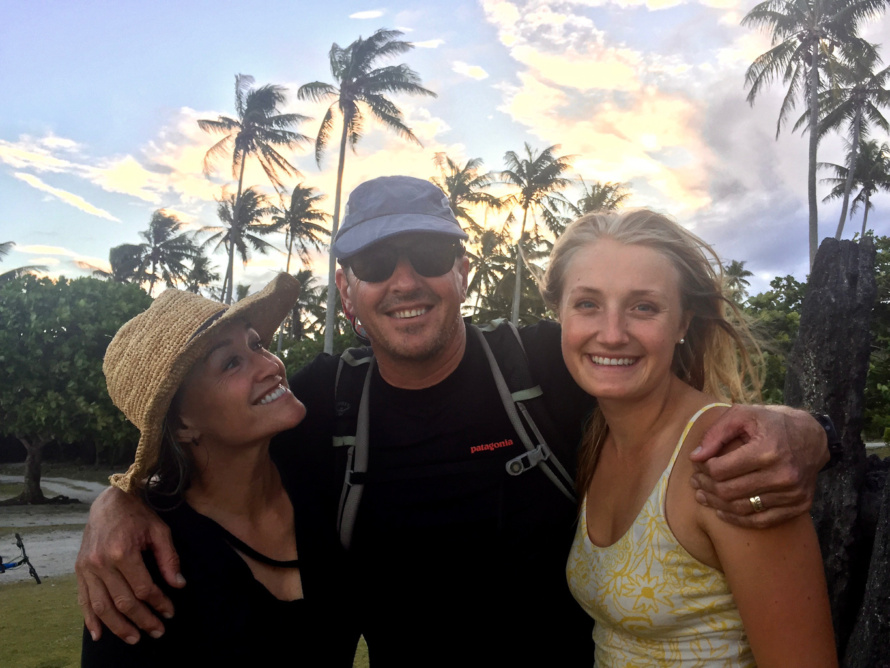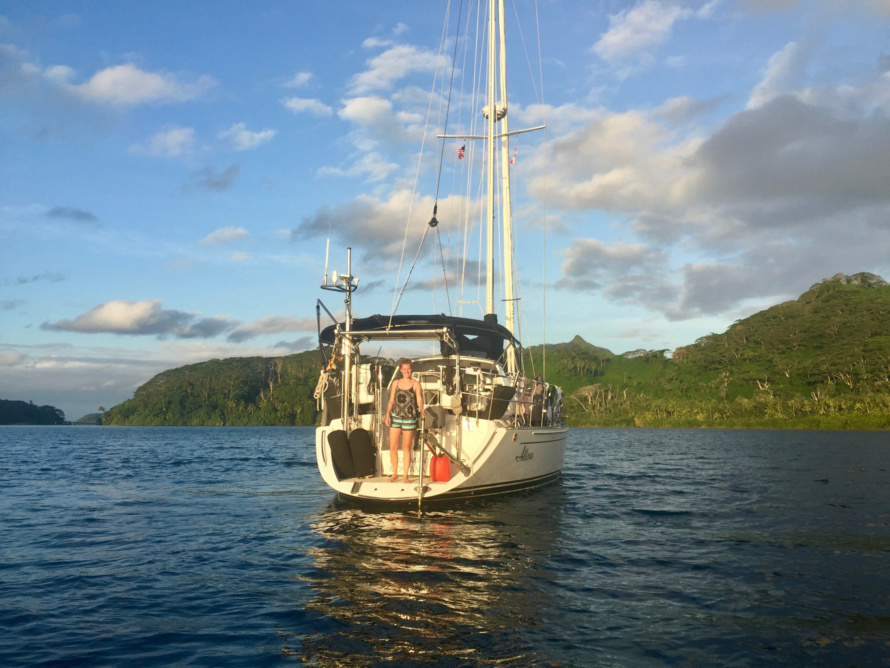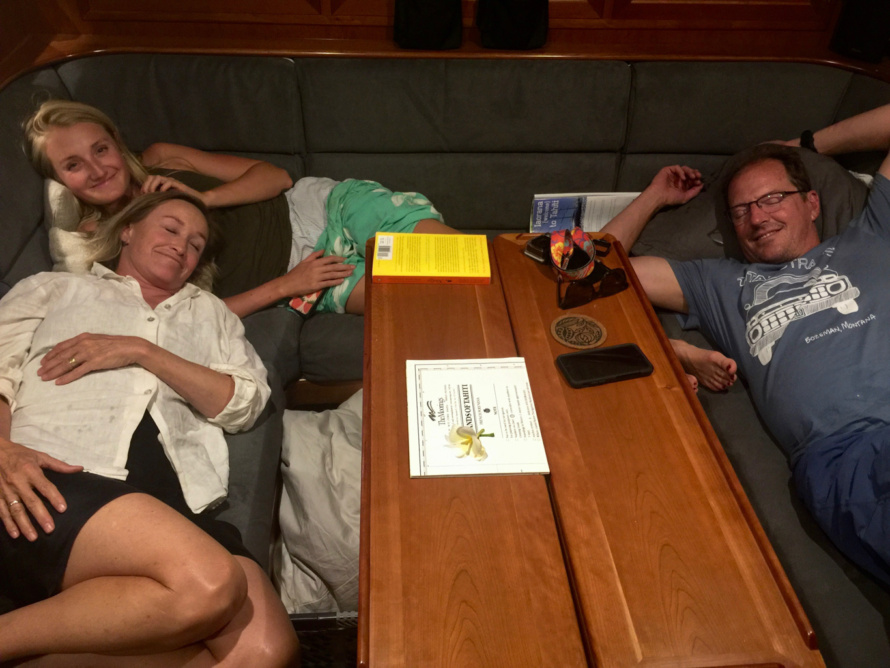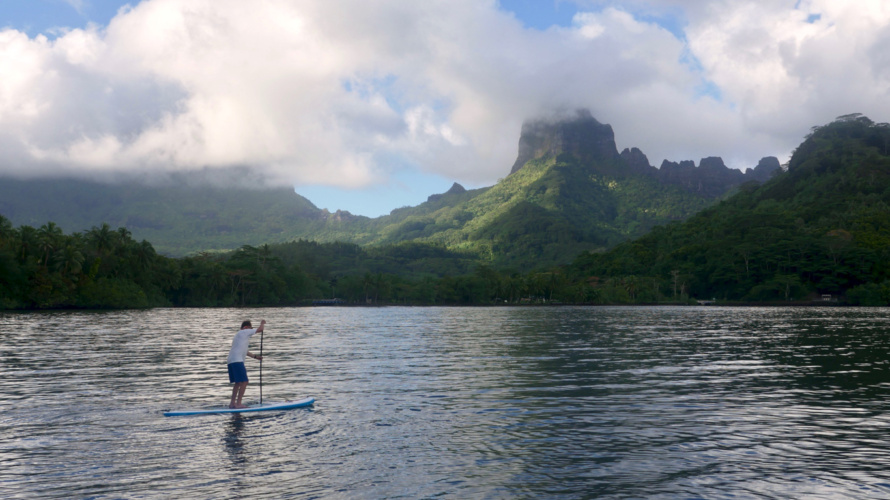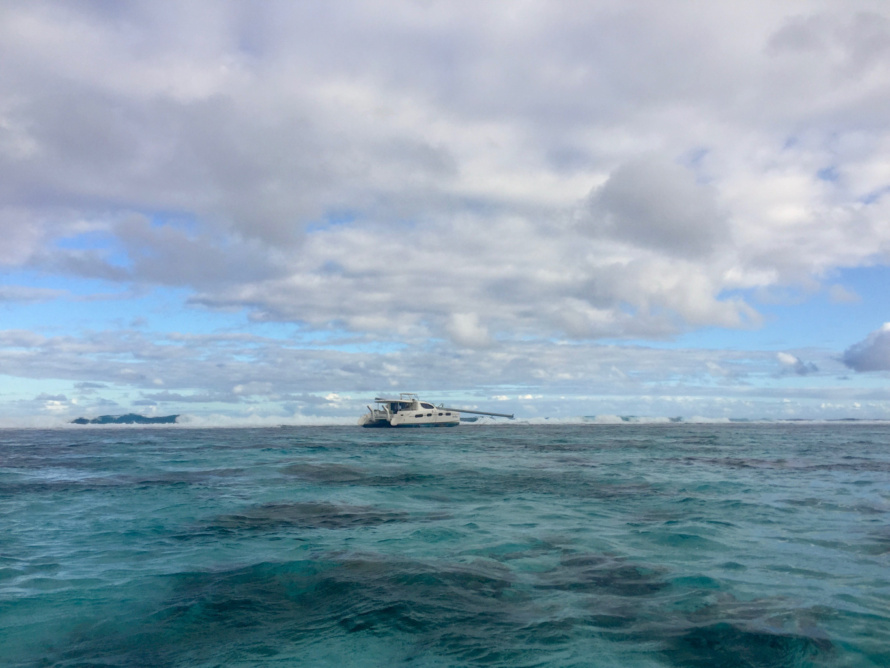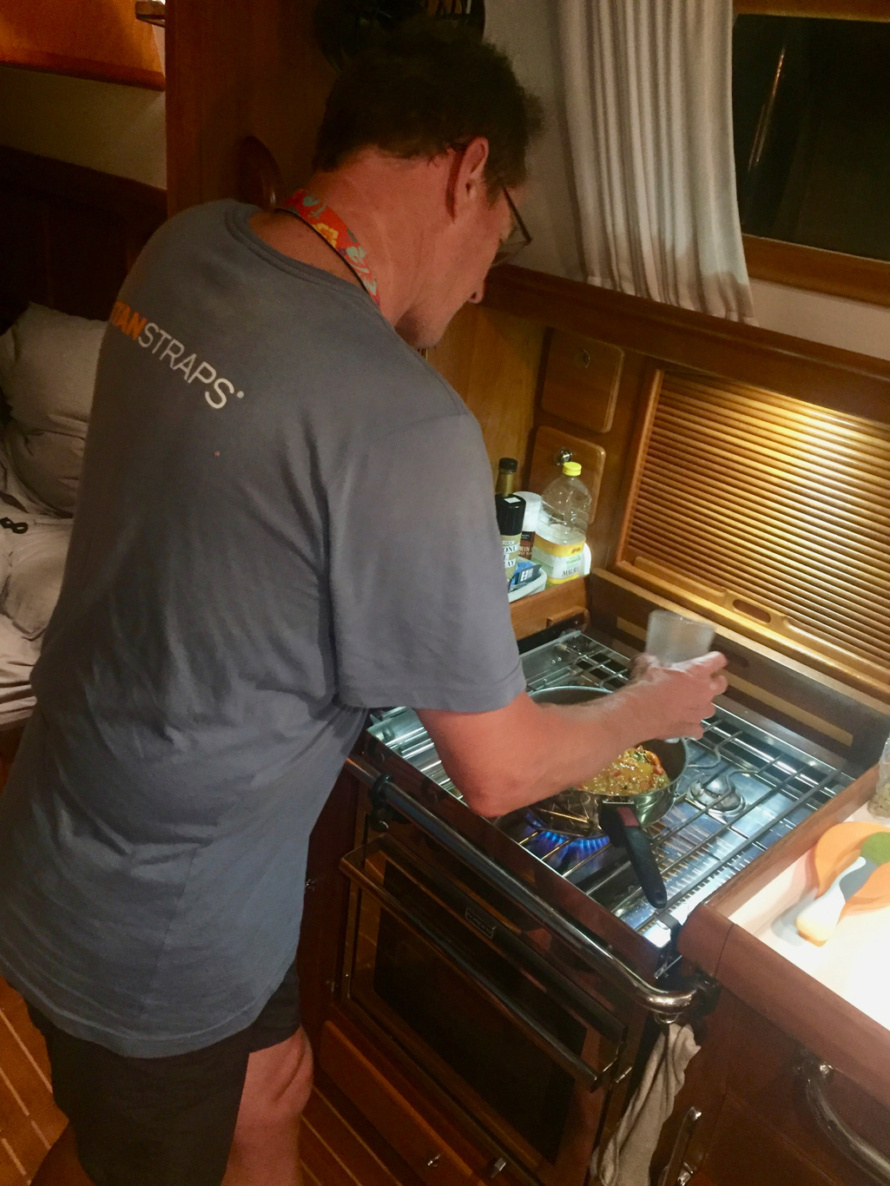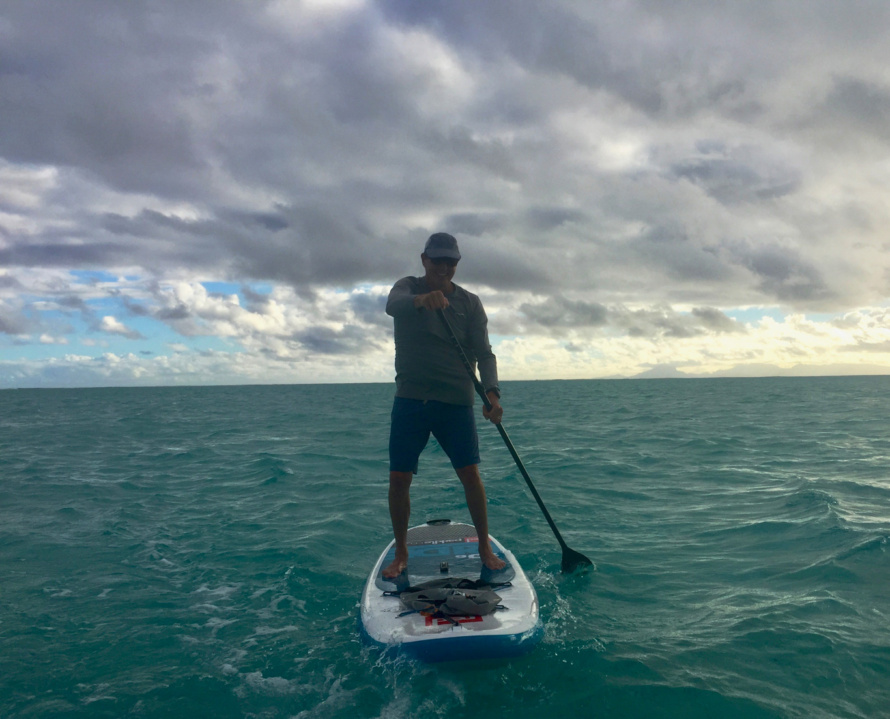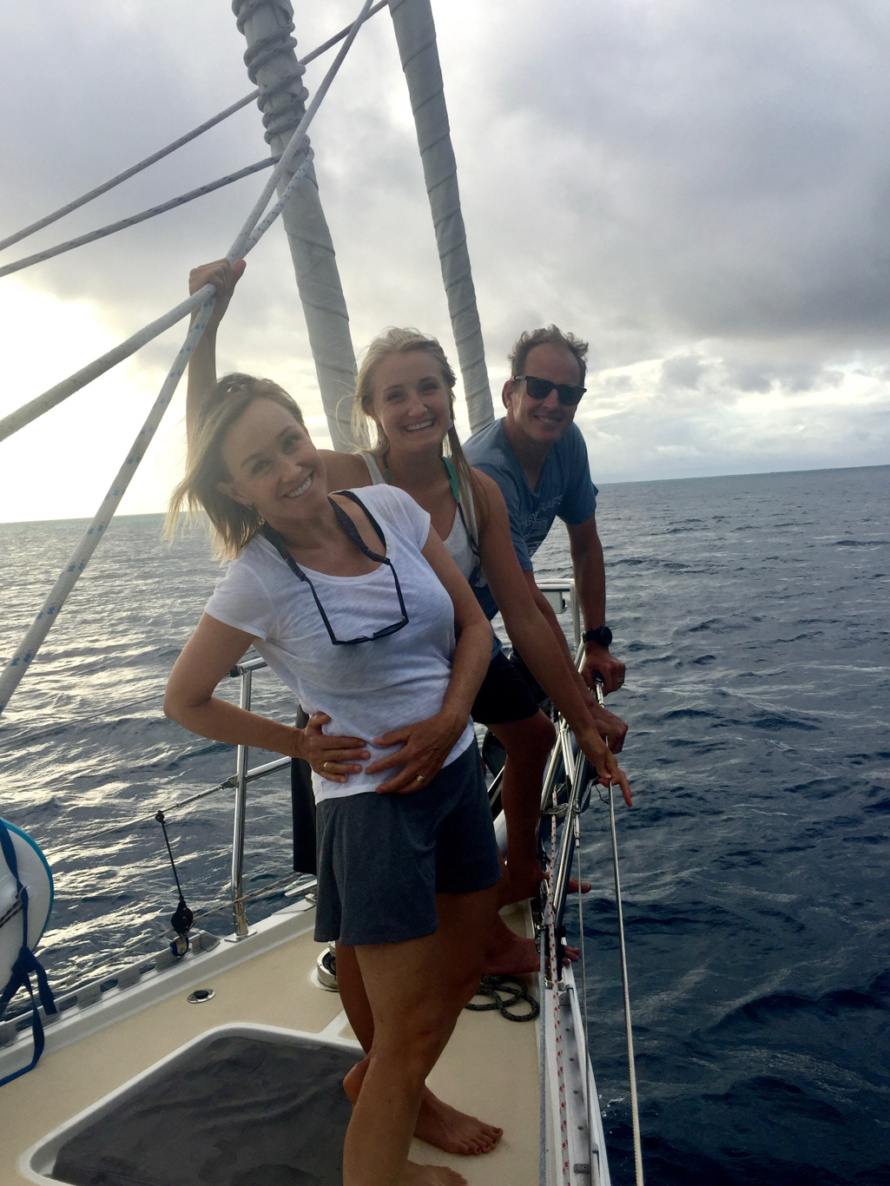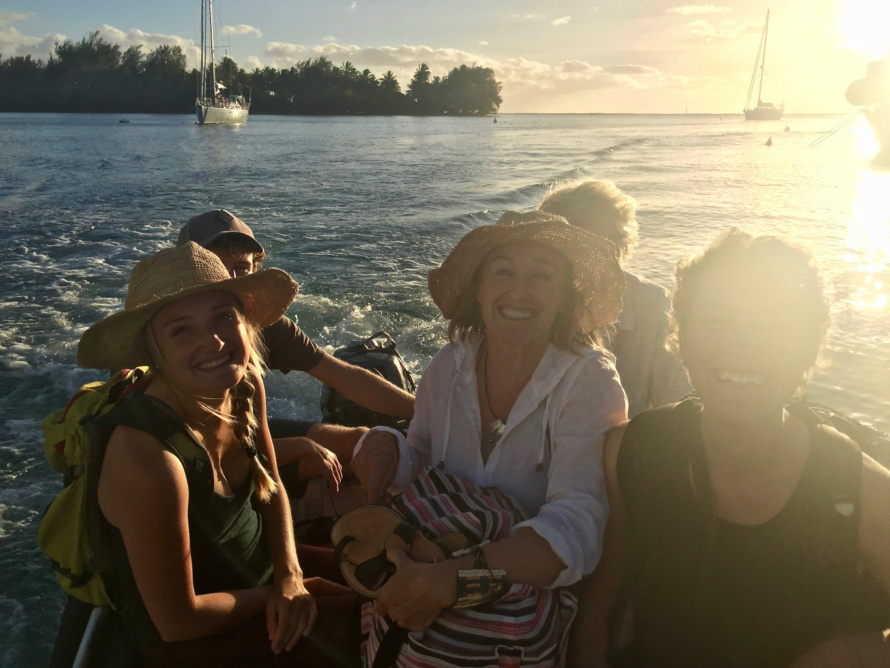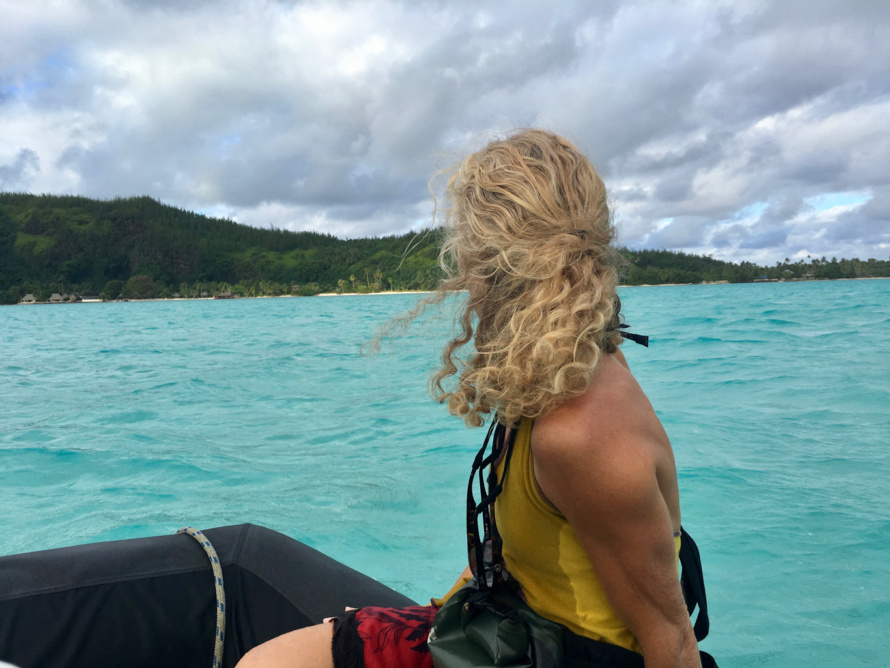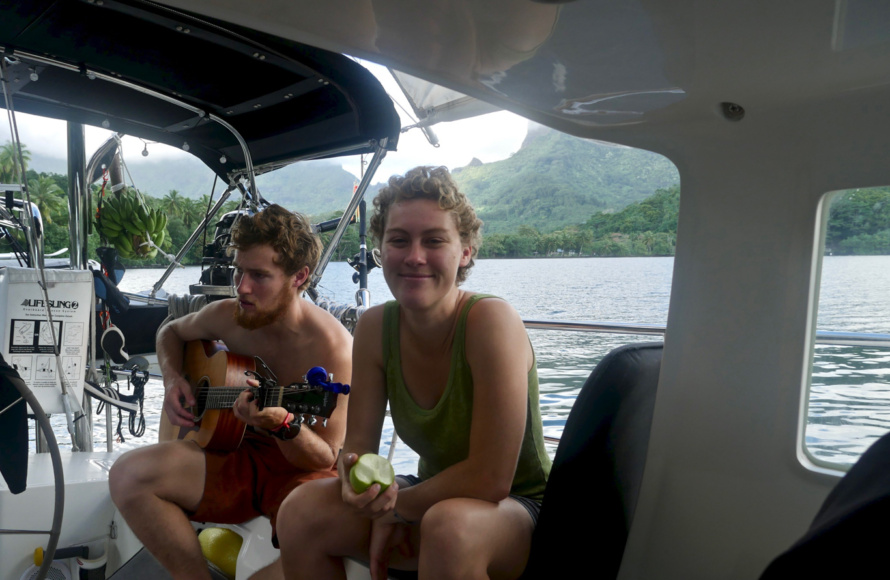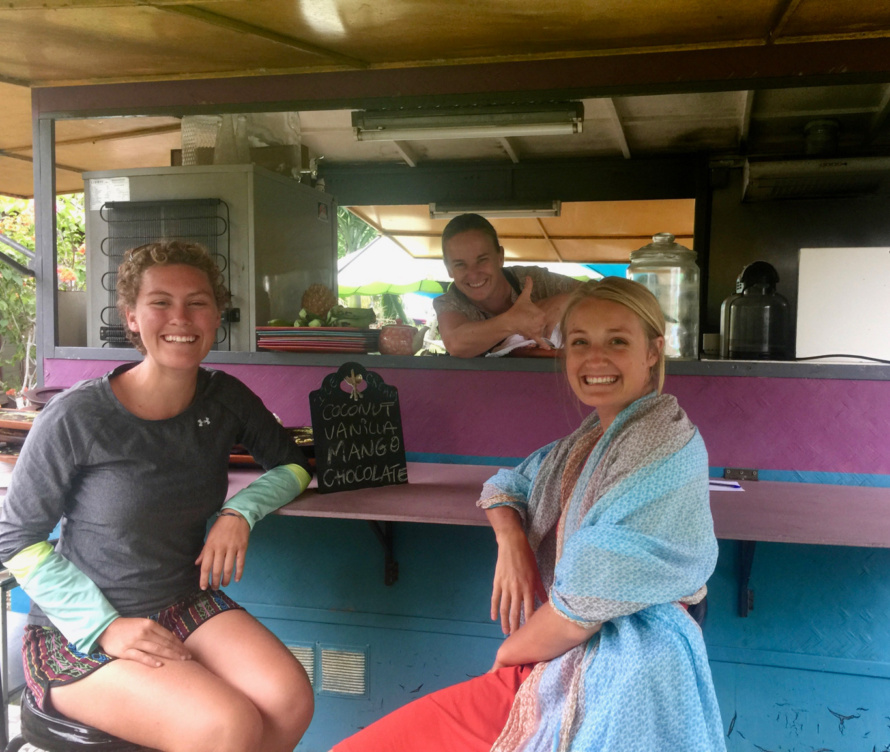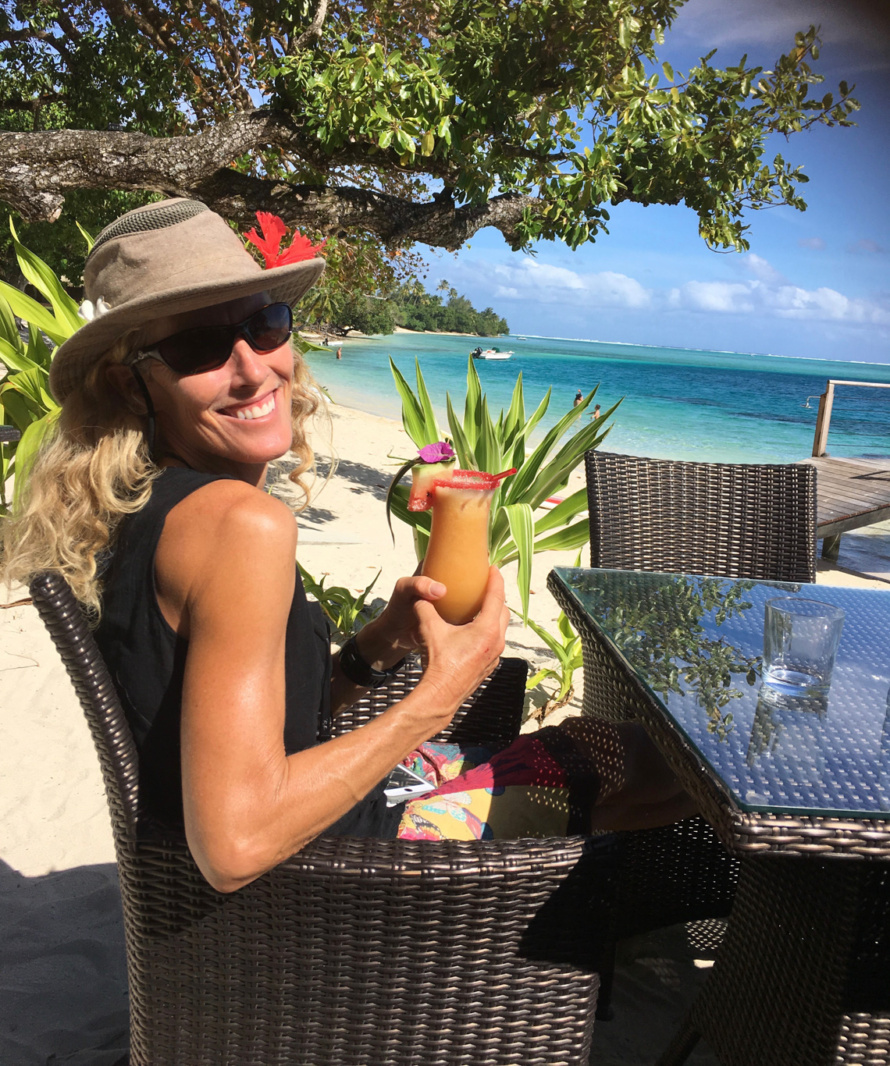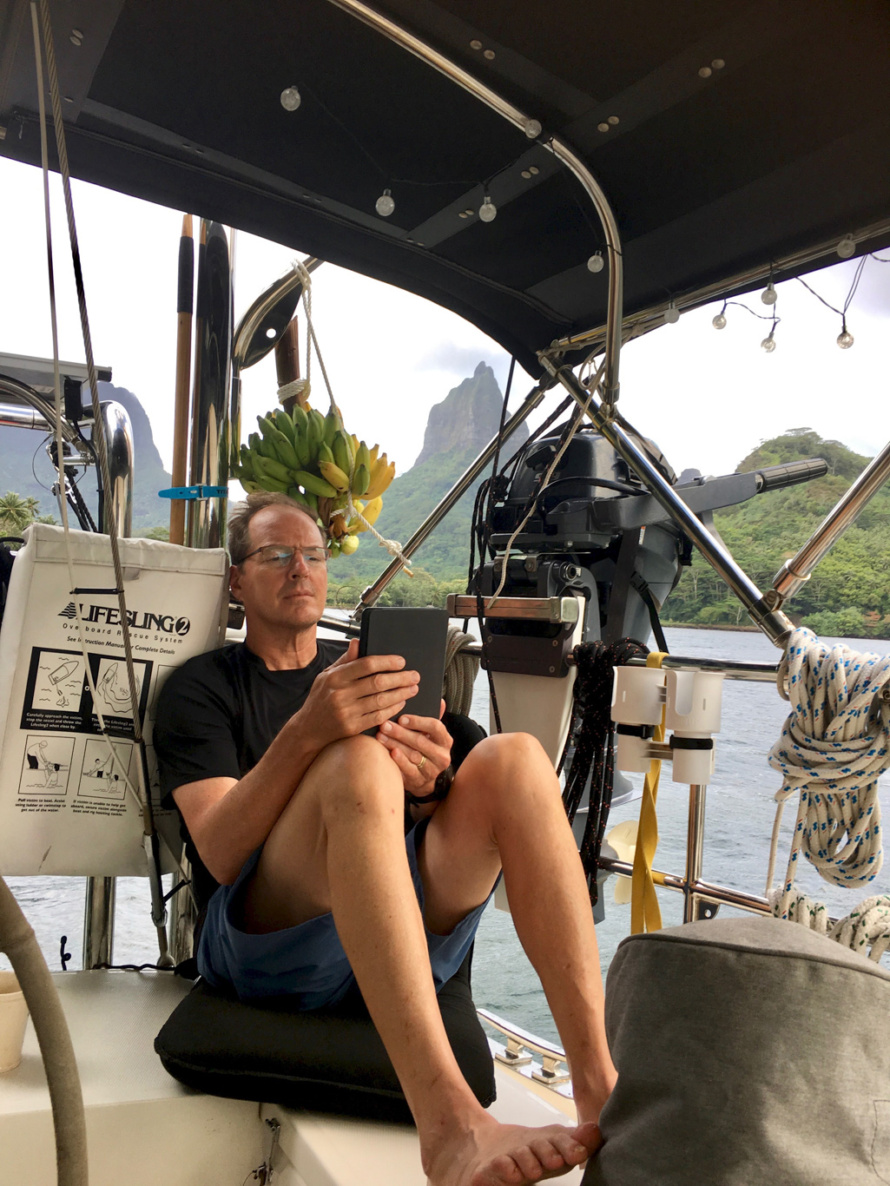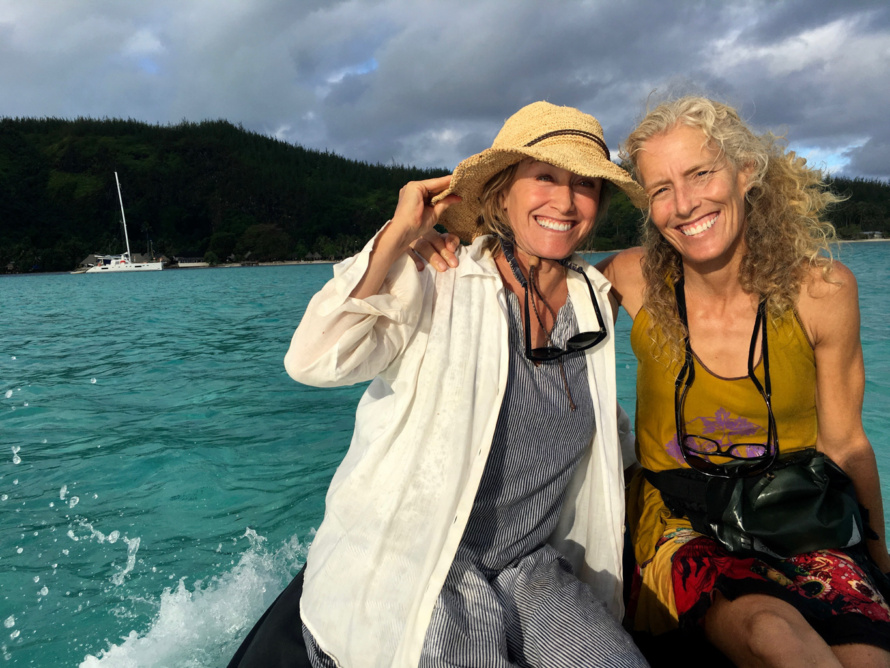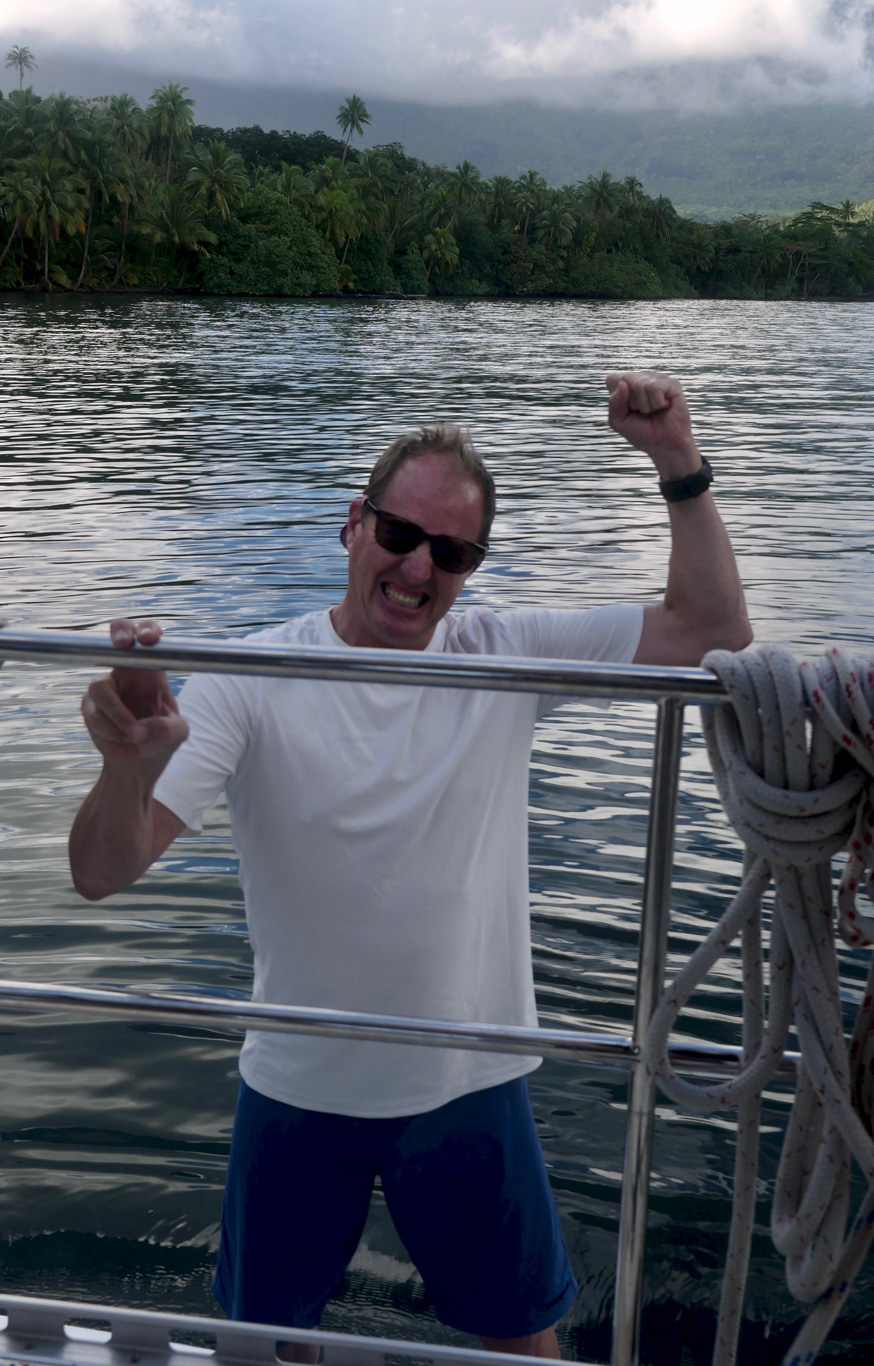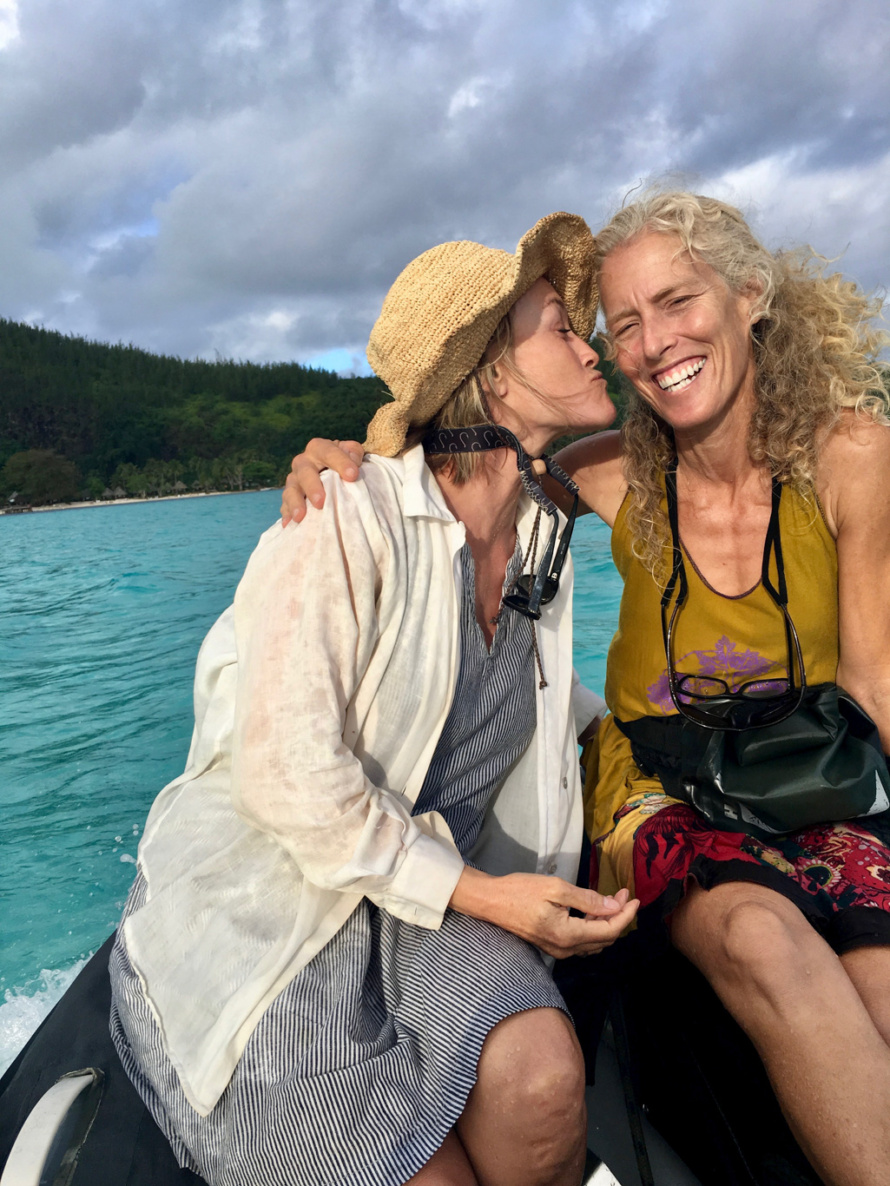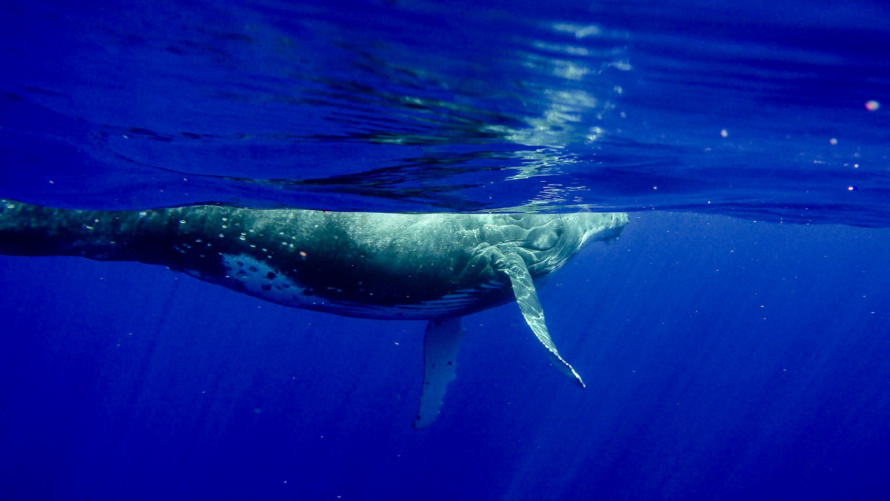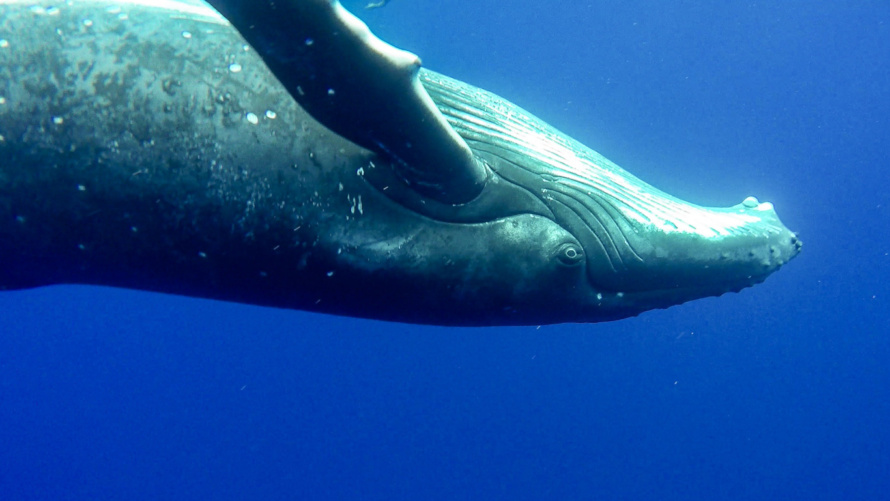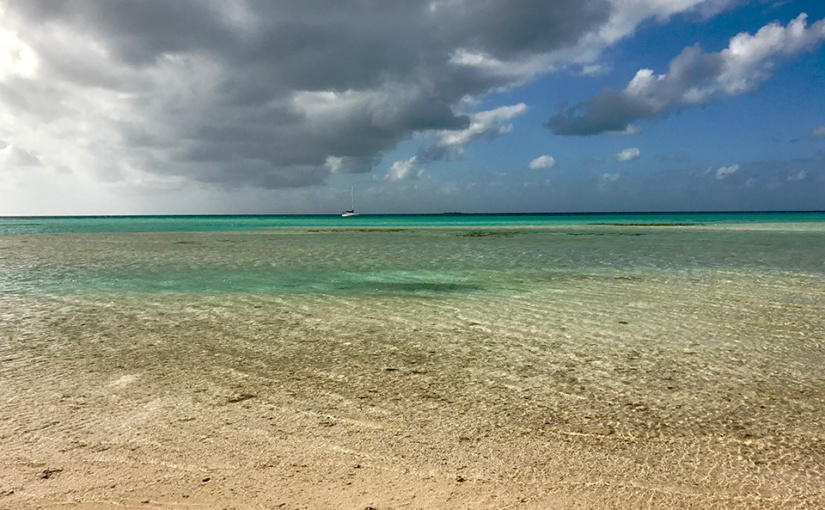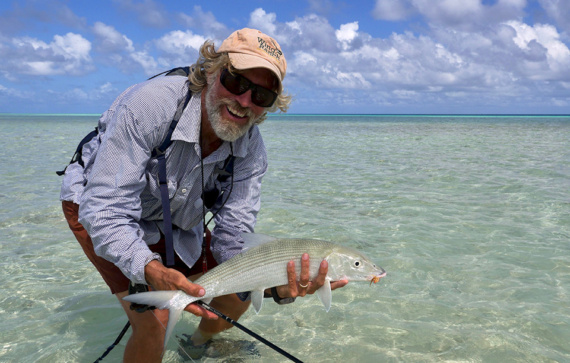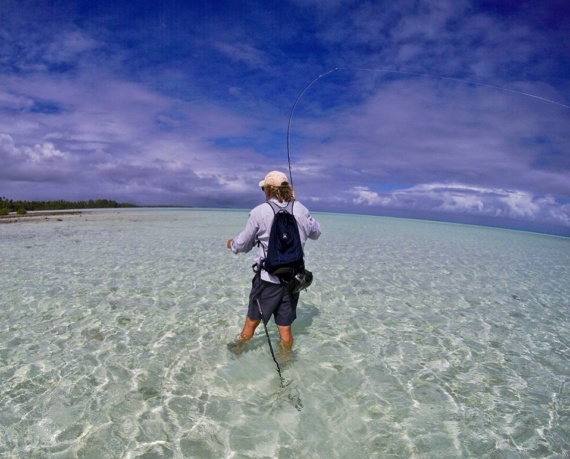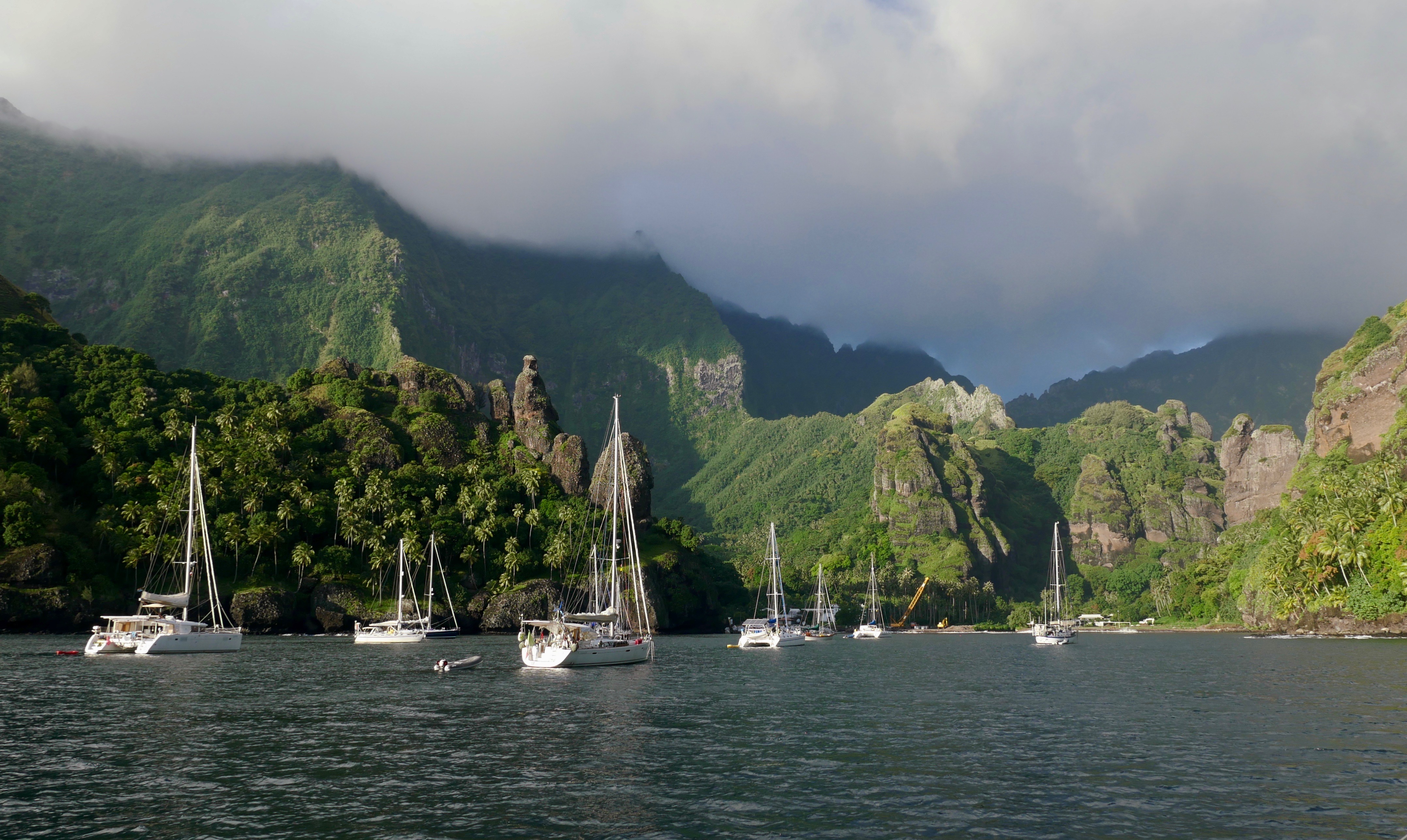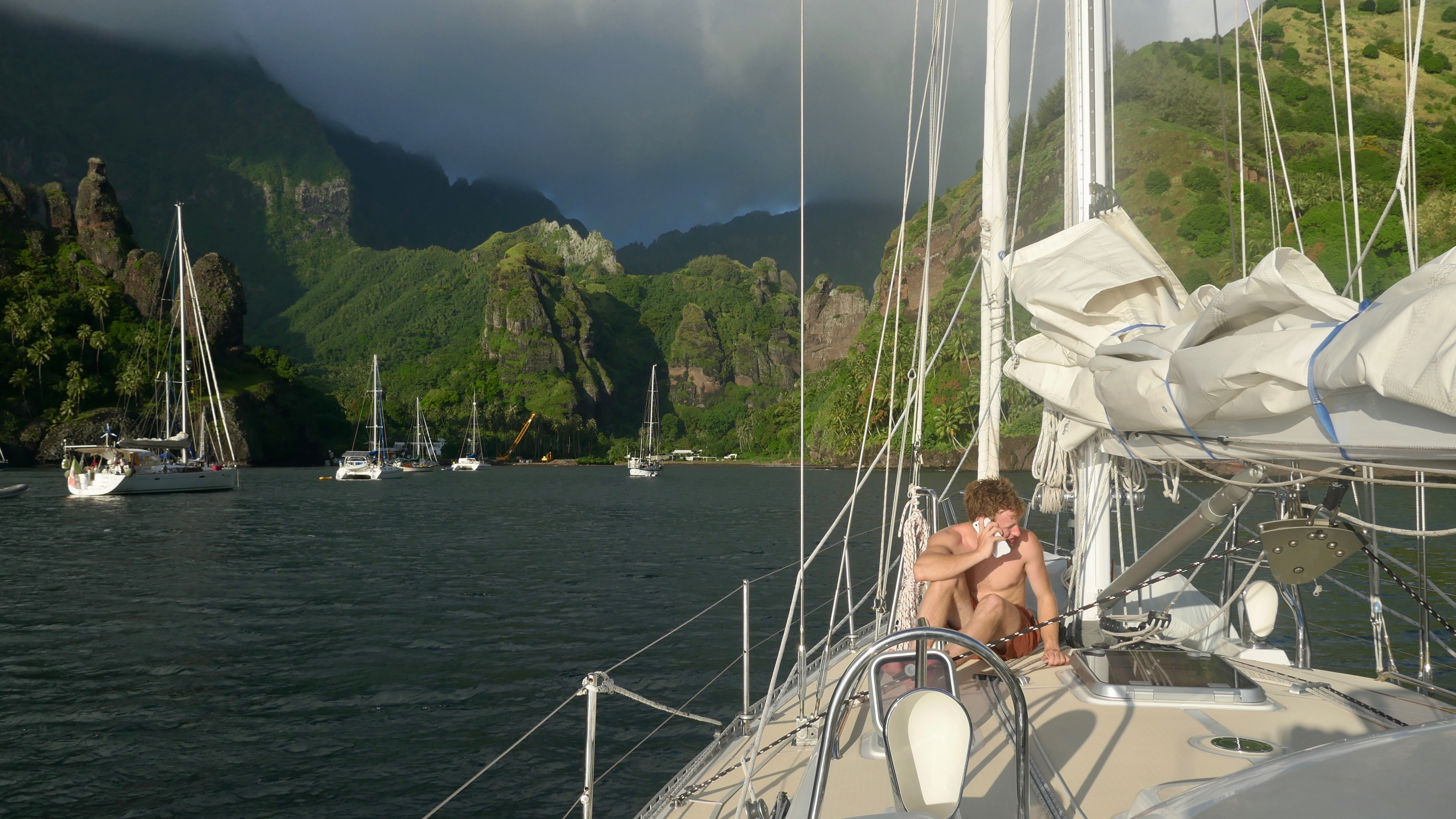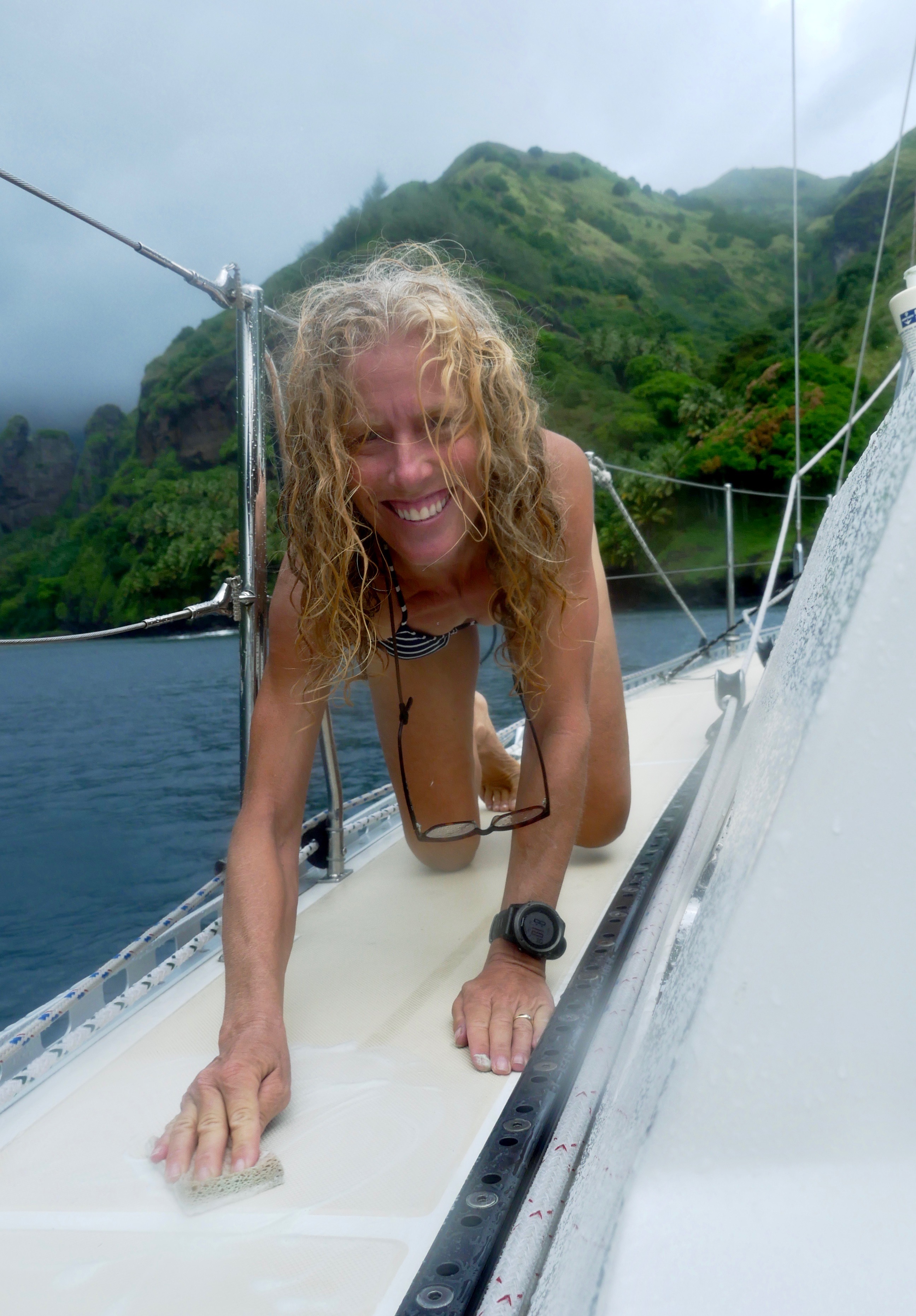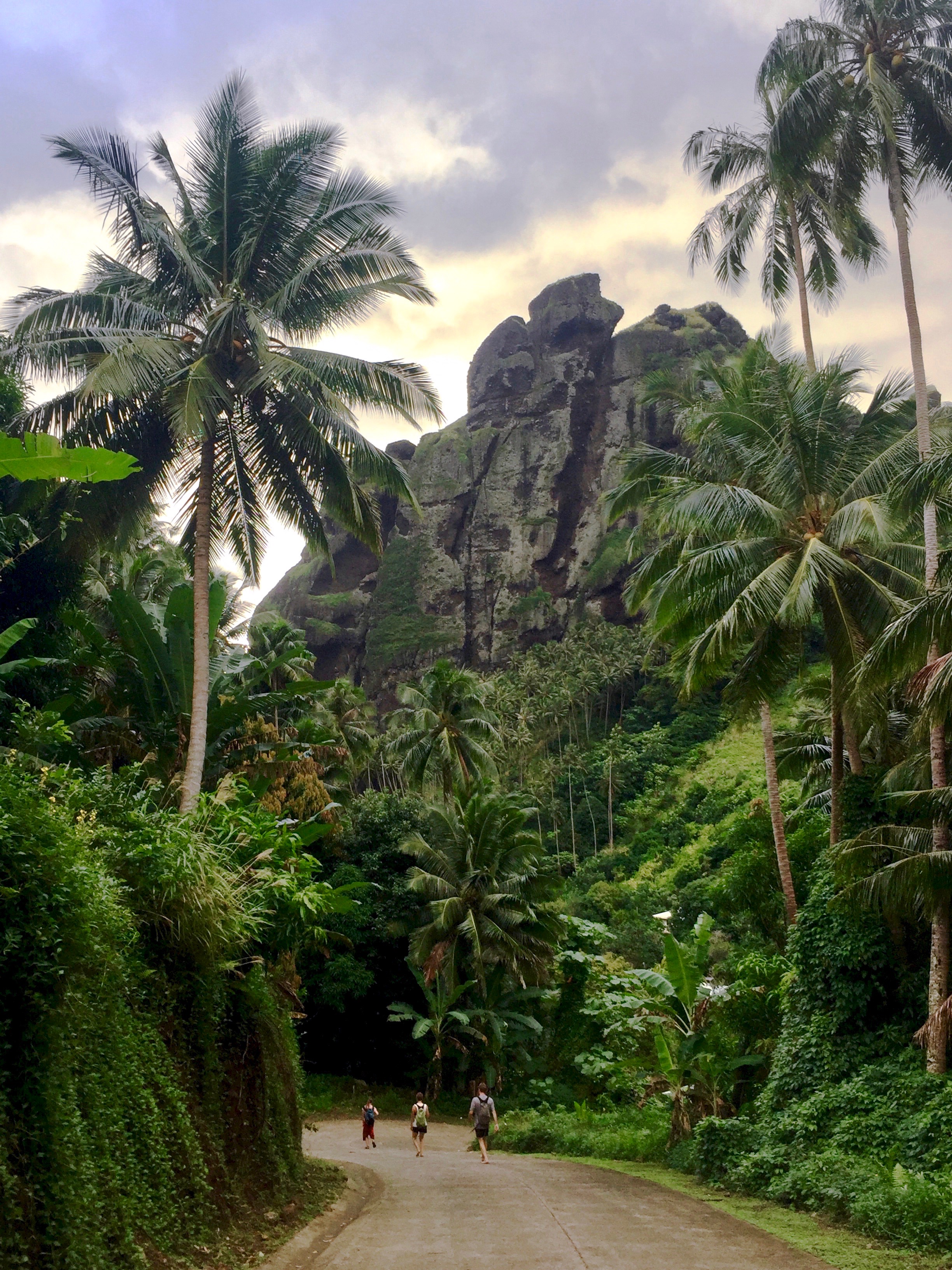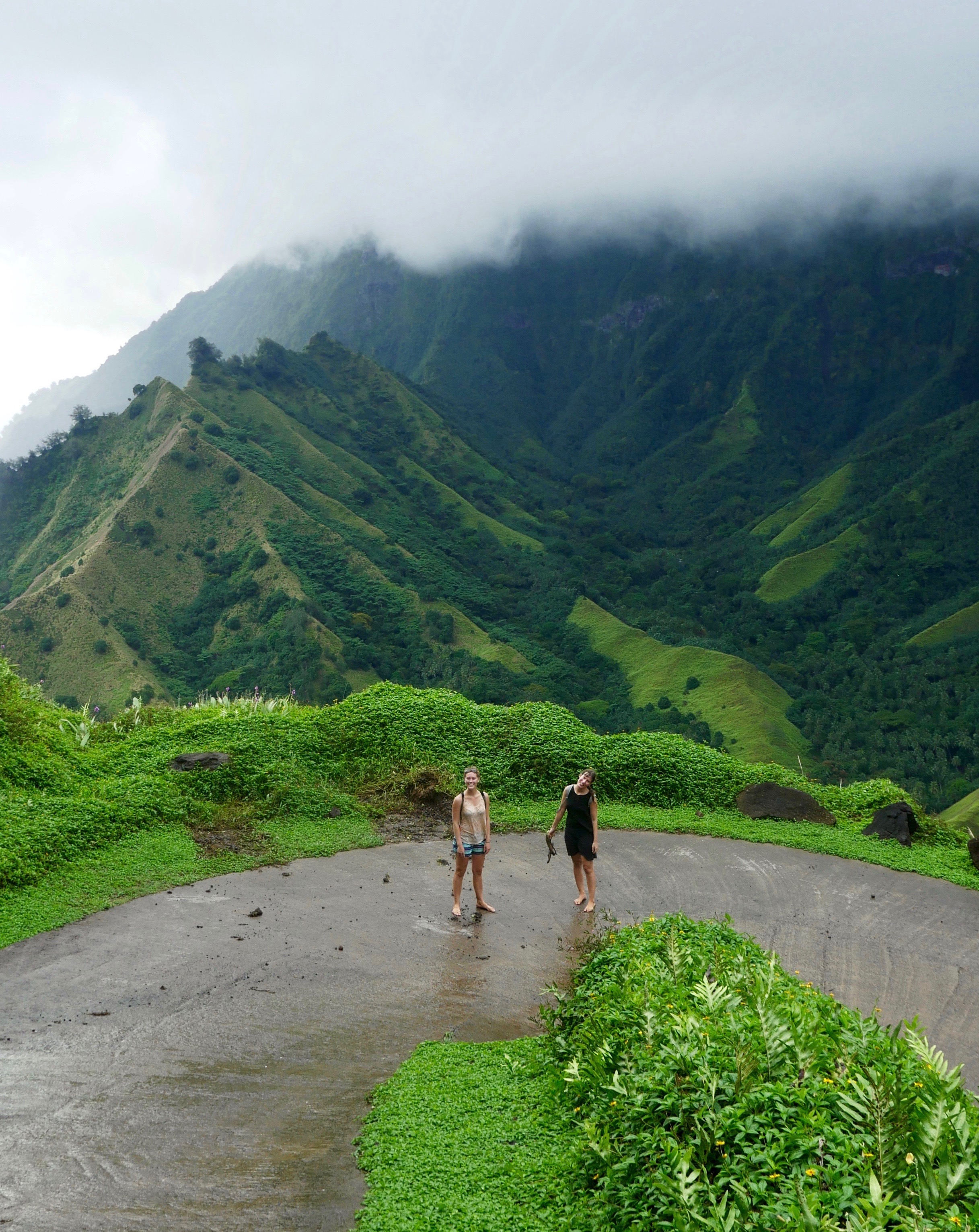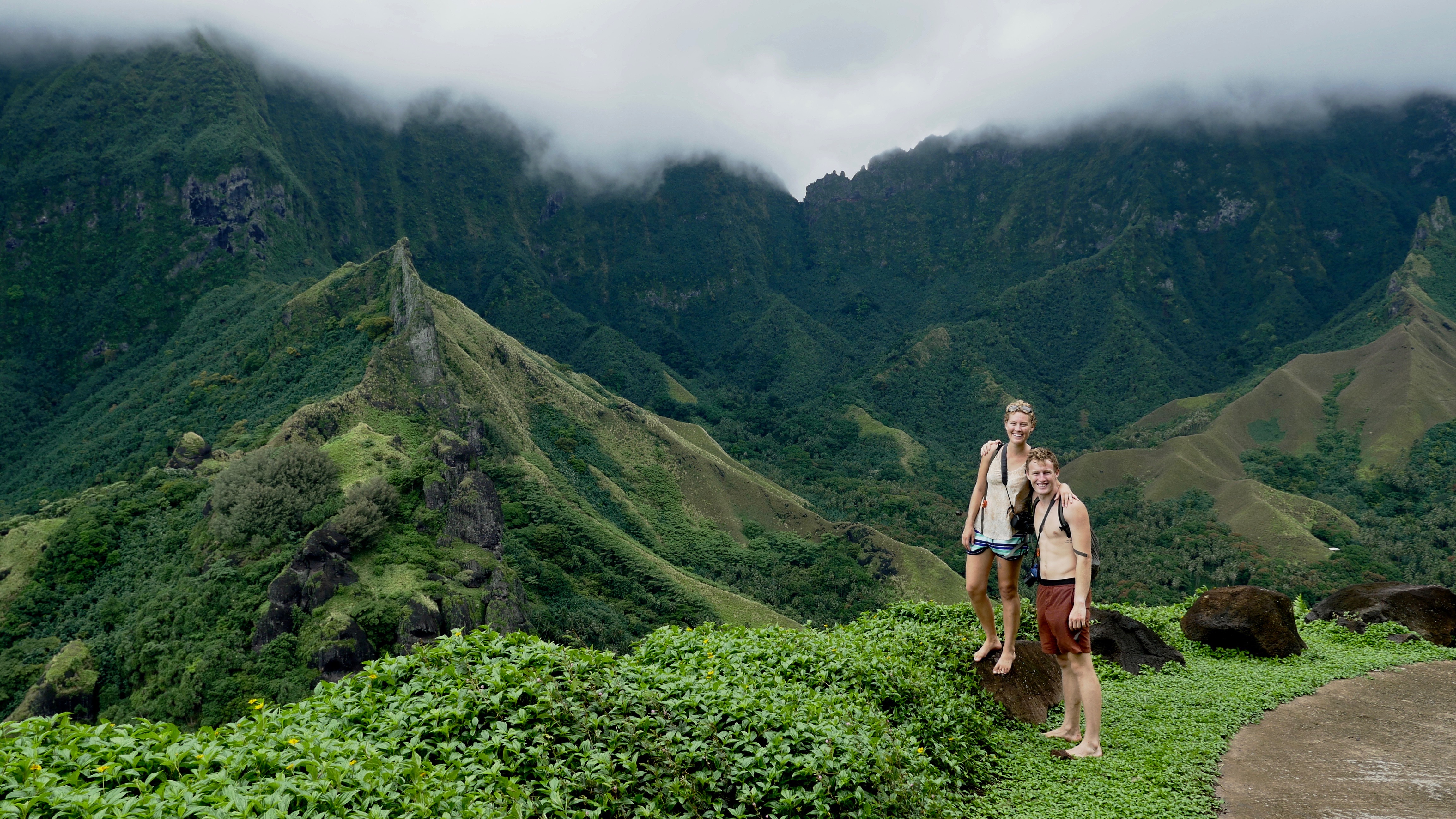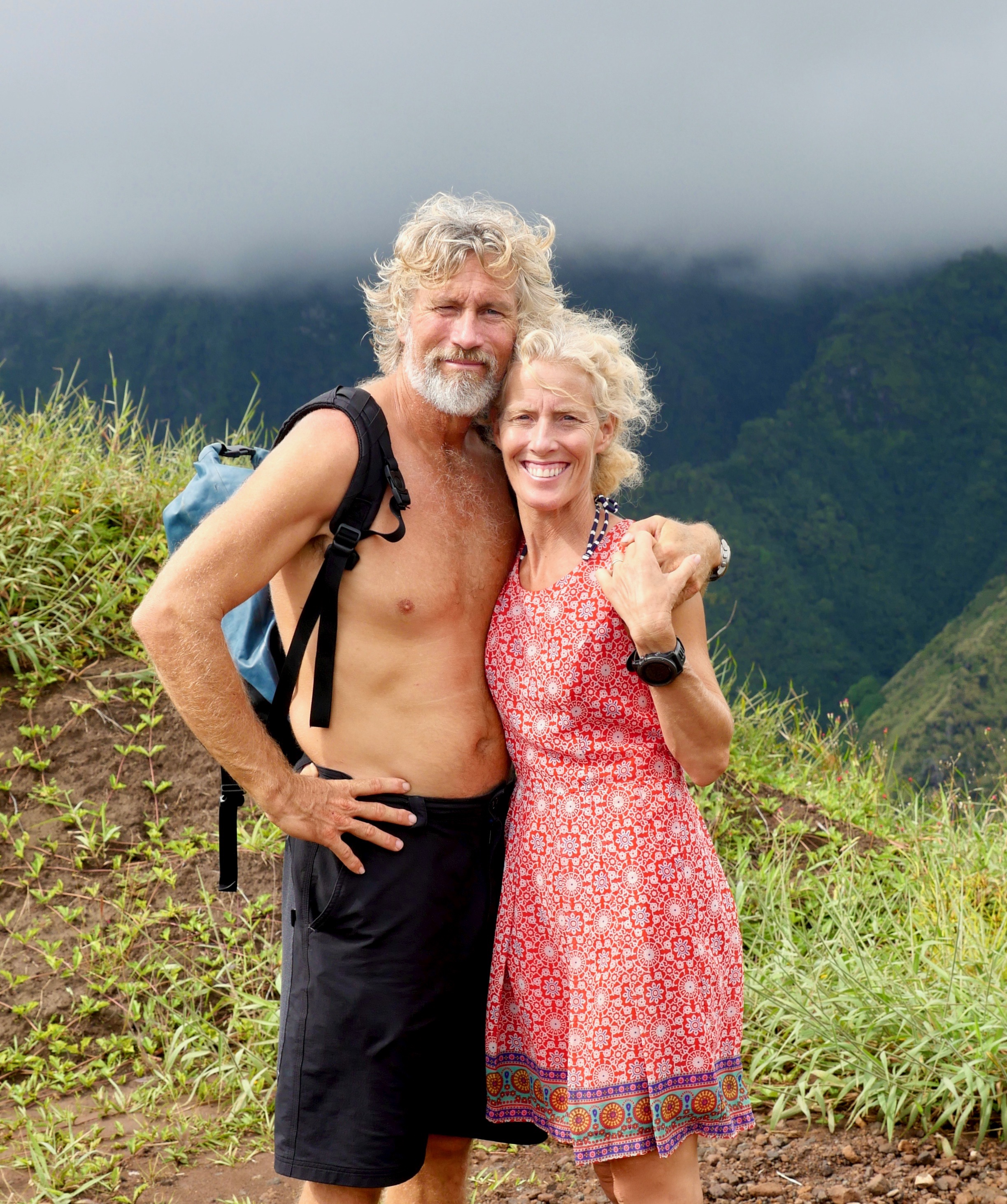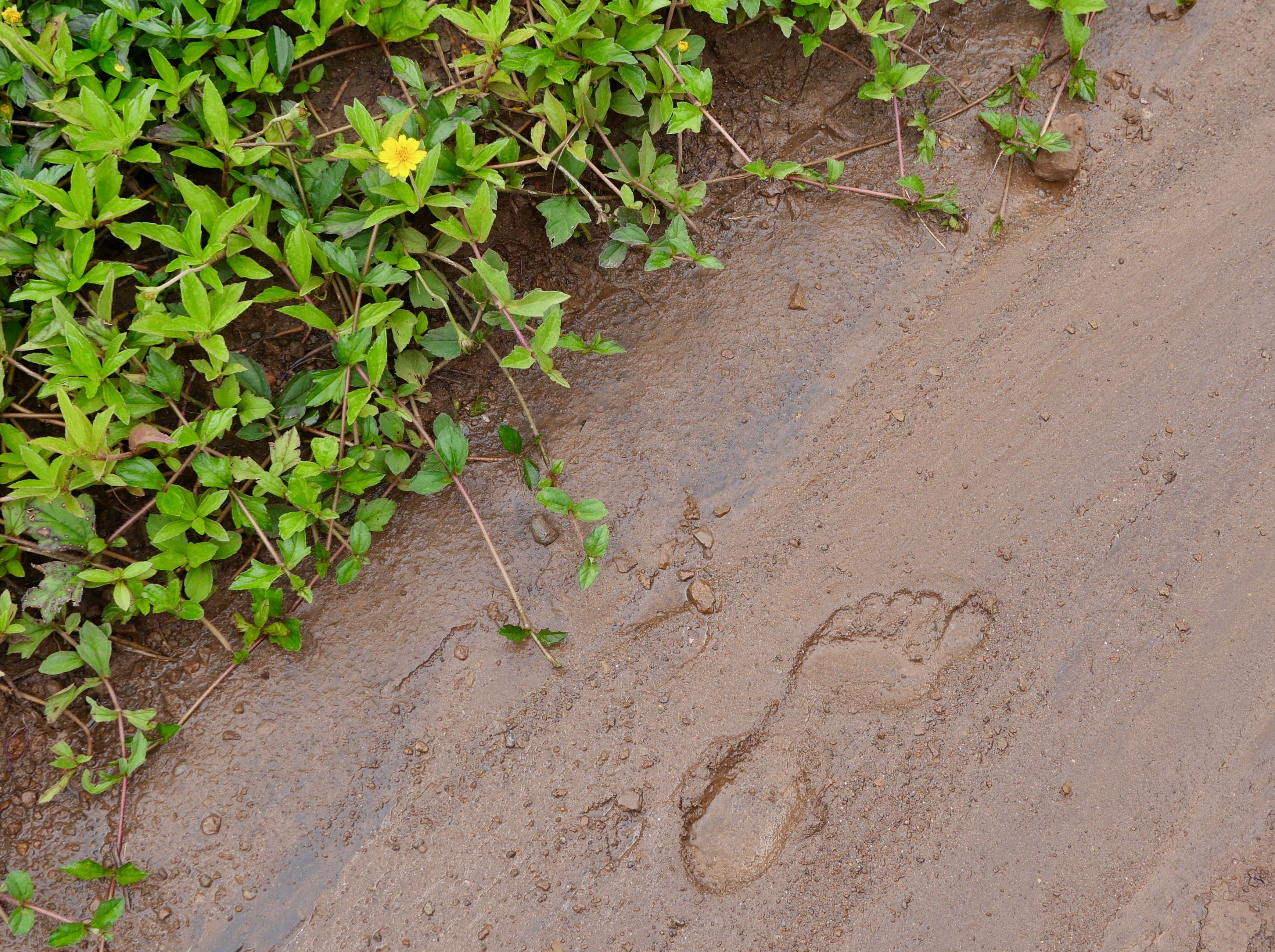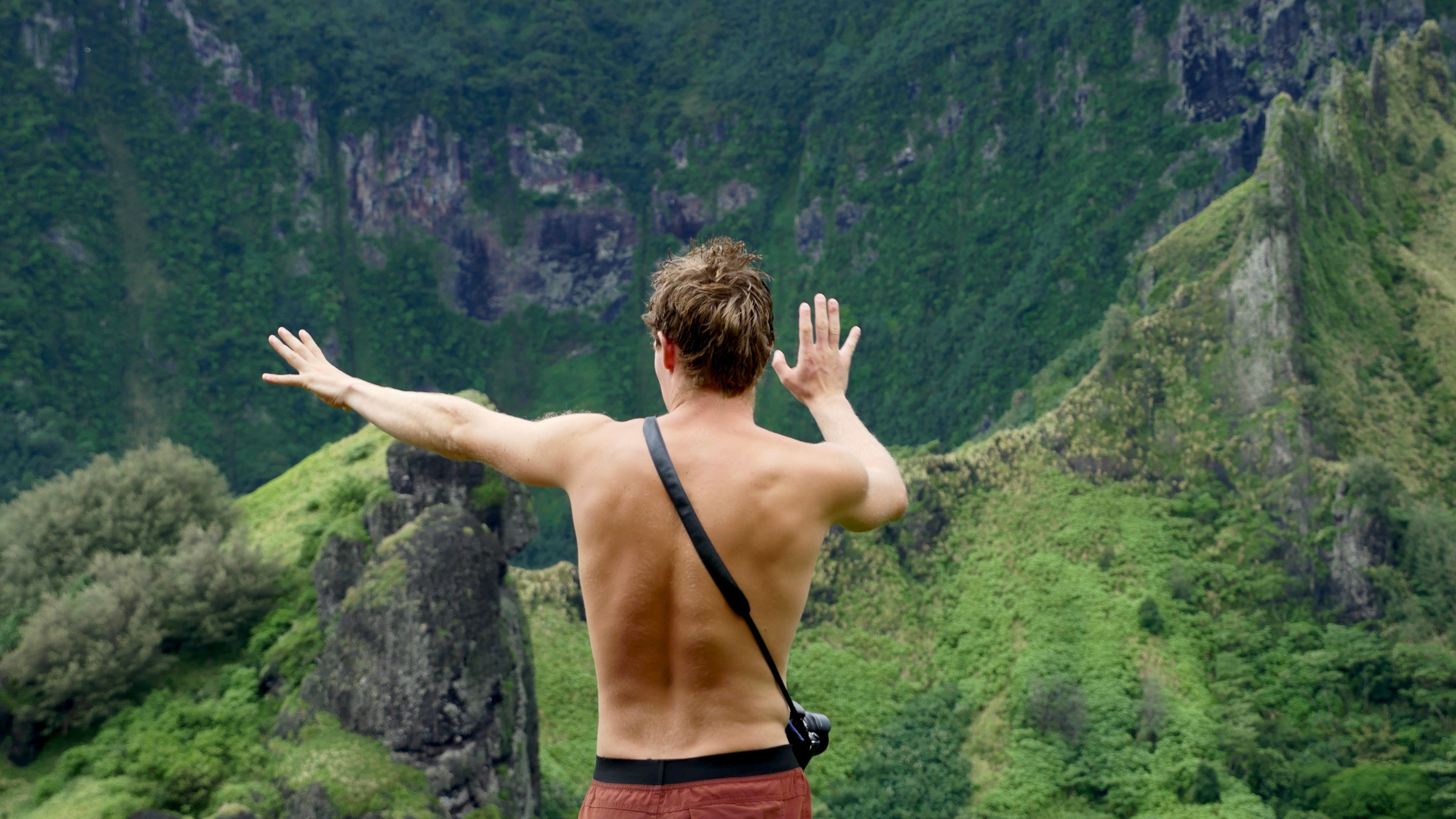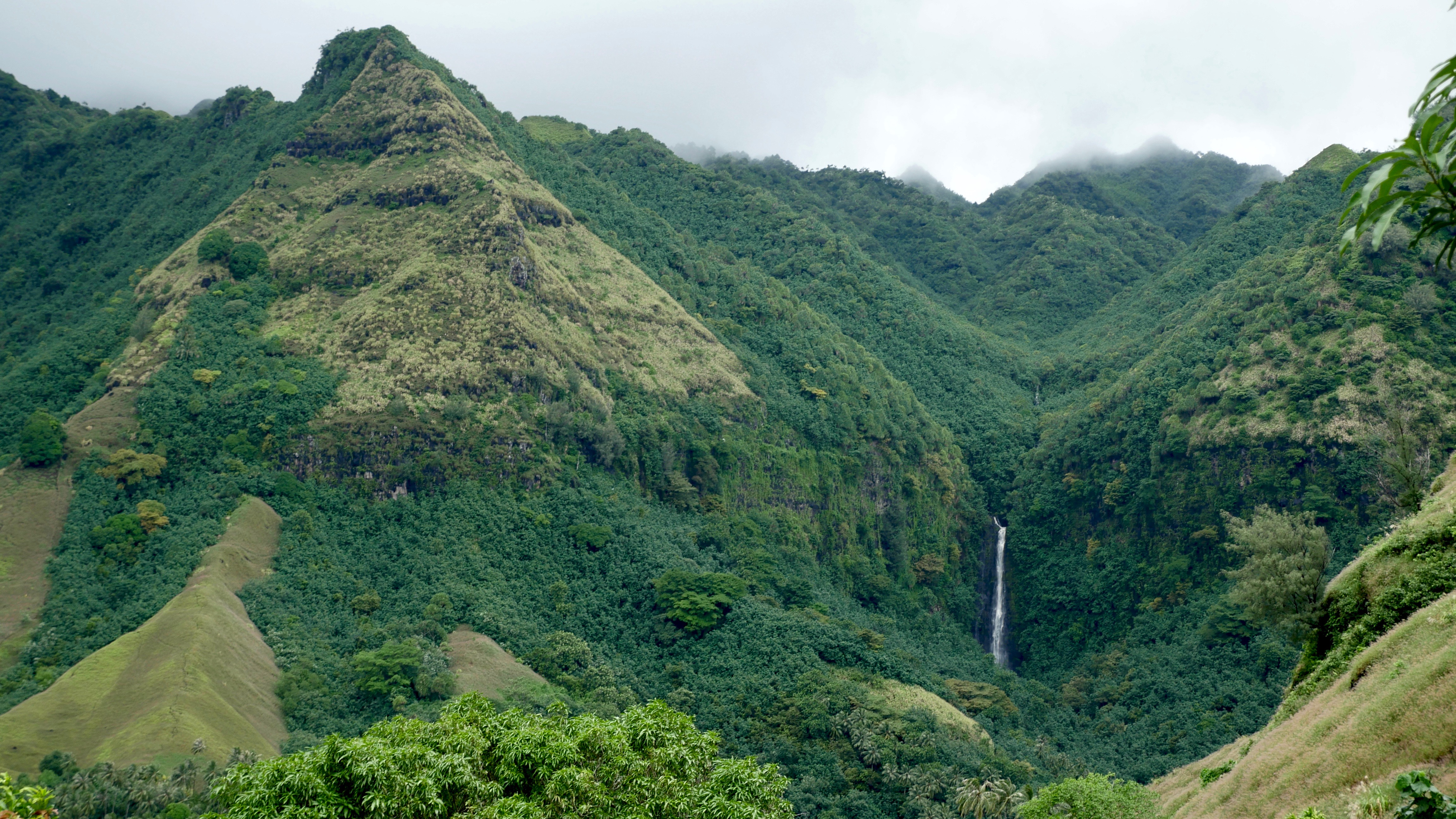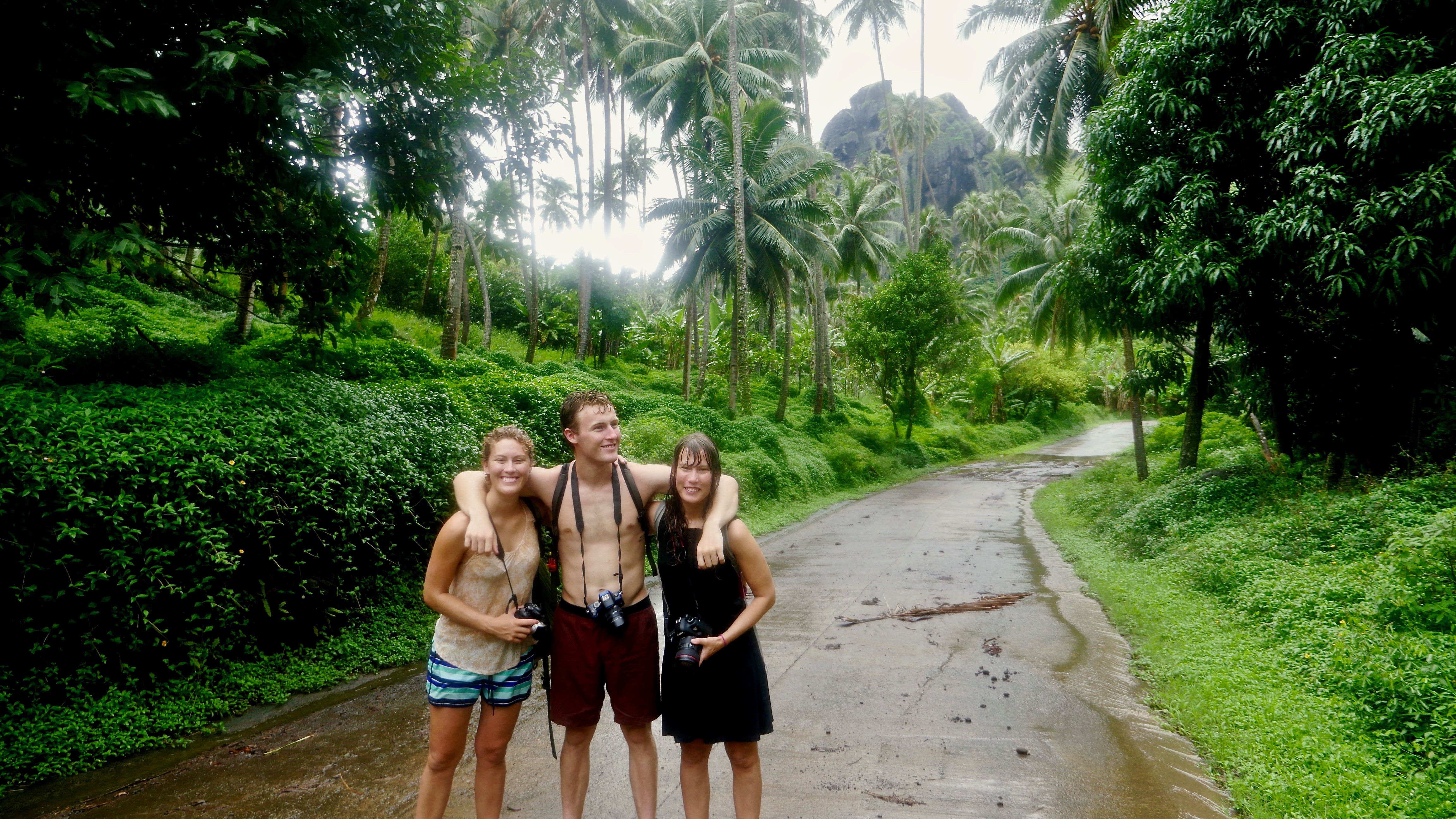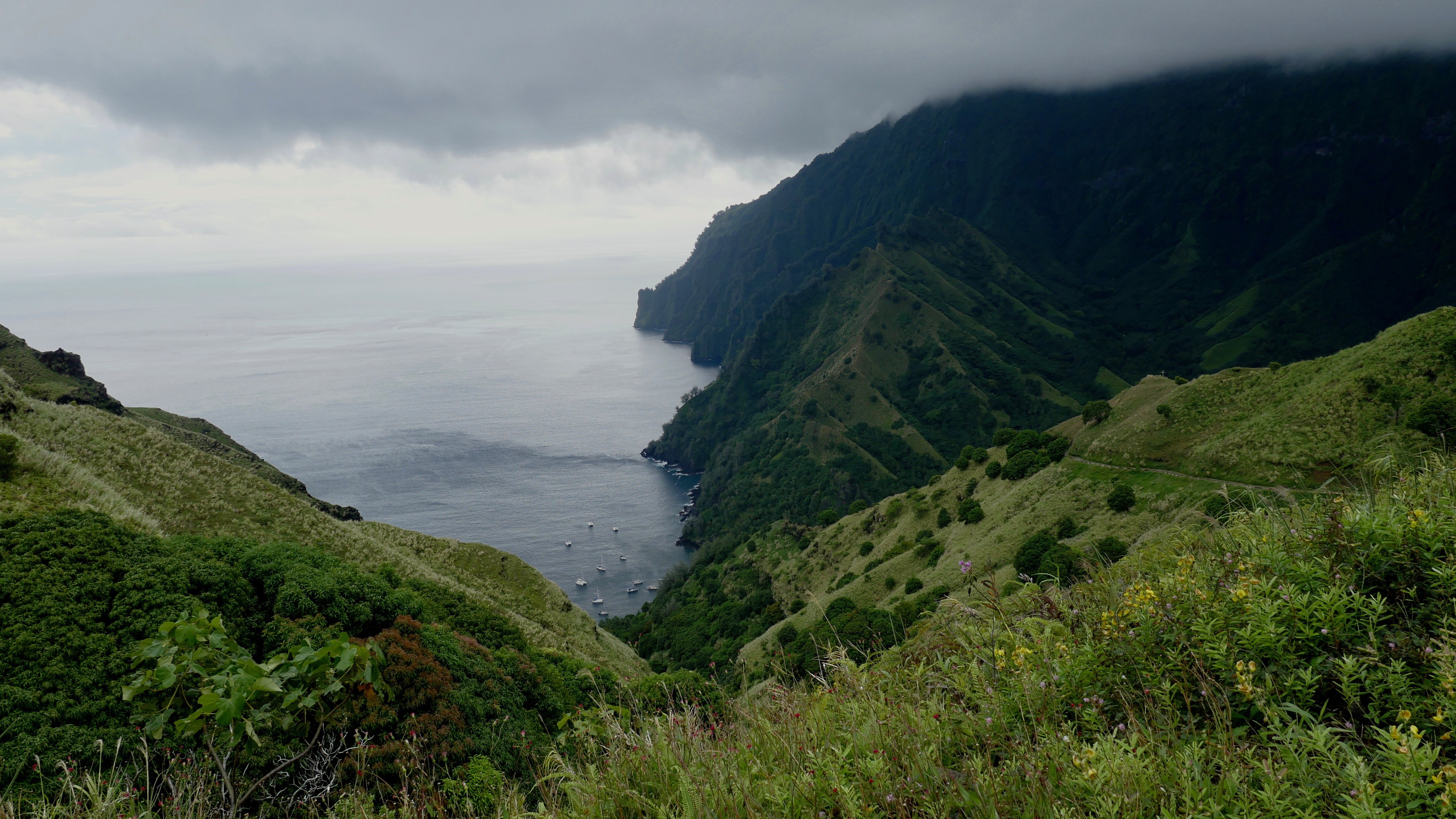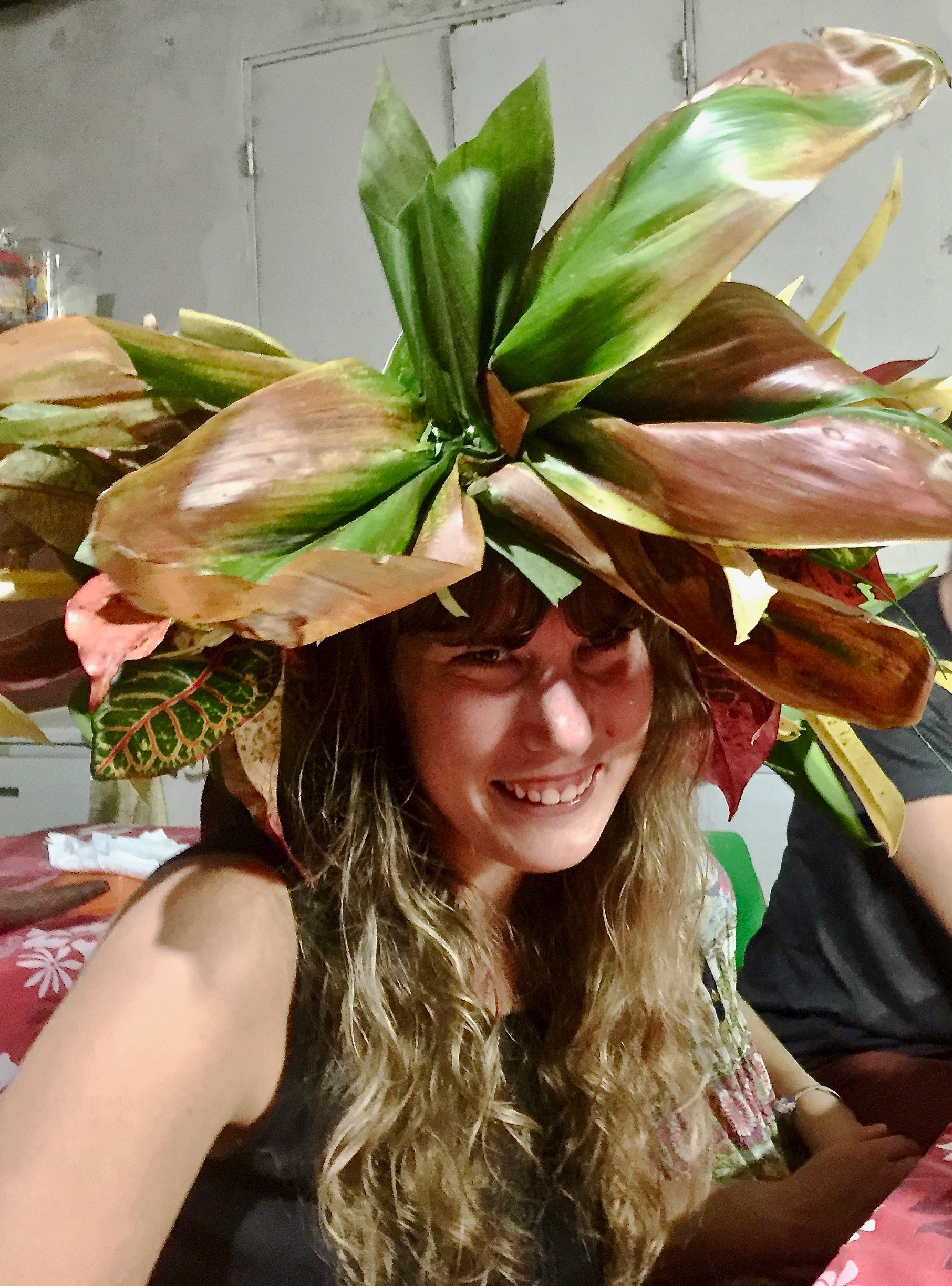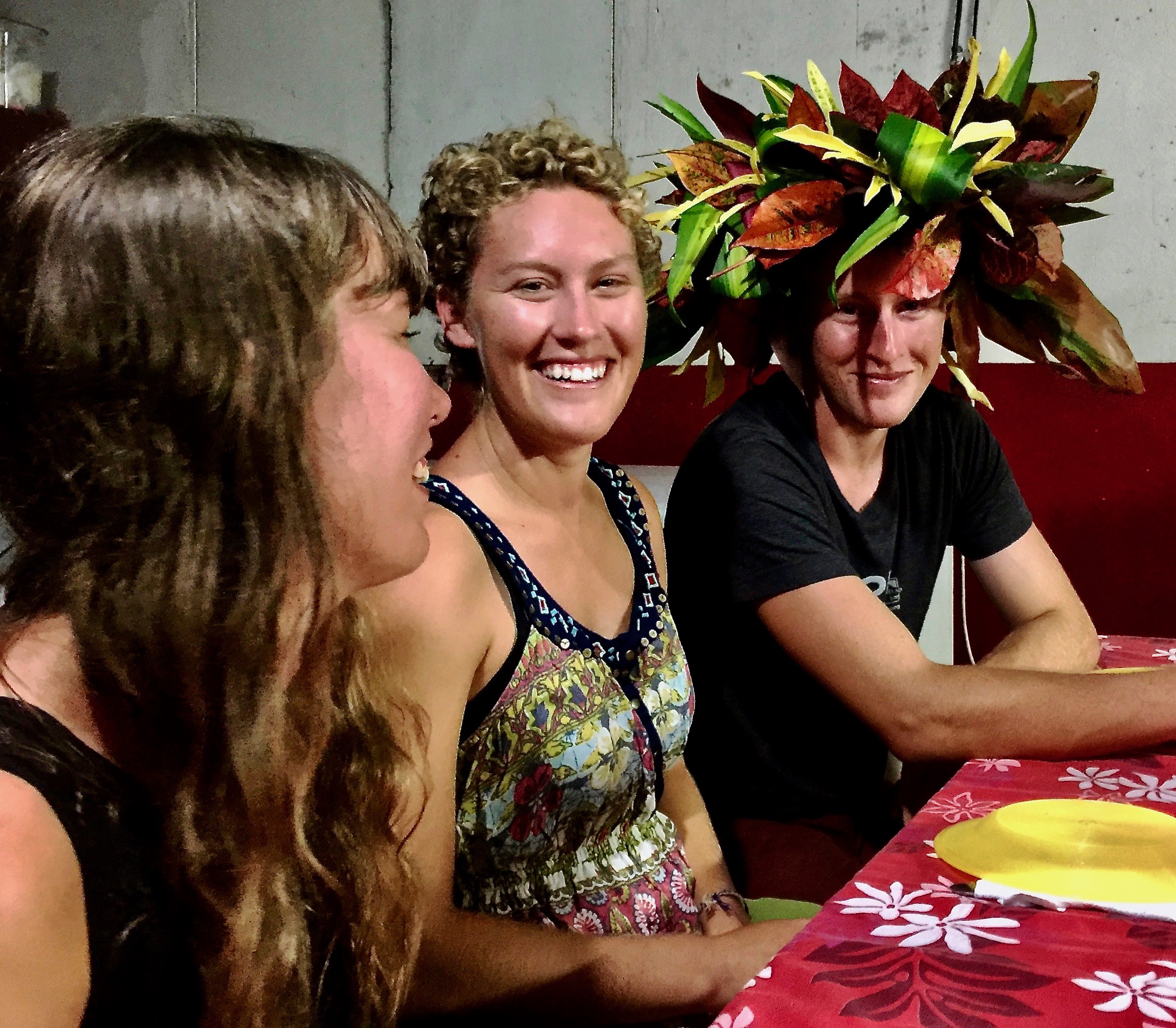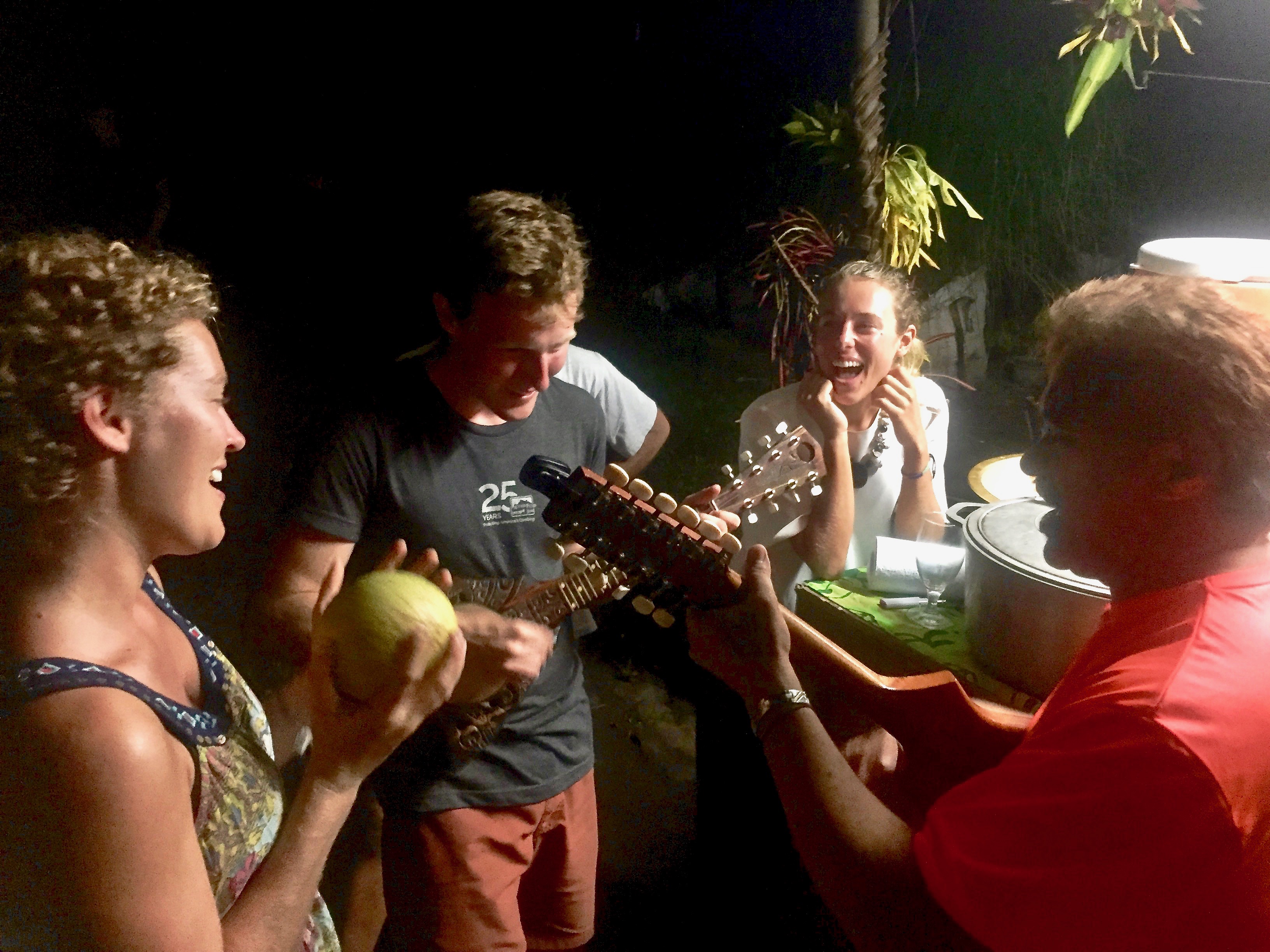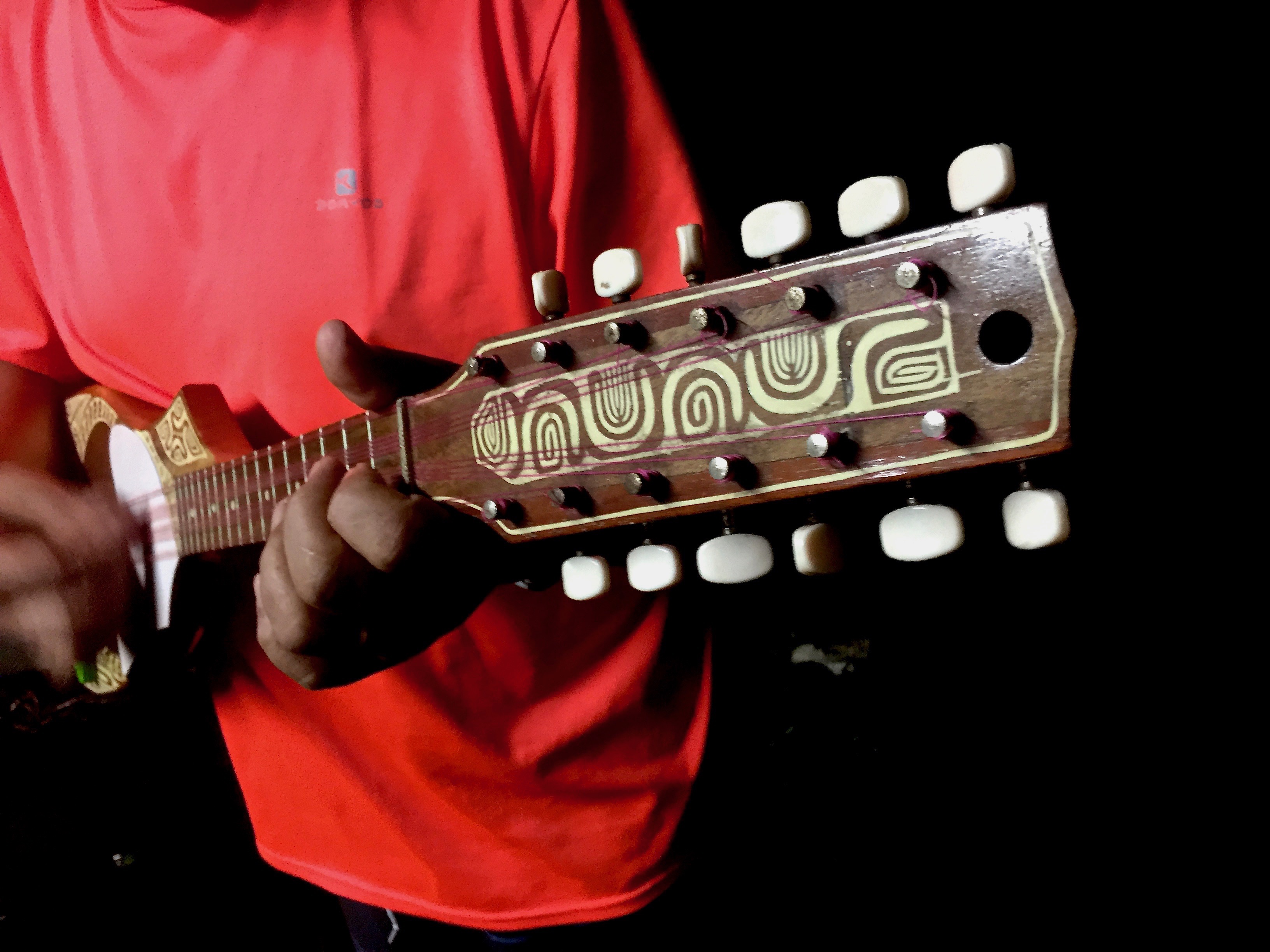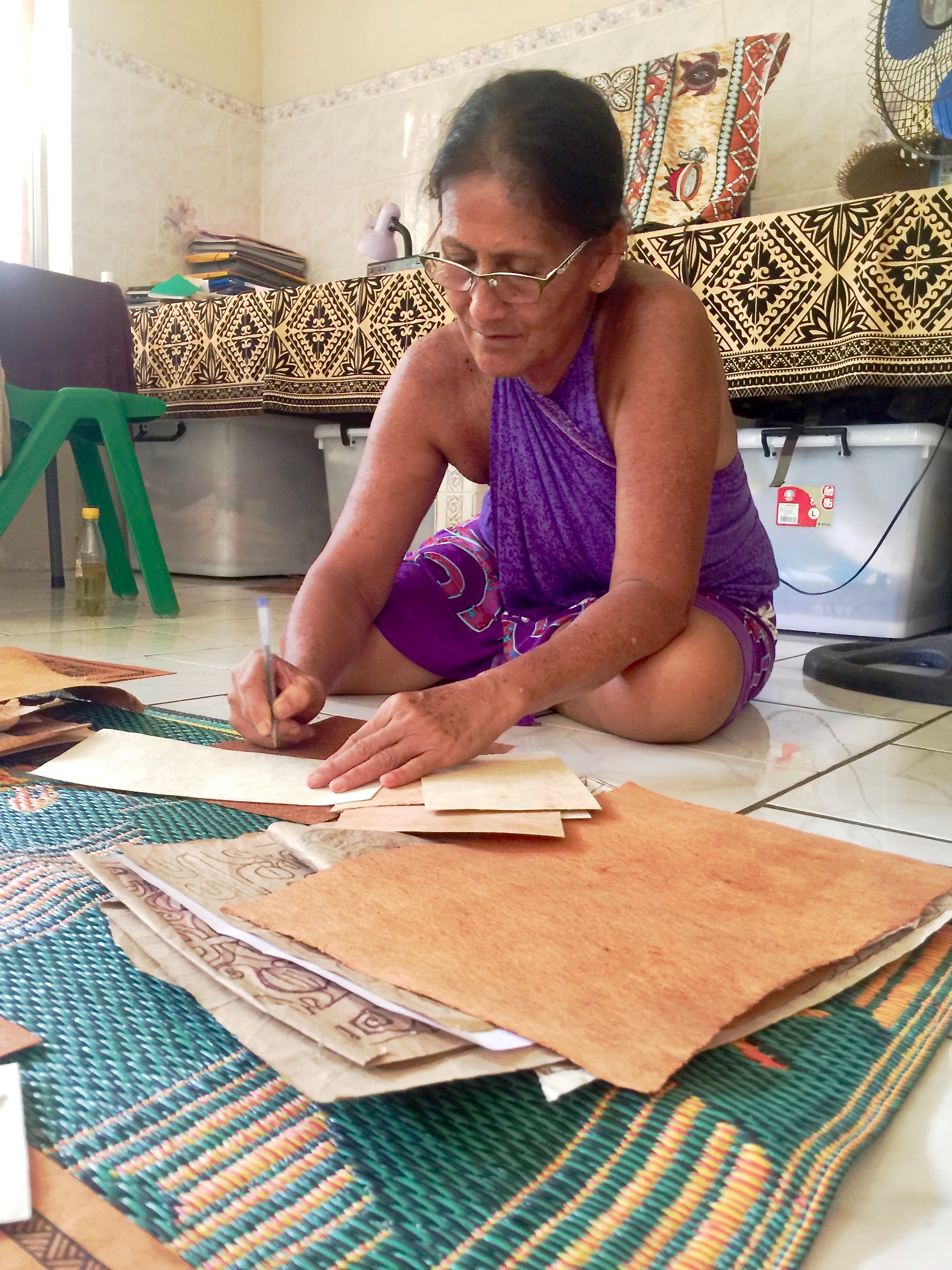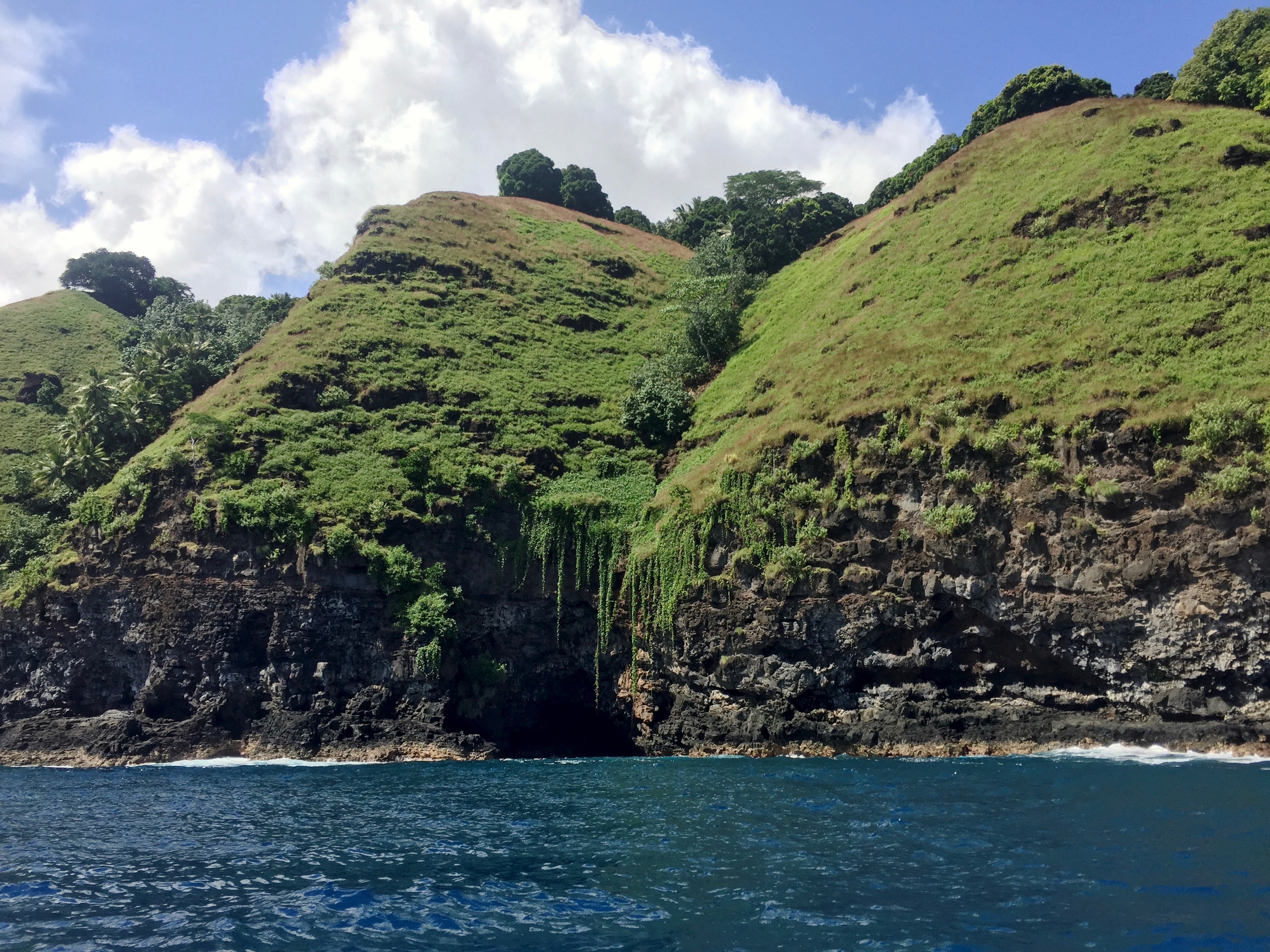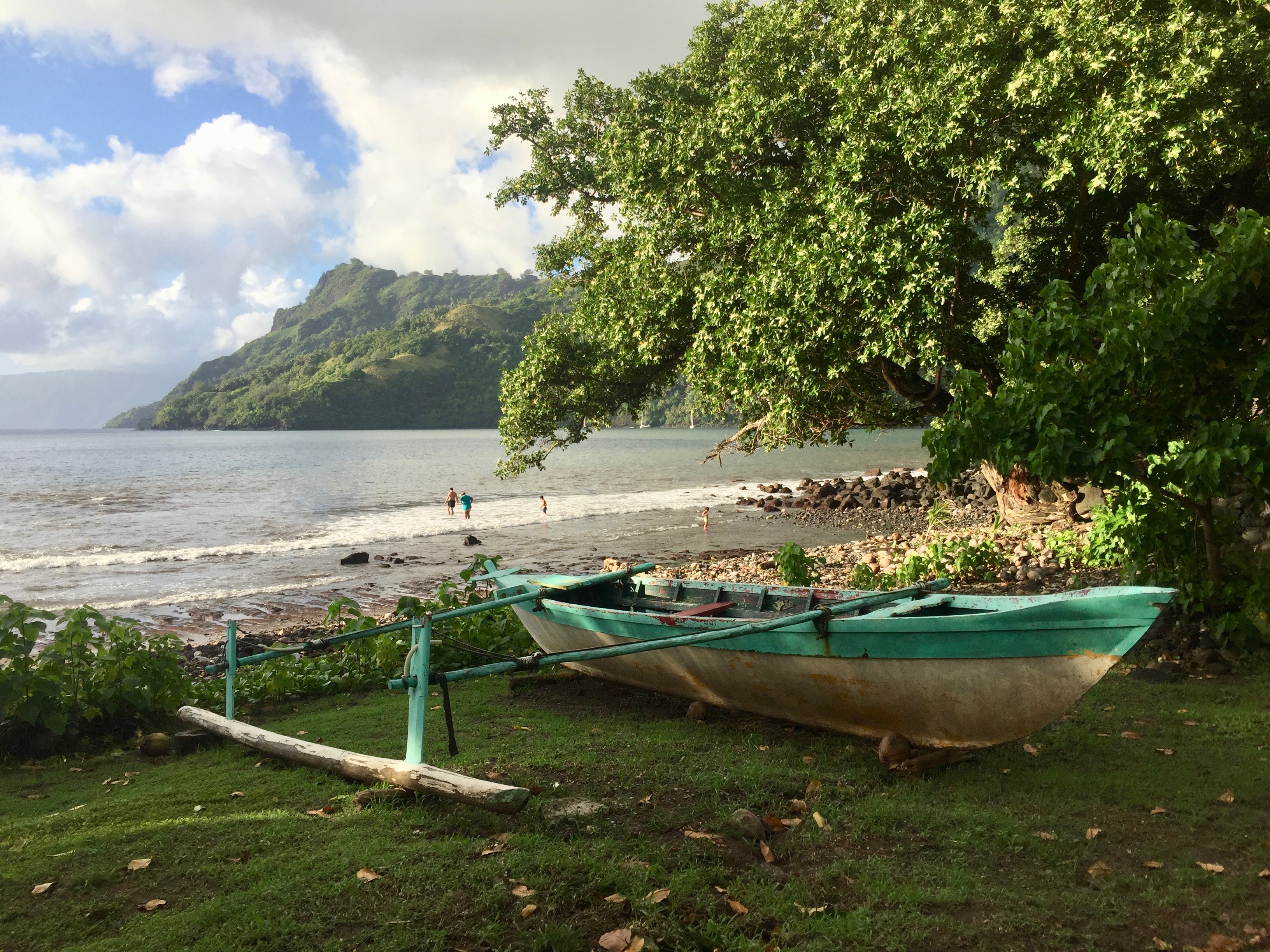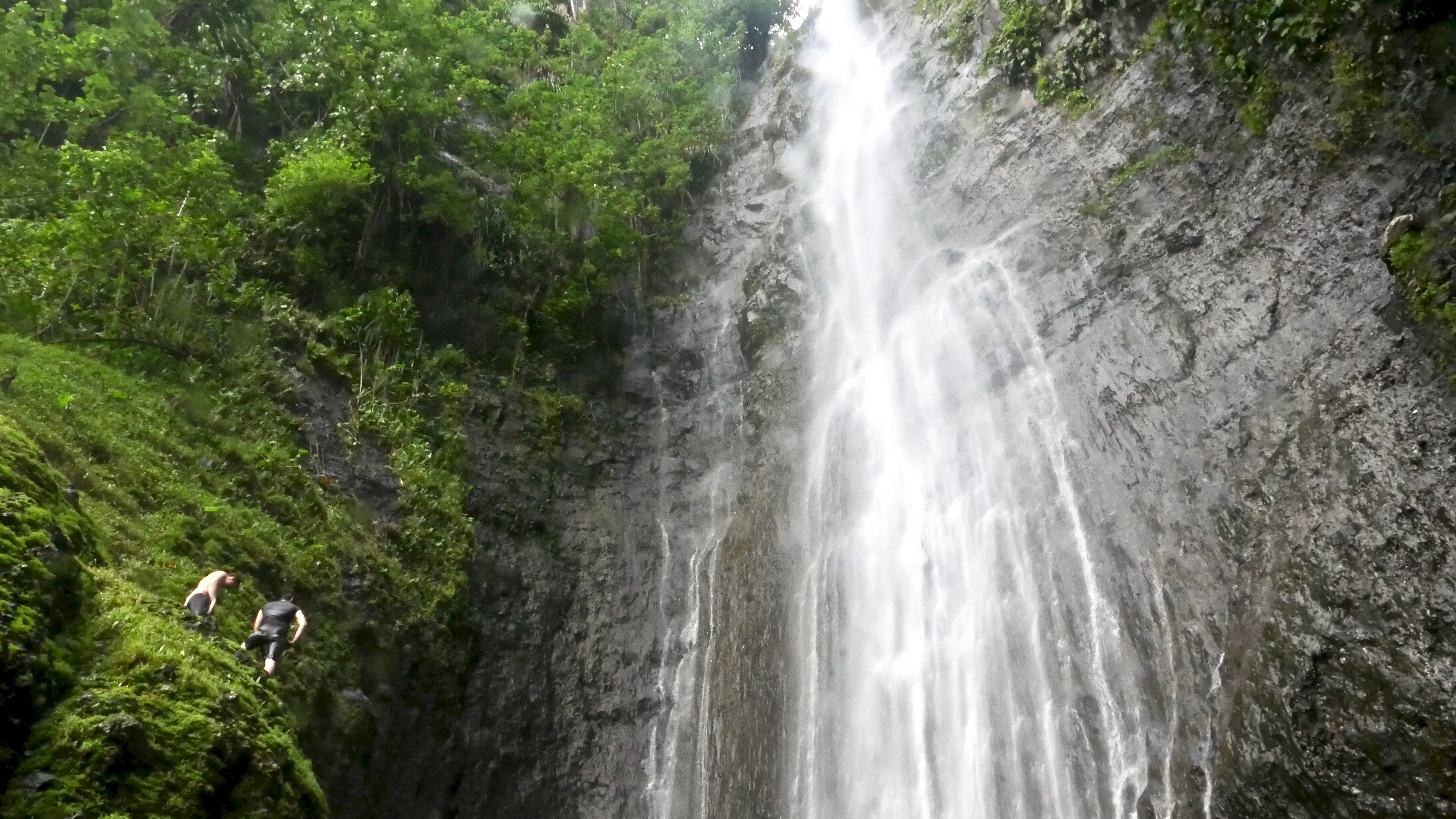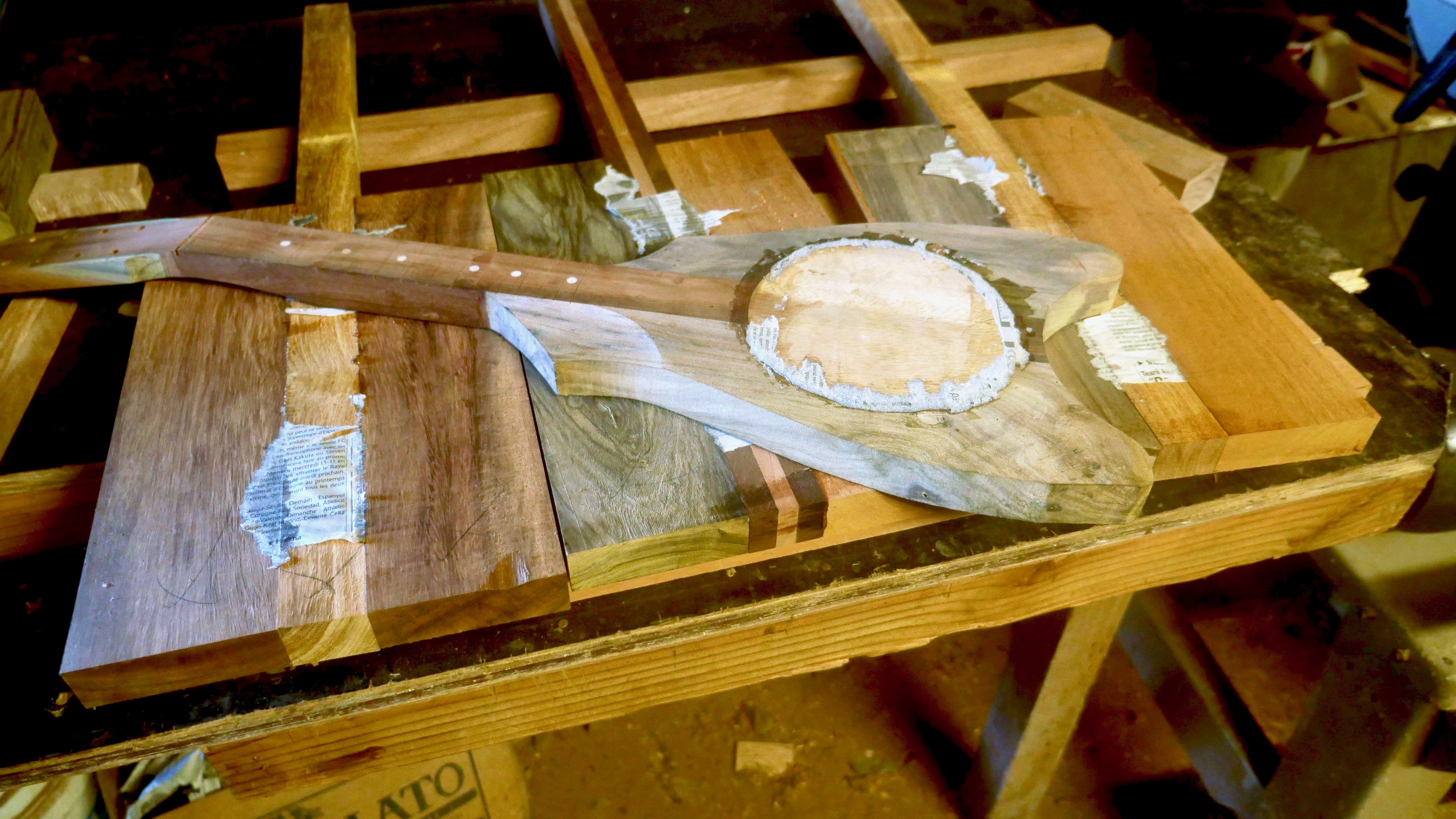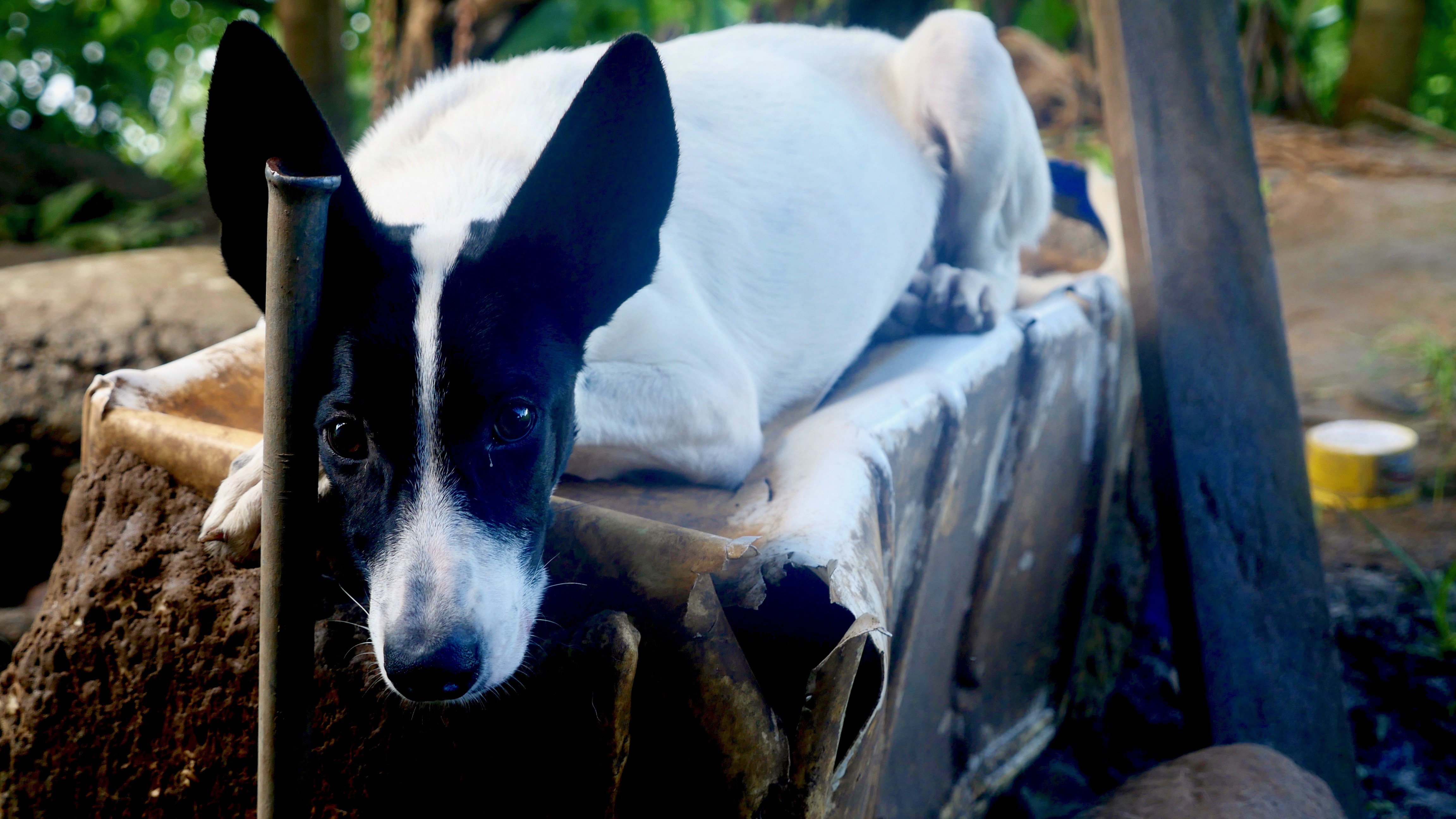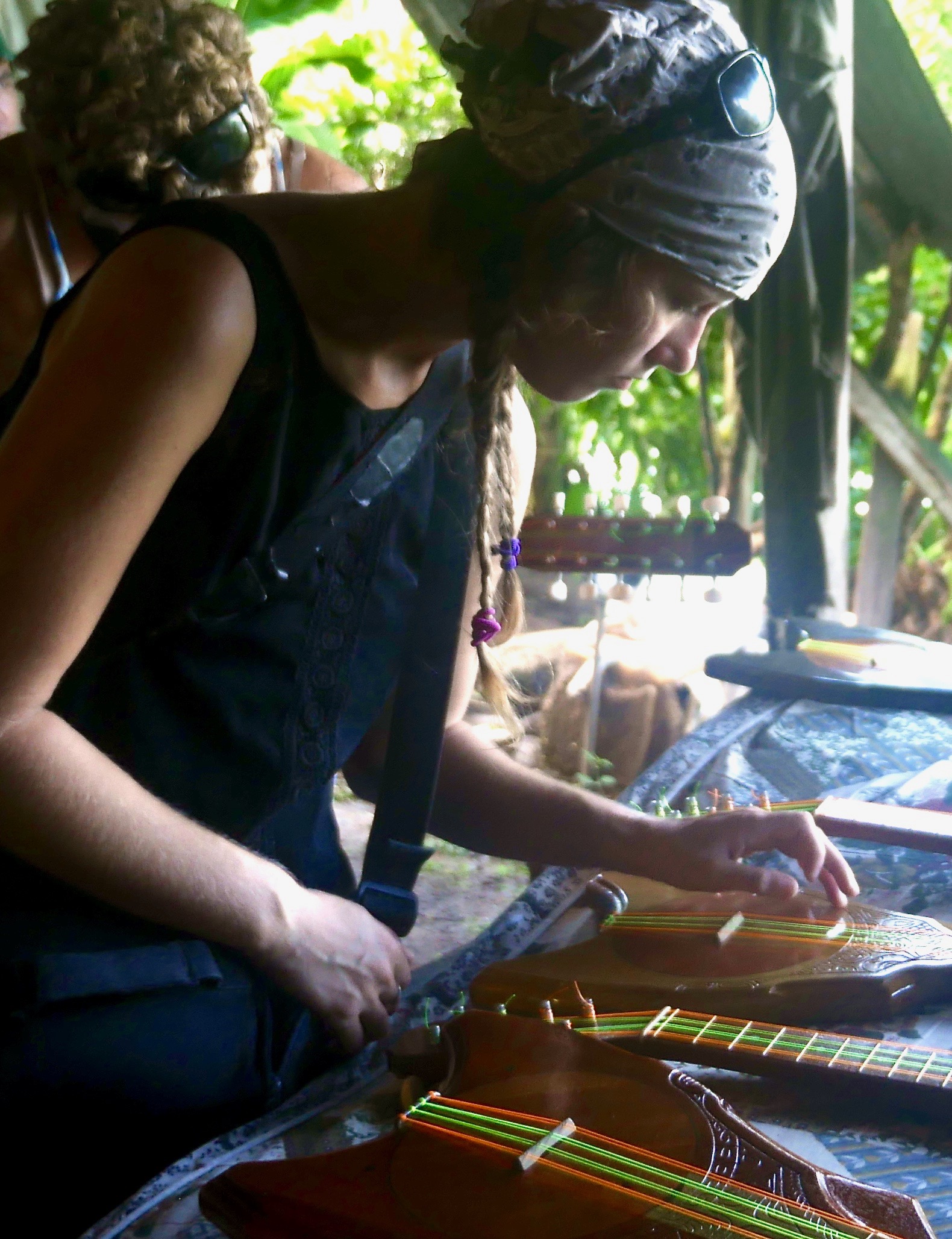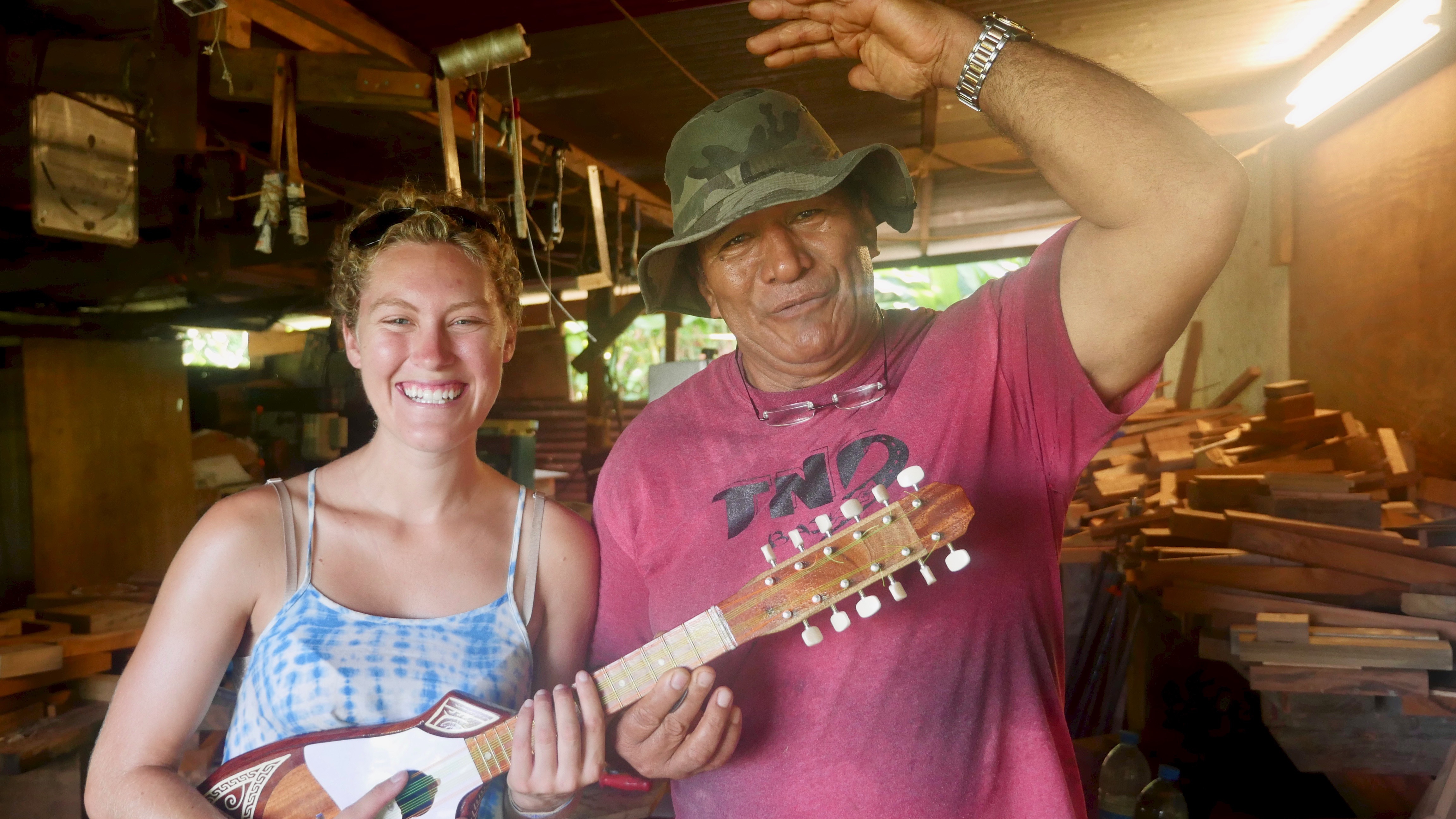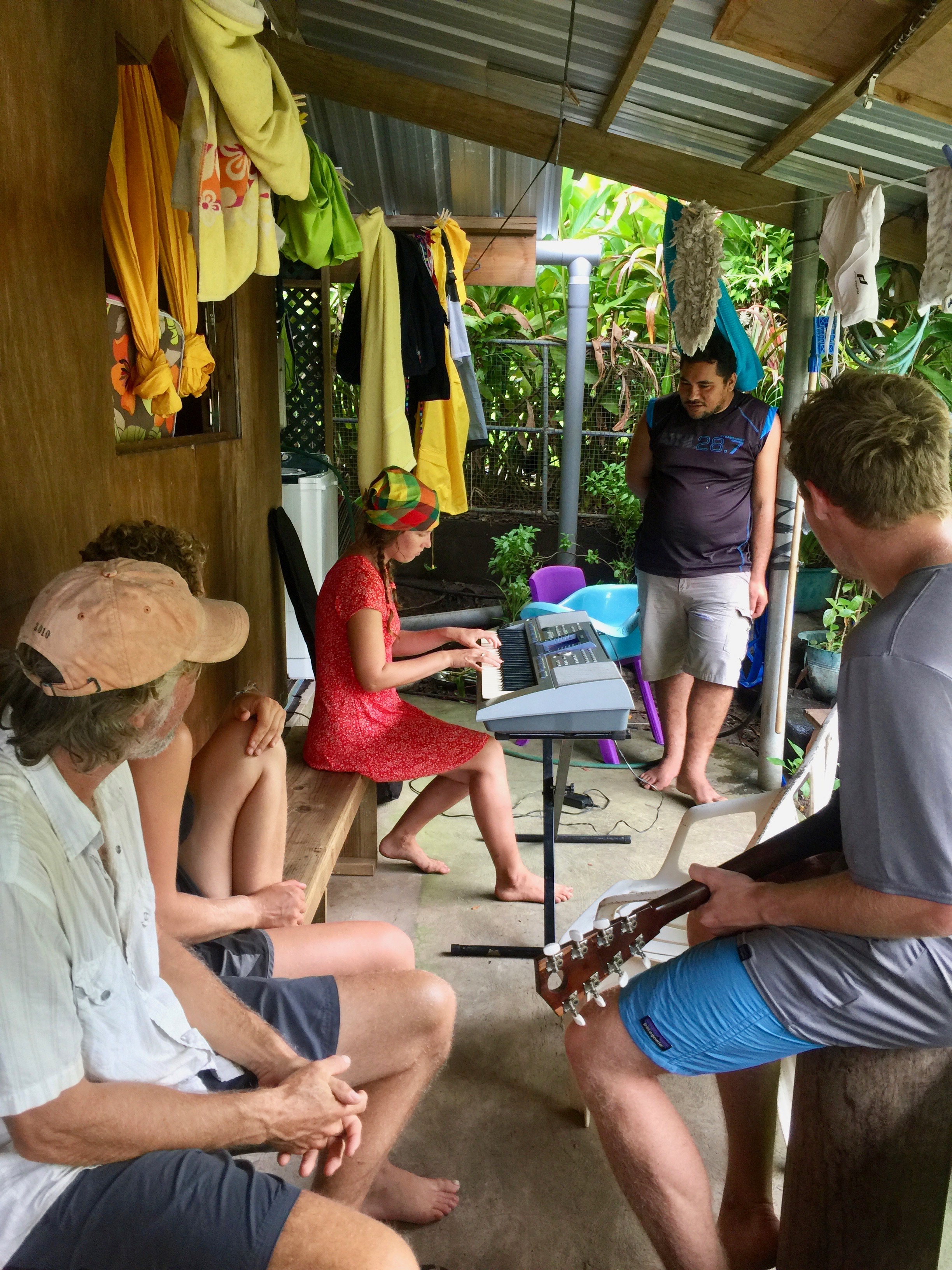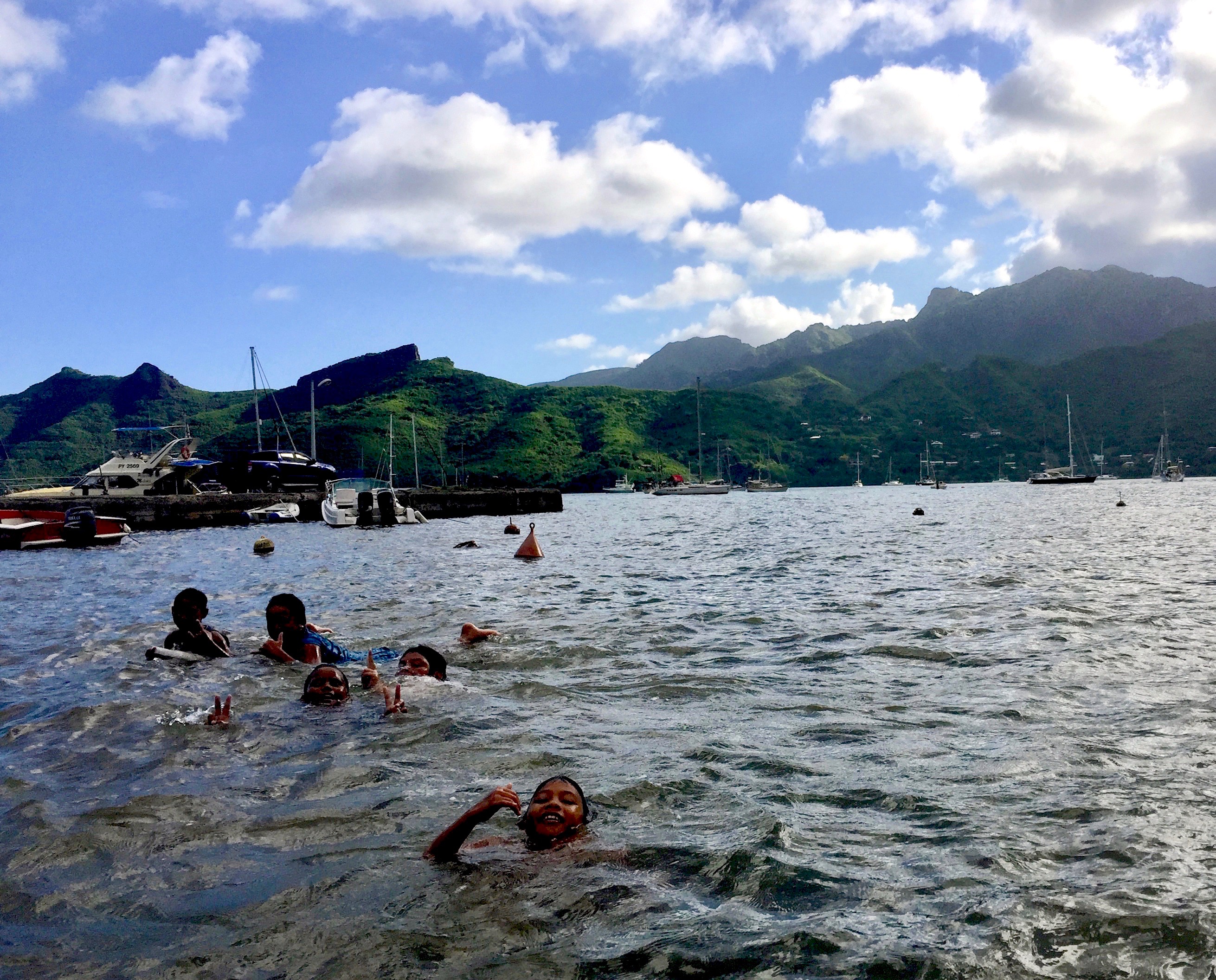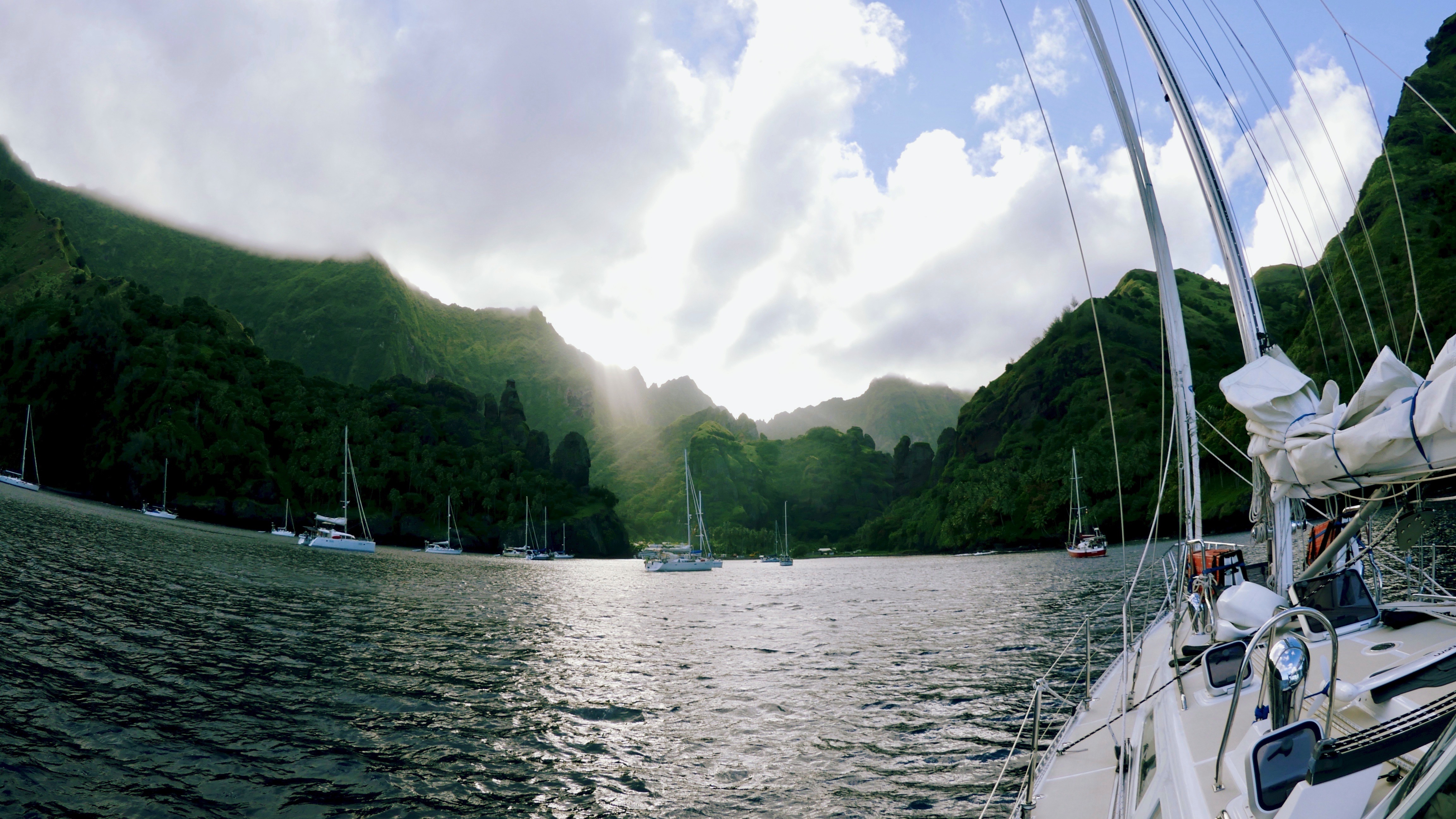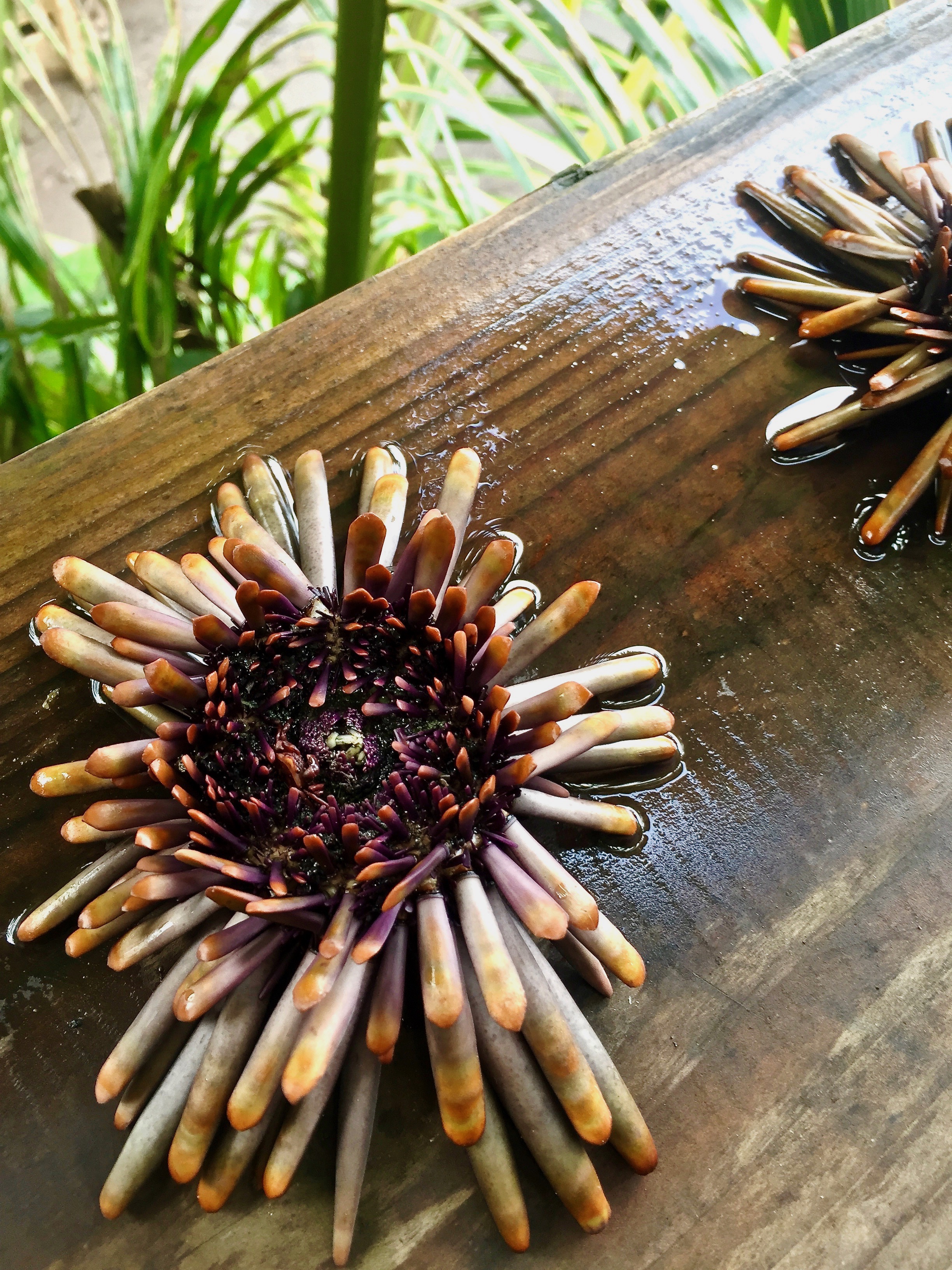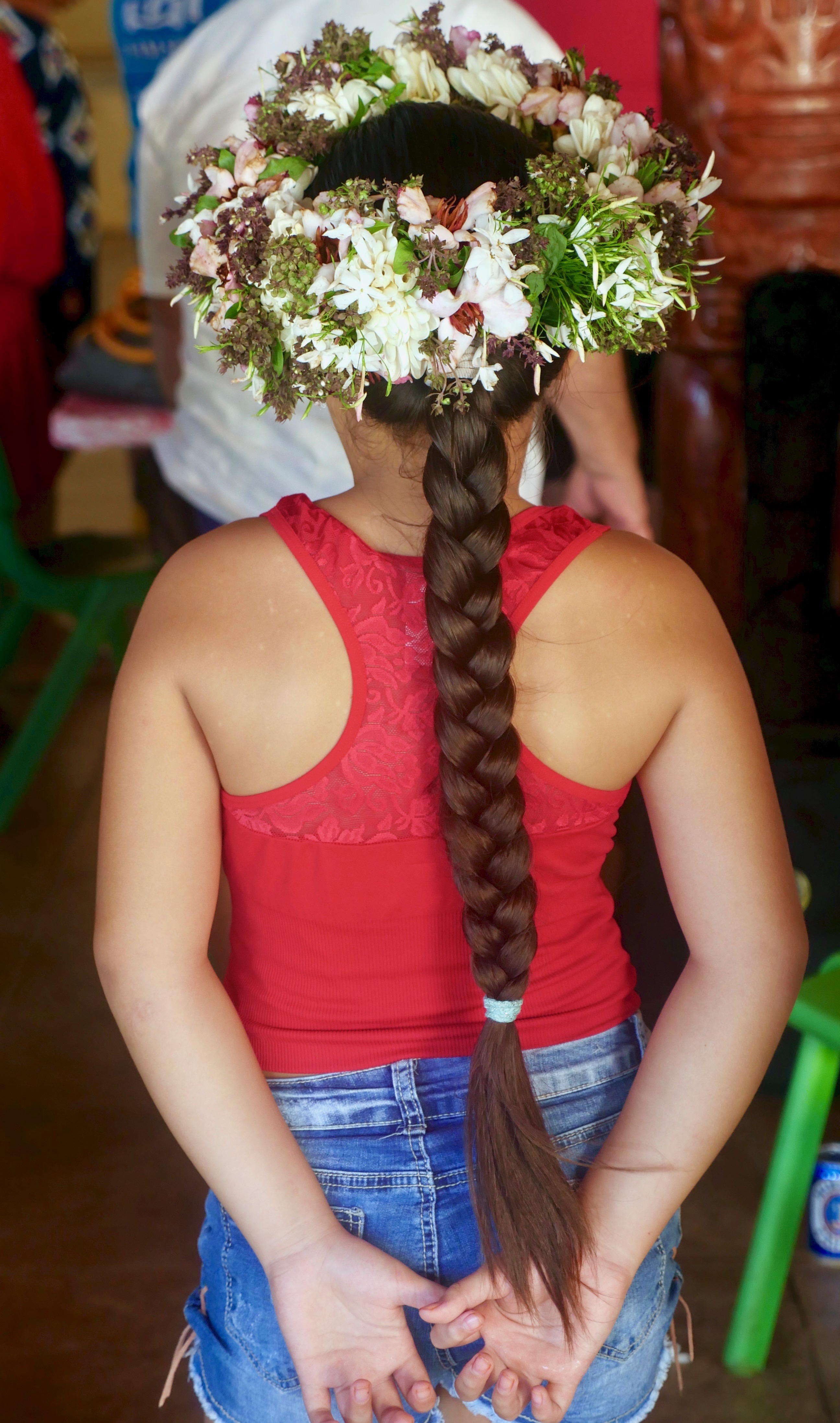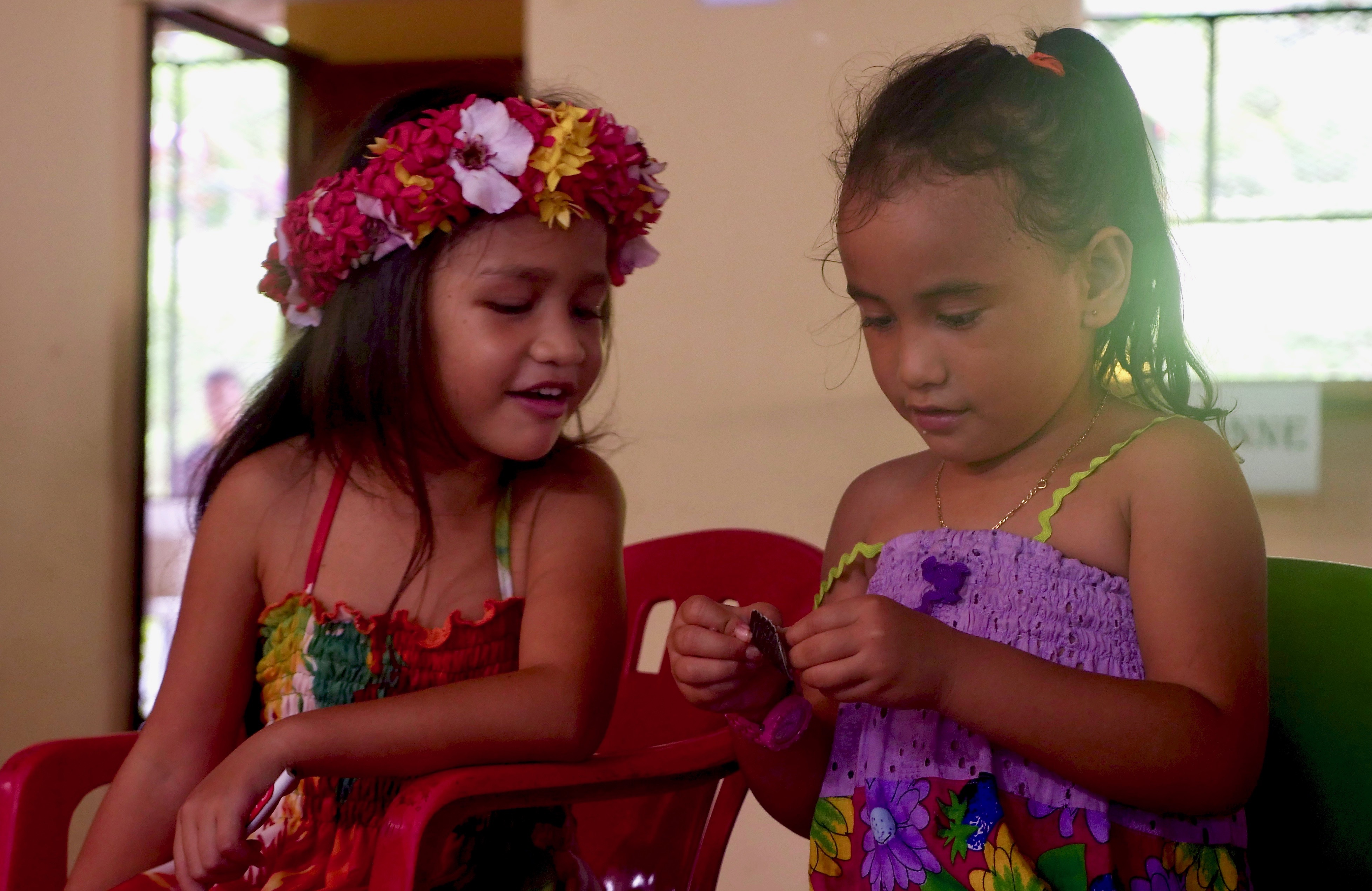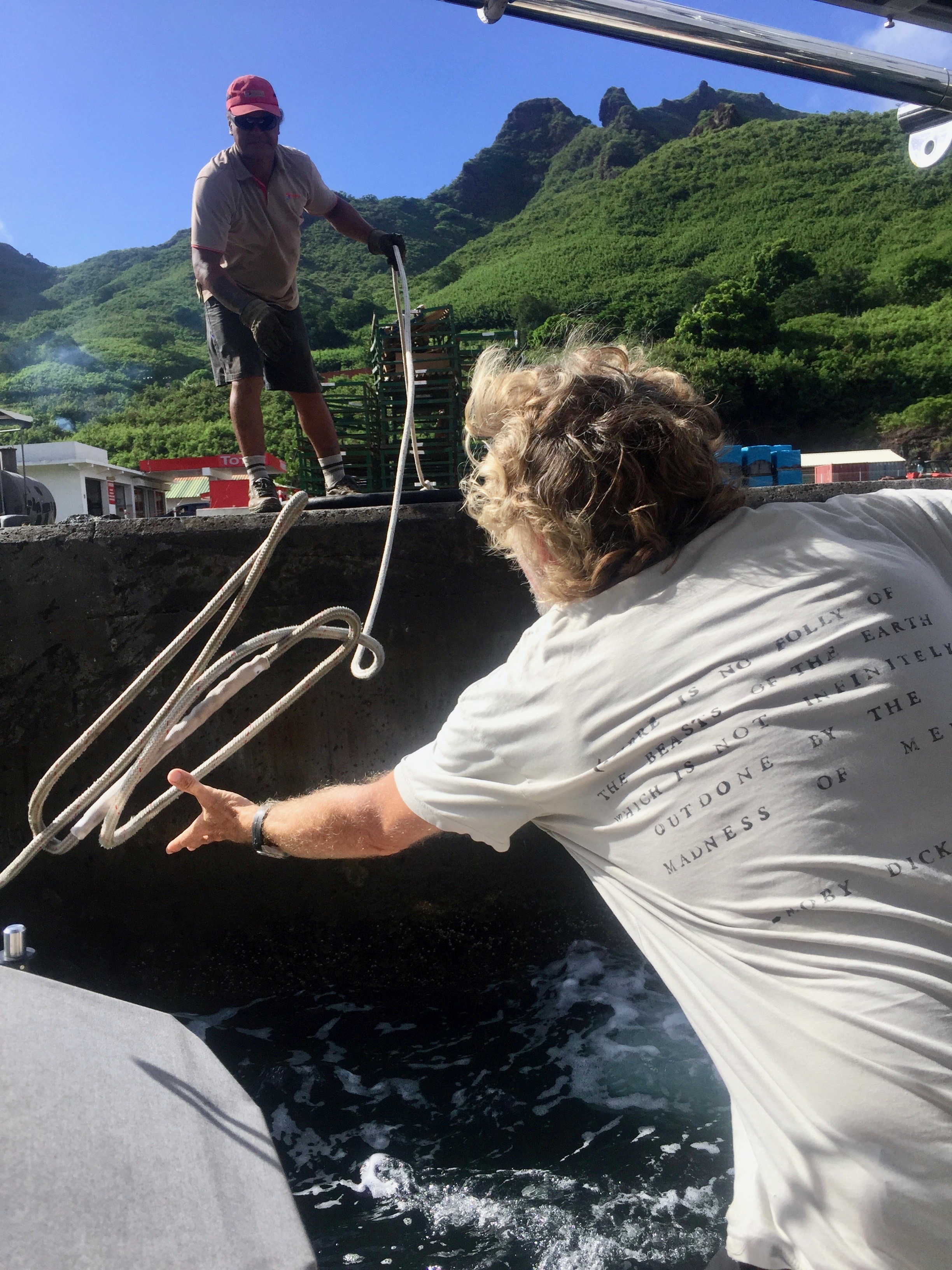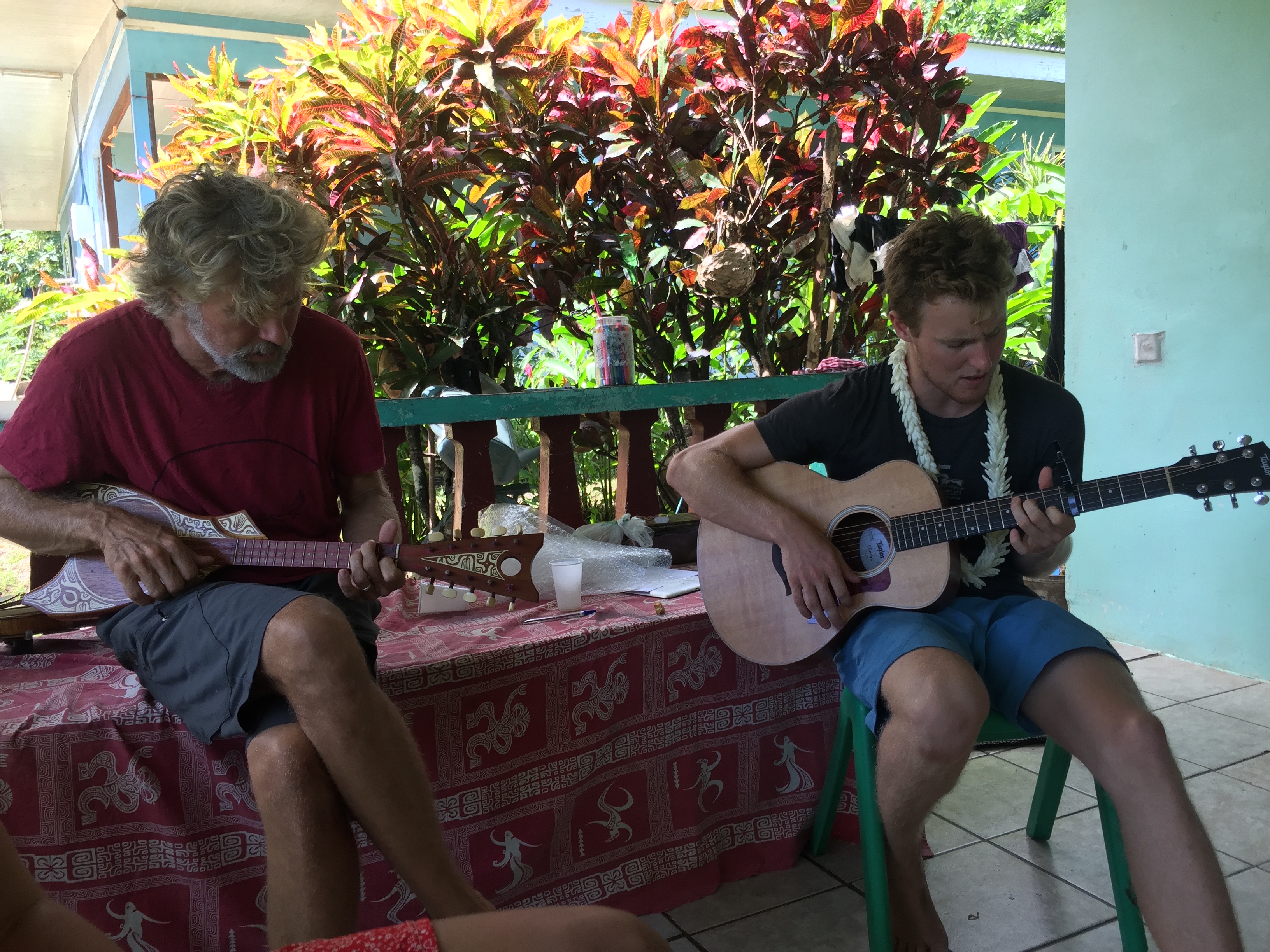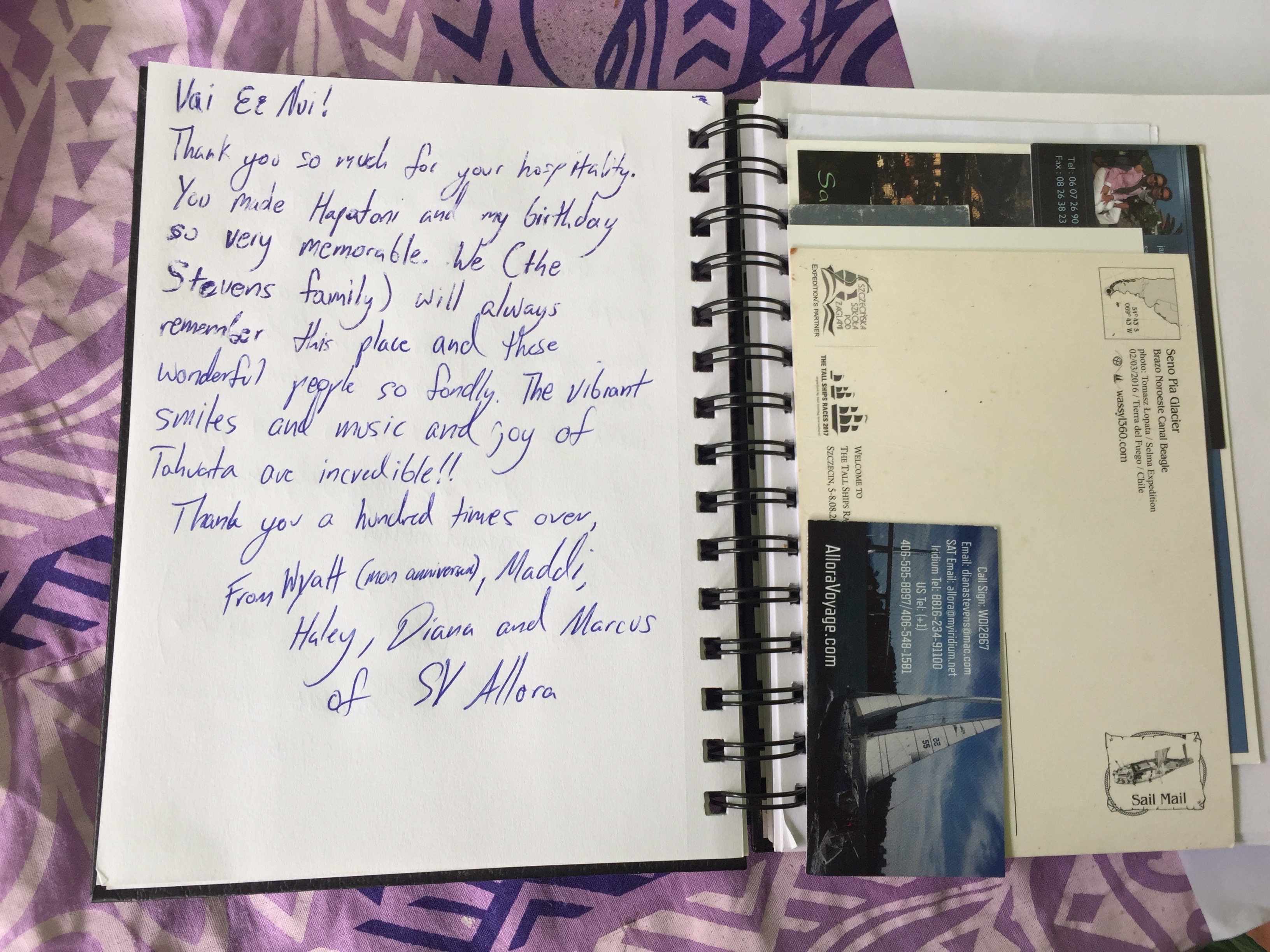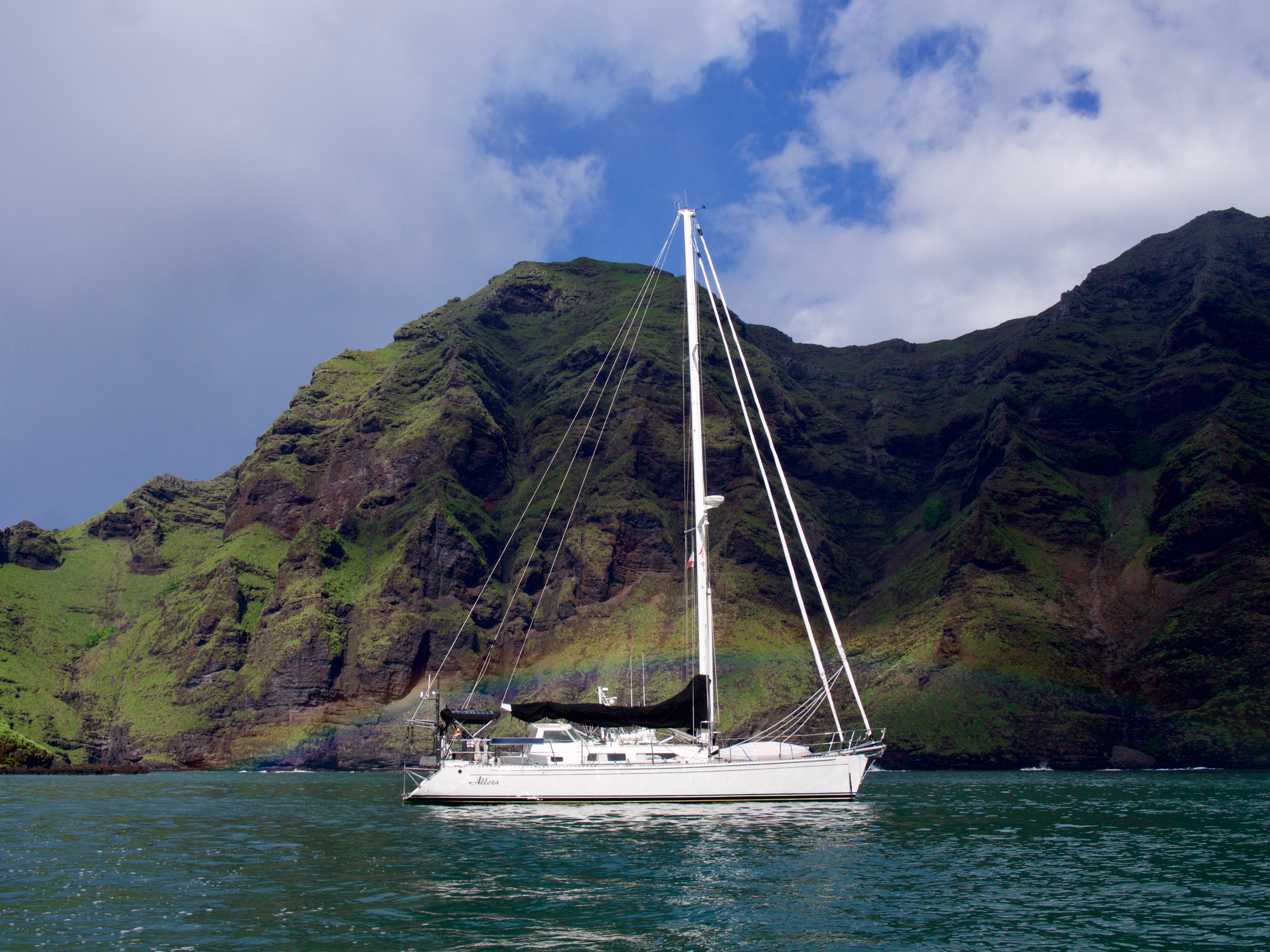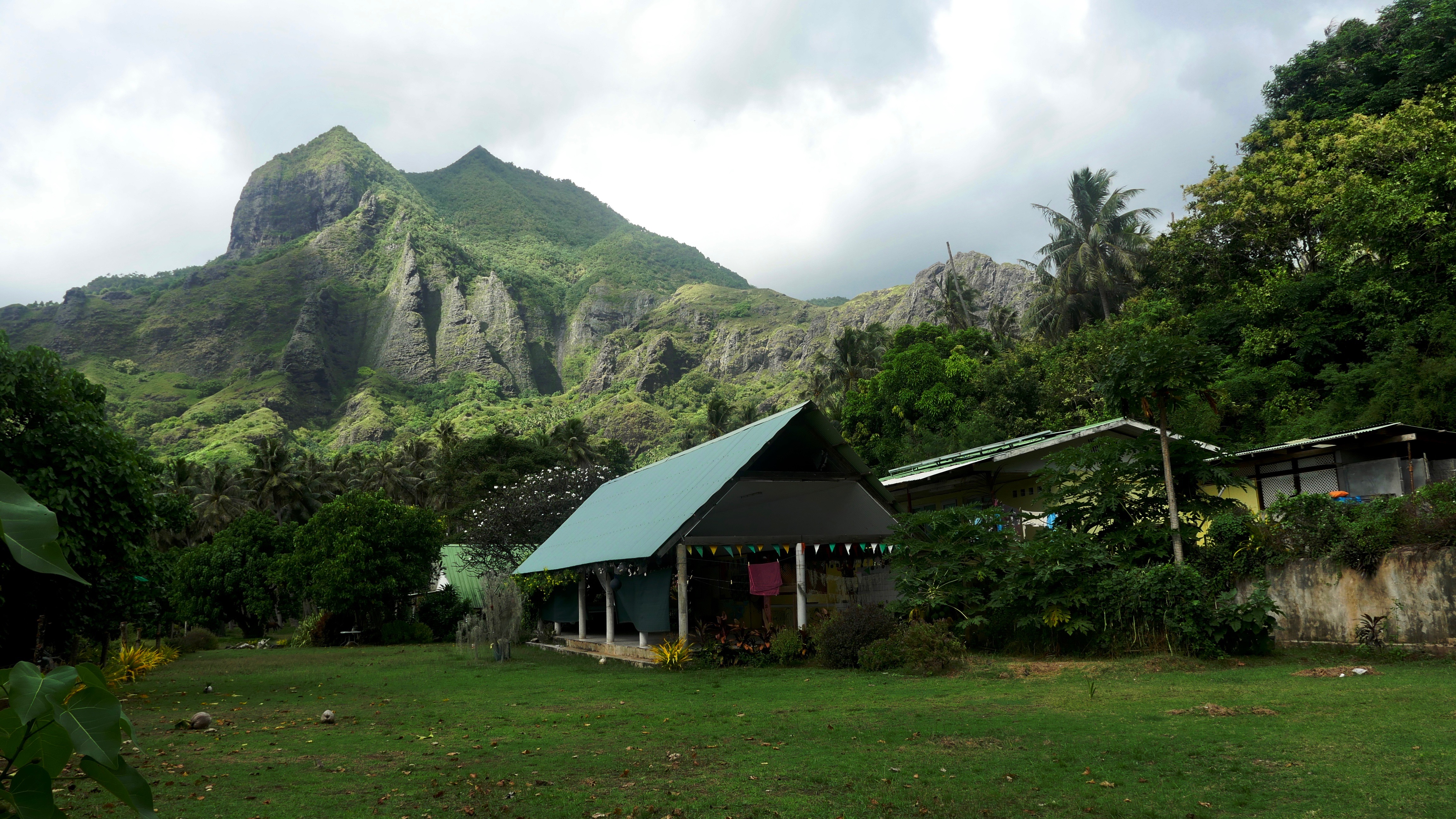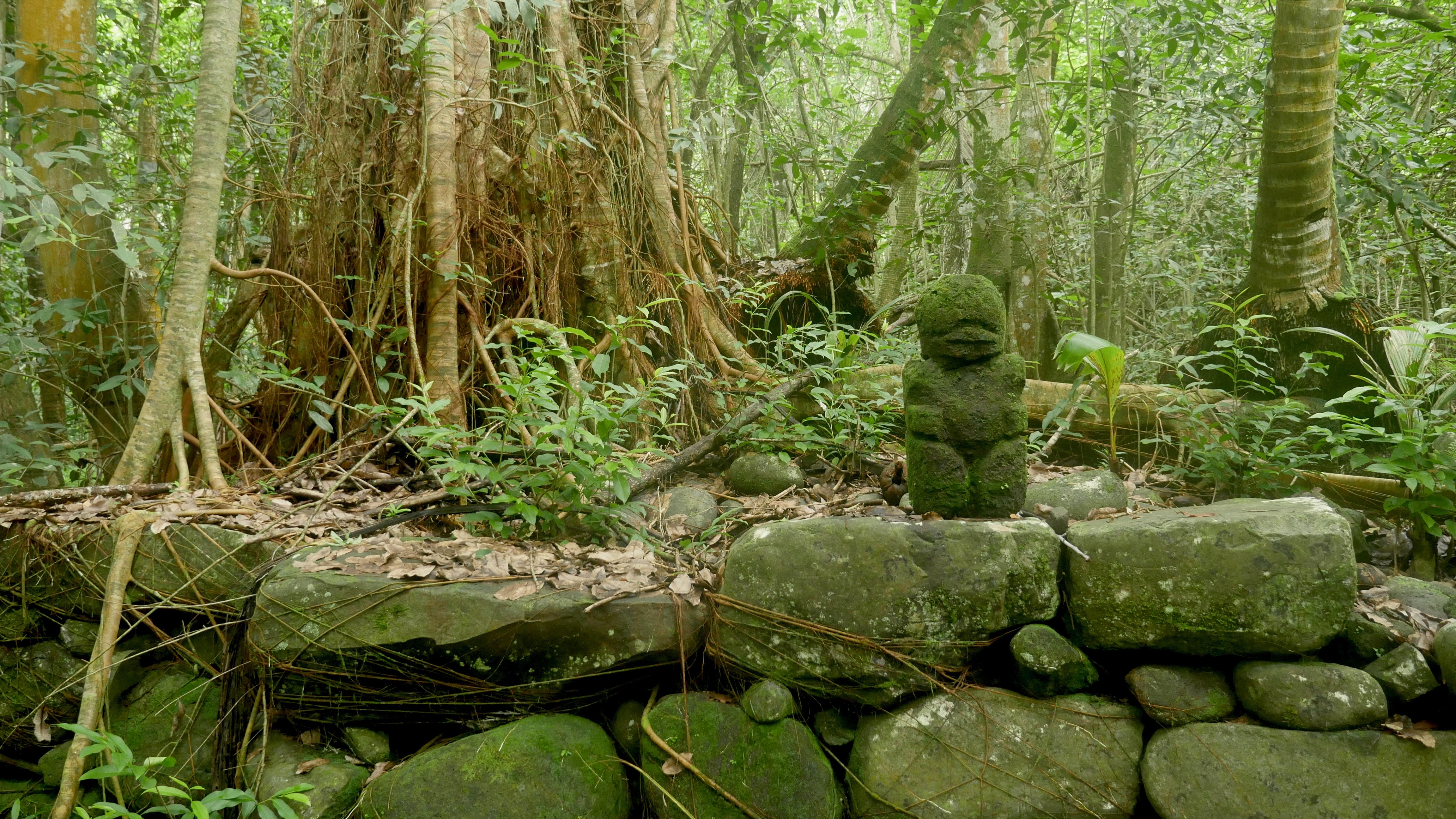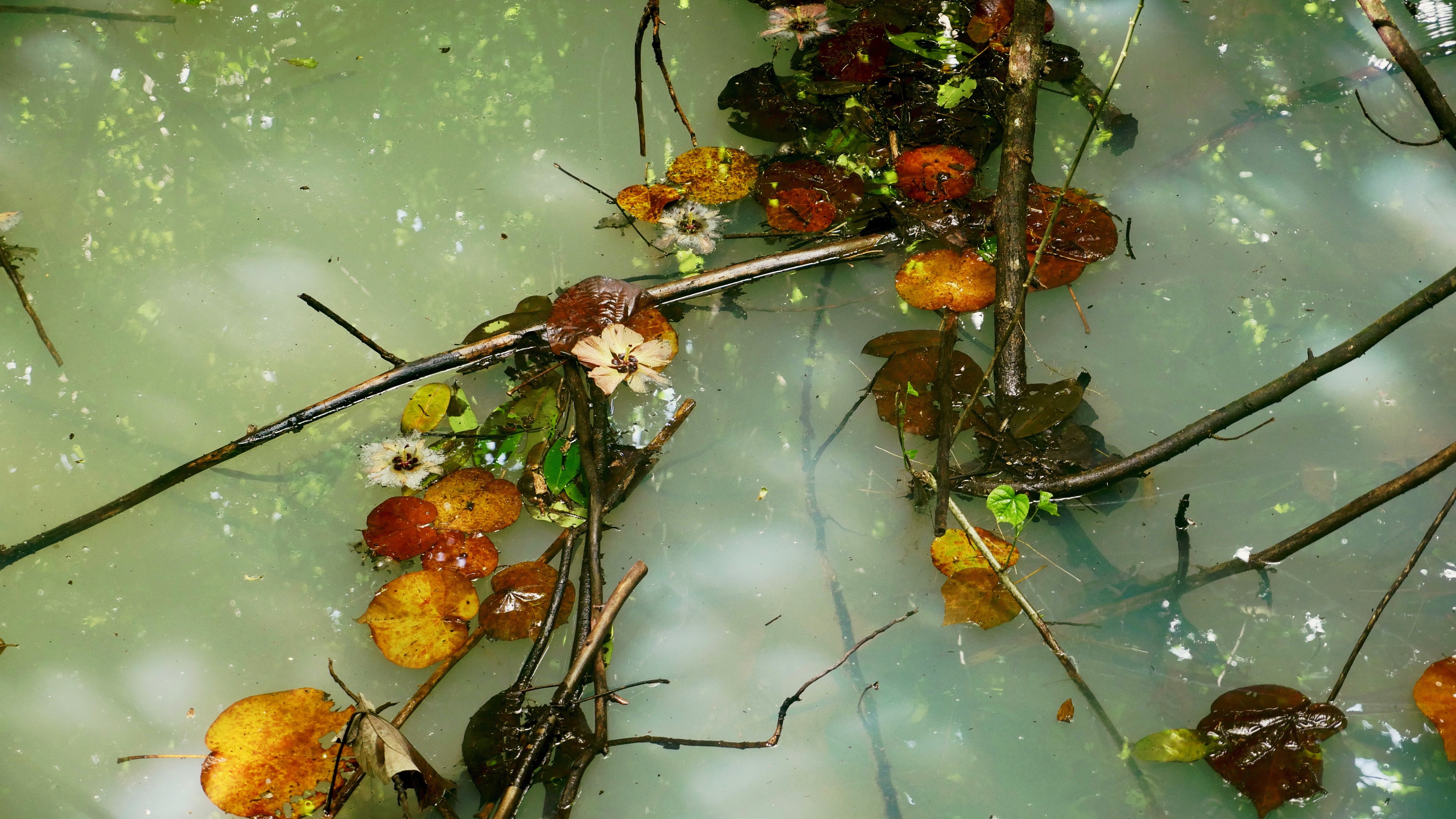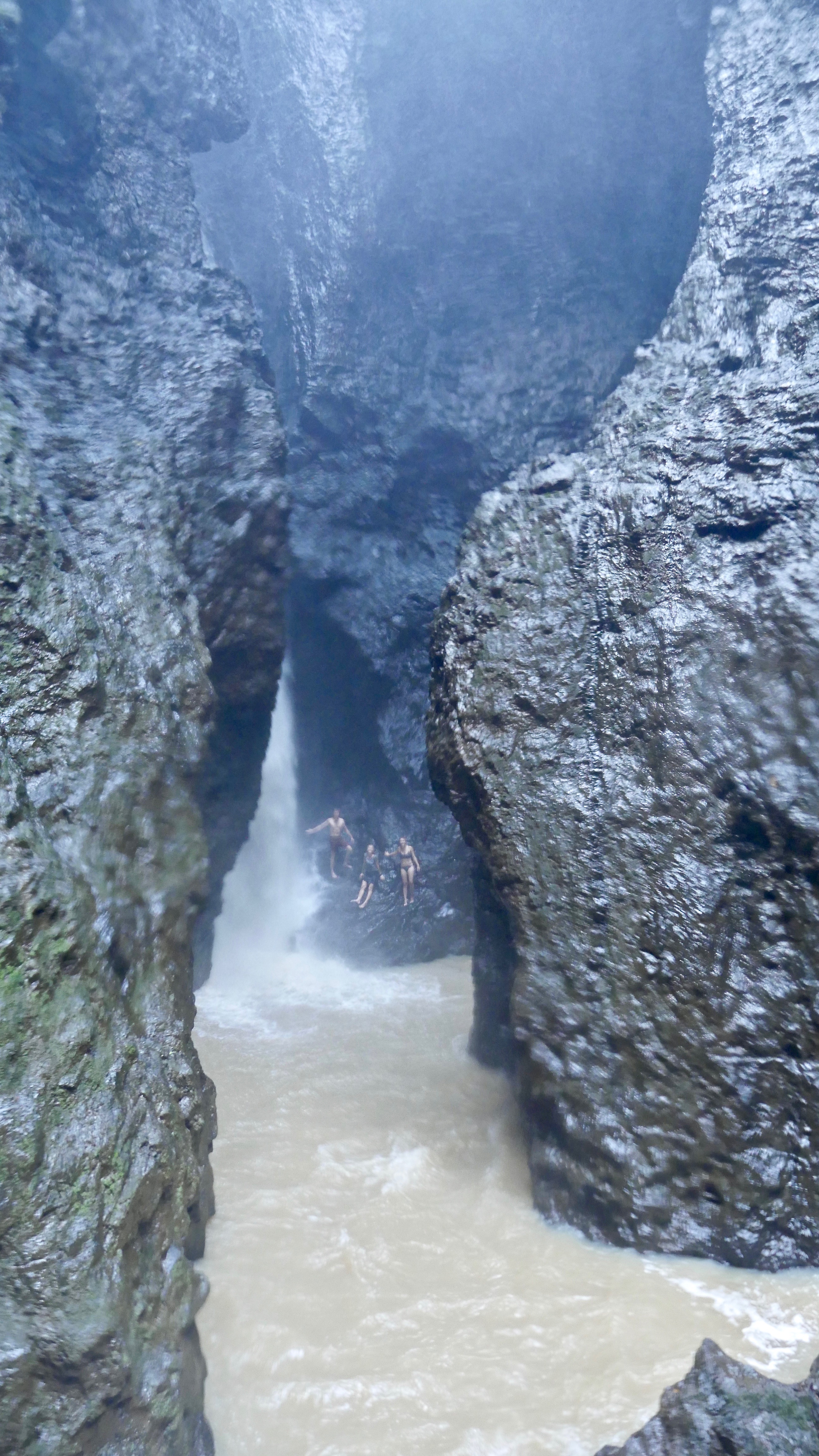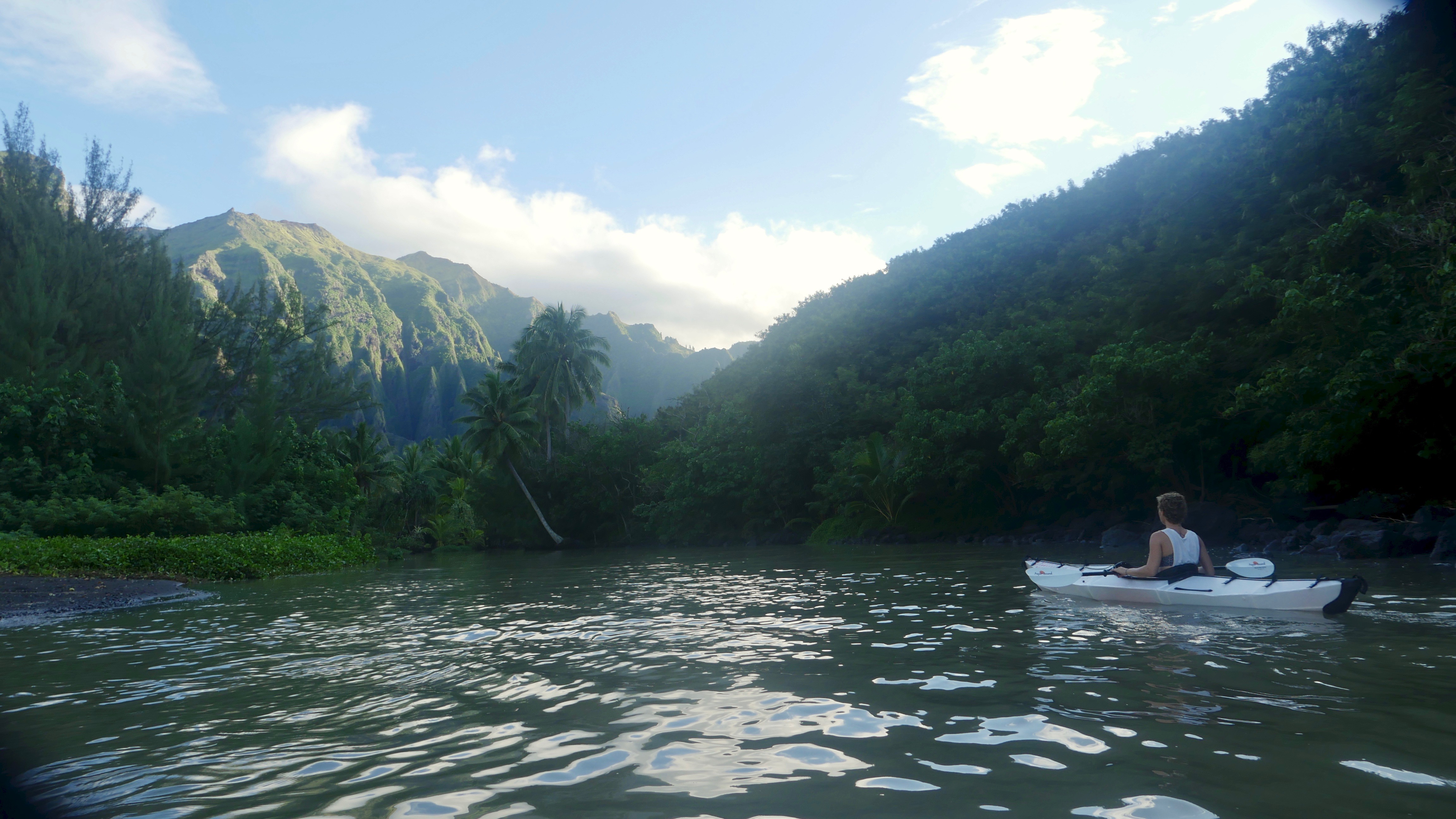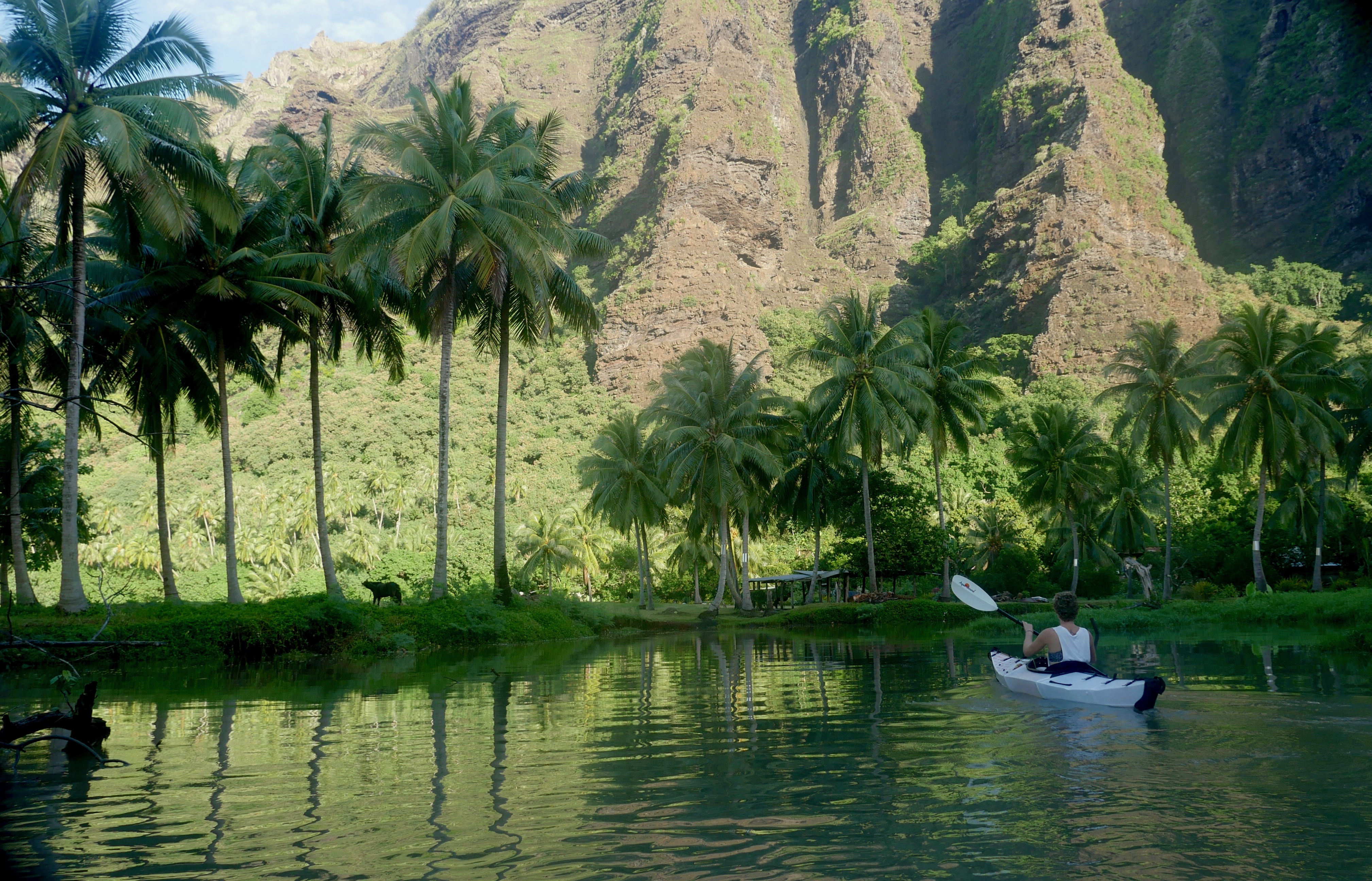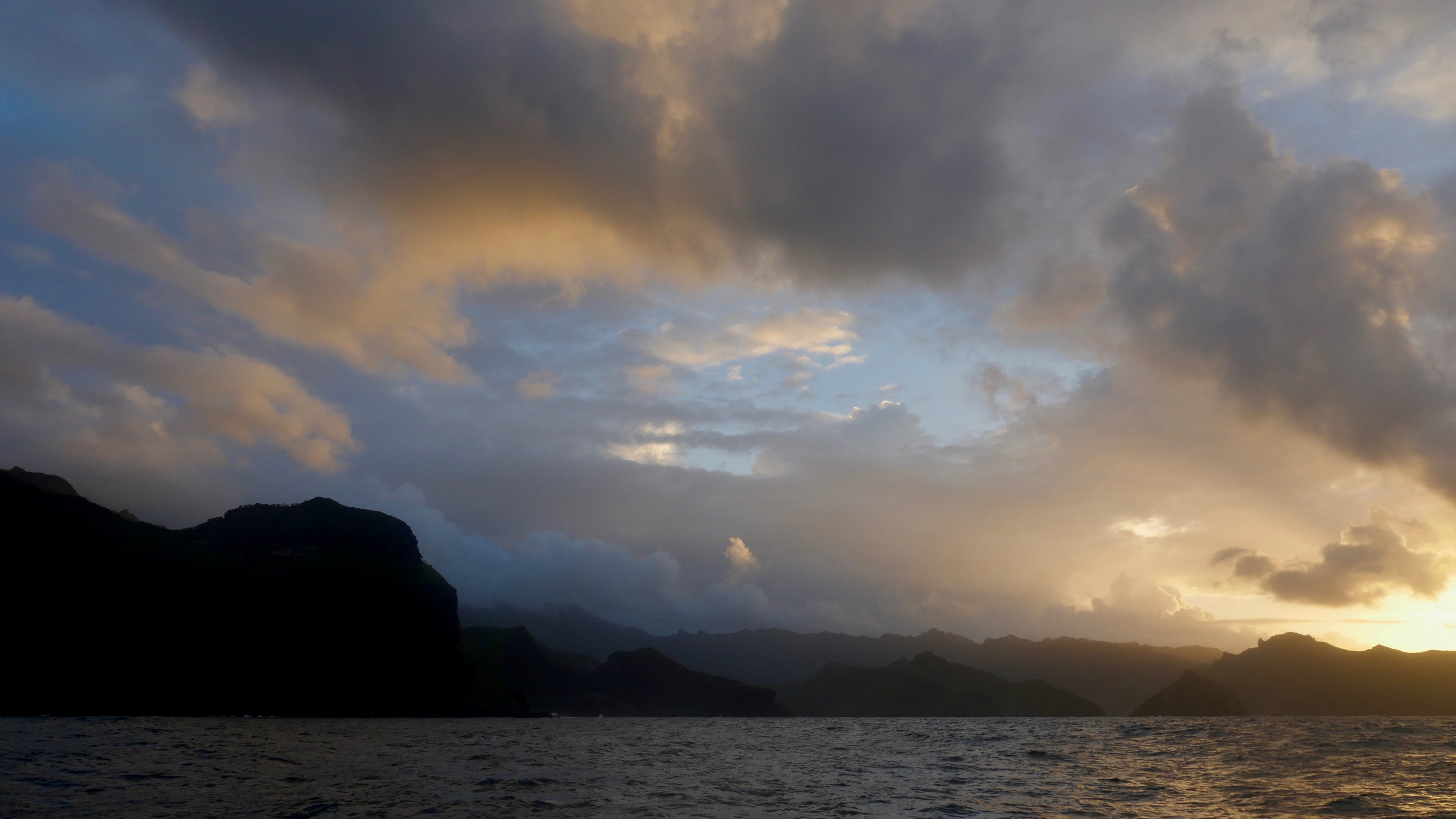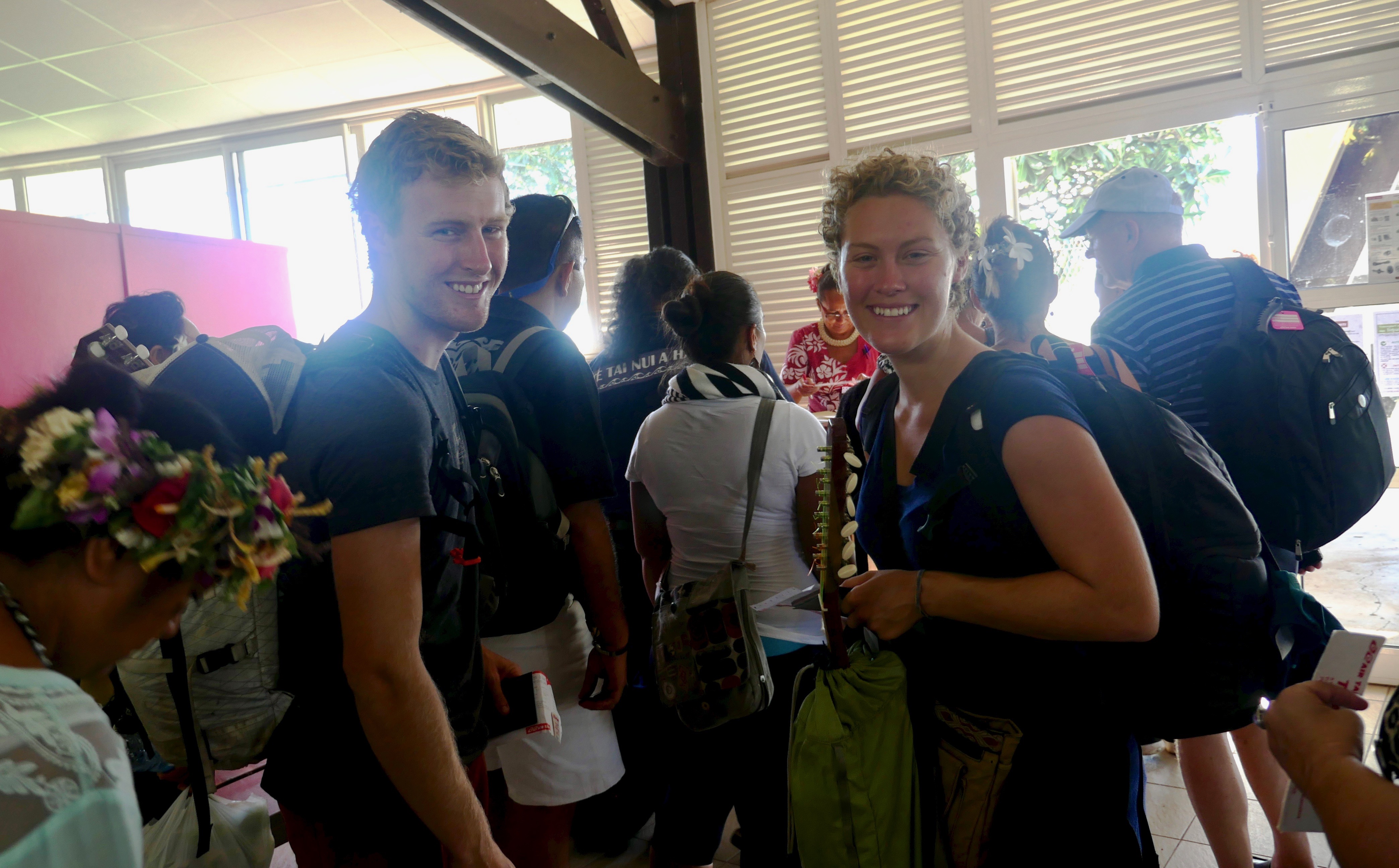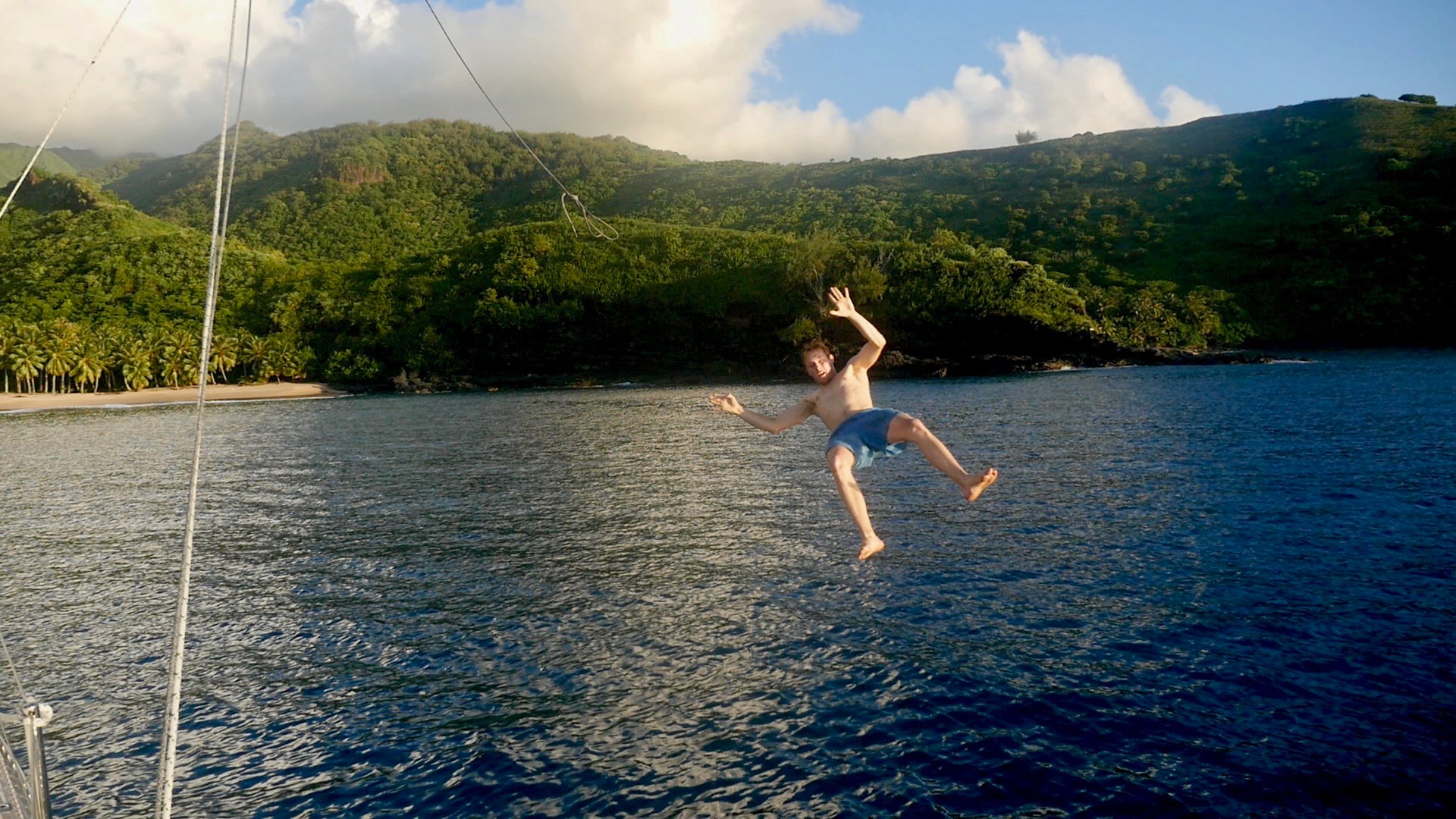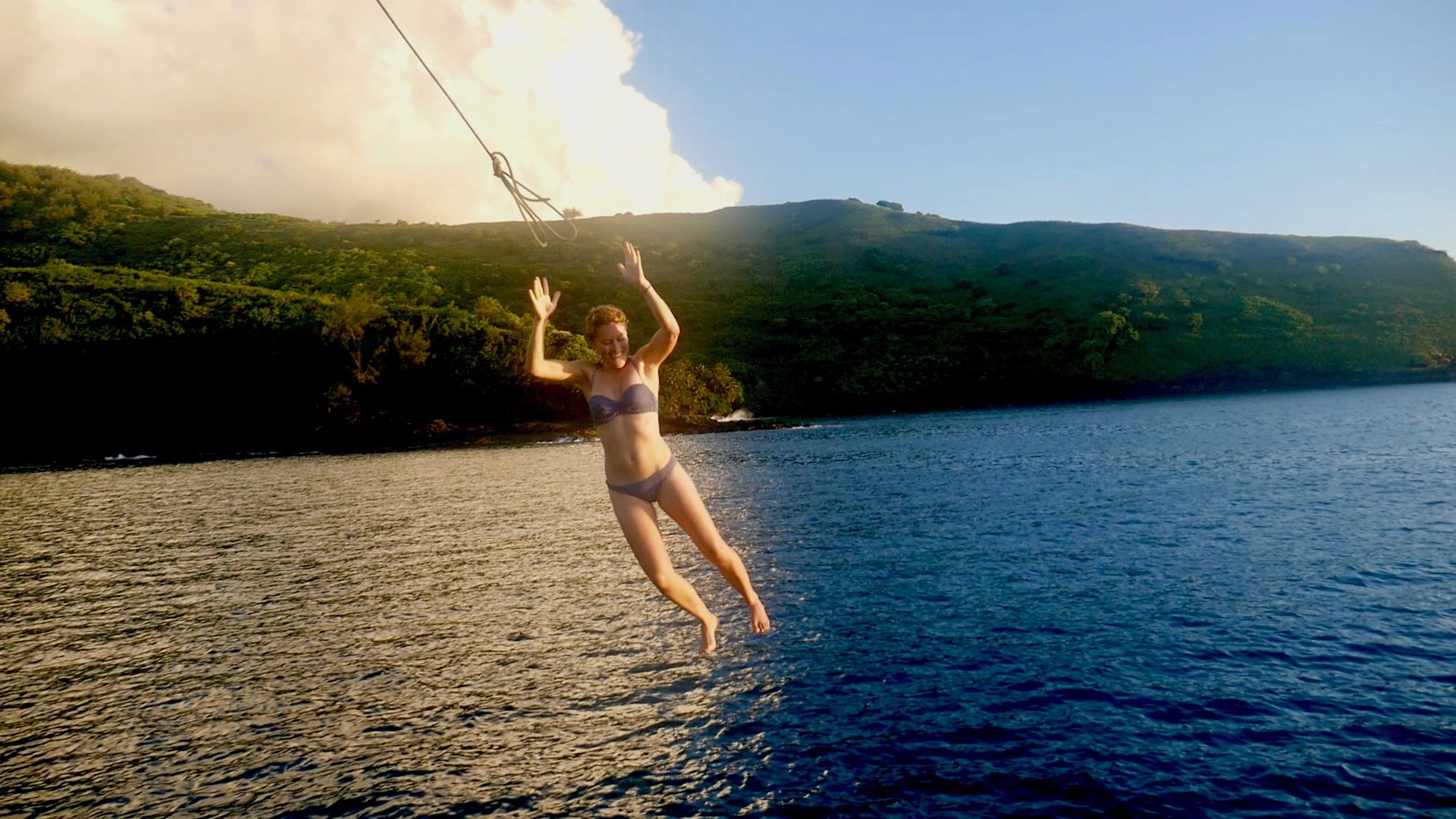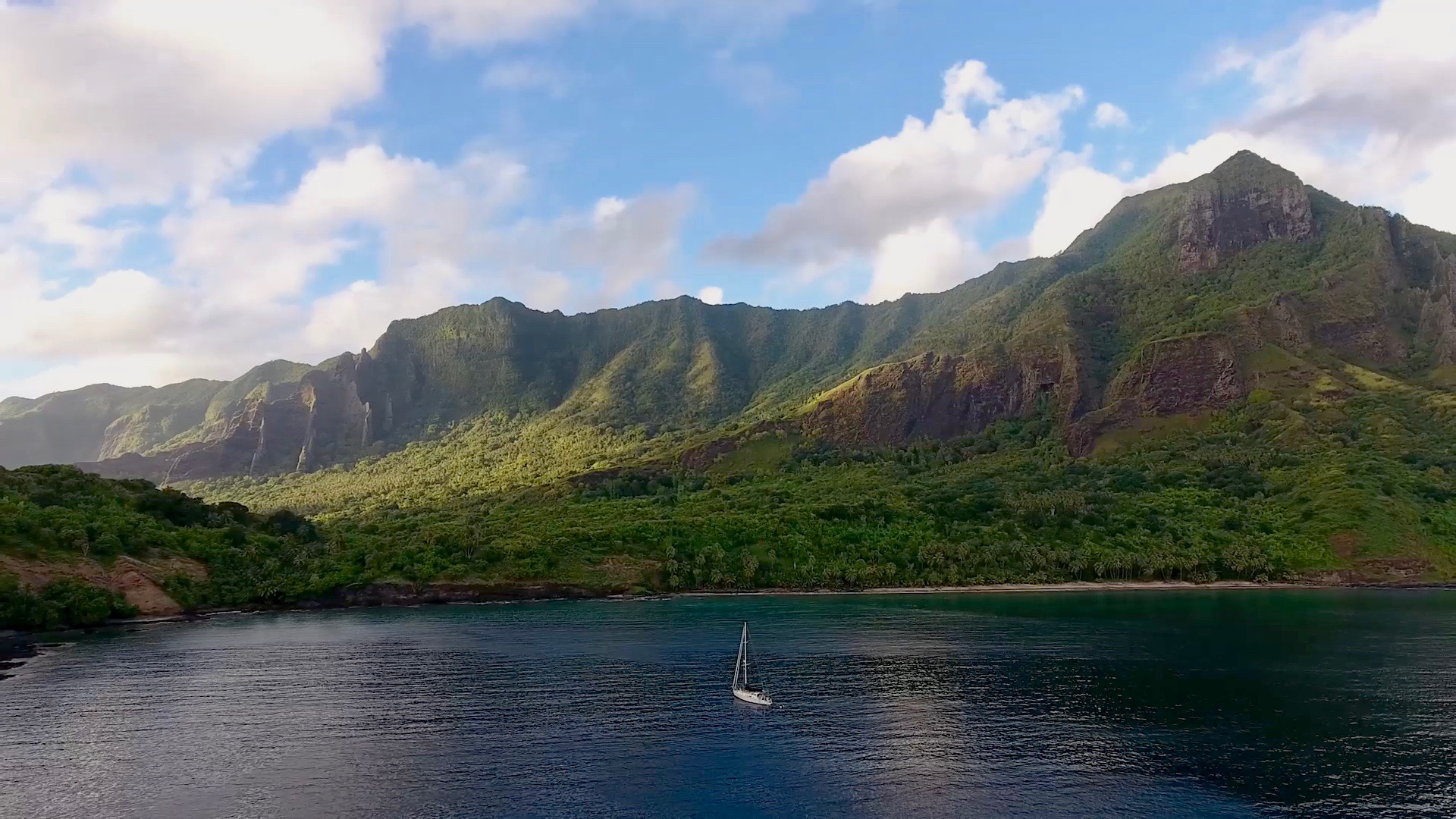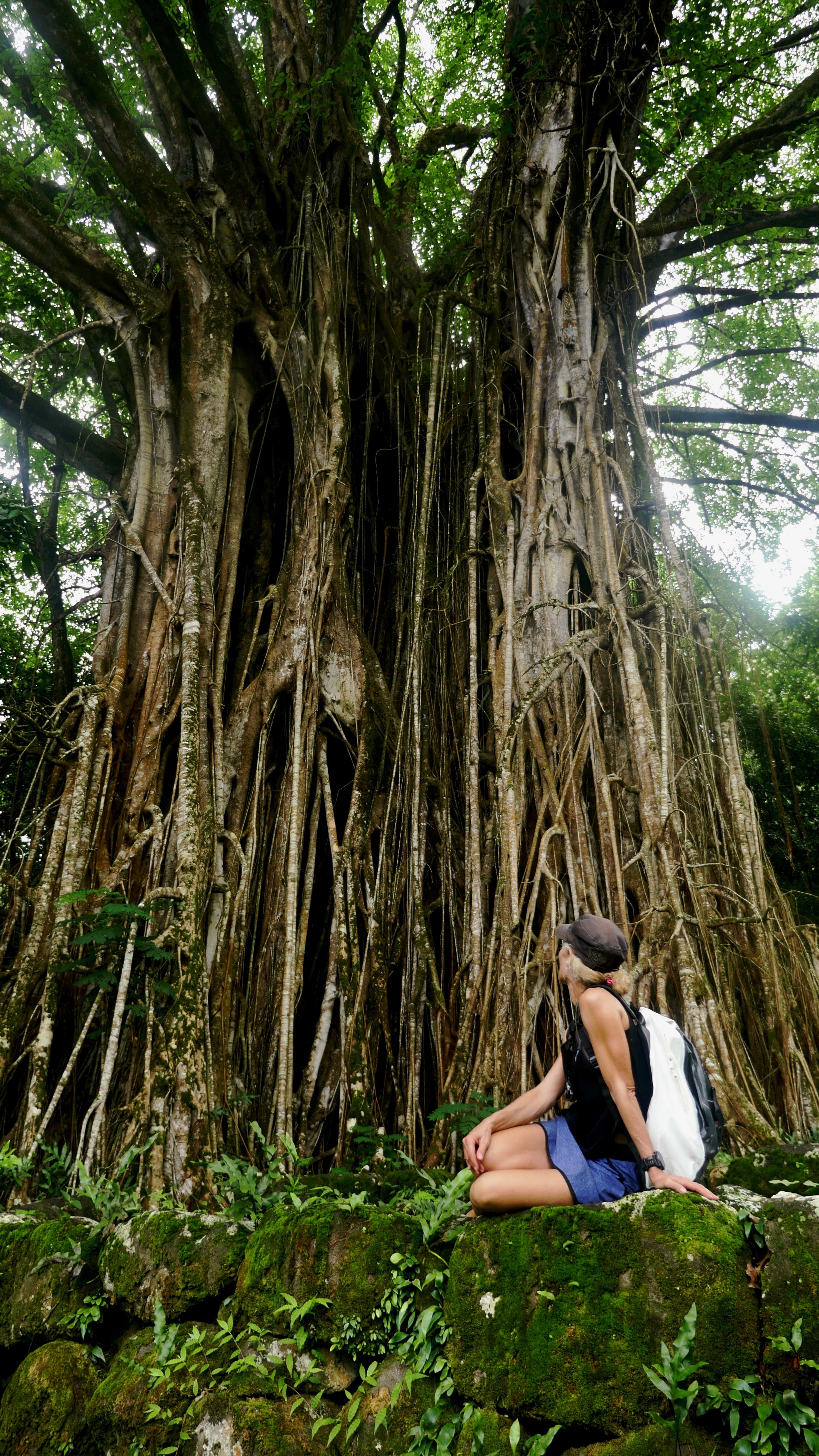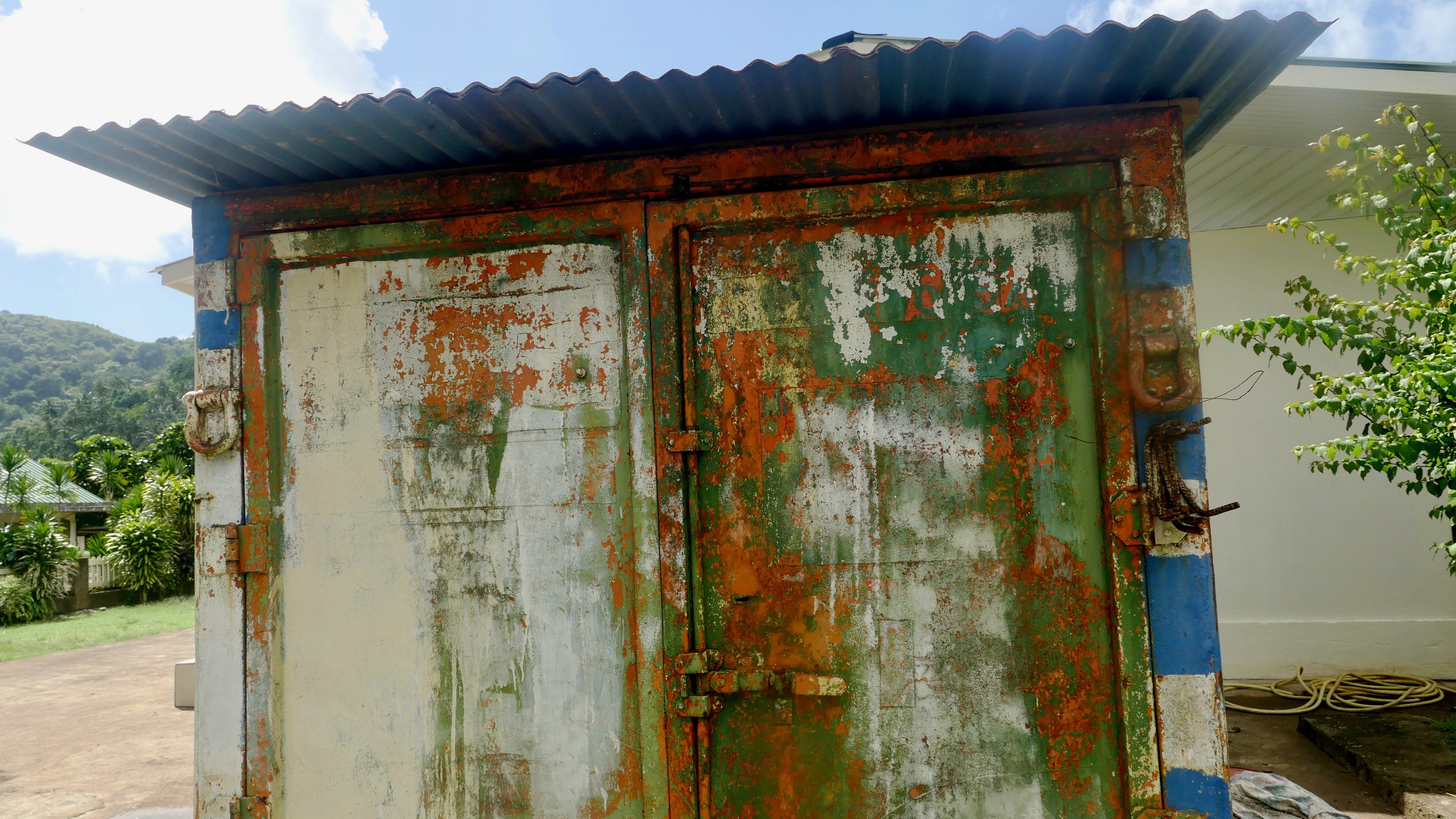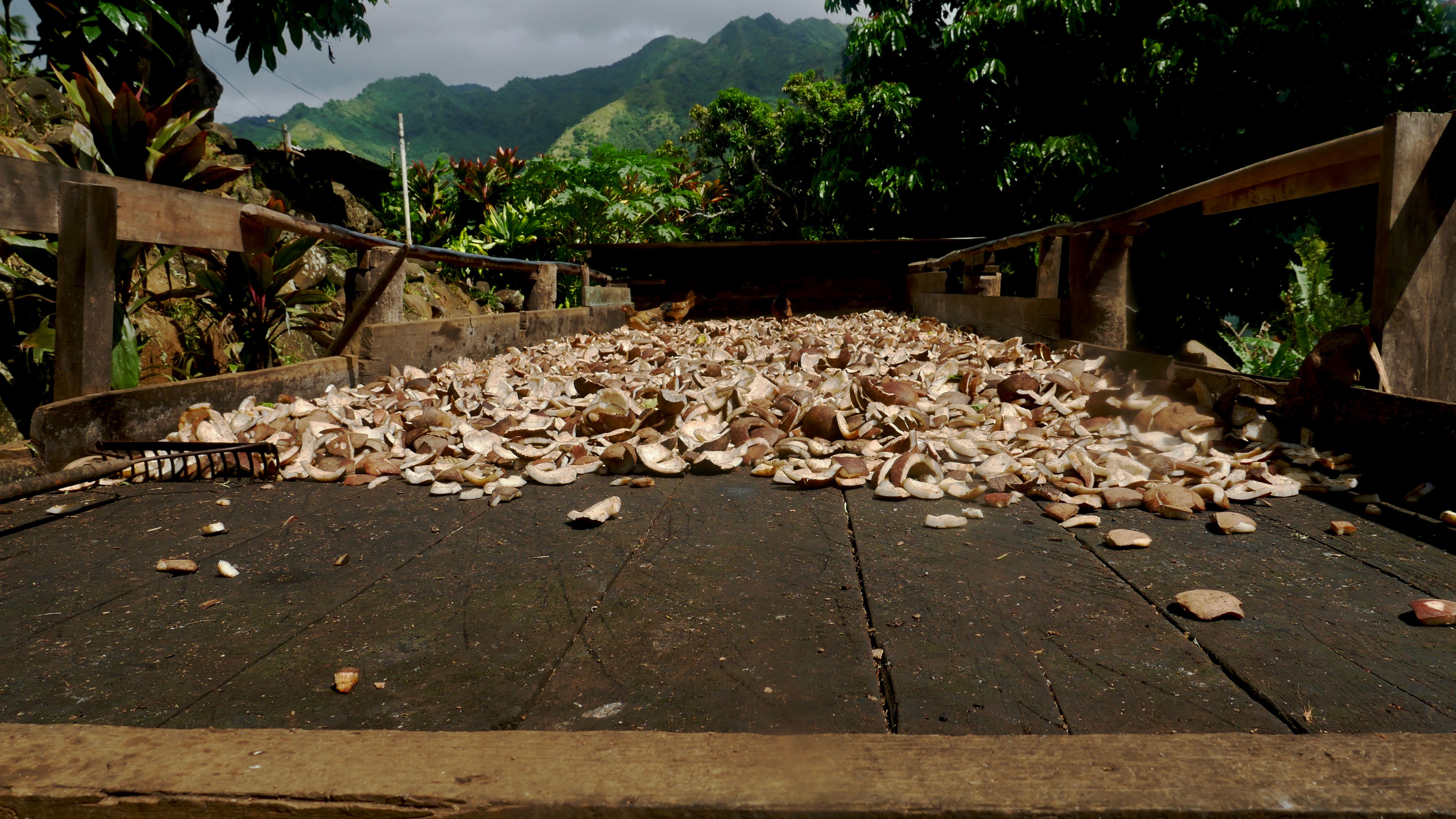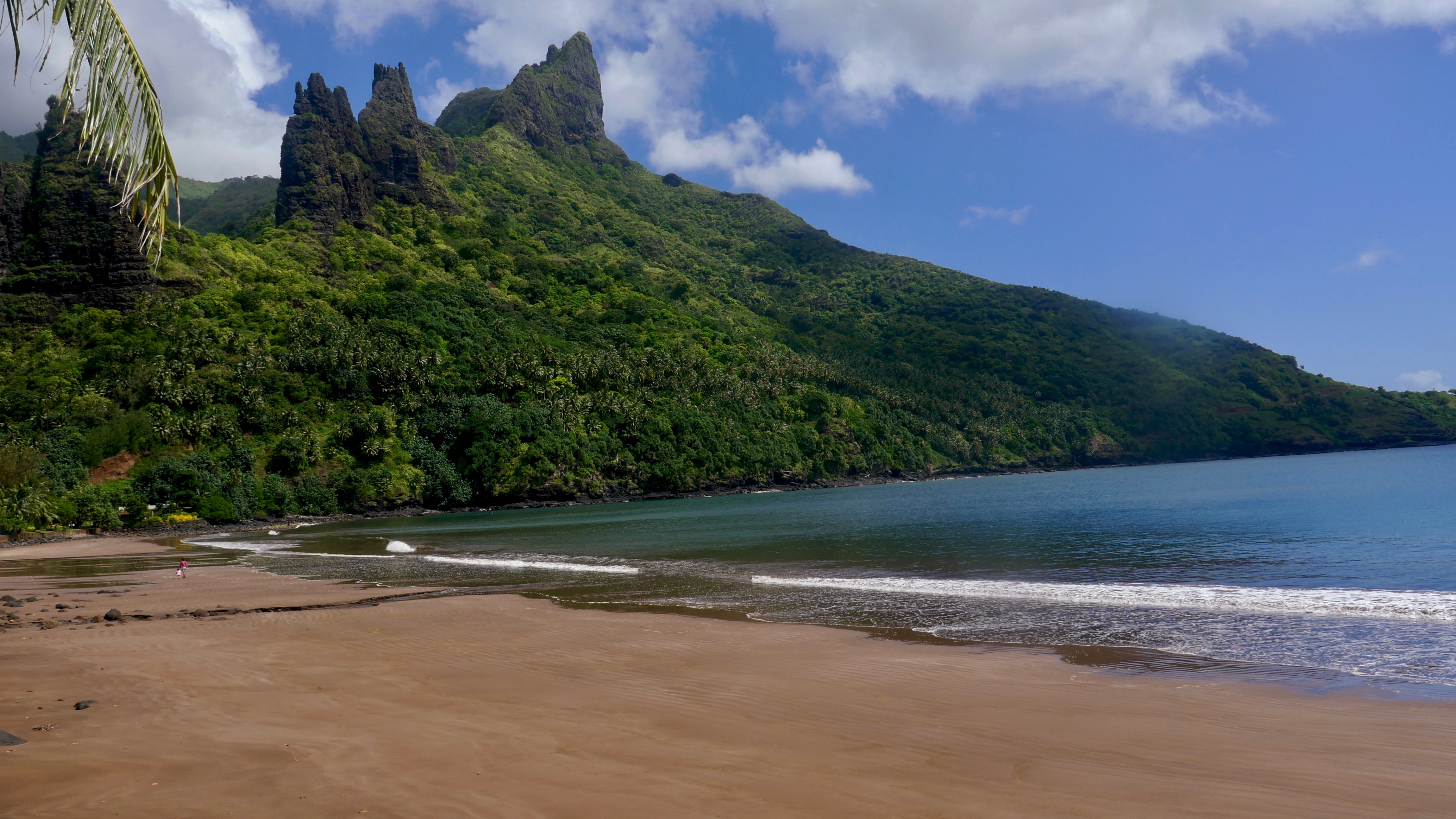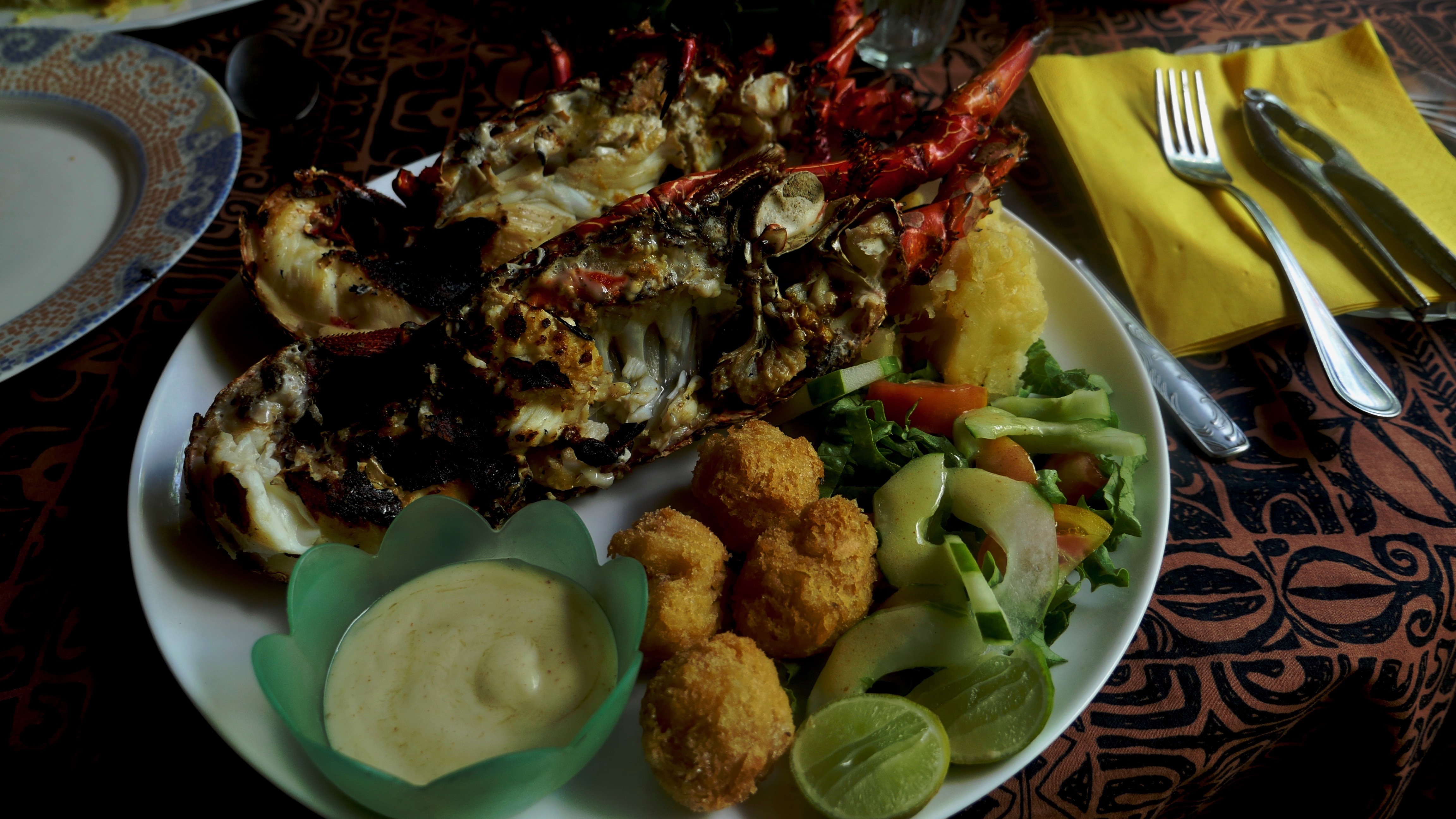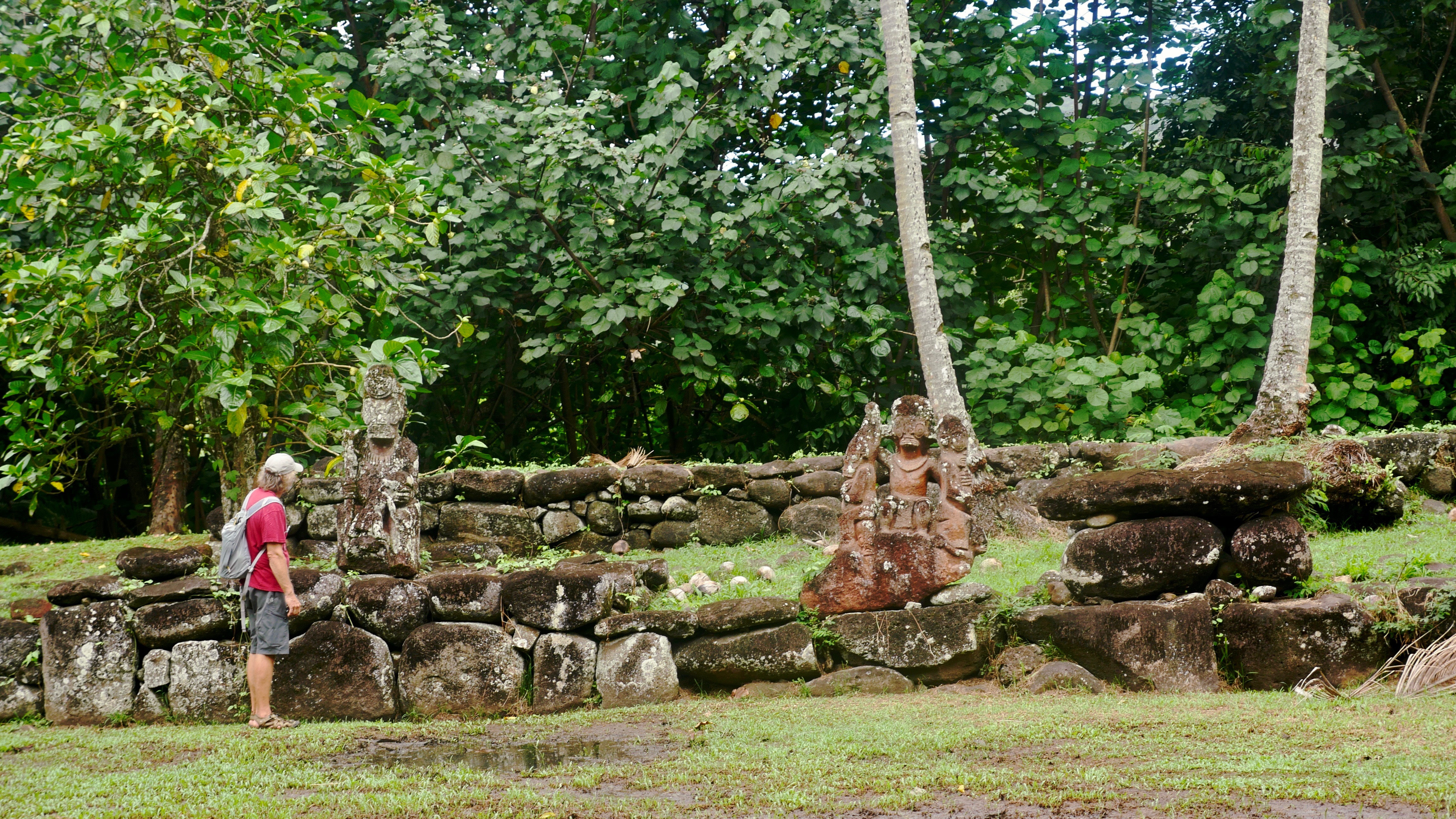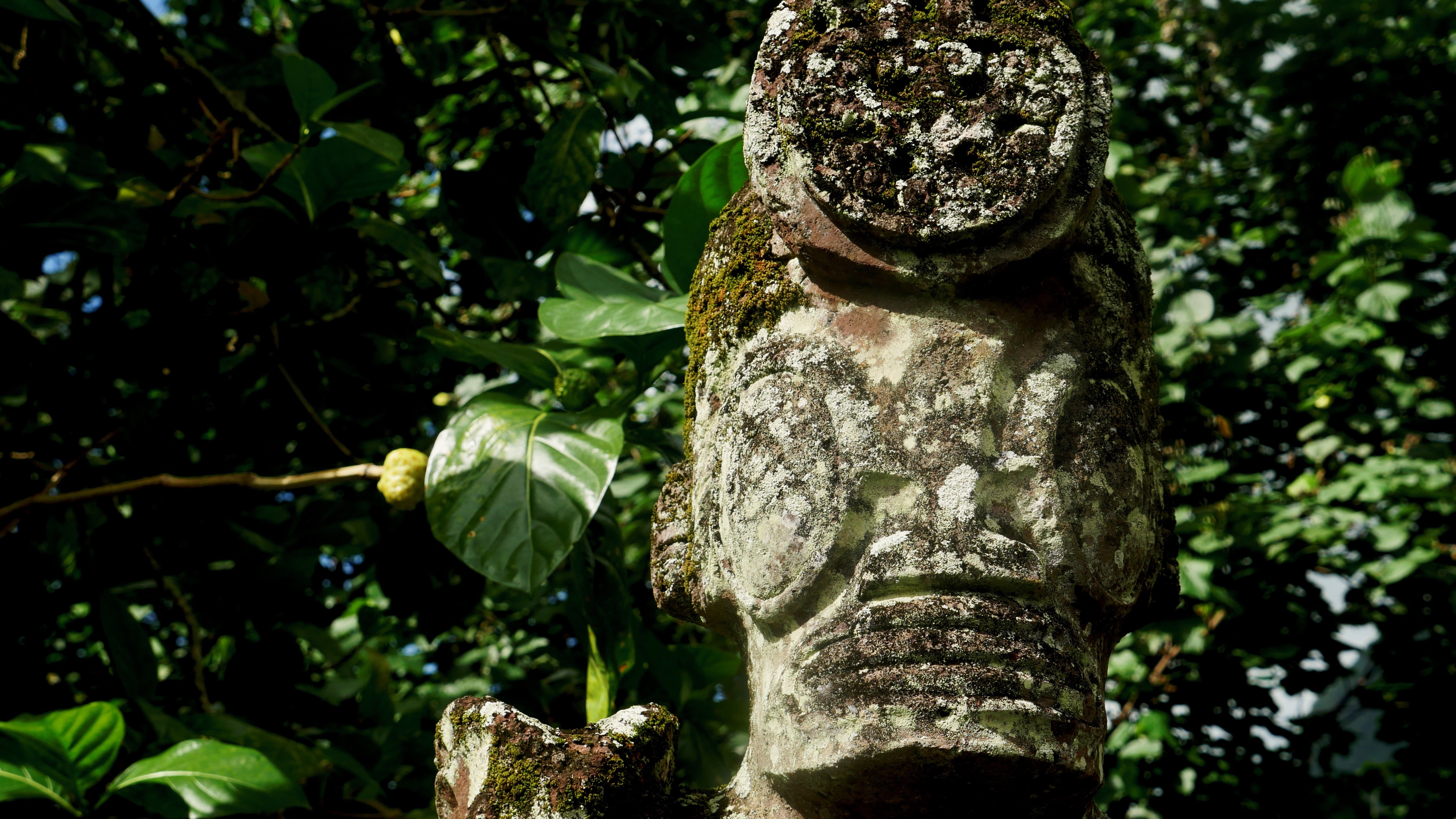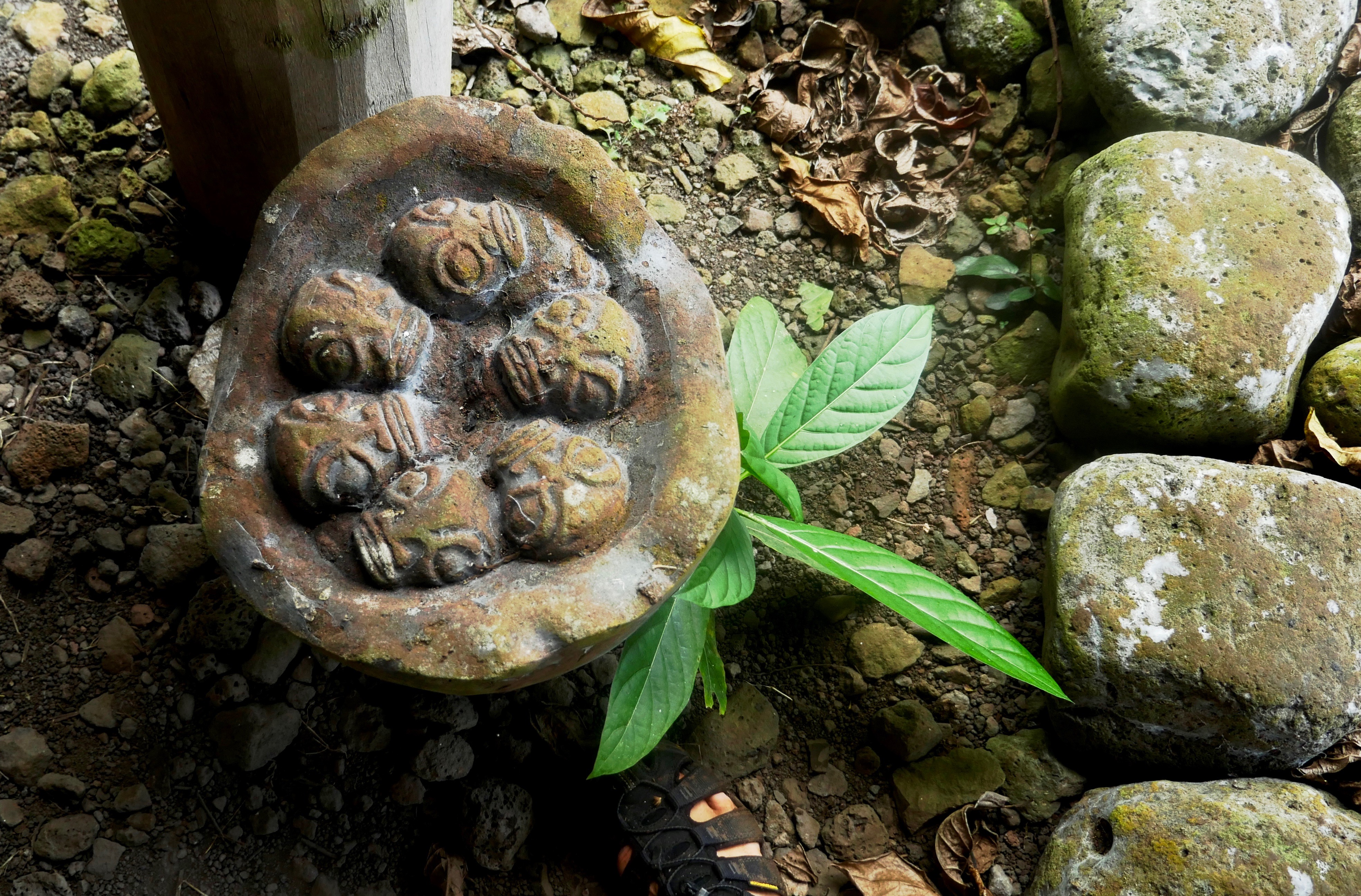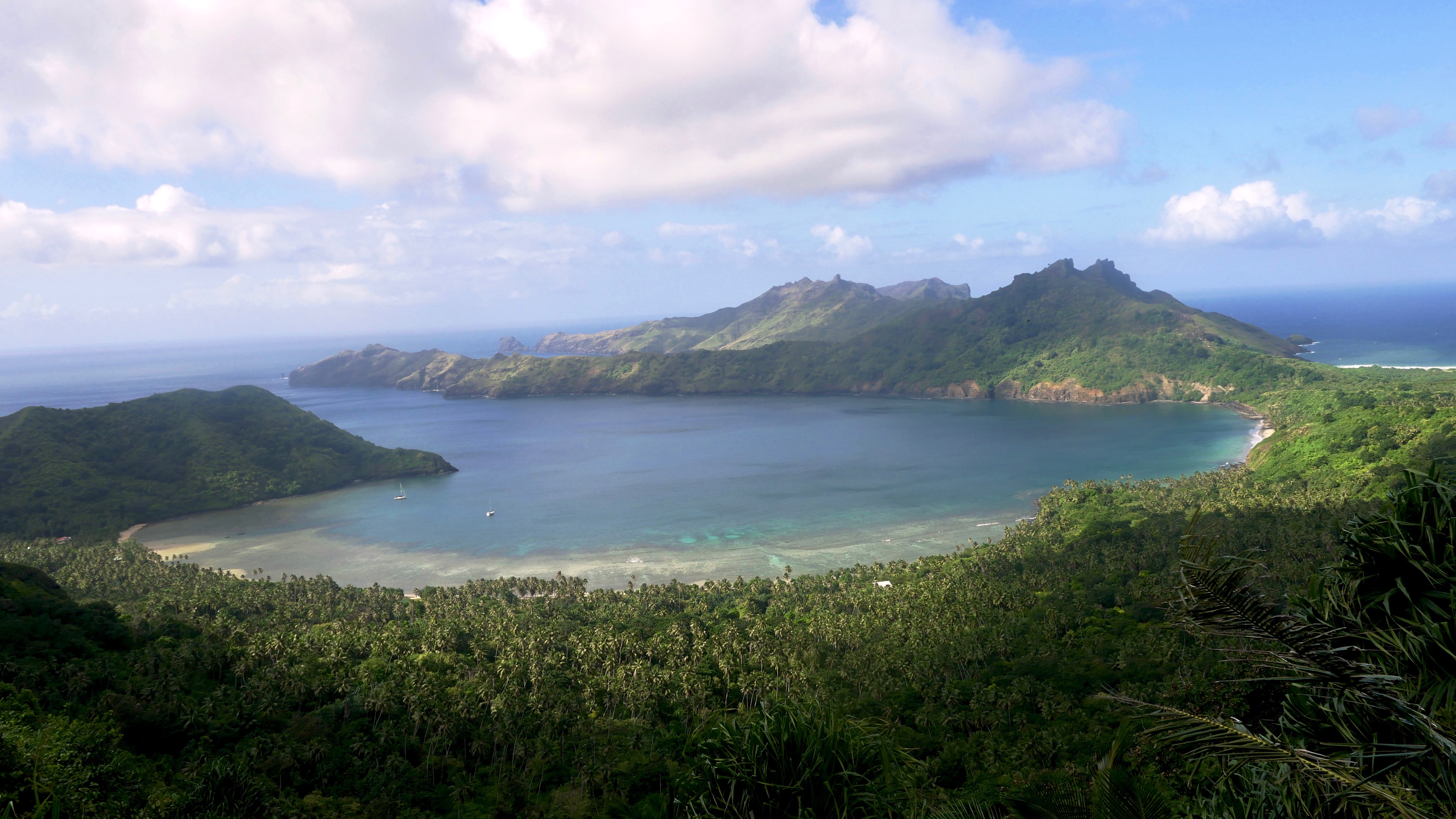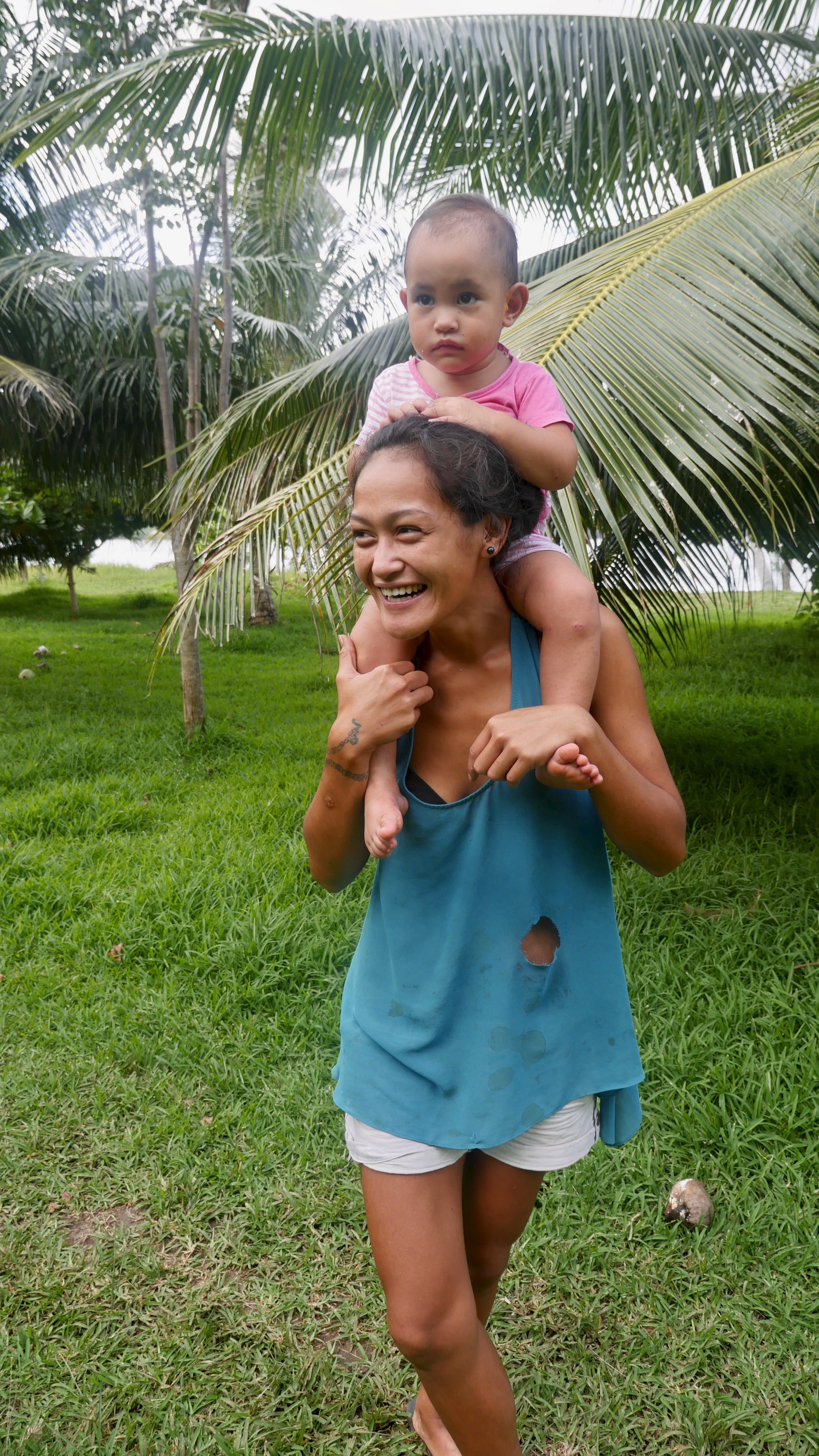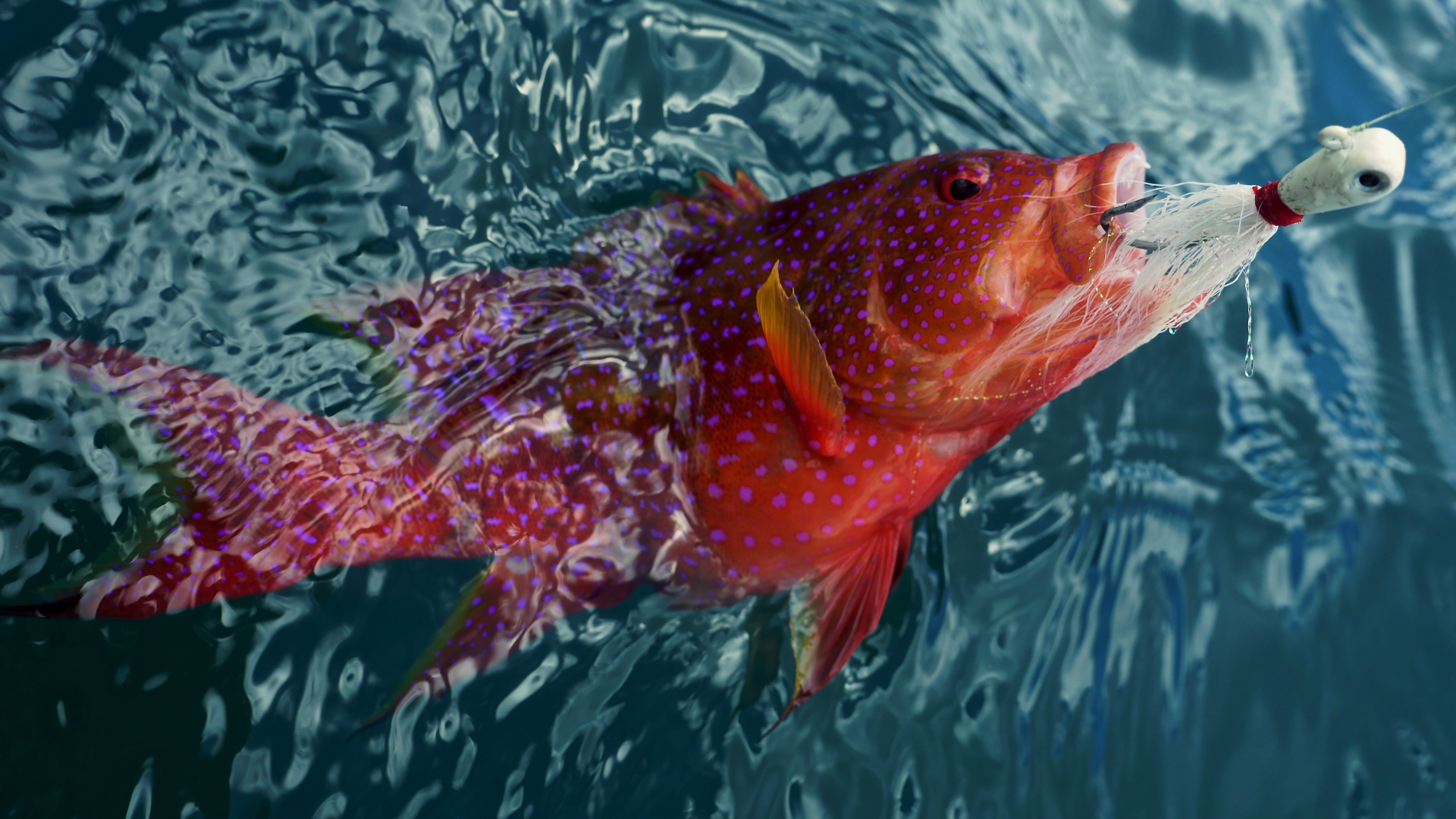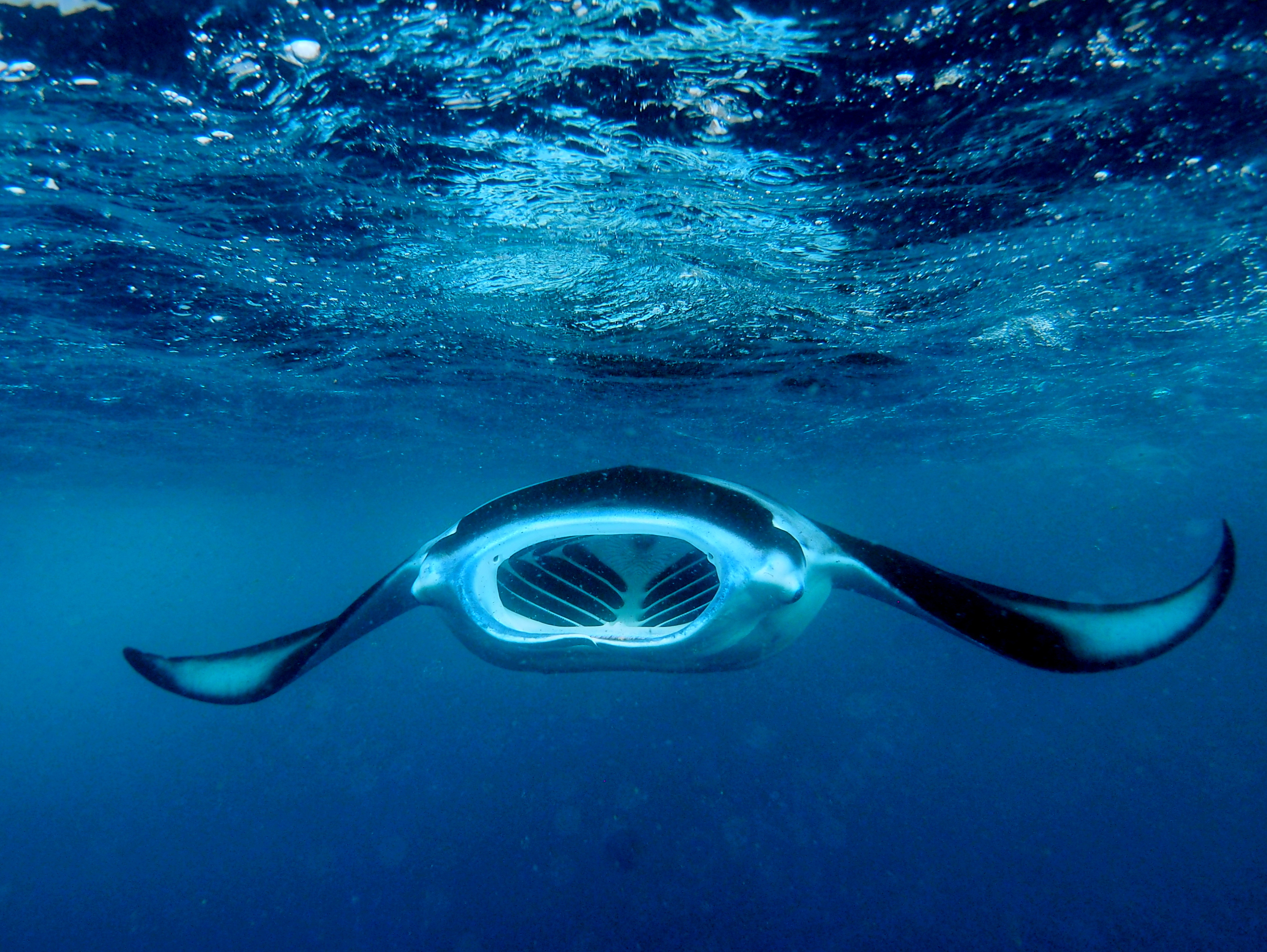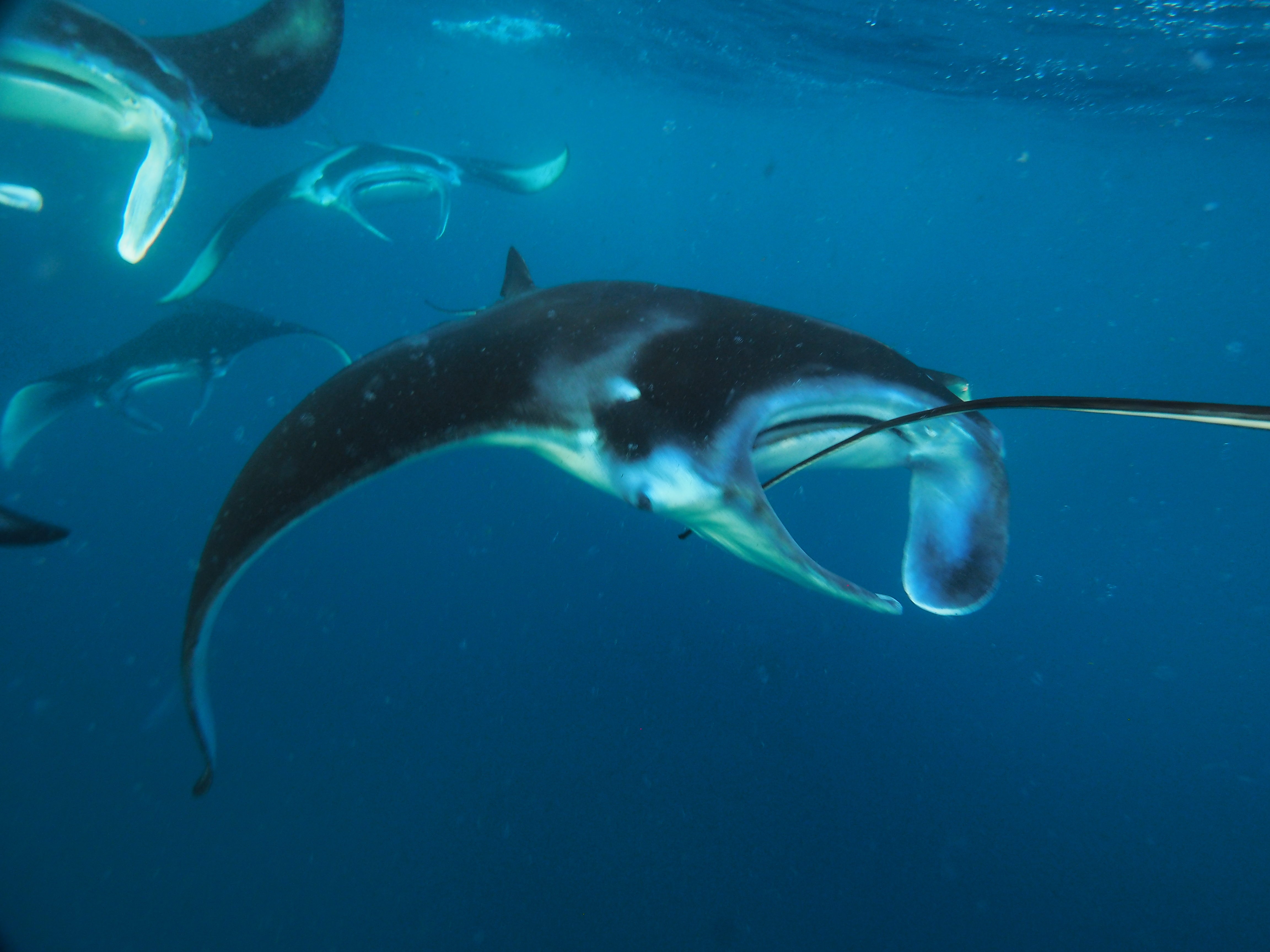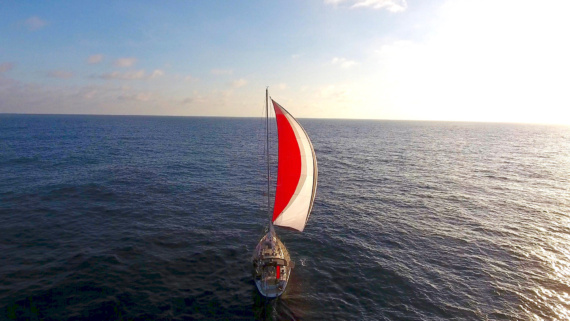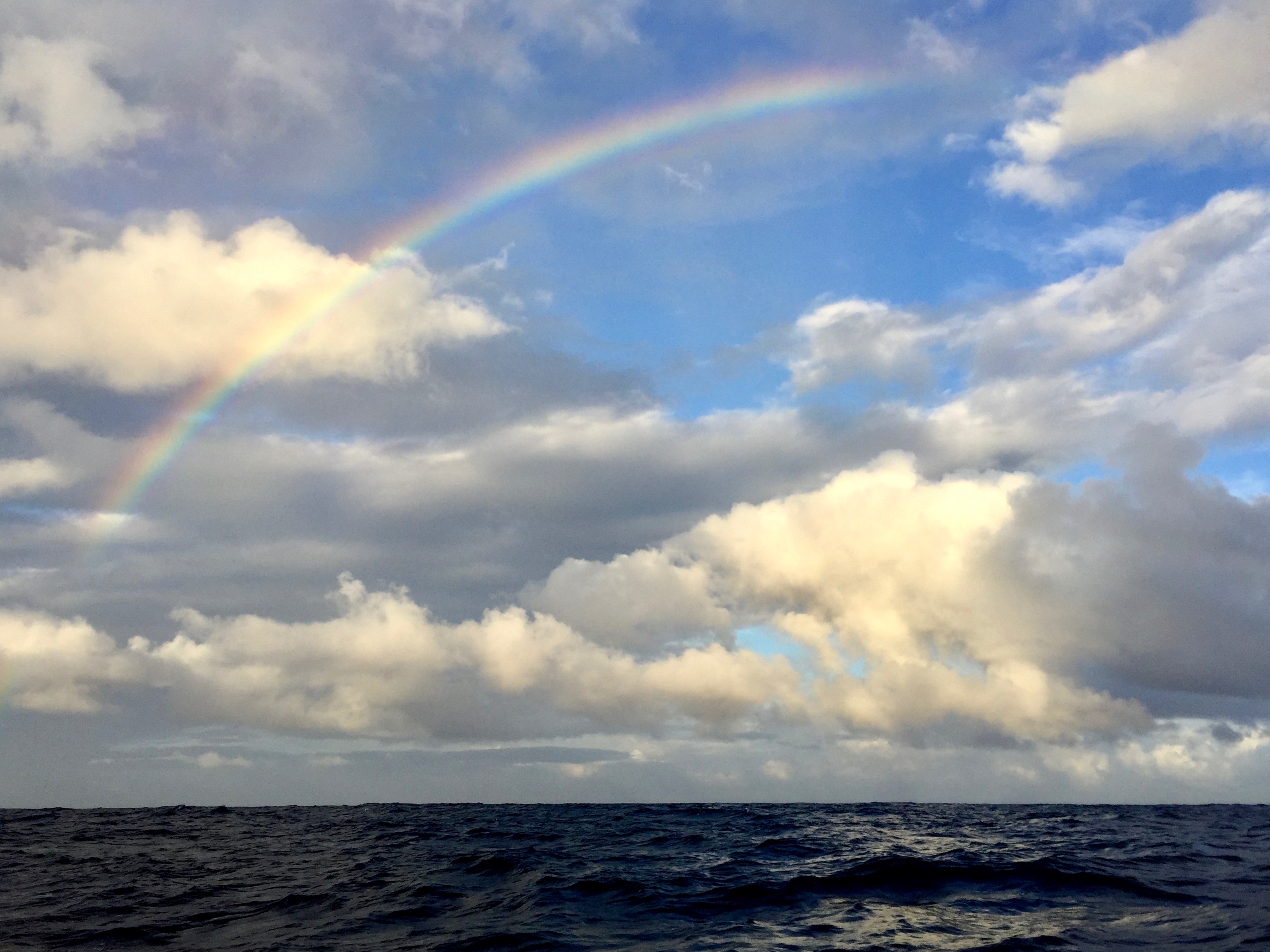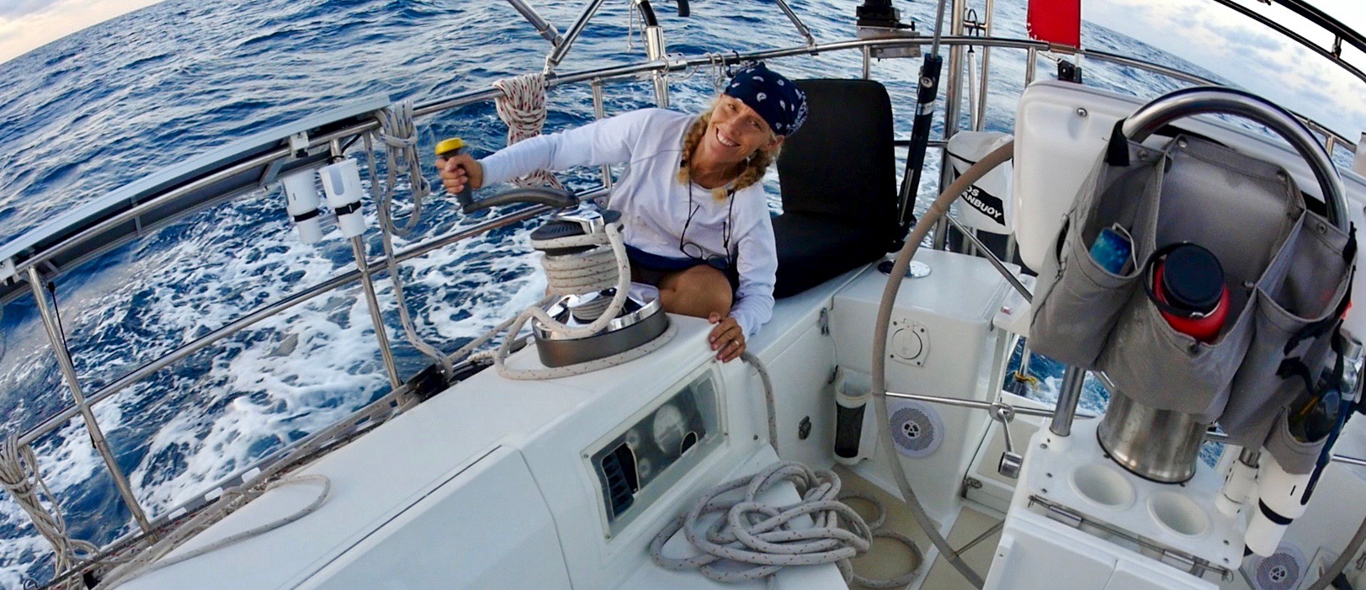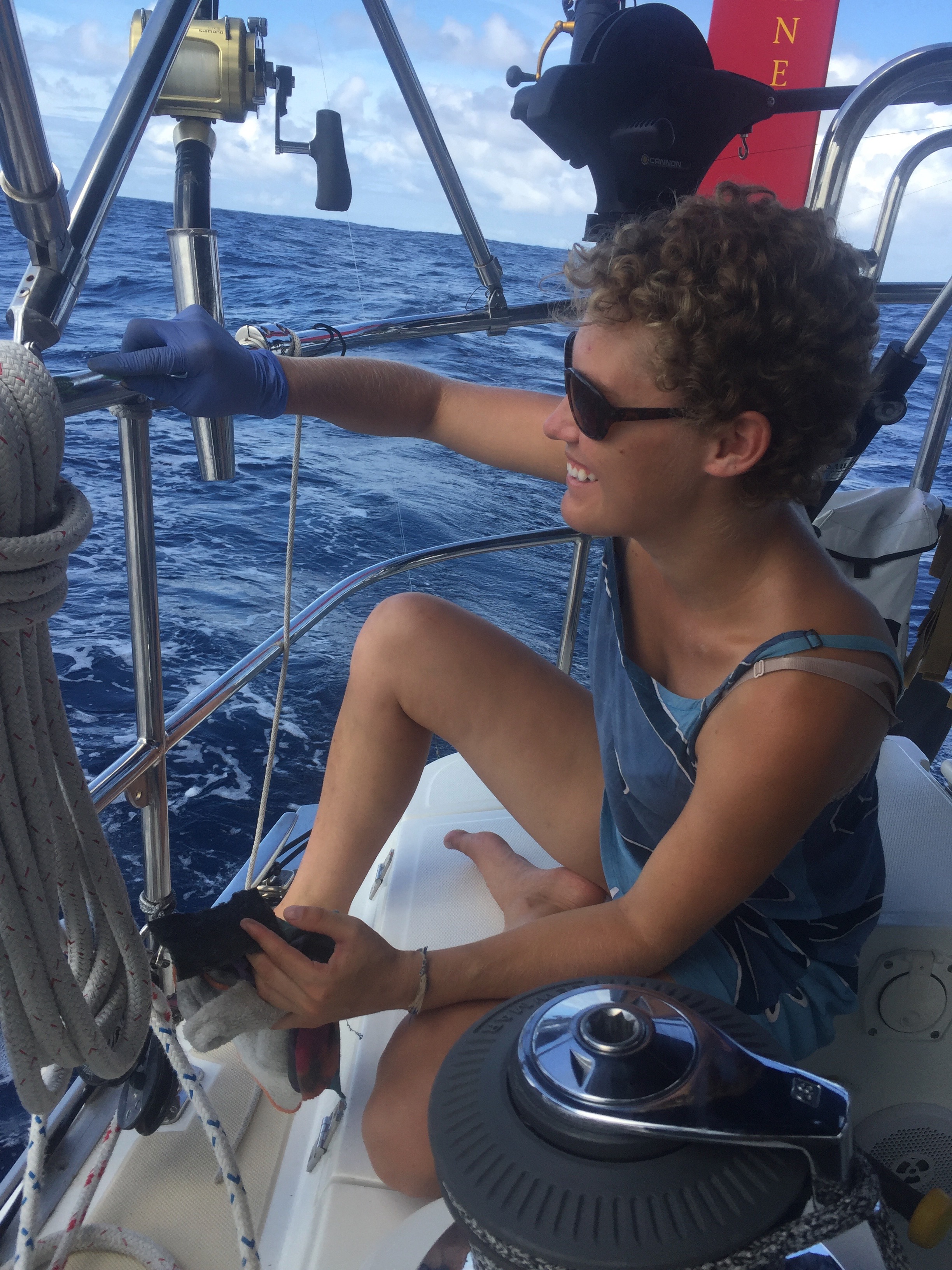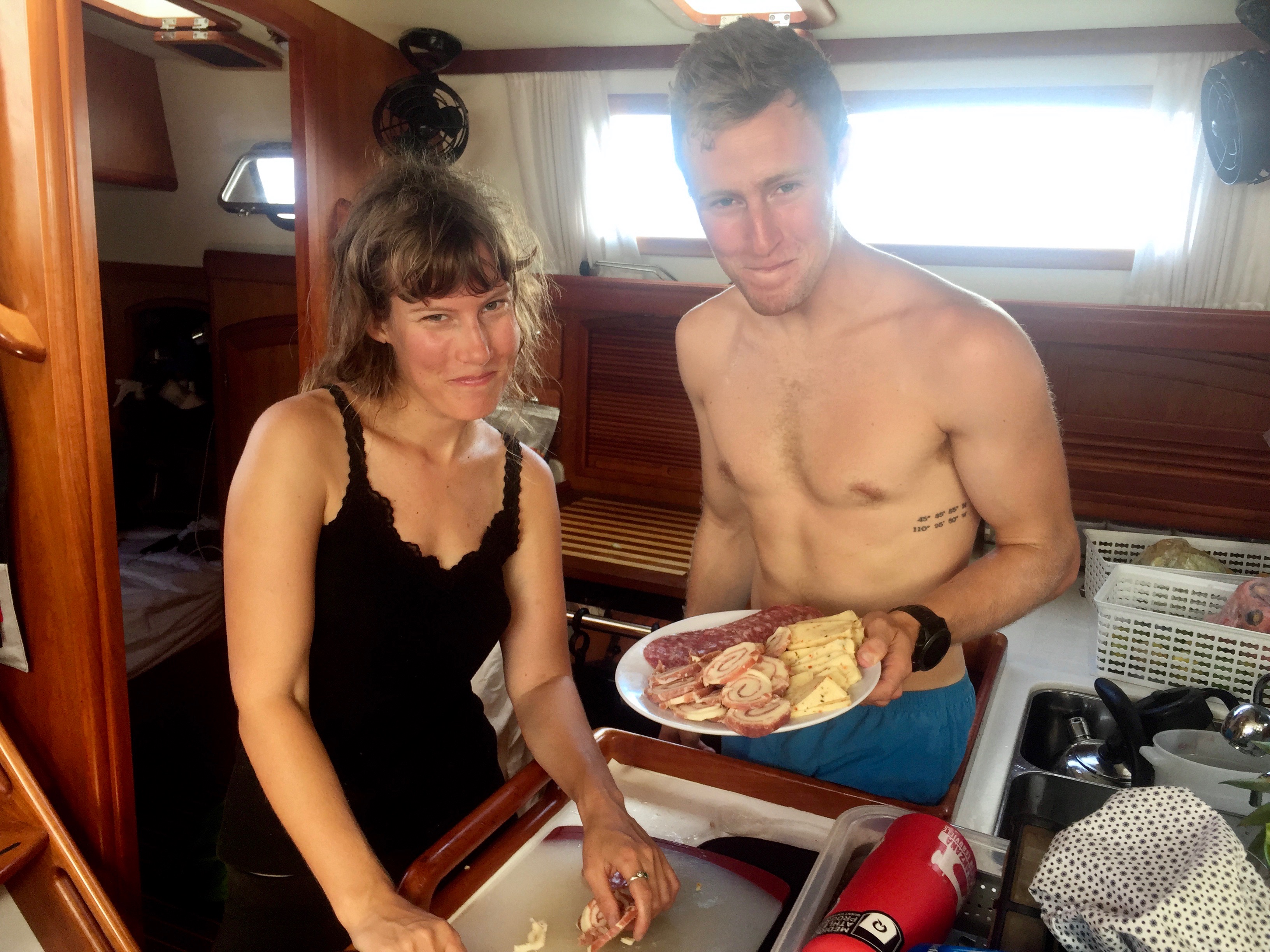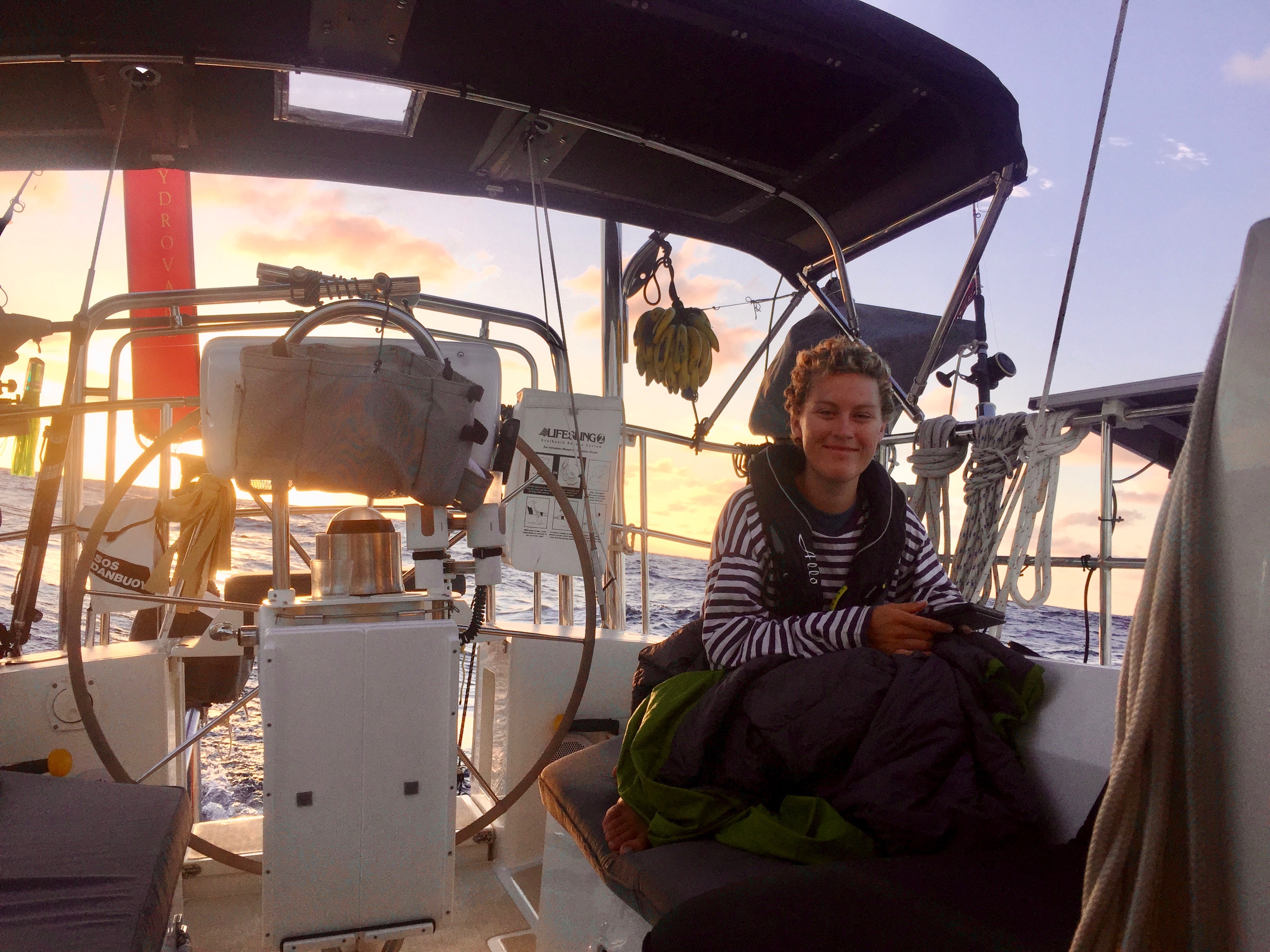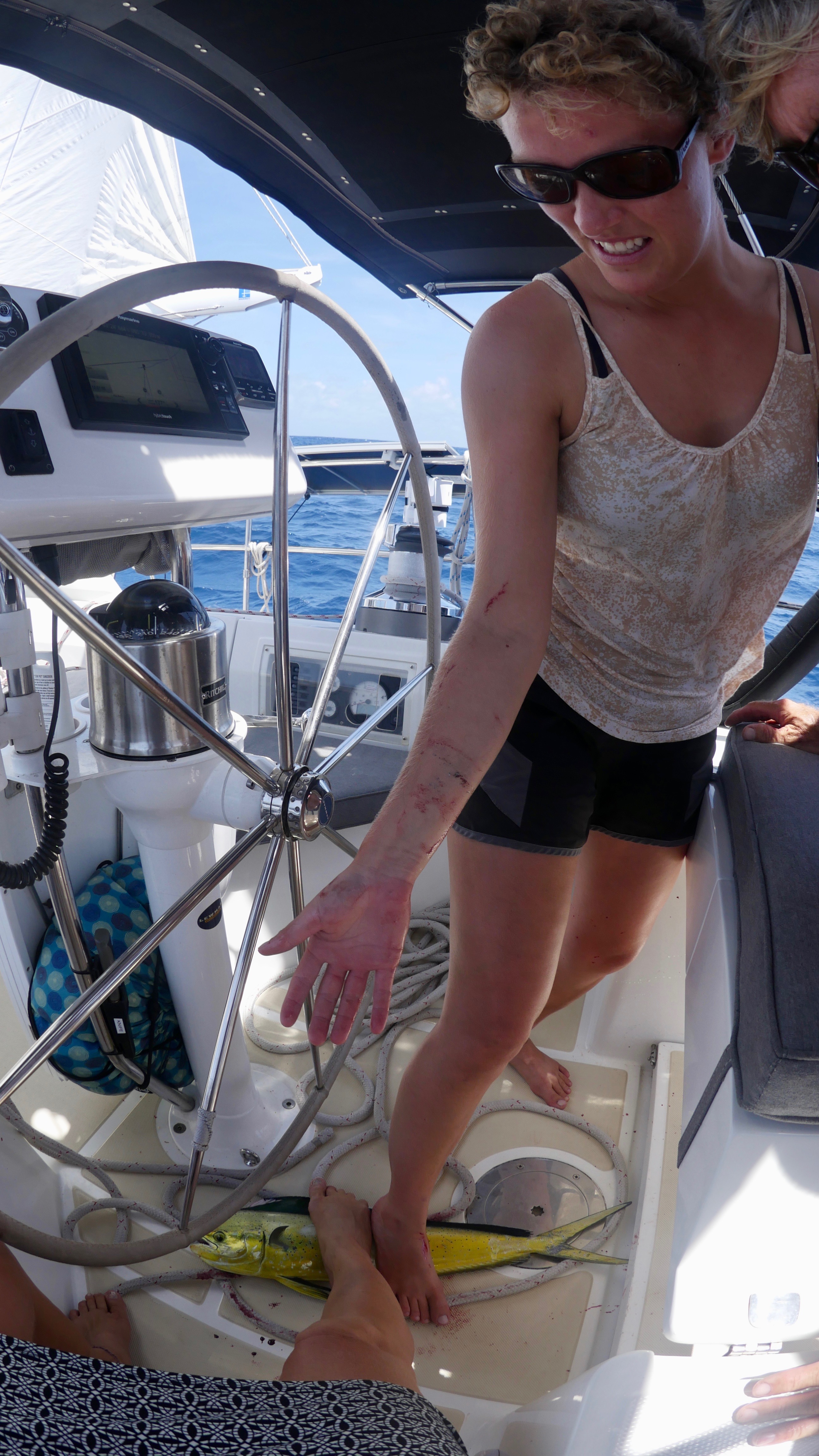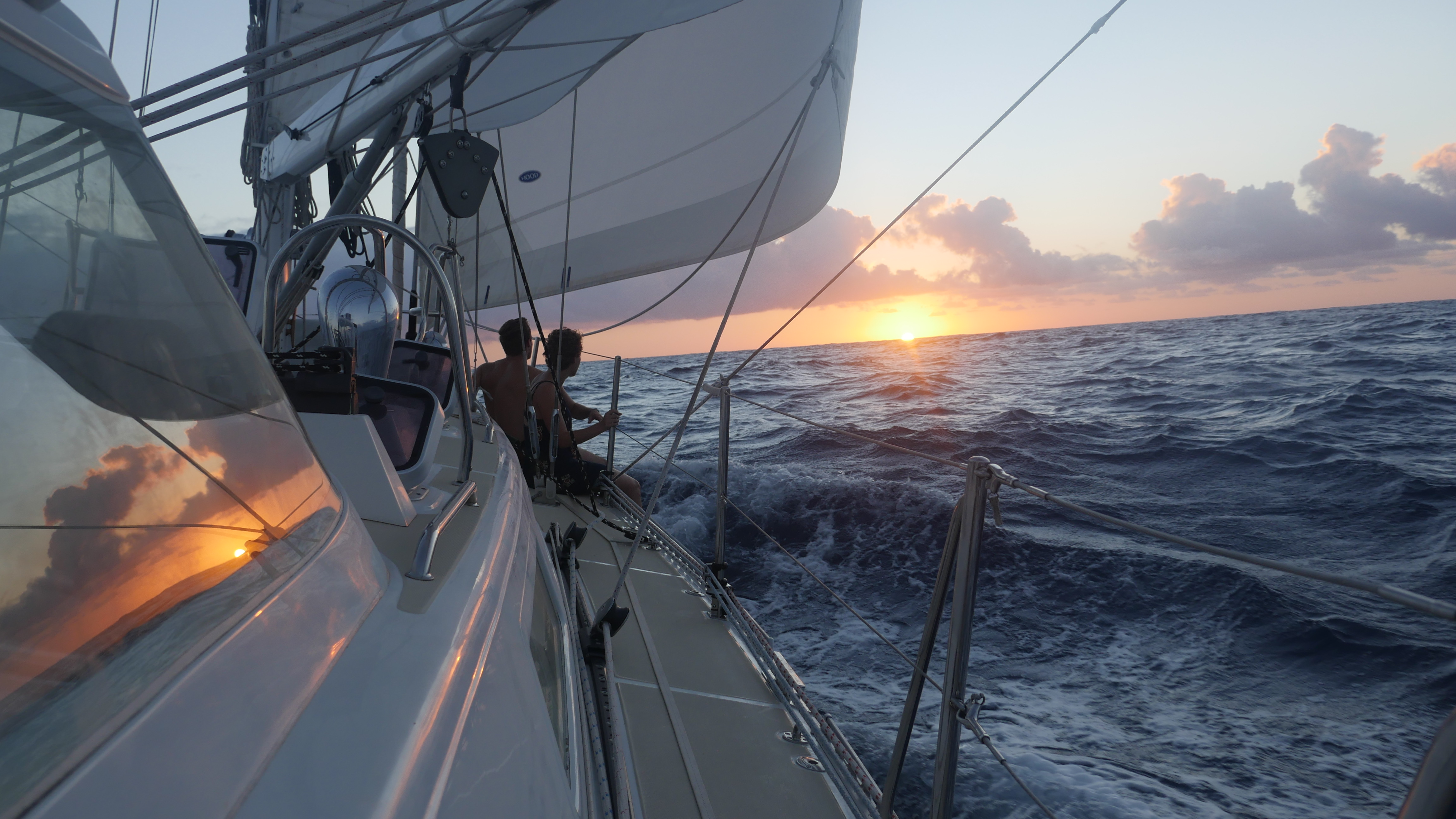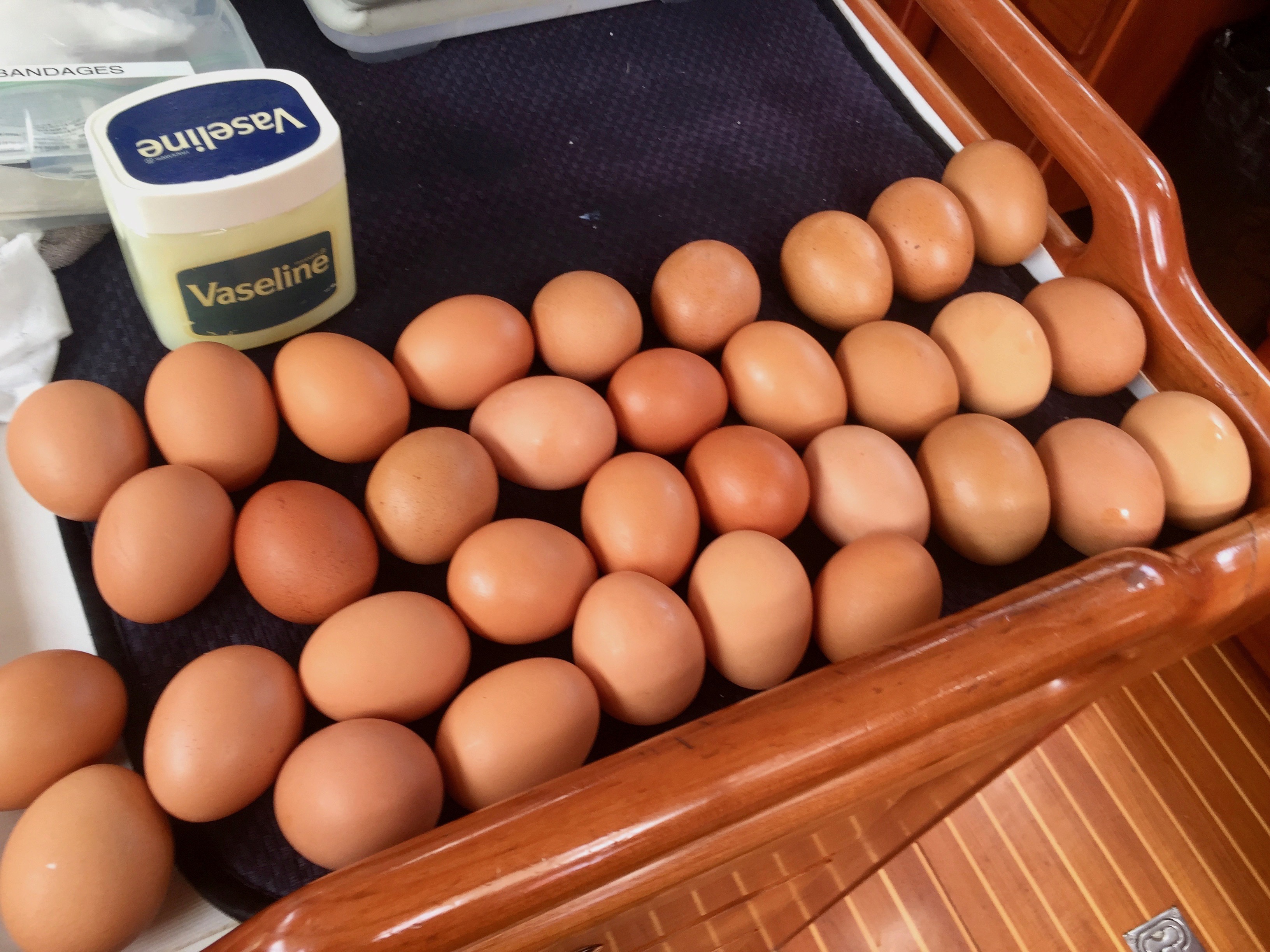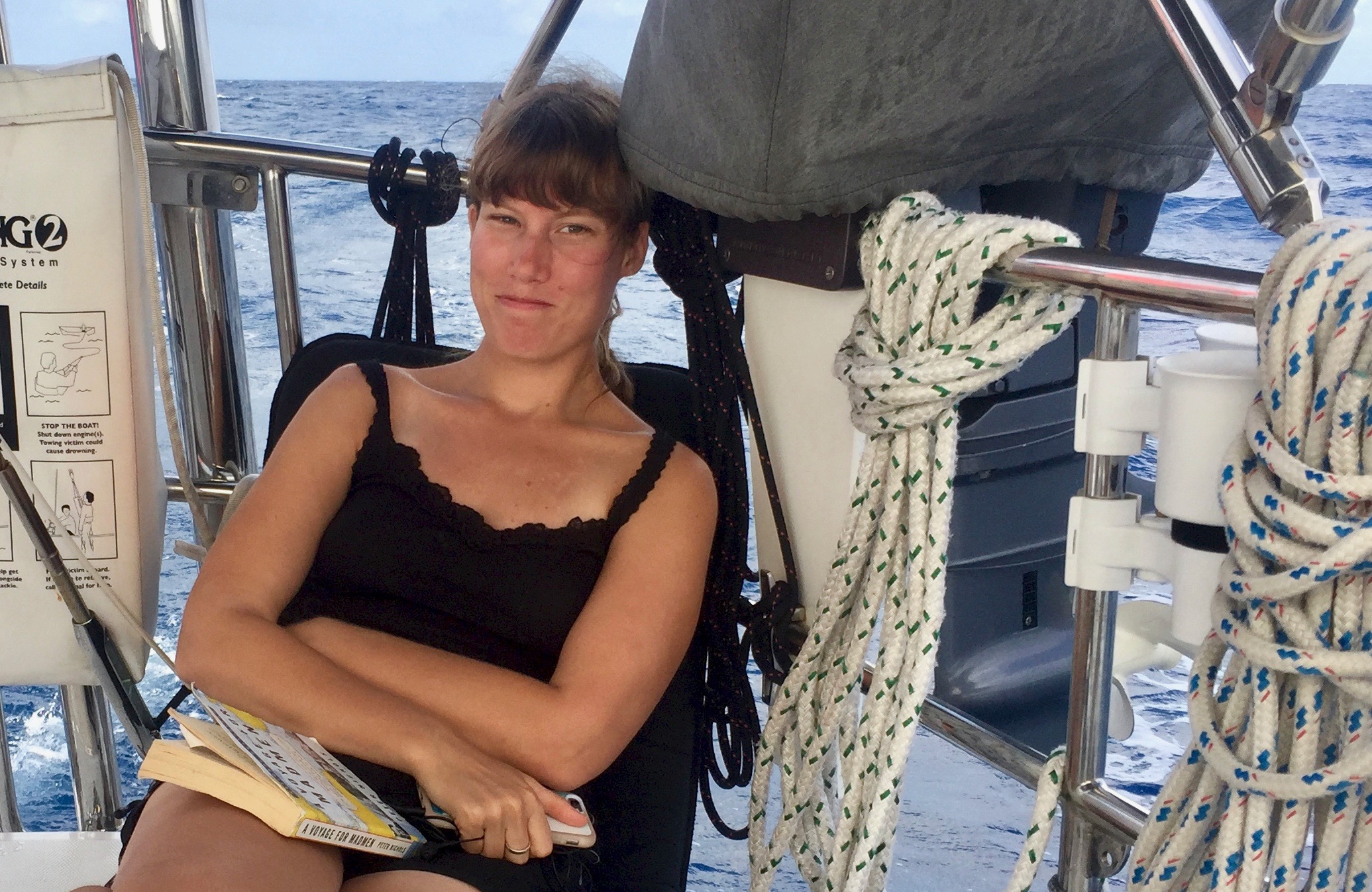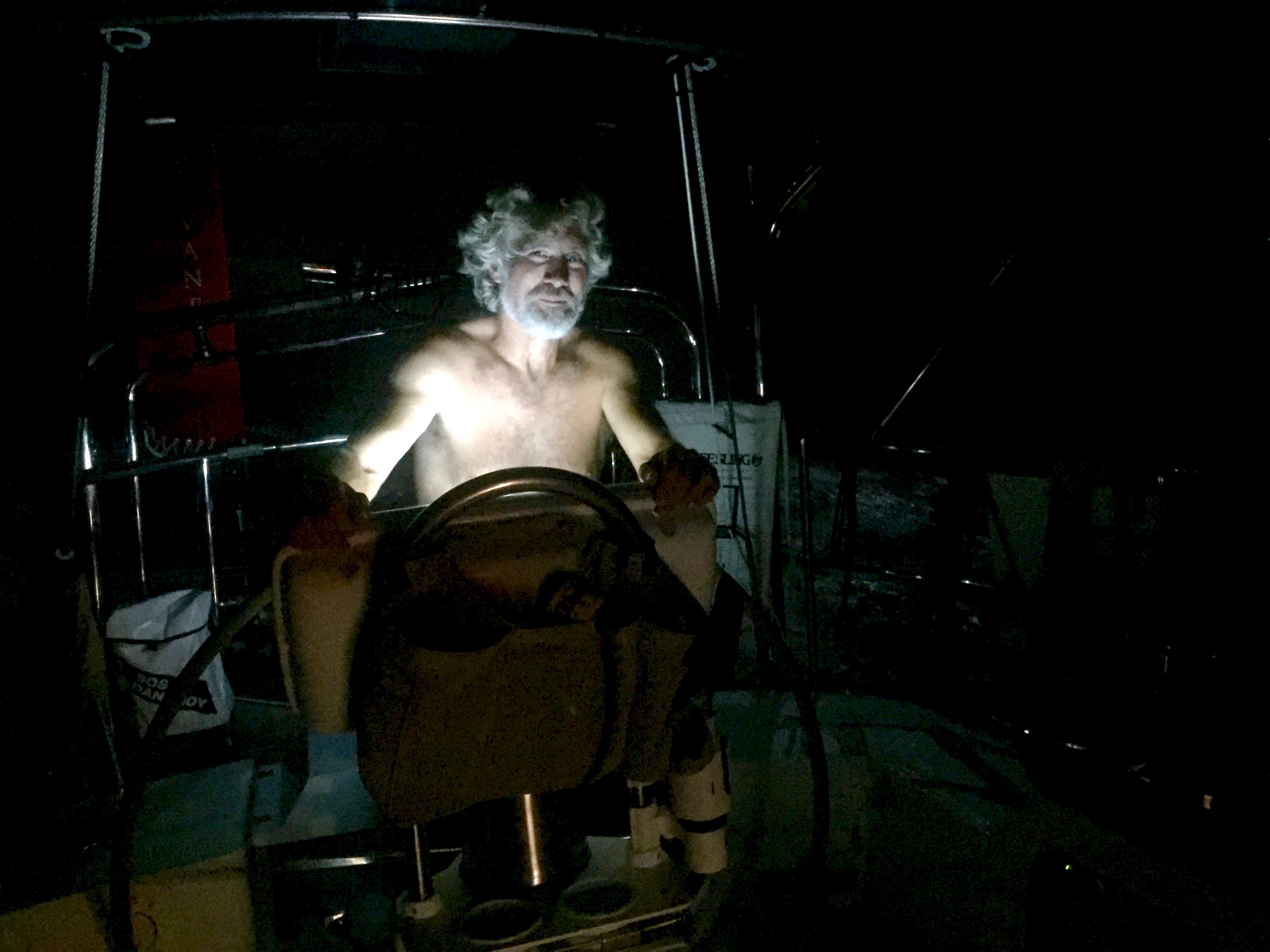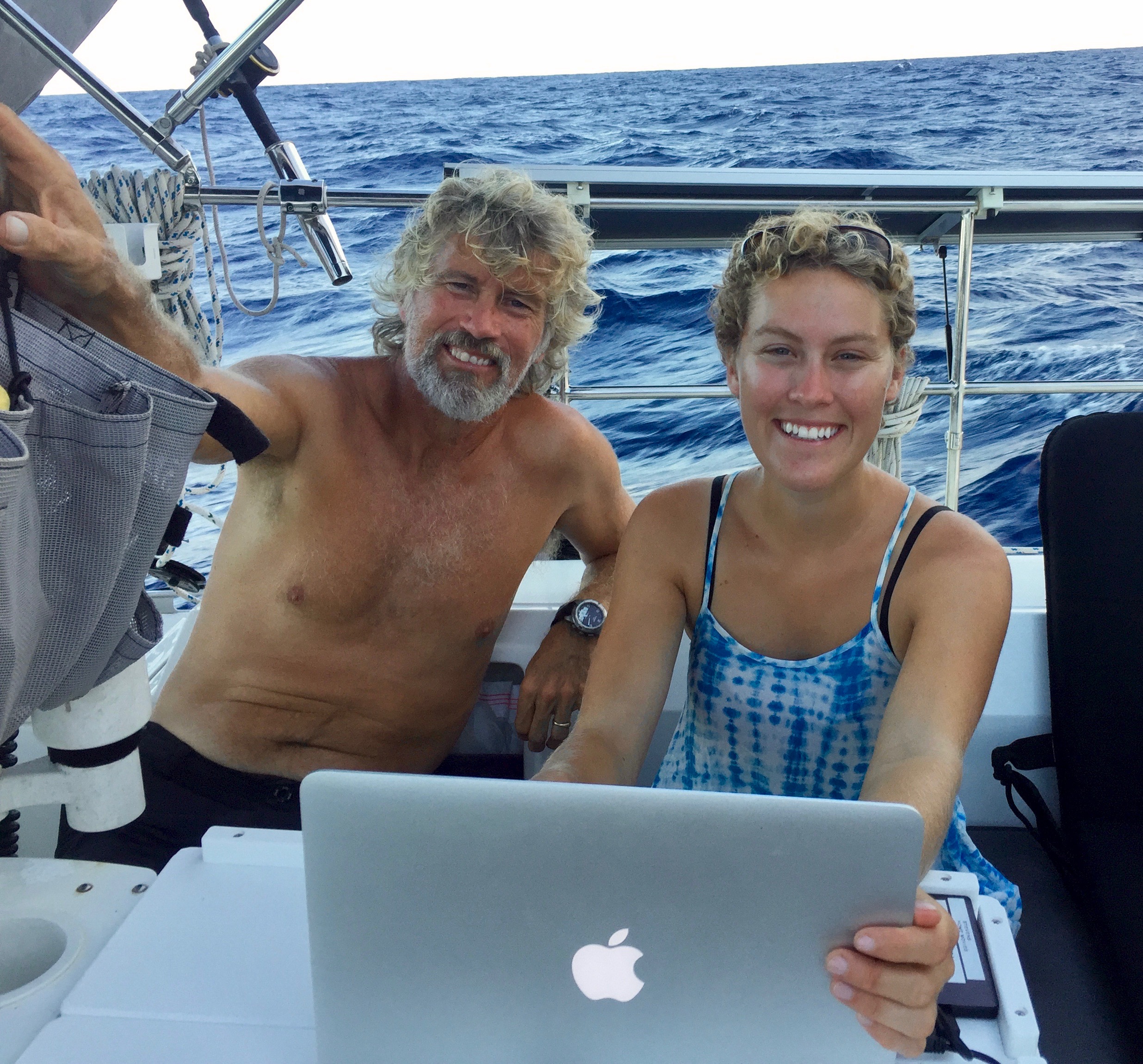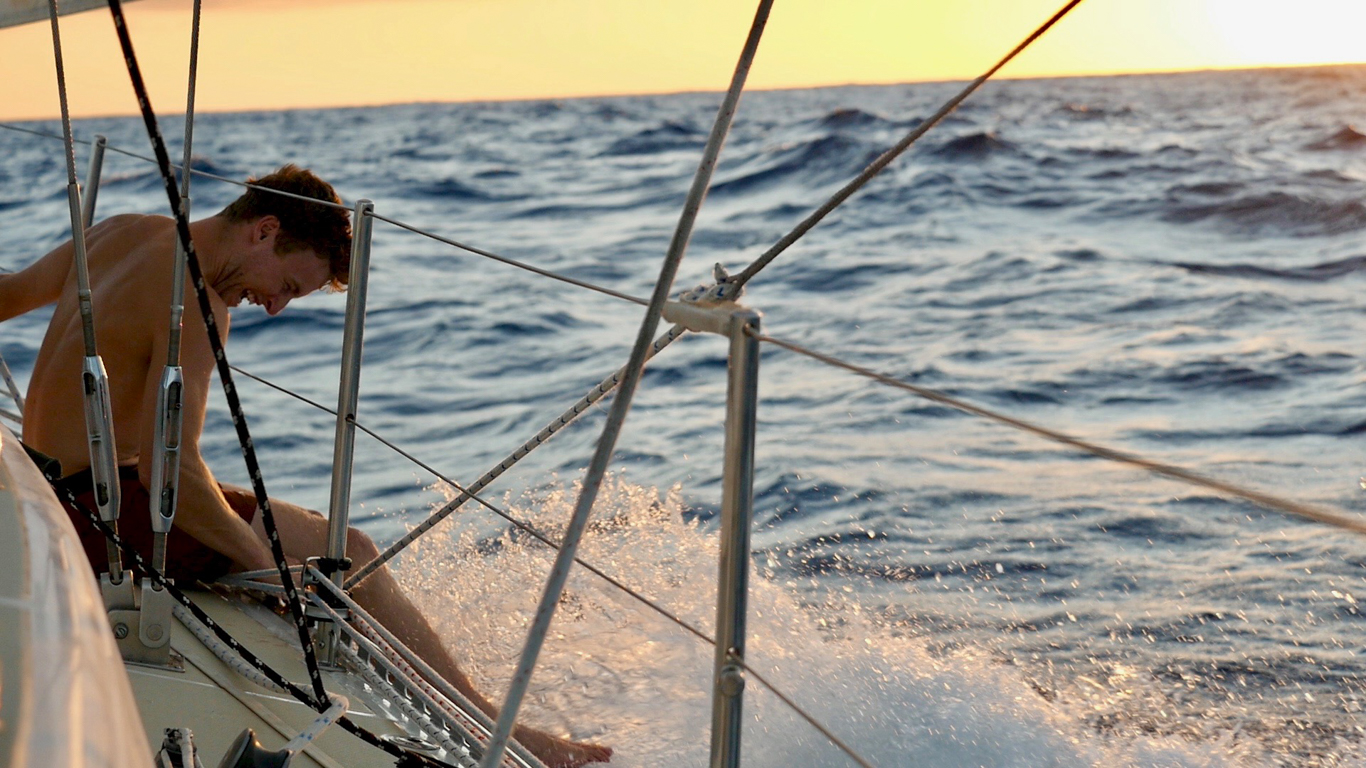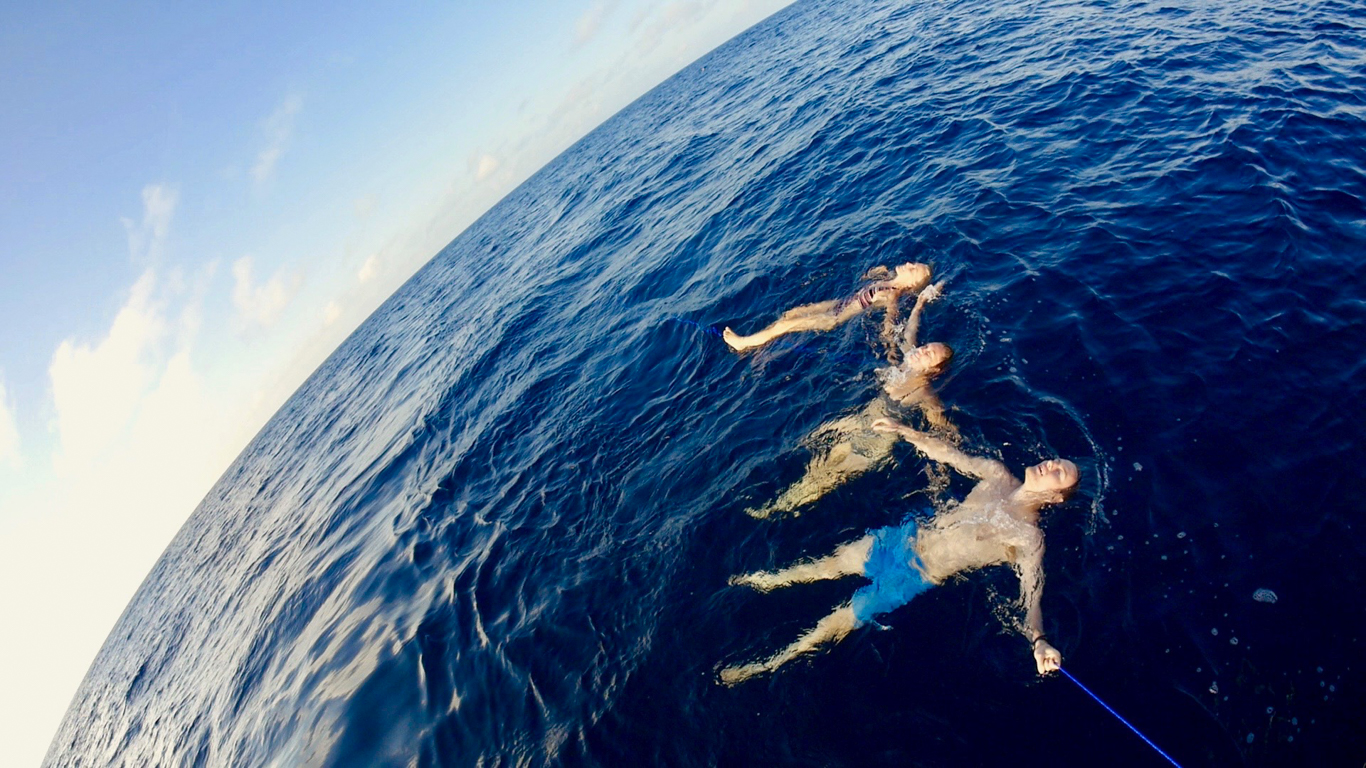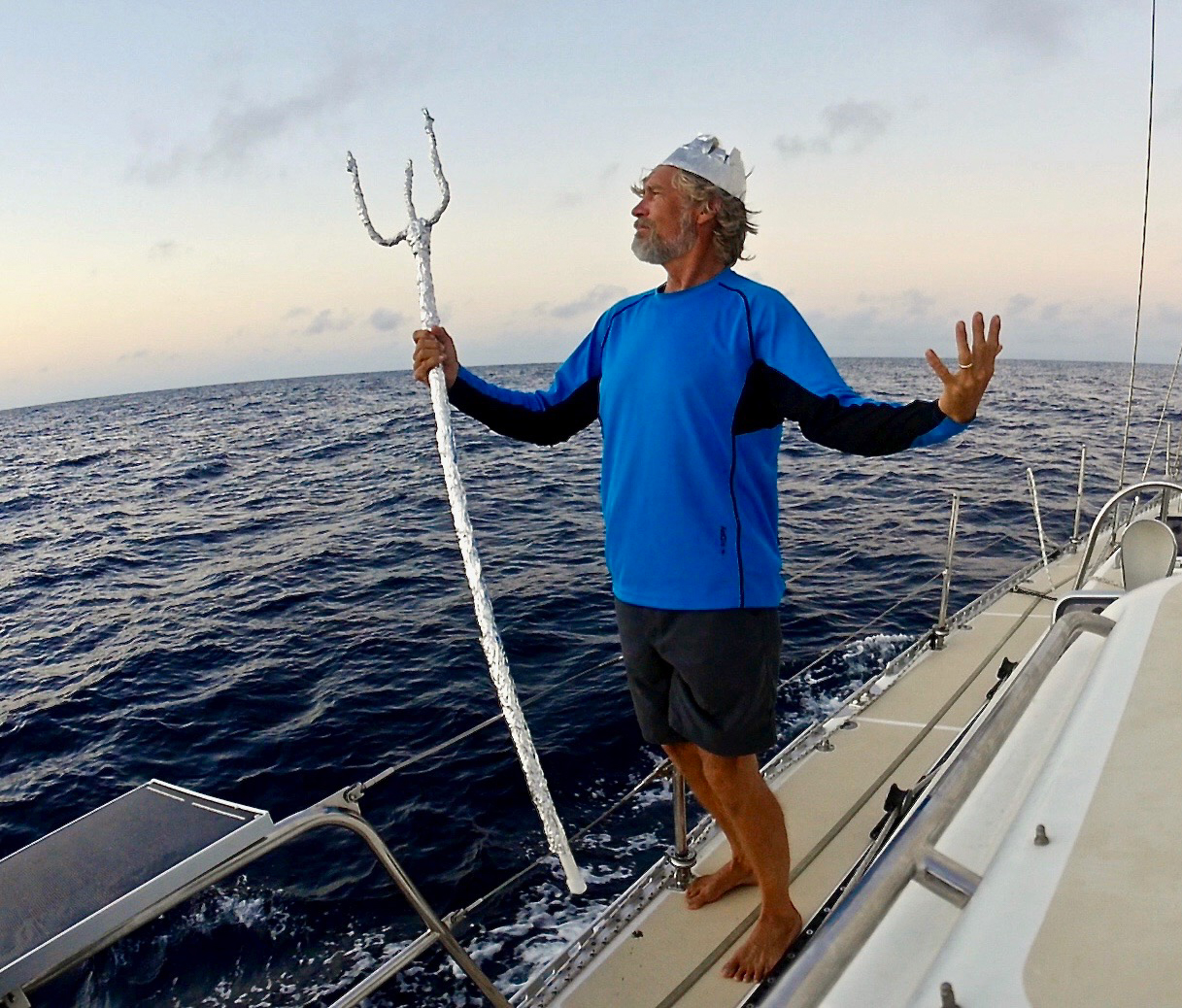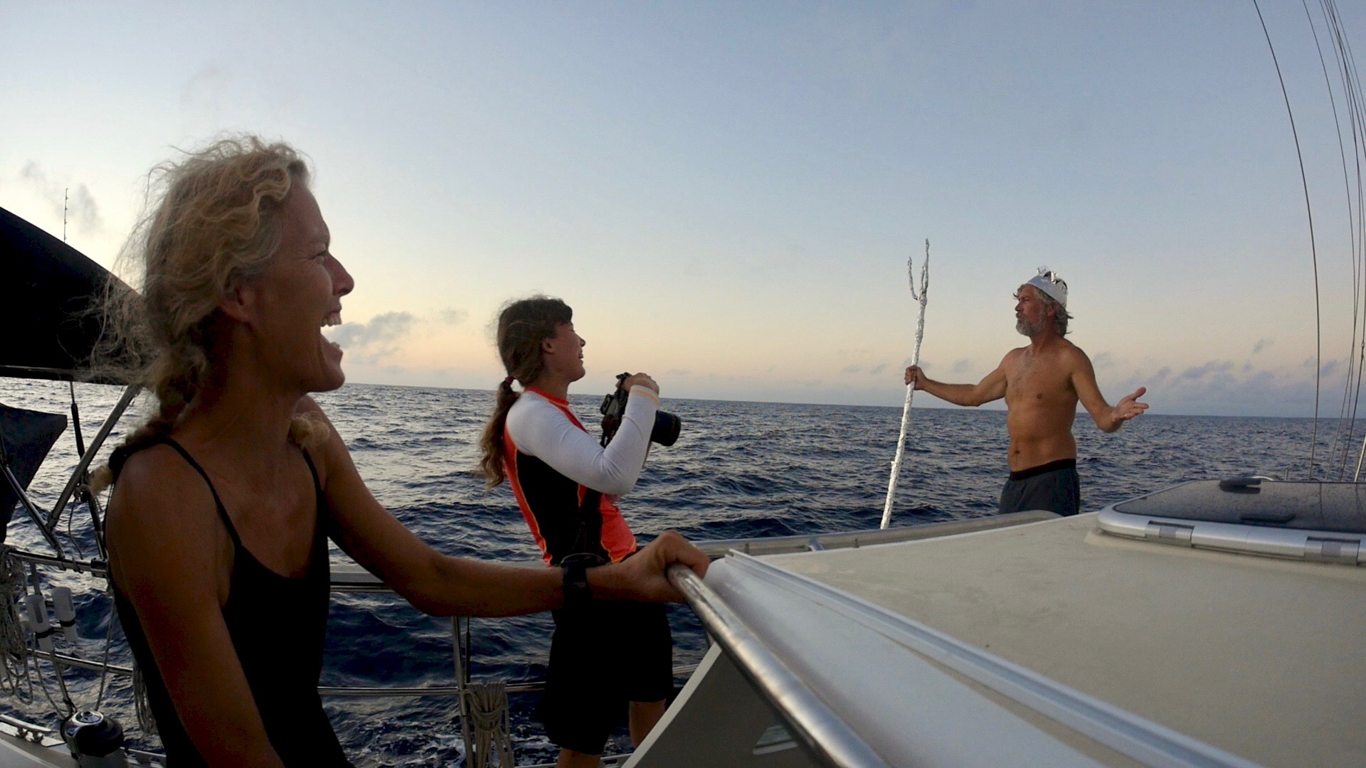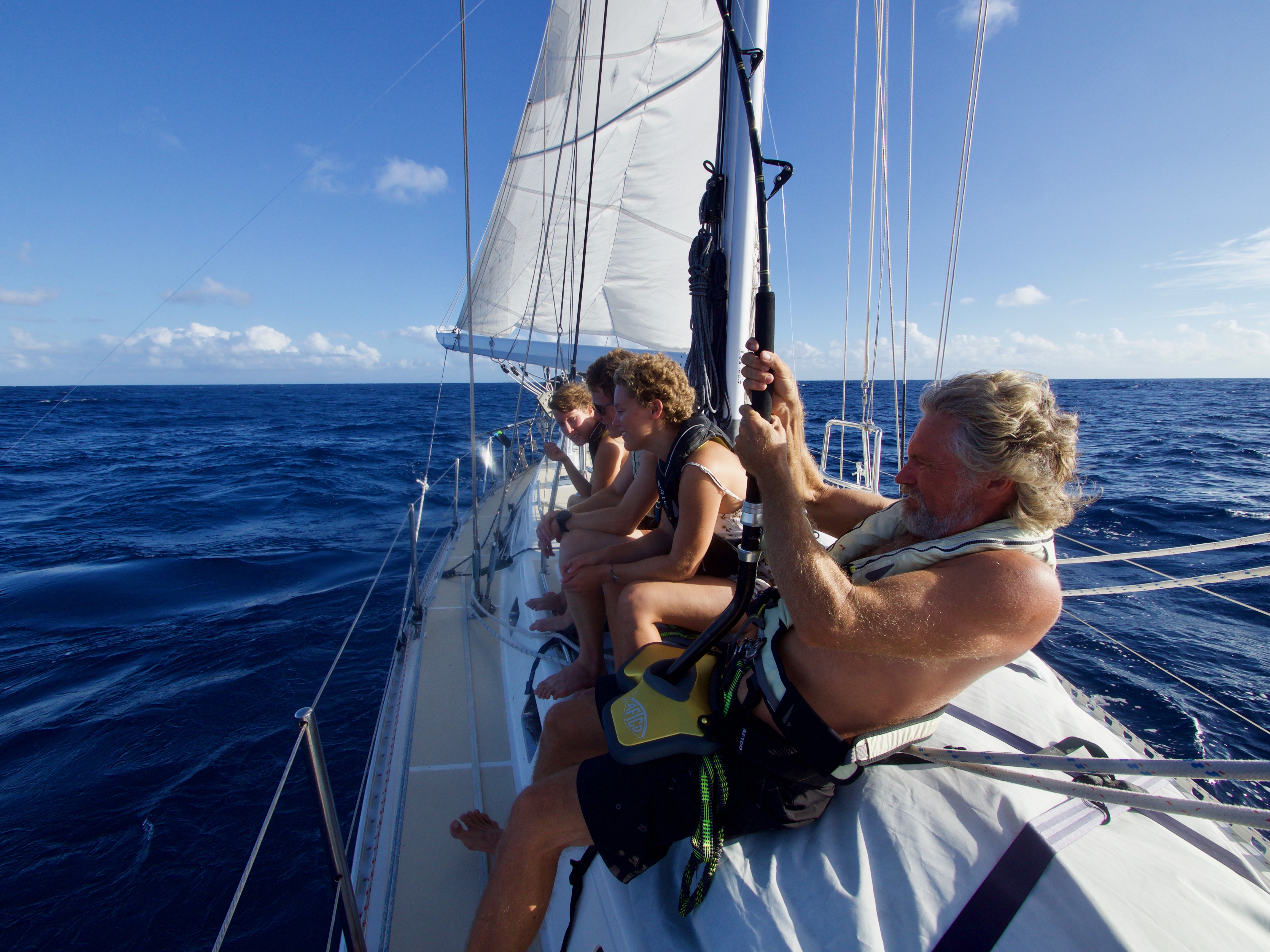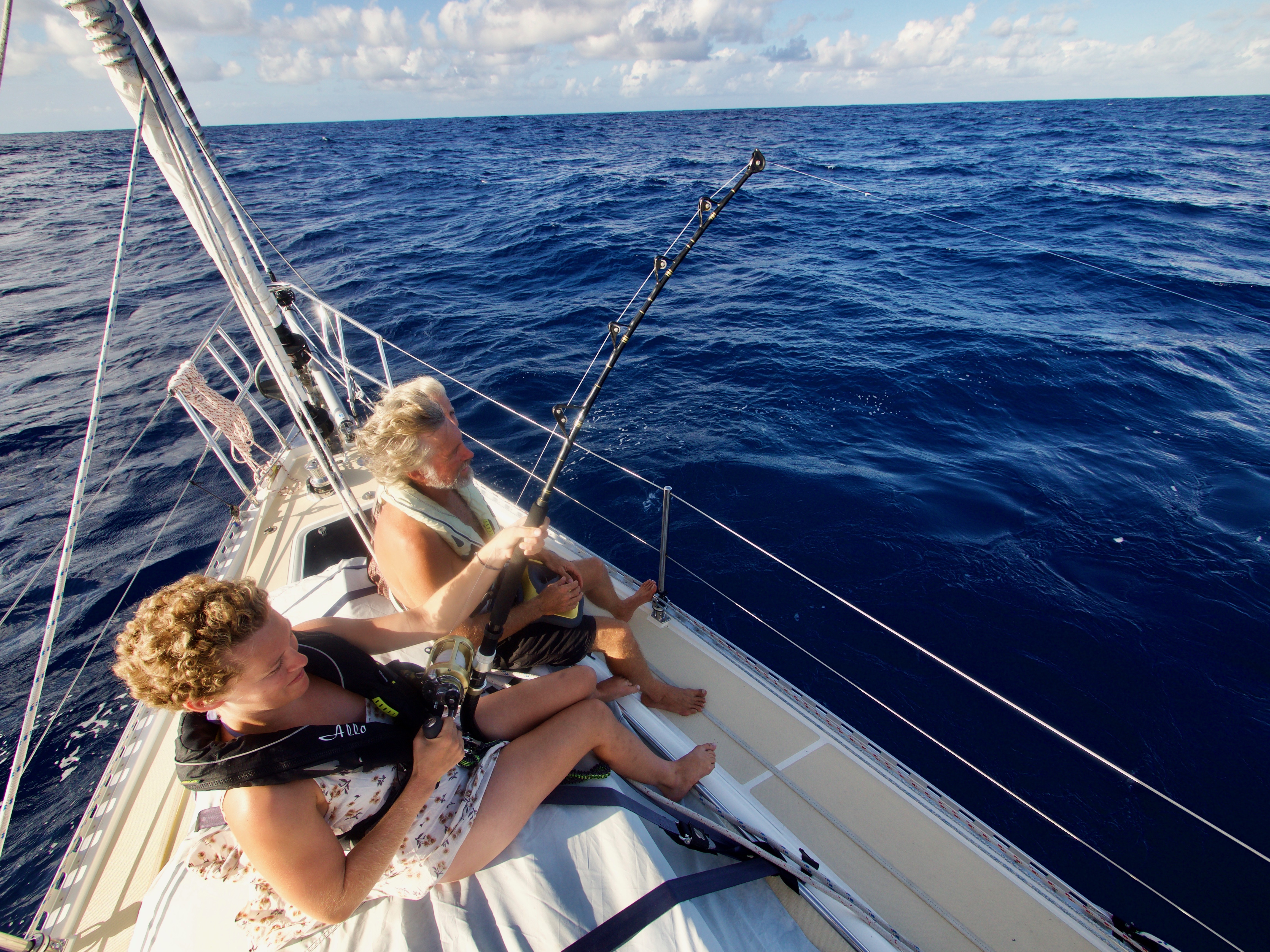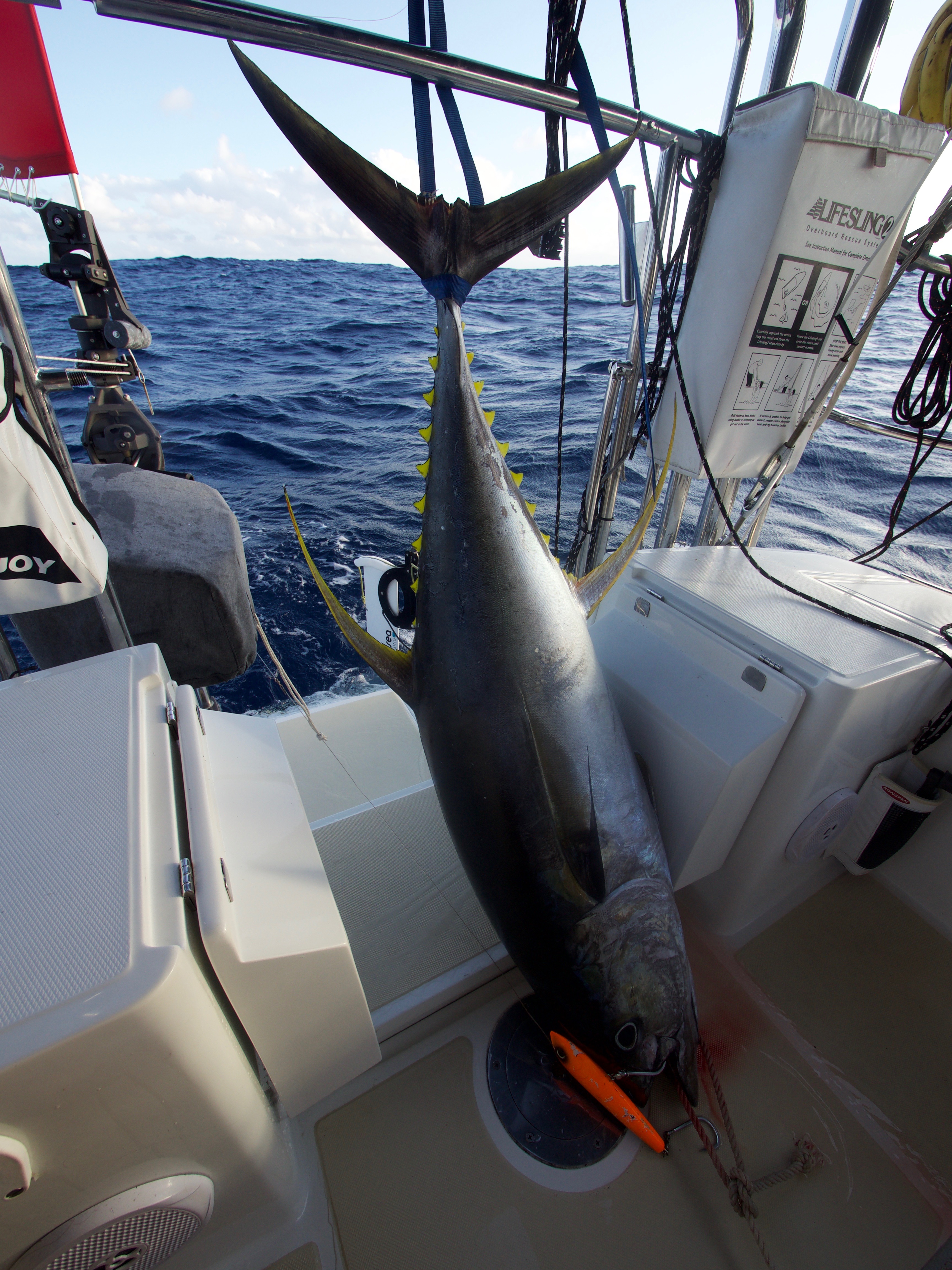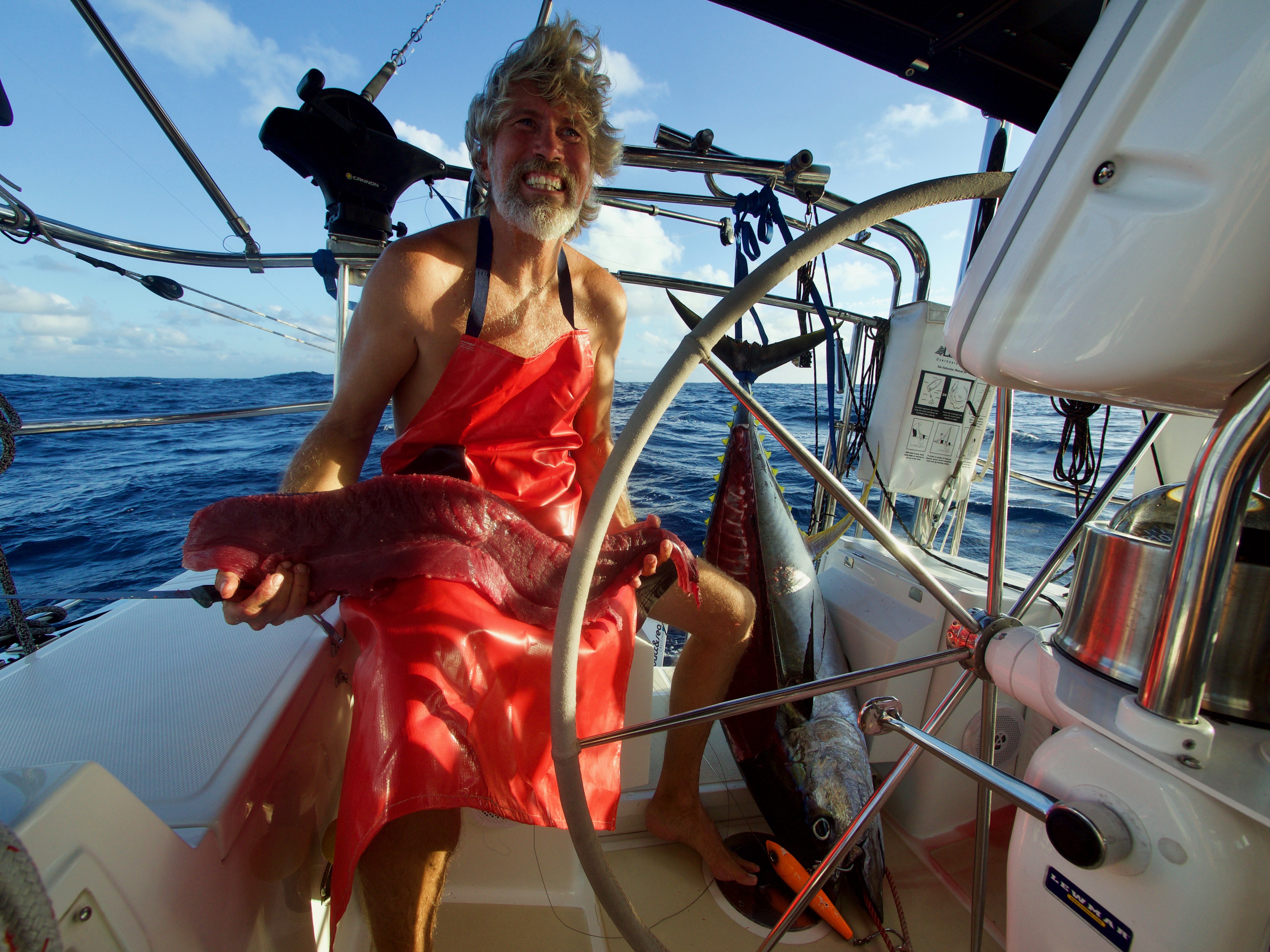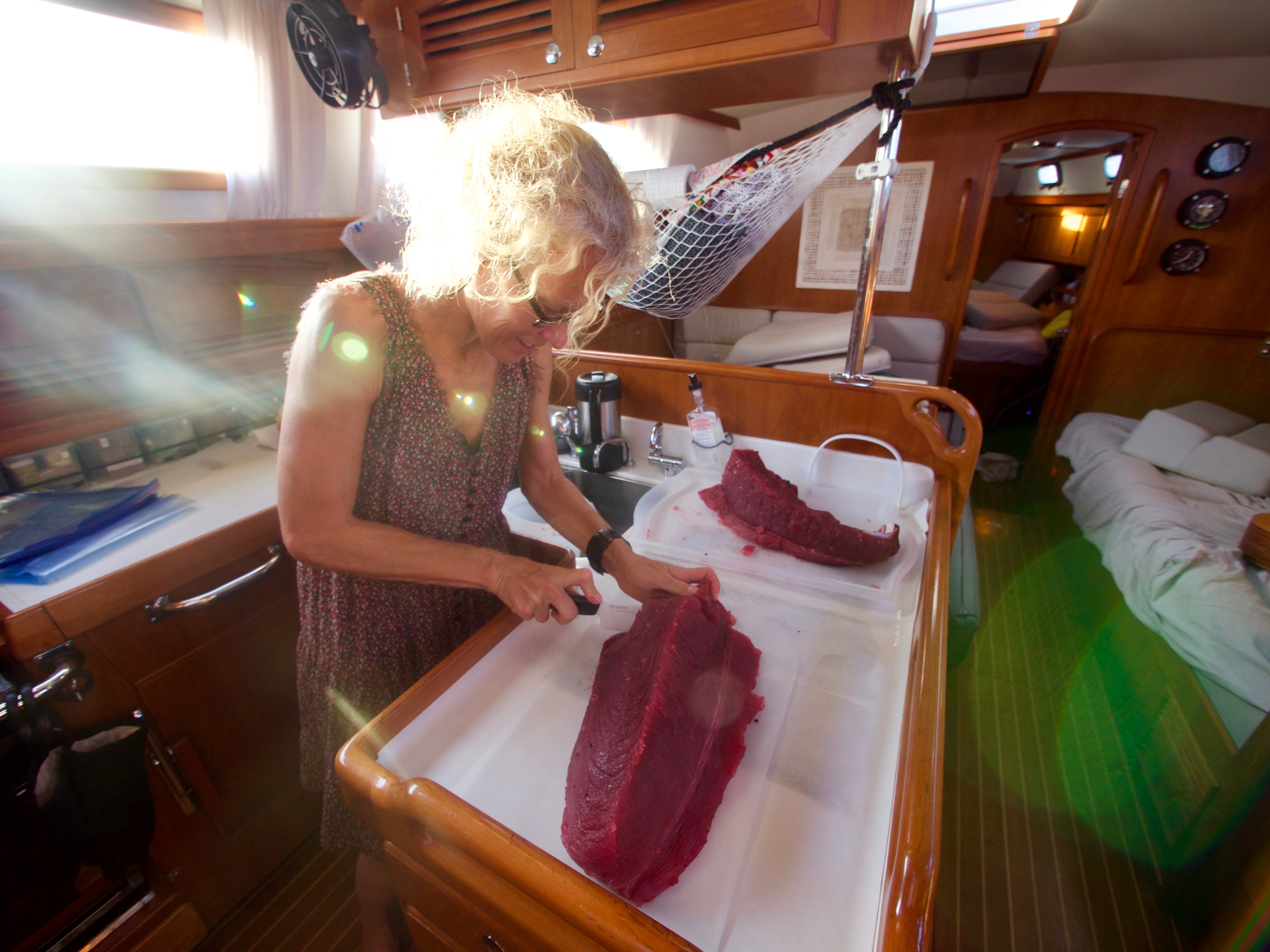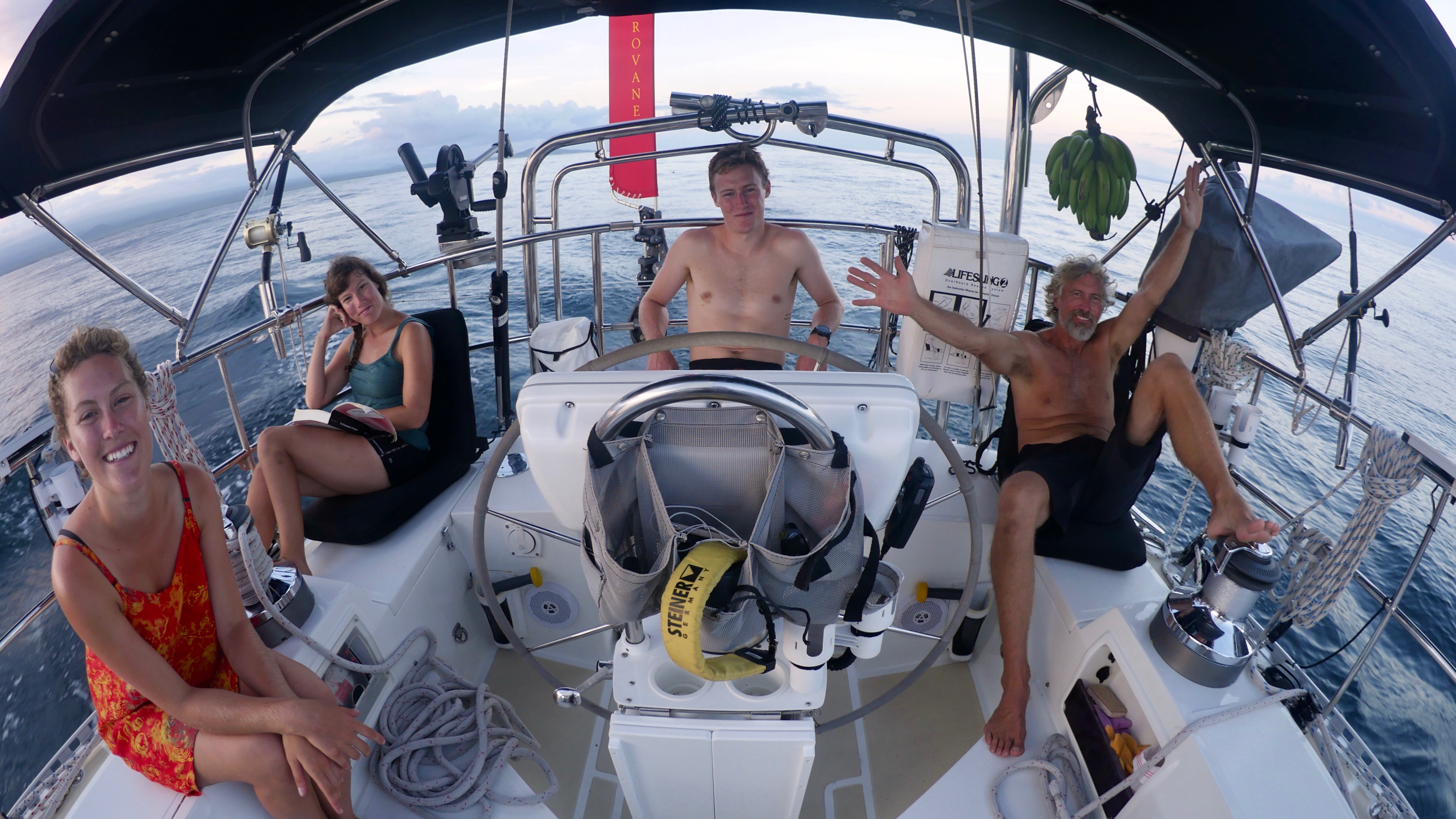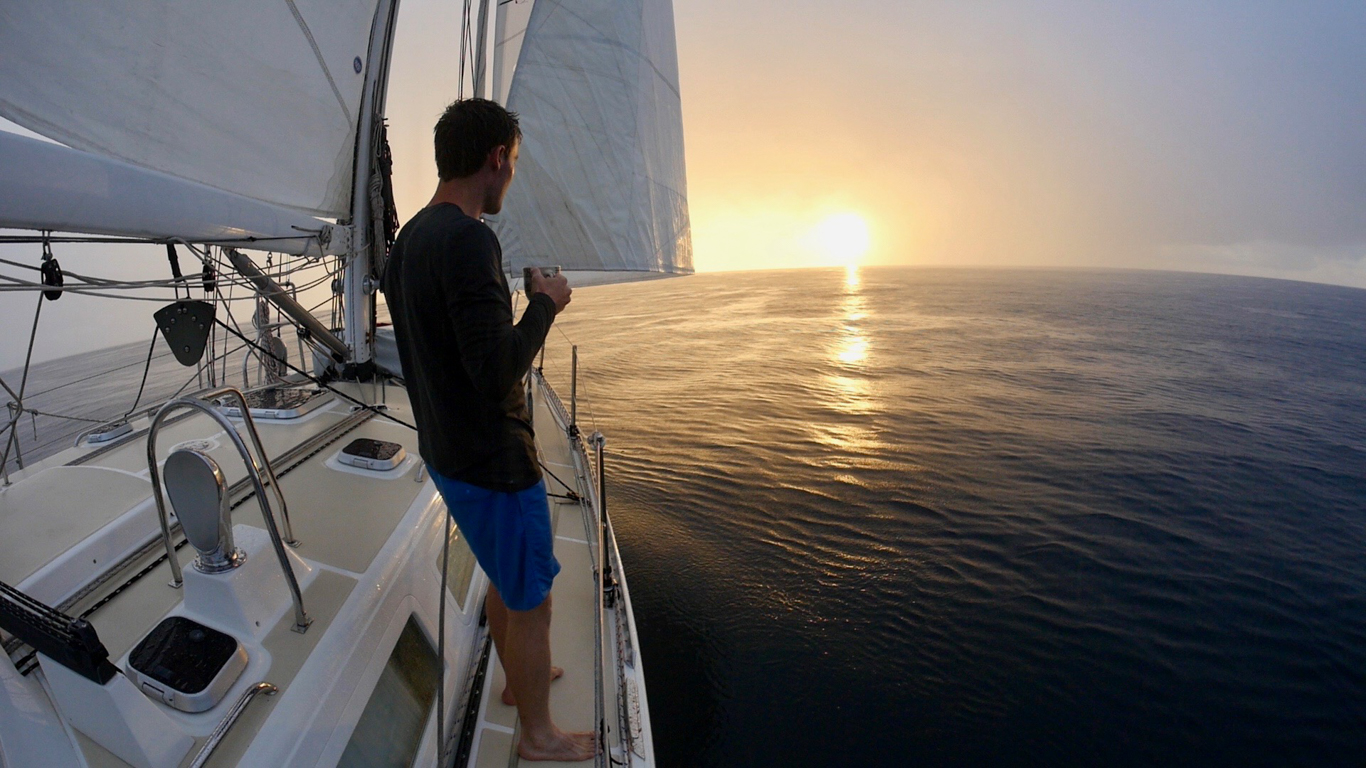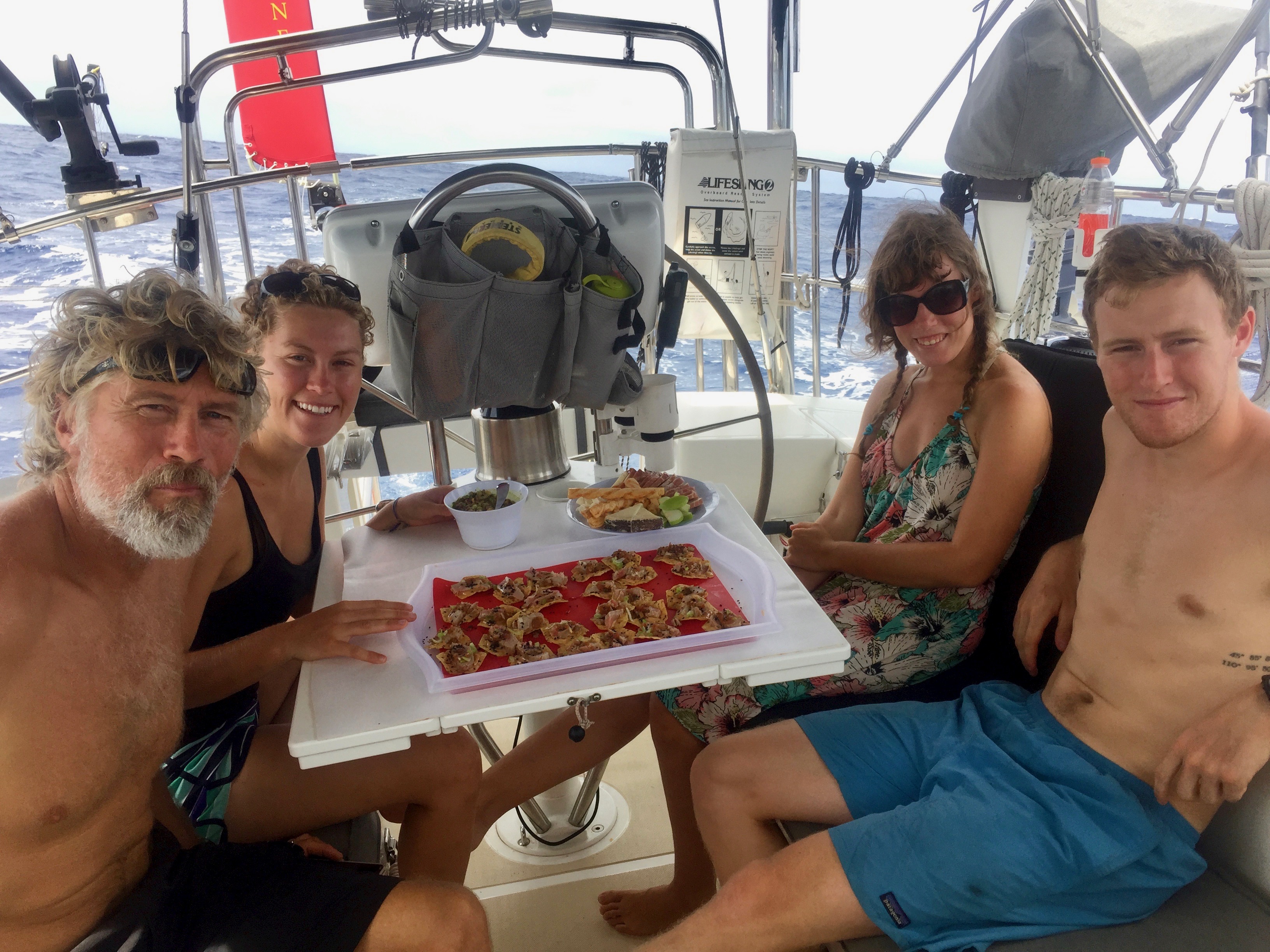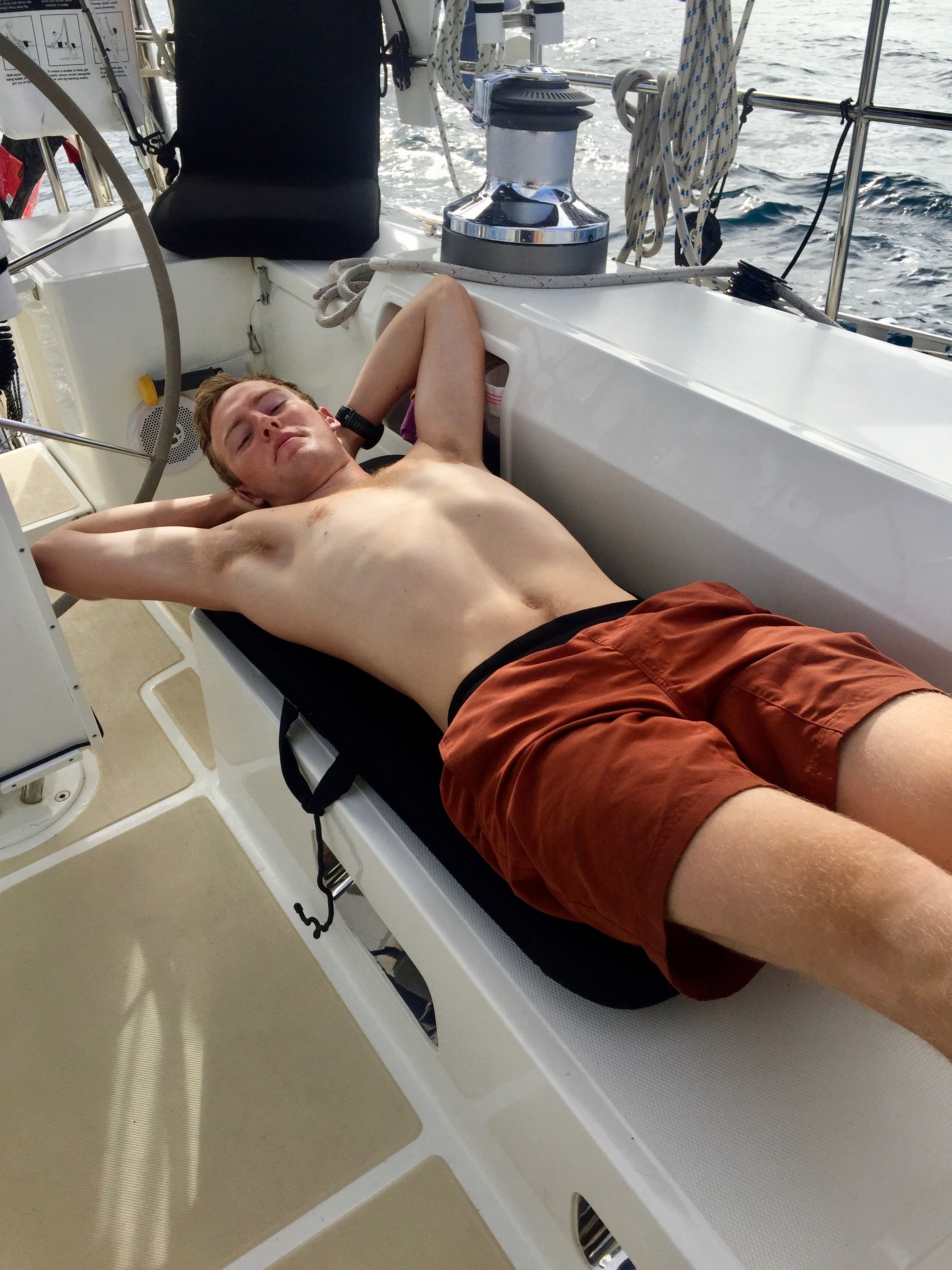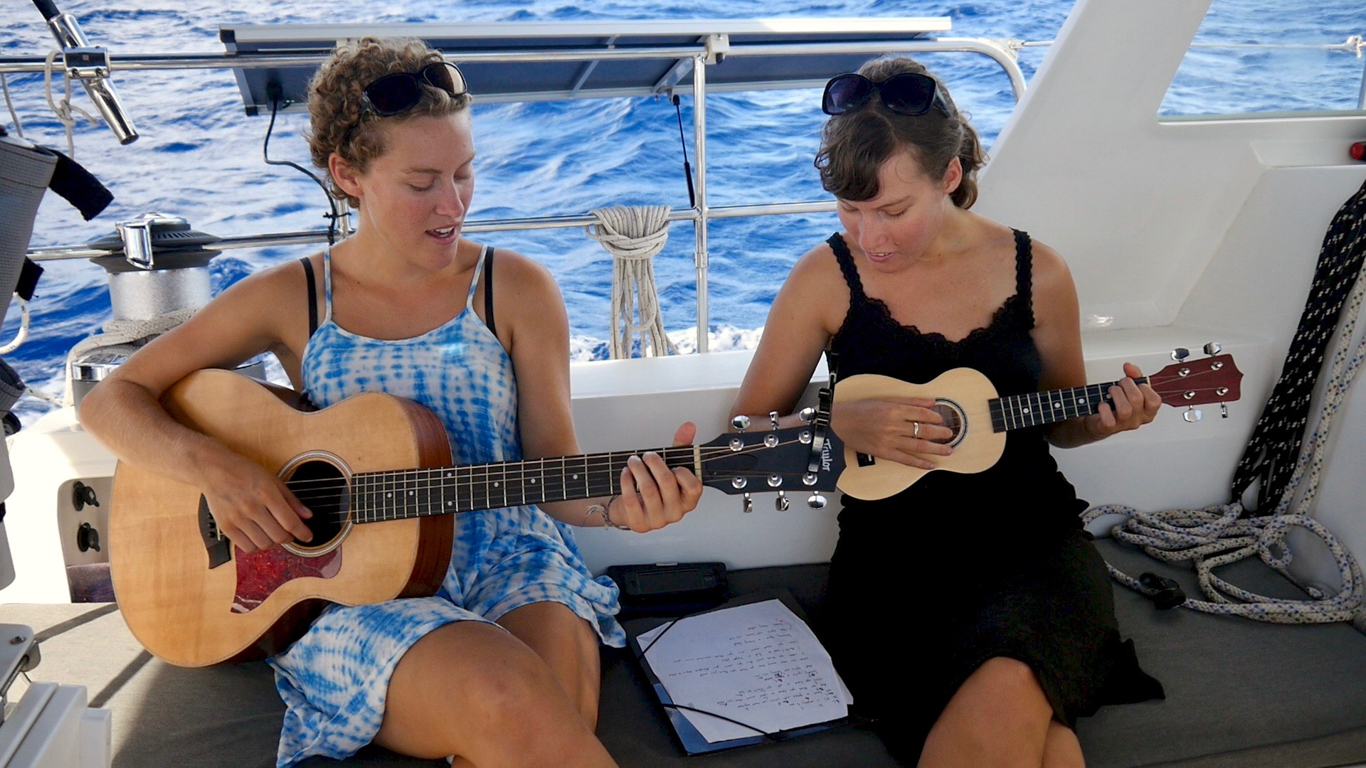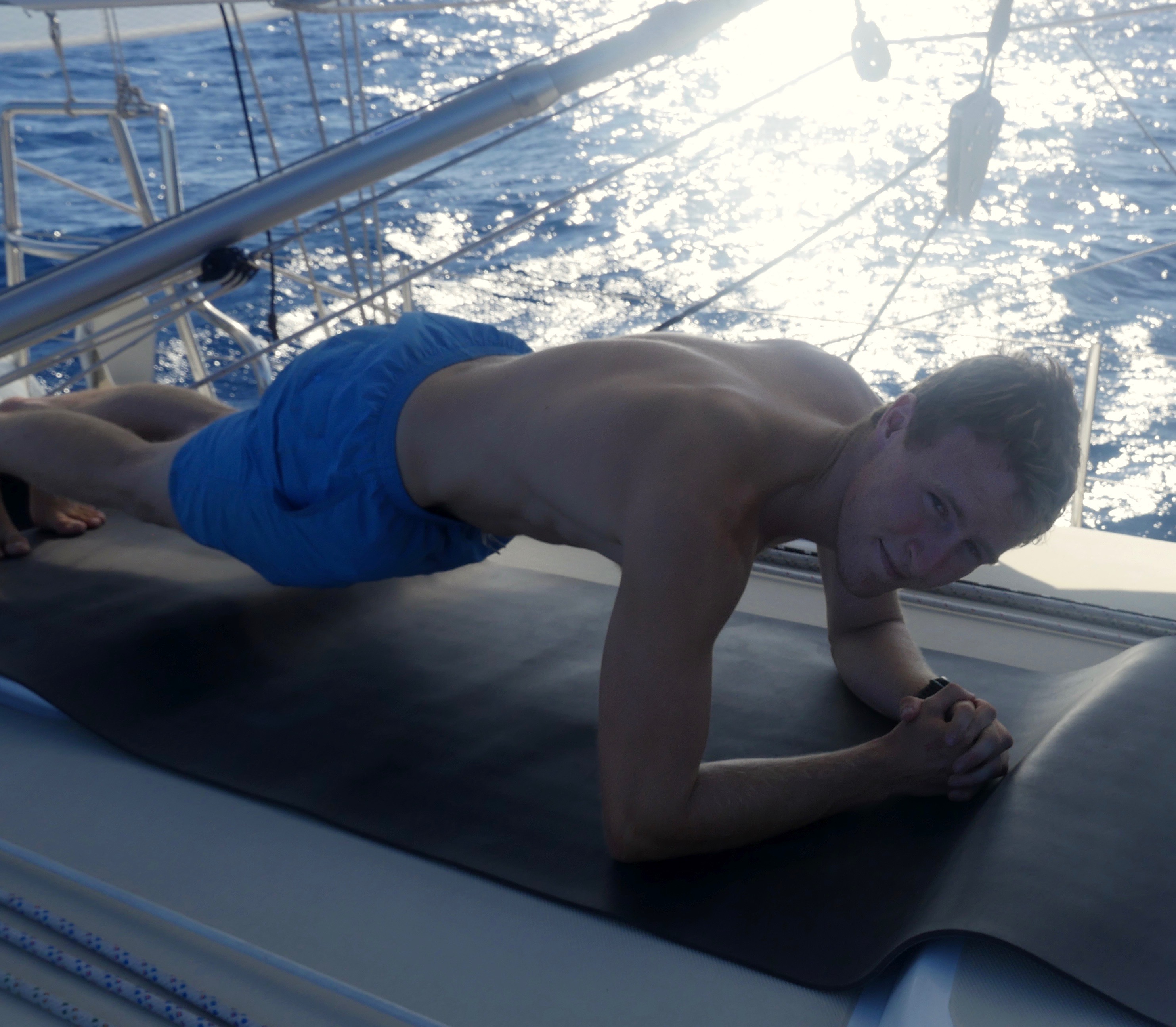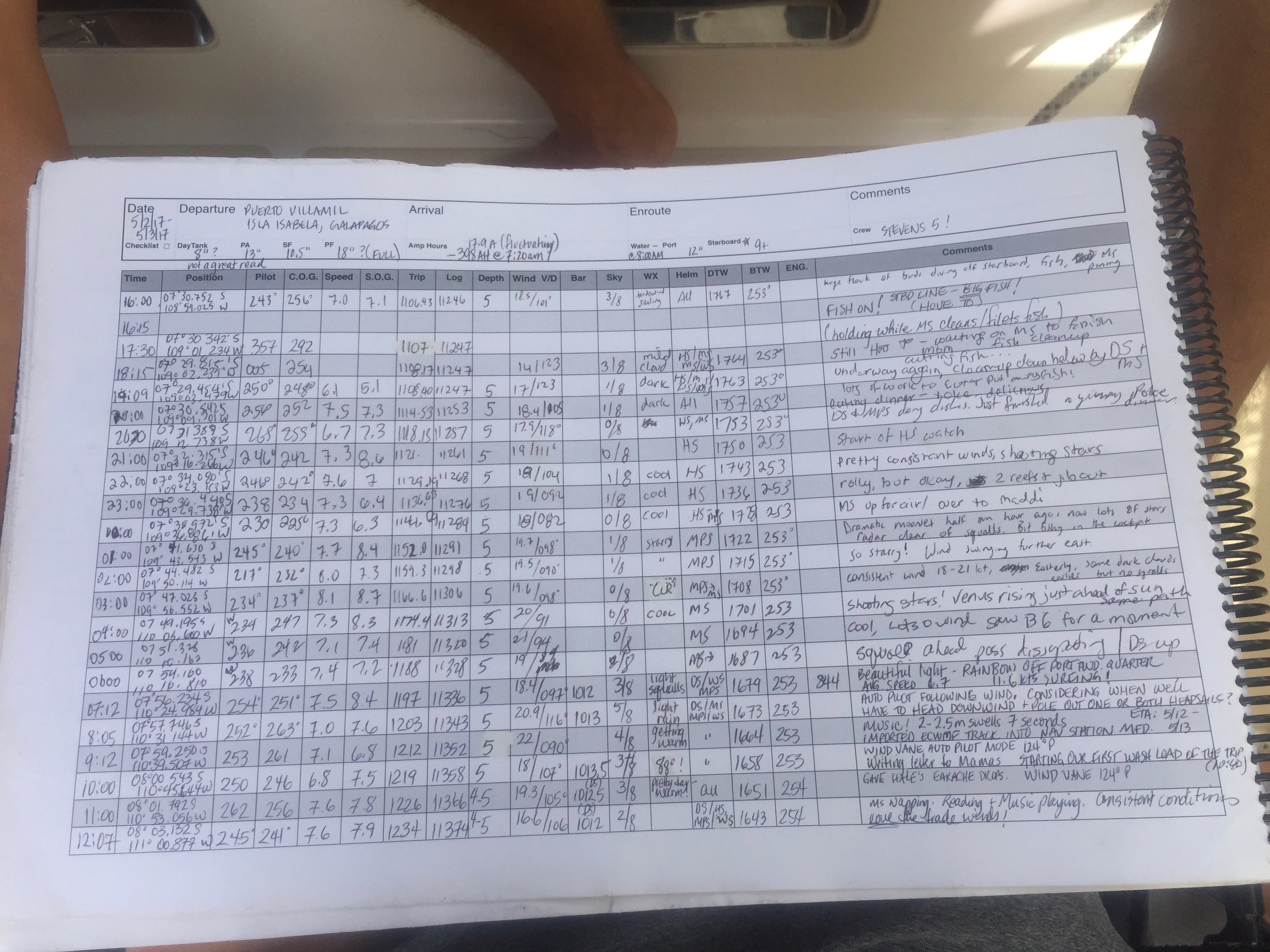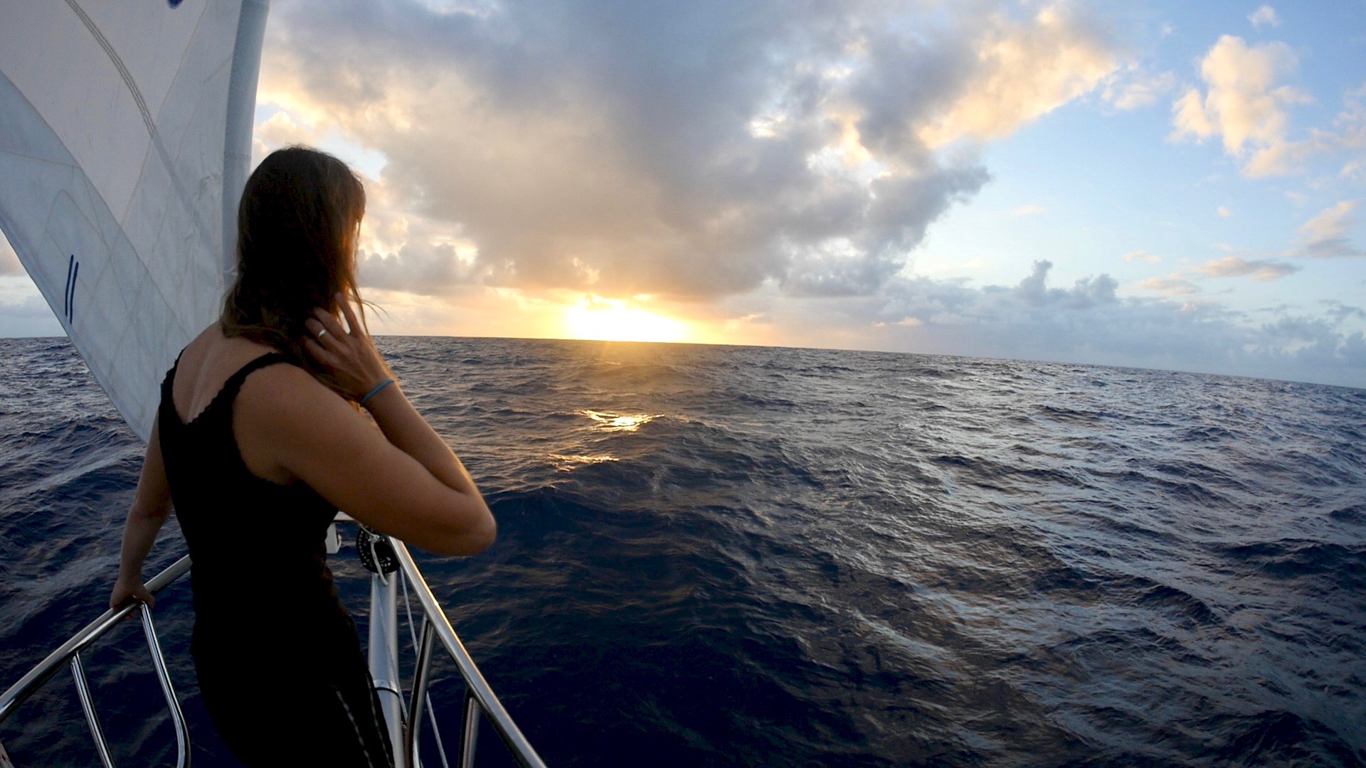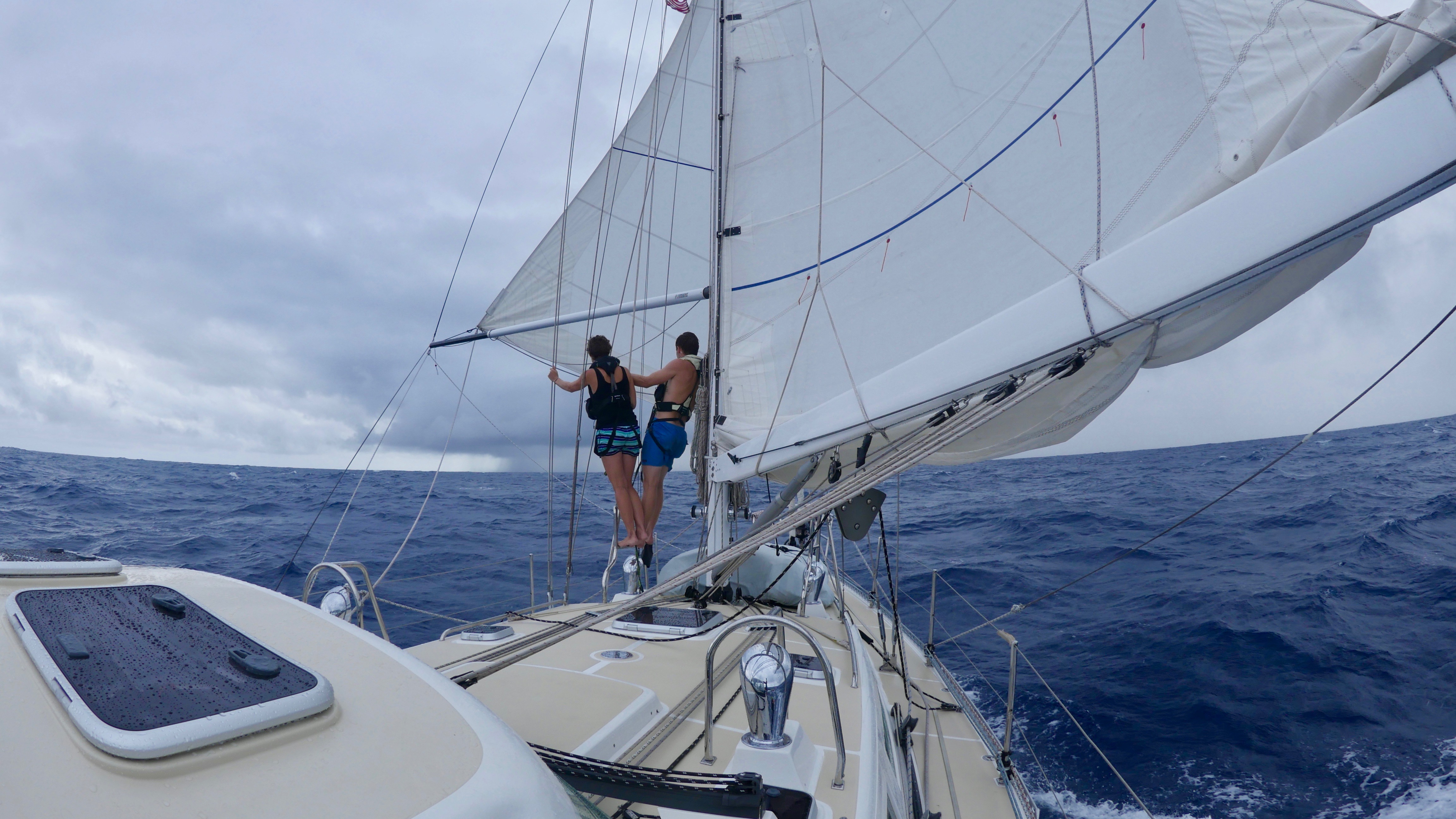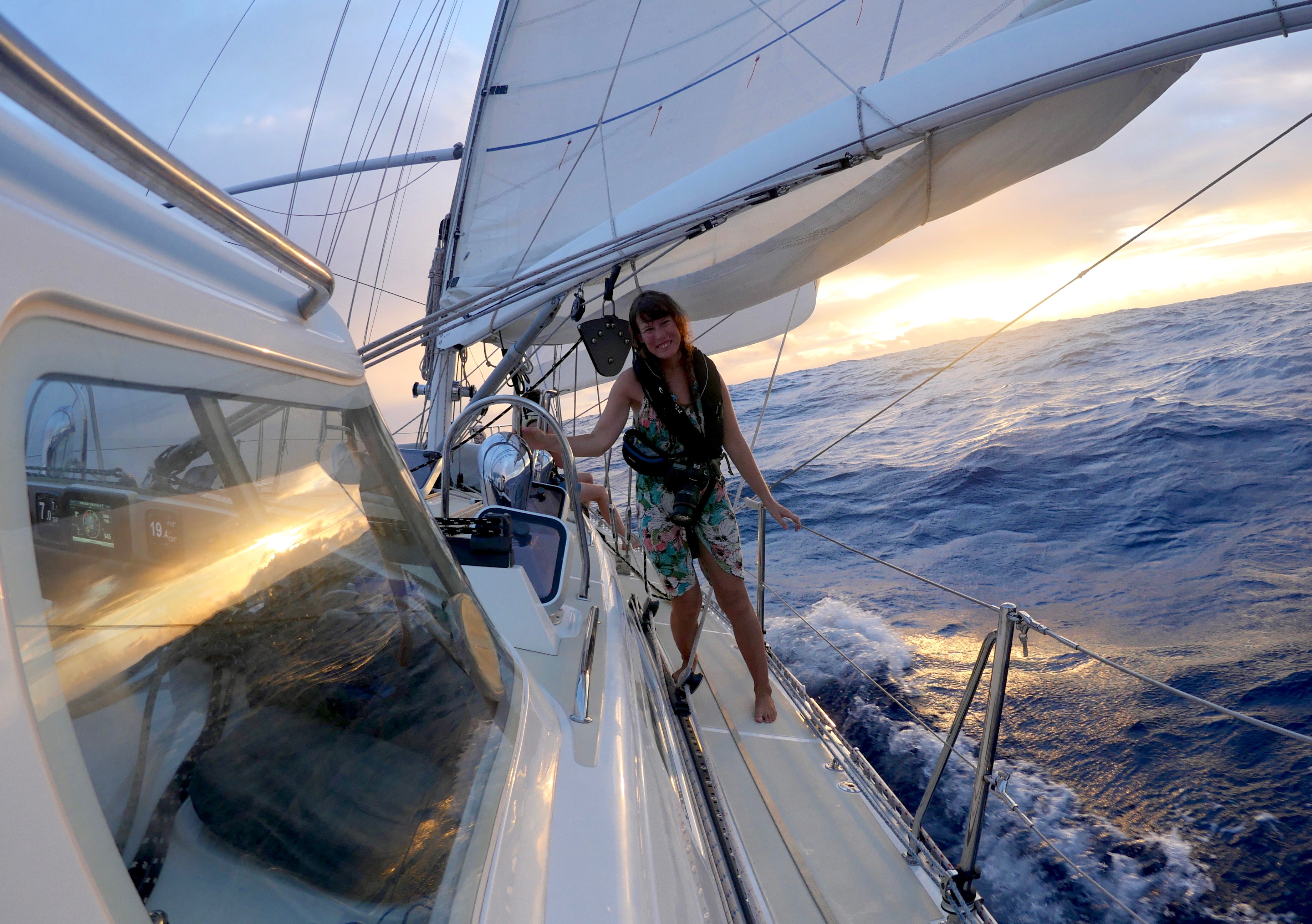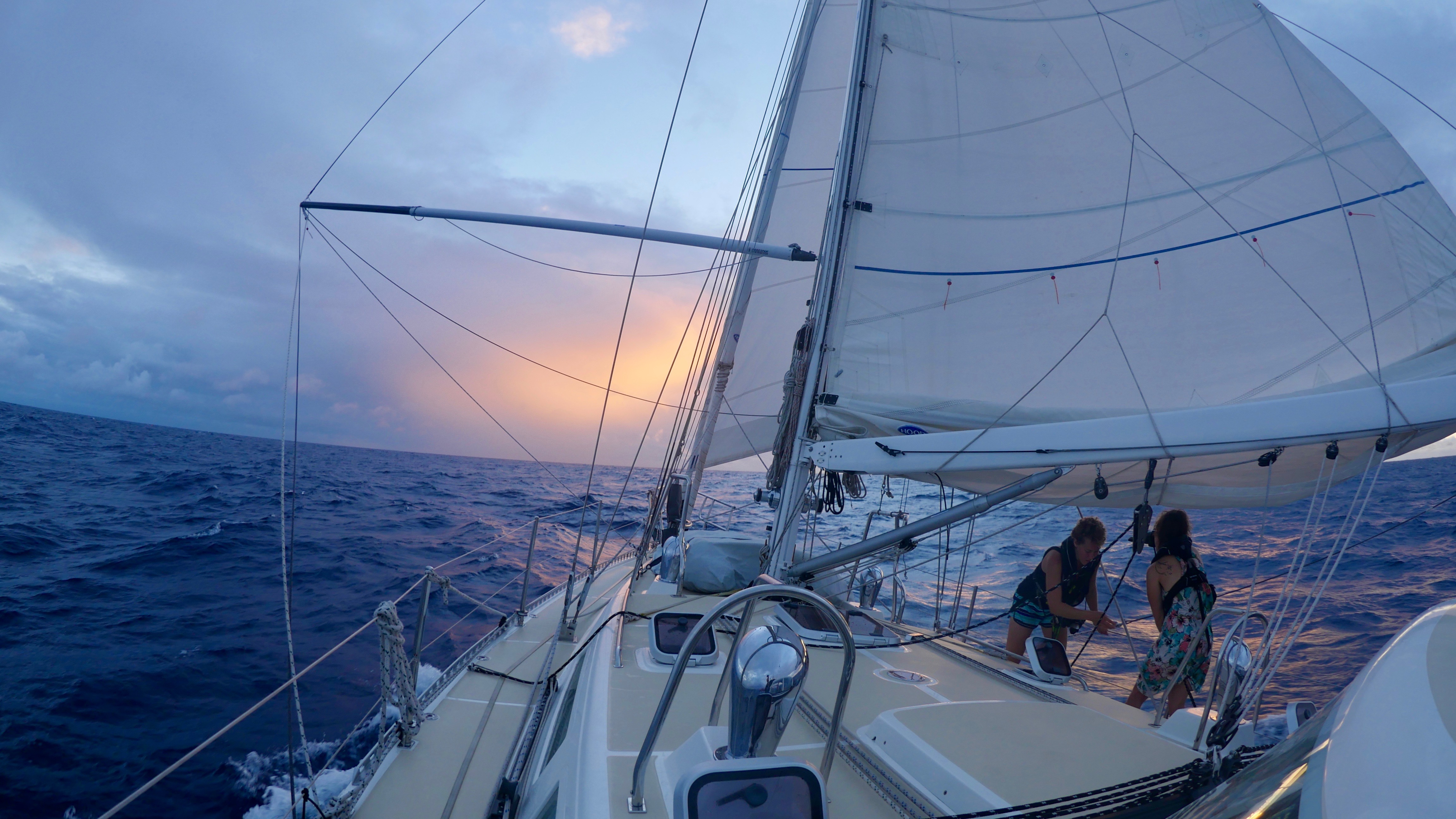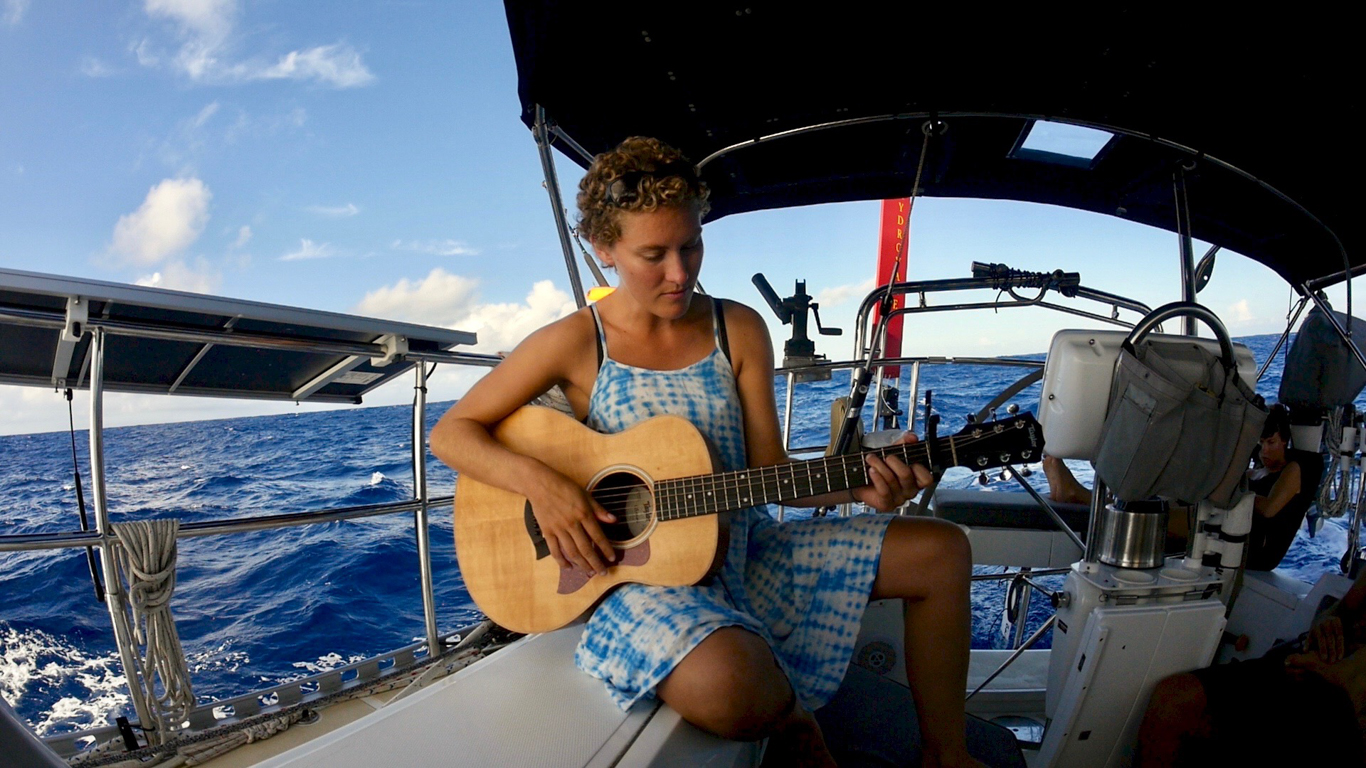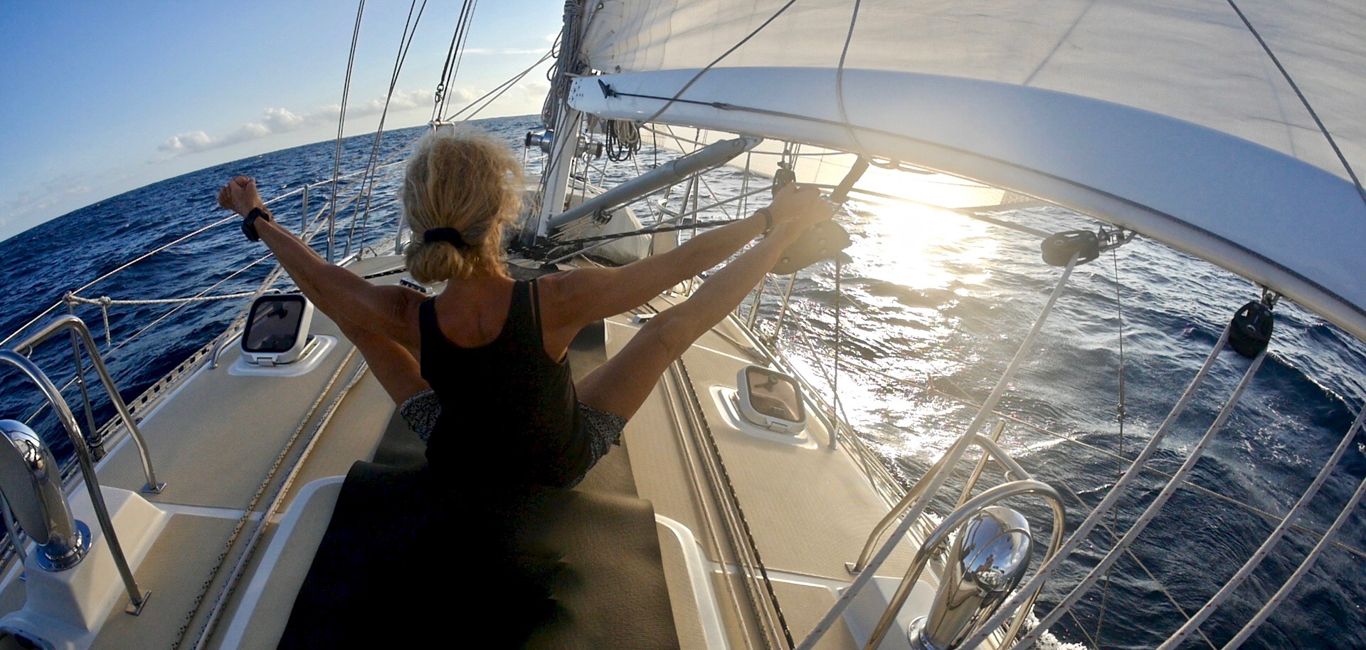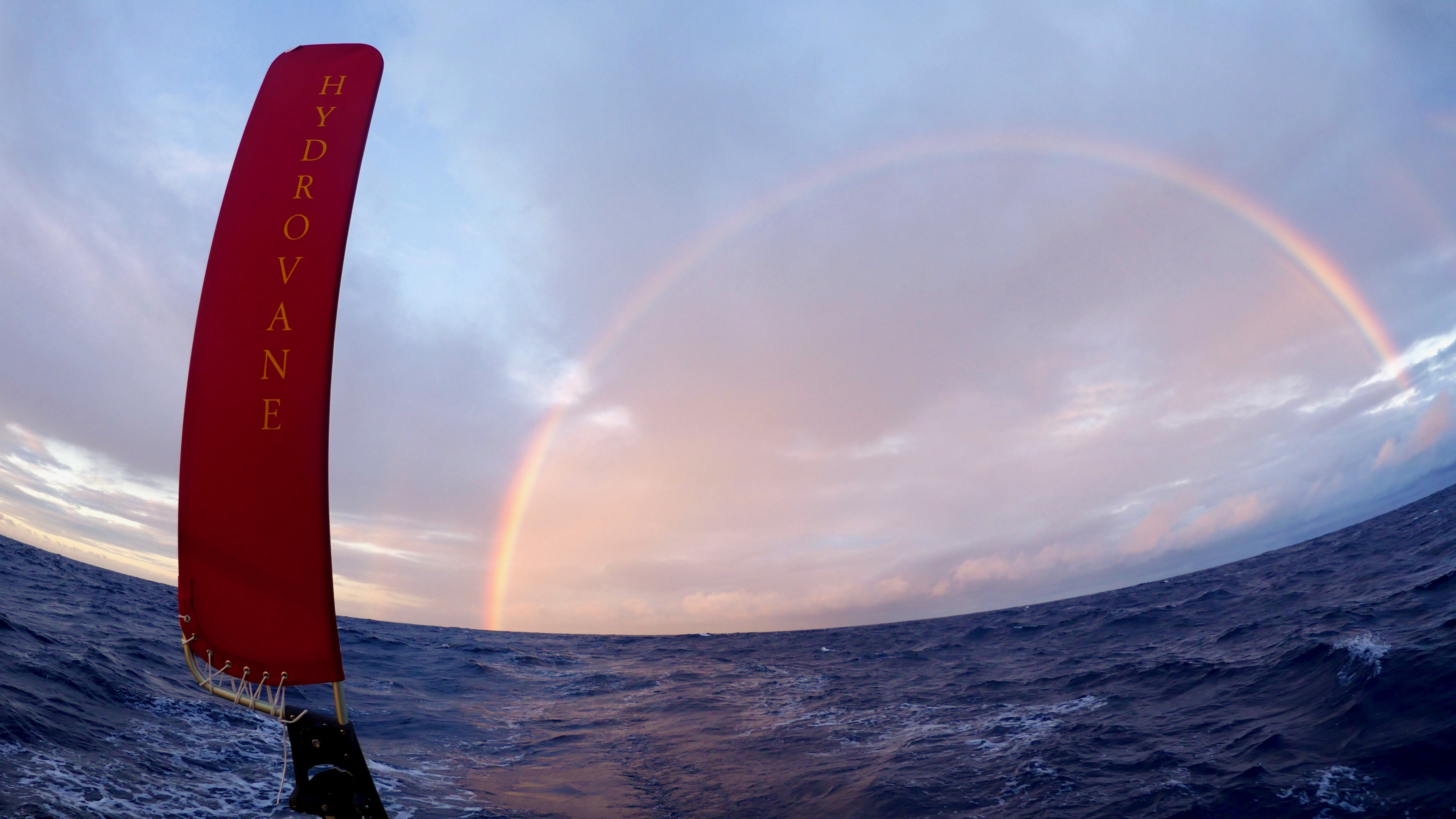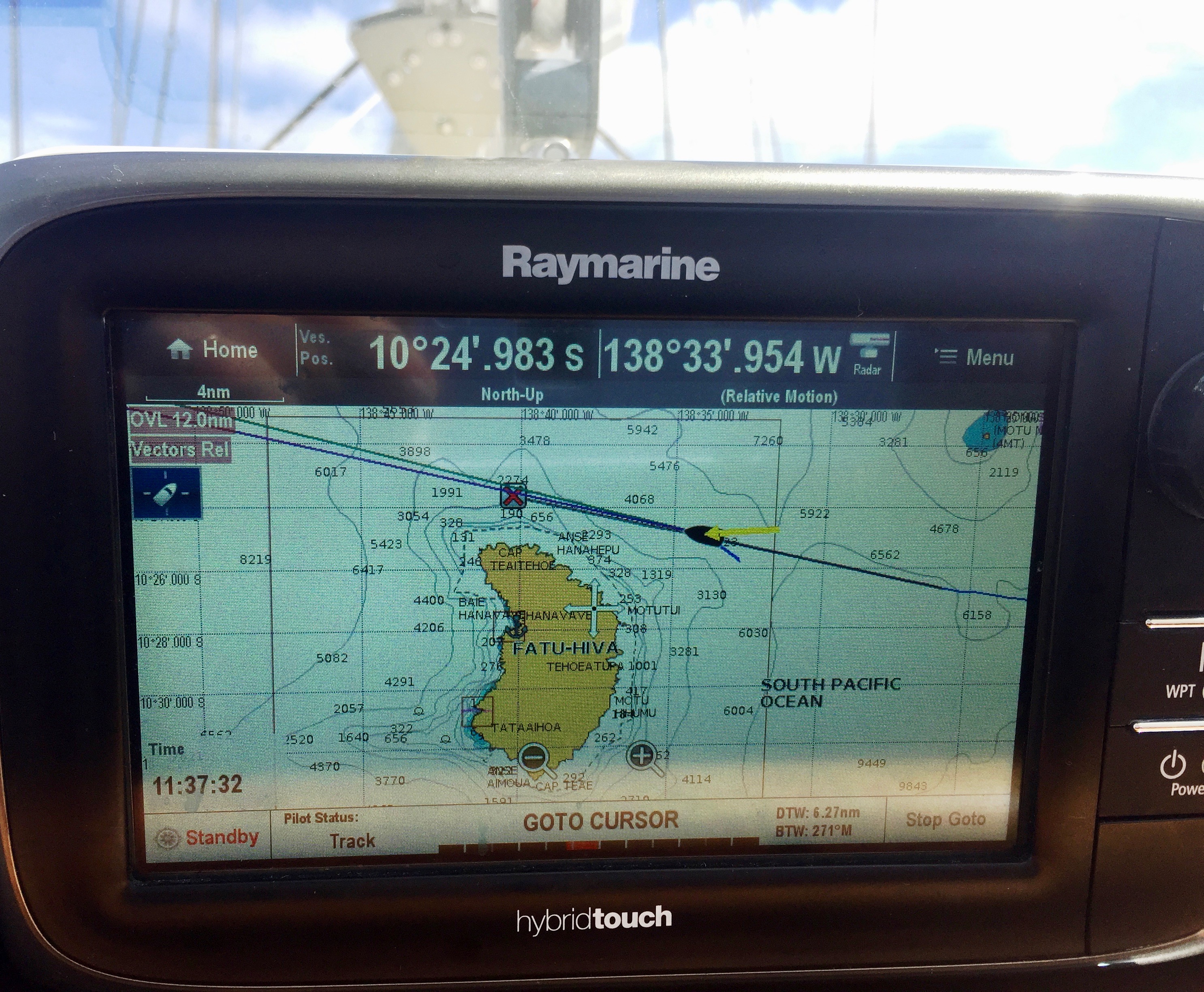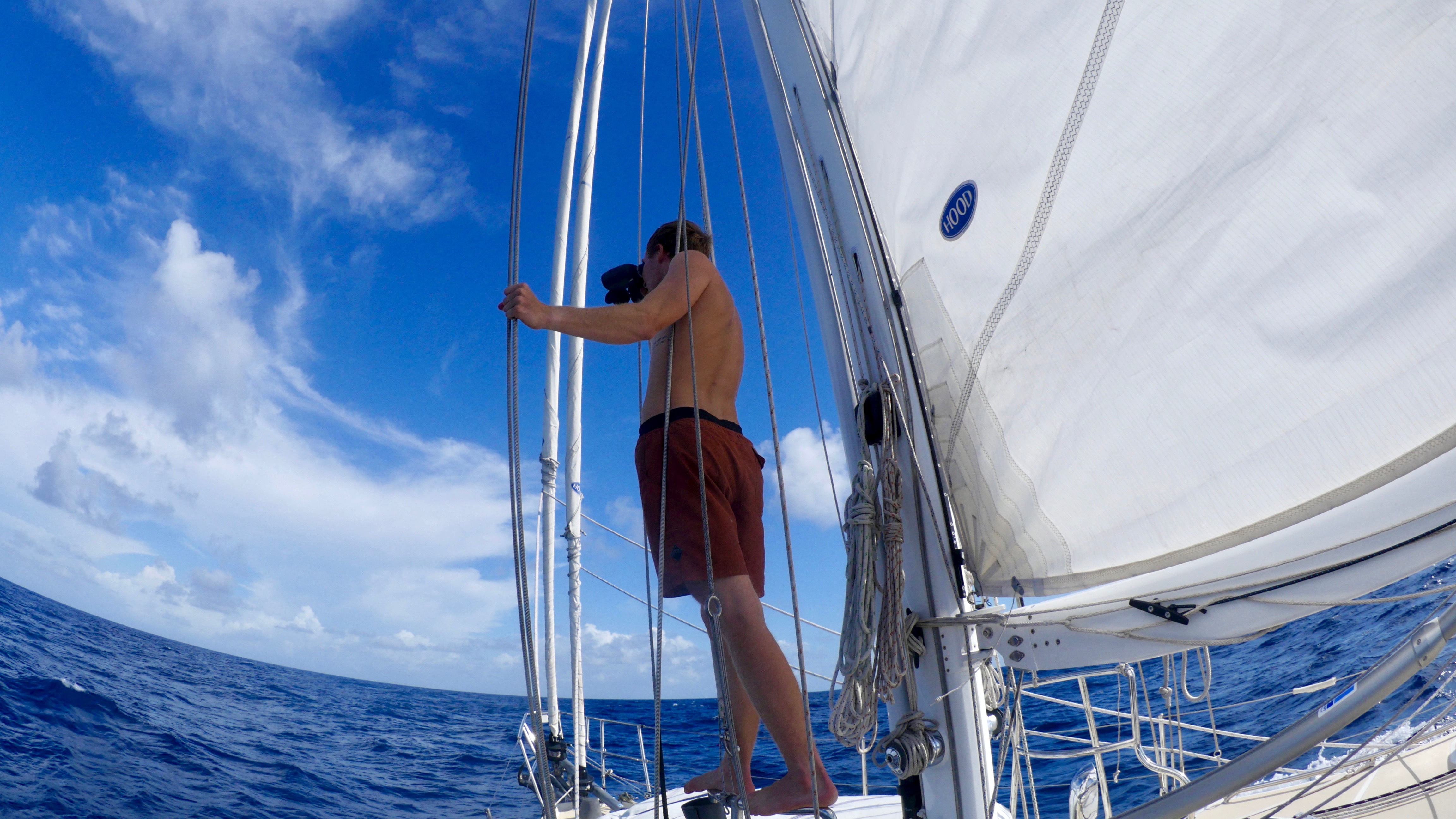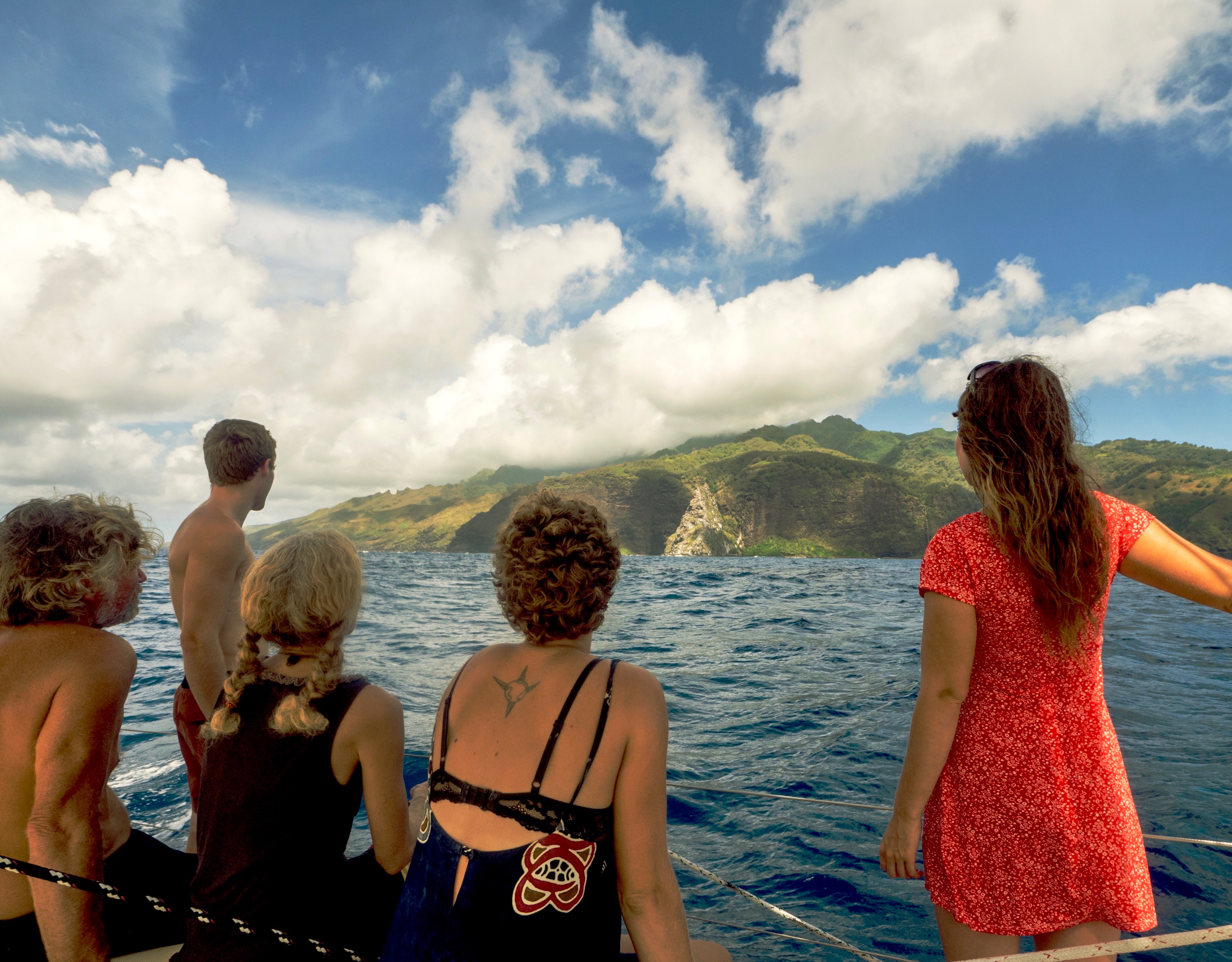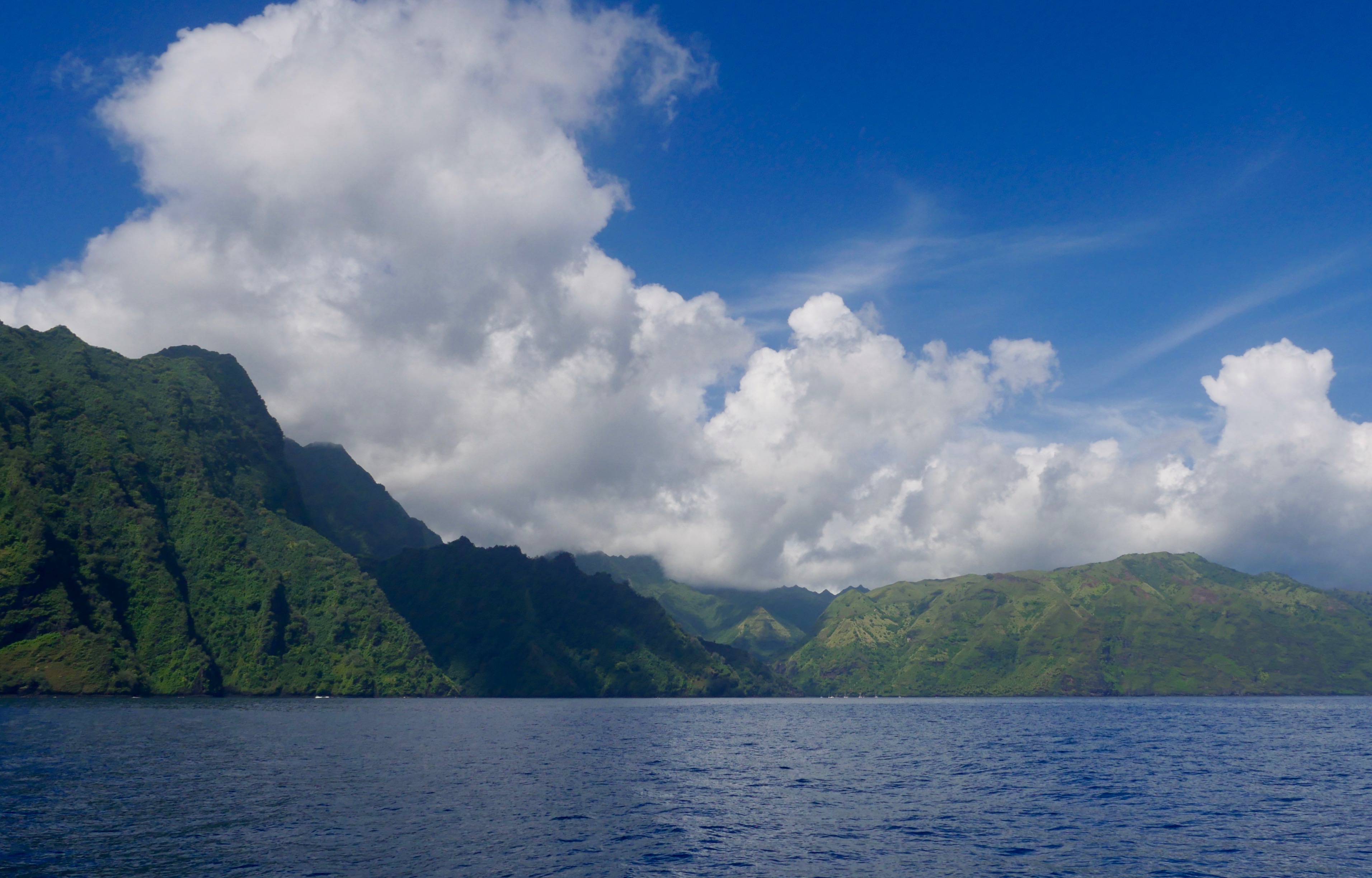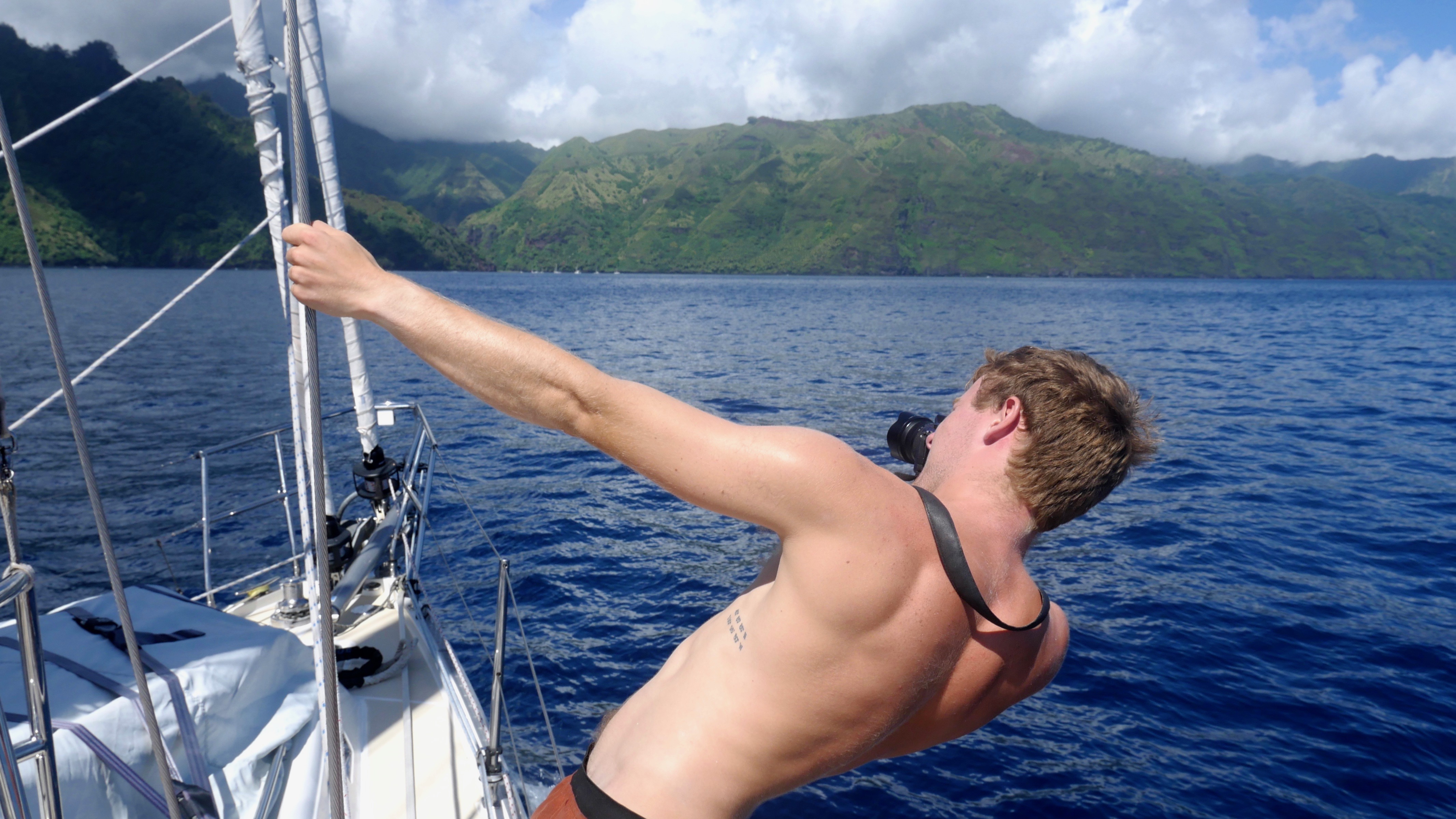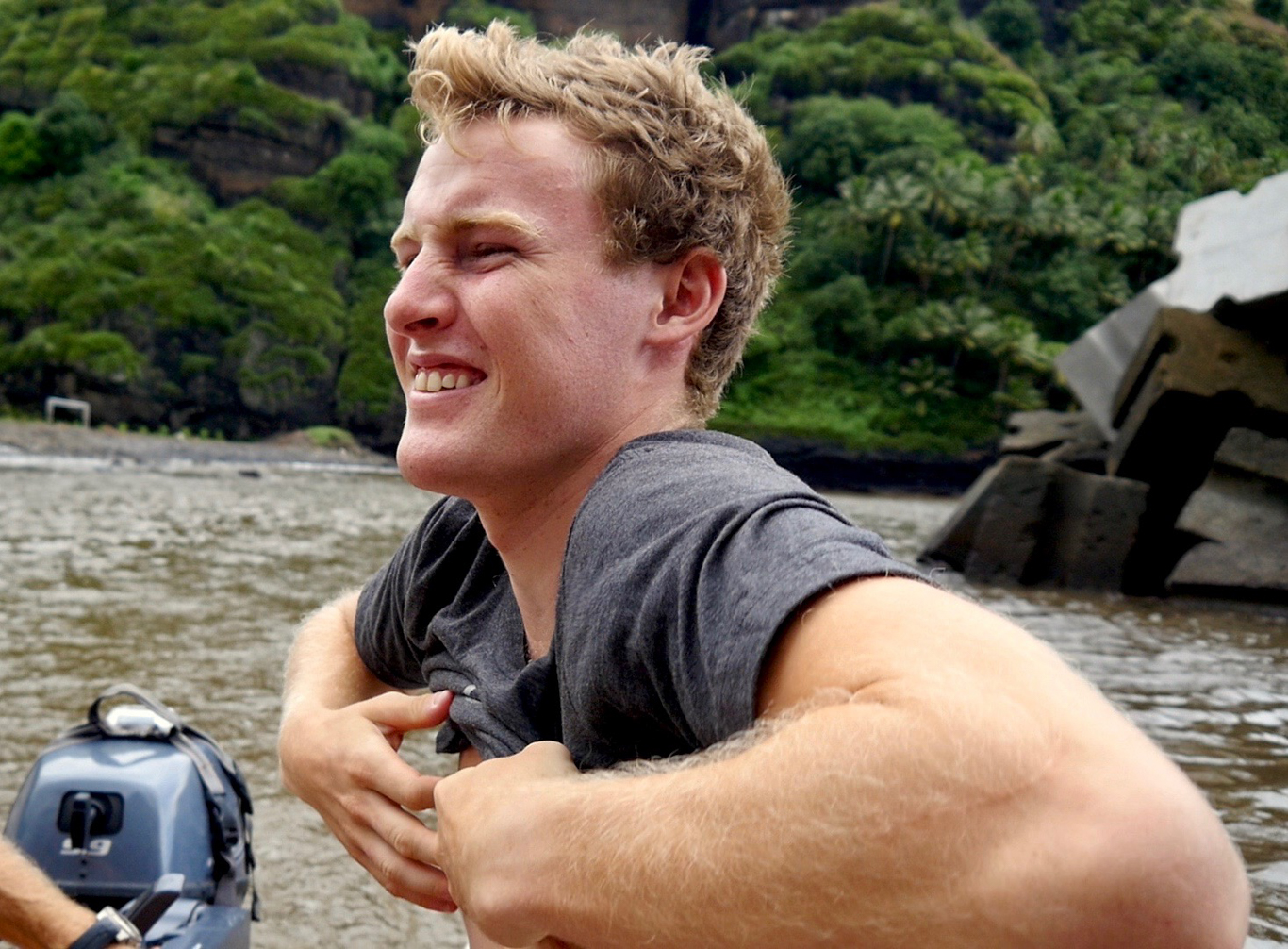For sailors, these outlying islands are tempting and we’ve had Maupiti in our minds since reading an article about it in a sailing magazine while still in Bozeman. It did not disappoint and it was fun to have some days to explore the little, sleepy island some call Bora Bora’s rival. Maupiti was our last stop before saying ‘au revoir’ to French Polynesia. We would have liked to be able to make it to its’ neighbor Maupiha’a (Mopelia), some 130nm away, but we felt the tug to gain momentum westward …
Category: French Polynesia
Sweet Tuamotus, Last round through …

I’m going to ask Marcus to wax poetic about our final weeks in the Tuamotus. Suffice it to say that this region of French Polynesia is most definitely a favorite of ours and I even heard Marcus say he could live there. If fresh produce was available, I might be on board! For the time being, these pics can be a placeholder. These are shots from Tahanea, Fakarava and Rangiroa.
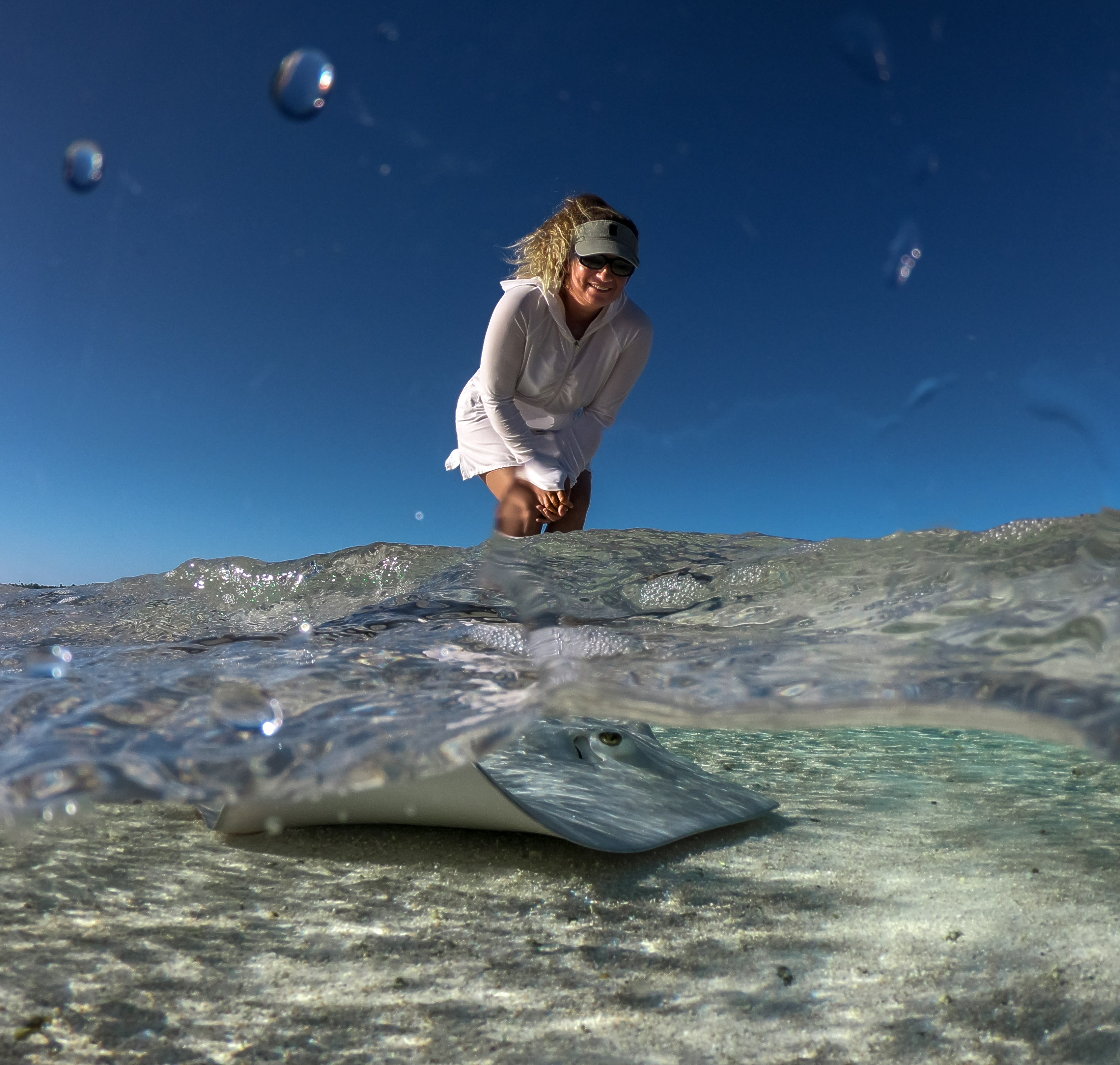
Cephea cephea/Crown Jellyfish
Tahanea, Tuamotus – April, 2019
We saw these dinner plate sized jellyfish while meandering around the SE corner of the lagoon searching for our anchorage. I hoped they’d stick around so I could get a closer look, because I could see that they were intriguing, but I HAD NO IDEA!! These shots were taken over 4 days of 15 -20 individuals. I was mesmerized!!! We were without wifi, so couldn’t even learn about the magic I was witnessing, but I was aware of being incredibly lucky to live on a planet where such a creature exists.
A quick search reveals a paucity of information about this jellyfish, but here’s a bit of what I found: Cephea is a genus of true jellyfish in the family Cepheidae. They are found in the Indo-Pacific and East Atlantic. They are sometimes called the crown jellyfish, but this can cause confusion with the closely related genus Netrostoma or the distantly related species in the order Coronatae. They are also sometimes called the cauliflower jellyfish because of the cauliflower looking crown on top of the bell.
Common Names: Crown Jellyfish, Cauliflower Jellyfish, Sea Jellies, True Jellyfish, Transparent Crown Jellyfish and Crown Sea Jelly
Scientific Name: Cephea cephea
Gambier Finale
We spent about 6 months in the Gambier between two visits, which was enough time to start to make some connections and get to know people a little bit. Herve and Valerie on the island of Taravai nurture these relationships with sailors, warmly welcoming everyone who drops anchor behind the reef. Eric and his family became near and dear and when tragedy struck (Tina was lost at sea in August of this year), we grieved together.
We learned our way around, becoming comfortable with how things worked with the supply ships, buying gas in 200L barrels and negotiating to pump diesel straight from the boat. We got used to the idea that it was nearly pointless to try to get an internet connection, even in town.
We got to know some of the people along the water in Rikitea’s harbor:
Mike the fisherman and his wife, Agnés, the school teacher, offered us fresh fish and tried to organize an excursion outside the reef with Marcus, but the timing never seemed to work out.
Vaitea, the guy at Jo Jo’s (the ‘magasin’ or market) who made key resources manifest when there were supposedly none and was the recipient of multiple loaves of banana bread.
Louison, the body builder who rented us extra scuba gear – always laughing and smiling, paddling his Va’a in the harbor, delivering us tanks and gear wherever, whenever.
Eric’s sister-in-law, Juanita, and her friend Tao who drove us around the island in search of fresh fruit and invited us into their homes with open hearts.
Tehoto, who grew up on Kamaka island, who’s wife, Noella runs the pizza place, which is sometimes open on the weekend, depending on what else they have going on, allowed us on his private island, sharing his haven with us.
Iolanie rented us her car for a couple island excursions and stored our bikes in her front yard and later, in her store and would accept nothing in return.
Josie and her husband from Las Vegas ran one of the magasins and they volunteered to bring us veggies out to our anchorage about 8 miles away, as they were going by to a nearby motu (island) anyway … and this on Christmas Eve!
And then there were the cruisers, considerably more this year than last, who sought refuge from inclement weather in these eastern Polynesian waters, namely cyclones. A comradery naturally developed as we ended up seeing the same boats around the islands. We sat out a tropical depression at Herve and Valerie’s place in Taravai with a handful of other cruisers and were all poised to help out our neighbors as need be. The community of sailors is one of the highlights of this nomadic lifestyle and generosity, much like in the local culture, is a ‘given’ concept and knows no bounds.
Over two seasons, we covered most of the waters that comprise the Gambier, and yet it was hard and strange to leave knowing we would probably never make it back to this beautiful, remote Archipelago apart from the world.
Elizabeth and Michelle, Mom/Sis team 2, Gambier!
cerulean seas
rain storm snorkel,
diving (with and without weight belt),
sharks, shells, sand, sailing in the lagoon
bugs on the beach, turtles
coconuts and an ancient village
Taravai petanque, ukulele and guitar
gusts from the mountain
anchoring pandemonium,
slow time and quick time
Valerie’s painting with sand
more fish more music
more fish more fish
damsels, butterflies, leatherbacks, grouper
parrot fish, sling jaw, guinea fowl puffer
canyons of coral, warm water
singing, laughing, lazy days
~MS
Mom and Lori team up in the Gambier!
Our 2019 ‘cyclone season’ in the Gambier kicked off with visits from our Mom’s and sisters. Mom and Lori arrived at the end of January and we enjoyed a couple of weeks aboard Allora, sharing our favorites (people and places) in this sweet eastern corner of French Polynesia.
Mom certainly knows her way around the boat, so she slips into very relaxed mode and we always marvel at her being ‘game’ to do just about anything. This was Lori’s first full-fledged stay aboard, so it was particularly wonderful to immerse her in our life afloat. These were full, rich days!!! ~DS
Through Lori’s Lens:
Through Maddi’s Lens, Gambier 2019
Through Wyatt’s Lens, Gambier, 2019
First Round: Gambier 2019, with Wyatt and Maddi
DIVE IN! We’ve been to the Gambier before, this little Archipelago on the southeastern edge of French Polynesia, clinging to the tropics by a few minutes of a degree. From any place to any other place in the Gambier it always seems to be six miles. Motus, reefs, mountain islands, all of French Polynesia on a small scale. Not a lot of people anywhere, basically one road on Magareva, no traffic lights, or stop signs or yield signs. No internet to speak of.
We’ve been to the Gambier before, this little Archipelago on the southeastern edge of French Polynesia, clinging to the tropics by a few minutes of a degree. From any place to any other place in the Gambier it always seems to be six miles. Motus, reefs, mountain islands, all of French Polynesia on a small scale. Not a lot of people anywhere, basically one road on Magareva, no traffic lights, or stop signs or yield signs. No internet to speak of.
The business of the Gambier is pearls. Its cooler water temps and open lagoon are ideal for cultivating that one particular oyster which has captured the imagination of the world’s great connoisseur and collector ape, an irredeemable species with a bizarre obsession with grading things according to their level of perfection, and assigning abstract value. Toiling like 49’ers, cleaning the oysters, nurturing and counting them, performing delicate surgeries to create little iridescent balls of nacre.
We had lots of company in the Gambier this time around. Lots of time to go explore some of the places we missed the last. We thought it would feel like lots of time in general, but I guess Time doesn’t exactly work that way. First to arrive was Maddi, followed a few days later by Wyatt’s girlfriend, Heather. All passionate outdoors people, crazy about running over mountains and diving with sharks and mantas. Heather kept a diary of the fish she identified (as a scientifically trained person would). She and Wyatt would pour over Diana’s books at the end of their dives. Diana’s pretty good at this, but I’ve been slower remembering the names of (non-game) fish. One that Wyatt and Heather found that has stuck and is easy for me now is the Piano Fangblenny. Nice name for a fish with what sounds like a mean habit of eating other fishes scales. We had lots of music and card games for the rainy days. Maddi hooked a giant bonefish right off the shore in front of Eric’s. It charged her fly and then ripped into her backing. She landed the next one. Wyatt landed a nice fish there, too, a few before having eluded getting their picture taken by slipping off the hook at the very last second. We dove, exploring new places in the Gambier, had some gear trouble, and then got that fixed. We played volleyball in Taravai and climbed Mt Duff in the pouring rain. It felt quick (as almost everything seems to these days) but filled with memories.
 The weather was unsettled during most our stay this year in the Gambier. Everyone says so. It’s a thing. We had great weather and we had rainy weather. We had calms that made it possible to swim with mantas at Ile Kamaka and spend a wonderful Sunday afternoon relaxing in the shallow water beach in front of Eric’s pearl farm. We also had the worse wind we have ever experienced at anchor, a glancing blow from a depression that plunged the barometer to the low 990’s. Top gusts of 54 knots and sustained winds of 40 knots. A proper gale. Other sailors certainly got tired of us commenting that it wasn’t like this last year.
The weather was unsettled during most our stay this year in the Gambier. Everyone says so. It’s a thing. We had great weather and we had rainy weather. We had calms that made it possible to swim with mantas at Ile Kamaka and spend a wonderful Sunday afternoon relaxing in the shallow water beach in front of Eric’s pearl farm. We also had the worse wind we have ever experienced at anchor, a glancing blow from a depression that plunged the barometer to the low 990’s. Top gusts of 54 knots and sustained winds of 40 knots. A proper gale. Other sailors certainly got tired of us commenting that it wasn’t like this last year.
Christmas day the festivities were held at Edouard and Denises, at the southern end of Taravai. We wore our hats from the Australs, and like everyone brought food to share. Herve supplied the pig for the roast (he introduced me to the doomed prisoner the day before) and Edouard made Tuamotuan-style bread on the fire from coconut heart and flour wrapped in leaves (delicious). We brought guitars and ukuleles and I backed up Maddi on few songs, then Wyatt came in. For me the best song of the afternoon was the one Wyatt and Maddi sang together “Wildermen.” It starts, “my brother and I”… but Wyatt sang “my sister and I.” They stopped and tried again, laughing when they each switched the line, and then on a third try got on with the song. Funny and relaxed, what a great afternoon! The song Maddi wrote for mother’s Day “Anywhere You Are” was also a big hit. We played the chorus a few extra times so everyone could sing along. After awhile, Herve brought out his Marquesan style ukulele, which confounded us at first because he’s left handed, though he hasn’t restrung the instrument to match, so he plays it upside down and backwards. It didn’t make it easier that here they use the do re mi system of notation in French Polynesia instead of A B C chords that we’re used to. But after a bit of mental gymnastics we were able to share some songs with him, too.

KAMAKA is a small, steep island on the south edge of the Gambier. Because the reef is submerged along this border of the archipelago the ocean swell is free to move in. There’s a patch of sand that great for anchoring (though watch out for a lost anchor on bottom about one third in from the east side), but the conditions have to be pretty calm for it to be comfortable. There is almost always a south swell breaking on the west side of the beach (in case you’re a surfer).


Taravai is a sort of sailors mecca in the Gambier. It’s a good anchorage in most normal weather even big southeast isn’t too bad. But the real attraction is Herve and Valerie. They live on this island with their son Ariki, the only child on the island. Herve’s uncle, Edouard and his wife Denise live at the other end. It’s kind of amazing in the 21st century to see such a gorgeous place so simply occupied. Gambier’s blessing for being enough off the beaten track and a place where sweaters maybe required in winter. On Sunday’s they put on a pot luck BBQ, usually chipping in some fish that Herve has speared and sailors bring food and drink to hang out, play petanque and volleyball. Hard to beat. Valerie greets newcomers with a warning not to beach their dink under the coconut tree which is tall and would be lethal if it let go a coconut as just the wrong moment. The games of volleyball are played with Taravai rules, which include a slightly lower than regulation net and an easy going vibe … Herve’s secret weapon, besides his wicked sense of humor, is the headshot. It never fails to unnerve the opposition. Valerie is a committed player, too, always giggling, saying “Fakarava!” when she misses. Herve calls her “my lady.” The games often persist until it is just too dark to see, so Diana had the idea to ask Wyatt to find a glow in the dark volleyball to bring along as a gift. It lights up when hit, and stays lit for some period of seconds. The first night we played until the only thing people could see was the ball.

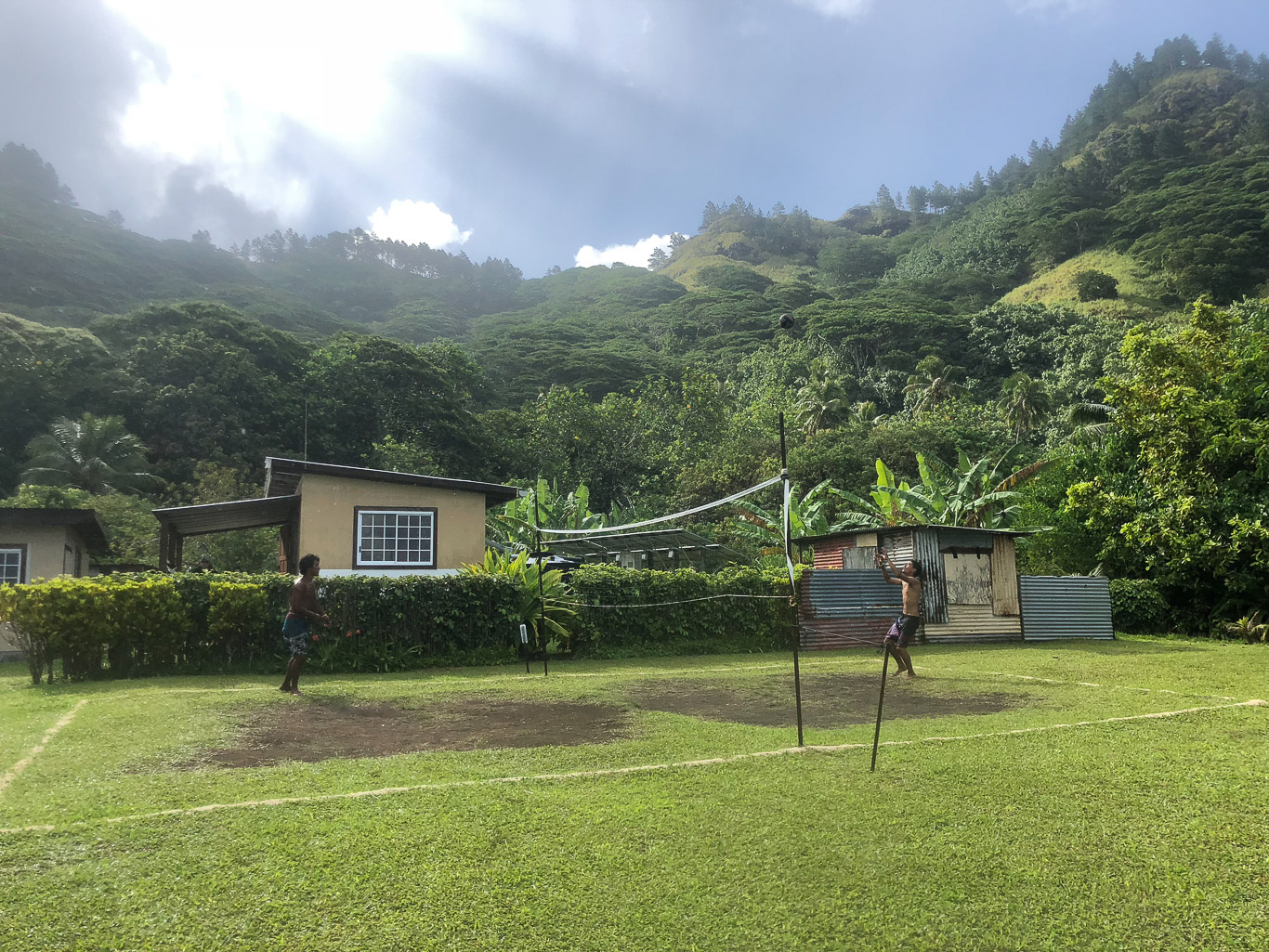
Australs with Wyatt
In a calm but northeasterly breeze we decided to anchor on the west side of the island of Rurutu. The southwest swell wasn’t big and it was a pretty spot. The next morning the sea began to build with an eerie feeling as we lifted on long rollers at anchor and watched them break bigger and bigger onshore until it was pretty clear the dinghy pass there was no longer navigable.
Still, it was a pretty day and we set sail to the south to see the rest of the island before heading for the small harbor on the NE side. Not far along we caught a small Yellowfin tuna, what Diana calls ‘the perfect size.’ Then as we approached the harbor we spotted whales and drifted for a while watching what seemed like two juvenile humpbacks playing, left behind as though reluctant to leave the tropical waters and join the rest who were already headed south to Antarctica. A last hurrah, for us too. It was calm and lovely and there was only one boat in the very small harbor (friends from the Gambier last season) when we ventured in and anchored, tying a long line to the wharf to keep from swinging. We were the 4th boat to check-in to Rurutu that year (in November!)~MS
The Australs lie a few hundred miles south of Tahiti, some just barely within the tropic of Capricorn, more remote islands like Rapa lie distinctly out of the tropics at 27 degrees south. We’re talking water temps below 70 degrees. Brrrrr. The weather is often challenging here and so these islands get few visitors. Intrepid tourists fly to Rurutu (where Wyatt met us) for the whales which winter around the island to raise their calves, but there aren’t enough visitors to support even one taxi. Still, whenever we needed to hitchhike, the first car would always stop to pick us up.
Rurutu is a hybrid island, half lifted makatea (limestone from petrified coral) and half volcanic, caves with stalactites like the atoll Makatea in the Tuamotus, but also real peaks and steep rock faces. No lagoon.
One day as we prepped for Wyatt’s arrival, a man swam by Allora and stopped to chat with us. The next day he appeared again, this time at the wharf with a pickup and three huge bunches of bananas, two giant squash and bucket of limes. These were gifts. Welcome to the true heart of Polynesian culture. We told him we could not possibly take three bunches of bananas, but he insisted. Obviously, he knew more about bananas that we ever will. They were timed perfectly to ripen one bunch at a time. Bananas for a month! A couple of days later two women showed up waving half of a tuna. We got one half and Charlotte and Pierre (the other sailboat here) got the other half. A gift again. We gave them what we could quickly scrap together, some cartons of juices, an uneven bargain indeed.
Picture Rurutu, an island with a few moderate peaks, Wyatt with his trail running shoes running circles, mountain to mountain, with occasional breaks to explore limestone caves with his relatively more sedentary mom and dad.
Rurutu grows coffee and strawberries. Yum!
We threw out a second anchor when the wind started blowing from the east northeast, and it got a little bouncy and rainy for a day or two, but nothing worrisome. Could have skipped the extra hook. A real northeast blow would not be good, but even twenty knots was fine in the small harbor.
We sailed passed Tubuai, reluctant to miss out on it’s vegetable gardens, and burned a little diesel to make it to Raivavae before dark. Like Bora Bora without the tourists, jets skis and cruise ships. Dodgy weather keeps it that way, but it was fine for our short visit. Lychee nuts were in season and we were given bags full.
There are bonefish in Raivavae. Wyatt and I spent the first afternoon fishing what looked like a classic flat. We caught Brassy Trevally, but saw not a single bonefish. The next day I decided to follow Diana’s advice and ask a local, and this woman very confidently pointed us to the unlikely looking shallows along the motu away from the “classic” flat. Wyatt spotted the first one a hundred feet down the beach and hooked the first one a hundred feet later. There were lots of fish, but they were very picky. It took a while to get the presentation right.
There’s a point of sand that separates the classic flat and the long beach where the bones actually are. It’s a steep drop off and the trevally cruise the edge. We were having fun chasing those, Wyatt with popper, when a Giant Trevally (GT) swam up on the flat, in about two feet of water. I finally got a cast to it and it swirled on the fly, but didn’t hook up. It looked at the fly one more time, unconvinced, and then swam back toward the edge, right toward Wyatt. I yelled to him that it was coming and he cast the popper out into the deep and waited until the fish was close. I’m not going to be able to adequately describe the excitement of watching that huge fish (guess 80 pounds) charge after his fly, straight at him. It finally engulfed the popper with a furious and massive gulp just fifteen feet in front of Wyatt. Holy shit! At first it didn’t quite seem to know what’s up. I played Dad yelling, “Let it go, let it go!” afraid it would break him off immediately, and Wyatt’s yelled back, “He’s not running.” And then he did (may I say holy shit again) and never stopped. Finally Wyatt had no choice but to start adding drag and inevitably the fish broke off. It would have been a miracle to land a fish like that on an 8 wt fly rod. But who cares? That was unforgettable. If you want to get a real idea of what it looked like watch BBC’s Blue Planet II Part I, “One Ocean” about 14 minutes in. Let David Attenborough explain it to you. Giant Trevally gather at a particular South Pacific atoll to feed on fledgling birds, literally jumping out of the water and grabbing them mid air or swallowing them whole when they make the mistake of resting on the water. The whole series is awesome.
We hiked the peak, watching Wyatt traipse ahead in the distance, spec of a red shirt bobbing on the steep green slopes of the peaks. The view from the peak was beautiful, but all I could think about was a chance lost to get one of those GT, this time with a 12 wt rod that might stand a chance. We had to leave the next morning.
The sail from Raivave to Rapa wasn’t too bad, but like all the sailing in these latitudes, the winds were fickle compared to the steady trades we’ve been accustomed to in the Tuamotus. Very light from the east when we arrived. We took a rare opportunity to anchor in one of the northern bays. In stronger winds no doubt the waves wrap and make the anchorage uncomfortable at best.
Wild horses, cattle and stone foundations, the remains of earlier settlements. We explored the valley and the next day climbed the ridge, aiming for a nearby peak, but halfway up we spotted a group of outriggers paddling toward Allora. We weren’t sure who they were, but they finally spotted us up on the hill and paddled over, we climbed down to meet Alain and , the one Rapa policeman, plus paddling friends. They’d figured out we were here (having not checked in), so they came to greet us. They returned in the morning, we thought to check us in, but really to have coffee and muffins. They looked at our papers but then asked us to come see them in town to really check in. It was an elaborate process considering we were still in French Polynesia, but super nice guys. It probably didn’t help shorten the formalities that Diana kept making the yummy muffins and cookies, no doubt it could be done in one stop instead of three.
We heard somewhere that there was a compressor on the island for filling scuba tanks, owned by the community. To get our tanks filled we had to go see the mayor of Rapa, who is also the main guy at the post office (used for banking and many other purposes here). Once we got the nod, they would not take money, and sent three young guys to collect them, and then return them to the dinghy on the dock.
Everything in Rapa went like that. We were given as much tuna as we could carry. “No money. No money,” and bags of peaches and nectarines and a local berry kind of like a blackberry. We tried to gift back, Diana baked peach muffins and banana bread, and we gave them little things from the boat and fishing line, but really you can’t win a gift giving contest with a Polynesian. They have the home turf advantage. It was all light hearted and a real pleasure.
To manage their fisheries, the island has a general ban that is in place most of the time for the east side of the island called the Rahui. From time to time they lift the ban and the boon of fish is piled up on the docks and shared among the whole community. Everybody gets fish.
There is no airport in Rapa, and it’s quite isolated, so things have to work differently. Not much room for disparate income levels, and the pretense of independence that underscores our western culture. No doubt there are tensions that go with that. Everybody knowing everybody’s business. It’s a small island. Centuries ago, before the arrival of Europeans, things got really, really tense on Rapa, which is just five miles across. There are the remains of fifteen forts on the island, occupying all the peaks and high ground to be found.
Wyatt and I cleaned Allora’s hull in preparation for our passage to the Gambier. Deep water under cloudy skies. We were circled by curious Galapagos sharks for the whole hour or so underwater.
Before leaving we visited church, for the hats (amazing) and the singing (magical). We were told everyone went, but in fact, only about seventy out of the four hundred some odd souls of Rapa showed up. Alain, who told us everyone went, wasn’t there either. Children attended, minded by an imposing man with a very big stick. The program was dismally long, and heavy on patriarchal themes, but it concluded with a feast and more music, the insistence that we bring lots of leftovers away with us.
We prepared to weigh anchor in the rain, but our chain was trapped between two towering bommies in the deep anchorage. Diana had to put on scuba gear and dive sixty feet in the gloom among the sharks to free it.
On our way out, we spotted Raymond, our tuna and peach benefactor who was running shuttles across the deep channel to take people back from church. Wyatt scooted over in the dinghy with a Montana hat to give him. He laughed because we got him, he had nothing on him to give back! ~MS
THROUGH WYATT’S LENS:
Follow Wyatt and his buddy, Tully, as they embark on their northern Russia expedition: https://www.summerinchukotka.com
More Moorea
First reliable wifi in over 6 months, so I will be making a series of blog posts trying to get caught up! We last left off in Moorea (Oct.’18), so here are a few last shots of the island which, although somewhat touristy, provided sweet memories and special encounters. Next up, the remote Austral’s …
We waited a while to leave Moorea for the Australs, which was just fine. Plenty of nice diving with our new tanks and gear, bike rides and friends. And whales. In the wind forecasts there always seemed to be a stubborn trough (meaning squalls and confused seas) situated right across the route. No doubt it’s there most of the time in the spring. We finally left, deciding that it wasn’t ever going to really go away, and that anything that looked halfway decent was probably the best we could hope for.
The forecast was for diminishing winds, so after a rough start (including yours truly experiencing a rare though mercifully brief bout of seasickness after going forward to set up the check stays at dusk, we settled in and the wind and seas finally did seem to mellow. Too make sure we made it to Rurutu not too late we also decided to fly the Asym, which we are normally reluctant to do at night. All fine on Diana’s watch, but instead of continuing to decrease the winds built on mine. The plan was to wake her up to furl the sail if the breeze tipped 16 knots. It hit 18, twice and finally I woke her. By the time we started furling it was blowing 22 knots and the bowsprit was nearly bent in half. It was almost impossible to get the sail in. When the wind did die, as forecast, we could no longer fly our Asym.
Instead of a Haircut
Crazy way to start a day! I’ve been brewing the desire to get a tattoo since being in the Marquesas but had WAAAY to much ambiguity around the ‘what’ and ‘where’ questions to pull the trigger. Nothing changed this morning, except that I’d made an appointment to show. We took Namo (our dinghy) down past Cooks Bay in Moorea and found Gilles Lovisa’s waterfront shack.
These Polynesian ‘story’ tattoos are great for those of us inclined to want to piece lots of elements together, so I shared my joys and loves and concerns, too, and before I knew it I was on the table! Total trust in this stranger of an artist! In an hour and a half, designs for all these symbols would be forever with me: earth, growth, nature, flying, and my art. In this tattoo the mountains, the wind and birds can be found, as well as my new animal loves – a manta, turtle, shark and whale. On this meandering ‘trail,’ too, family/friends, strength/protection, passion/compassion and my three children ( I resisted doing your faces, H,M, & W!) are there. Ha, I could have kept on going … but for a first, we packed a lot in!
Now I have to cease my whale swims for a couple weeks, but I have an indelible impression from this stunning corner of the world. Think I’ll keep it!
NEVER Too Many Whales!
The Turtles of Oponohu
We are now equipped to dive aboard Allora, so it’s been our pleasure to explore the coral canyons outside the pass in Moorea and we’ve been rewarded with countless Hawksbill Turtle encounters.
Much like the Manta’s belly markings, the ‘mosaic’ pattern on the turtles’ cheek is unique to the individual, so I’ve been getting carried away with my Sony RX100V (in its housing, thanks Marcus for finding a great little camera!) trying to get shots to share with local researchers. ~DS
Heavenly Humpbacks!
Yesterday was one of those weird days that looked to be a complete write-off; Diana’s computer started having issues and the weather for sailing south to the Australs was looking impossible. By late afternoon you don’t expect things to turn around. I’m sure a halfway decent plan might have deflected this unfortunate slide in paradise.
For whatever reason I was on deck and noticed a catamaran which seemed to have stopped halfway in the channel out of the reef. I watched long enough to see that they had paused because of whales coming in the pass. A mother and calf.
We abandoned ship! At first they seemed to have moved off. We were swimming back, assuming we’d missed the show when they appeared between us and the dinghy. We stopped and waited and they swam over to check us out. They circled and came back several times over the next hour, often so close we both felt like we needed to back out of their way. It’s pretty impossible to adequately describe how huge the mama whale looked as she swam by, her eye just a couple feet away. It was breathtaking! The calf was even more curious and played and splashed right next to us. On one of his passes the young juvenile delinquent gave Diana a playful wallop with his tail, really clobbering her over the head. She was okay, but I think her mask was knocked a little askew.
This is one of those experiences that probably everyone has imagined. I know I have. There’s simply nothing on earth that could prepare for the feeling, bobbing in the ocean with these beautiful creatures in a curious and playful mood. ~MS
Tahiti… aka Civilization
Accomplished in Papeete thus far: (working list of paradise offsets!)
Wash Allora with fresh water for the first time in a year (Diana uses a toothbrush for her part)
Polish and wax cabin, and dodger
Inspect and put new seizing wire on anchor swivel
Clean and replace anchor markers
Adjust valves on Yanmar engine
Clean heat exchanger Yanmar
Replace coolant Yanmar
Check belts, hoses and impeller Yanmar
Install new AIS antenna and cable, solder new UHF connection
Dismantle, clean and relube primary winches
Troubleshoot Radar
Update firmware on multifunction navigation displays
Clean Namo with fresh water for the first time in a year
Replace D ring on Namo
Wash Allora with fresh water for the second time in a year
Climb and inspect mast
Drill rivets and remove lower shrouds
Replace lower shrouds (one broke a strand sometime since May)
Update software on iPads
Update software on Diana’s Mac
Update software on Marcus’ Mac
Replace battery on Marcus Mac book pro (new battery shipped from France)
Update Delorme
Update Iridium Go!
Rum and Whiskey provisions for 9 months
Charge flashlights
Acquire and consume as many pamplemousse as possible
Purchase dive tanks and dive gear, BCD’s and regulators
Install straps and bunnies for new dive tanks
Marcus’s bike to shop for replacing corroded gear ship cables and brakes
Clean, polish and wax Allora port side
Finish windlass rewiring/waterproofing
Rum tasting on Adagio also with friends from Reverence
Build seat for mast climbing rig
Umpteen bike trips to the store to provision
Stow provisions for nine months!
Clean mast to lower shrouds. Polish.
De-rust middle and upper shrouds.
Clean and scrub cockpit cushions
Clean and scrub cockpit seats
Install wheel holder for removing wheel from helm
Sundays 0600 market provisioning X4
Lubricate head (this is one of Marcus’s favorite jobs)
Clean helm bag
Scrub decks with boat soap and fresh water for third time in a year
Multiple doctor appointments
Charge rechargeable batteries
Charge handheld VHF radios
Clean, polish and wax Allora starboard side
Clean Bimini and connector panel with fresh water for the first time in a year
Polish dorades
Replace dorade gaskets
Edit photos for blog (the font should be larger on this one to reflect the magnitude of the task)
Provide copy for blog
Factory service for Yamaha outboard
Go through Aft cabin for disposable items
Go through fwd cabin for disposable items
Dispose of propane tank
Sell (or actually give away) kite surfing board
Clean fishing gear
Communicate via Skype with loved ones for the first time in months
Write emails complaining about destructive ferry wakes in Papeete harbor
Read first set of rejection letters on Slocum novel
Repair and re-bed shock connection freezer with 5200
Empty and clean freezer and refrigerator
Replace shock on freezer, and refrigerator
Empty and clean refrigerator
Rinse running rigging with fresh water
Exchange propane tank
Install new organization system for refrigerator
De-rust and replace washers on all hatches
Disassemble broken Lewmar clutch and investigate repair options
Order more fly tying materials
Order new butt section and new rod to replace broken nine weight
Swab decks final (fourth) time to remove grime just before leaving Papeete
Upload 8-9 new blog posts
Scrub window UV covers
Wash folding bikes
Fabricate dive flag buoy
Laundry, laundry and more laundry (dry on lifelines)
Finish cleaning the mast, checking fasteners, de-rusting
Plant herb garden! (Thanks to Birgit/Pitufa for the inspiration and AK/Pensive for some key supplies!)
Cross things off this list (thanks, Ian, how could I have forgotten the most fun task?!)
We are currently in Oponohu, Moorea awaiting a weather window to head south to the Austral’s, so the chore list grows, (clean waterline, PFD zipper repair, etc.) – but we are also exploring some of the dive sites on this north side, WITH OUR OWN GEAR!!
Ah, Tetiaroa!
Aka Marlon Brando’s atoll, aka where Obama went to write his memoirs, aka the weekend get away for Tahitian royalty for hundreds of years before those two. This is a difficult atoll, not very often visited by sailors. There is no pass to get your sailboat inside the lagoon, so you have to find a place to be on the outside, which means that conditions have to be just right. There’s a bay on the southern side, but the prevailing swell in these parts is south, and it has to be less than a meter and a half, or it’s just not tenable. The trade winds are east-southeast, so those have to be mellow too. The other big, big problem is that it’s super deep right off the reef. There’s not really a place to anchor. Charter operations out of Papeete have put in five mooring balls. Only one of those is really good for overnight, and if the conditions are right, the charter boats are guaranteed to be using them. We sailed in from Makatea unsure if we were going to be able to stay. In fact we had to plan our schedule so that we arrived in the early morning. Then, if we had to move onto Tahiti, we’d be able to get there before too late in the day.
As we approached after an overnight sail from Makatea, we could see two charter boats already arriving. Our only choice was to motor up to the catamaran that was unloading his guests to take ashore and ask if we could use one of the other moorings.
Now it’s really easy to imagine the response you might get to such a request in much of the rest of the world. Even a polite, sorry, these are private buoys would not be surprising. Less polite, not surprising either.
Obviously, we got an altogether different response. The captain of this catamaran had twenty or thirty guests that have paid $150 each to get there and were lined up to get ashore. He’s a one man show, from running the boat to making sure everyone has a life jacket. So he’s a bit busy. Nonetheless, without hesitation he pointed to the closest buoy and said, that’s the one you want. We asked are you sure, not one of the others, no that’s ours and it’s the best one. Can we stay the night? Absolutely, no problem. His name was Moana.
After he ferried all of his charge ashore he came over to talk. Remember the thing about Tetiaroa is THERE IS NO PASS. Meaning, no break in the reef that will allow you to sail to the protection inside. That includes shore boats. Marlon Brando and Obama got there by airplane. The only way to get ashore is to time your approach with the waves and surf your dinghy across the reef. When the surf is out, there’s a three feet wall of coral wall to slam into. This is what we’d been watching Moana do – dinghy runs with his guests. Seriously, it took our breath away. Obviously, it was possible. No doubt centuries ago Tahitian royalty were paddled across the same section of reef by young, strong paddlers. Moana offered to take us in, but he was leaving at 2:00 (we preferred more time on the inside), so we decided to launch Namo (our dinghy) and go for it. We went over to ask for tips and instead of letting us just try it, he took me in his dingy and showed me how to surf across. The key is to line up with a palm tree that has no top. The other key is that the waves roll along the reef so you can see them coming and gun it at the right time. It’s too late to just wait for the water to cover the reef, you have to be going full speed by that moment. Then to get out, the key is to know which coral heads you might hit with your propeller if you don’t aim right. Spot them, then gun into the white water of the breaking surf.
So we did it, surfed in with Moana cheering us on. Basically, you get across the reef and land in a pool, then if you turn hard right you can wind your way through the coral heads and tie off on shore. It’s also possible, but very complicated, to wind your way along the royal Motu (small island) and into the lagoon. We opted for anchoring Namo up at the spot where Moana left his guests and walking around the motu (the opposite way from which he took his clients) into the lagoon.
And what did we find there? Huge bonefish, as big as I’ve caught anywhere. Diana got lots of pictures. It’s illegal to fish inside the lagoon, but catch and release bonefishing is allowed. However, all of the charter companies have signed an agreement NOT to bring fishermen. So the only way, other than the way we did it, to fish in Tetiaroa is to go the the hotel. Where Obama went. Yep, $4,000 per night, not including airfare, for the cheapest room in the off season.
The next day another charter boat showed up. A smaller, private charter, same company, POE Yacht charters. They took the same buoy as the other captain had, but then once he’d off loaded his guests he came over to tell us that he needed the buoy we were on for the night. Once again, sorry sir, but this is a private buoy, you need to get lost. Right? Nope. He said that since this was the only safe buoy for overnight (capable of holding five boat in deep water off the reef), we could tie up to him and be his guest. He also offered to ferry us across the reef, and if we wanted we were welcome to come on the tour. When we asked if his guests would mind, he suggested that it was his choice and they wouldn’t mind anyway. These very friendly people were there to celebrate a daughters 25 birthday, so other than some Karaoke late into the night who could possibly complain?
I took him up on the ride in because Diana had discovered that the best snorkeling was on the outside reef edge anyway, plus, the sharks we’d been seeing circling Allora were Lemon Sharks, which we hadn’t seen before. Diana cannot resist swimming with sharks. While I was away, doing what I do, a mother and calf humpback whale swam right by the boat. Diana was so torn about whether to grab a camera, get snorkeling gear and a wet suit, or what, that she wasn’t able to get in the water with them before they passed, but she had a wonderful close encounter anyway.
We were so reluctant to leave the next morning, but the swell was up, and the forecast was for building southeast wind… time to sail for civilization. In case you’re there already and don’t quite realize, civilization equals ice cream, chocolate and internet. Not to be taken for granted. Especially since we were completely out of coffee, too.
A Brief Glimpse of Makatea, Tuamotus
Makatea is the name of the island, but also the Polynesian word for a coral reef that has been uplifted, above sea level. This makatea is the highest of its kind in the world. The dramatic cliffs make a stunning sight after months of low lying atolls, barely above sea level. They are limestone, and so they are riddled with caves and spectacular formations. The island was extensively mined for phosphate from 1917 until 1966. The mayor of the island of 90-something people, not counting children, is an eloquent and passionate man. Julien Mao is proud of his world travels as a choreographer of Polynesian dance, particularly coming from such a remote and isolated part of the world. Diana contacted him by phone to find out about the three rolly moorings they have off the eastern coast, and he met us at the dock and led a tour of the island. We arrived to find a sportclimbing team wrapping up after a week scaling cliffs on the west side of the island. They showed us drone shots of themselves climbing while humpback whales, a mother and calf swam just off shore below them.
Makatea is laborisouly working on unearthing the remains of the mining operation to create an open air museum.
Because there is no pass, no lagoon, Makatea is unique in the Tuamotus, and not an easy place to make a living. They dream of eco-tourism and climbers, but it is hard place to get ashore unless the sea is in a hospitable mood.
Our mooring was very, very close to the reef, and still it was set in 150 feet of water. The swell rolled by and then onto the reef uncomfortably close. Built out to the reefs edge are the ruins of the mining’s operation, the towers that used to support bridges for loading the ships with phosphate.
It’s not a particularly flashy mineral, but it must have been valuable. The first stop on the tour is a future outdoor museum being painstakingly reclaimed from the brush; all the machines and steam generators they used to fabricate the railways and infrastructure for getting the phosphate to market.
Not surprisingly, the early days of the mining brought almost no direct benefits to the islanders. Cheap labor to dig the phosphate was brought in from Vietnam and China. It wasn’t until World War II that Polynesians began to be employed in the mines. The video we saw of the work was all done by hand, digging phosphate dirt out of eroded holes in the top of the island. What was left behind reminded me of the beaches of Normandy, bombed incessantly in the weeks preceding the invasion. The forests are gone, most of the topsoil too.
For fifty years since Charles De Gaulle came to French Polynesia to announce that their future was in the Atom, there hasn’t been much economic activity on Makatea. Schemes were hatched and mercifully scrapped to turn it into an island for refining oil. There was an attempt at some commercial agriculture which also failed.
Julien has come up with a controversial vision for Makatea’s future, what he calls its new story, and it sounds like it may very soon come to fruition. He would like to team up with an Australian entrepreneur to mine phosphate again, though this time on different terms. The plan, which does not sound like it has seen much in the way of environmental impact study, is to initiate secondary mining on the northern part of Makatea where the potholes riddle the landscape, abrade a layer of topsoil off and save it, take a layer phosphate stone away and then fill the holes left with gravel and rehabilitate the area by reapplying the topsoil. Basically use secondary mining to rehabilitate the damaged part of the island.
What Makatea gets in exchange, besides a chunk of the action we hope, is a new dock and a commitment to restoration projects and conservation which the mayor hopes will lead to a boom in ecotourism.
I certainly don’t have the expertise to judge the merits of his project. More mining doesn’t sound, on the surface (no pun intended) like the greatest idea. On the other hand, there doesn’t seem to be any other source of money out there that could be dedicated just to restoration, and a viable dock for Makatea.
We had a fascinating day on this beautiful island and counted ourselves really lucky to have the cooperation of the weather so we could. ~MS
s/v Chaos
The kids got to name the family catamaran. Alex and William made a deal. Whoever got to pick the boat name, the other got first call on bunks. Alex chose Chaos. Her choice is so recent, (they just bought the boat in Raiatea), that it’s not yet painted on the stern. We met the family in Rangiroa, when they offered us some Dogtooth Tuna and then later met us again by the SE bonefish flats. I took William and his dad for a little bonefishing expedition. The fish cooperated, but William’s legs were no match for his enthusiasm, so Scott had to give him a piggyback ride back to the dinghy. Converting a Kiwi to fly fishing should not be necessary. Scott said he had always planned to take it up when he got older, now I think he’s reconsidering.
They surprised us again by pulling into Makatea early on the morning we were scheduled to take our ‘tour’ of the island with the Mayor. Miraculously, they were ready to join us just an hour after picking up their mooring. The kids got a little restless during the Mayor’s presentation on the future of secondary phosphate mining while we looked over black and white pictures that for them might as well have been from the dark ages. But they had a blast exploring the limestone caves. These are filled with fresh water pools, so you swim through them with flashlights. Fresh water feels particularly good to salty sailors. Our guide for that part (Julien’s son) was barely more than a kid himself, which he demonstrated by climbing high up the walls and doing back flips into the dark pools.
That evening Diana proposed a movie night. Catamarans are made for screening films outdoors. She made popcorn and we brought over our Lenovo tablet/video projector, and set up the giant folding screen across their trampoline. Louise brought out every blanket they owned! The kids picked the movie which is a classic, apparently, in Australia, called “The Castle.” It was the perfect choice, quirky warm humor, and it gave us a glimpse of Haley’s new home of Melbourne.
They headed off for Raiatea early the next morning, bound for Tonga from there and then back to New Zealand, where we’re hoping we can catch up with them next year. ~MS
Manta LOVE in Tikehau, Tuamotus
Pictures are going to do most of the talking here. Just think about the size of these amazing creatures, ten, twelve feet wing span (Manta Alfredi get up to 18’ across). Watching them move, like huge underwater birds, is mesmerizing. One bunch of six or seven literally bowled us over. You can find them in this spot pretty reliably because it’s a cleaning station. Diana was hooked. Another boat came to join us, Jacaranda, who we knew from their blog and got to know on the Single-Sideband radio net that covers this part of the South Pacfic (called the Polynesian Magellan Net, at 8173 USB, 0800 and 0600 local time). Linda is as crazy about looking for new fish as Diana, and she and Chuck had some amazing experiences hanging out with Manta researches on the remote island of Socorro in Mexico. I spent the morning writing, but Diana and her dive buddies got out with the Mantas early each morning. During one of their best sessions they watched a pair doing a courtship dance and then mating which is a rare thing to observe in the wild.
Diana dove with the Mantas twice a day for the week we hung out and took, you might imagine, thousands of pictures. Some of those she sent to an organization called the Manta Trust, (https://www.mantatrust.org) which uses the unique patterns of spots on a Manta’s belly to identify individuals. They encourage people to send in their photos, and then experts in each region identify and catalogue them. Diana sent them pictures of seven distinct individuals. Six of them had been identified before, and they shared some of the information they had from previous sightings, where when, doing what. One of them was brand new to the researchers. They told Diana that they have identified 70 mantas just in Tikehau, so now that’s 71. The next fun part, was that all seven had numbers for identification but needed names. So Diana gave them Polynesian names. Haley’s boyfriend suggested that ‘Liam the Manta’ would make a fine name, though inspiring a Manta name as that would be, it did not make the final cut.
Meet the Mantas:
Ma taa raara – (A shining, or bright eye)
Vavevave – (Speedily!)
Atae – (Surprise)
Marema re – (Sparkling as the saltwater at night)
Tamure – (Dance Together)
Atavai – (Elegant)
Manino – (Calm, Smooth)

Polynesian beauty with an Emperorfish. I brought the dinghy over to say hi and see what they were up to and she shared two fish with us for dinner.
Rangiroa -The Tuamotu Folks Have Heard Of
Our first instinct, on our initial pass through the Tuamotus last year, was to avoid Rangiroa. It seemed too popular – with actual hotels for tourists, including those ‘elegant’ thatched roof bungalows out over the water that plague Bora Bora. But on our second pass this year, we ended up spending a month in this largest of the Tuamotus atolls.
I’ll keep my part of the motivation for staying so long to one sentence: Rangiroa has the best bonefishing in the Tuamotus. Okay, moving on. Okay, well maybe not moving on. I broke both my nine and eight weight rods on these fish. I used up my entire stock of number 4 hooks. I fished everyday, and there were bonefish wherever we went, even at the touristy Blue Lagoon. We’re not talking armies of tourists, lets say a couple dozen for a whole day in three or four small boats. One group even waved me over and fed me lunch. The tour operator was an avid fisherman and pure Polynesian friendly. He told about a spot where he’d seen a giant bonefish, so big that at first he’d mistaken it for a shark.
Unfortunately, I never got over there. The wind shifted and we had to pull up anchor – which is a short sentence for describing a pretty harrowing situation where our anchor windlass failed, and we had to untangle the anchor from some nasty bottom, manually, and then with a little luck and jimmying of the windlass control, we raised the Rocna, just as the waves and wind built in earnest. Fortunately, we figured out the wiring problem at the next anchorage and it was an easy repair. ~MS
To Be A Dolphin!
I don’t know quite how to describe the magic of diving with dolphins. They played, they chatted, they rolled and swooped, they came over begging us to rub their bellies. We lost track of our depth and where we were. They came to see us two out of our three dives in Rangiroa’s Tiputa Pass. It was probably better the second time, because it was easier to slow down and take it in, rather than worry that they would only be there for a moment. It was wonderful to swim with them in their element, to watch one jump up out of the water, looking from below. In Baja we always debated which we loved more dolphins or whales (now there’s a silly argument), and it generally depended on which we’d seen most recently. I remember us saying, ‘dolphins, definitely dolphins’ once, and seriously just few minutes later a humpback breached out of nowhere and it was ‘whales, definitely whales.’ Guess what the sentence is now? ~MS










The wildlife of these remote atolls, which were originally called the Puamotus (poor islands) where lesser chiefs were once exiled, is addictive. It never stops. ~MS




Slow Pace in Apataki, Tuamotus
Return to Paradise – French Polynesia
Fakarava North
Anyone watching us might have wondered what we were up to, bouncing back and forth between the anchorage off of Rotoava and a spot near the north pass of Fakarava. Part of the story is that you need winds with some north in them to be able to sit by the pass comfortably. There’s a nice public buoy by the channel marker and the snorkeling there is pretty awesome. Diana became quite familiar with its retinue of sharks and one particularly friendly triggerfish. I liked the spot because it’s a jumping off point for going to the far northwest corner of Fakarava. This is a nature preserve area, so no anchoring allowed. It’s about a five mile dinghy ride, but a pretty cool spot with some really nice fishing. Diana explored with me the first time, and I did the 10 mile round trip a few more times on my own. I brought a VHS radio in case I had any problems. Occasionally, a few boats brought tourists from visiting cruise ships to a place out that way they like to call the blue lagoon (every atolls got to have one). It’s a pretty spot and they bring lunch. I was lucky this time that they did, or not lucky depending on how you look at it. While I was off wandering across the endless flats in search of bonefish, one of these tour operators spotted Namo anchored by the shore of one of the motus. Apparently, he could not think of a single earthly reason that anyone would park a dinghy in that remote spot (not by the blue lagoon). So while I was out of sight, he “rescued” Namo and towed her away. It’s true that if one of the sailboats in Rotoava lost a dinghy this is where it would float to. Lucky for me there was still one other tour operator in the area, though it was a bit of hike to get to them. He was able to get one cell phone call out before he lost the signal, and after about an hour of chit chatting with the cruise ship passengers, Namo reappeared with the apologetic tour operator at the helm. ~MS
Toau
I think we’ve been to Toau four times now, maybe more. Diana’s posted about it before. The difference this time was that a new group of sailors was moving through, having done their crossing this year. It was interesting to see the island get new visitors, sailors who migrate through each year, visit the same spots, have barbecues on the beach, talk about their experiences crossing the big ocean, and think about the mysterious way the wind messes with the tides. There’ll be another group next year, too. We are so remote and still there is a steady presence. Toau is a popular spot, despite its tricky pass, for good reason.
Among the new crew were friends we made in Baja, Mike and Katie on Adagio. They have dive tanks and a compressor, so we got to do a little scuba diving. Mike is also a pretty fanatical fisherman and gets as excited about the subject as I do. He’d only been fly fishing once before, kind of on a lark in Yellowstone. But we grabbed a couple rods and went out a few times to see if he could hook one. Fortunately, he’s a good enough fisherman to understand that’s a pretty tall order for a first time, but he got a few shots, enough to get a fair idea of how addictive it can be. The fish were being tough in Toau this year, giving me a hard time, too.
We spent a little time on our own, too, doing what we do. Freediving to photograph fish, and yep, more fishing. Lots of water time.
We moved around to Anse Amyot, (the ‘false pass’ outside the atoll in the north), for a little more diving with Adagio, which was excellent, including some caves in the reef absolutely jam packed with sea life. I fished a little more. We bought some wildly overpriced lobster from Valentine, the snaky operator of the business there and had a wonderful lobster dinner with Mike and Katie. Valentine tells the story that she came to Toau as a little girl from nearby Arutua in a small boat with a two horse outboard. She says she was brought by her father to keep her grandfather from stealing her. She has his name, is the explanation. She’s been there a long time. She’s very, very religious. But she doesn’t seem particularly happy with her lot. There’s a defunct phone booth on the motu and a very funky pension. They installed buoys for sailors ($5/night) from the time there was a village here. This is the first place we’ve been where we felt this proprietary vibe, but the option to tuck in safely on the outside was sure nice. ~MS
Visitors in the Gambier and Fakarava
“This time is hard to find heaped under a mountain of machines and motivations all founded on hours and minutes.” ~Wyatt Stevens
The decision for Shannon, Josh and Wilder (3, almost 4) to visit came down fast, and within a week and a half we were picking them up at the little motu off the eastern side of the Gambier Archipelago. They dove in, they played, they pushed themselves. We laughed, we learned, we loved. It was a 3 week plan, which, in hindsight, should have been simply spent in the lagoon, but Josh was keen to take an ocean passage, so we gave it a shot. Shannon was facing some real demons by even considering the feat. There’s a superstition in the sailing world about not undertaking a passage departure on a Friday. Well … not only was it a Friday, but guess what the date was?! Yep, the 13th!! Needless to say – we ended up shifting gears; they flew instead and we met them with Allora in Fakarava, 5 days later. Plan B worked out great! The memories from this adventure have been distilled into flashes of Wilder being wonderfully true to her name, snippets of her remarkable imagination with words (notably ‘Shit Bullet’) and scores of her laughter as she’d commune with the fishes. We were struck by a force from which we will never recover. Oh, and yeah, her parents are sensational, too!
“To see the world as it awoke in its own defenseless candor.” ~WS
Gambier Archipelago, FP, Cyclone Season
We underestimate gravity
living mostly in a flat world
or buoyed by the sea
or by the power of internal combustion engines,
jet turbines
until the boat heels just fifteen degrees beating to windward in moderate seas
and making coffee becomes a heroic adventure
I’m still trying to understand, to viscerally know
how gravity is mass bending space time
I do get that gravity is like time, in this crazy wingding world
falling toward the future
resisting it is an illusion
even our thoughts are not free of gravity
normal looks strange, titled just a little off angle.
~MS
Haraiki to Hao, Tuamotus
Swept Away
Ian likes to plan and he has a knack for thinking through the details, even when the boat he’s planning for is not his own. He’s also devilishly persuasive. Long before we’d given any real focus to the question, he’d figured out that we needed to know where Maddi would fly in and out of when she came to visit in December. His suggestion turned out to be Fakarava, where by incredible coincidence, Makara (Ian and Erika) and Starlet (Jennifer and Mark) both intended to be for Christmas. We regretfully explained that while we didn’t really have a plan, per se, we would be much too far east by then, well on our way to the Gambiers. But every once in a while, he’d gently ask if these poor, confused American sailors had a plan yet. After luring us to join them in Moorea for an unplanned (by us) detour, we burned up enough time that, as predicted by Ian, Fakarava actually did make the most sense.
Lo and behold, we found ourselves Christmas eve, faced with an unusual northwest turn in the weather, sailing upwind and backwards (as in north and west), to get to Fakarava according to Ian’s plan, for a delicious Christmas dinner with Makara and Starlet.
This was only the beginning. Jennifer and Mark had their own devilish ways of derailing our plans, mostly involving Mark’s boyish grin and sentences like,”Let’s sail to Kauehi, dive the pass!” Why not? More north. Then all voices raised the call, “On to Toau!” West.
Ian, meanwhile, had been doing some more scheming. He was willing to concede that we did indeed need to start logging some south and east miles but… rather than sail back to Fakarava in April after visiting the Gambier (as planned?) it would make much, much more sense for us to sail north and meet them in Hawaii to join them for a northwest cruise up to Alaska and down the coast of North America. Back to our beloved Baja and from there, almost a year later than planned, we could hit the Palmyra and the Line Islands on our way to Tonga.
We actually got out Jimmy Cornell’s World Crusing Routes to check it out. Ian’s plan was diabolically clever (it sill sounds a little tempting).
It was only an extra 12,000 miles.
It was difficult indeed to finally turn southeast (as planned?) and leave our friends to continue their northwest journeys. This is the very hardest part of sailing. These goodbye’s feel so sudden and irrevocable. We will almost certainly see Starlet more, which is great, as they are circumnavigating along the same route, more or less, that we will be. But after Alaska, Makara is headed back to the Caribbean and then home to England.
And that’s a long way around for Starlet and Allora.
~MS
Silver Apollo
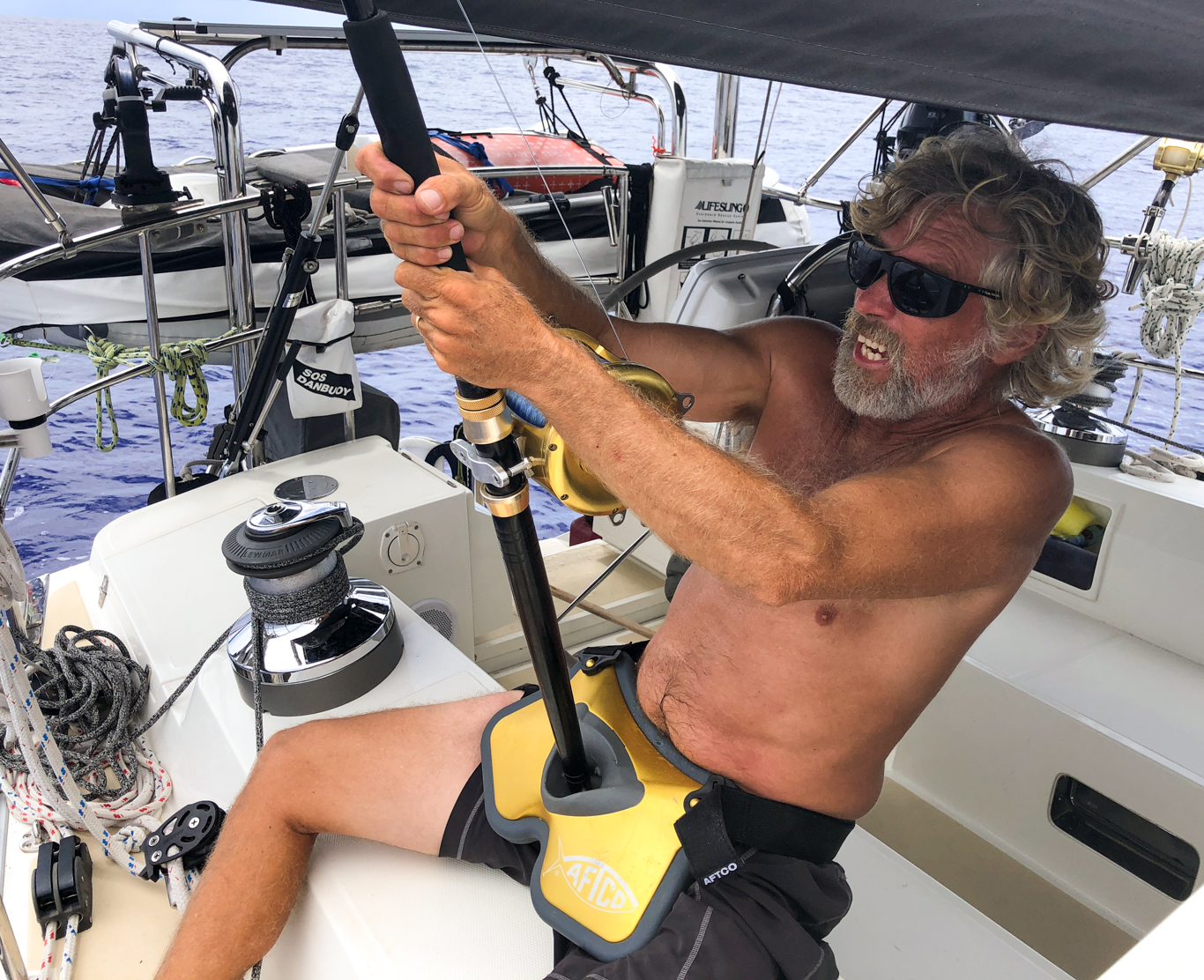


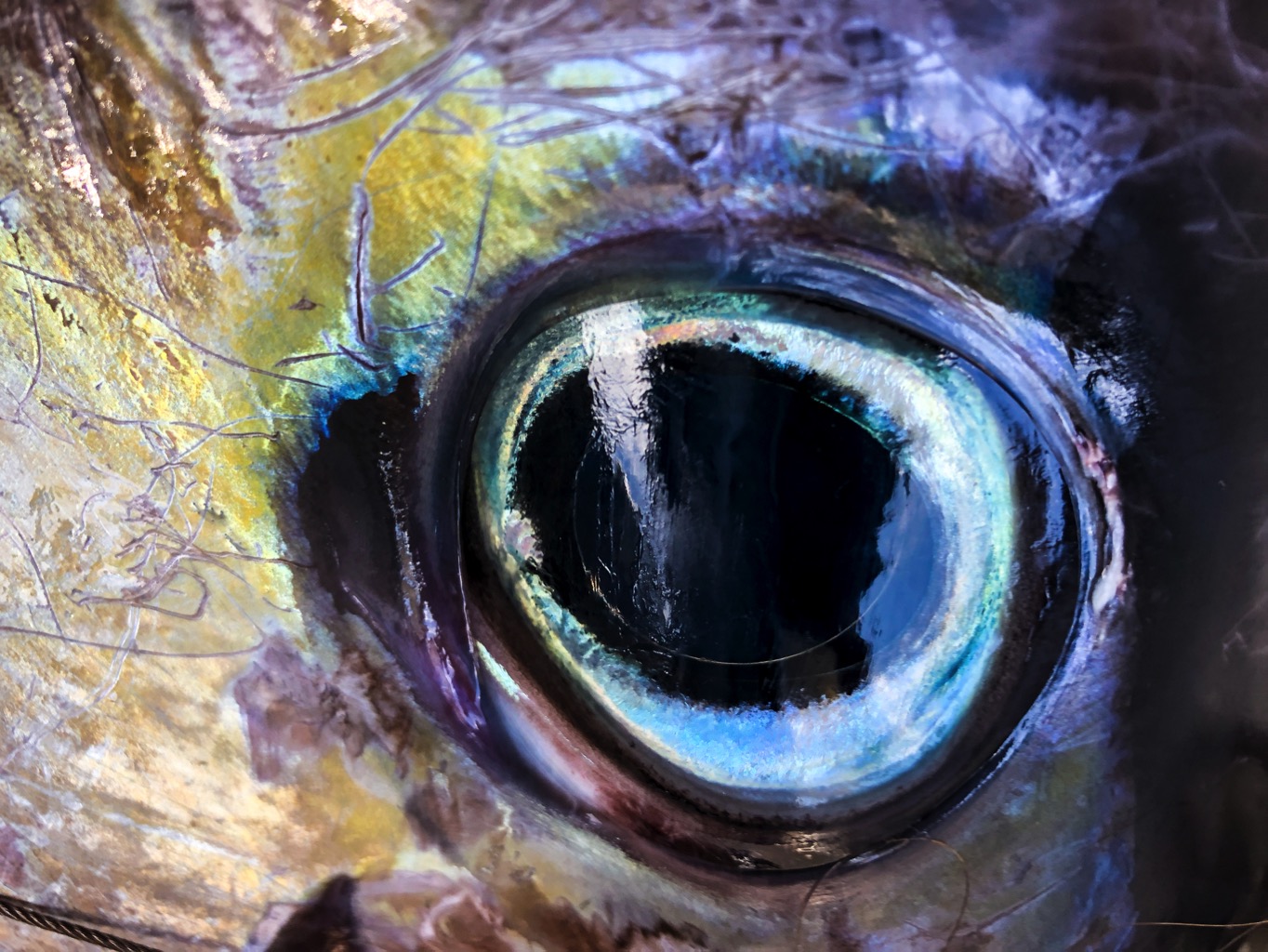
~MS
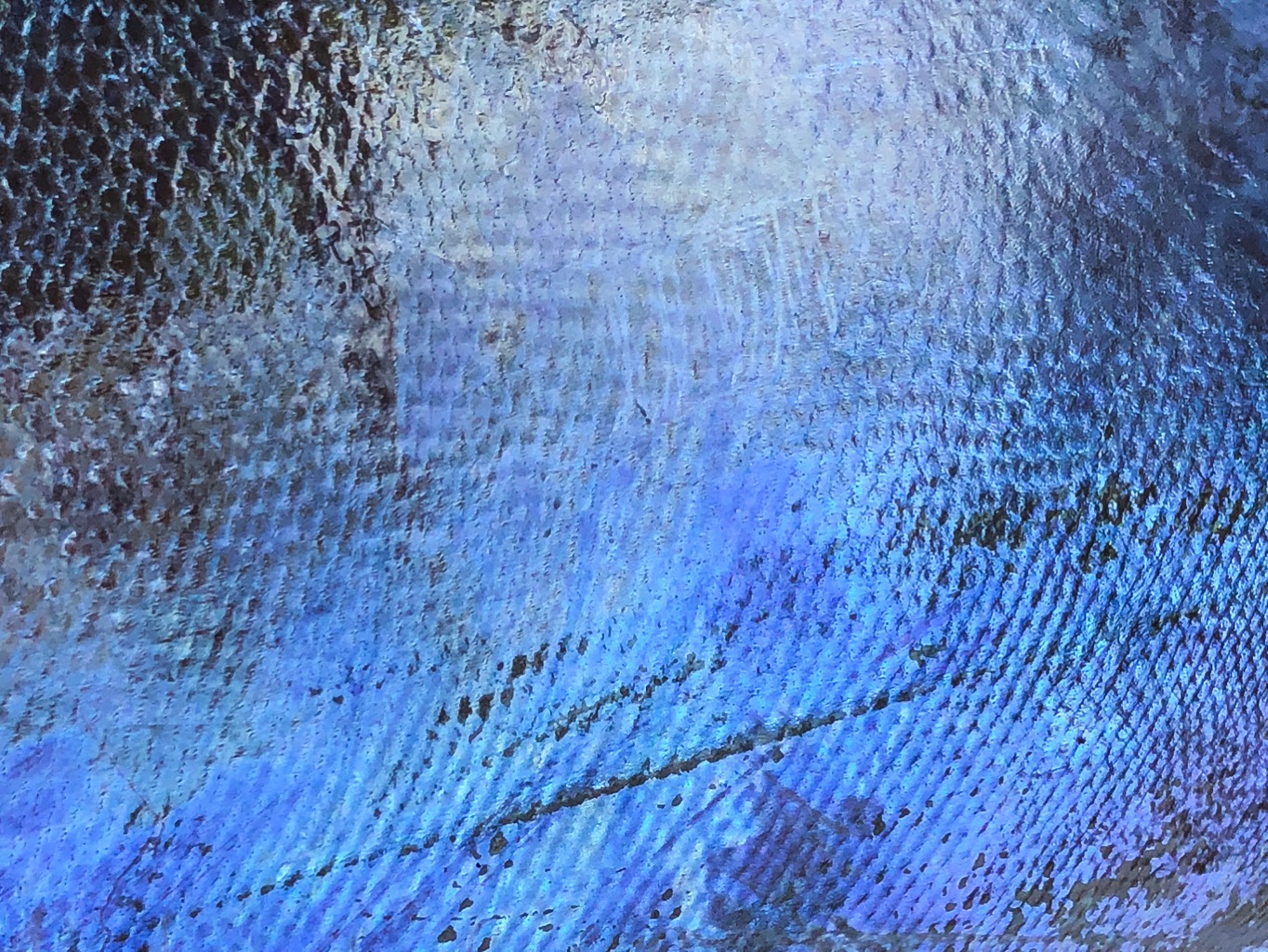
STATS:
Yellowfin Tuna
64 inches tail to mouth, 44 inches in girth
190 pounds
240 steaks
8” purple and orange Yozuri lure
180 lb test line with 300 lb wire tippet section
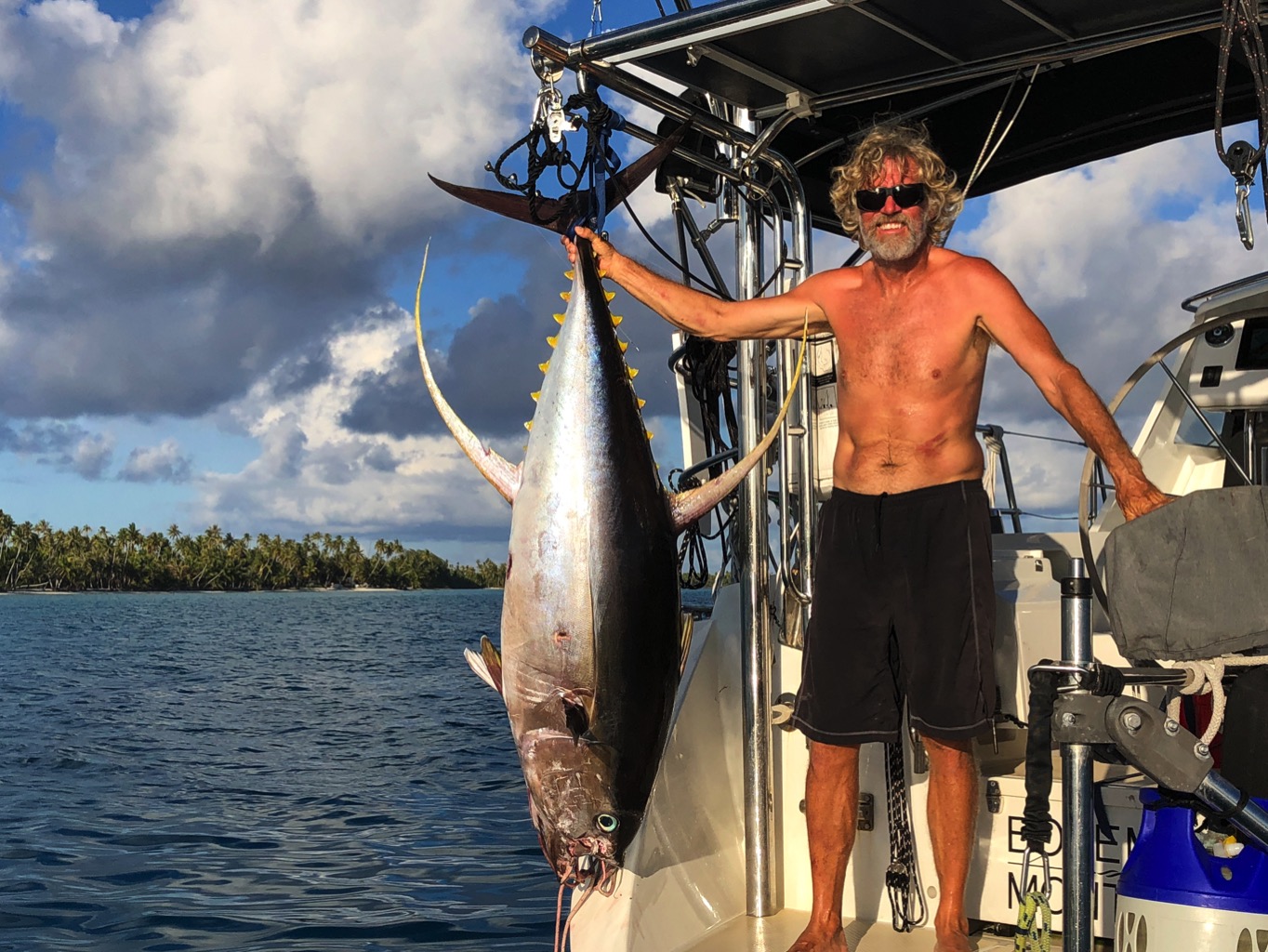
THE DETAILS:
After we broke two fish off near Bora Bora, I decided to do something about it. A big new rod and a reel that weighs more than all my other reels combined.180 pound test line, 300 lb test wire leader, eight inch Japanese Yozuri lure with two I don’t-know-what aught giant hooks. We were ready.
We wanted fish. So I had my secret weapon out, which I learned from a sport fishing boat in Mexico. A teaser trailing about thirty rubber squid in a school formation. Gotta get the fish’s attention, especially when you’re sailing downwind in light airs.
When a saltwater fish starts taking line, you don’t really know much about what you’ve got, unless you’re lucky enough to see the take, as I did with my first Marlin. But even small fish are crazy strong out in the ocean. If they weren’t they wouldn’t be here. They live with sharks.
We’ve learned the hard way how difficult it is to battle a big fish from a sailboat. Lines, sails, rigging, davits, hydrogenerators, long rudder and keel. The first thing you need to do, is slow down. When this fish hit we were sailing wing and wing with the genoa poled out to starboard. Luckily, since crossing the Pacific we’ve been setting the pole out with a bridle, so when we decided to hove-to there was a foreguy already in place to keep the pole from swinging back into the shrouds.
Diana got on the VHF and called our friends on Makara who been sailing close by, to let them know we had a fish on. Having broke the swivel on one of the hooks before on this rig, I went easy on the drag, and the fish ran and ran. When we’d slowed to about a knot or so, I started putting more pressure on, though I stopped the run, I couldn’t gain anything.
Diana dug out the “Golden God” which is the name she came up with for what she thought was a ludicrous fighting harness when I’d bought it back in California.
With no good place to be, I set up with the rod on the starboard side. The stern was blocked by our dinghy, dangling teaser, steering vane post and hydrovane. It looked like about half the line I had on the giant reel was out. I set more drag, but couldn’t get the line in. This may have been the first moment that we began to guess that we were in for a long haul. Makara called to find out how it was going. Little to report.
For the next two hours. Two hours. I would reel in as much as I could, and then lose at least two thirds what I gained with the fish pulling inexorably away. I was fighting the fish facing sideways, since the dinghy and everything else was on the stern of the boat. We were drifting slowly off course to the northwest, and the fish was pulling east. I was getting tired, but it was too much for Diana to hold very long on her own, so she helped relieve me by supporting the rod from the side. I’d get a couple winds on the reel and then we’d catch our breath.
Makara called again. No fish. We hadn’t even seen it yet. We heard Starlet come on the radio, they were hearing Makara’s side of the conversation.
Finally, somewhere in the second hour the fish started to rise, and I was able to take in some line. We got our first glimpse of the beast. A silver flash, deep deep deep down in the blue sea. Then Diana thought she saw yellow.
We already thought, hoped, prayed, that it was a yellowfin tuna. It had to be. Marlin jump. Dorado jump. Tuna go deep. What else is that big?
We told Makara we could see it, but that it was still a long way off.
The fish acquiescing so much line and coming up, fooled us into thinking that we were getting close. I think we even got the gaff out.
Wrong, O’ how wrong! The really brutal part of the battle had only just begun. The tuna started heading for the other side of the boat, getting the line wrapped around the hydrogenerator and the dangling squid teasers and just about everything else on the stern. Both of us were already bruised up, me from the pole slipping out of the harness and Diana from trying to hold the pole at the rail, getting her hands trapped between the rod and the Bimini frame.
Both of us took turns unwrapping the line and Diana started the engine to try to turn the boat toward the fish so it would be off our side instead of behind us. More than once we heard the line “twang” off of something on the stern, sure that we’d lost the fish after everything.
Just about the time that I began to think about the looming probability that the muscles in my arms were seriously going to give out, we got a small break. The tuna started doing deep predictable circles. Diana guessed about 70 feet below us. With each circle I could gain a little as he passed closest, and then lose some of that gain as he pulled away. A few inches at a time and Diana was able to report to Makara that we had the fish at about fifty feet. Diana would help me lift the pole and I would reel like crazy on the drop. The fish too was getting tired, but sometimes just as I could feel him falter, I realized I had to take a break, too. I just couldn’t pull him up.
Diana gave me water. My arms were pumped, literally spasming involuntarily as we got the fish near the surface. He was still pulling in circles, but now he broke the surface and we could see how enormous he was. Diana tried to gaff him, but the reach from the deck was a few inches too far for her, and the fish wasn’t done yet.
After awhile we realized that the only way to get him was for her to take the pole. She donned the Golden God.
I gaffed him, but it took all my remaining strength just to hold him near the surface. When we caught that big tuna crossing the Pacific we lost our gaff at this point, so Diana got a line tied onto the gaff in case I lost my grip.
We were contemplating how we were going to lift the fish, thinking about using the block we use for the dinghy, when Diana saw a shark swimming in, no doubt scenting the blood from the gaff.
There was NO WAY we were going to lose this fish to a shark after three hours. We put a line through its gills and put the rod back in the holder and worked the tuna around all the many obstacles at the stern of the boat as the shark circled (I kid you not). Thankfully the shark was taking its time. With both of us heaving will all our might we got the fish up on the swim platform, tail dangling out over the water. Diana tied the fish off and we both sat down and tried to catch our breath. The shark would have to leap out of the water to get the fish now, but we had to get it on the boat more securely before we could move.
Diana took a picture of me, totally exhausted with the fish half in the cockpit. We got another line on it, heaved one more time and the fish was secure, though to steer Diana had to straddle it at the wheel.
Three full hours.
I was too exhausted to help Diana roll up the genoa and reset the main, start the engine and get us moving. We called Makara and told them we had the fish.
Starlet could hear us now, and Mark suggested we come raft up to them when we got to Fakarava, so they could lift the fish onto their trawler. A much more convenient place to butcher it. The wind was very light so we used our engine to make up for three lost hours. We wanted light for transferring the fish. Meanwhile Mark also made arrangements to put the fish, once it’d been cut into steaks in the freezer of a local magasin (grocery store). We had to have the job done by eight o’clock which is when the owner said he was going to bed.
Sharpened knives, everyone dove in. We butchered on the back deck and, Jennifer shuttled them into Diana cutting steaks in the galley. Ian bagged them and estimated we had something like 240 steaks in all, plus bags of trim meat Diana and Erica sorted for sashimi or for curries.
We measured the tuna, from the bottom jaw to the crook of the tail. Mark found a chart online to determine its weight. The first graph he found didn’t even go up to this tuna’s 64 inches/44 inches girth. 190 pounds.
It takes a village.
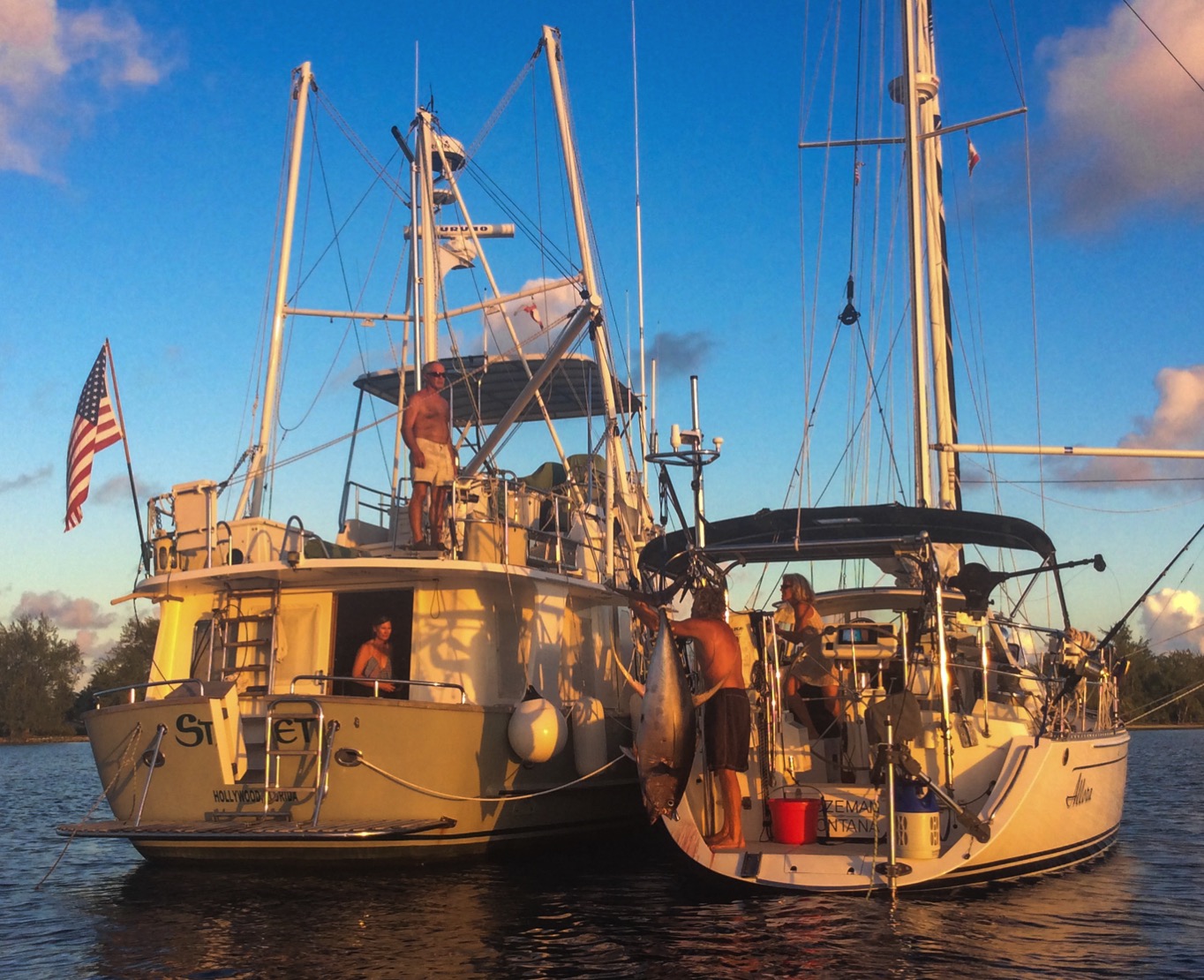
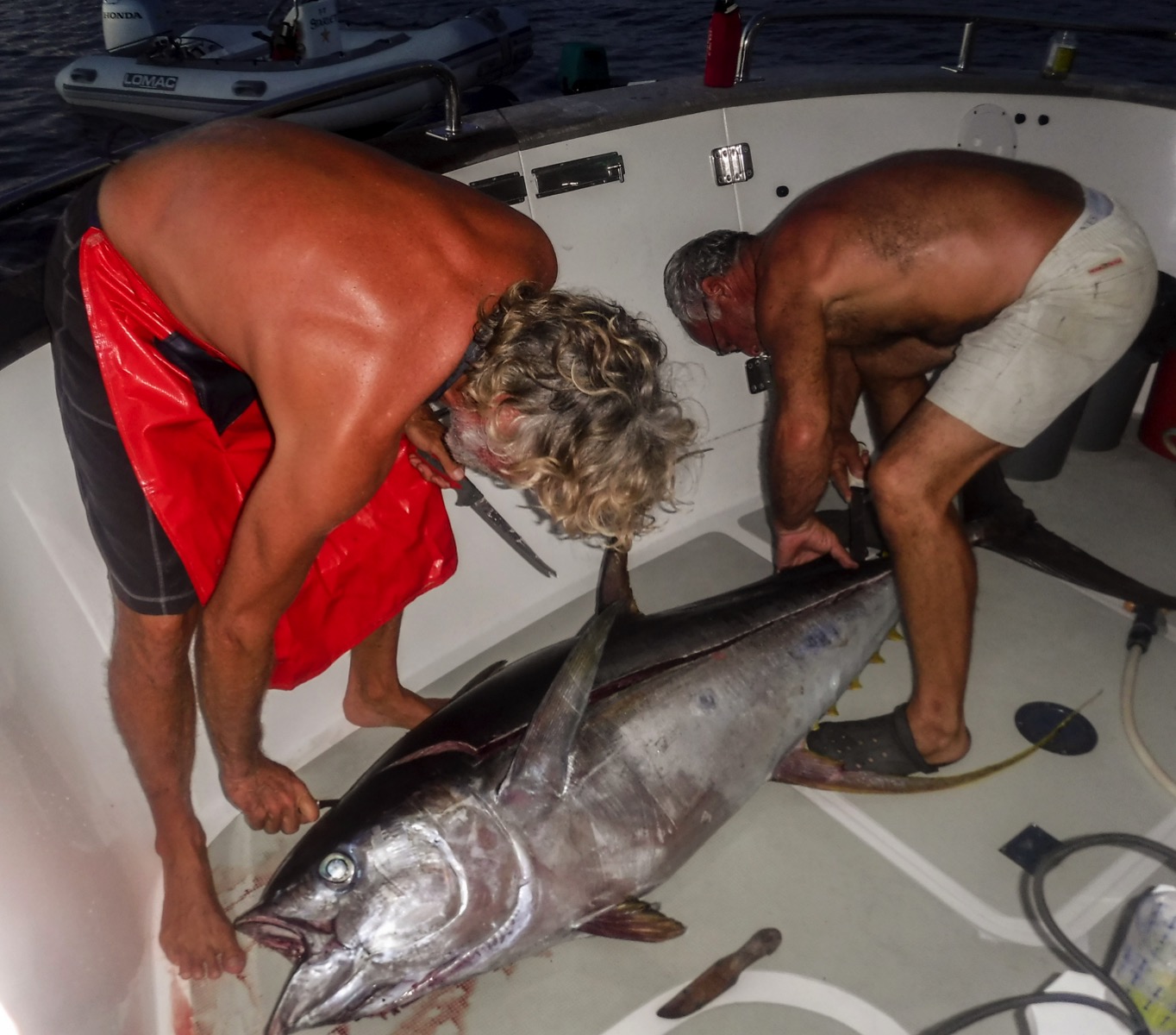
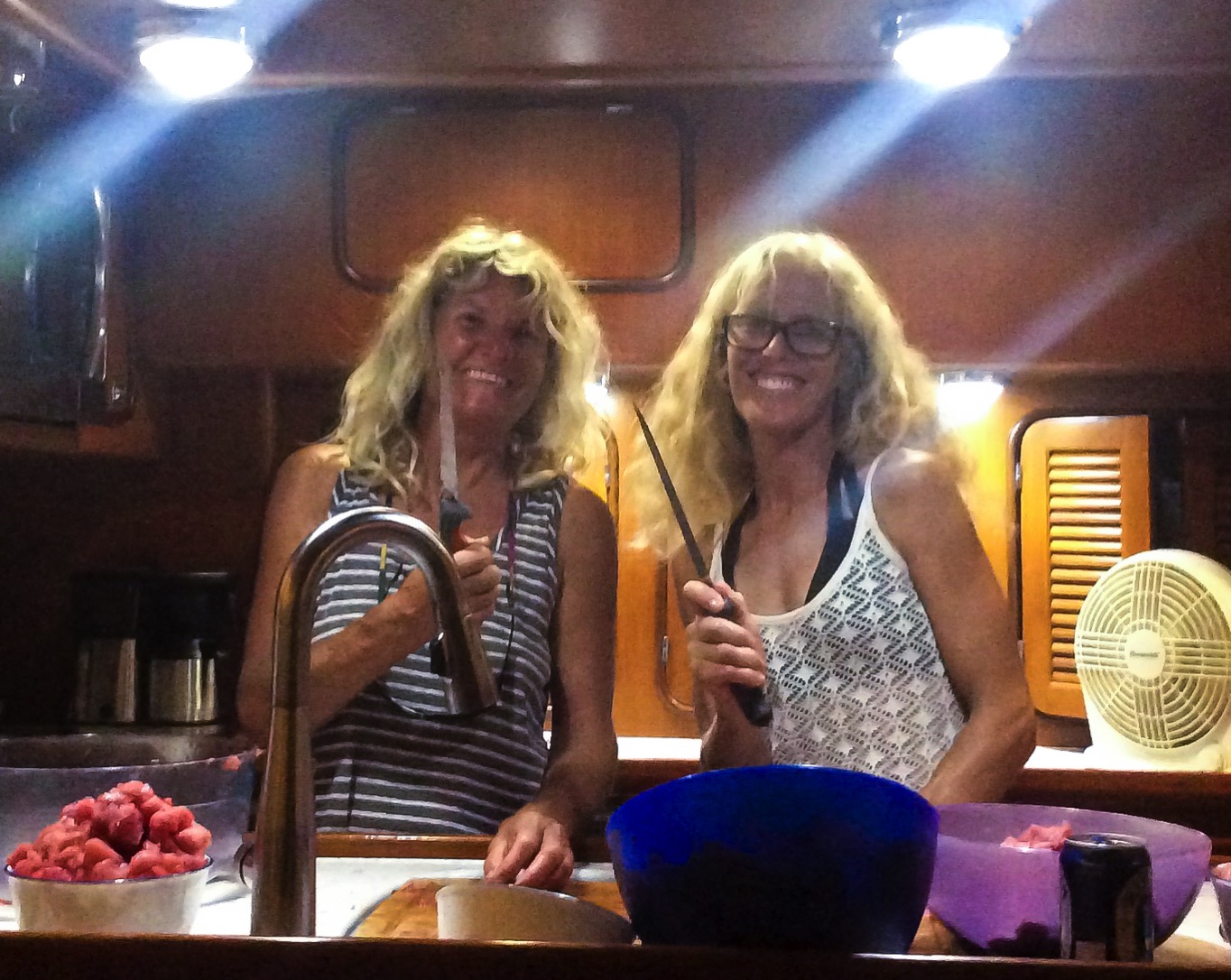
Madison’s Tuamotus Visit
We’ve fallen in love with the Tuamotus, as most people do, so getting to share this utopia with Maddi over her winter break was really special. We’d promised a much needed rest, but ended up playing pretty hard, so hopefully her soul was recharged and enriched by the warm, turquoise waters brimming with life and the sun kissed days filled with simple, yet active goals. We ended up hanging out in Fakarava and Tahanea, two atolls with abundant wildlife/wilderness, (always appreciated by Maddi) and we just may have spent as many hours in the sea as out of it! We’d been renting diving gear from a local provider in the south of Fakarava, but once we met up with our cruising friends, m/v Starlet, they ‘hooked us up’ with tanks and together, with s/v Makara, we dove daily. Pics of these shared adventures will be on the next post, but here we focus on our middle daughter, the shark whisperer.~DS
“Groupers Shining in the Light”
Fakarava, famous for sharks
rows of teeth, sinister, graceful
ominous patience at the top of the food chain
keen senses for a slip-up, a moment of inattention
fish hide in the coral after dark
unaware of a tail poking out
sharks imprinted with curiosity
follow every lead, investigate every anomaly
de facto enforcers of the status quo
stick to the rhythm
you’ll be alright, maybe
it takes attitude to be a grouper
shining in the light
defending your rock
even more attitude to be a grouper at night,
You should try living among swarms of predators
try to sleep or procreate, try to enjoy a little leisure
not surprising that groupers get a little touchy about their neighborhood
food funnels with teeth in their gills,
they present themselves to the world mouth first
Prettier tropical specimens keep a wary eye
slip between branches of coral as though sipped by a straw
everybody seems to know
that the sharks know
they’ve traded decent eyesight and speed
for jaws and uncanny 3D senses for smelling fear and panic
traded chewing teeth for biting teeth
Six Gill sharks eat as little as once a year
(you don’t want to be reincarnated as a Six Gill shark)
Triggerfish, with beaver-like teeth
flopping, rooting, peering under rocks
Bluefin Trevally terrorize the shallows, manifesting classic symptoms of ADD.
Parrotfish seem to know that they’ve been named after birds
fluttering over the reef
crunching coral, shitting and spitting sand
along with their groupies, Maddi and I call “friends of parrotfish”
Moray eels scowl from their caves
Moorish Idols parade along the branching staghorn
huge green Napoleon Wrasse contemplate a sex change
an octopus camouflaged in the rocks
how much brain power it must take to run eight arms
and change color and texture instantly?
I can barely pat my head and rub my stomach at the same time
those unblinking eyes
that gambler’s mouth breathing tube
shoals of shimmering, blue, wide-eyed baitfish
birds above, predators below, strength and peril in numbers
bobbits with scissor-like jaws lurk in the sand
800 species of deadly cone snails
Everything that can be eaten
is
iridescent ink glows in perpetual darkness
volcanic vents in ocean trenches are planning for the future
human concentration suffers from lack of predators
evolution is happy to start over
when our moment of inattention
gets the better of us
~MS
Societies Gallery
Galeophobia? Galeophilia?
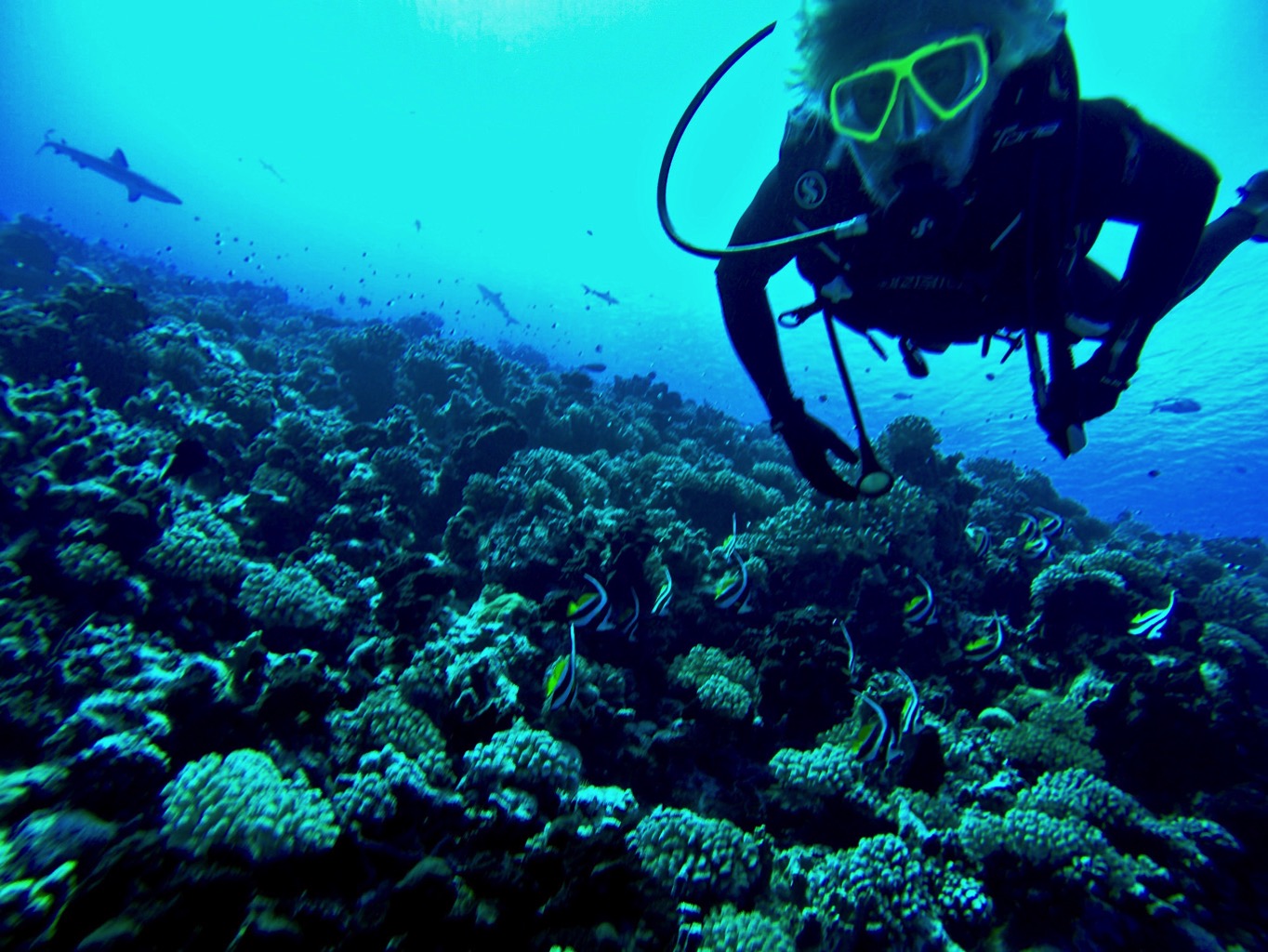

Diving the pass at Kauehi
simple panga, a piece of plywood covering the collapsed fiberglass foredeck
a couple of stops to for the finicky gas outboard, a rag so the fuel cap can be left open to vent
the churning pass looks so much better in 10 rather than 26 knots of wind
as when we entered, pitching over the standing waves
the usual nervousness, gear, getting it all on
Gary says make the drop quickly to get out of the current
Visibility that transcends imagination,
a long sloping garden of coral, the vividness of the ocean outside
white-tip sharks cruising the edge above
out in the unreal blue
fish like butterflies along the reef’s edge, healthy and alive
we regroup and then descend to 27 meters
it doesn’t feel deep, the water is so clear and light
we float along the coral to the beginning of the pass
a narrow canyon, its like flying, whisked along with the current,
sharks passing so near overhead swimming against the inflow
slick rock and only a little coral, still teeming with fish
parrotfish, triggerfish, dark fish with crazy horns
unnameable tropical fish that will become a part of our dreams
how little aware we were, floating above this galaxy of wildlife beneath our keel
a single tuna shines like it is made of polished stainless steel
we drop into a small depression, caves on one side
the bowl is filled with grouper who have gathered before the full moon in July to mate
they battle mouth to mouth for breeding rights,
allow us to face off, too, with their glowering jaws
the sharks swim by, poised for something,
an unexpected moment to seize upon,
How many fish does it take to keep all these predators fed?
We wait and marvel
then up again over the shallowest rim of the reef
and down into the cirque below, our French dive-master calls the circus
an amphitheater, another dimension
like a poster of the marvelous underwater world that you cannot believe
gray sharks now circle at our level, perched above the silvery cirque
we breath our sparkling air and watch as they come to peer with dark eyes
they demand our attention because they are the biggest,
but there are so many fish everywhere still by the thousands
we are privileged witnesses to a dream
breathing deep underwater with this bounteous cornucopia of sea-life
dazzles the mind and eyes
like Robert Louis Stevenson’s jeweled pass a century and a half ago
Its hard to imagine this has diminished even a little since then.
~MS

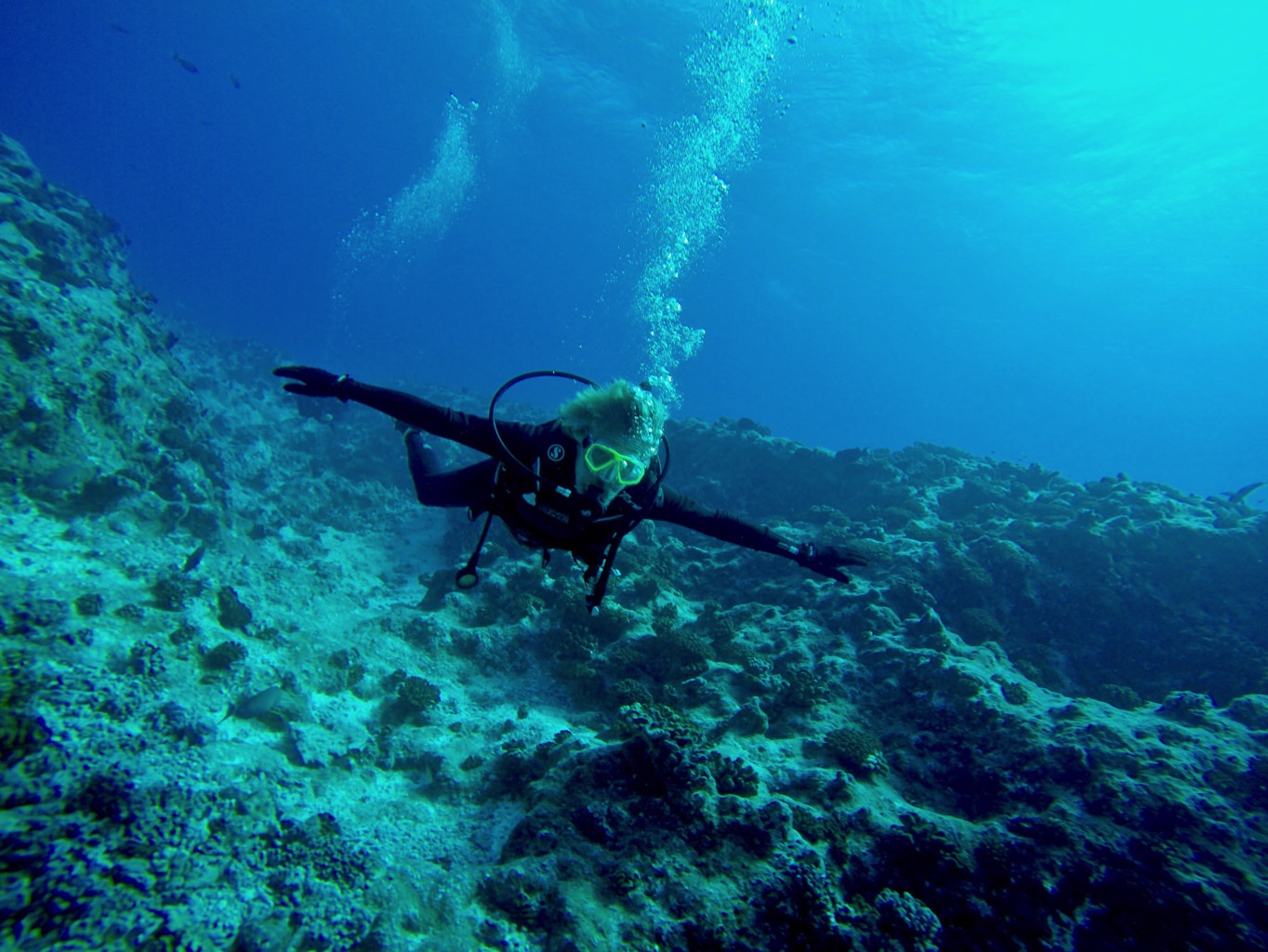
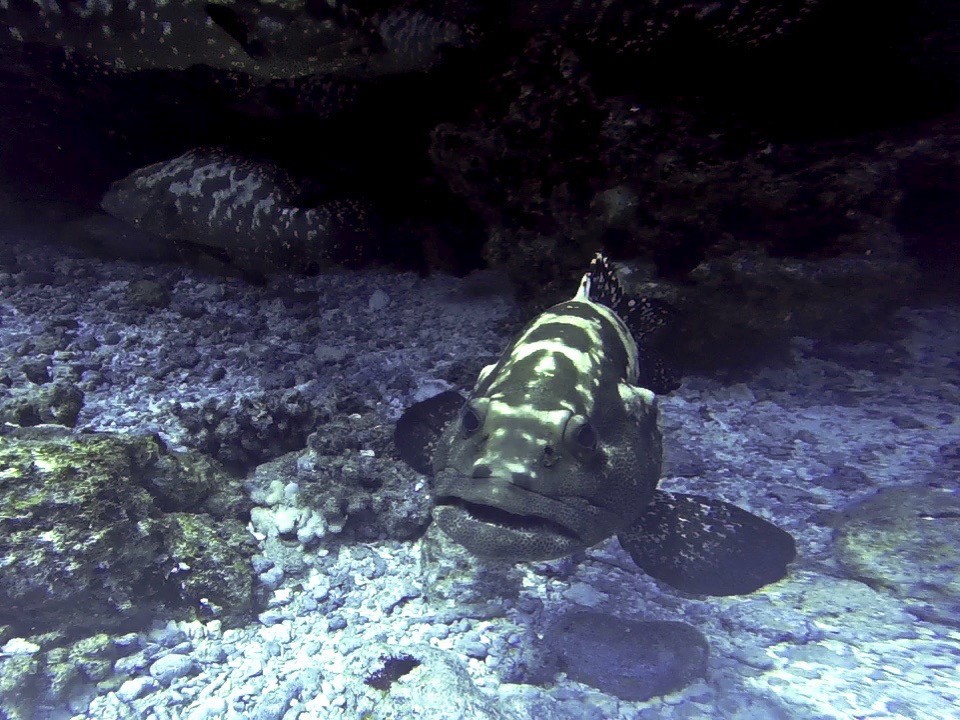
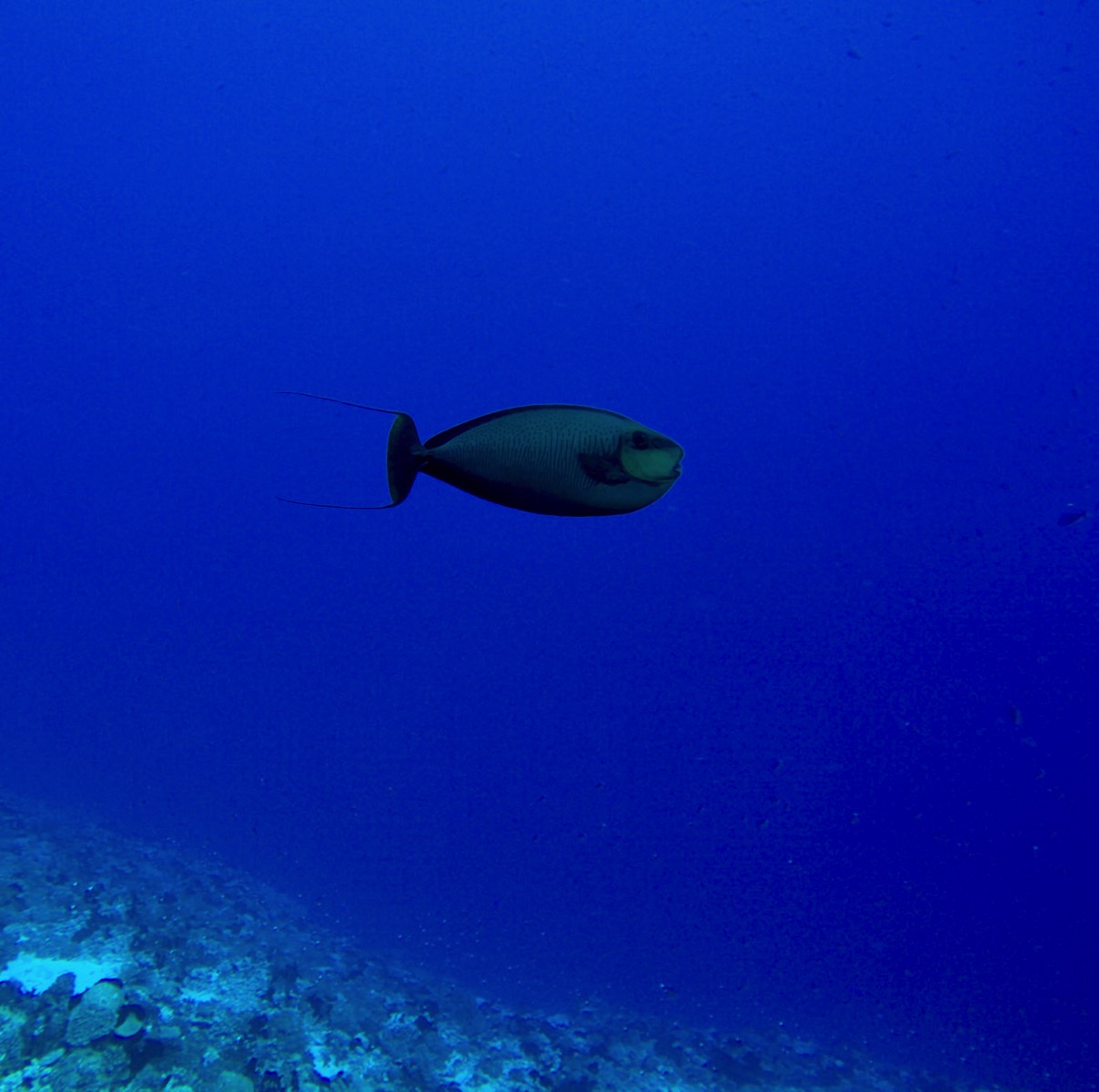

Tuamotus Gallery
Travel is Love

Travel is like falling in love
new, unconsummated love
crooning love
love like the first glimpse of a Marquesan island
before the anchorage becomes rolly
or the tiny population shares a dose of their chronic strep throat
like a Central American jungle before you try to enter
and find that every tree, bush, wild house plant has thorns
crawls with ants that bite like a son-of-a-bitch
white sand beach love, faintly rosy with crushed coral
a place where you dream of living forever
a place where you might become homicidally bored
a place before
imperfect personalities, awkward intercourse
young hearts, seafarers, learning when to pull up anchor
But I think
love is not just a beating heart
love is often found in thorny jungles
on white sand beaches with sand flies
it is found in patience and acceptance,
love is arriving at the same island over and over
with wonder and a racing heart
Travel should be like that.
~MS
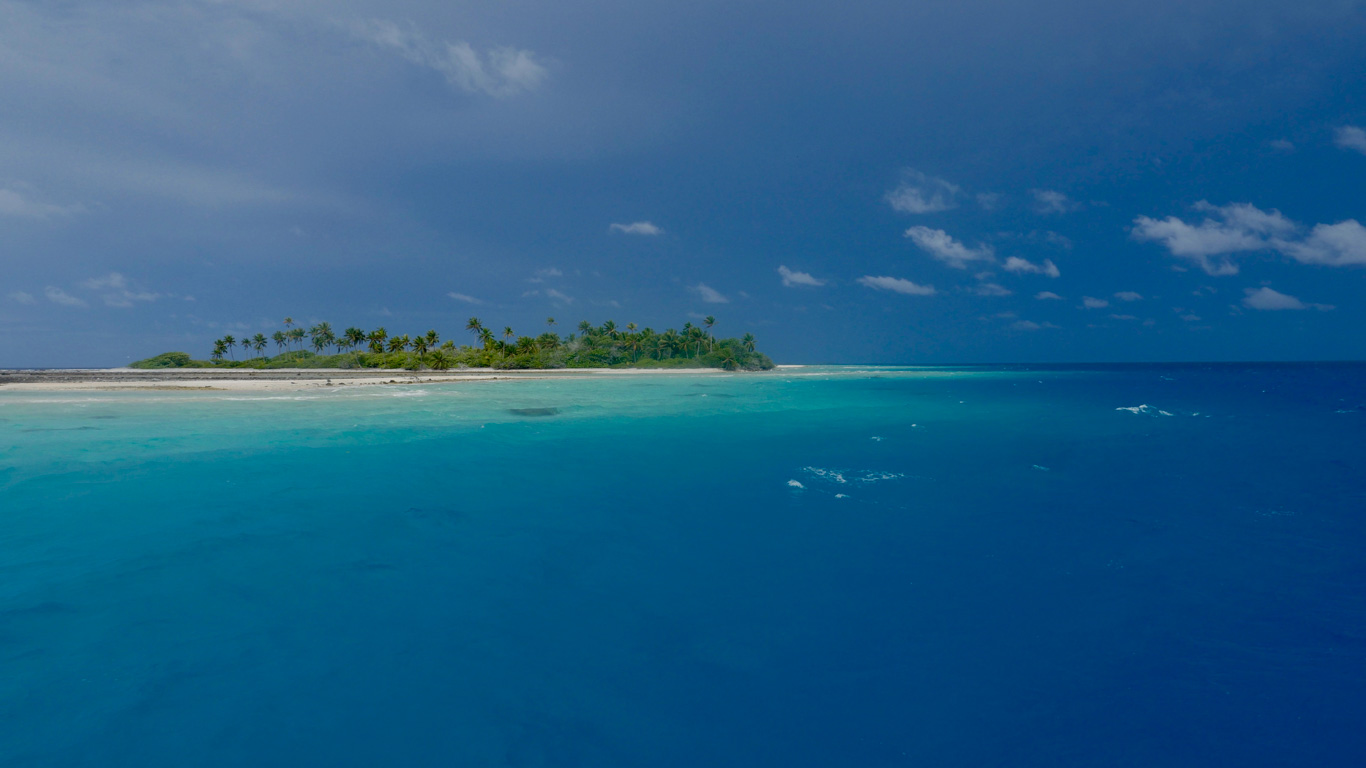
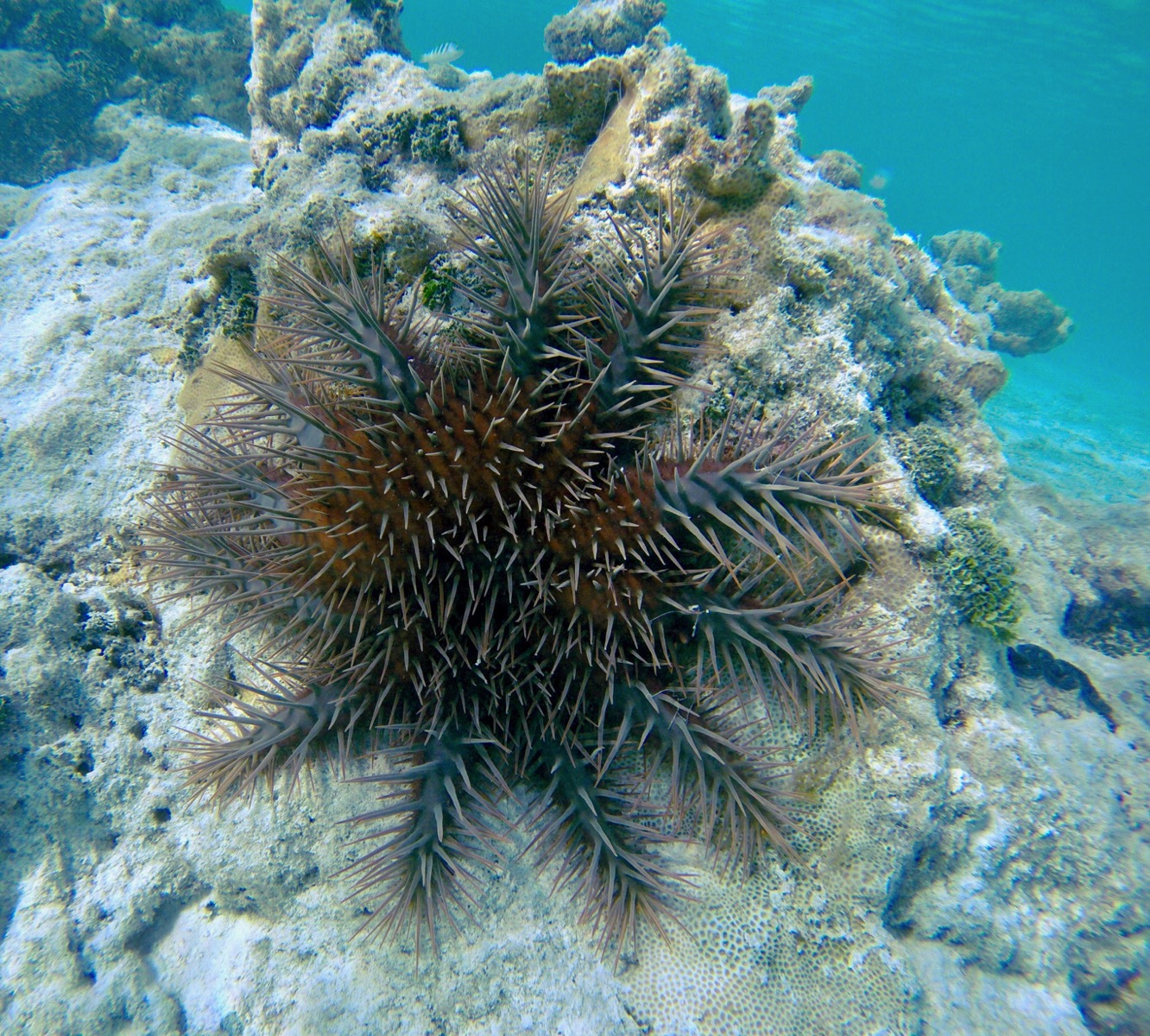
Found this Acanthaster (venomous Crown of Thorns Starfish) while snorkeling in 10′ of water off our boat.
They voraciously eat coral and are considered a scourge

These two were in less than 1′ of water and as I approached, one octopus reached out to ‘hold’ the other

I feel the same way when I get my hands on lettuce – don’t worry buddy, I’m just admiring you!

This small white tern lays its eggs on bare thin branches in a fork or depression without a nest.
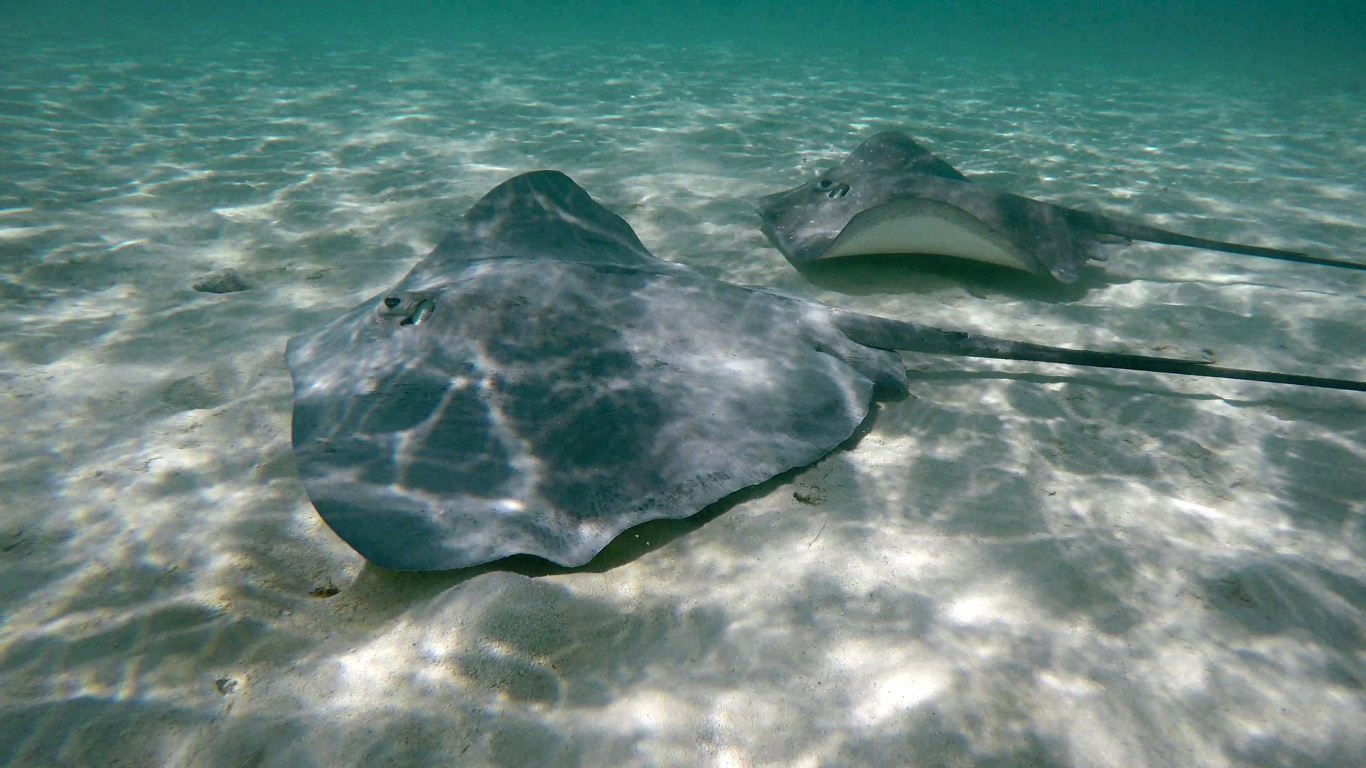
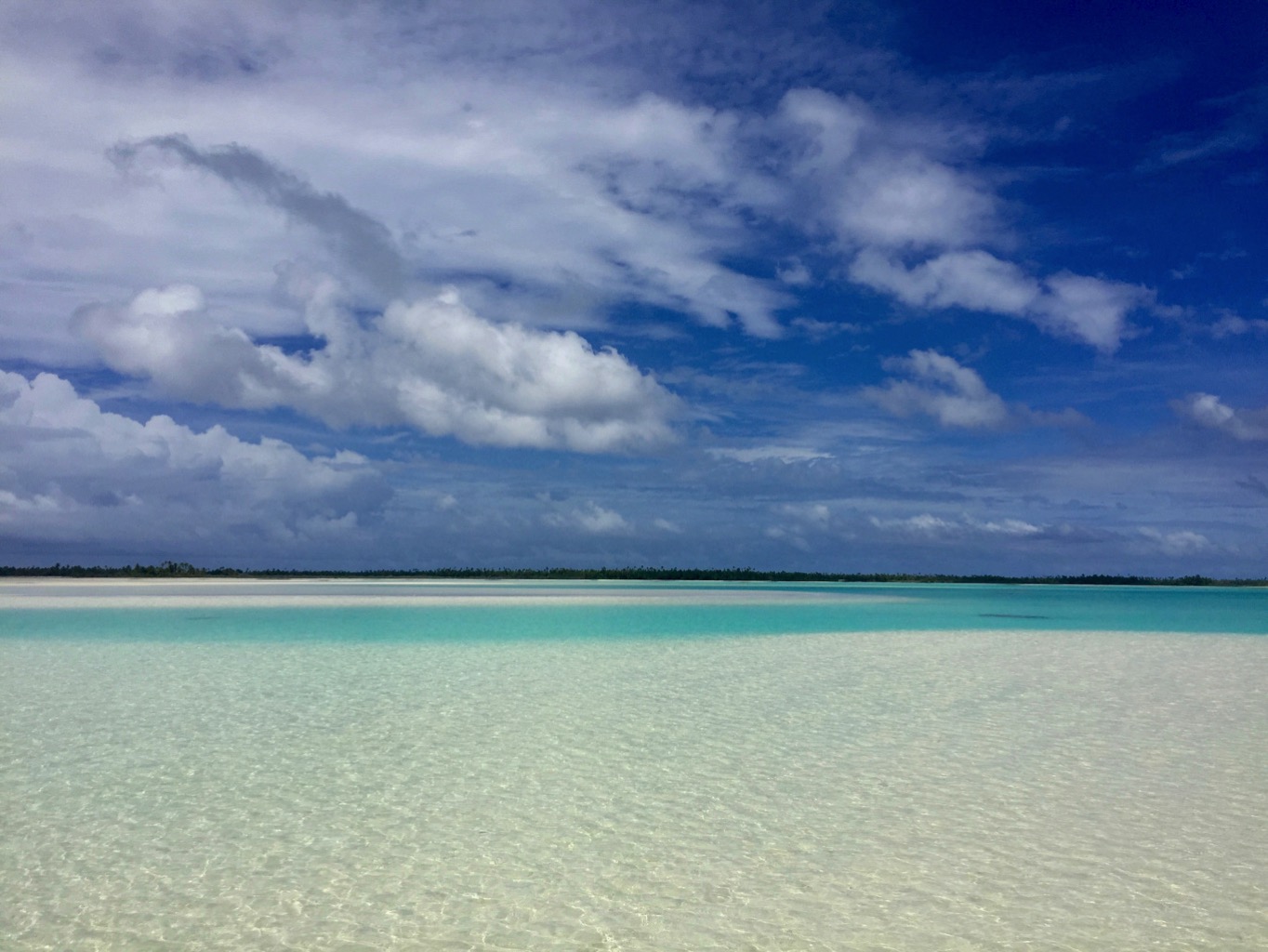
A grandmother, mother and daughter
Winter break from school, they spend a month on the Island
away from home in Fakarava
clearing the coconut groves
a hammock by the beach
they don’t have a lot
but they have a tropical island
~MS

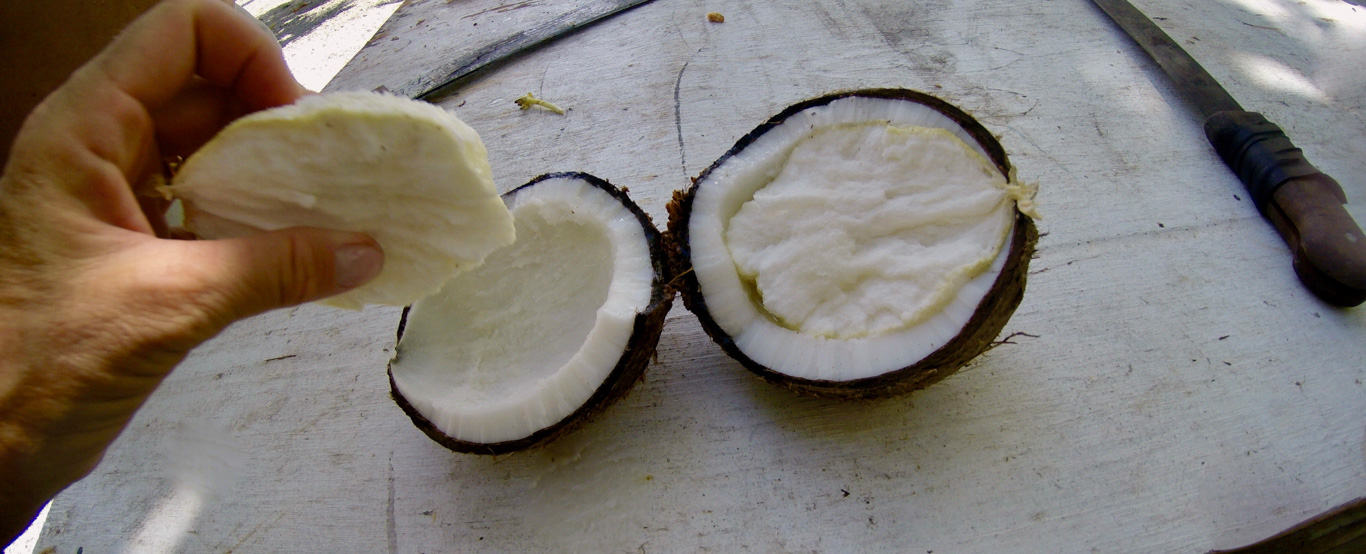
Heart of the coconut from recently sprouted coconuts.
This sponge replaces the milk space and is sweet and tasty-ish
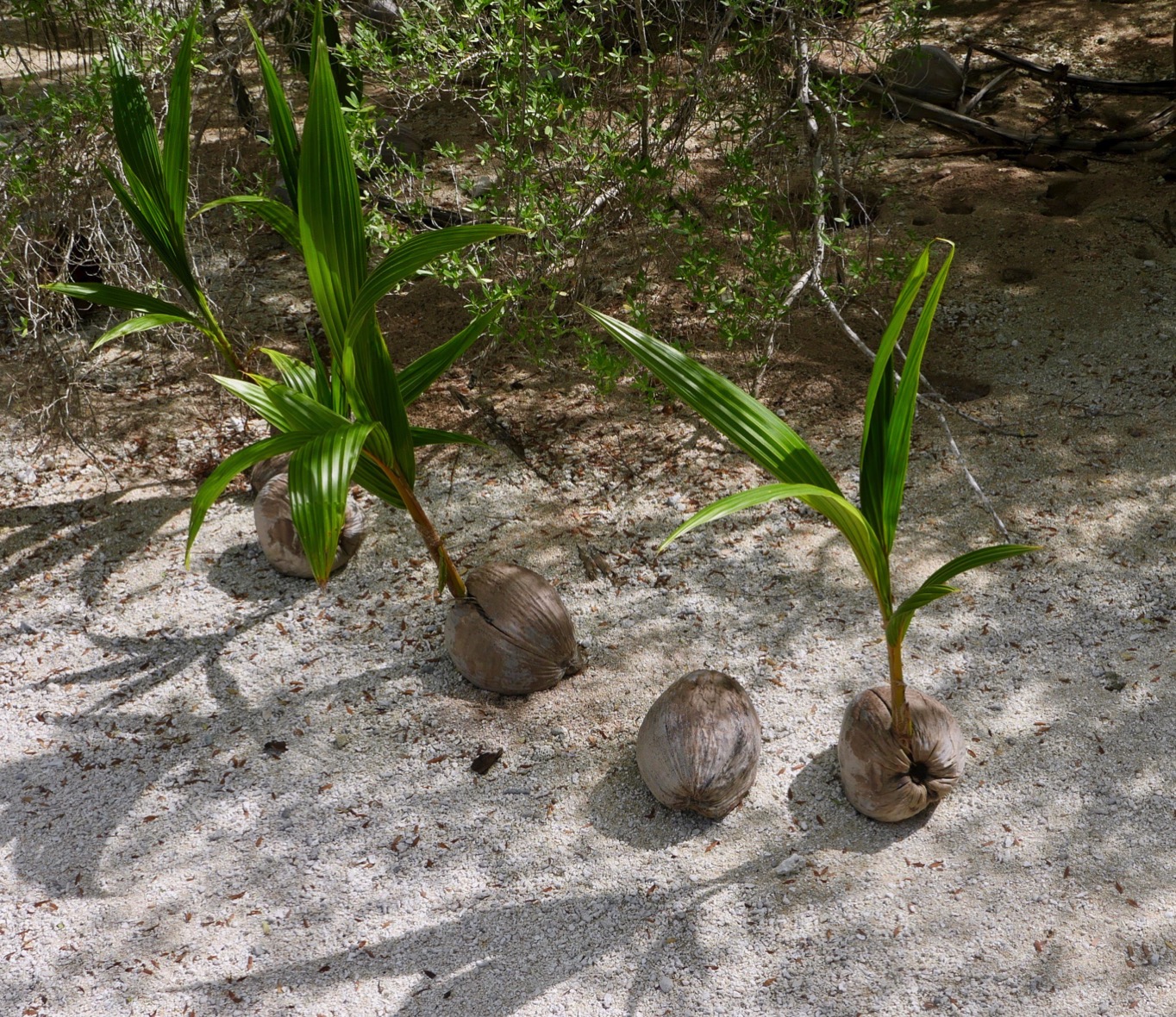
Prolific Palms will sprout wherever they fall
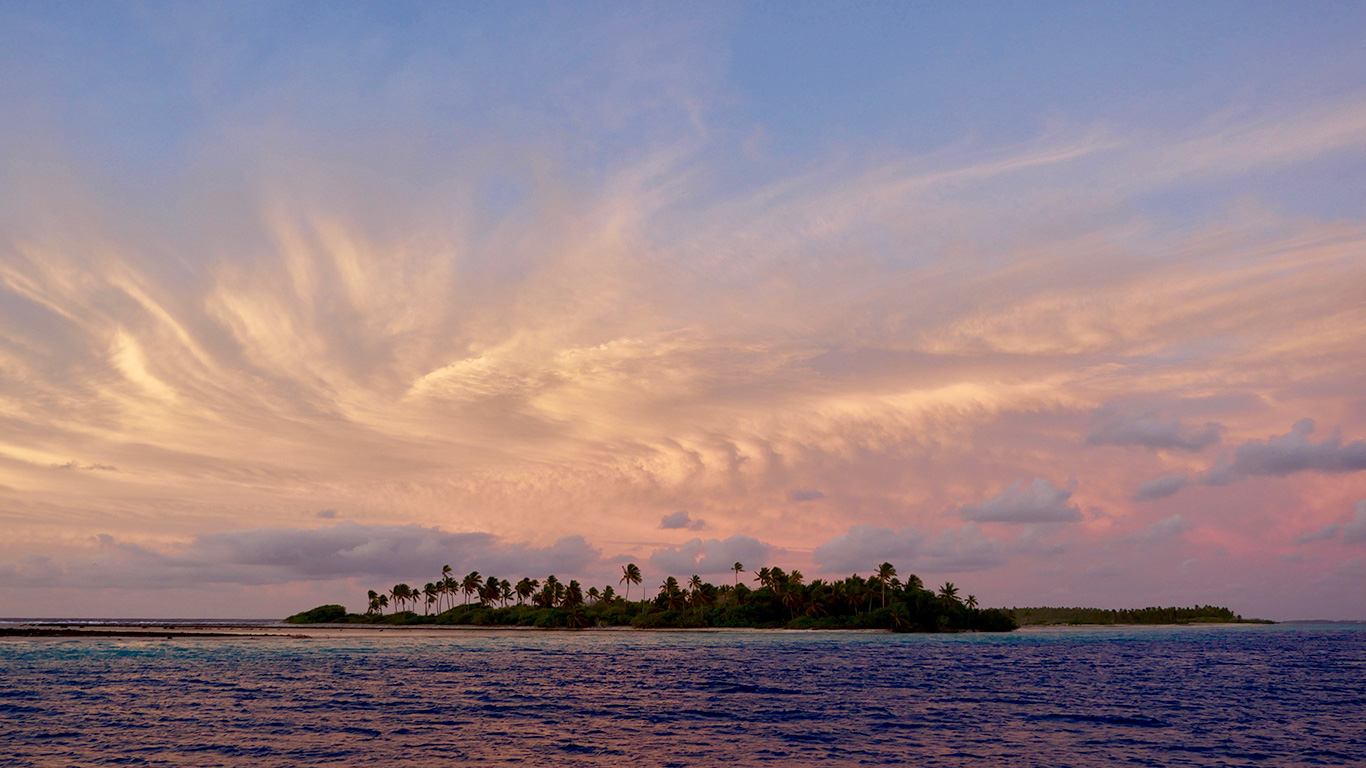
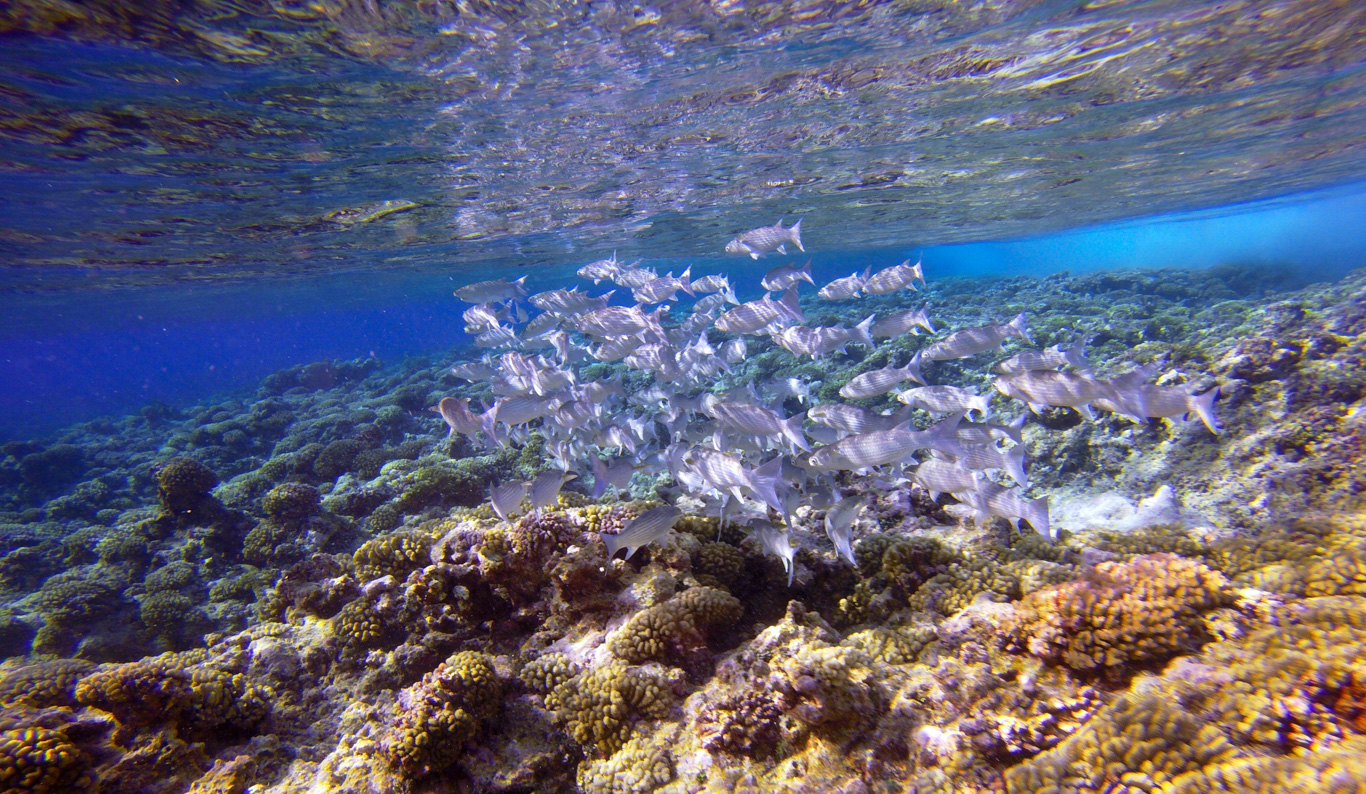
In the internet we trust
we believe in our digital sources,
sailors climb in their dinghies with their hard drives
swapping terabytes
open source navigation, the pass current “Guestimator”
it all sounds good, so technologically clever it simply has to work
we’re going where sailors used to dread
watched over by the faint, triangulated signals of satellites
google earth stitched over the old charts
some drawn diligently a hundred years ago by men who were dedicated, but human.
Rand and Ellen of the Catamaran Golden Glow
who bequeathed us so much of this digital treasure one hectic evening in Nuku Hiva
told a story about a family sailing in Polynesia
the daughter at watch, at night,
they hit an uncharted reef going full speed
dismasted, the father ultimately lost his leg
it’s hard not to be haunted by stories like that
on watch at night, sailing between Atolls
we remember the northern Sea of Cortez
only a few hundred miles from Los Angeles, real civilization
charted islands that did not exist or were miles off
once we appeared to anchor in the middle of the sea
An email via satellite from our friends on Starlet
they’ve heard that there is no internet in all of French Polynesia
a cable cut to Hawaii
True it wasn’t working in Kauehi
and I couldn’t post my perfect bonefish picture
so I guess there are still real world connections to the buzzing web
some lonely cable, thousands of fathoms below in the darkness
just couldn’t hold it together anymore
no escaping the real, physical world, after all
~MS
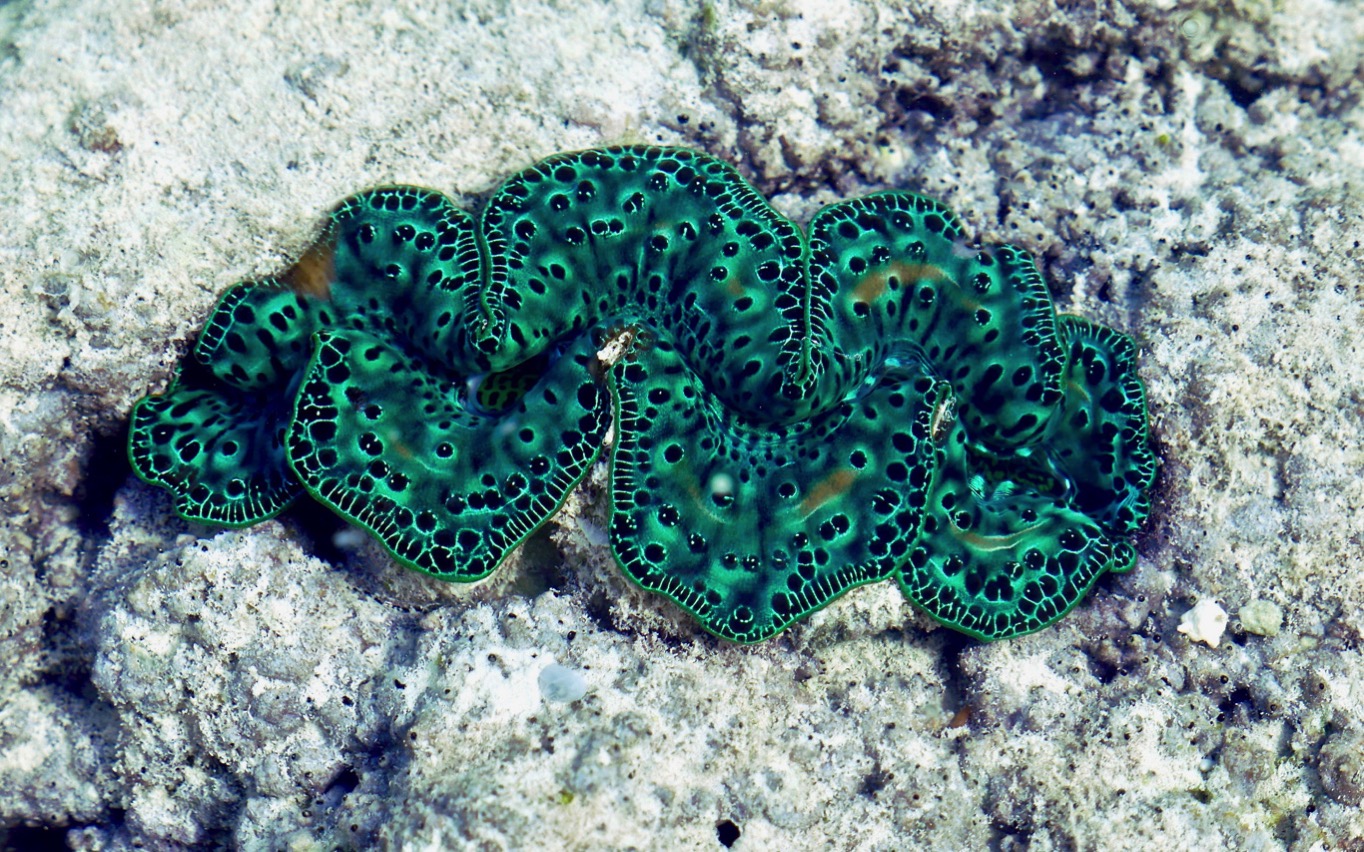
The ‘Tridacna Maxima’ shows up in every imaginable color (This mosaicist is wild about them!)

These abandoned homes get occupied during the copra harvest (coconut for export)

Whitemouthed Moray Eel (feeding on crabs)
South Pacific Moods
Last night with the moon just one day past full
you could see the sandy bottom and coral bommies in forty feet of water
chalky white like the moon
trade wind clouds shuttled gently overhead
and the surf on the reef seemed content and quiet
it’s good to be awake in the middle of the night

We are anchored in an atoll in the middle of the ocean
blue candy water
the haunting possibility of bonefish
Diana is not wearing clothes
when this winter front from down under passes and the wind settles back in again
what a beautiful place this will be
the passage down was textbook, two 180 mile days back to back
before the wind died for long enough to get a bunch of water made
and top off the batteries
arrived early to see the “pass” out of Raroia roiling like white water in Yankee Jim Canyon
When the internet is everywhere will all these remote places cease to exist
will they be like the color “dunia” of Otto-Raul’s Ten New Colors
undone by the ubiquitous web, always visible, available, knowable
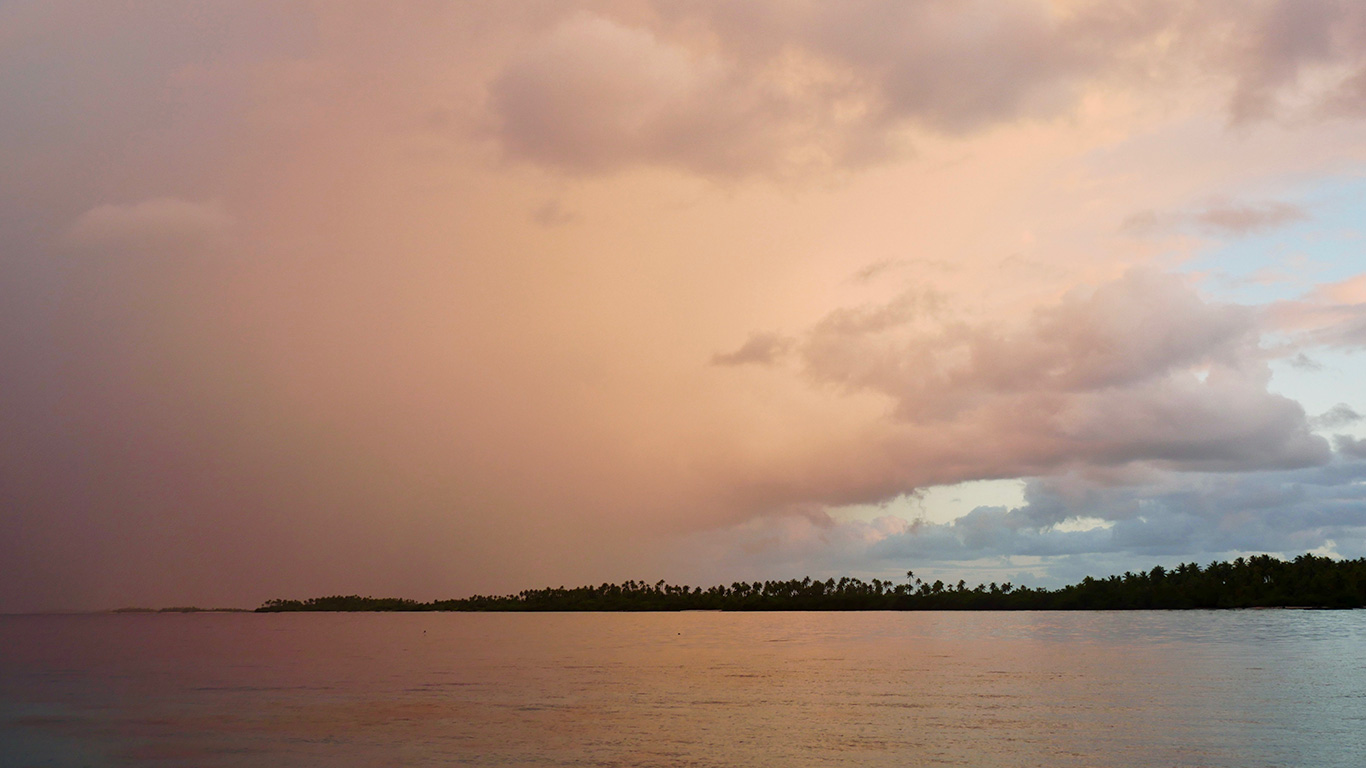
Water makes us vulnerable to weather like nothing else
The wind swings and makes waves even in a protected lagoon
we put a lot of faith in our anchor rode
catching on coral rocks at the bottom
what does it take to break a piece of chain
if a pin works it way out of a shackle
everything we have could end up on the rocks
in a place too distant to recover it
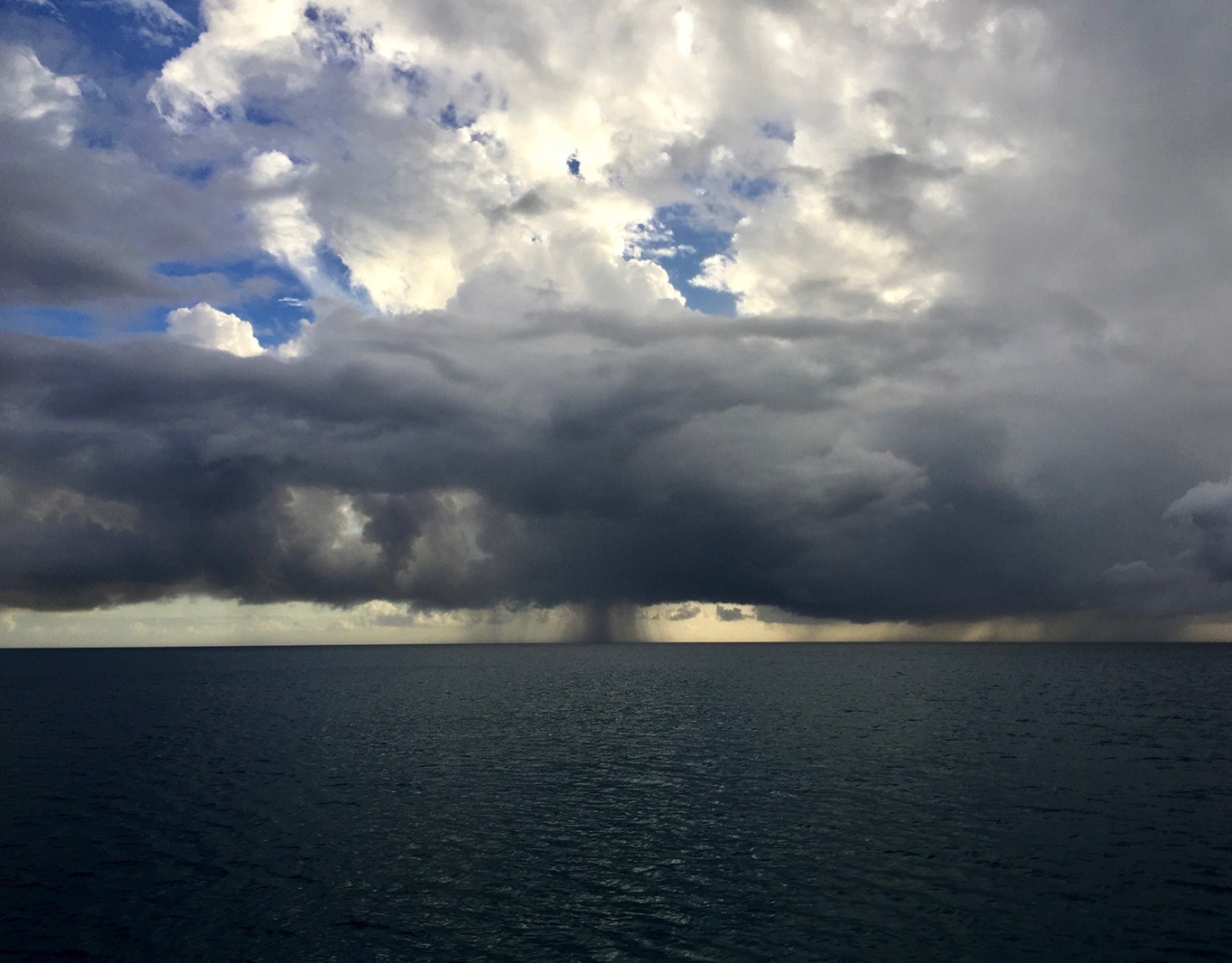
Death by Coconut
Coconut palms are a funny weed to have so beguiled a species
they count as an invasive species here in the Tuamotus
a government subsidized invasive species
I guess so people have something to do, making copra
They are also incredibly dangerous
death by coconut is no joke
death by true love
is real too
you can keep looking up
but you can’t move fast enough
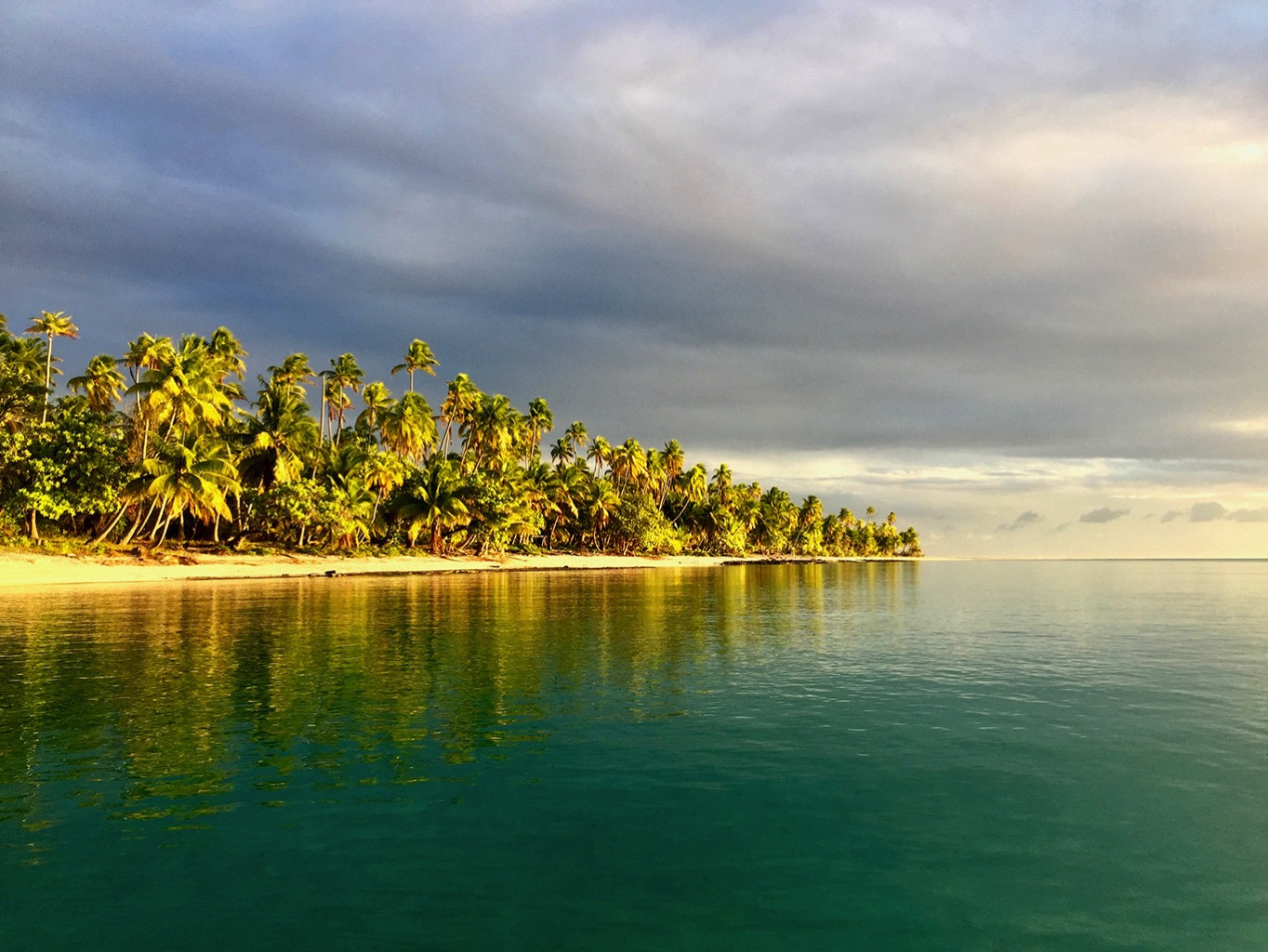
The stars above the motu shine in shrill dissonance
to conversations about digital apps
we are utterly dependent on GPS
and the stars wonder how they’ve become just window dressing
but nobody wants to hit a reef at night
the water sucks away from the cliff like edge and then hammers on like a threat
Kon Tiki wrecked here

Two boats sailed in today from the southern end of the atoll
tandem, tacking upwind in a light breeze
at a distance it looked like one boat
sailing as close as lovers, which it turns out they are
She eased her jib a little to fall back and follow
as they found a way through the coral heads
They moored to one anchor, one with a dark blue stripe, one light
tethered together with a boat length of line
He’s been single handing for six years
she wanted to learn
and when they met she’d already been looking at getting this boat
the same boat
So they sail together, she learning to sail alone
he’s not giving up on single handing,
since they are the same make of boat, they carry spares that work with each
on passage they can take turns watching each other’s boat sail by autopilot
watching for traffic and the hazards
they certainly have more space than they would with just one boat
no one has to climb the mast if there is an argument
but there are risks and downfalls to the arrangement
it’s much more expensive
if something goes on with the other boat, they can only help as much as they are able
they are still truly single handing
they admit that at some point they will move on to one boat
she says it will be hers
a point he is not yet willing to concede
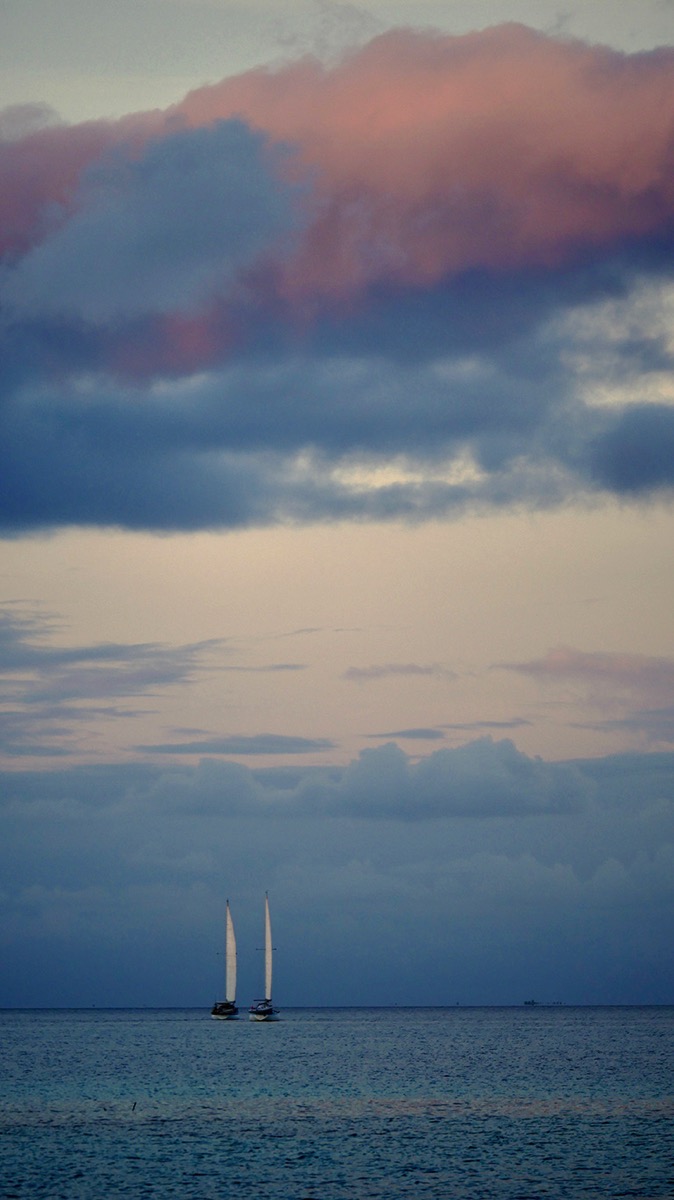
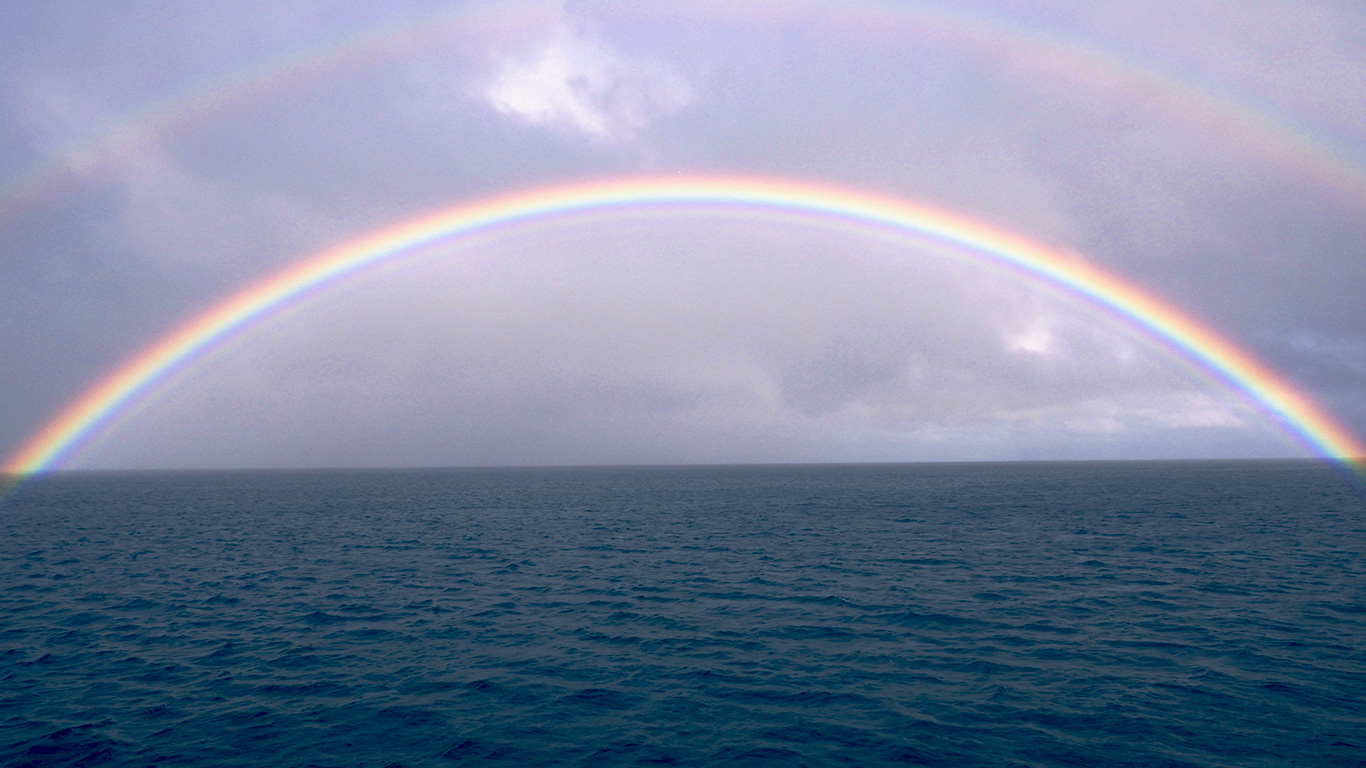
Mamas in French Polynesia
We threw off the dock lines and found an anchorage not far –
where you can look across the reef of Raiatea to Bora Bora at the sunset
we searched the starry sky for the southern cross and our neighboring galaxies,
the Magellanic clouds
A quiet sail in the lagoon to the “Coral Garden” off Tahaa
a bit of shallow coral in a gap between Motu’s brimming with fish
no sharks
the current flows gently in toward the lagoon
the Mom’s donned their wetsuits, fins and masks
a few gear adjustments were made
they fell in love with drifting through that magical world
we tried to stick together,
but Camille drifted off at one point, mesmerized by the show
by the time Diana caught up with her she was half-way down the channel
the days were easy
quiet mornings chatting in the cockpit
routinely late starts
we tried to stick to the plan of no plan
Baie Hurepiti, a tour of Tahaa with Noah,
his French parents came here in a sailboat and stayed
put in a mooring and made a business
a traditional compound of Tahitian style open houses with thatched roofs
and a garden
He studied space engineering in France,
but tired of the rat race and returned to share his island with visitors
Diana wants to marry him off to one of the girls
We learned about purple flowers that taste like mushrooms
and ferns that leave a pretty white print on your skin
We sailed back around the corner for ice cream at Pte Tomoaro
then to Raiatea for drive around the island
a trip to town for some shopping,
and a dinghy up the river at the head of Baie Faaroa
Finally a sail across the open Pacific to Bora Bora
started with a nice wind that slowly dropped
but the seas were calm,
the white puffy clouds over the famous island
turquoise green from the reflection off the lagoon
a group of pilot whales greeted us along the southern reef
then a Humpback as we made turn around the point
across the shallow lagoon our depth finder kept creeping up
10 feet, 8 feet, 7 feet, 6.3 feet (we draw 6.5)
but we found our way to the gorgeous anchoroage without hitting the sand
(note to work on our bow to stern communication skills)
At least we didn’t get stuck
more snorkeling by the Motu
the Moms’ favorite activity
We dinghied in the pouring rain, thankful for wetsuits
Camille slept out under the stars
We all sang and played guitar
Mom and her Polynesian ukulele
On next to the last day
we flew the drone for an unforgettable sunset
in perfect harmony with the feeling of this visit
~MS
Our Moms have now been to visit three times; in Baja, Costa Rica and French Polynesia. It would be hard to say which has been the best, but when I chance upon the pics, I’m reminded of the pure joy it’s been each time, to have them here, sharing in our crazy life. We are building a ‘library’ of memories. These two are agreeable to do just about anything, easy going and relaxed and chock full of love – we are wildly fortunate. Can’t wait till the next sojourn.~DS
Waterline Challenged (Lawsons, Maddi & Wyatt visit)
In August, we had the supreme pleasure of seeing how many loved ones we could fit aboard Allora without sinking her or going mad. Turns out it’s probably 7!
Actually, other than playing bumper bodies routinely and Scott slamming his head too many times, we managed well, sailed Allora, played hard and laughed a lot. It wouldn’t be called luxurious, but we had the sleeping spaces we needed and the Lawson’s were as mellow and relaxed as we could wish for. Wyatt and Maddi were here as well, both awaiting their Fall school starts. Those two can navigate Allora’s spaces and systems quite nimbly, so they stepped into their familiar ‘GREM’ role and really helped out. The coolest thing: with this group, we had a veritable band aboard! Concerts were spontaneous and the norm. In their absence, we truly miss the melodies.
Scott and Lori showered us with copious gifts, all useful and helpful, and we continue to be thankful, probably daily, as we make use of them. Sumner’s positive, can-do attitude was infectious; what a delight she is to be around – an ideal member of Team Allora. I treasured having Lori in my midst. Basically, we are already talking about when we can get these guys back. This voyaging life is extraordinary, but it is made even more so when we can share it with our ‘people.’ Come play with us!
Shadows In The Shallows
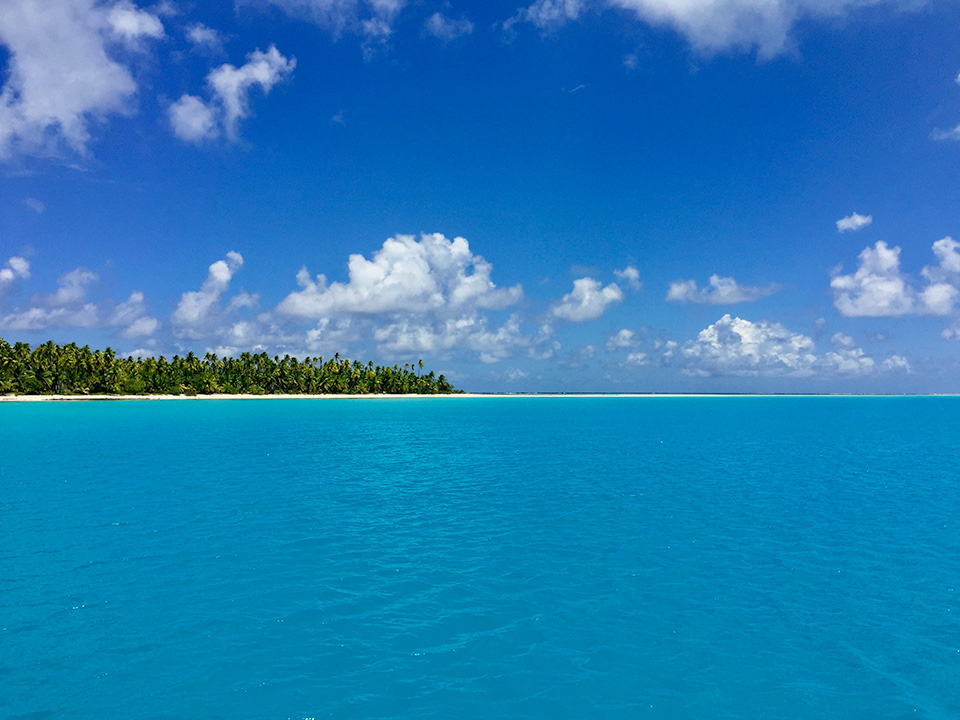
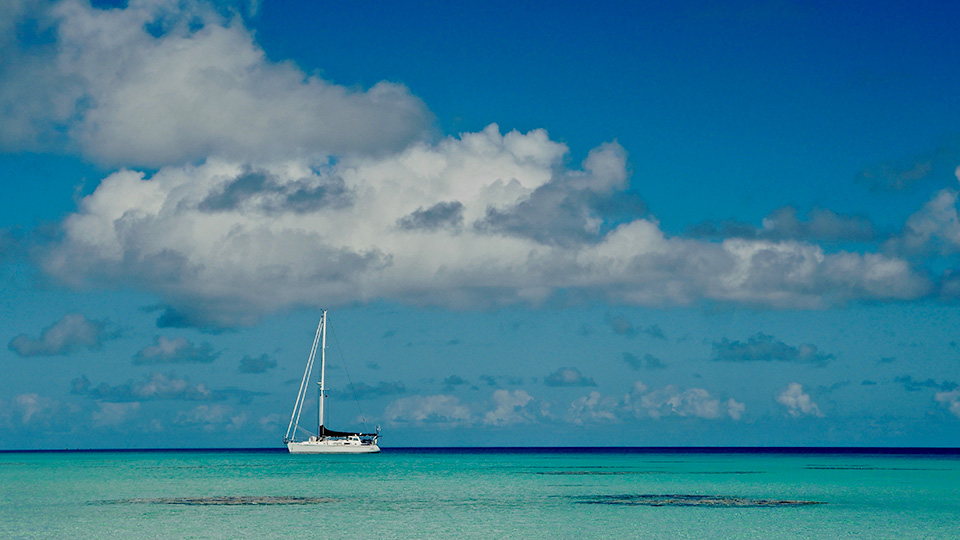
As we sailed south from the Marquesas, Diana was looking for sharks, calm lagoons protected from the ocean swell, turquoise water and coral, safe anchorage within earshot of the surf breaking on the reef. I was looking for flats — wide expanses of water that doesn’t rise above your knee in depth. Ideal for flyfishing. To reach the Archipelago of the Tuamotus, you sail by the Isle du Disappointment. We wished we had the time to detour, to see it for ourselves, if nothing else so we could say we’d been to the actual Island of Disappointment, but it was night when passed and low lying atolls are dangerous in the dark. We slipped by beneath the whisker of a moon.
Disappointment is a prerequisite for flats fishing. You must be comfortable in the waters of frustration. Particularly, if you go looking for fish that might or might not even be there. Bonefish inhabit the tropical oceans of the world, but they are not on every flat. And on the flats they do visit, they are not there every day. And when they condescend to haunt that ephemeral world, they come armed in ghostly mail, reflecting the dazzling world around them, barely visible. Liminal shapes. But you have to see them to catch them. You might spot a bonefish and she will turn and disappear right before your eyes. You will wonder if you have seen her at all. Often the only thing you can see is not the fish itself, but its shadow on the sandy bottom.
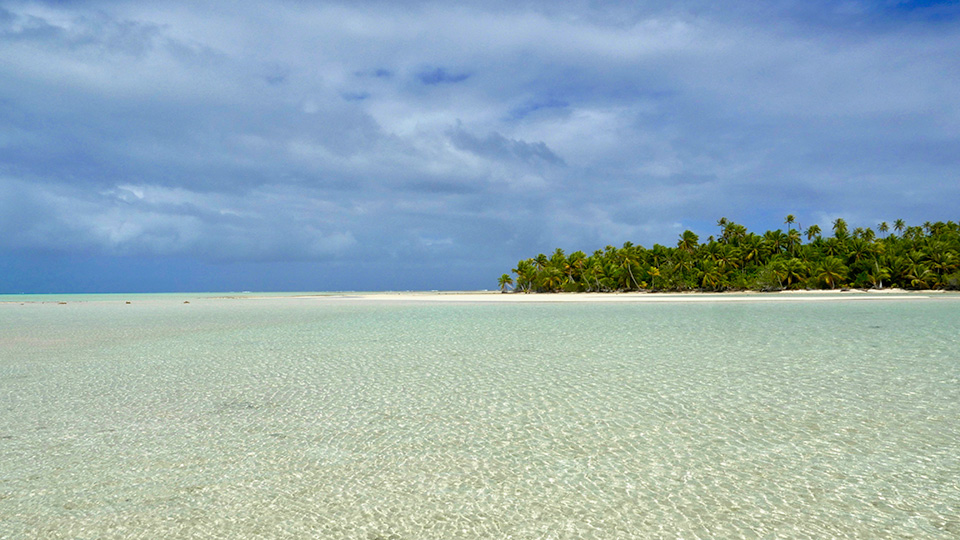
These atolls have long been known by sailors as the Dangerous Archipelago, and before GPS and Google Earth came along, most gave them a wide berth on the downwind run from the Marquesas to Tahiti. They get more visitors nowadays, but their isolation means that beside a select, well known few with air strips, the only practical way to visit is to sail there in your own boat. It took us twenty-five days to reach the Marquesas from Panama and another three days of fast sailing to reach the first of the atolls.
It’s a long way to go and nobody sails that far just to go bonefishing. Not even me.
We chose the Raroia atoll as our first stop because it was the most windward of the Tuamotos that we could easily reach from the Marquesas. It also has a well known, well charted pass for entering through the reef. We had no idea what we might find on the flats there, and nothing in google earth showed up that looked like the classic sandy bottomed expanse you’d find in the Bahamas. I expected something like the gentle reefs of Turneffe flats in Belize, but what we found was not like either. The reef itself looks like a rocky moonscape when the tide is out. It is hard bottomed and the rocks and coral are viciously jagged. Near where we anchored, there were the rusted remains of a shipwreck, the massive engine block and parts improbably strewn through the shallow water. It was easy to imagine the churning caldron that this South Pacific reef would be in a storm. The surf breaking over the reef at high tide sent wavelets rippling over the flat and the current in the cuts reminded me of wading the Madison River. It was a live, active environment. It did not look like a place you’d find bonefish, and I did not.

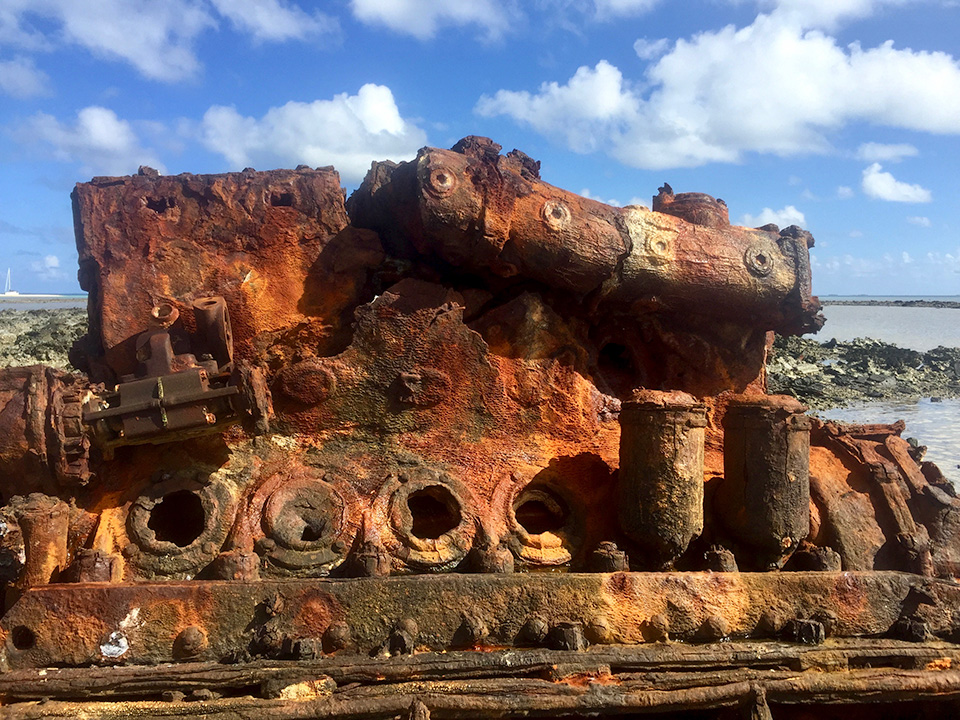
What we did find, was first and foremost, sharks. Black tipped reef sharks make a fine living in the Tuamotos. As a top predator, they seem like the sign of a healthy ecosystem. The coral here teems with fish like an aquarium. The closest I could find to a “flat” were some sandy shallows on the lagoon side between the fast running Hoa’s (Tuamotan for the cuts in the reef). There were also lots of other fish, and I quickly hooked my first Bluefin Trevally which went screaming across the shallows just like a bonefish. It happened fast and was so easy, I initially underestimated this species. These crazy, nervous, spooky, wild fish have since put me in my place. Bluefin Trevally is a beautiful fish, and the couple that rushed in and grabbed my fly, as opposed to the dozen that bolted away at the speed of light when they heard the line hit the water, were as powerful as any bonefish, maybe a little less fighter jet and more raw power, but ripping into my backing nonetheless. One of the first I landed broke the tip of my new eight weight rod. I also caught some smaller blue jacks that were fun (one shadowing a shark), and a less than gorgeous but hard fighter called a Long Nosed Emperor fish. On Raroia, I found a version of flats fishing, but not bonefish.

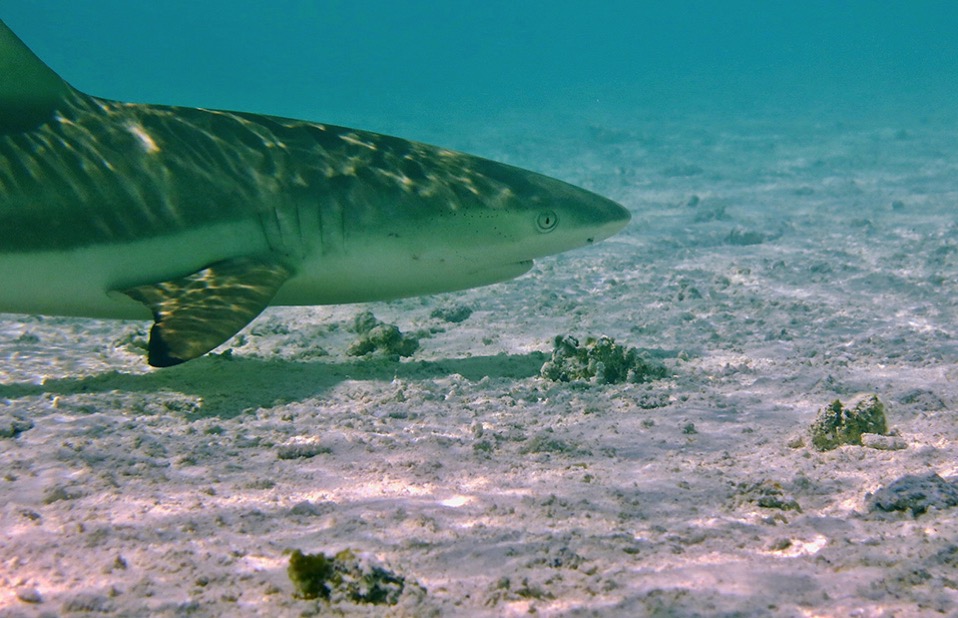

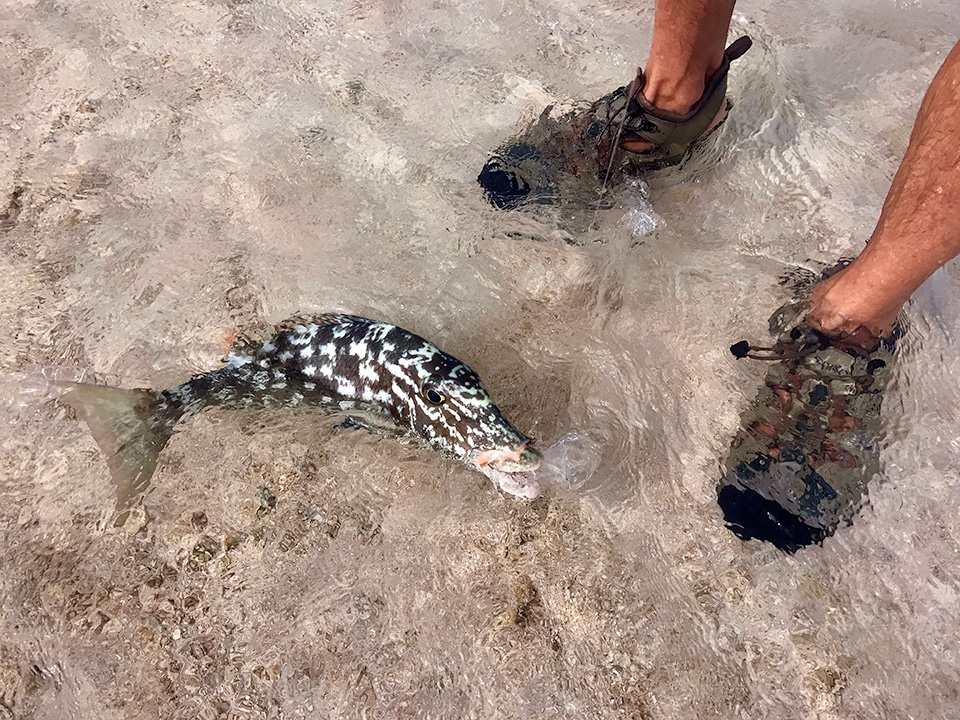
I had read that we might find bonefish on Kauehi, another atoll due west from Raroia. A Montana fly fishermen (like myself) posted a short article about catching them there years ago. He and his wife had crewed on a sailboat crossing from Panama to Tahiti, and Kauehi is a natural, first stop in the Tuamotos. A beautiful island with a charming village, the seductive if elusive promise of internet at the post office, and baguettes on Saturday and Wednesday (a slightly chewy “wonder bread” version). This is one of the atolls with flights from Papeete.
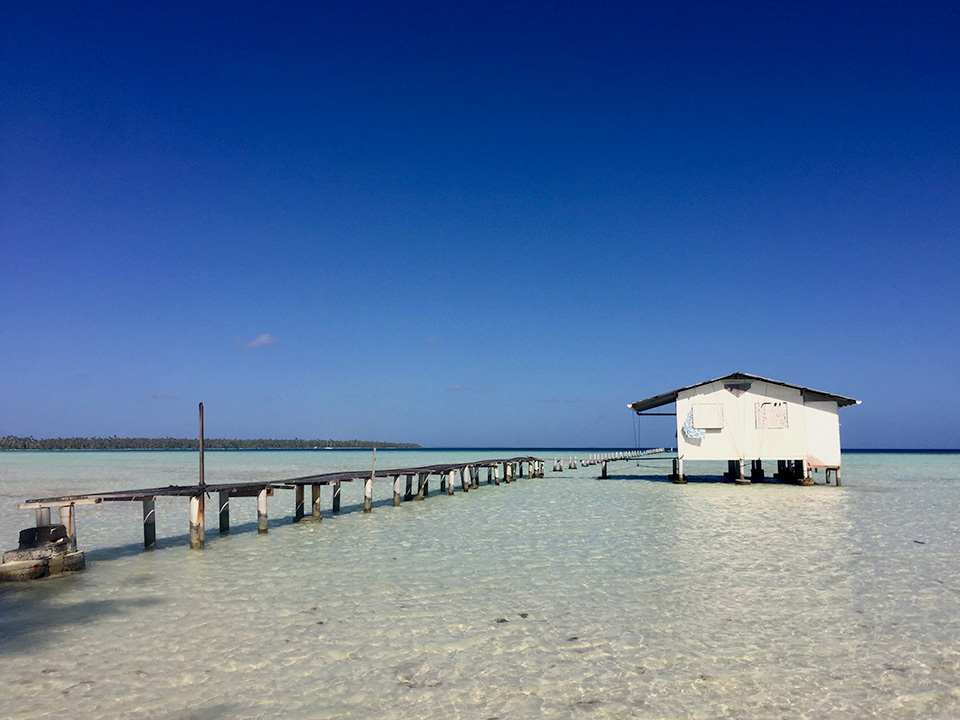
I saw what I thought must be a pair of bonefish almost as soon as I waded out onto the town flat. But they disappeared quickly and soon I was questioning if that’s what I’d seen at all. It took more than an hour to find another pair. I blew the cast completely, trying to compete with 15 knots of wind. Now the question was if I’d get another chance to cast, or if I’d just botched a very rare opportunity. When I finally spotted the next fish, I forced myself to slow down and tiptoe quietly into a crosswind position and wait until I could make a short cast. It paid off, and I had my first Polynesian bonefish on, ripping way across the flat throwing rooster tails of water as it unspooled line like no tomorrow.
An old man (well, not that old, but with a gray beard like me) was taking a Sunday afternoon nap under an awning at the beach. With the southern winter trades, the temperature in the shade is perfect. I felt bad disturbing him marching across the beachfront of his idyllic bit of paradise, but he waved me over in that friendly Polynesian style, and I showed him a picture I’d taken with my phone of the bonefish I’d just caught on the flat in front of his house. He confirmed that they are called kio kio here and told me (in French) that they made excellent Poisson Cru, which is a yummy dish we experienced in the Marquesas, made there with raw tuna, lime and coconut milk. He didn’t seem particularly startled to see me out wandering around the two mile long flat near town, but when I asked Gary, the french dive master of Ephe Mer Plongeé, who’d been living aboard a sailboat in Kauehi with his wife and son for five years how often he saw people fishing out on the flat, he said, “Never. Nobody ever fishes out there.”
Obviously the locals do, I saw them come in with parrot fish and trigger fish they had harvested with a spear. So that’s not what Gary meant by nobody. He meant no off-islander with a fly rod. The young Polynesian man who showed me his spearfish catch, thought the triggerfish would eat my fly when I showed him what I was fishing with. And they did, though it wasn’t quite that easy, though certainly more than it must be stalking these skittish fish with a spear.
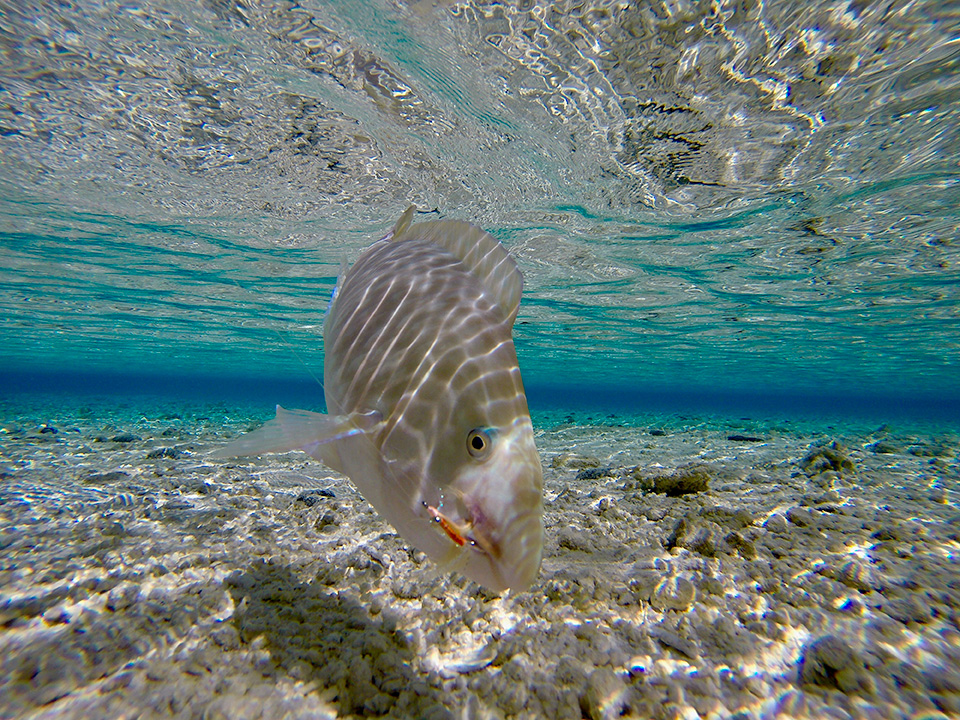
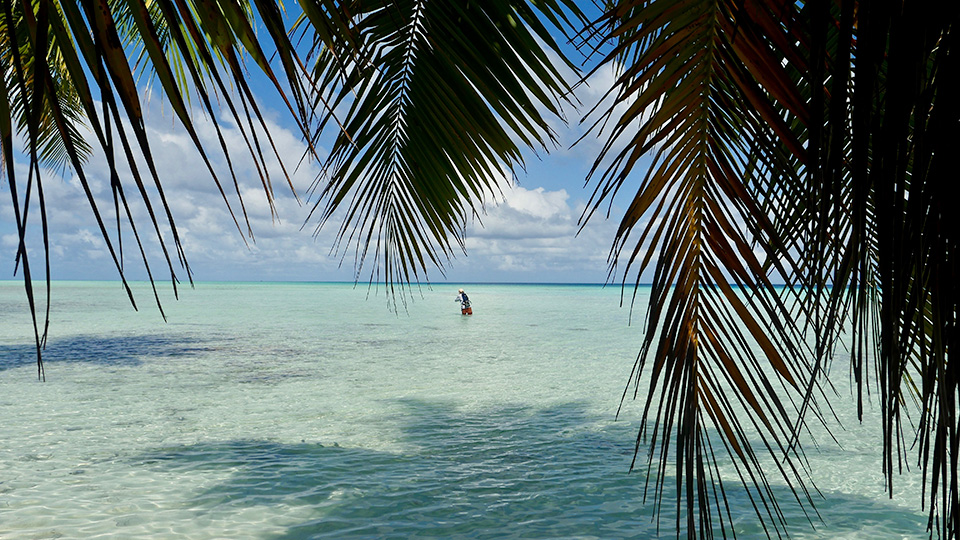
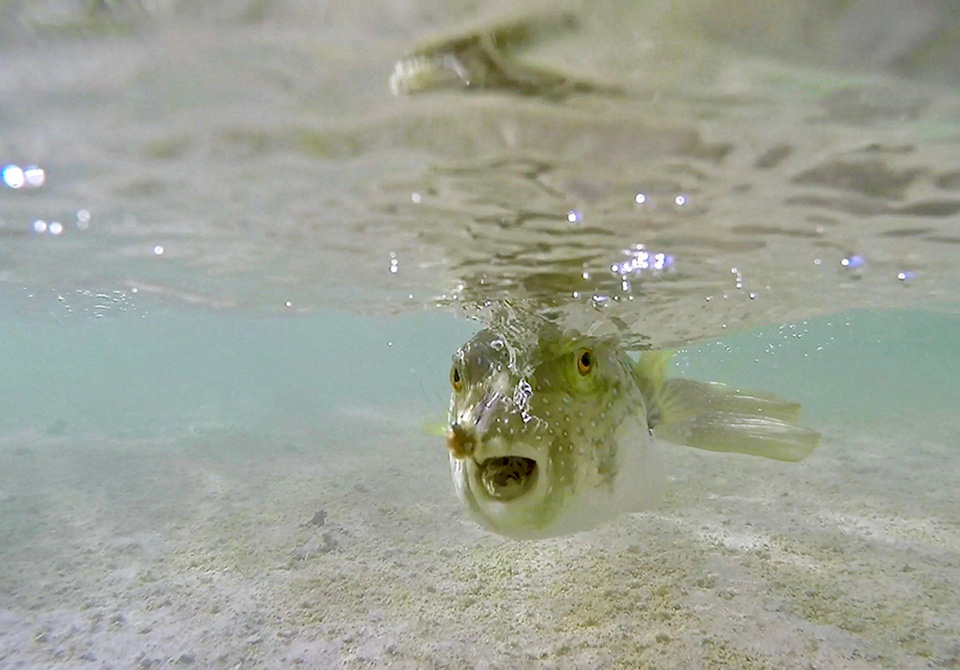

Fishing here is a way of life and it’s about food. It fits most people’s image of fishing — casting a baited hook into the dark water and waiting to see what you might happen to drag up. Flyfishermen are not that different from other fishermen, in most basic respects. Their attraction to the game varies according to the particular part of it that keeps bringing them back, the aspect of flyfishing that rewards and maybe also torments them. It’s like other games, like love even (yes, I did say that). For some size matters. For some it’s the battle and the conquest. For some it is the flirtation and the take. It’s first sight, the beating heart of the approach, the cast. The strategy and the plan. You only have to walk into any fly shop to realize that for some, it’s the fashion. For me, though there’s no doubt, it is true love, for all of the above.
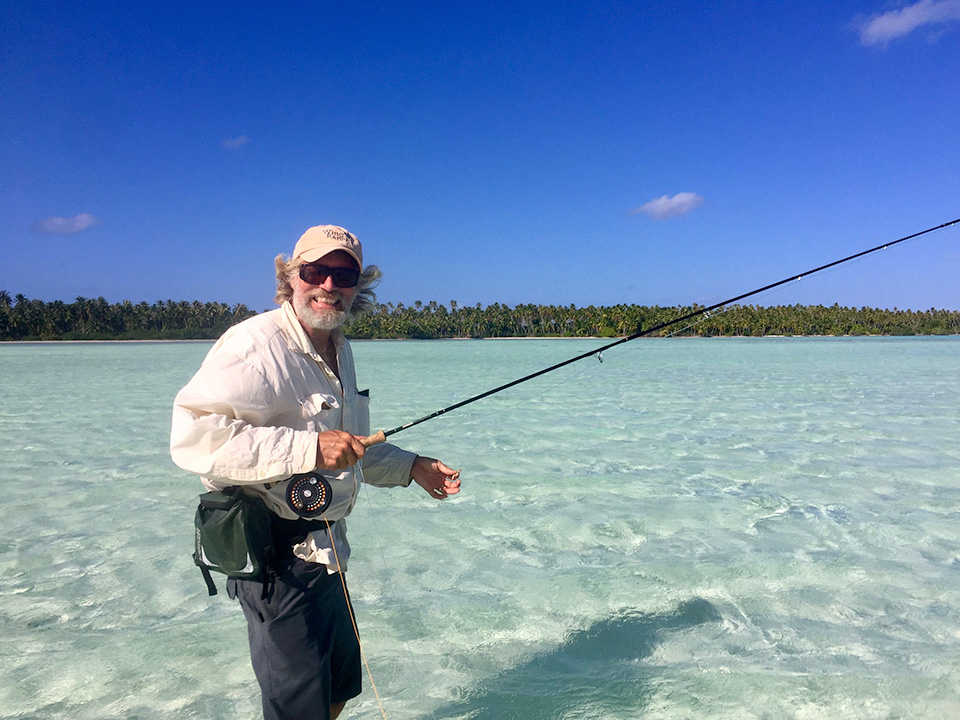
A passion (or possibly an addiction) for salt water flats fishing, particularly bonefish, is something one comes to naturally as a fly fishermen for trout. It’s particularly seductive for a dry fly fisherman whose been bitten by the bug of rising fish sipping small dry flies in the gin clear waters of Montana.
Seeing the fish, stalking, presenting the fly. Precision. Timing. Delicacy. The take and the set. Those are the common elements of the game. A dry fly fishermen must remove himself from the fly, and any hint of current that might pull on the line, so the presentation floats naturally on the surface. The bonefishermen needs to learn how to move the fly the way the bonefish expects it to move, learning the timing of their body language to know when they’ve taken the fly and give them enough time not to pull it from their grasp.
Dumb luck will catch a certain percentage of fish anywhere. But it won’t work often enough to keep it interesting. If a game is too easy, it’s not really worth playing, right? On the flats, like so many things in this concentrated environment, mistakes comes fast and furious. Miss the cast, miss the set, break off. Bonefish almost never give you a second chance.
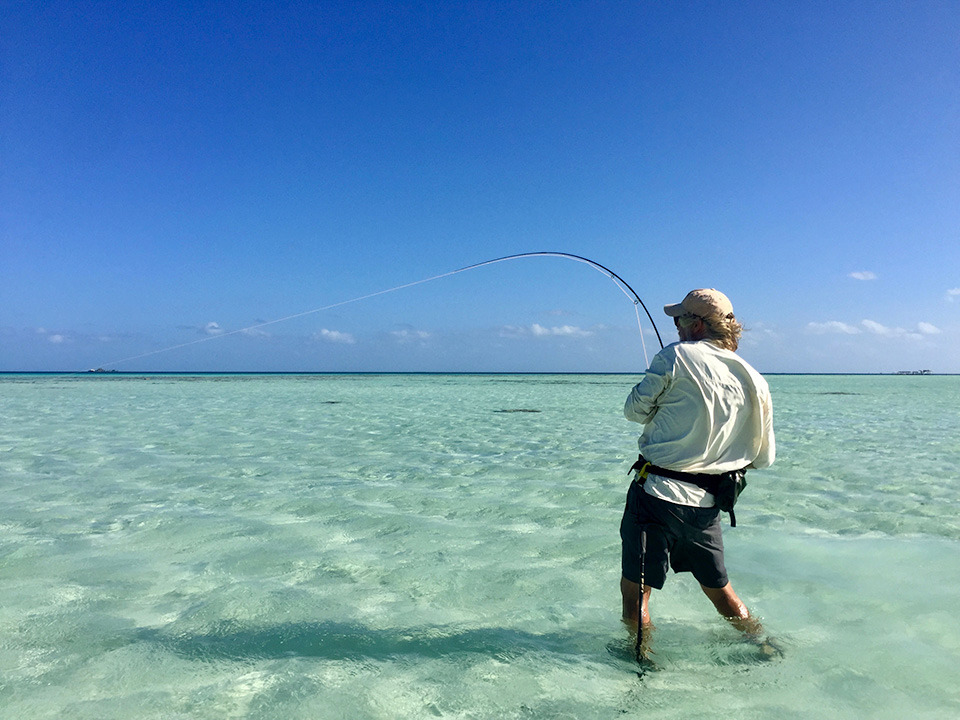

In Toau, the next atoll we visited, Diana saw bonefish swimming under the boat. In general they were concentrated closer to shore, probably because even though the flat is huge, most of it has three feet or more water even at low tide. Also, nobody lives here most of the time. The shallow edges go on for a couple miles. This atoll is one big step further away from the world. You cannot fly here. It’s only seventeen miles from one of the biggest and most populated atolls, Fakarava, so it isn’t that far. I saw the first pair before I really stepped into the water after taking the dinghy ashore. Another single within a few minutes after that. I landed the first fish within an hour of stepping onto the flat. Which was a nice start.
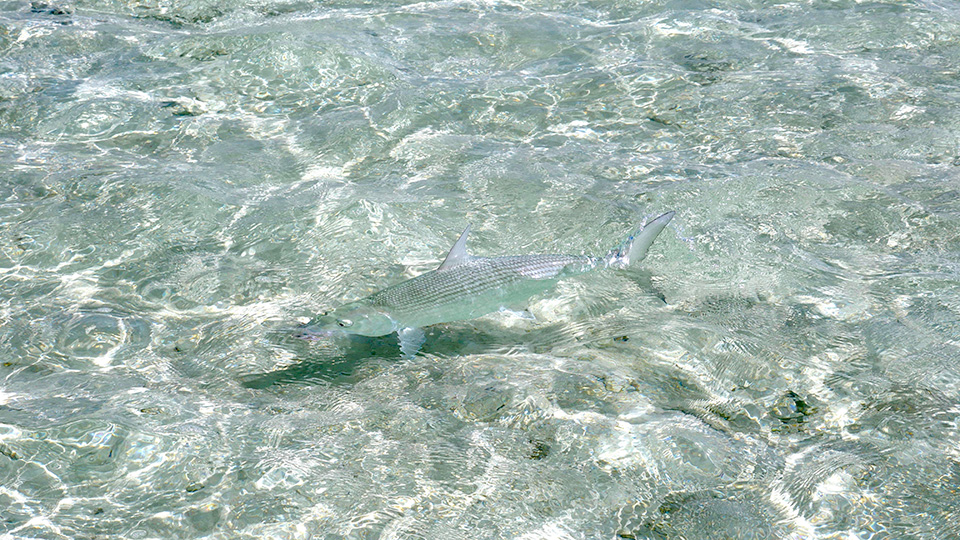
It hasn’t been non-stop like that, by any means. These fish aren’t easy. They spook at the line more than the fly, but they don’t like to hear it plop down. I started using a long tippet and tying my flies with lighter bead eyes so they can land more quietly. The colors that look right to me in this environment are tan with a touch of orange. It needs to belong but can’t be camouflaged — just sparkly enough to get some attention. They bead eyes are heavy enough to make sure it sets on the bottom which I think is crucial here, but not so big that they make too big a splash. In my previous iteration, I used ‘bunny fur,’ which I thought would be good for the splashdown, but I think it was too white. My final pattern used tan squirrel with 6 strands or so of iridescent flash. I caught 7 bones in total, six on this fly in less than three hours on the flat. I’ve been catching fish in water with no ripple on it, right up against the long beach, so I can watch them investigate the fly. Occasionally, they are pretty aggressive about grabbing it, but mostly they follow first, then take it only after it drops like it’s trying to hide. They seem to be used to the idea that whatever it is they are eating, shrimp or crab, is going to try to bury itself in the sand, not swim away. You really have to wait on the set. See them root down on it. They don’t take as long as the Triggerfish, which flop back and forth over the fly like they just can’t get ahold of it, and no wonder with that little mouth which looks overdo for a visit to the dentist. I try to resist casting to them now, because they almost always mangle or break off my fly, and I have a limited number of hooks in my fly tying kit. There are no fly shops for hundreds if not thousands of miles. That said, the other day I couldn’t resist, stupidly, casting to a grouper when I reached the rocks at the far end of the flat. He grabbed the fly in a dash and then didn’t seem to realize he had it, chasing away another small fish that had come out to investigate. I had to give him a tug for him to feel the hook and then he was off, straight for his favorite rock. After walking over reeling up all the line, I could feel he was still on, but I couldn’t pull him out from under the rock and eventually broke him off. After a bit he came out, the fly gone from his mouth, and glared at me like he was considering picking a fight.

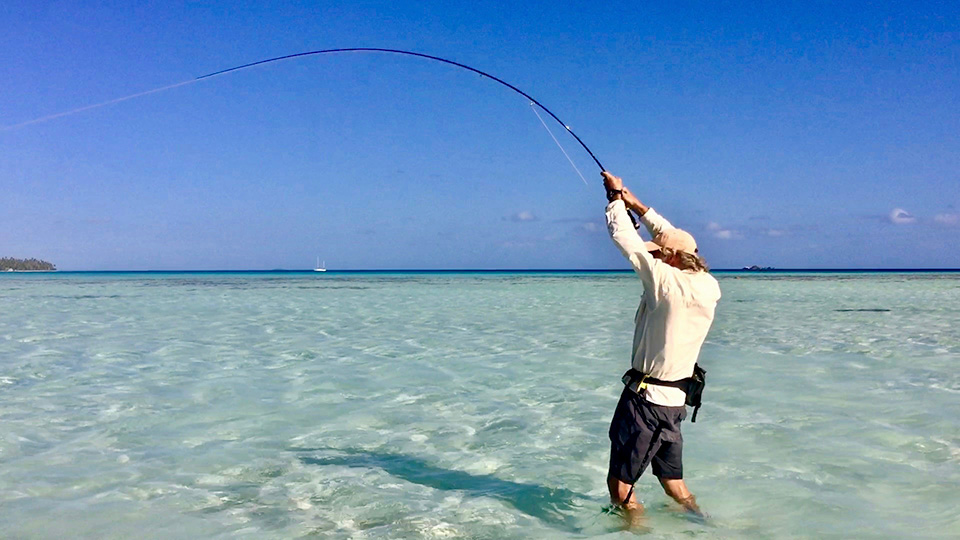
Probably the most exciting thing about Toau bones is that sometimes I find tailing fish. It’s not like smaller Belize bones tailing in groups on the flat, these are pairs or big singles. Big tails. They don’t work a spot for very long, but they aren’t in a hurry either. I hooked a really big one in about eight inches of water. I was lucky because he was moving directly at me. Even so I spooked him and had to recast as he scooted along, now broadside. This time the fly hit the water in the right way and he turned to find it. The take was clear and obvious, an easy set. The fight was unforgettable. He was off at warp speed (of course) and ran toward the shallow without stopping until he reached the shore. Then he turned a hard one eighty. I started reeling frantically (as you do) wishing at that moment I had a large arbor reel instead of my classic old Abel. But nothing was going to keep up with this fish. I reached for the line to start stripping by hand out of desperation, and then jumped. This huge bonefish nearly ran me over in his panic. I still had backing out, and he was zinging past my feet. I assumed he was long gone, but then he hit the end of the line, still on, and turned on a rocky shallow spot. Some poor fish there leapt skyward to get out of his way as he ripped across less than six inches of rock strewn water and in a second it was finally over. Somewhere the tippet had found a sharp piece of coral.
Day 3 on the Toau flat, I think (nice to be losing track), the fish conspired to humble me. My first big theory that it would be good to have low tide in the middle of the day turned out to be exactly wrong. Despite great visibility, and probably because of it, I did not see nearly as many bones. Fewer sharks even, until the tide started to come in as the sun dropped. After three thirty it gets hard to see at any distance except over by the shore where the windless water reflects the darker trees. I finally landed one fish out of a pair, but before that, it was either, wrong time, wrong fly, wrong cast, wrong presentation. They followed but would not take. I could see their eyes as they came in that close, but they wouldn’t pick the fly up.
With their 3D world reduced to two dimensions, and the sun a glaring light, Trevally are a nervous wreck in shallow water. They don’t know what they want to do. They cruise at high speed looking for an ambush with none of that sharklike cool. When they blow up at the slightest provocation, they streak away and then seem to worry that they’ve made a mistake and streak back in to see what they’re missing, then blow up and away again. They dart at the fly as if they know they are making a mistake. I cast to a pair of Trevally cruising inches off the beach and they left so panicked, I think they moved to the next atoll. But then later, I was able to get a cast fifteen feet in front of a pair coming toward me, a little further off. The first fish charged the fly from that distance so fast I have no idea whether I was stripping or what I was doing, but he was on! Another Trevally half an hour later startled me by bashing something under the ledge of the coral right at the shore and then came racing out my way. I cast to him, but I don’t think he saw the fly. He was too busy looking right at me.

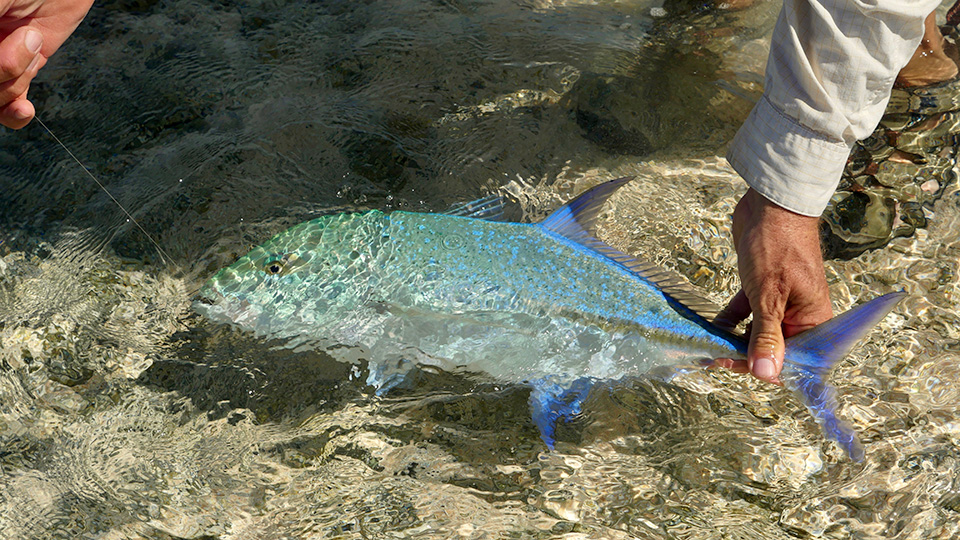
I guess I have been a little skittish on the flats, too, and maybe for the same reason. There are always lots of black-tipped reef sharks everywhere I wade. Curious as cats, with (presumably) bigger teeth. Early on, two of them, inspired by my splashing in shallow water charged in and hit my leg. Unnerving to say the least. Several others came swimming in at high speed, and finally I ended up bumping one six footer on the head with the butt of my rod to stop it. So there it is, full disclosure, there are lots and lots of sharks in the Tuamotus. I started carrying a walking stick for discouraging sneak attacks.
8:30 is about as early as the light works. The water feels cooler in the morning, but I think the light is more significant. These bones seem to stick to the very skinny water and so when it’s straight overhead they are skittish or not around. I saw more bonefish early, including tails. But I was having trouble getting the sequence of things right. Fish headed the right direction. Cast close enough, but not too close. Fish seeing fly but not spooking because it’s moving too fast. Timing right on the set, not too soon, not too late, not too quick, but quick enough. Tight line on the fight, keeping fish away from any rocks. Landing and releasing the fish without alerting any of the bigger sharks. It’s a long list. I headed back a little later than I had planned, around 10:30, Cast, hooked, landed two fish on the way back. The sharks found me after releasing the second one. I thought the bonefish must be okay, but the bigger shark, darker in color was very aggressive in swimming directly up to me. I think he could smell the bonefish in the water about me and he was sure he would find it at my feet or in my hands. I still don’t think he would bite me unless that bonefish was actually there and he could take it from me. That might be a different story. Though, I told myself, since evolution would not have designed them to bite human legs, standing ones anyway, I wonder if he would or even could be able to turn sideways in the shallow water in order to take the bite. So maybe he couldn’t bite my leg even if he wanted to. These are the kinds of things you think about on a Polynesian flat. I had to beat the water with my shark stick a couple times and then it tore off. I assumed it was because I had taught it a lesson about messing with a stick carrying member of homo sapiens. But then he started zig zagging at high speed. My heart sunk. He was chasing something. What’s truly astonishing about these sharks is how far away they must be able to sense a panicked or tired bonefish. Somehow they know the fish are too fatigued to outrun them. I’ve seen them working the flat where I’ve just released a fish like bird dogs in Montana.
Because of the couple of sneak “attacks,” I’ve developed the habit now of turning all the way around ever so often to make sure I’m not being stalked. It seems like a good idea anyway. On a flat, unlike a river, a fish could be coming from anywhere. One of the things I’ve noticed is that sometimes there’ll be a couple of nervous blue jacks following my mud trail. I think the sharks come from that direction for the same reason. They investigate all anomalies on the flat. You (if you are a shark) never know. This time about twenty or thirty yards behind me at the end of the faint trail I was leaving in the sand was a bonefish following me. I turned and made the short cast to an easy fish. He tailed on the fly nicely. Now I was sure that this new fly pattern, which had evolved from my short experience in Toau and in Kauehi, was the perfect Polynesian bonefish fly.
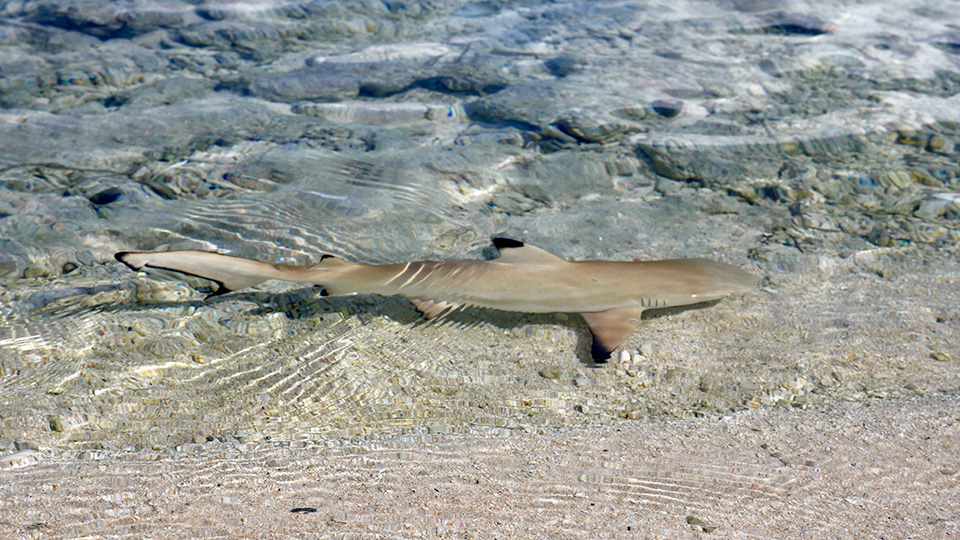
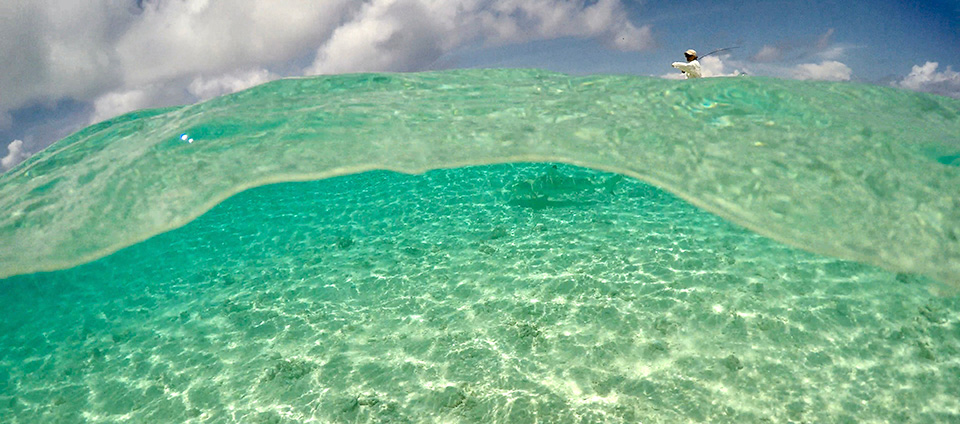
Day five on the Taou “town” flat. We explored “town” today. So far what we can find are the remains of a half a dozen structures. There are a couple of hard hats around that must be for the safety of working in the coconut groves, but the shacks are falling down. This was my most successful day fishing so far. The High tide was 6:52 and low tide was 13:06. I didn’t leave until 10 because we spent the morning doing some boat work. I scooted off, guiltily, leaving Diana finishing the job, cleaning oven parts on the stern. As soon as I started toward the flat after tying up Namo (our dinghy), I came upon two Trevally working quickly up the beach, as they do, not two feet off the edge of the water. I moved up the bank and walking as fast as I could without running I was just barely able to catch and pass them. I kept moving until I had time to get down to the water’s edge and strip off enough line for a cast. I made the cast at least ten or fifteen feet short, so I could move the fly when they got close. Even at that distance they reacted at the speed of light. My thought process barely had time to catch up with what was happening. They spooked right? Even with plenty of wind to hide my line noise and even casting way ahead of them. They are so hyper sensitive, they just blew up. No way to catch them in this scenario. Except that… my body was moving ahead my conscious thought process, and I stripped out of habit. And, unbelievably, a fish was on. Besides sailfish in Mexico, these are the most beautiful fish I’ve ever caught (okay, maybe not the mug, which is a little dopey) but the coloring is spectacular. The second Trevally did not abandon his buddy for a good part of the fight and I found out when I landed him that these Bluefin do have small teeth, like a brown trout.

It was a nice start and it got even better but then worse. I had barely waded onto the flat when I spotted a pair of bonefish. They were moving slowly enough that they were clearly looking for food. When I’ve cast to fish here that are really moving across the flat, they spook, or if they follow I get a refusal. These fish were in 6 inches of water. Really. I was lucky with my cast. The wind subdued any line splash down, and the fly went into the water without too crazy a plop. The one fish turned on it followed and took the fly without hesitation. Because I didn’t want to lose the fish to a shark and because I knew my tippet was stout, I pressed the bonefish pretty hard and when he was close I leaned heavily into the rod to get his head up and bring him in. I slipped the barbless fly out of his mouth and as soon as I let him go, I noticed what had happened. I had broken my rod tip. I’d already broken my eight weight at Raroia on a Trevally (also no spare tip, yes I’m that foolish). Looking at the tip of the rod was a lot like looking at the water when you’ve dropped some crucial boat part overboard (like the oil drain plug on the outboard for instance). Something you can’t just replace with a clever substitution. You just can’t believe that something so irrevocable has happened so quickly that could have such major consequences. The most immediate consequence was that I had to stop fishing after a late start with low tide just two hours away. I had one more rod. An eleven weight, which was going to make delicate casts a challenge, but at least, I had something to fish with for the next two weeks before the Lawsons, Maddi and Wyatt meeting us in Tahiti could rescue me with spare tips.

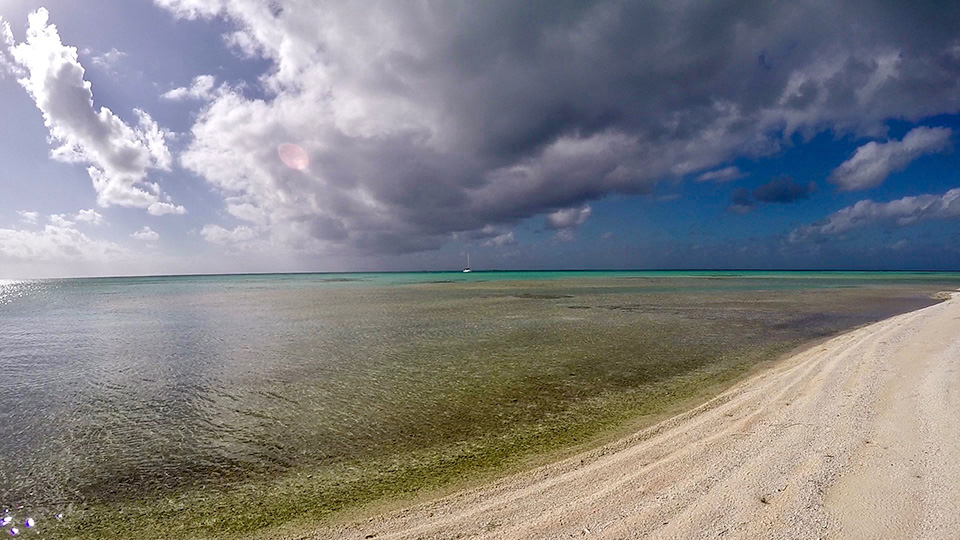
Fool me once shame on you, fool me twice… right? Two Titan Triggerfish on the flat, doing their clowny triggerfish thing. I’m thinking, this is exactly where I saw them yesterday. This must be their “spot.” But I don’t cast to triggerfish, right, that’s my rule, especially when I have just one left of my amazing new fly design that has been working so well. Nope, not doing that. I should also be remembering what happened the last time I hooked one of these goofballs, right here where I am. Just yesterday. The fish didn’t run, just swam casually over to a hole under a rock that you would not imagine was there out in the middle of the big flat. How’d that work out, Einstein? No, I’ll only cast to this triggerfish, if he makes it so tempting I cannot resist. What? Yep. When he ended up under the same rock with my precious fly again, I could see there were only a few inches of tippet ahead of the leader. Still I did not feel like reaching under that rock. I haven’t been touching the triggerfish cause I think they have some mean spines on their dorsal fin and I definitely don’t want any of my fingers anywhere near that mouth of theirs. Those beaver teeth could snap a finger off, I’m sure. I tried goading him out with my shark stick to no avail, so I finally resigned myself to losing my fly and walked away, glad there was no one… absolutely anywhere for miles and miles who could have been watching me behave like such an idiot.
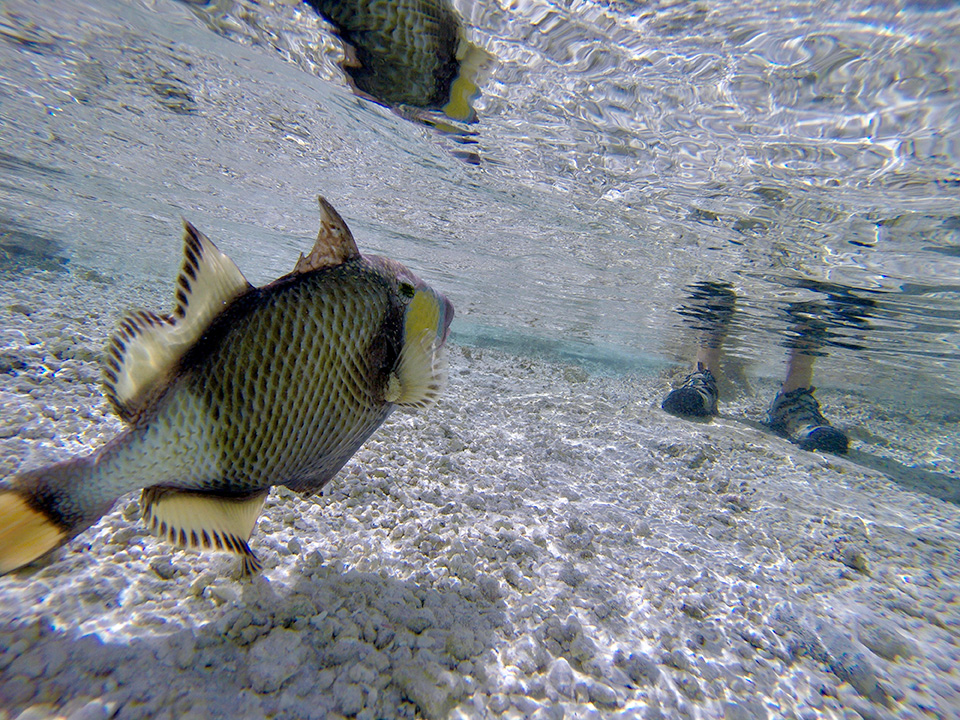
But on the northwest side of Toau we moored next to some friends, Rand and Ellen on the catamaran, Golden Glow. Rand was curious to see bonefishing firsthand and we ended up visiting a flat south of there — Rand Ellen, Diana and me. It was a little nerve-wracking because I’m not used to having an audience and there were obviously no guarantee we’d even see fish. I hadn’t even see the flat before. It just looked right on Google Earth. Luckily it didn’t take too long to find a group of bonefish which were waiting for the tide to get deep enough to get through a shallow pass to an inner lagoon. With camera’s trained on me, I hooked one and then, miraculously even landed it, giving everyone a completely wrong impression about how bonefishing usually goes. I hooked another a bit later, but lots of sharks started showing up and I felt lucky to allow the fish to throw the hook before they found him.
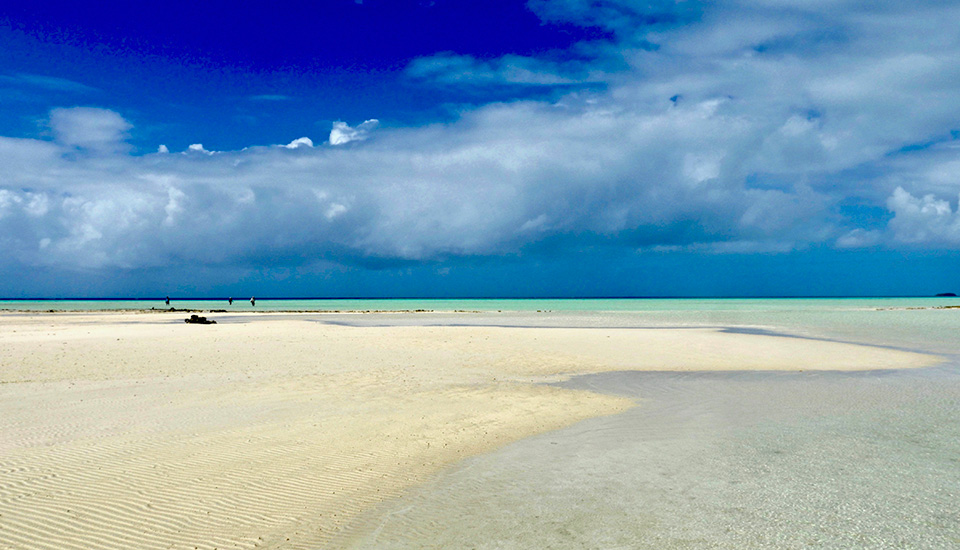
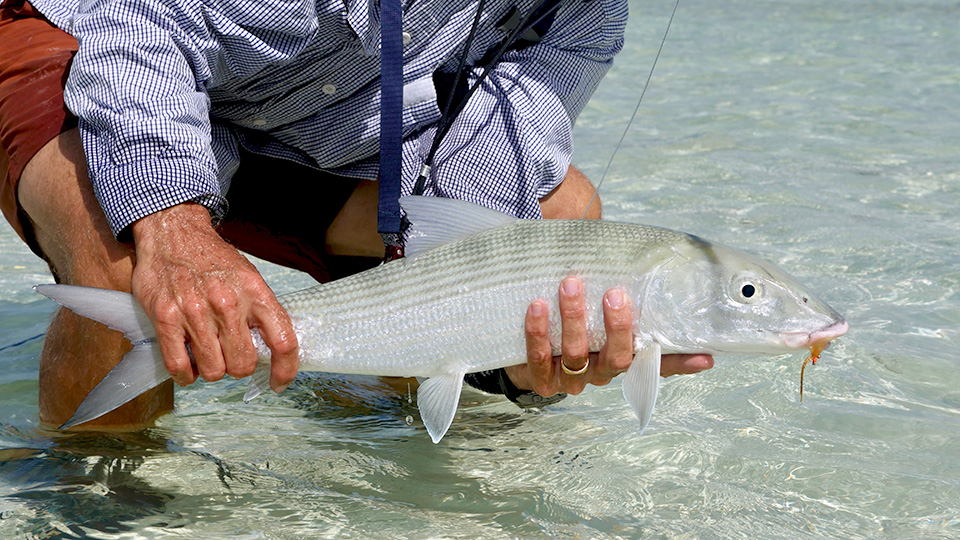
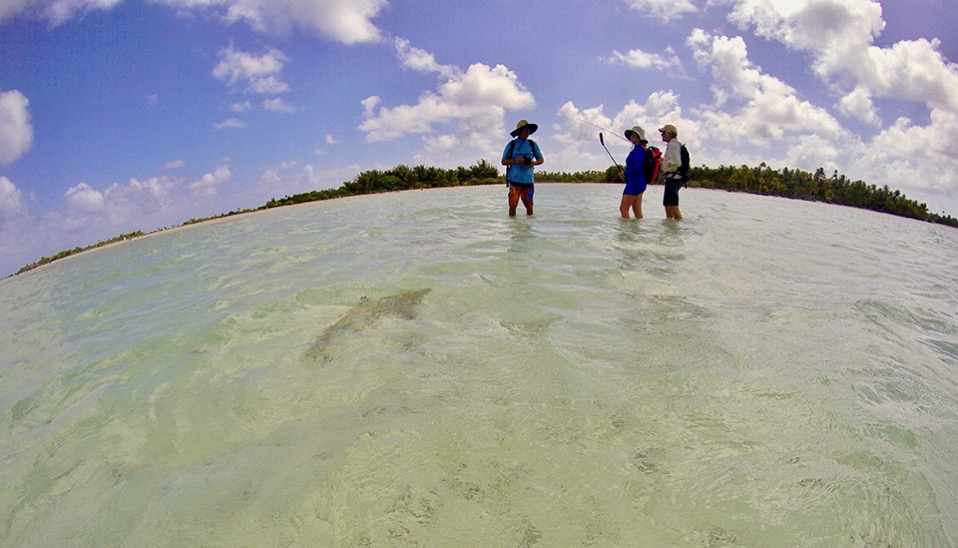
Sharks add an element to fishing here which I have never experienced in any other kind of fishing anywhere else (no toothy predators on a spring creek, though there may be other hazards for your sanity). The first adjustment requires getting comfortable with their constant presence and relentless curiosity. That can make being on the flat a little edgy. Constantly reminding yourself that sharks are best dealt with calmly. Escalating is always a bad idea. There’s the occasional really big shark like the one I had to bonk with butt of my rod in Raroia, that makes you question if what you think you know about them is really accurate. And then there’s the dilemma of trying to practice catch and release in a fiercely competitive, predator rich environment. The Tuamotos teem with fish like nowhere else I’ve ever been. The ecosystem feels as close to undisturbed as I can imagine. Sharks are everywhere and they are a part of that. When we dive the pass, there are hundreds of them and they demand our attention and fascination. They are not dumb fish. But looking over your shoulder when you hook a fish adds an unwlelcome extra challenge to the fight. Watching a fish explode in a puff of red, when a shark gets him, and then watching the shark really getting his sharks instincts up, makes you at least momentarily question the whole game. Obviously its not a game the bonefish want to play, and it wouldn’t be a hard argument to make to suggest that maybe it’s unethical. I’m sure it’s a coming argument that catch and release of any fish isn’t ethical treatment of animals, especially when it endangers their lives. On the other hand, sharks need to eat, too.

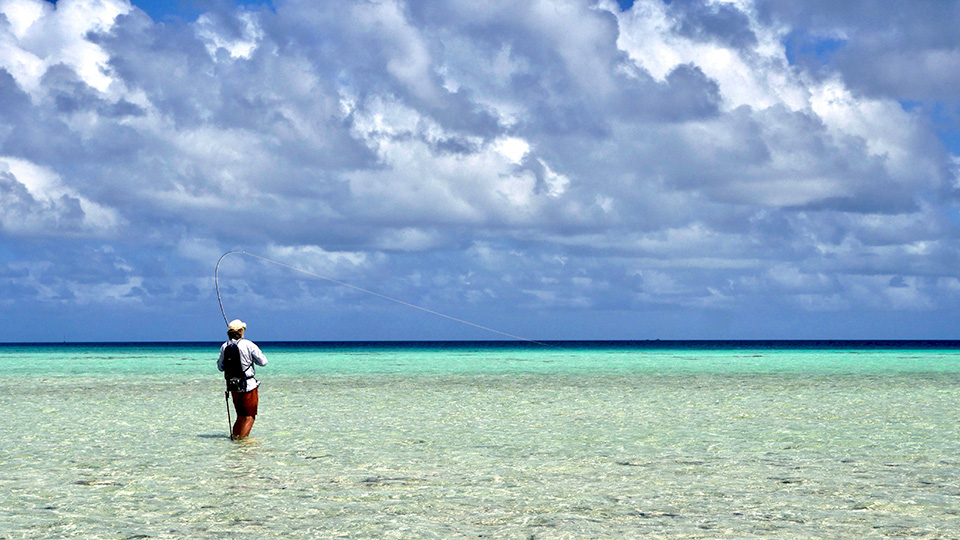
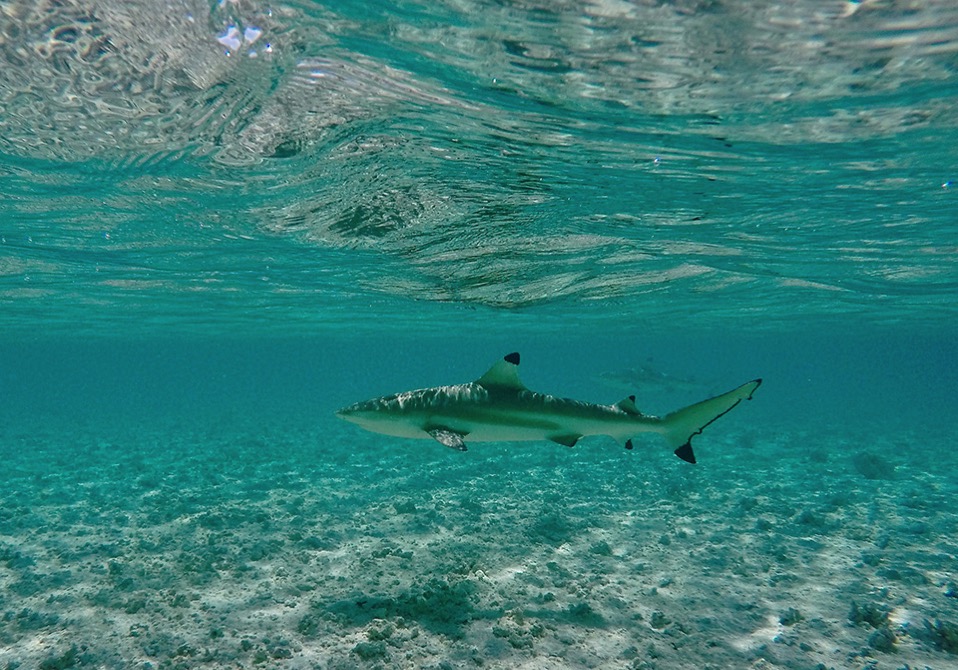
Anaa is an atoll without a pass for boats to get inside. This means we could only visit in certain conditions which just happened to occur as we were sailing back from Tahiti to Tuamotus. We tied up to the massive buoy that used to be used by the weekly supply ship. It wasn’t a great situation, and eventually we dropped anchor, but the bottom’s rocky and we had to worry about getting our anchor back. To get inside you shoot a tiny little pass in the dinghy between waves breaking on the reef a few feet to either side. The first time it was a bit hairy, not knowing how deep the water would be once we cleared the gap. Inside the atoll is an absolute bonefish heaven. There are flats everywhere. Diana tooled around on her bike and found one of the ‘magasins’, which turned out to be connected with Anaa Flyfishing. The woman who ran it said there was a small place, Pension Anaa To Ku Kaiga, where flyfishermen came to stay and fish the atoll. There’s a small airstrip with weekly flights. I found fish quickly, though they seemed spookier than the fish on Toau or Kuehi. I discovered soon enough why. After breaking one off on the set, and then losing one on the only branch stuck in the sand for miles, I got another hooked properly. It screamed off the flat into the deeper water and then came back. I was just getting ready to pull it in when two sharks showed up out of nowhere. They definitely were not messing around. They knew this game. I tried loosening my drag which only made a mess of my backing and the sharks got the fish anyway. I decided to move on rather than risk losing another fish to the sharks. What I ran into instead was a school of thirty to fifty sharks that were chasing baitfish under birds in the shallows. They literally churned the water in their frenzy. I watched one small shark run a baitfish right up on the beach and grab it. The anchorage was too uncomfortable to stay another night, so that was the limit of my experience in the only atoll with a flyfishing business, Anaa. Though the fishing seems endless, figuring out a strategy for dealing with sharks that have learned from a dozen or so people fishing each month that bonefish are vulnerable when hooked, would be key to fishing there. So is it strong tippet and try to bully them in, or light tippet and break them off if the sharks show up? I’m not sure.
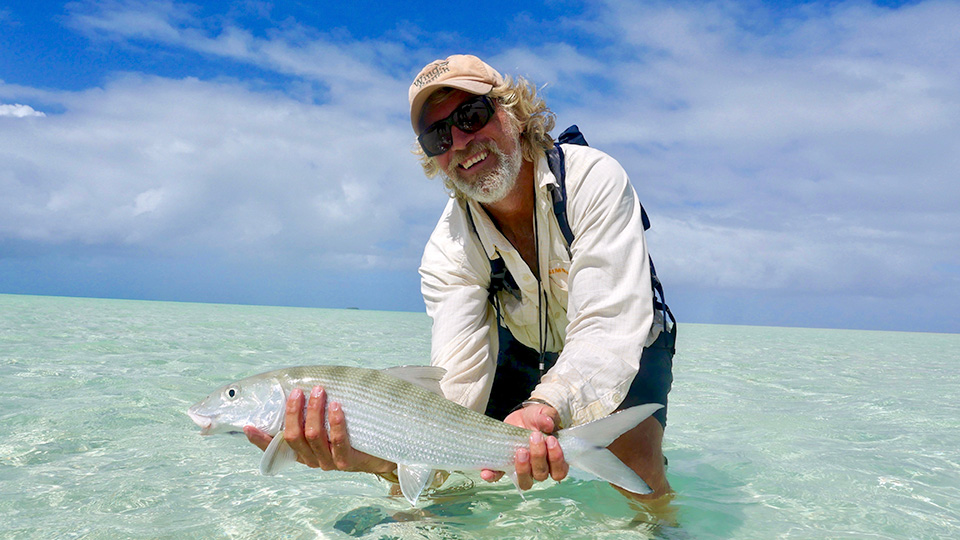

Curiosity is an essential element of the flat. All the creatures there are looking for something in that thin slice of a watery world. A human being walking a flat is an unusual event, and so I should expect a little attention. Of my many curious visitors, a beautiful red and rust brown turtle was the most conspicuous creature I’ve seen on the flat. From a long distance he was indistinguishable from a rock, except in that he moved. The first time we met, I followed him for a little way until I could tell what he even was. I’d never seen a brown turtle before. At about twenty yards I stopped to watch him, and then he turned and began very slowly swimming my way. I wanted to take a picture, but I didn’t want to spook him by taking my phone out, so I left it in my pocket and didn’t move. At about fifteen feet he poked his head out of the water and looked at me. And then he kept swimming over. Who knows what he might have been thinking. When he was literally about to touch my ankle with his snout, I blinked. I moved my leg just a tiny little bit, in case he was thinking of pecking at my foot. I wish I hadn’t because that settled it for him. Whatever kind of tree he thought I was, its roots were not supposed to move. He turned at a turtle’s version of light speed and swam away. We bumped into each other the next two days, but then as soon as he poked his head up out of the water and saw it was me again, he was out of there. So I guess he didn’t want to be my flats buddy after all.
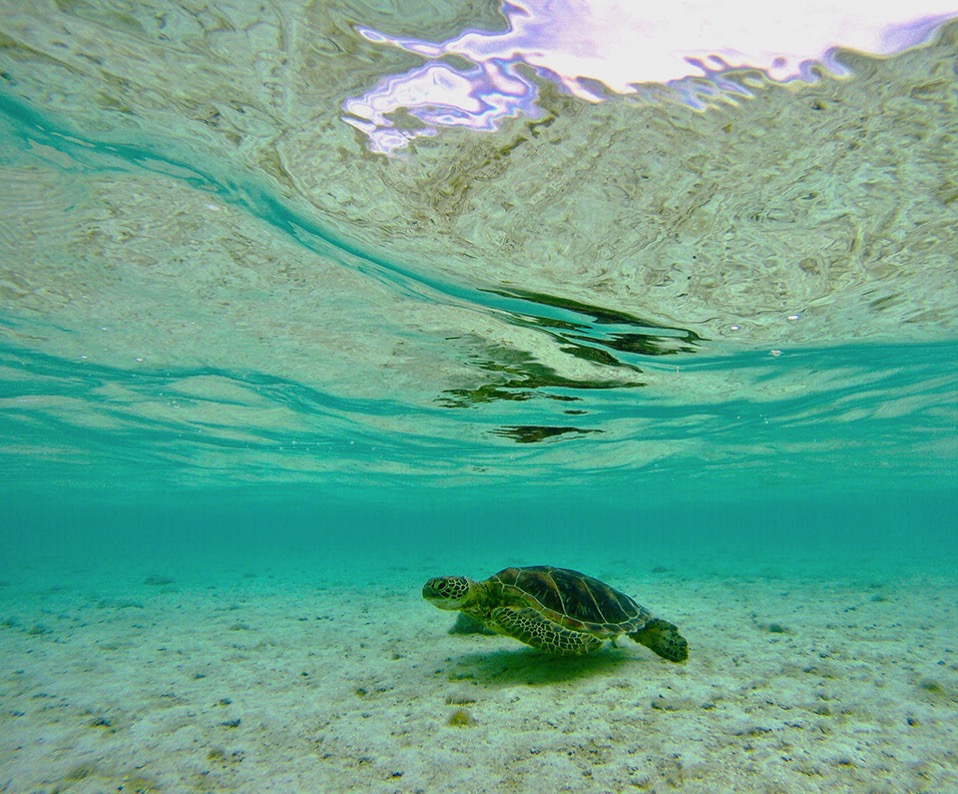


Marquesas!
The experience of sailing across the Pacific has been, predictably,
exactly what I expected and totally different
the days are not endless, nor really repeated
each has felt unique even though they blur together
they also go by so quickly
moments of boredom have been brief
and moments of claustrophobia which would seem normal
have not occurred
I don’t want “off” of Allora
I don’t yearn to walk on land
(other than to pee without thinking about my balance)
I don’t actually yearn to see land or even green, I don’t think
though, that may change when it happens
I think I will appreciate quiet and a sense of relative motionlessness
for a bit
this would have been incredibly hard without our crew
The things we worried about, as a family stuck together on a little boat
have been so much less than expected
tiny spats that lead to good resolutions
perhaps even especially for Diana and I
our big, big blow up on day four or whatever it was
resolved, or at least reframed, months of simmering issues
the challenges are still there as they probably always will be
but rebutting them with love and affection
has reminded us of what we have made over twenty-seven years
a formidable partnership
having Haley Maddi and Wyatt here was by far and above all
the best thing about this crossing
~MS
People have sailed into these remote places for ages
when it was a much more dangerous and difficult thing to do
no guardian angel satellites watching over with pin point accuracy
no buzz of data vibrating in the invisible electromagnetic spectrum
They came for whale oil and gold.
It’s hardest to understand how the captains found their sailors
willing to fall off the end of the earth
What were they promised?
Whalers raided the Marquesas for women
stories of rape they did not share back in New Bedford
with their pious wives hiding wooden dildos in the walls
the food the rot the stink
there must not have been many better choices
the brutal life of a common sailor
~MS
Marquesan Magic from Stevens on Vimeo.
Pacific Ocean Crossing
Galapagos to the Marquesas Islands, French Polynesia 4/25 – 5/13/17
It’s been 6 months since Allora’s first ocean crossing. I am writing this from French Polynesia, eking out the time and wifi to finally share this treasury of experience. Gathering our 3 kids, Haley, Madison and Wyatt, as crew (we call them, ‘GREM’, to be explained later) was ideal and a bit of a miracle at this point in their busy and widespread lives. I have to say, I love that it felt imperative to each of them to make the voyage – what adventurous souls! Haley had already crossed the Indian Ocean with SeaMester; I think she knew something of the quiet and solitude we’d be experiencing.
We’re family, yes, but in this experience, we formed an alliance, a team. I was reminded of leaving Montana to live in Ravenna, Italia; we were drop shipped into a new culture – it was palpable, the intense newness of it all – but after that year, our family had shared something indefinably rich. Here, out on the illimitable sea, we truly relied on each other once again to ‘navigate the waters.’ Though I think each of us came away with an impression that also felt wholly personal, as I look back at those sweet days, I see a point in time in which we were able to slip into an eddy in our lives, to come together and share this magic – we were uncertain and proud, bored and content, tired and euphoric, collectively.
I hope to always recall the slow but sure rhythm of these 18 sweet days. My mosaic work often feels like this – bit by bit, piece by piece and one day, something’s manifested. In this case, we, with the wind, landed in paradise, Fatu Hiva, Marquesas. ~DS
Stats:
Distance: 2,956nm (3,401miles)
Avg. speed from Isla Isabela, Galapagos to Fatu Hiva, Marquesas: 6.895 knots/hr (7.9 mph)
Avg. 24 hr distance: 165nm (189.8 miles)
I’ve been thinking about the tuna I killed
the exhausted fish bleeding into the water
after our gaff cut its gill then came apart and fell overboard
clouds of blood, Maddi thought of whaling
what it would be like on another scale
the rivers of whale ichor gushing into this exact ocean
from a heart bigger than all five of us
even this, probably average tuna, appears from its deep refuge like a giant
the mass of muscle that challenged our arms despite enormous mechanical advantage
We confounded the powerful, sleek prince of blue water
though we cannot actually lift him, but barely heave him aboard
like a deer drug through the snow
our muscles are spent
chunks of sashimi as big as an elk quarter
deep in the cheek, beautiful stuff I could, should eat from my knife even as I filet
I never ate deer raw
I worry I may one day think I have taken something I shouldn’t have
more than is left to take
for a man living in a world where food is easy
taken invisibly with efficient economic precision
swaddled in styrofoam and plastic
a big mac or burrata
seared tuna or sushi
for anyone who indulges a whim
anywhere, anytime
even in places that in my lifetime once offered only boiled meat and potatoes
peaches and apricots in the season of miller moths beating against the screen door
the man across the street in Hillrose, Colorado had collections of arrowheads
chipped stone for killing, scraping and digging
New technology just a few decades or a century ago
Here we see white fishing boats with towers for spotting the game
powerful motors for dragging it from the deep
fishermen like whalers still, raw
distant lives, sheltered by unquestioning pragmatism
shortsighted, strong armed servants of a frivolous city dwelling species
below us shifts Melville’s eternal blue noon
the multitude of shades of azure
that would have names if we were like eskimos naming snow
it all deepens to black
red squid and sperm whales
all that’s left of the world falls like ash into the deepest sea
~MS











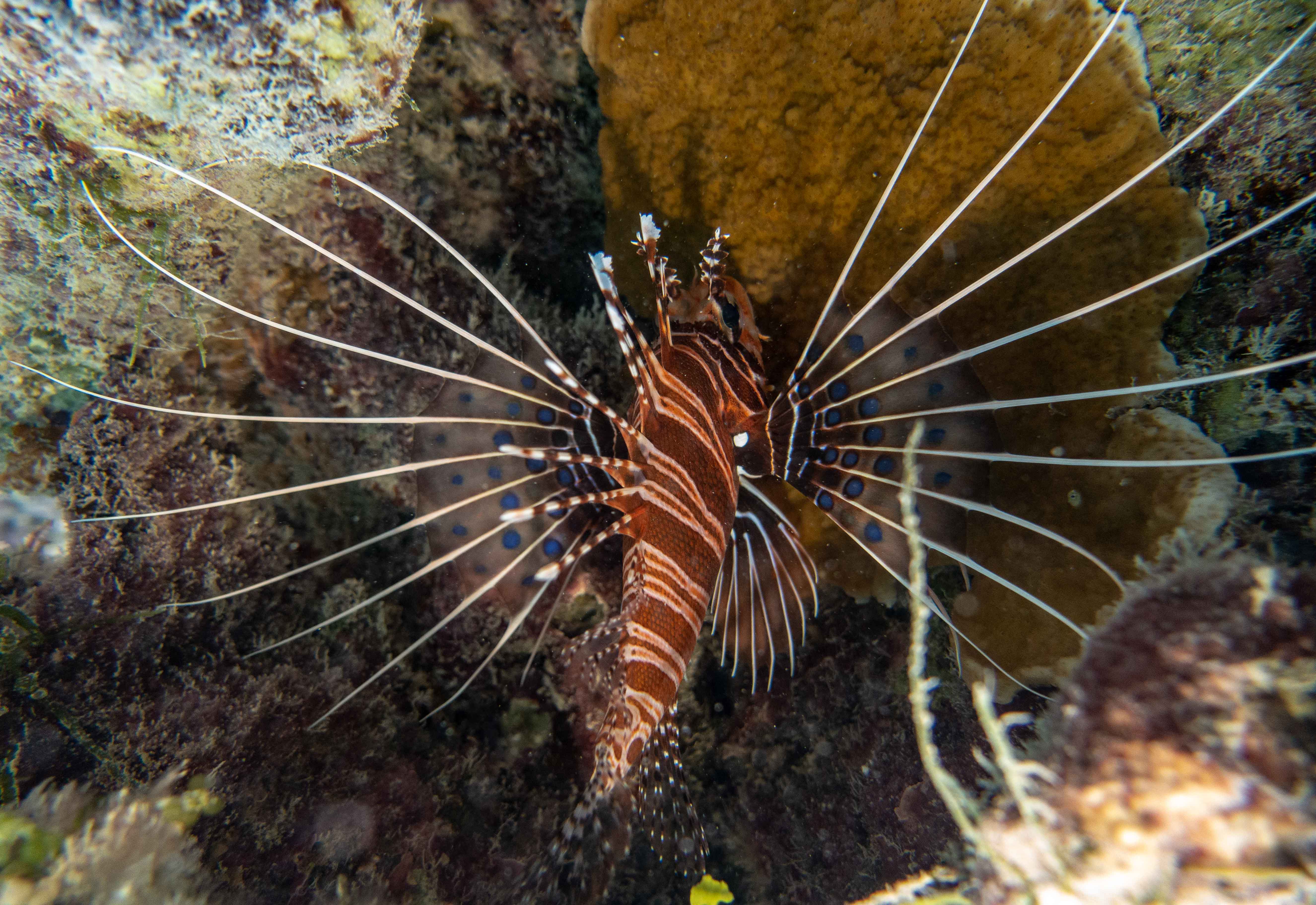









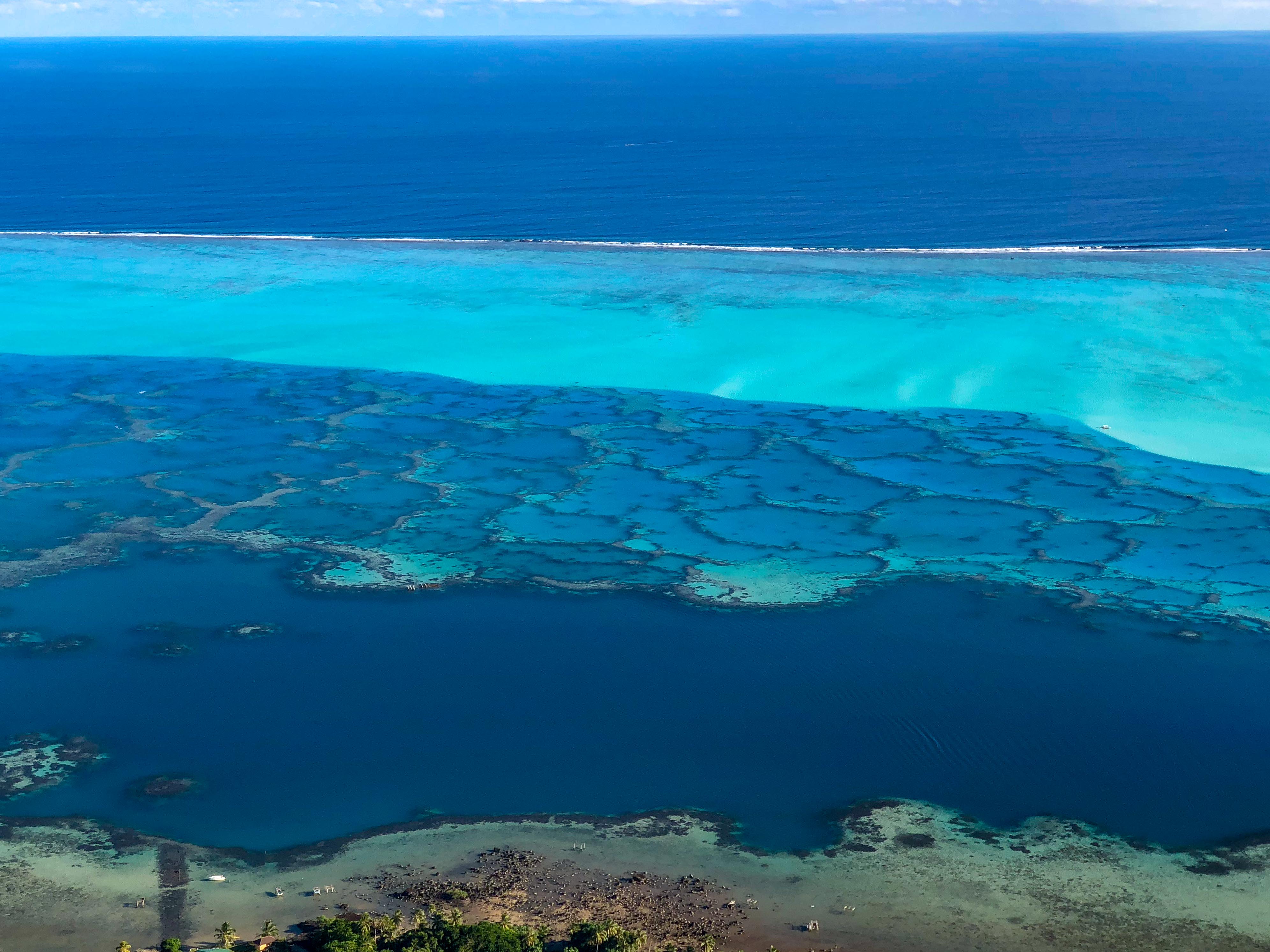










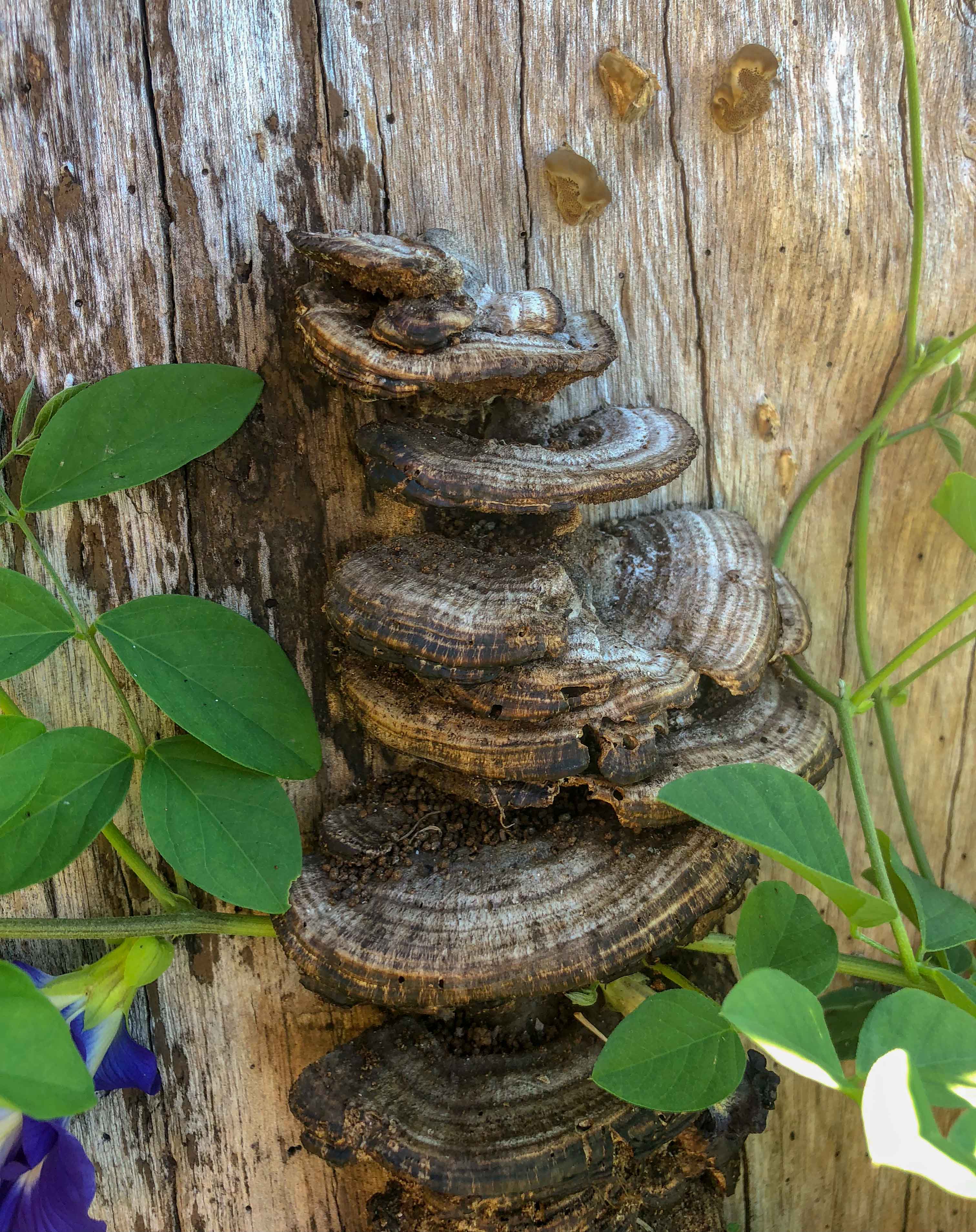

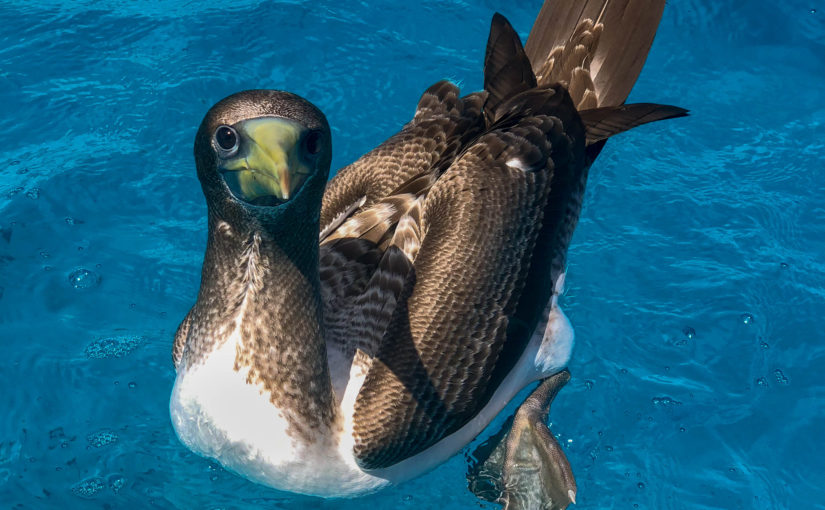













































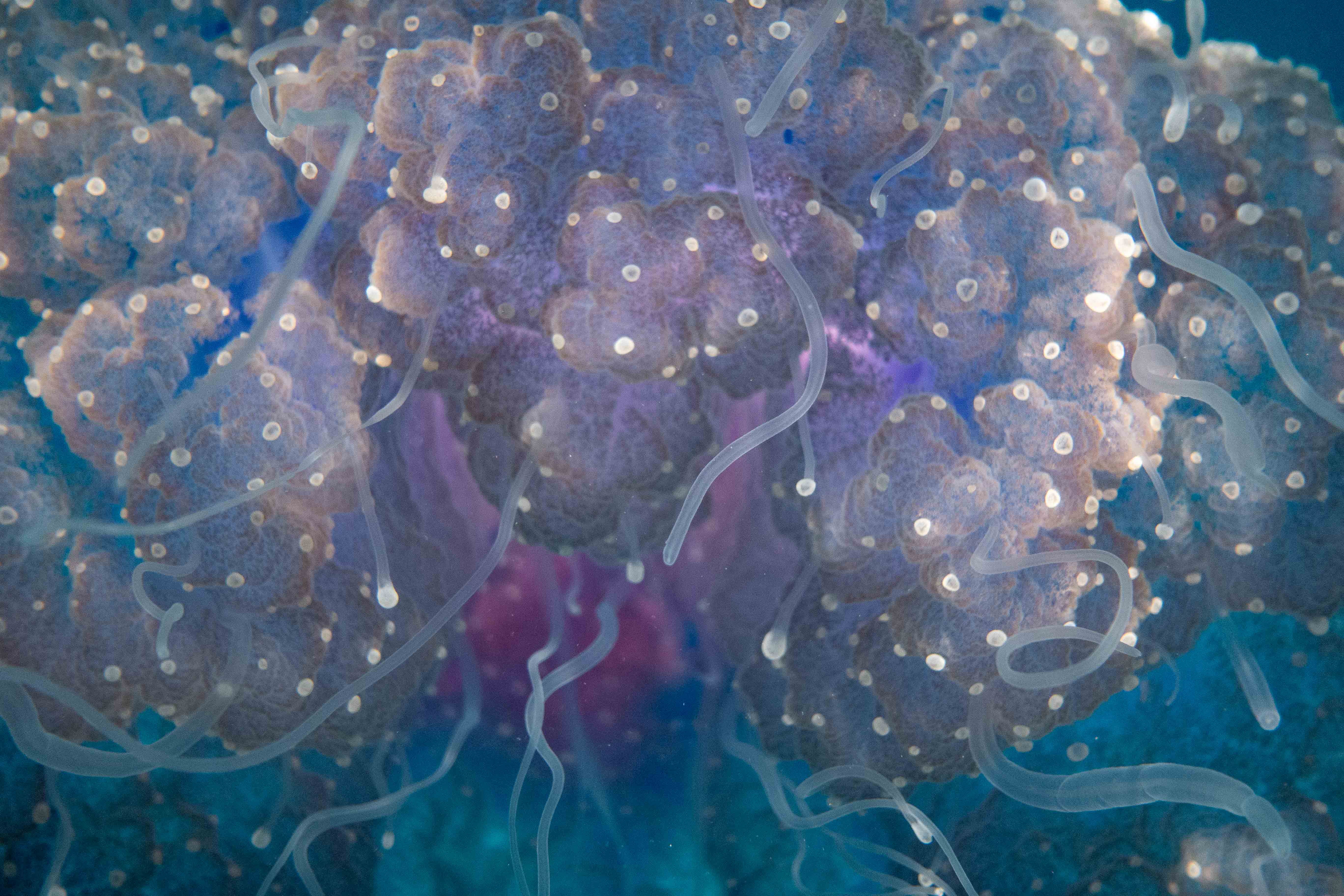








































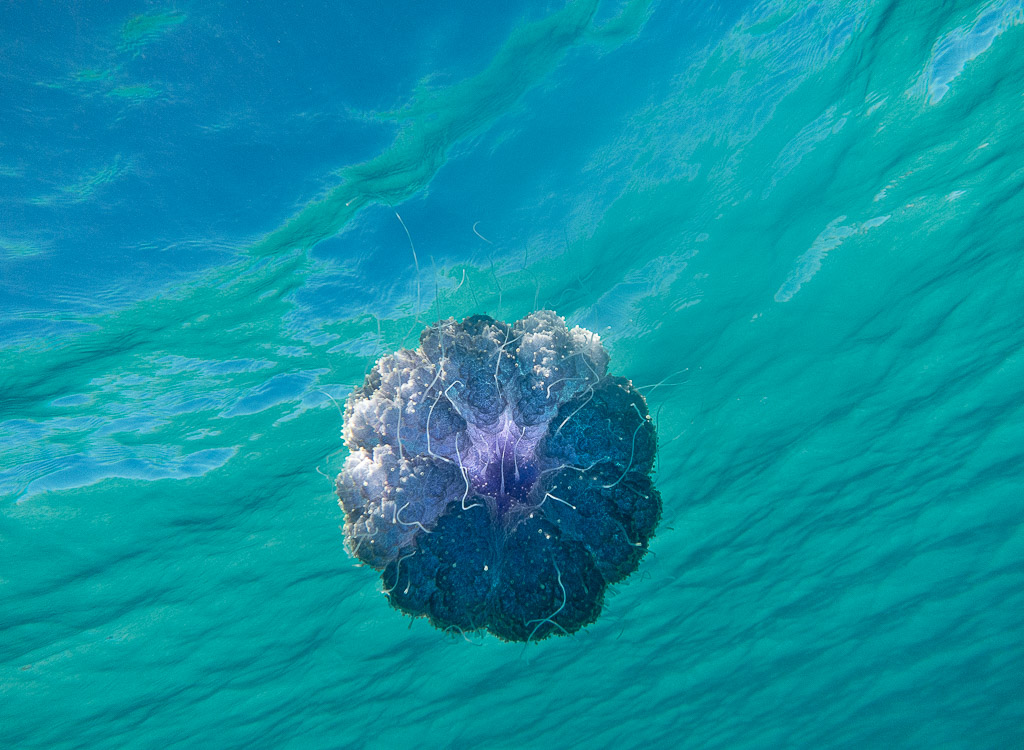























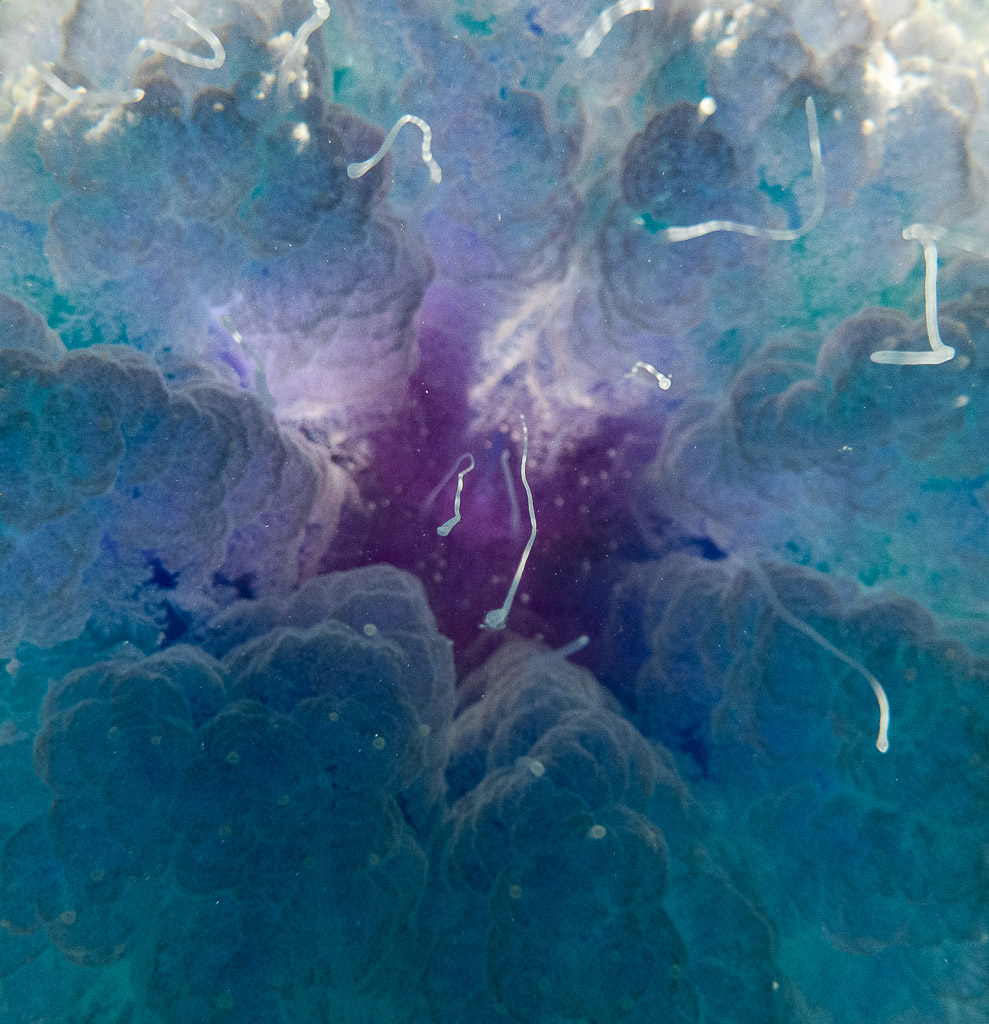










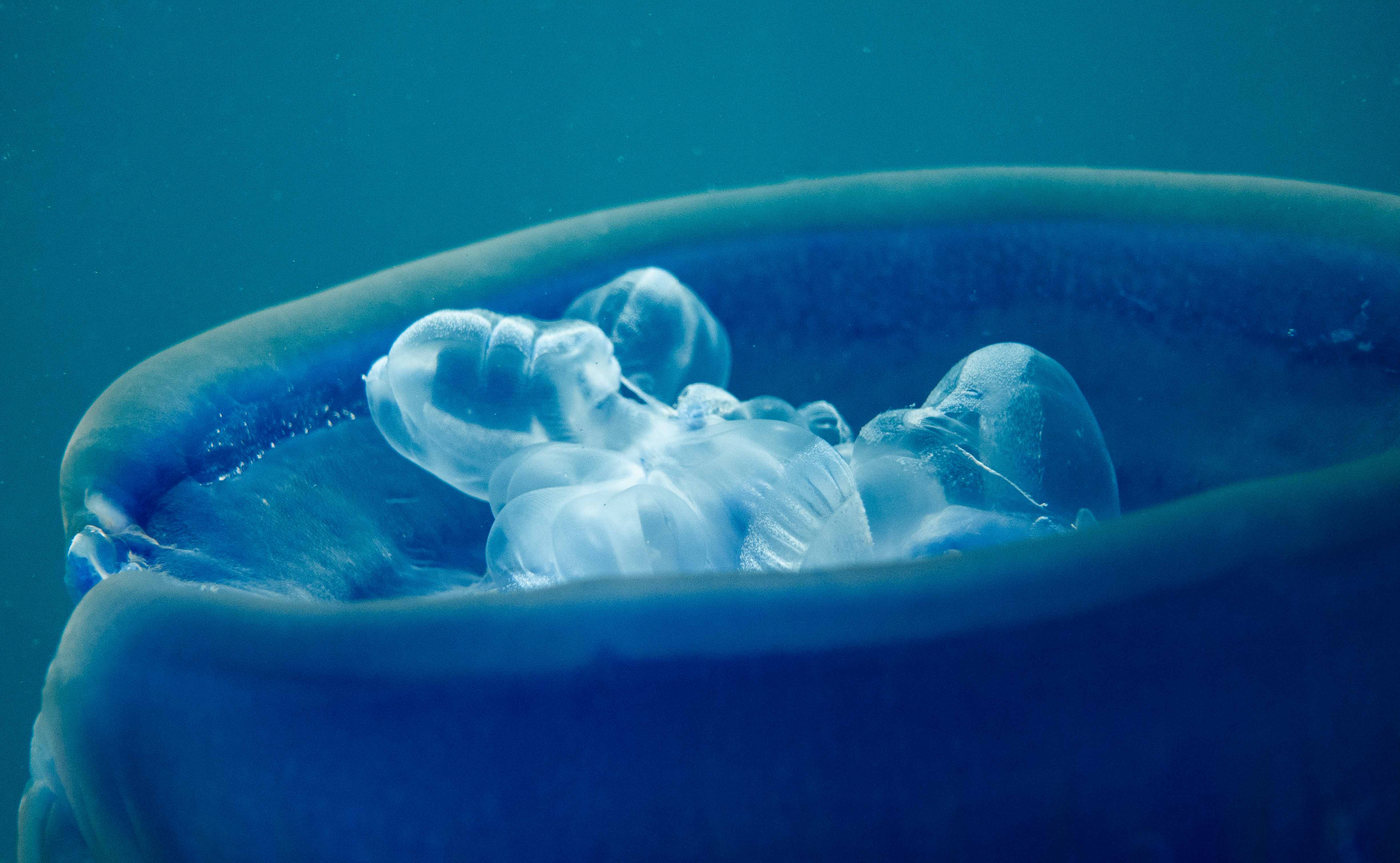




















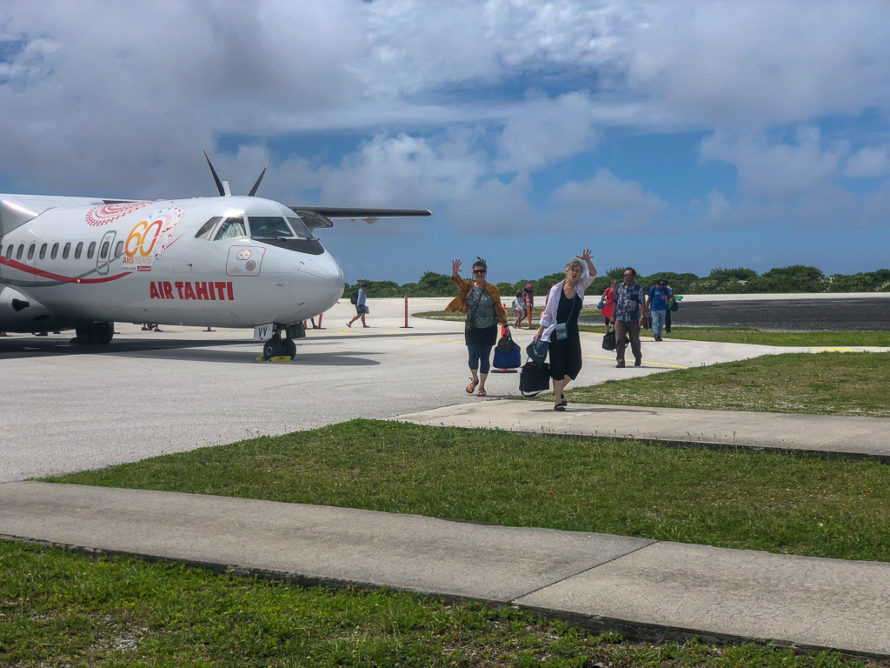



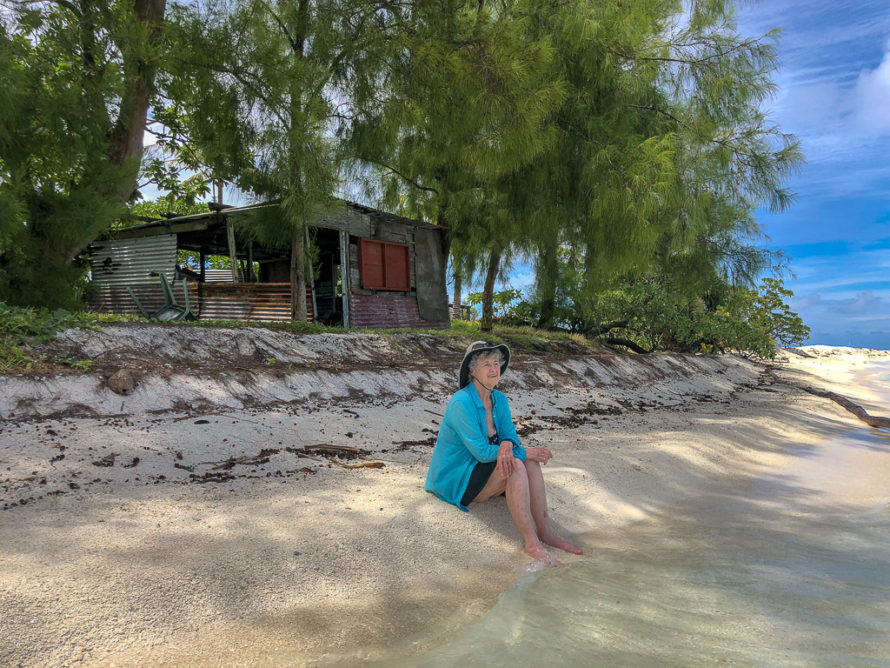
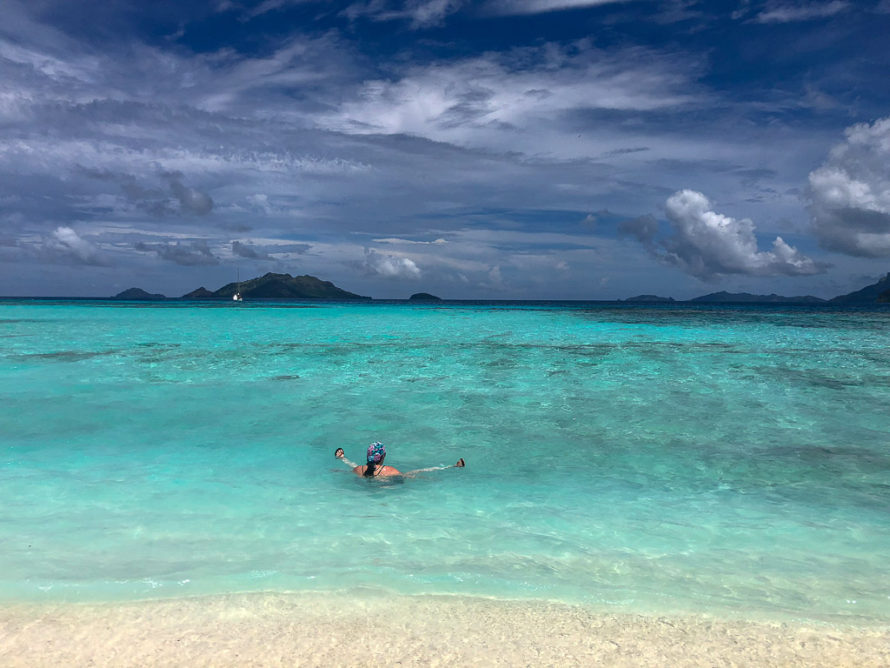
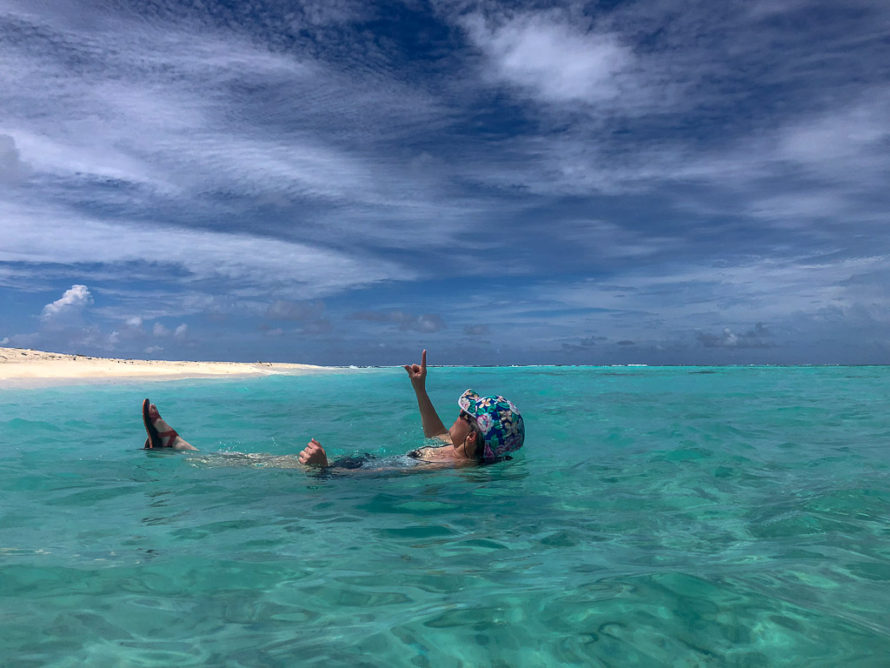


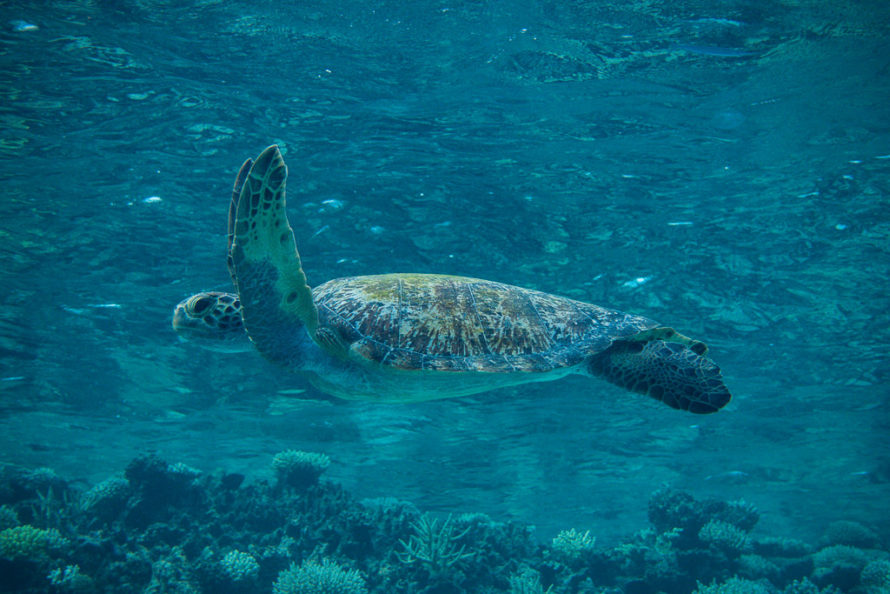
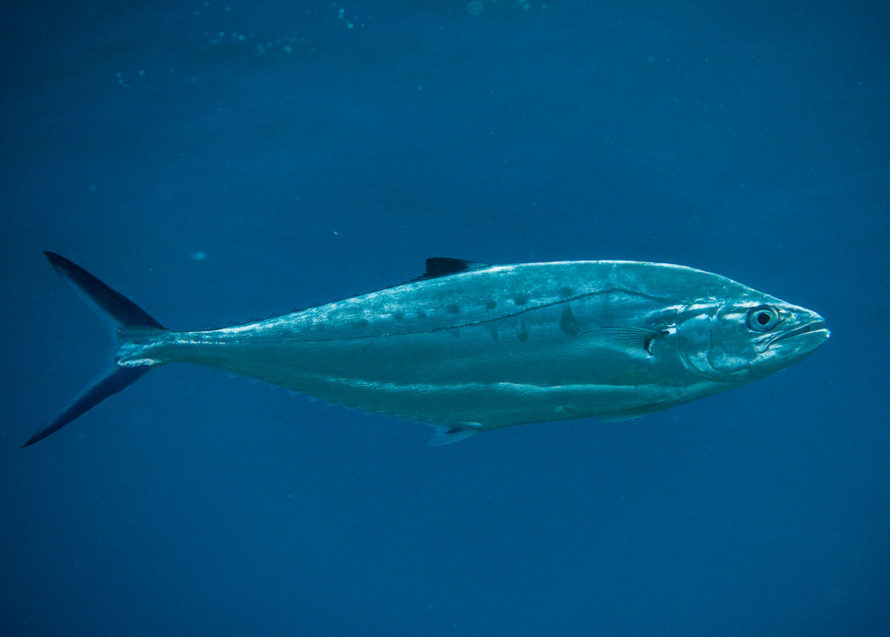

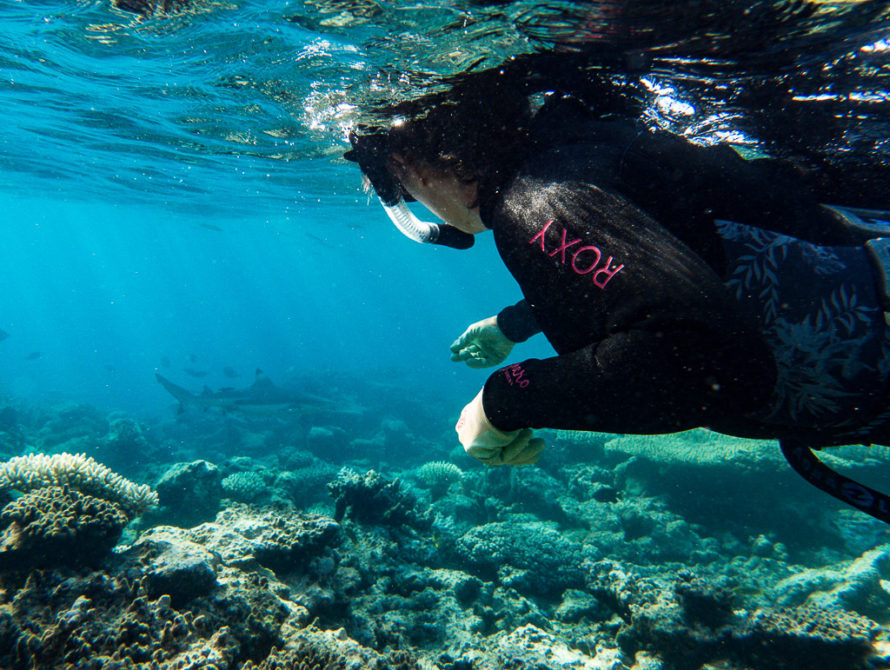
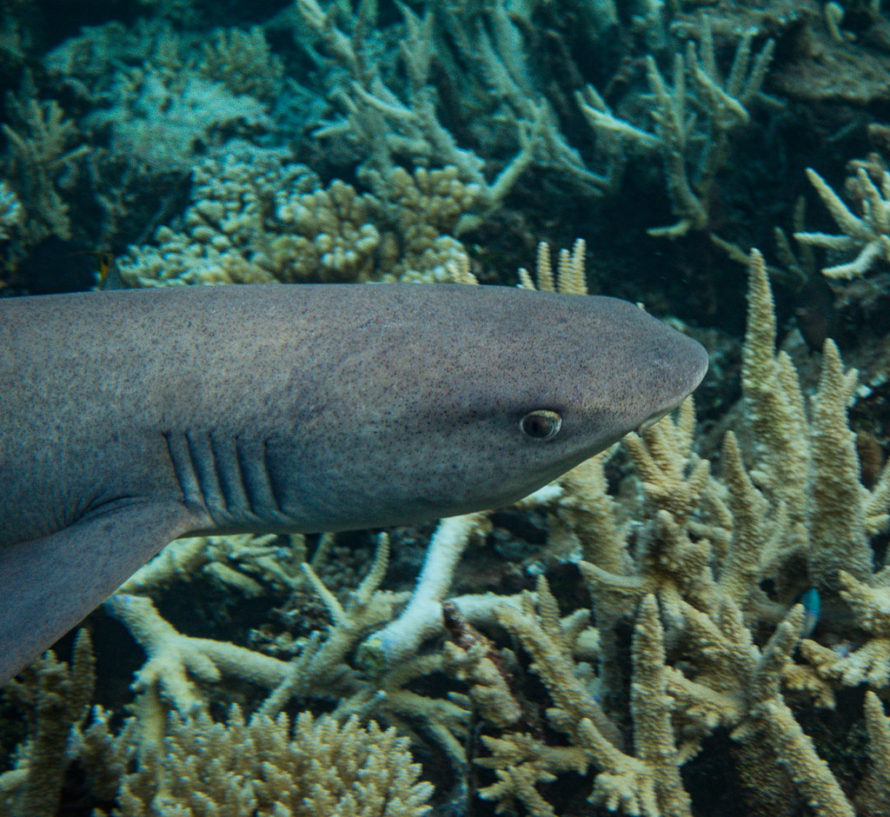
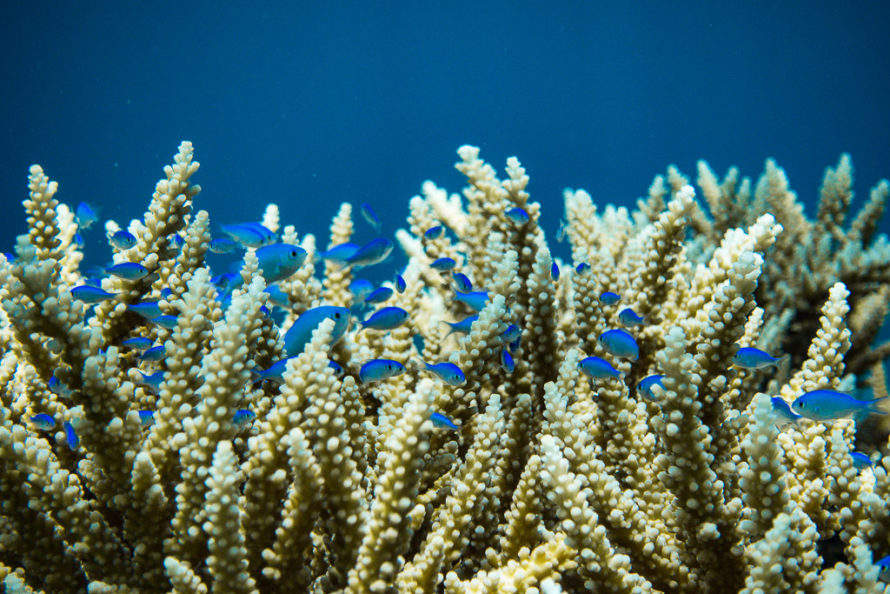

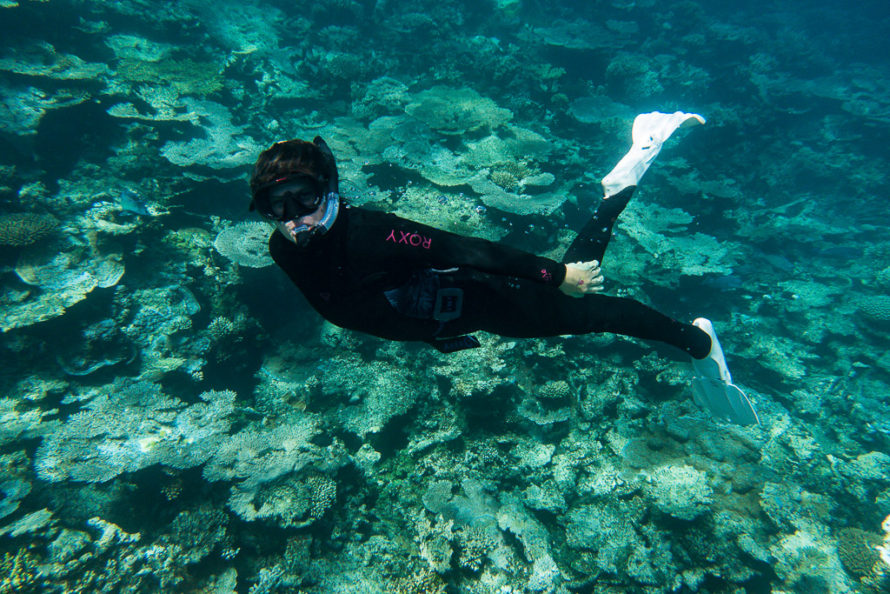
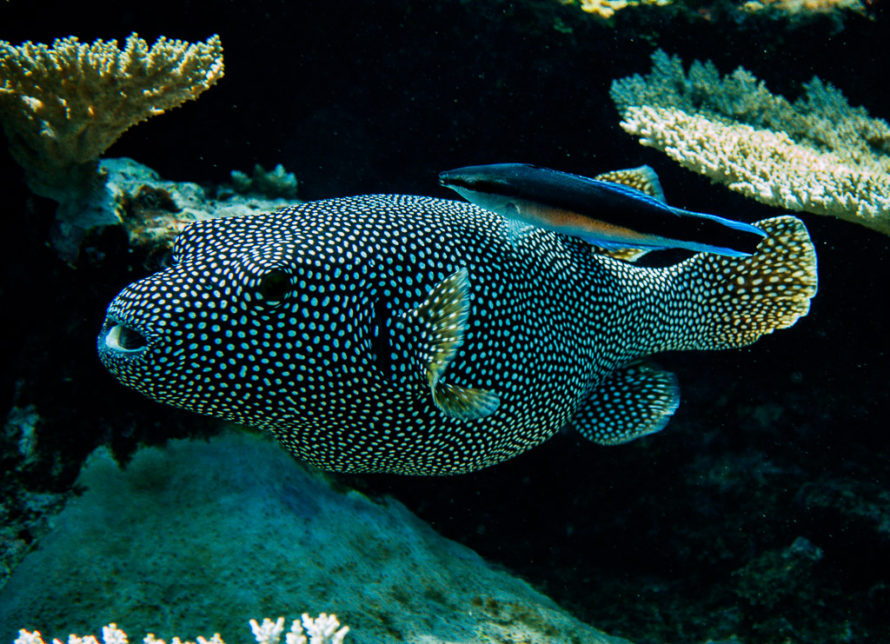


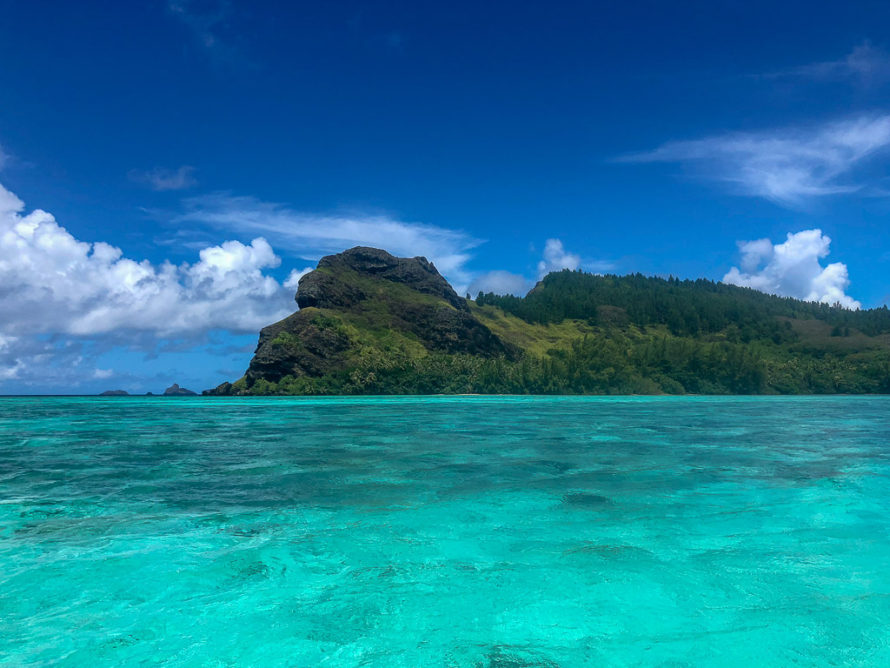


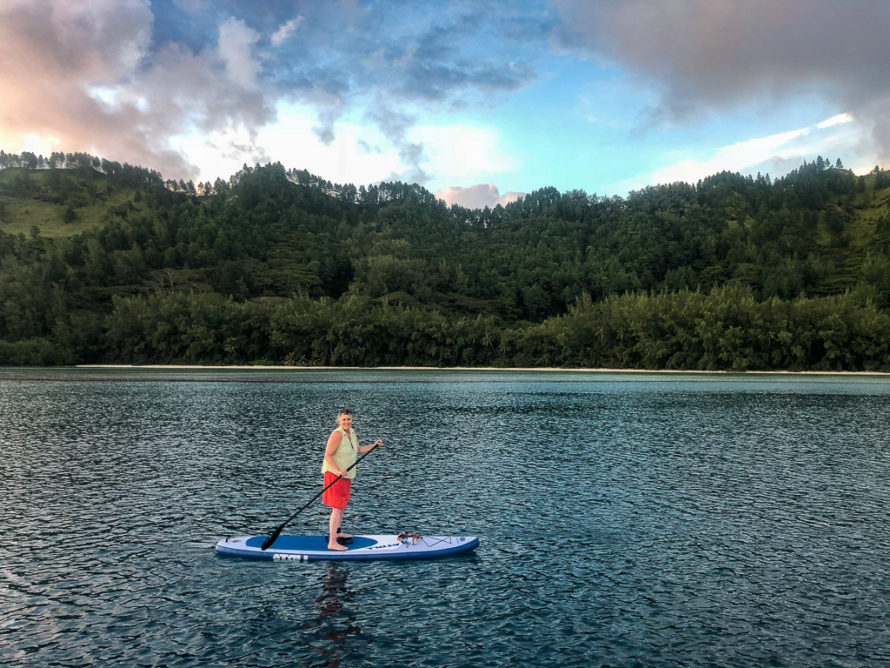
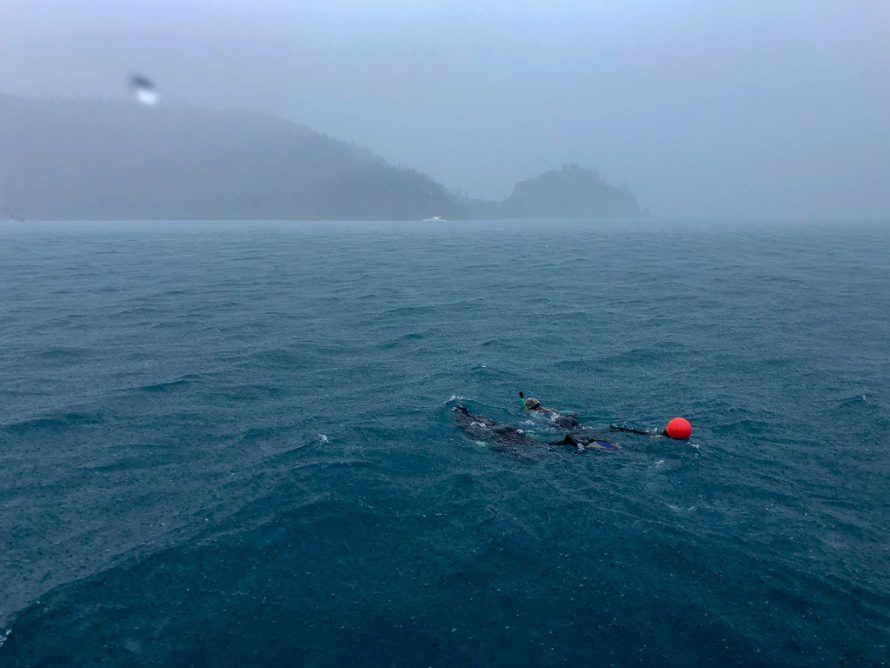
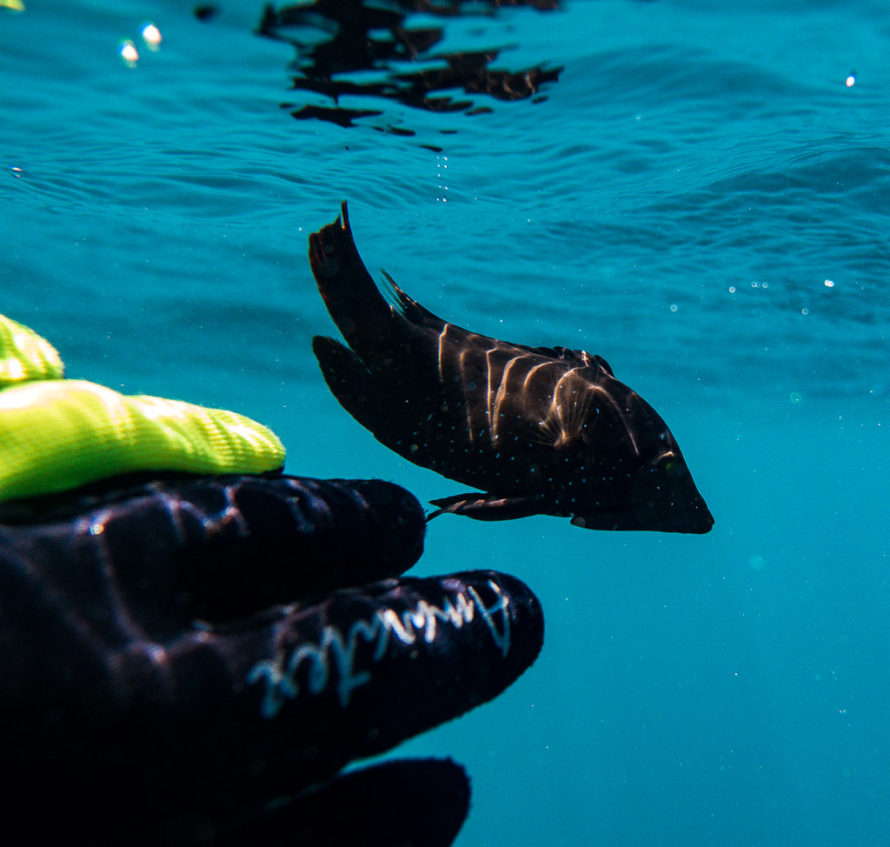








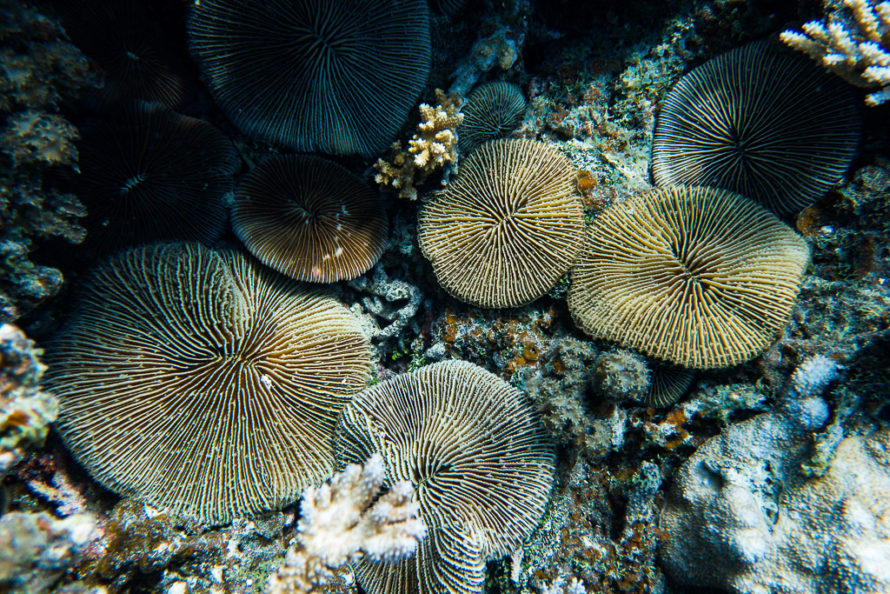
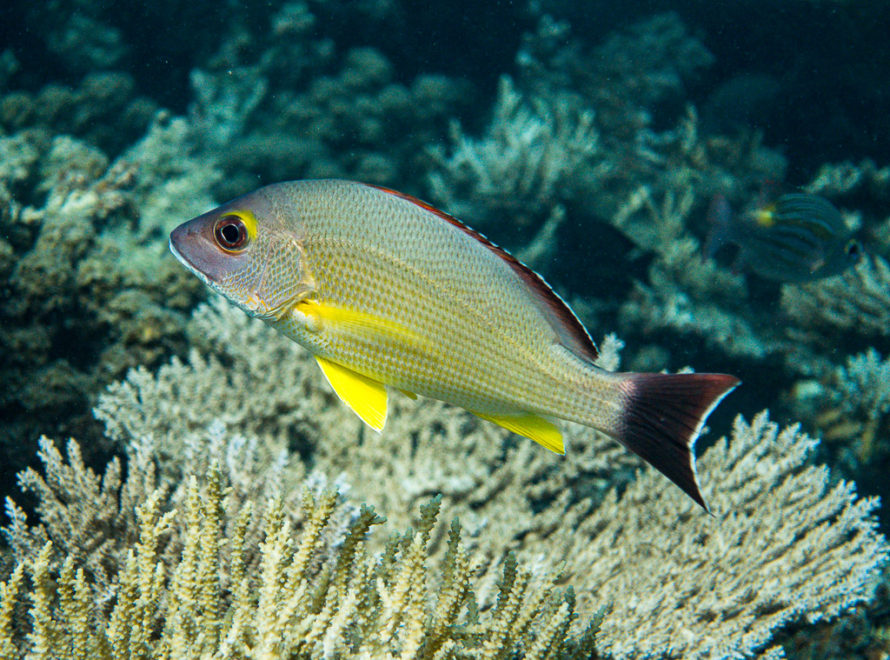
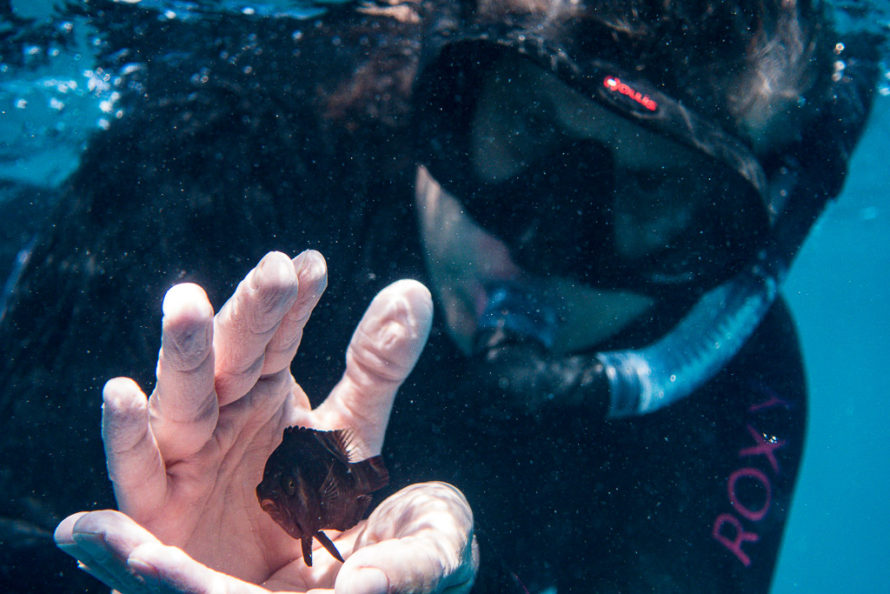
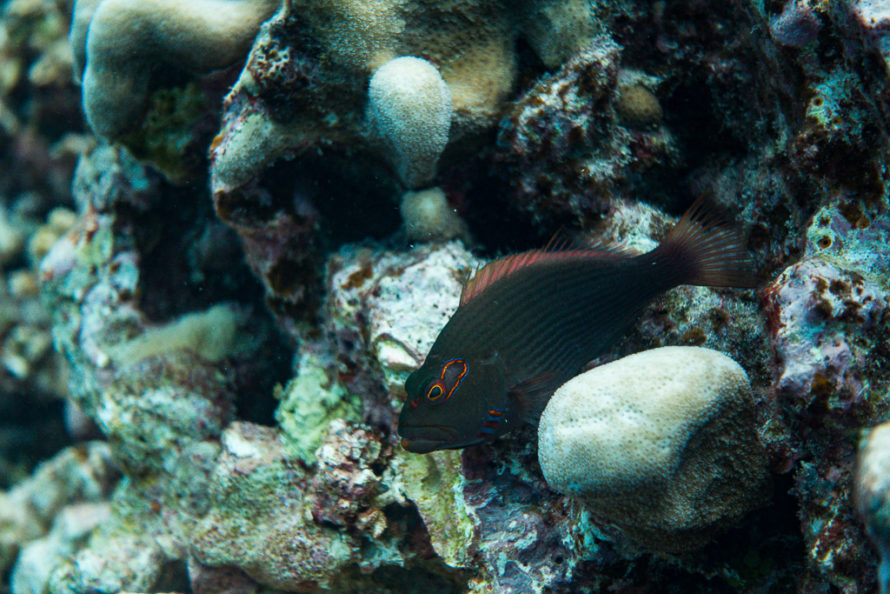
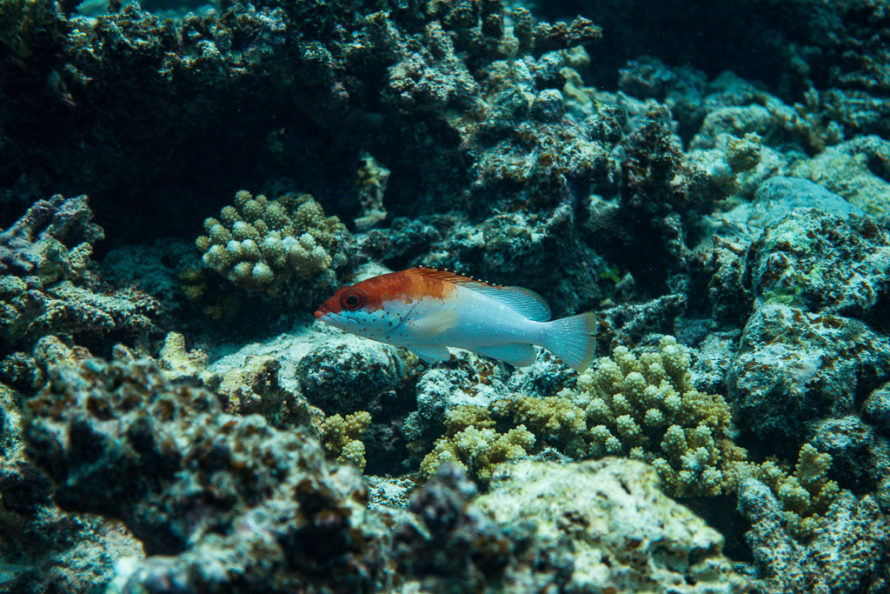
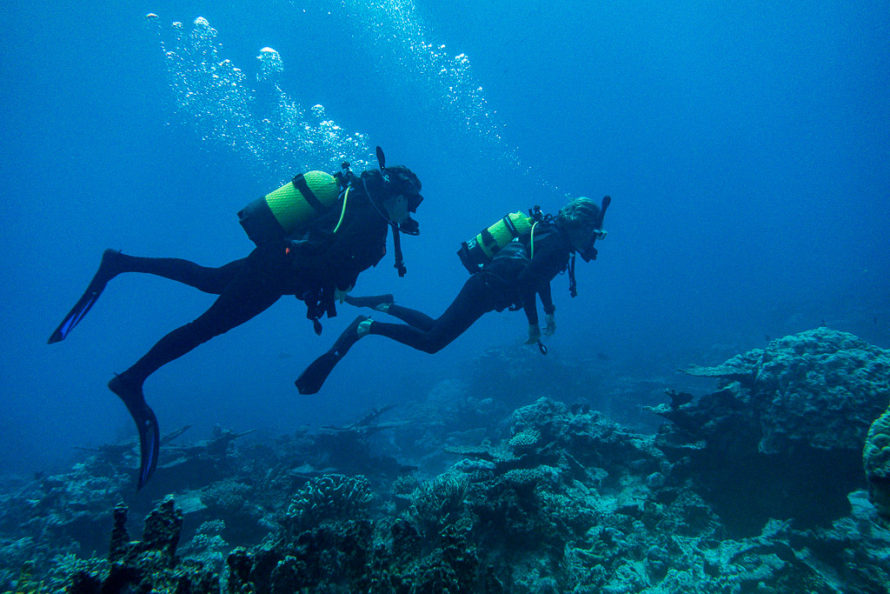


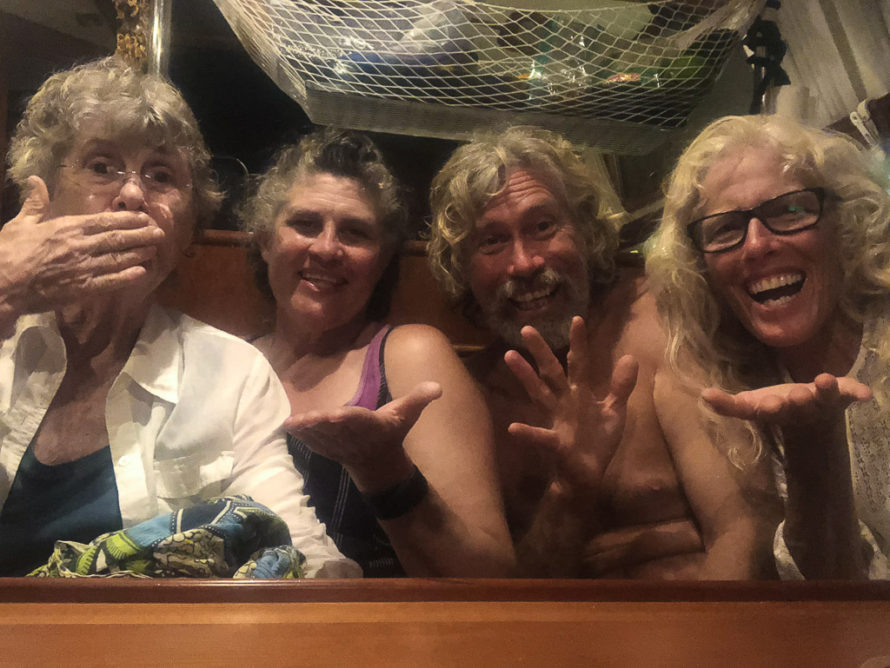





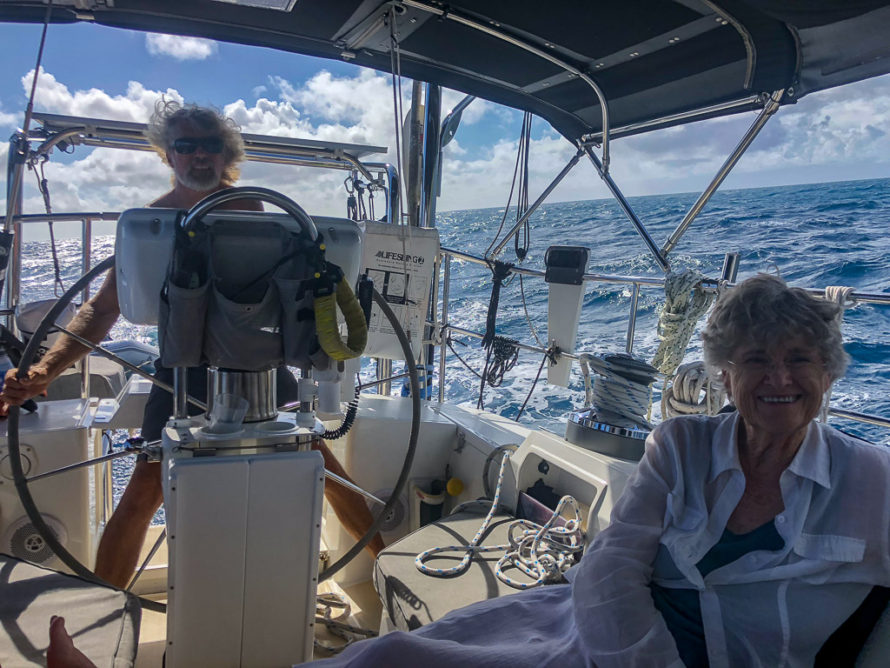
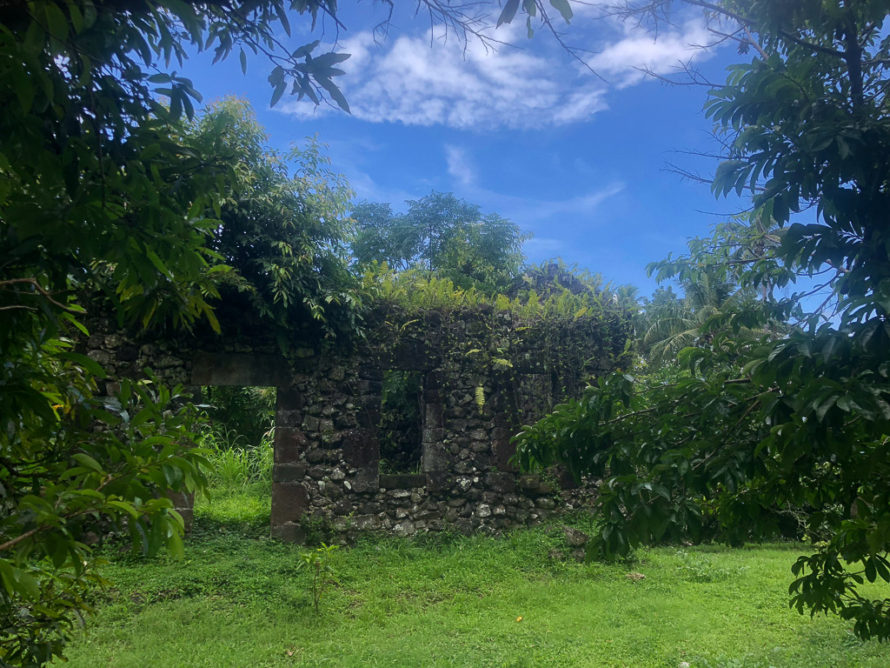
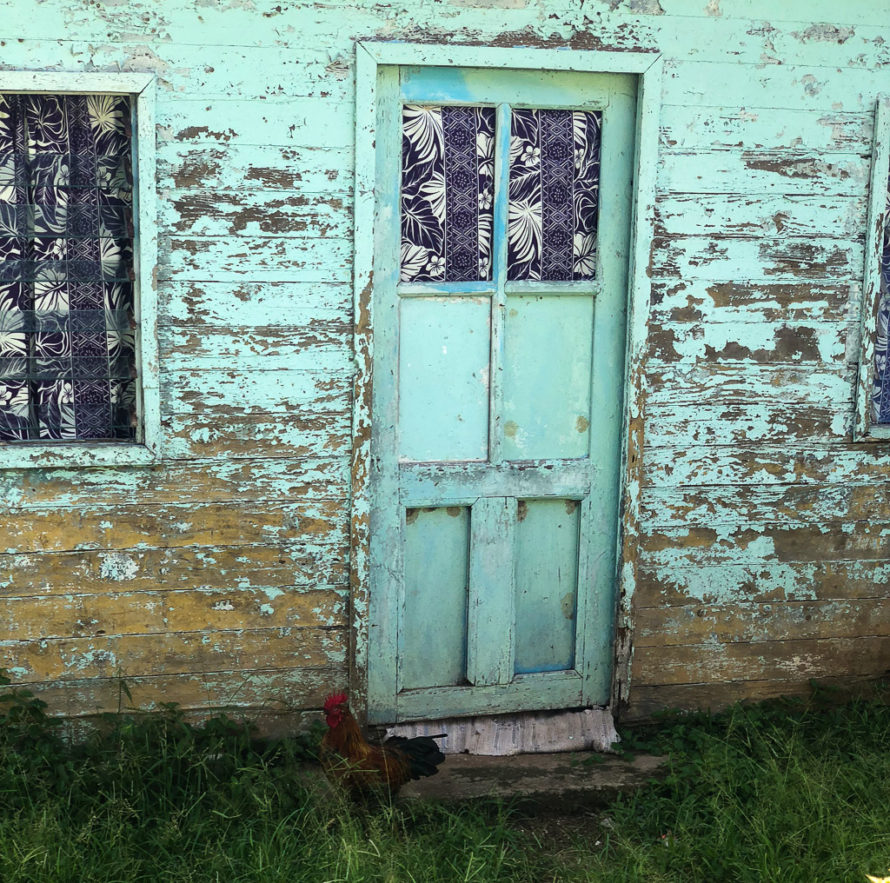

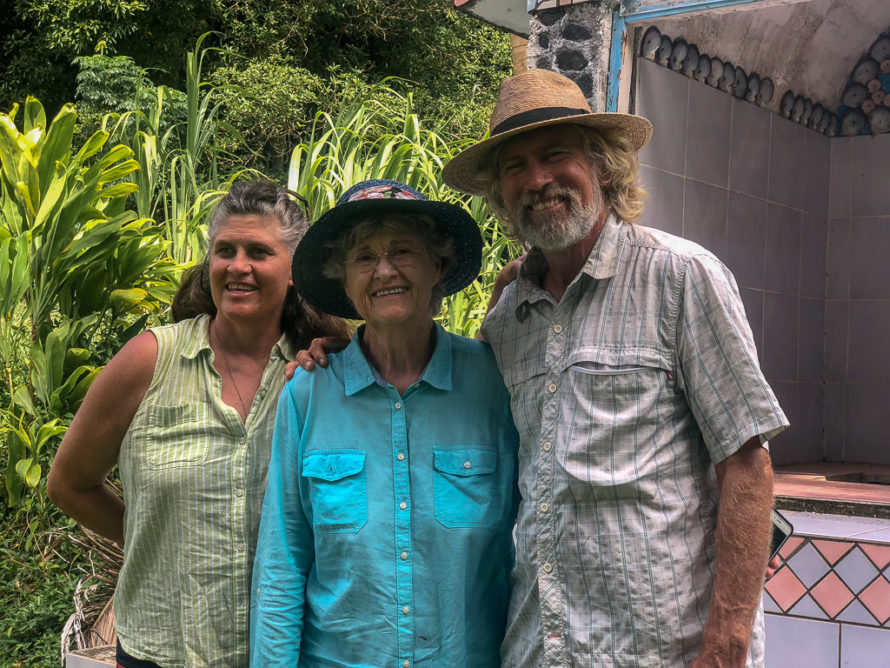
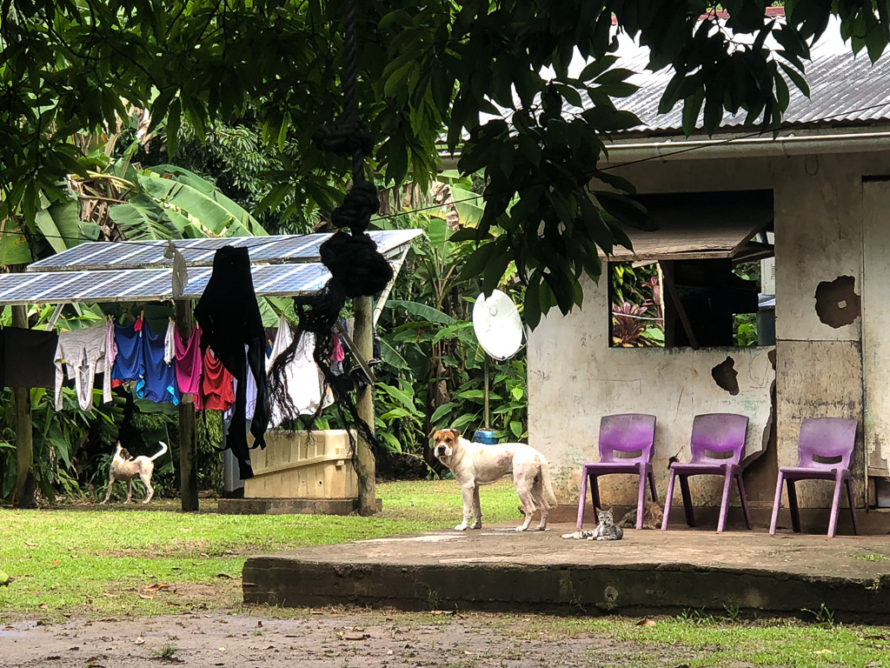
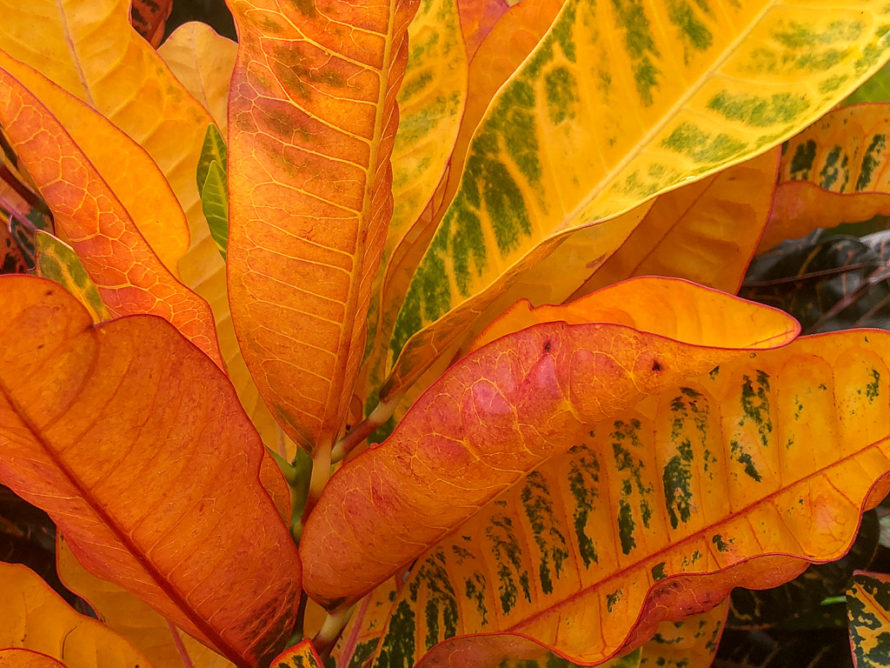
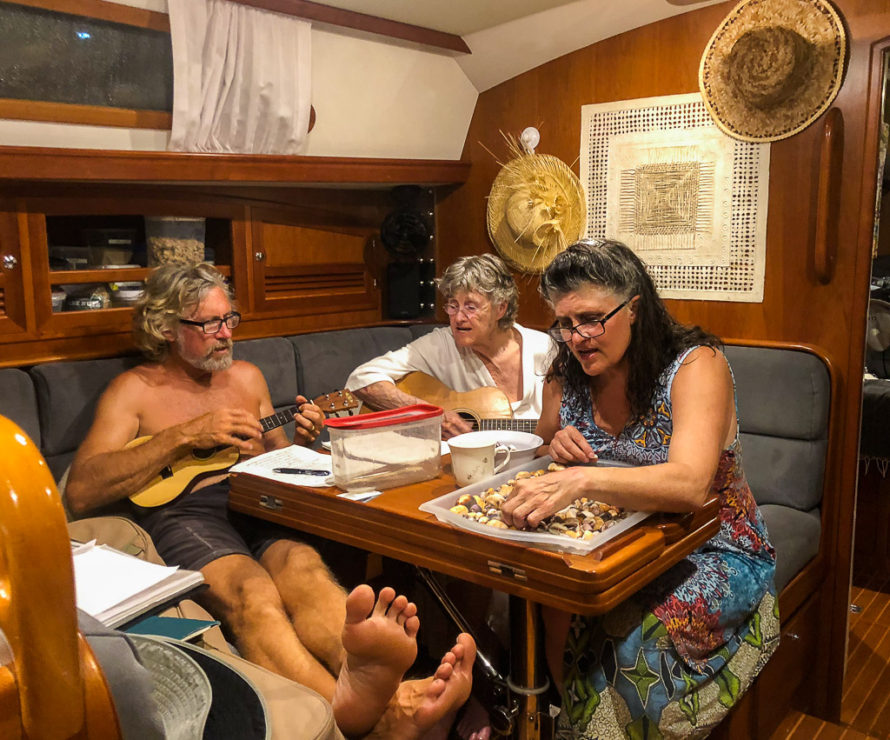

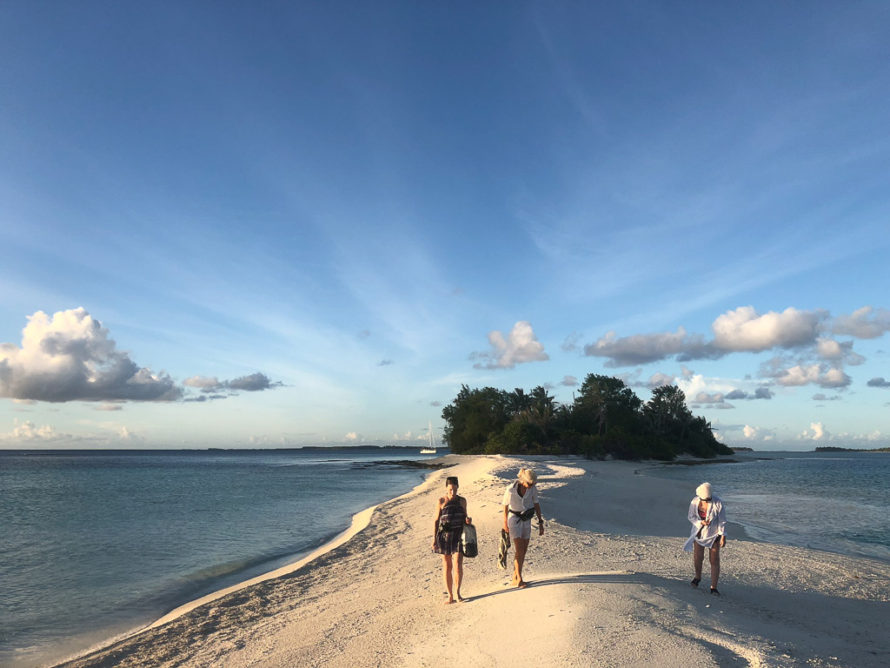

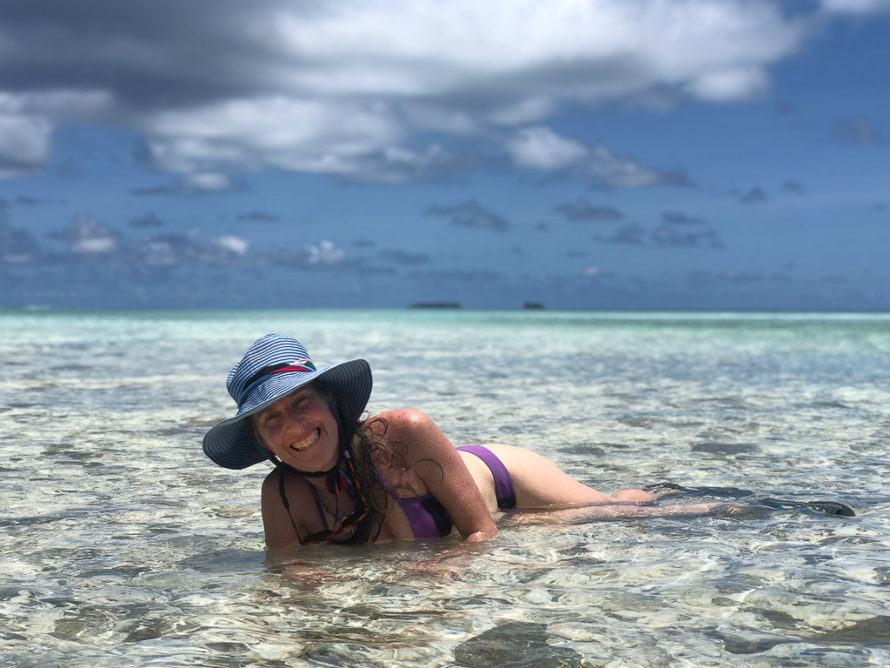
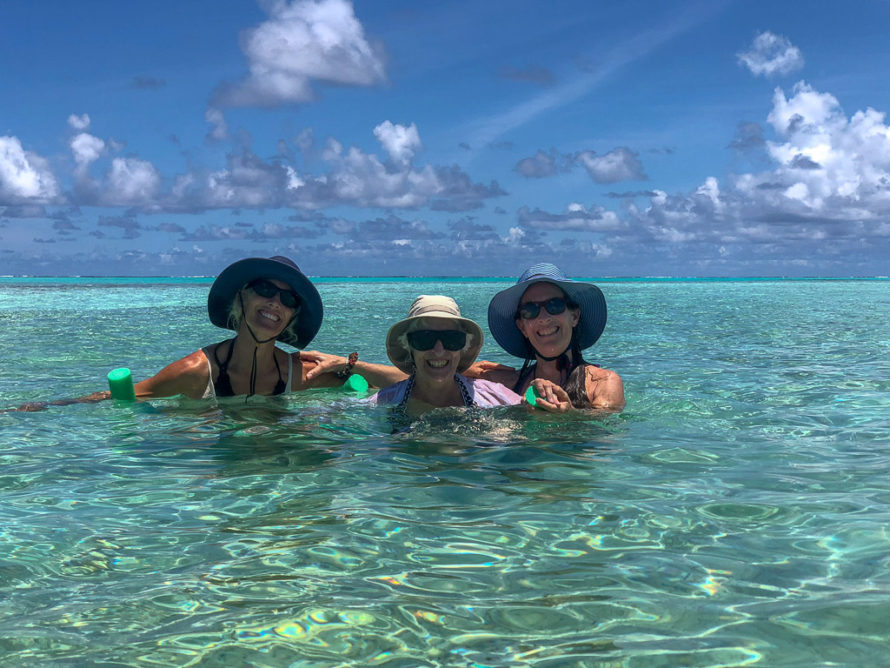
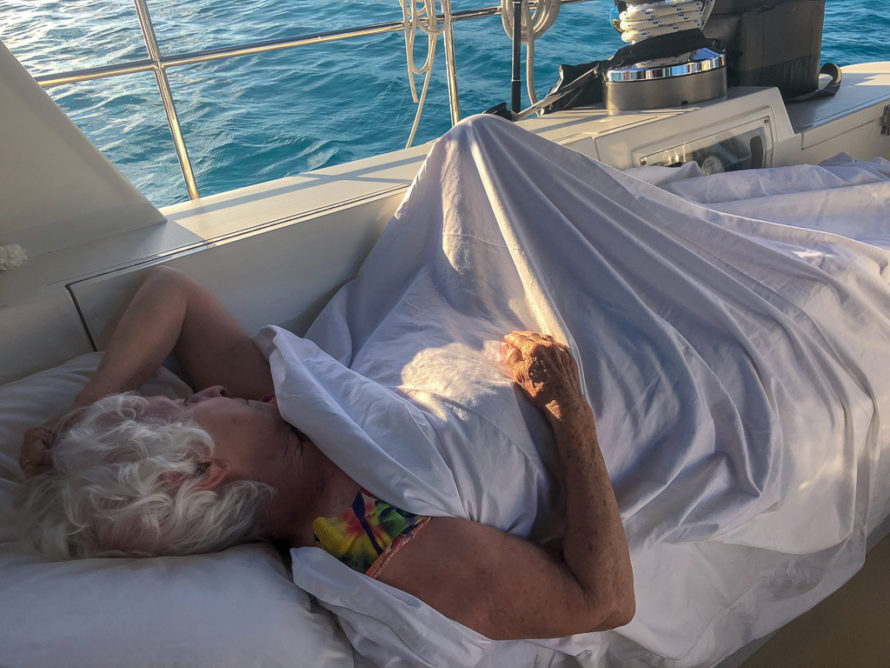
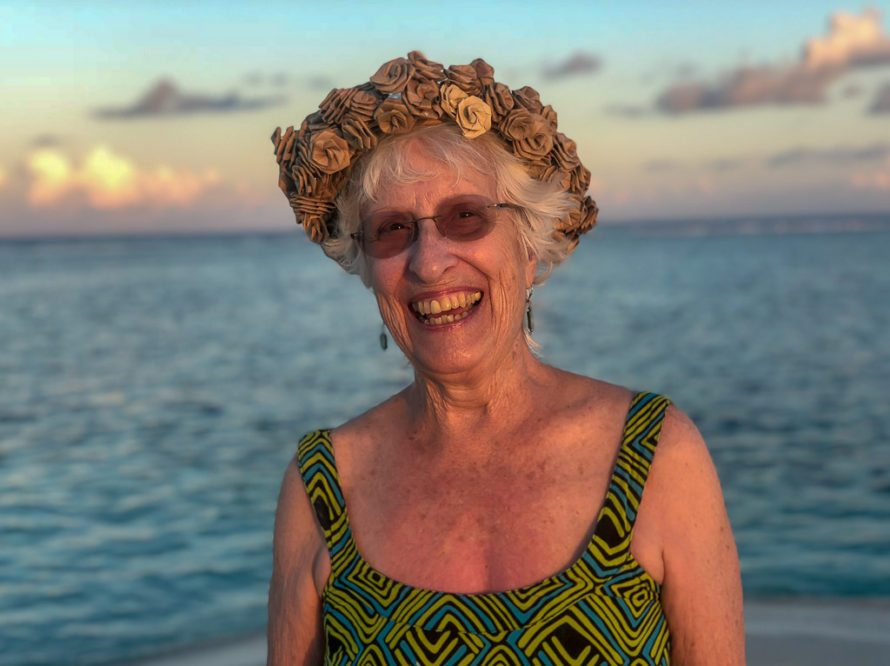


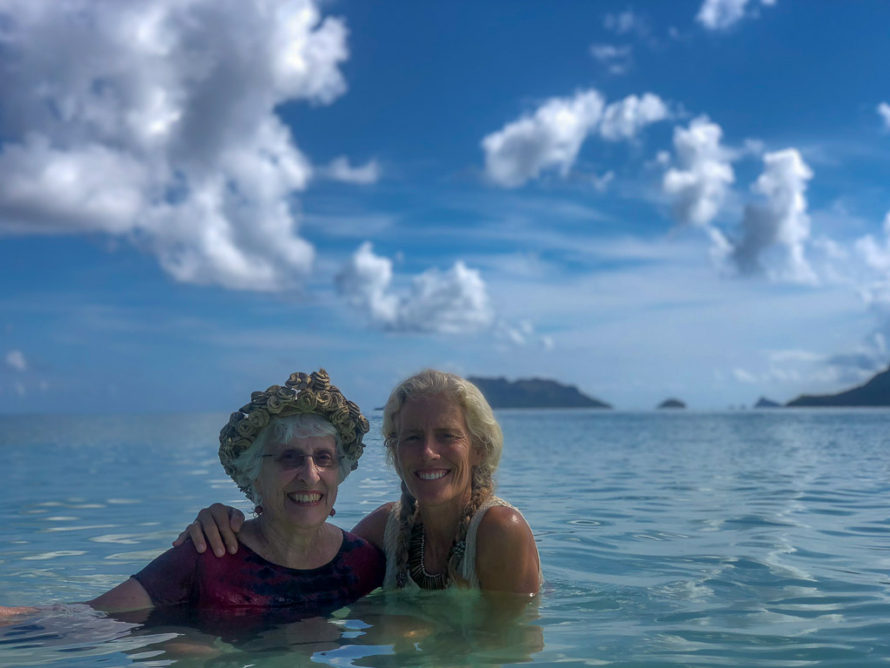

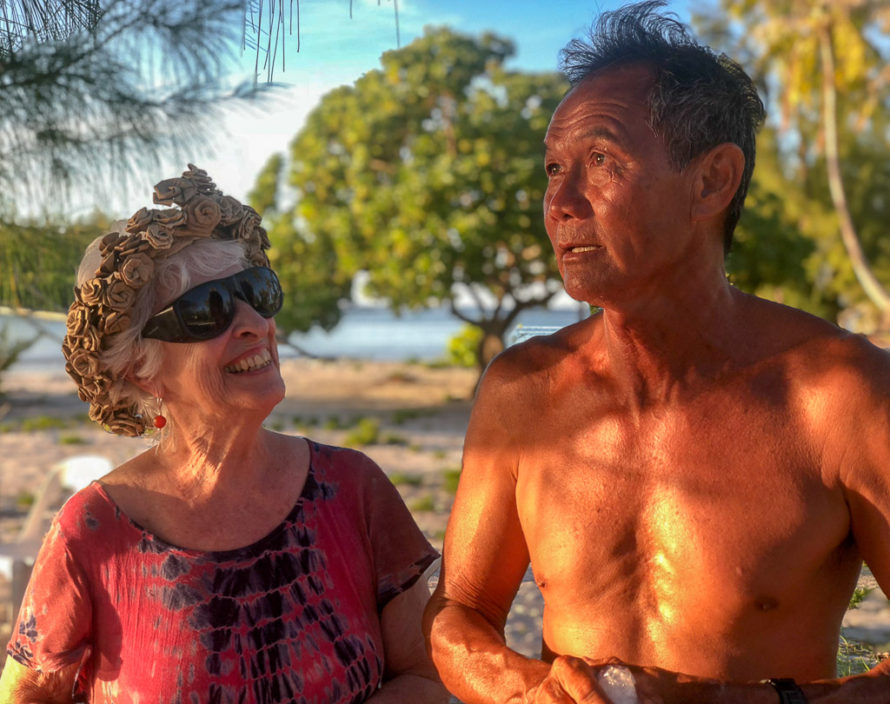

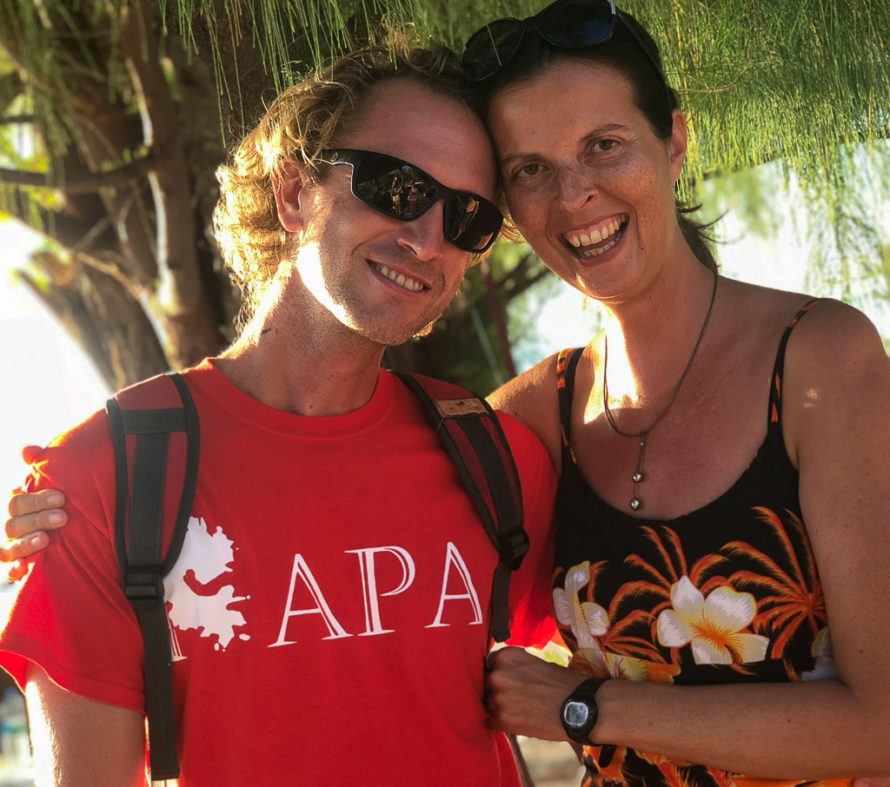


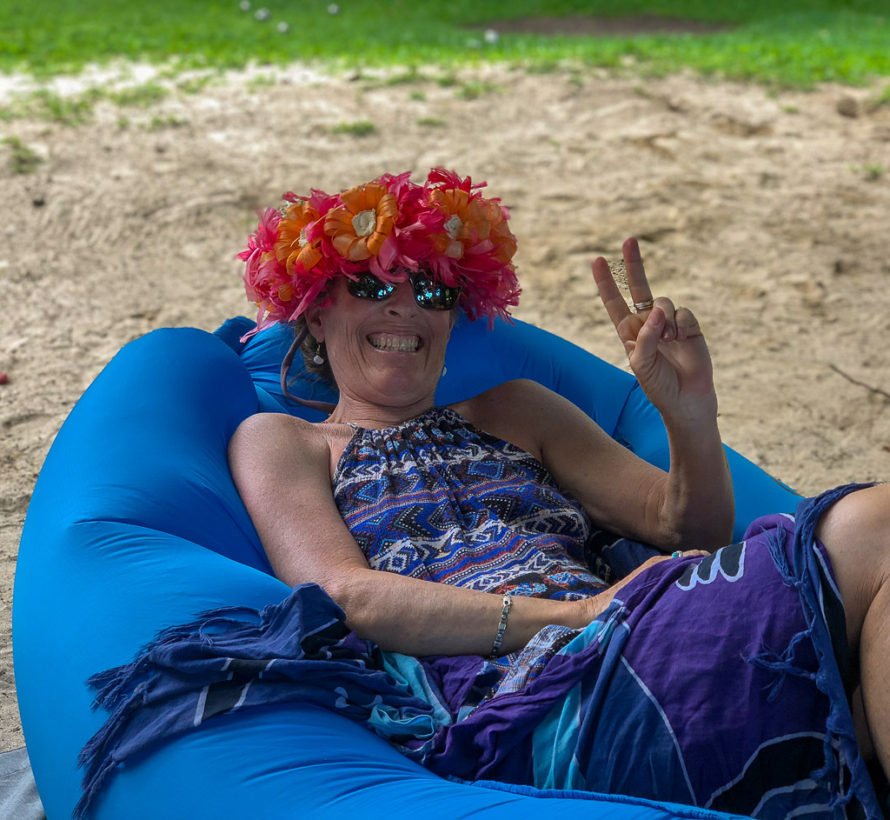

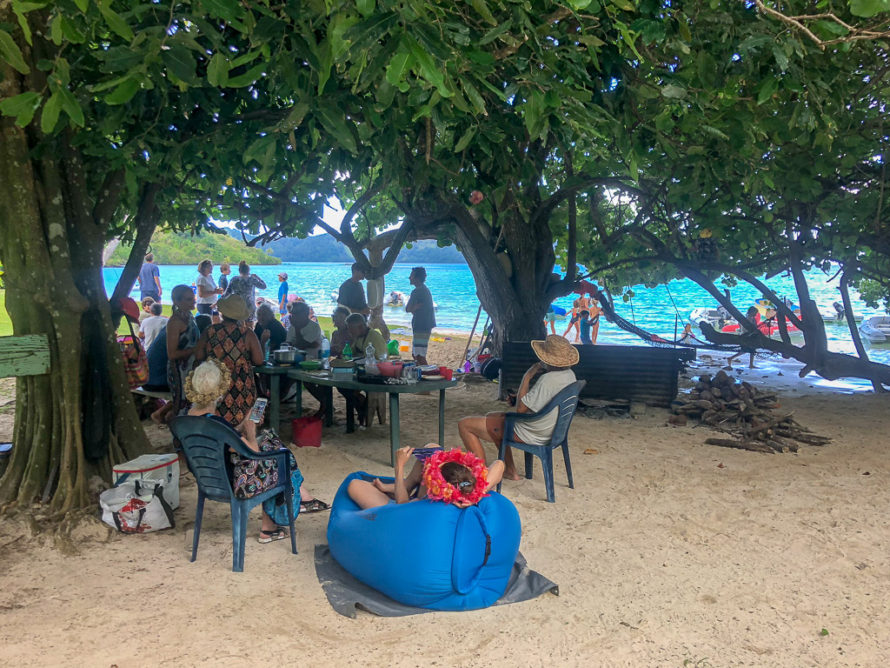

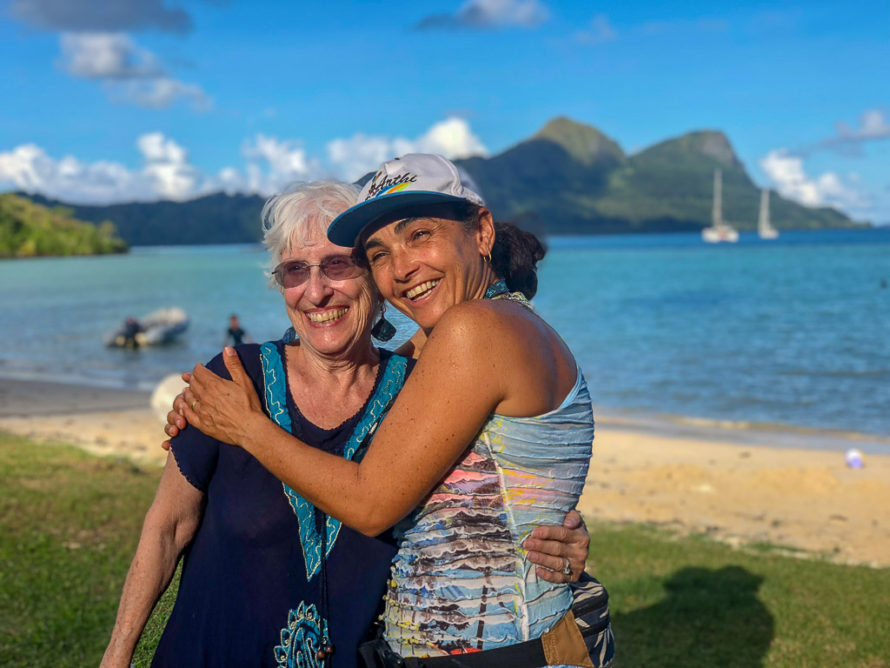



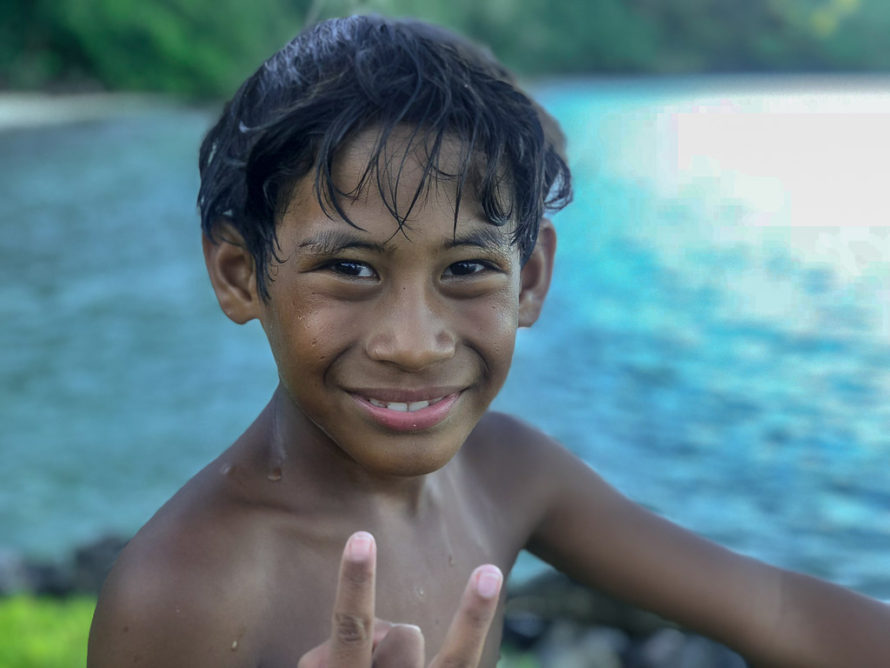


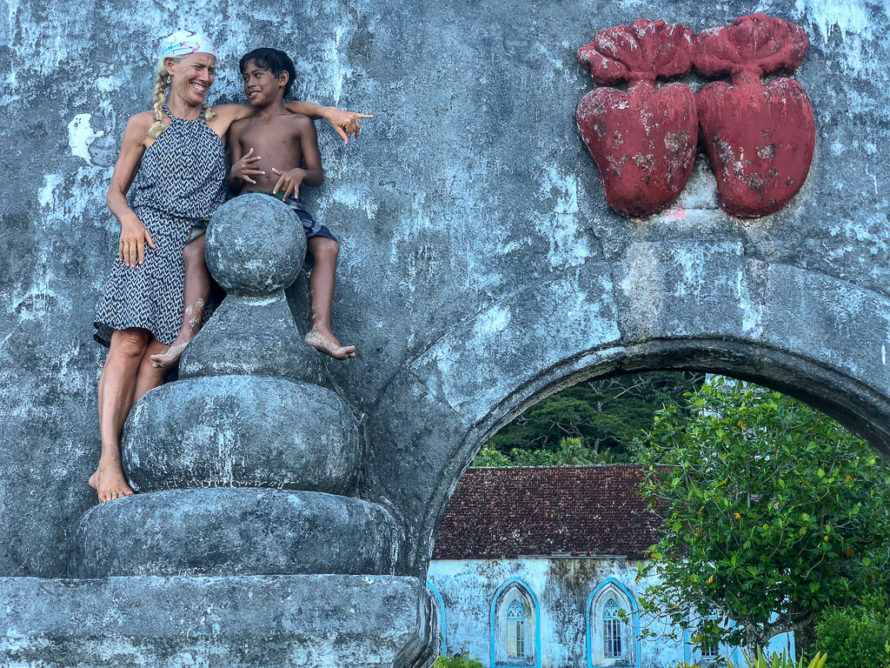


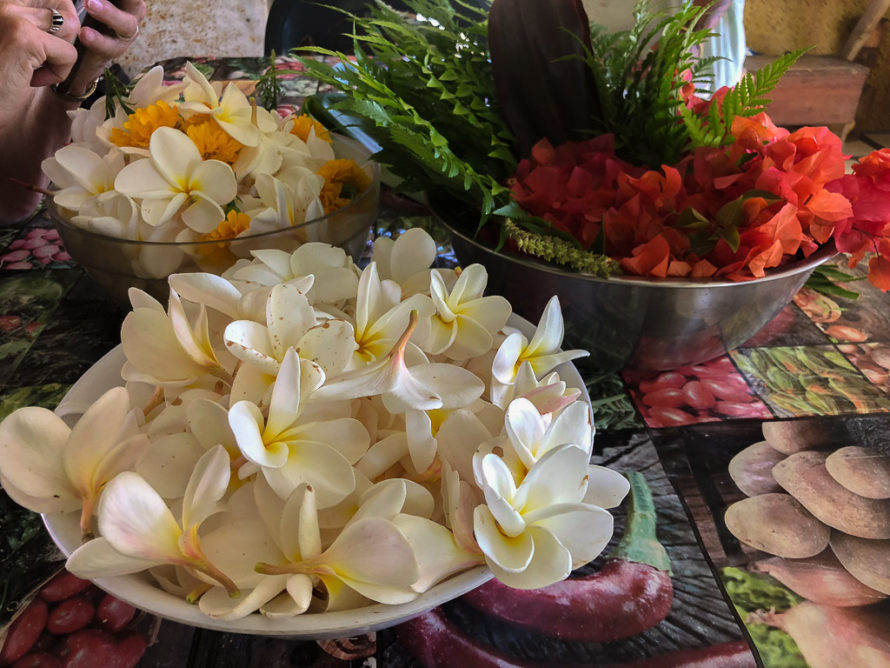
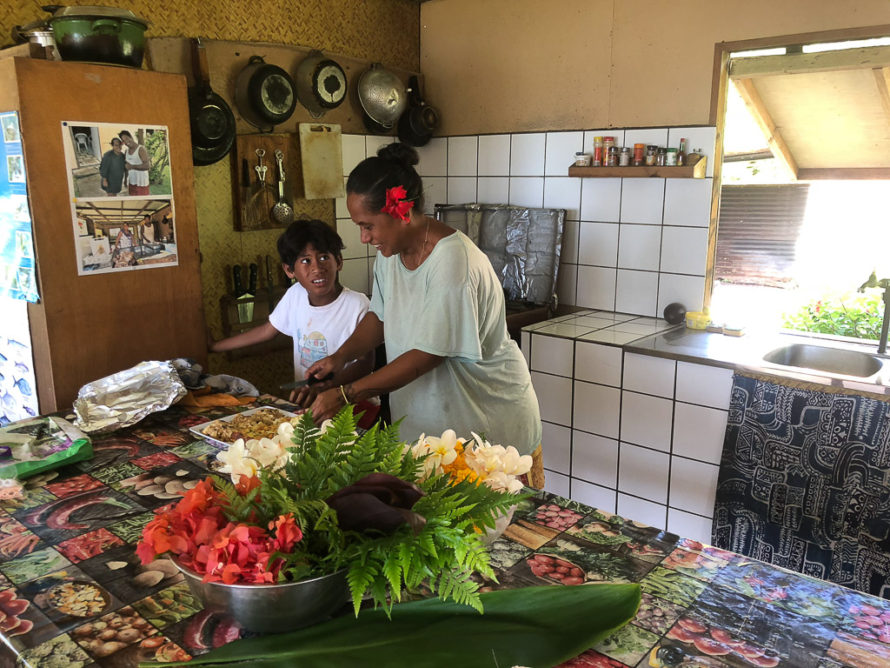

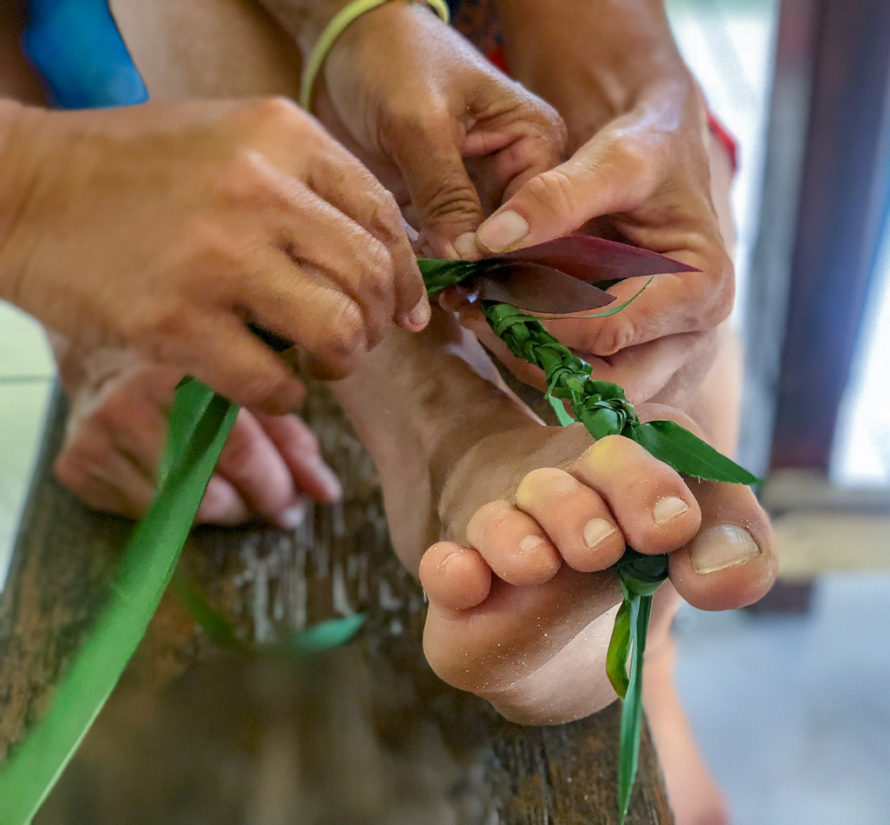



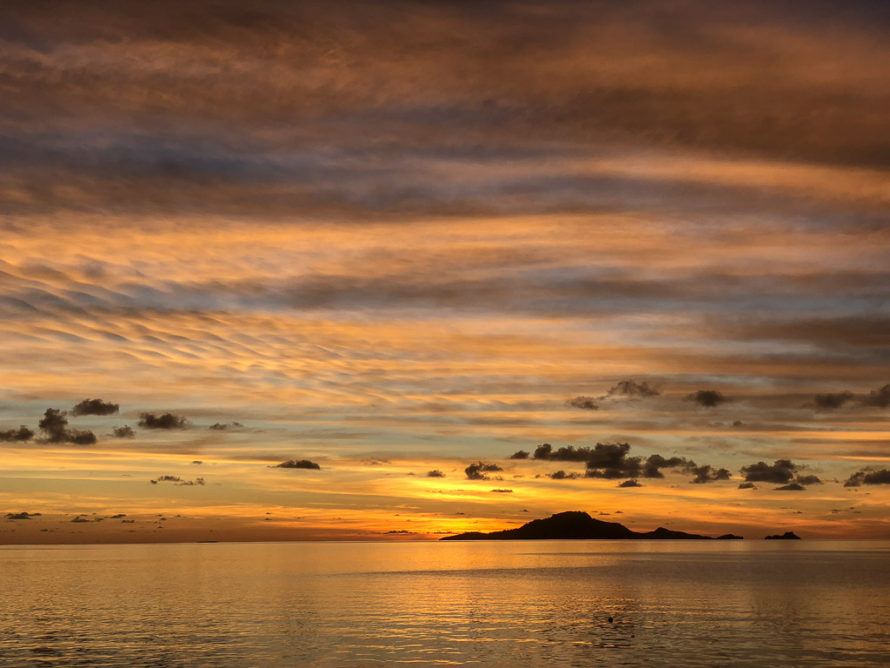
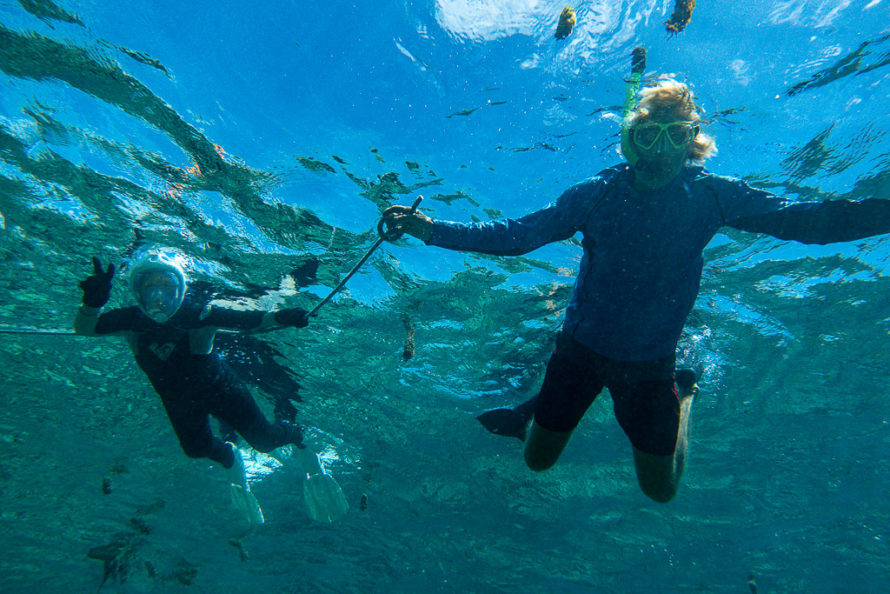
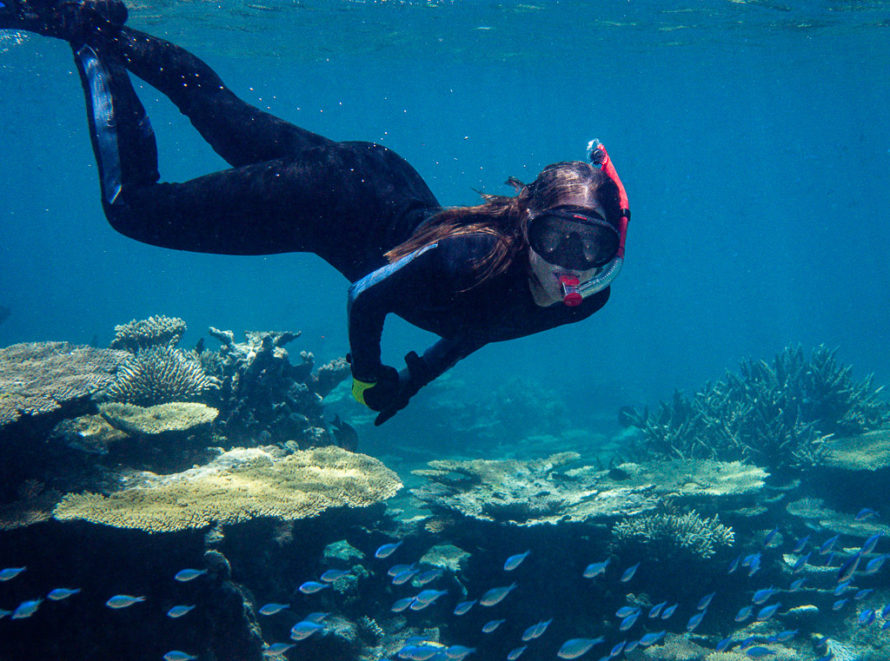
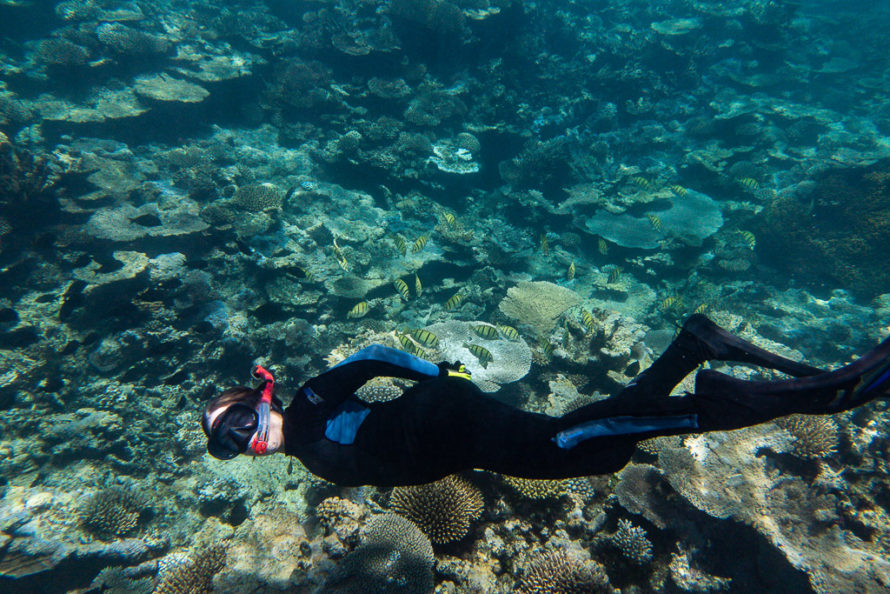
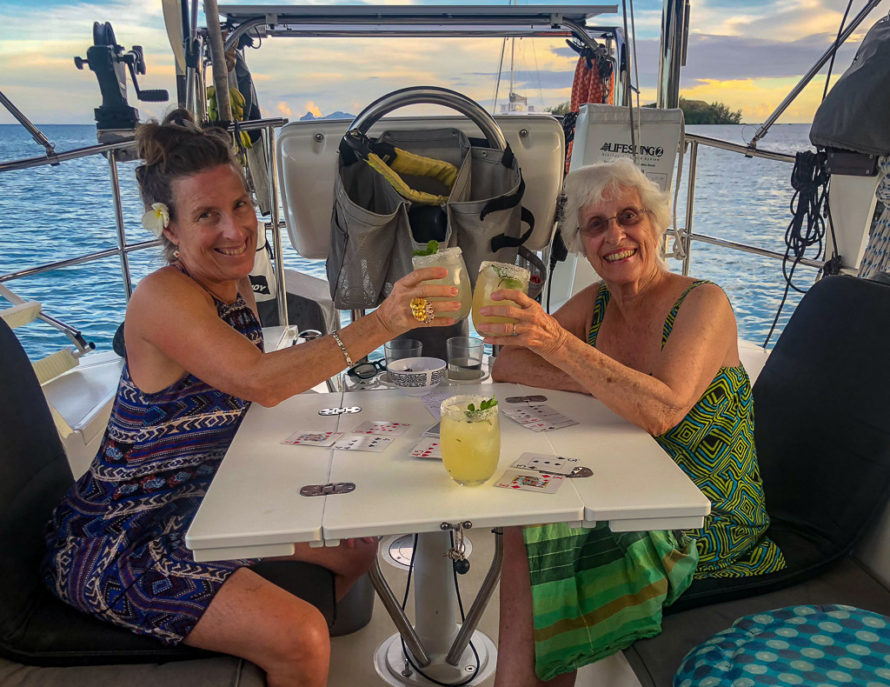
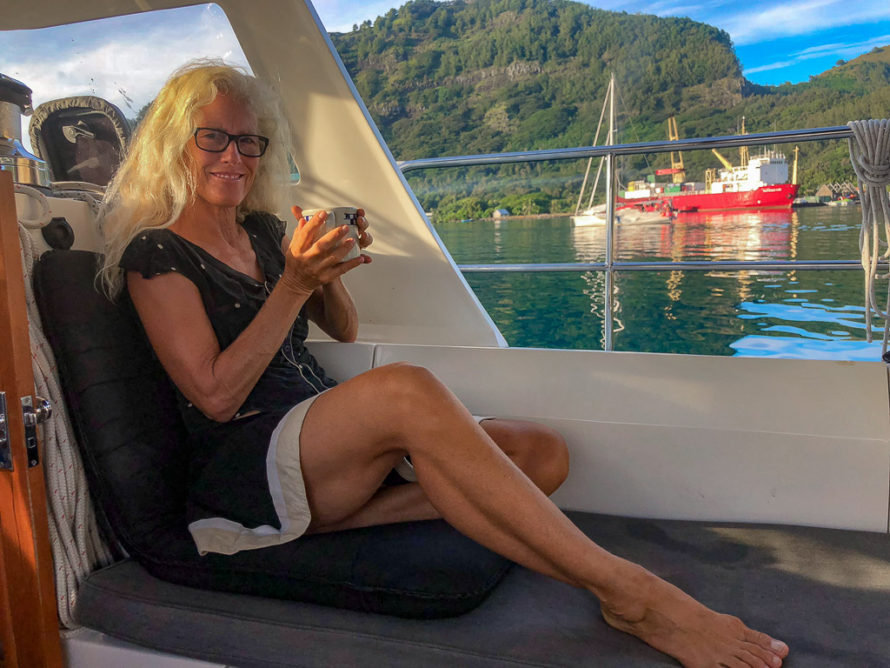
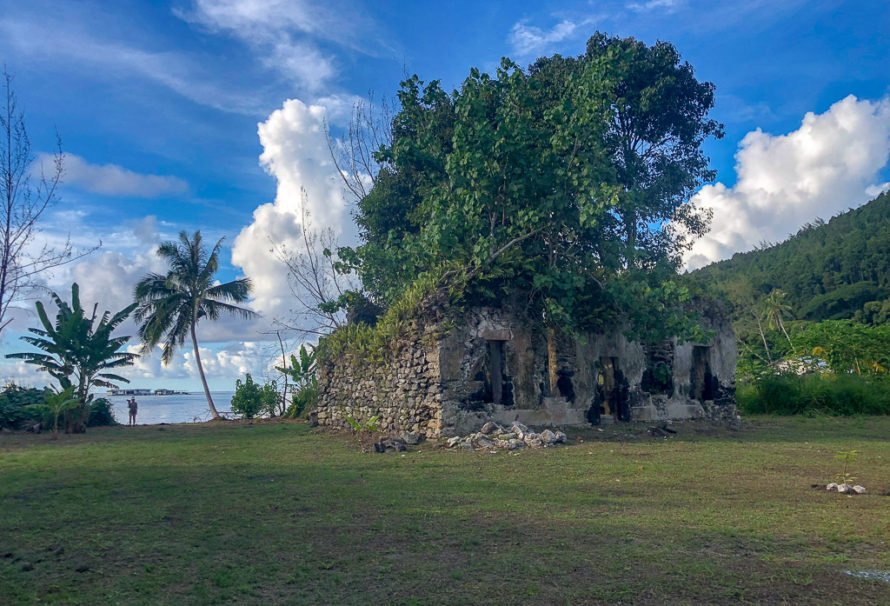
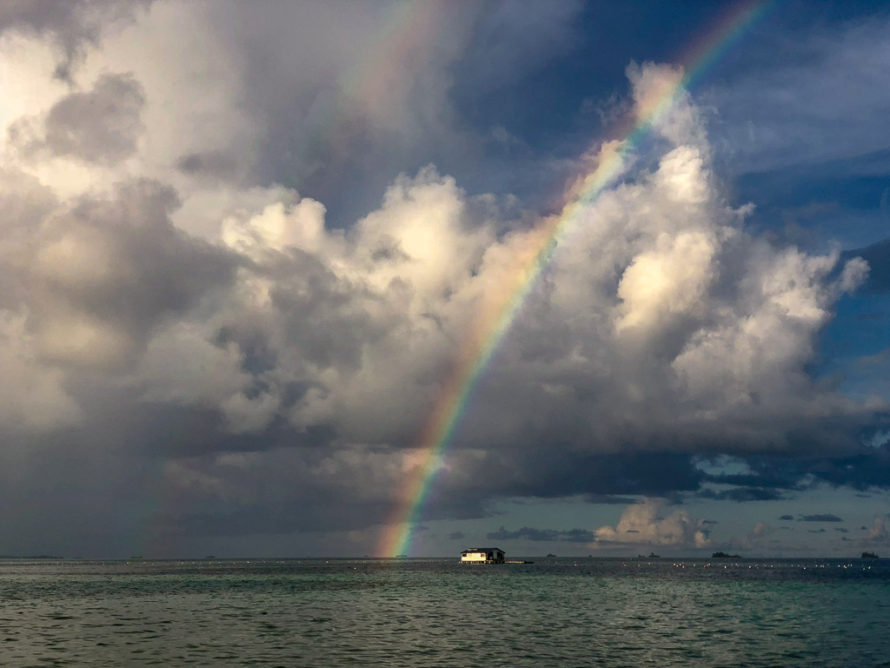



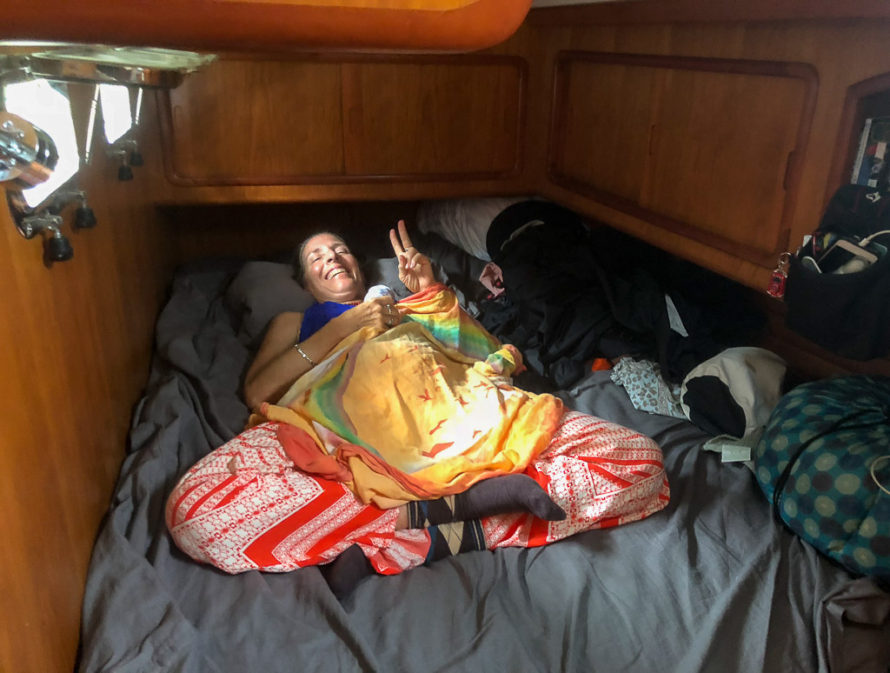
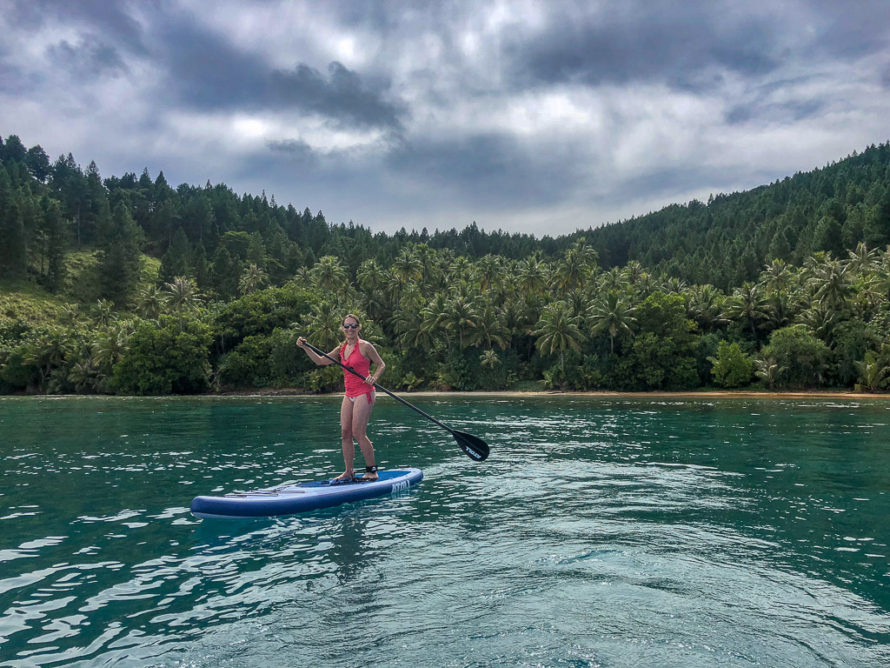
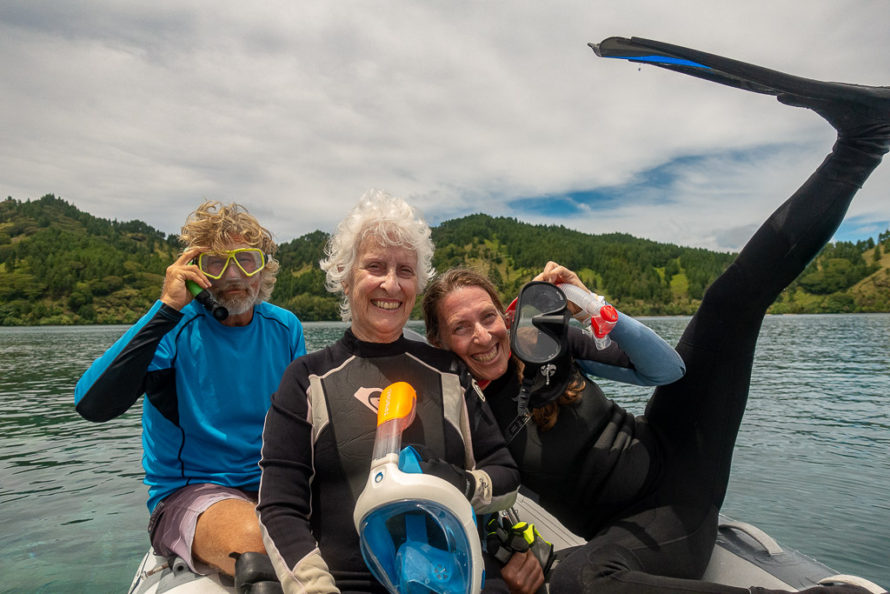
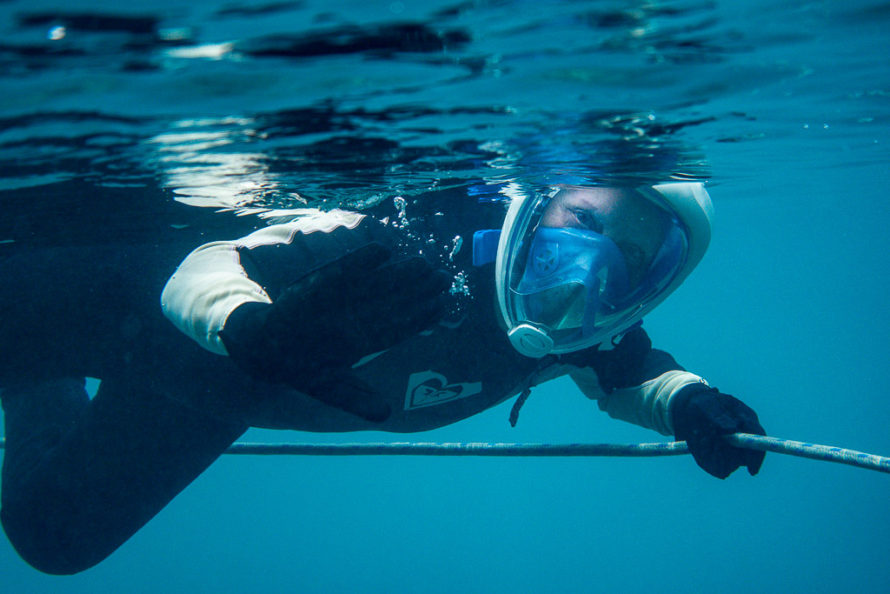

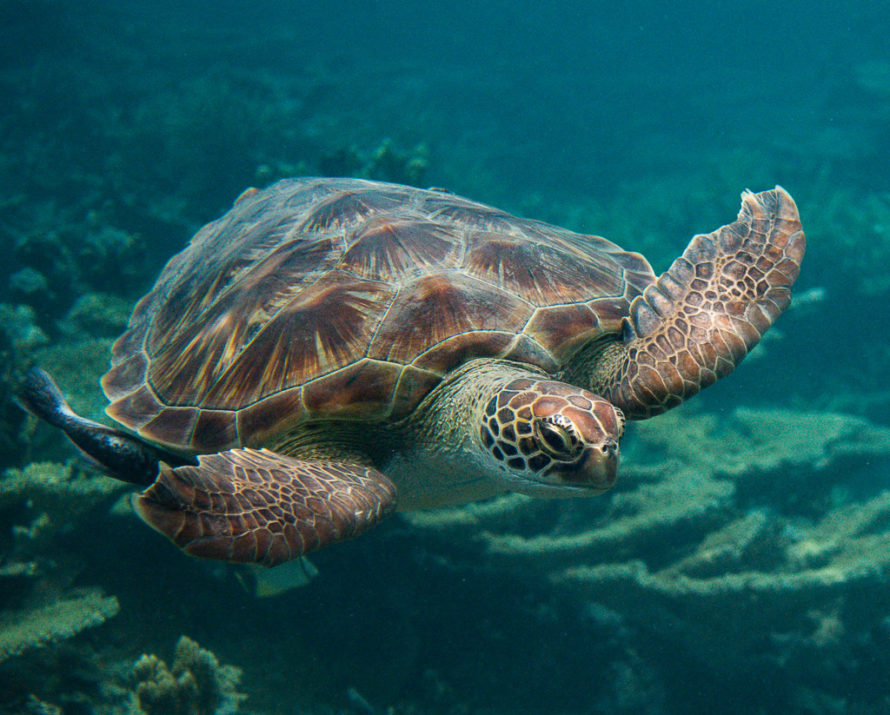
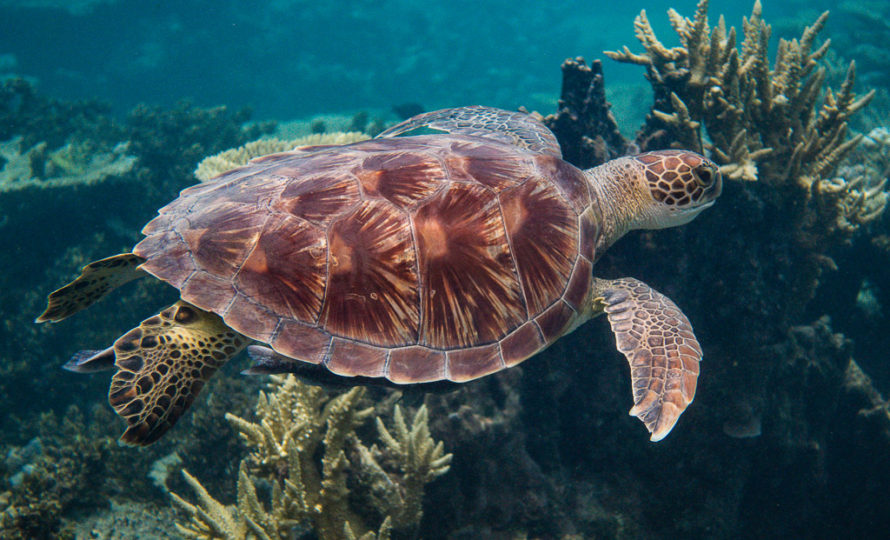
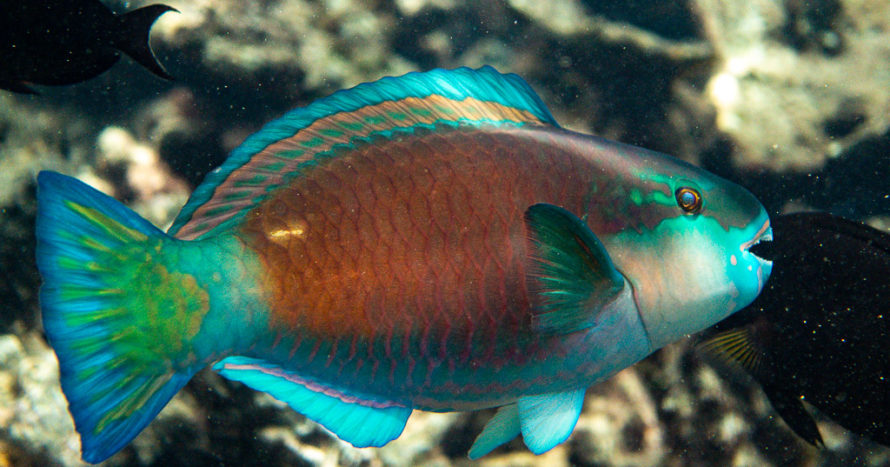
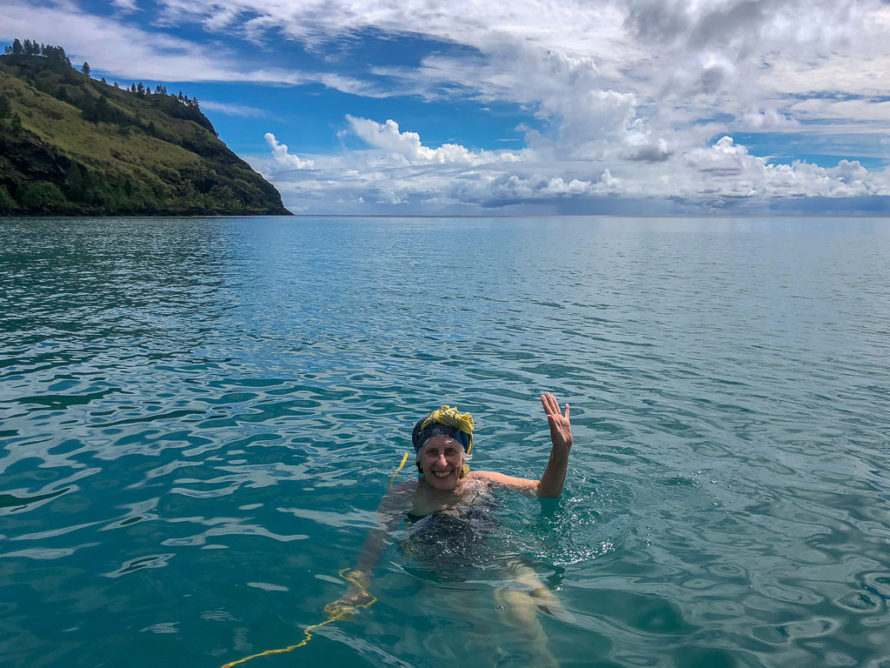


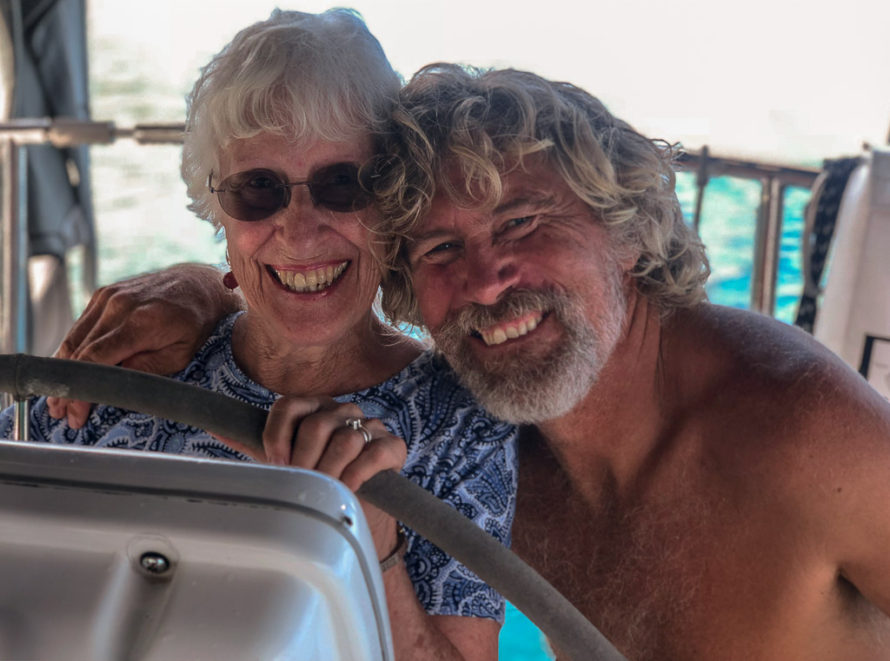








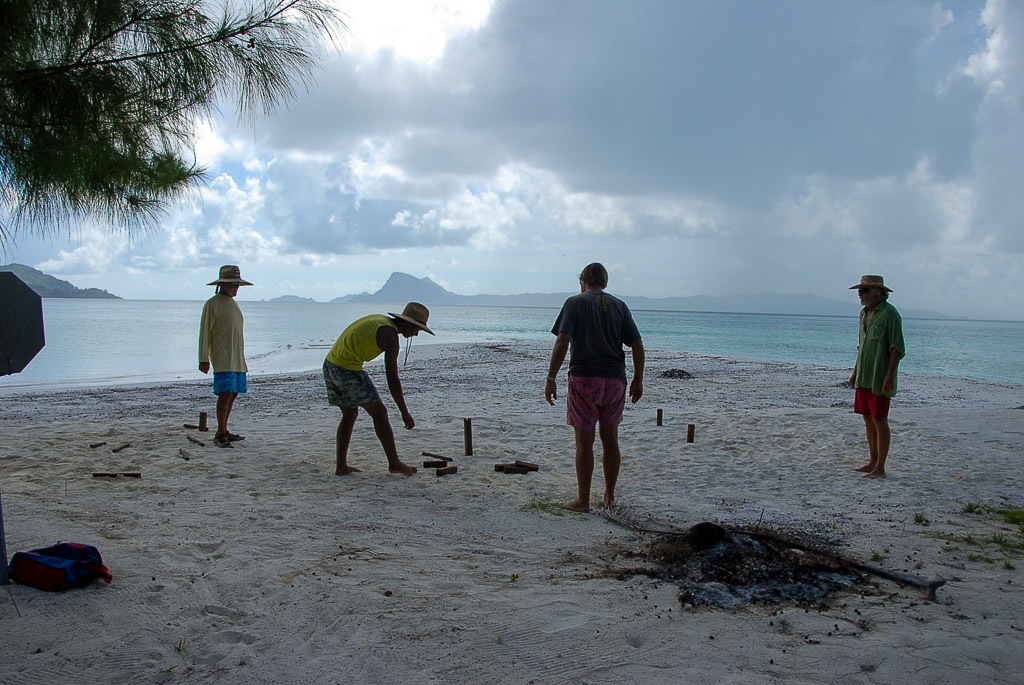


































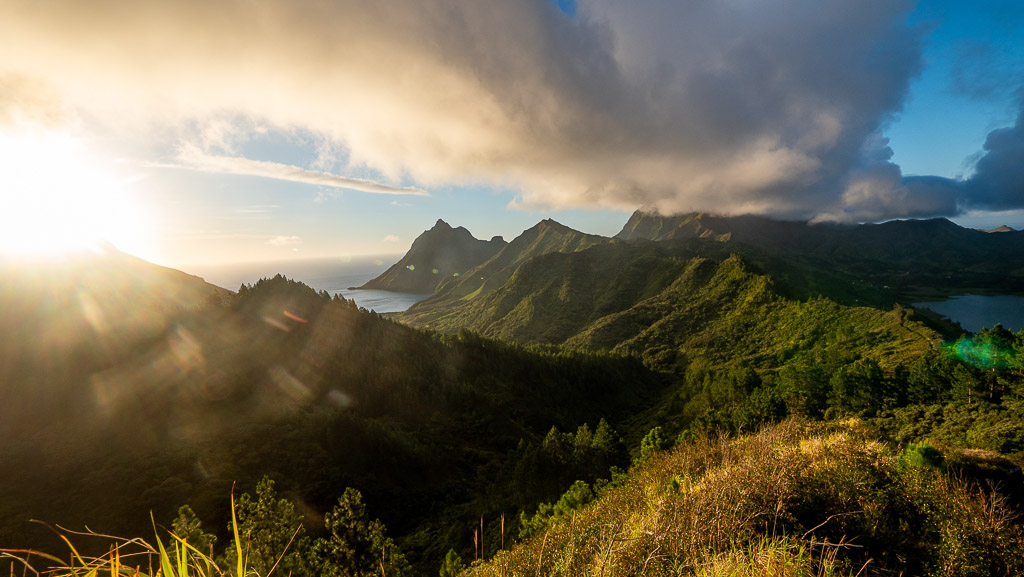








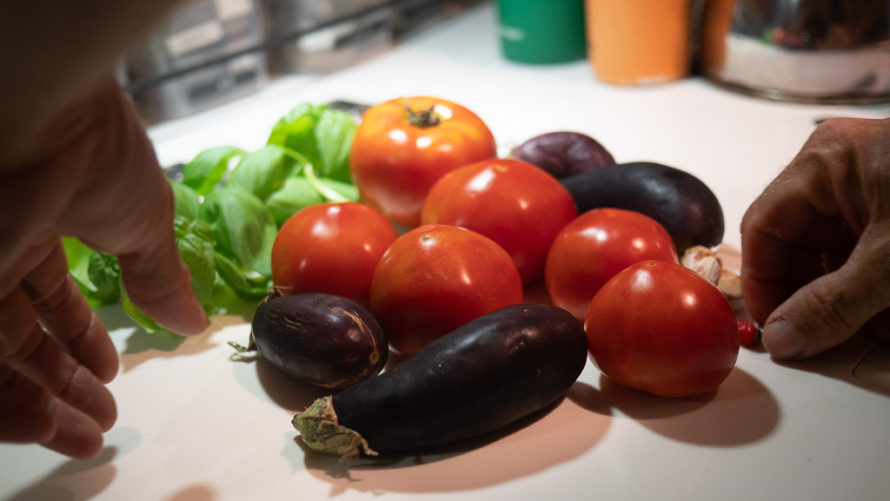


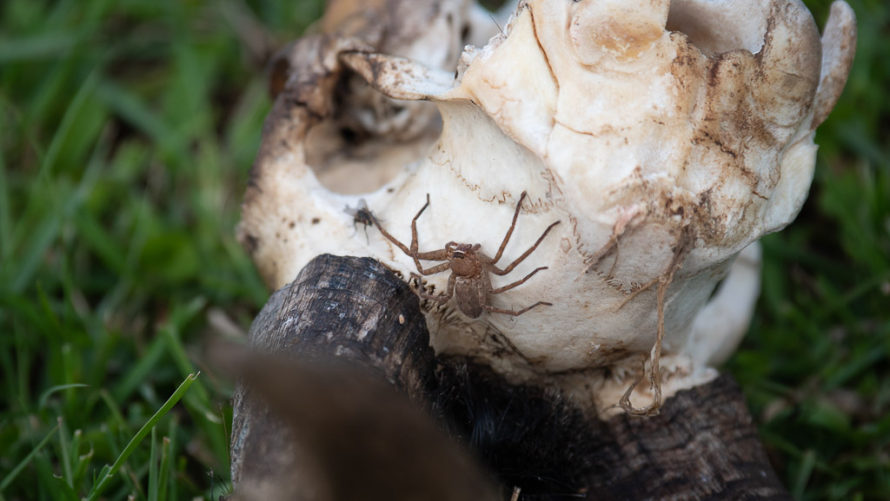

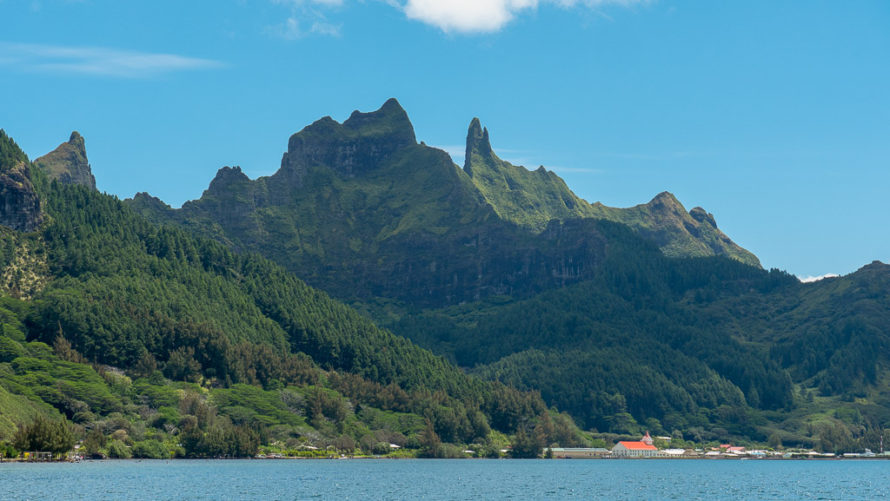
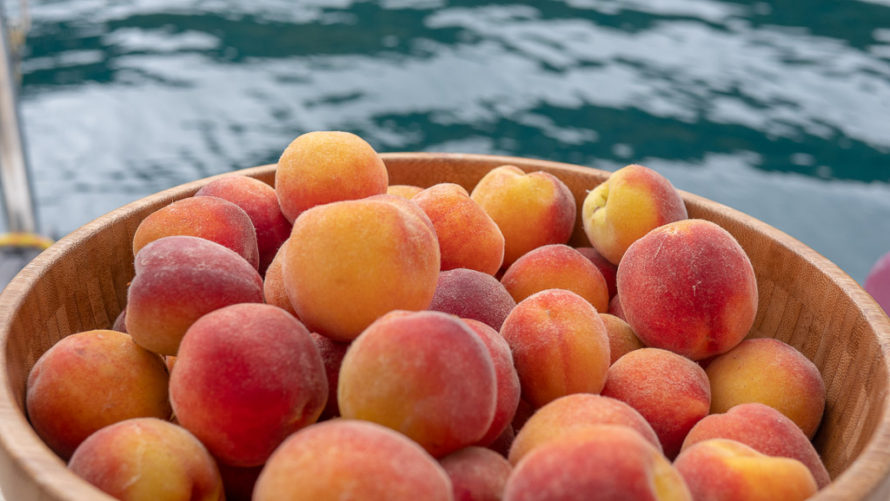


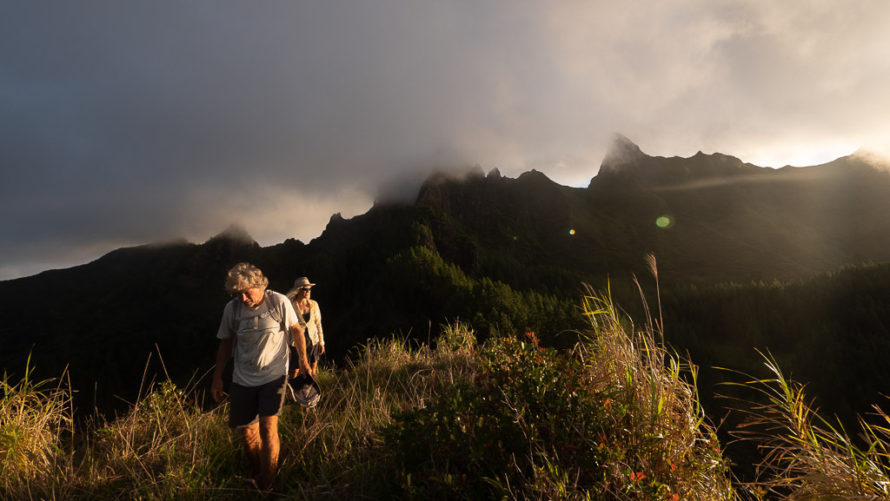
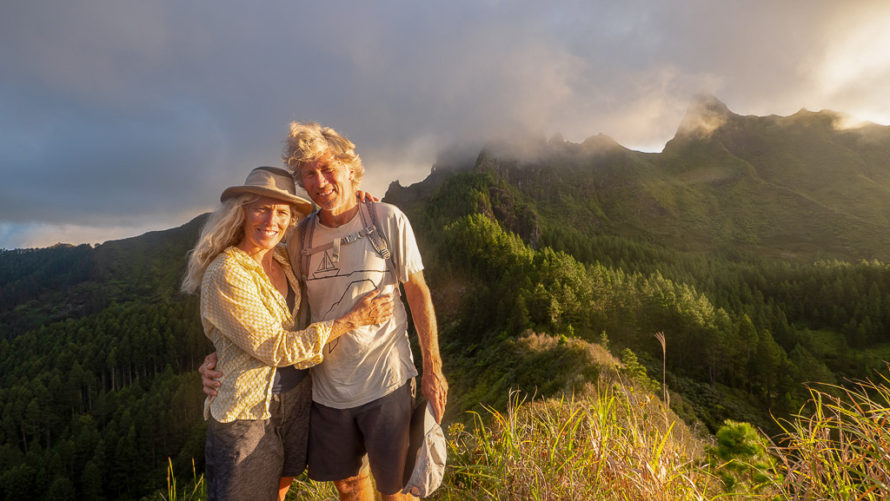


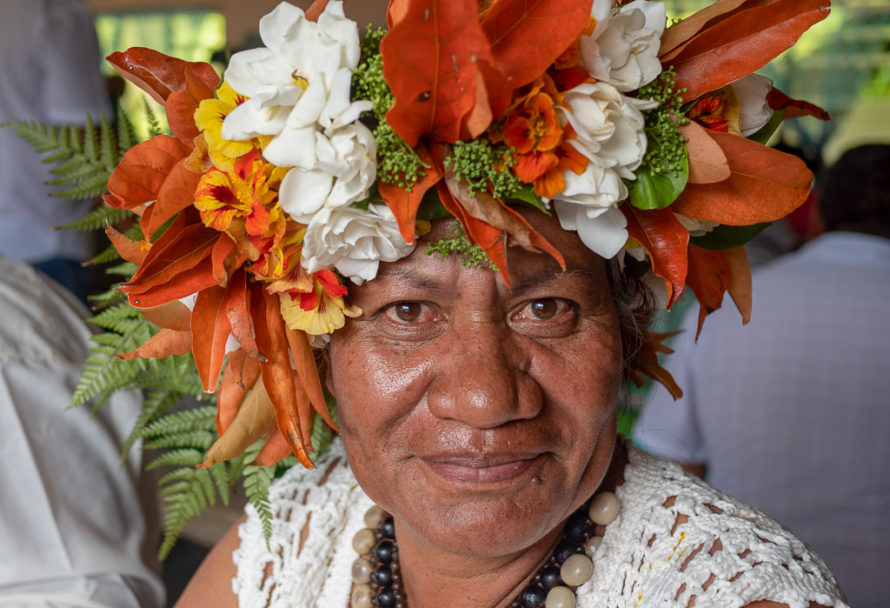

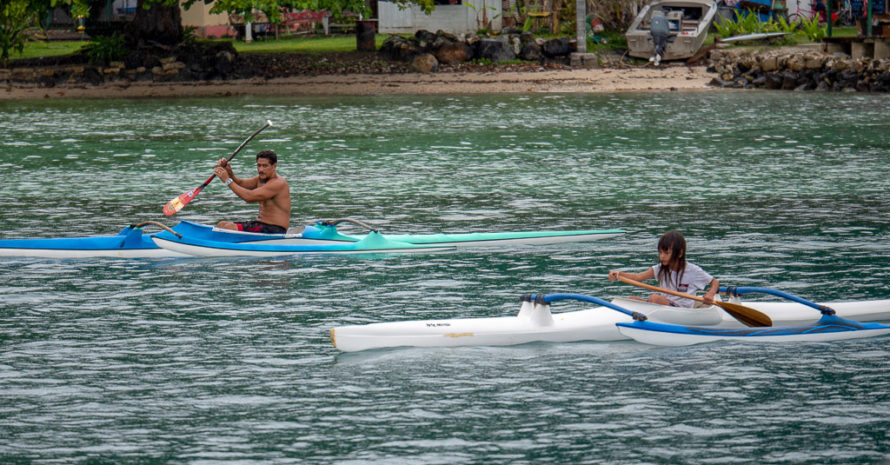





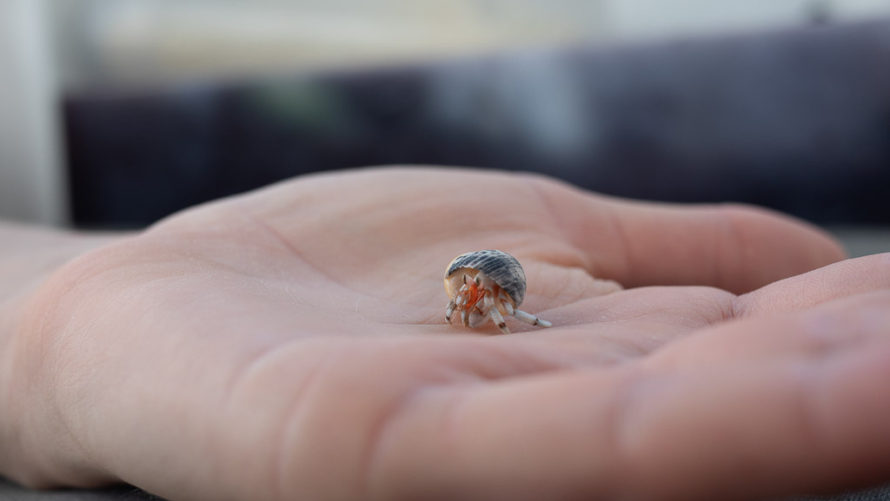

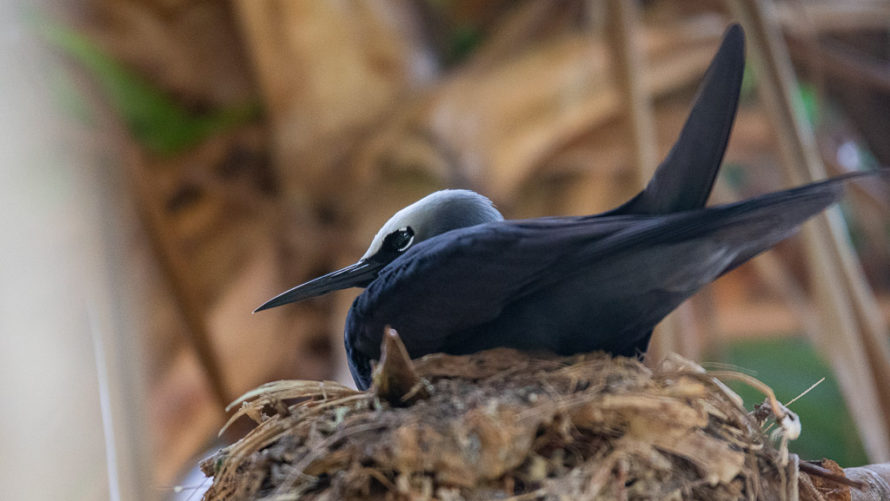
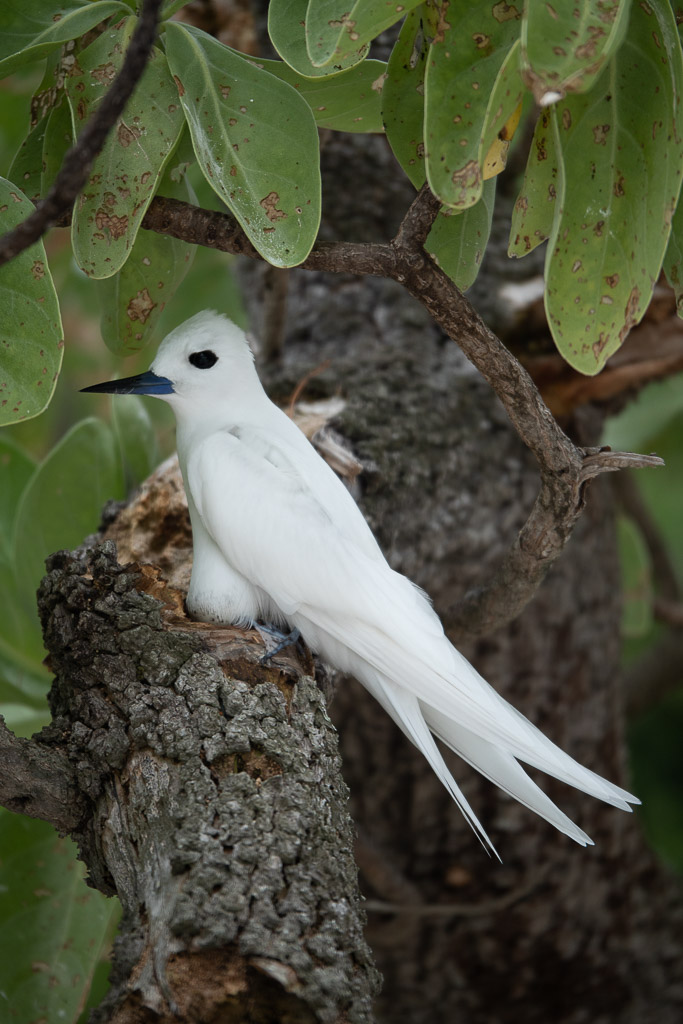
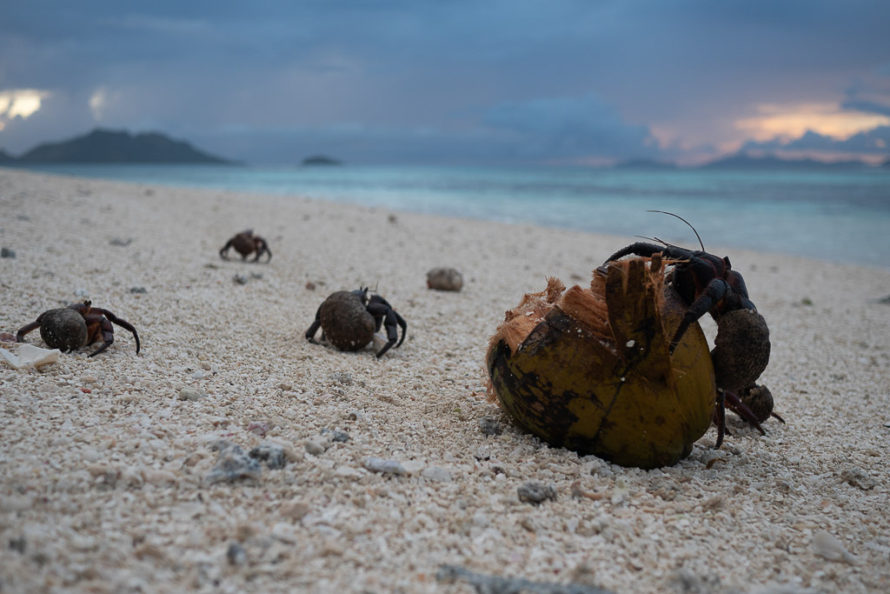




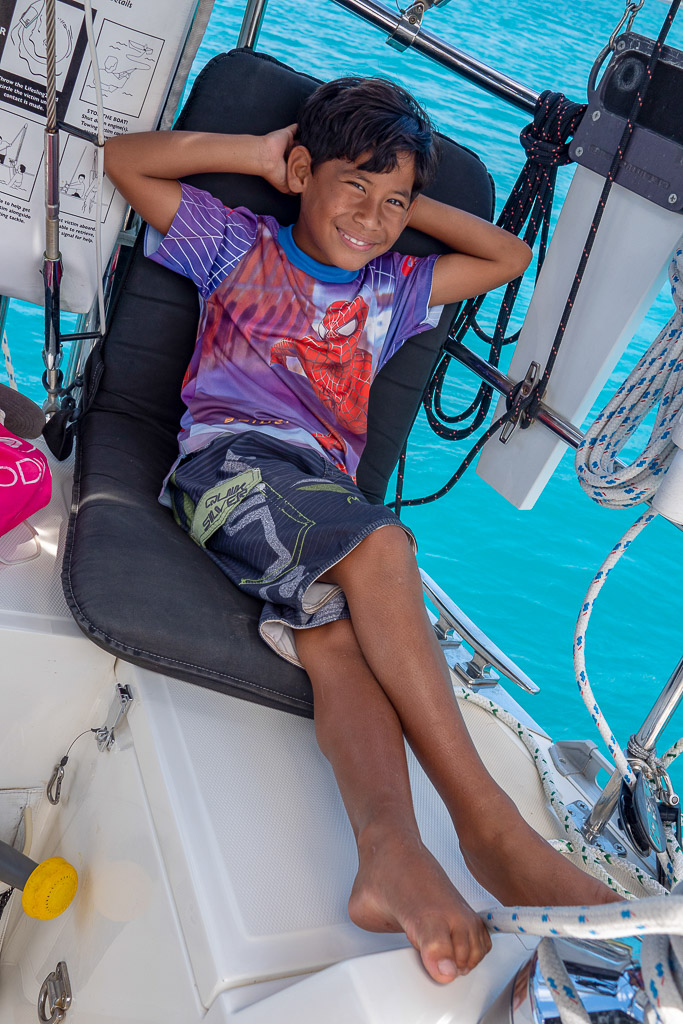











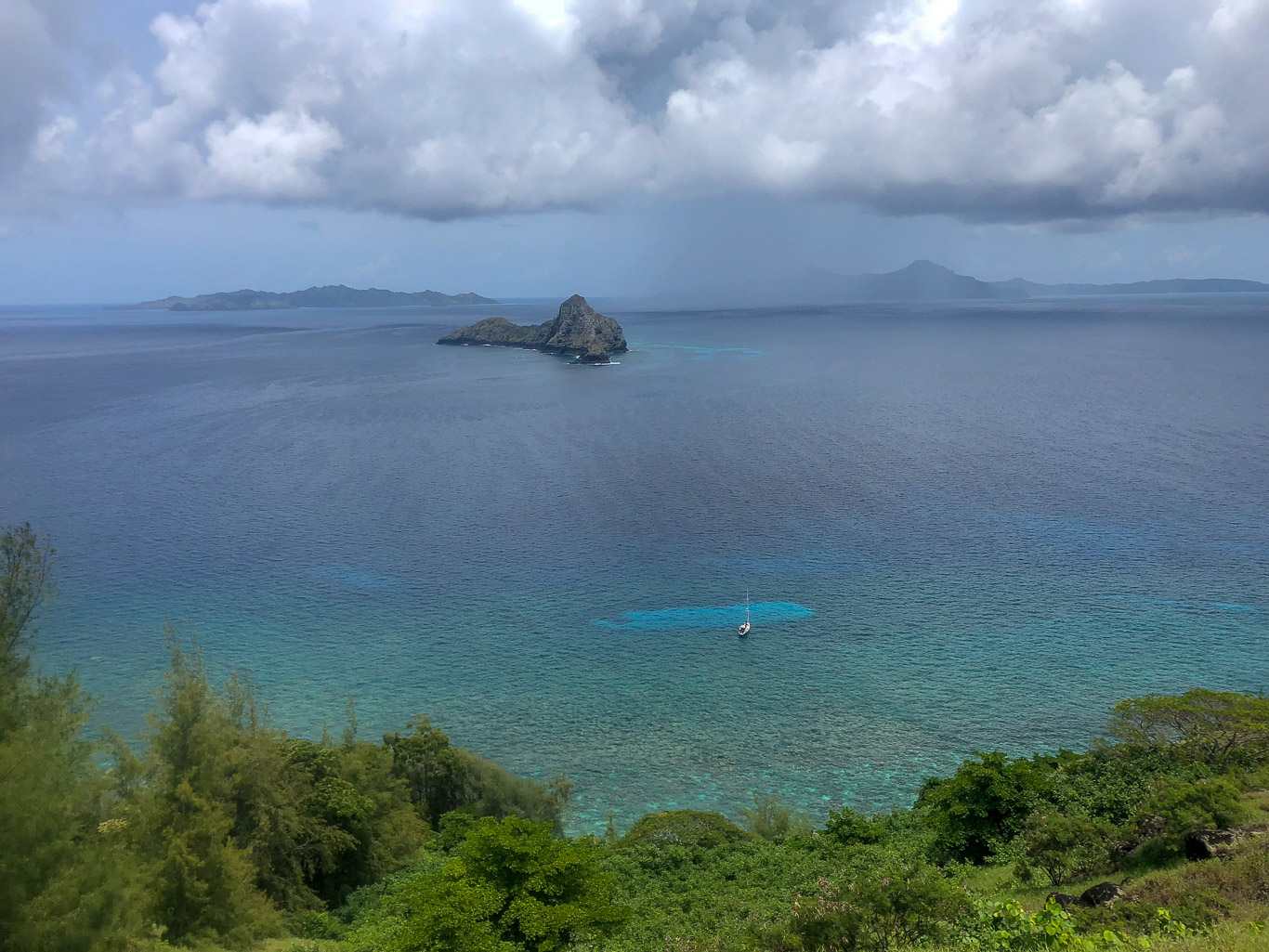

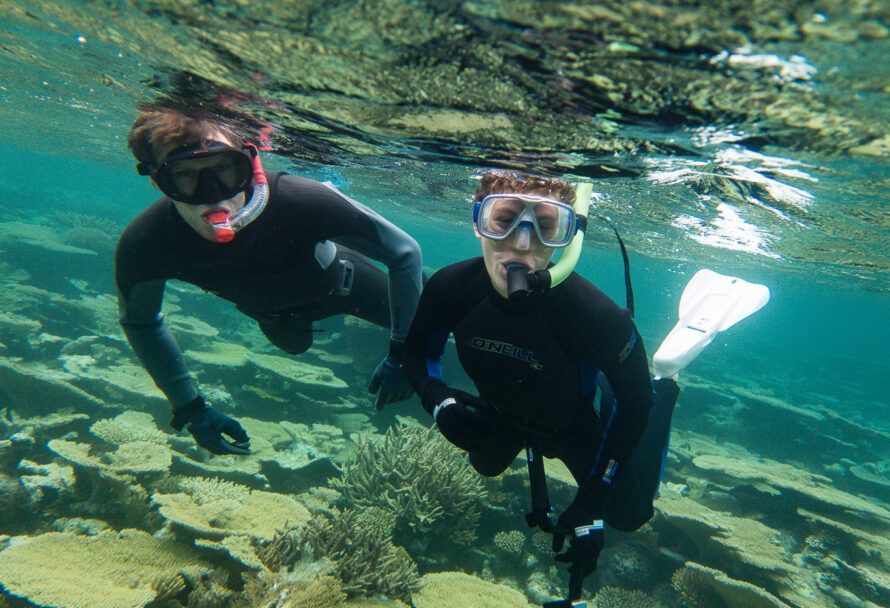



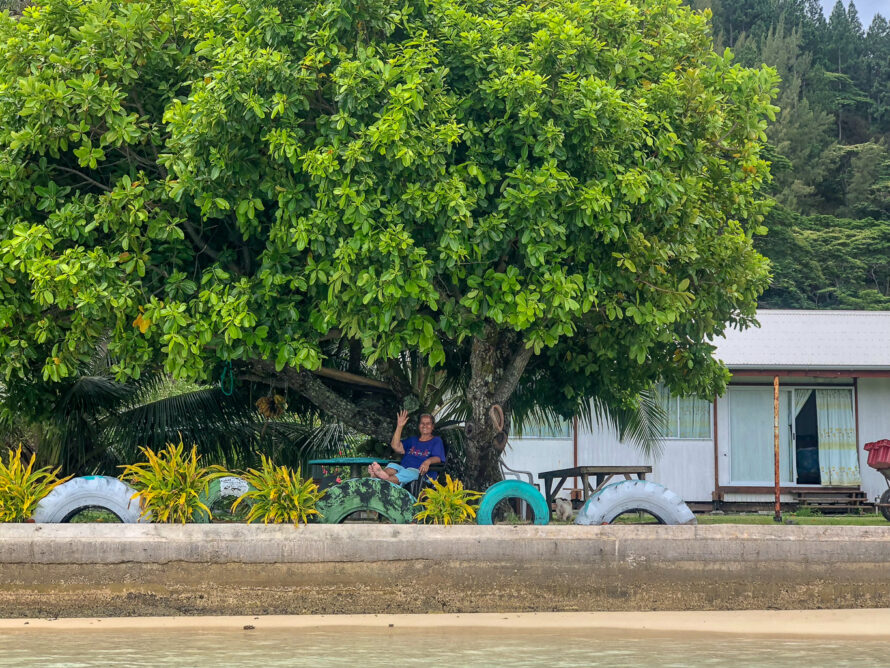
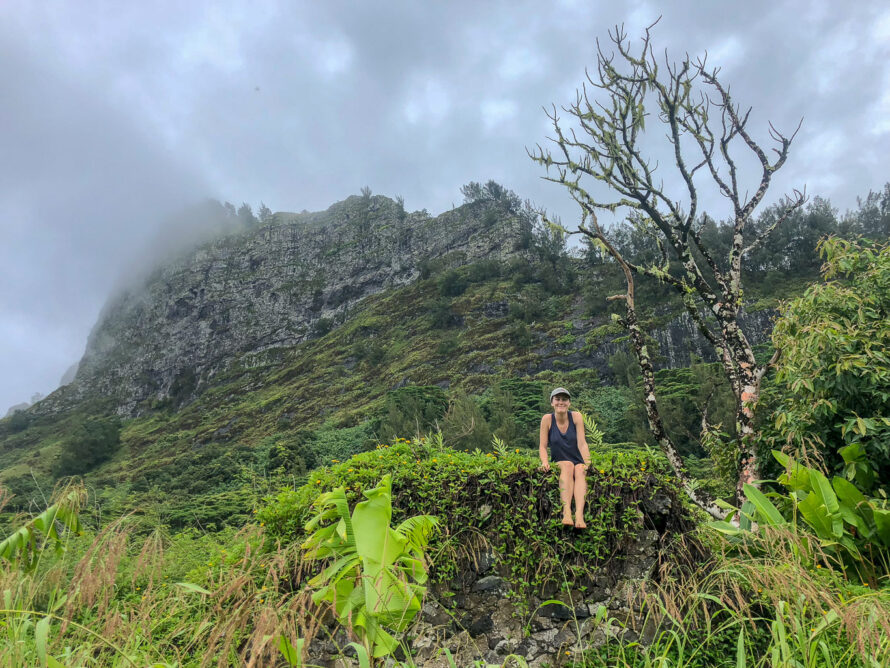
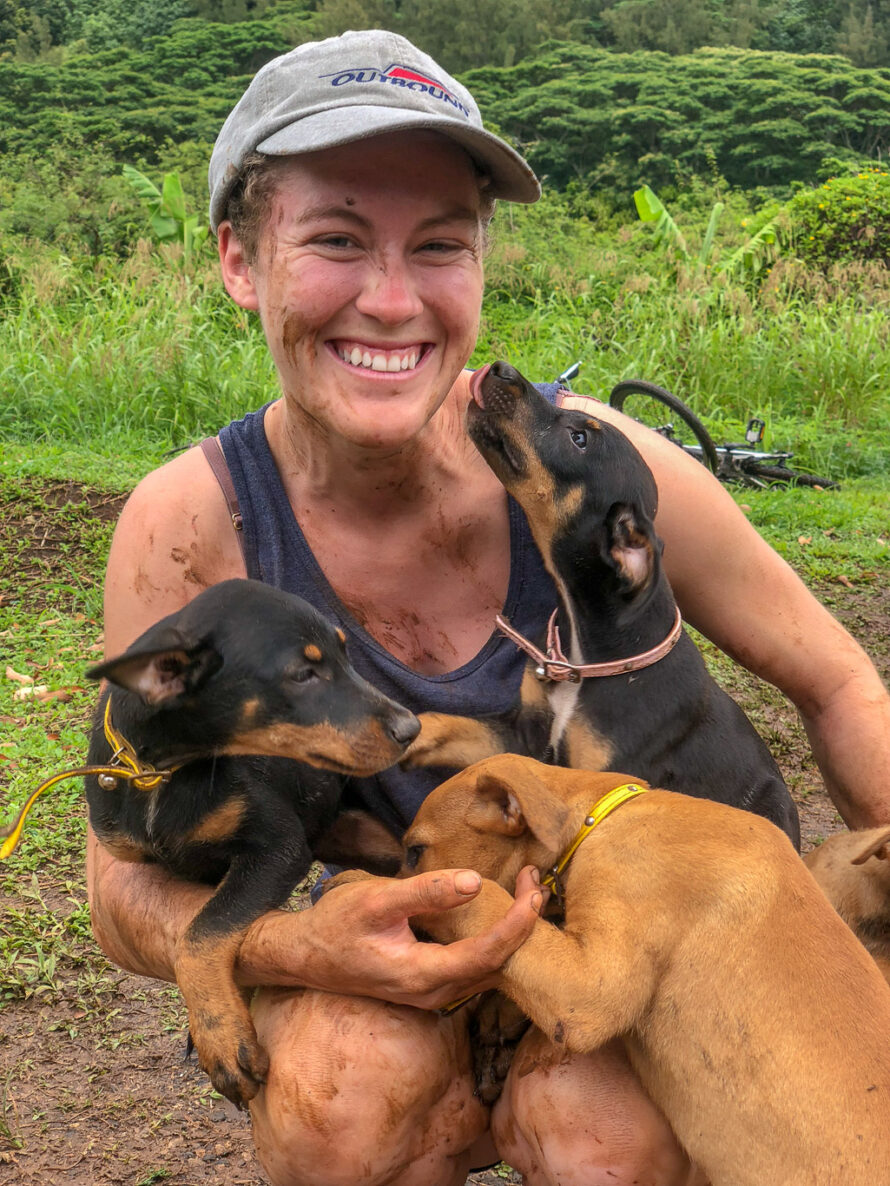

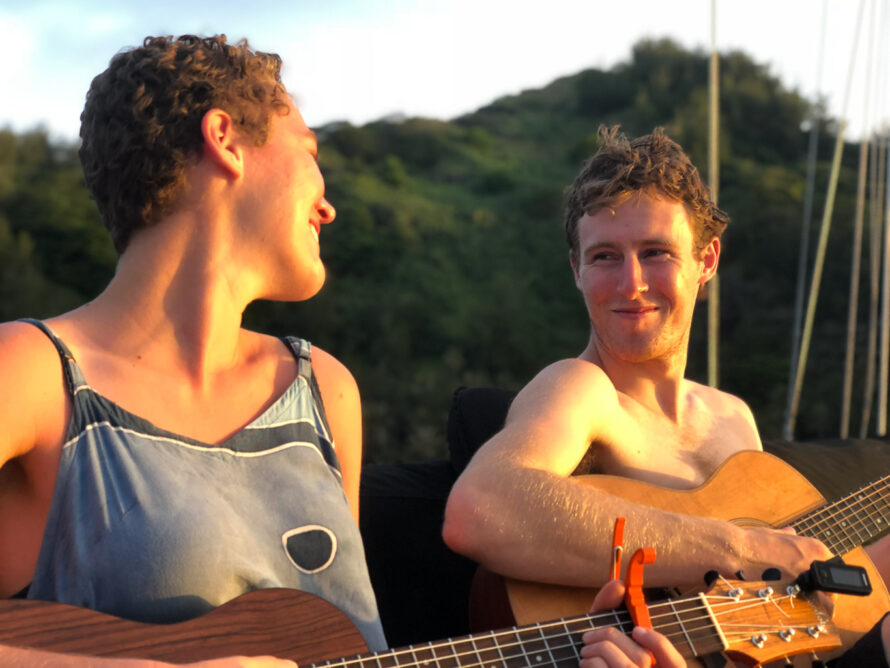
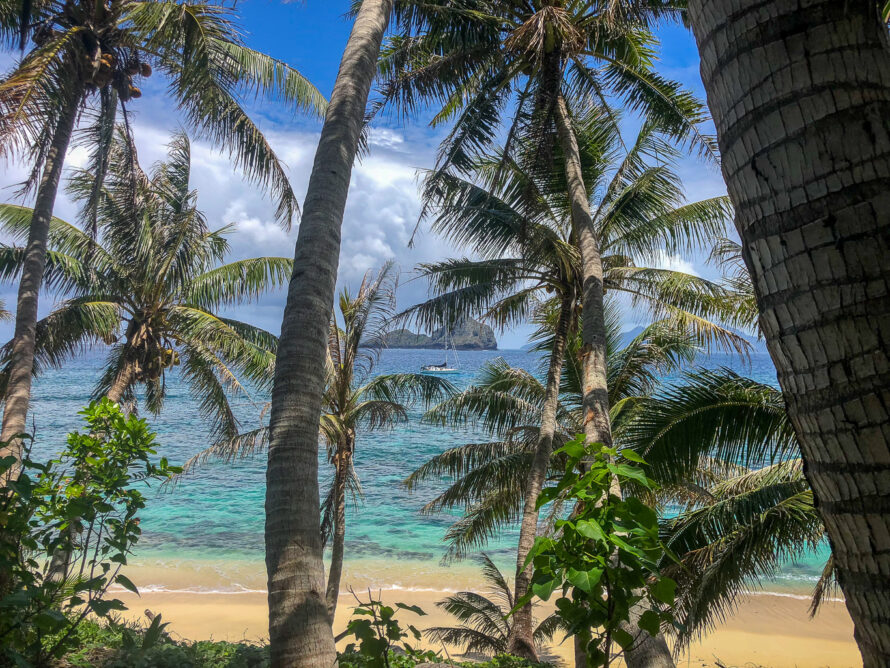
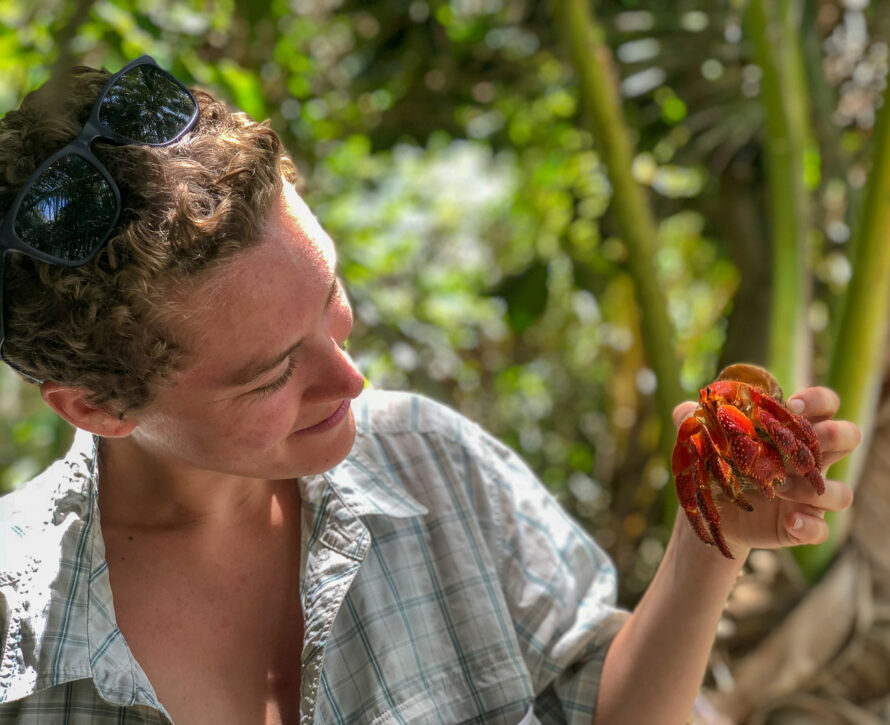
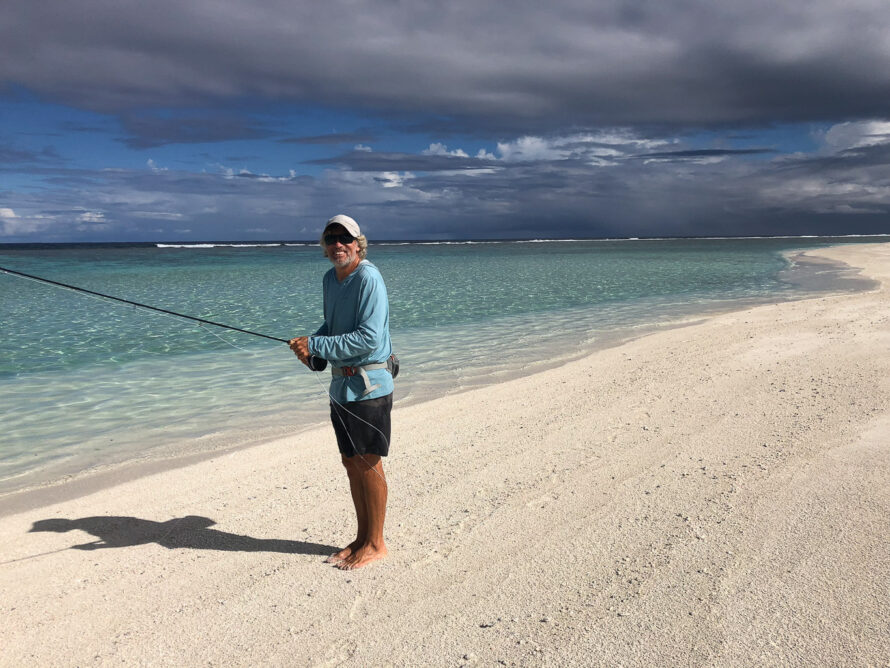
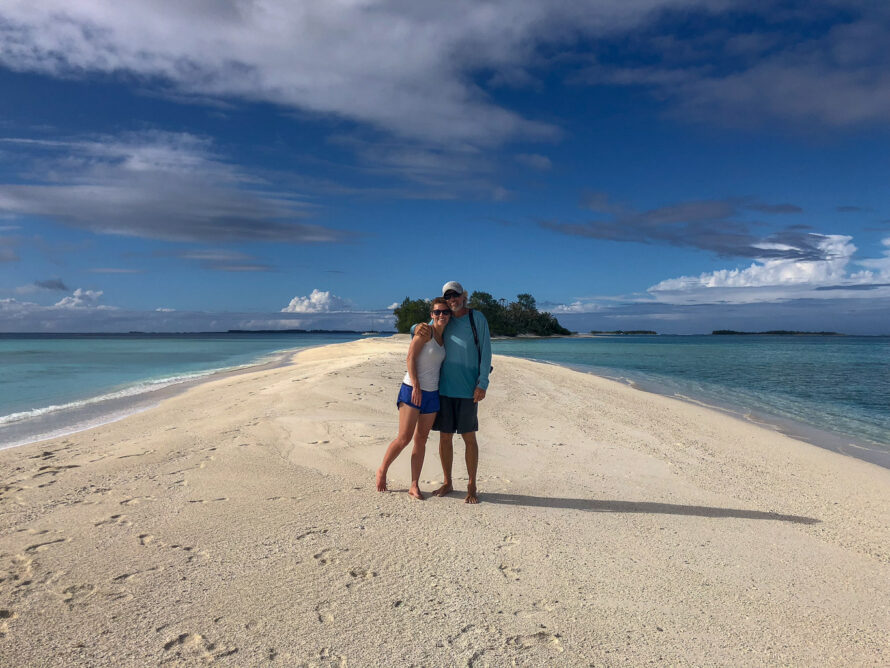
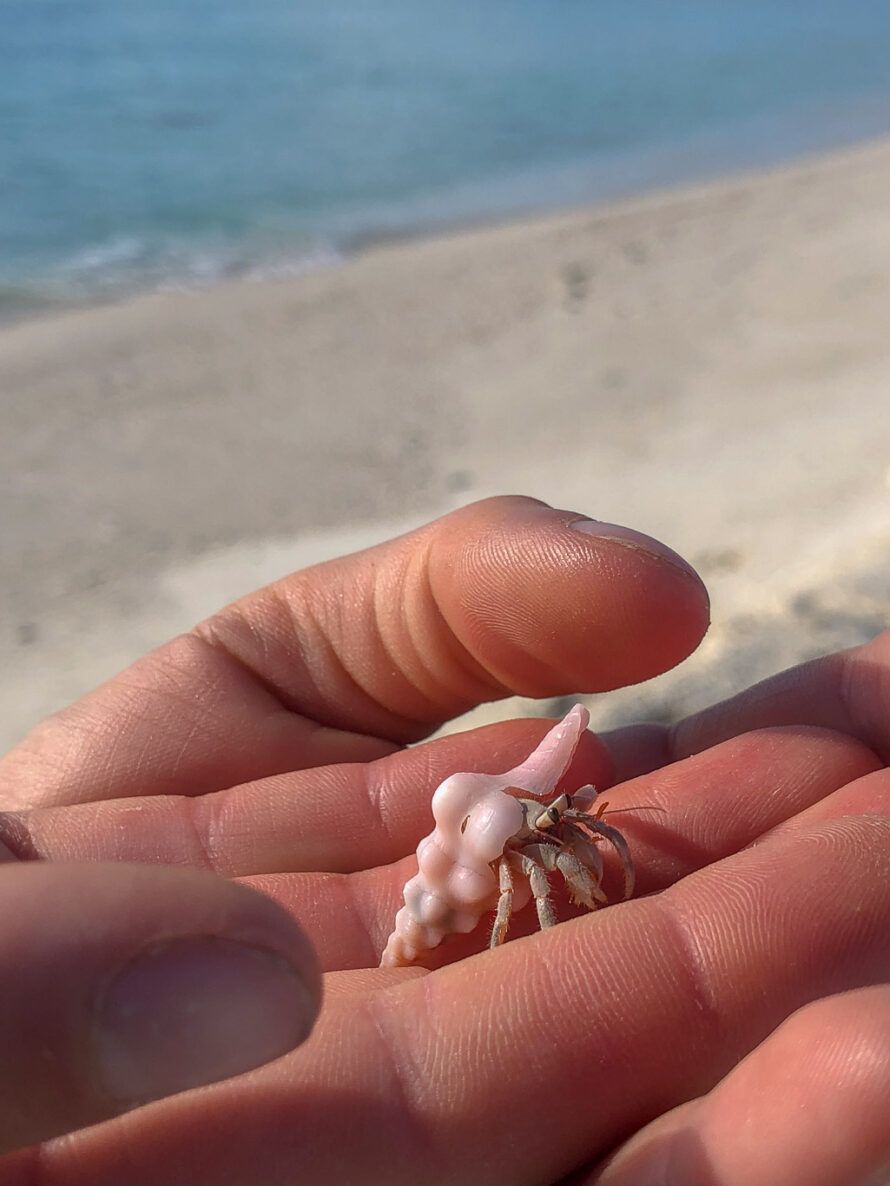
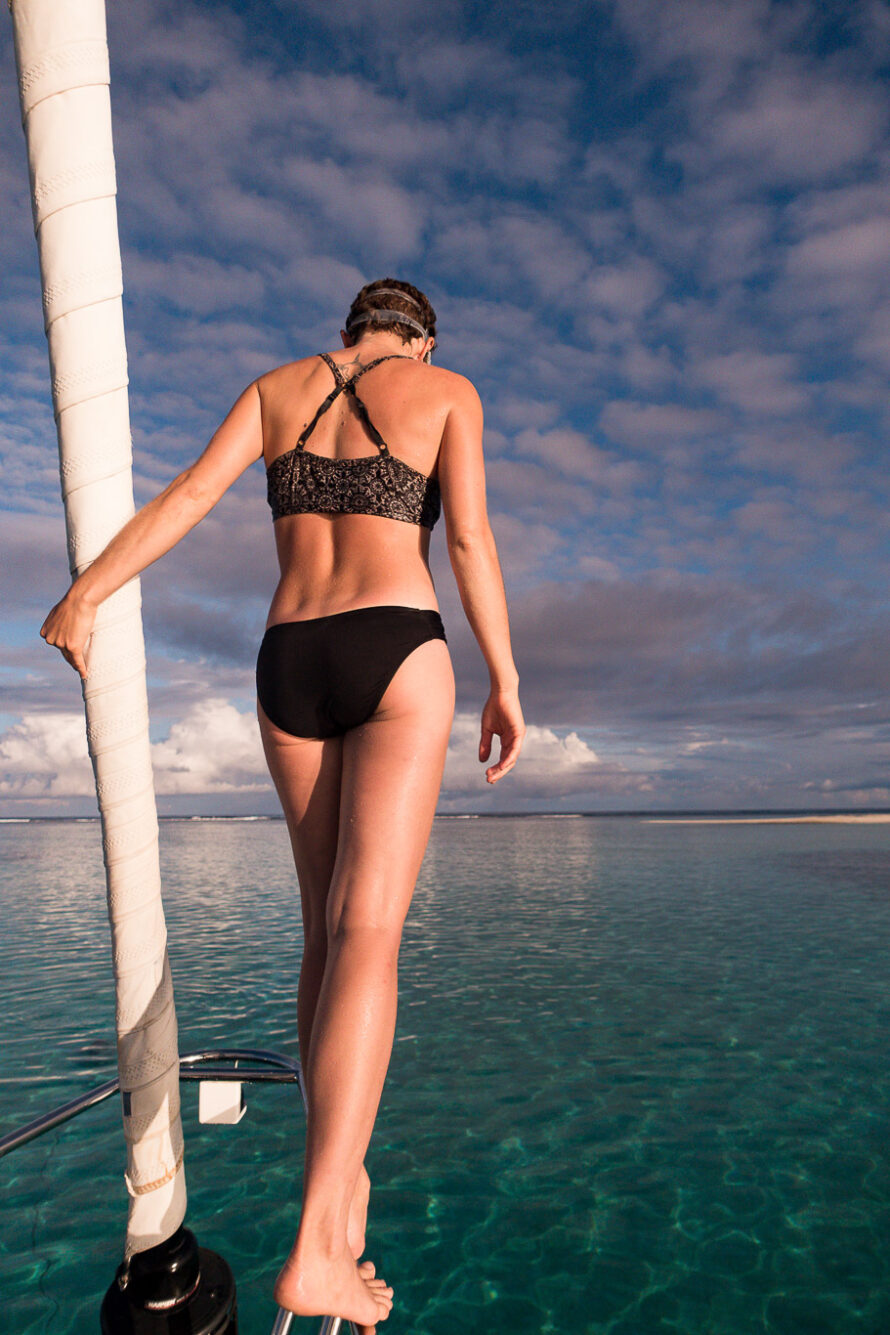
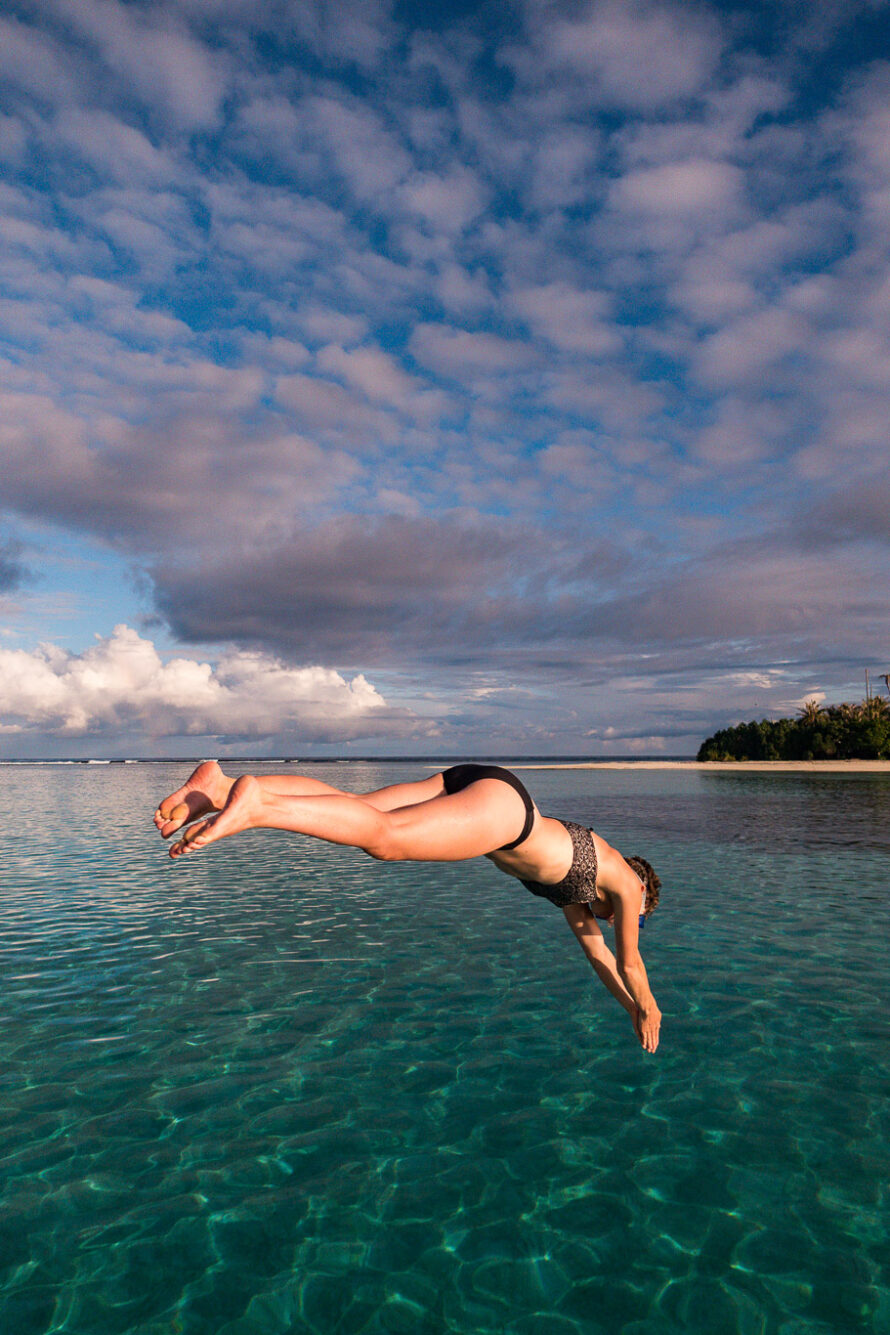

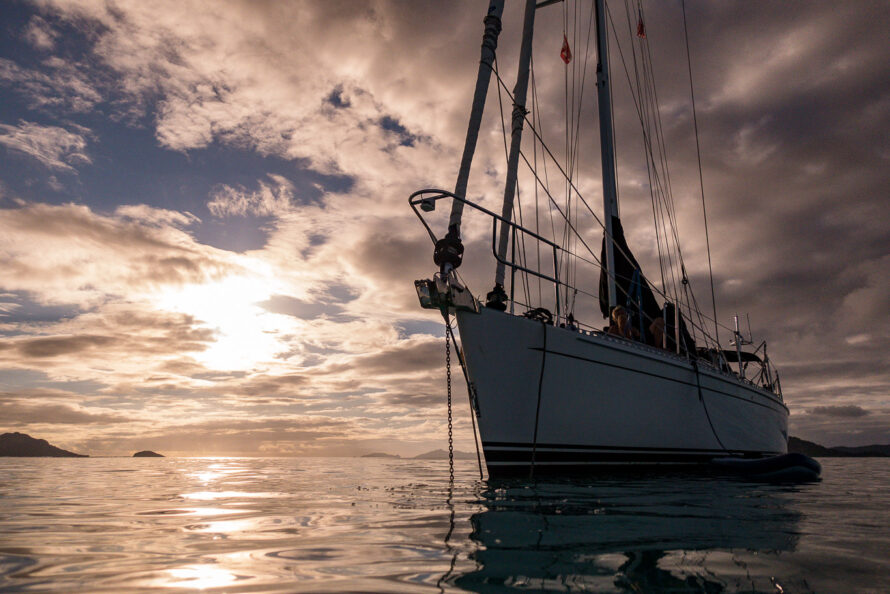


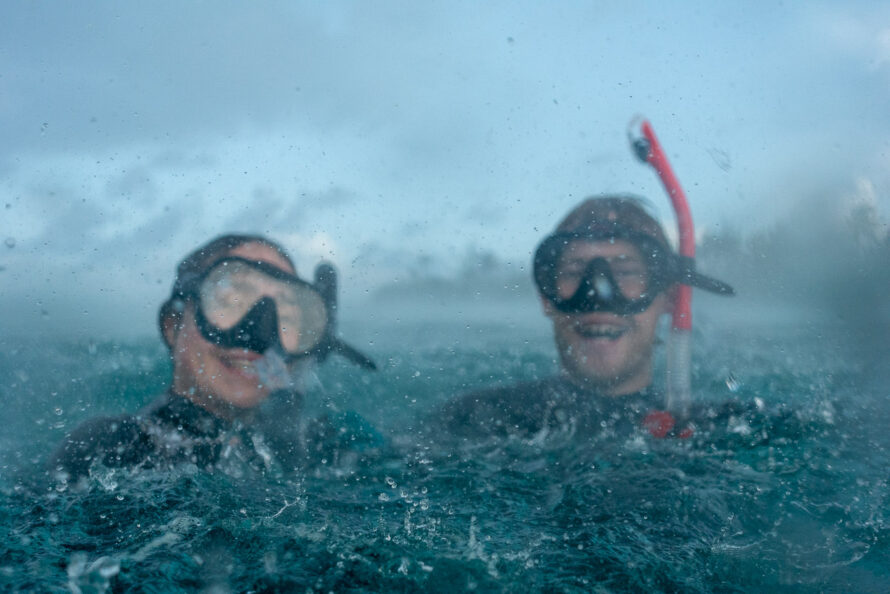
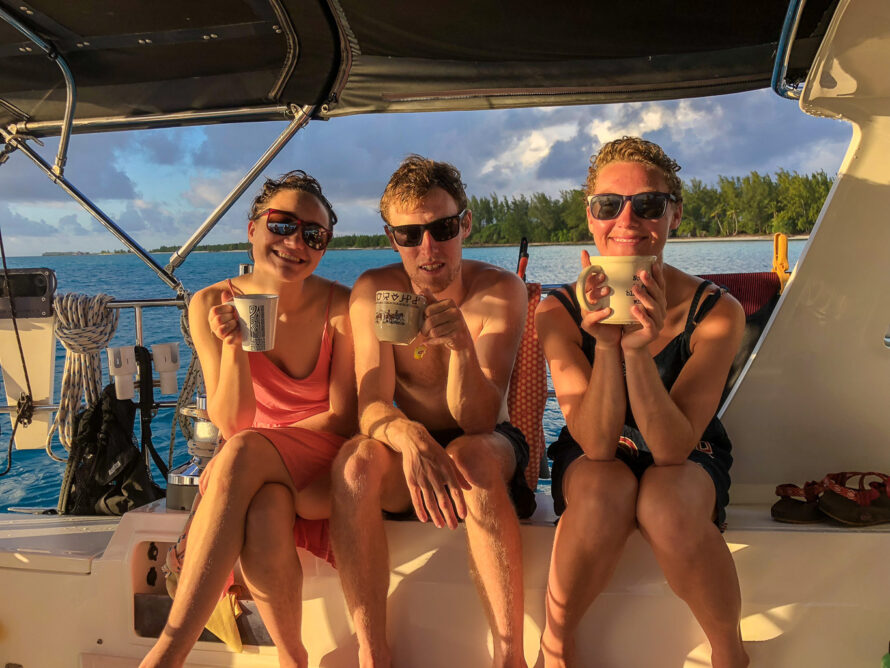

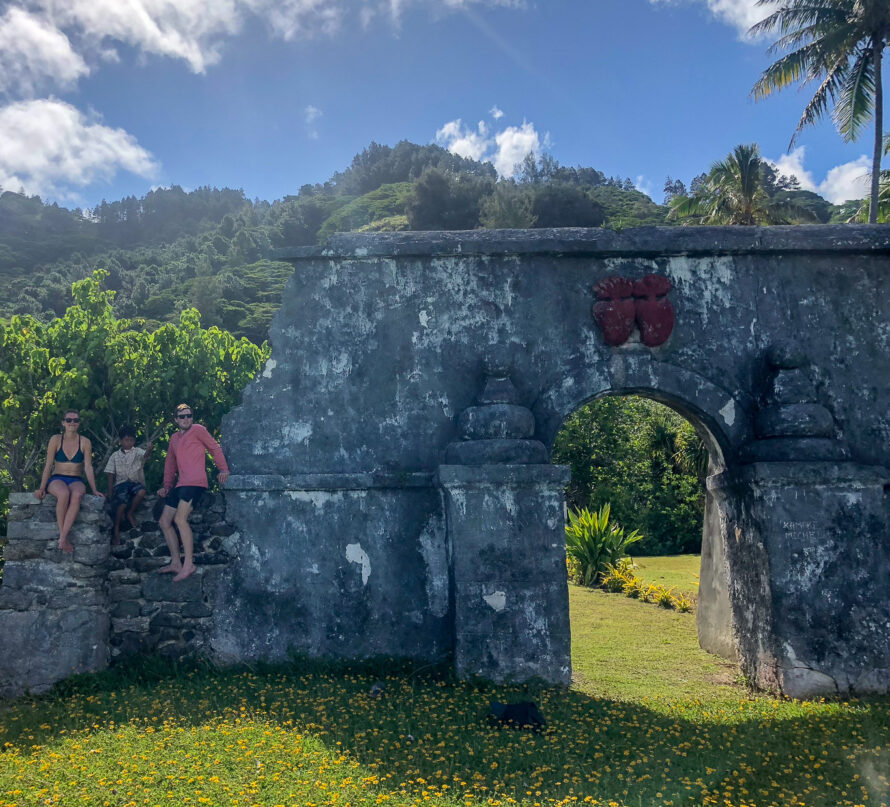

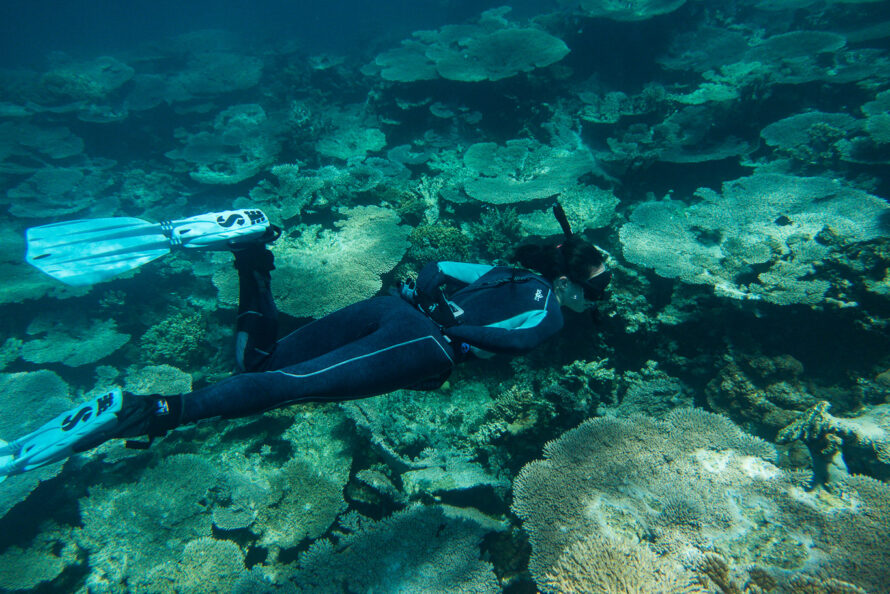

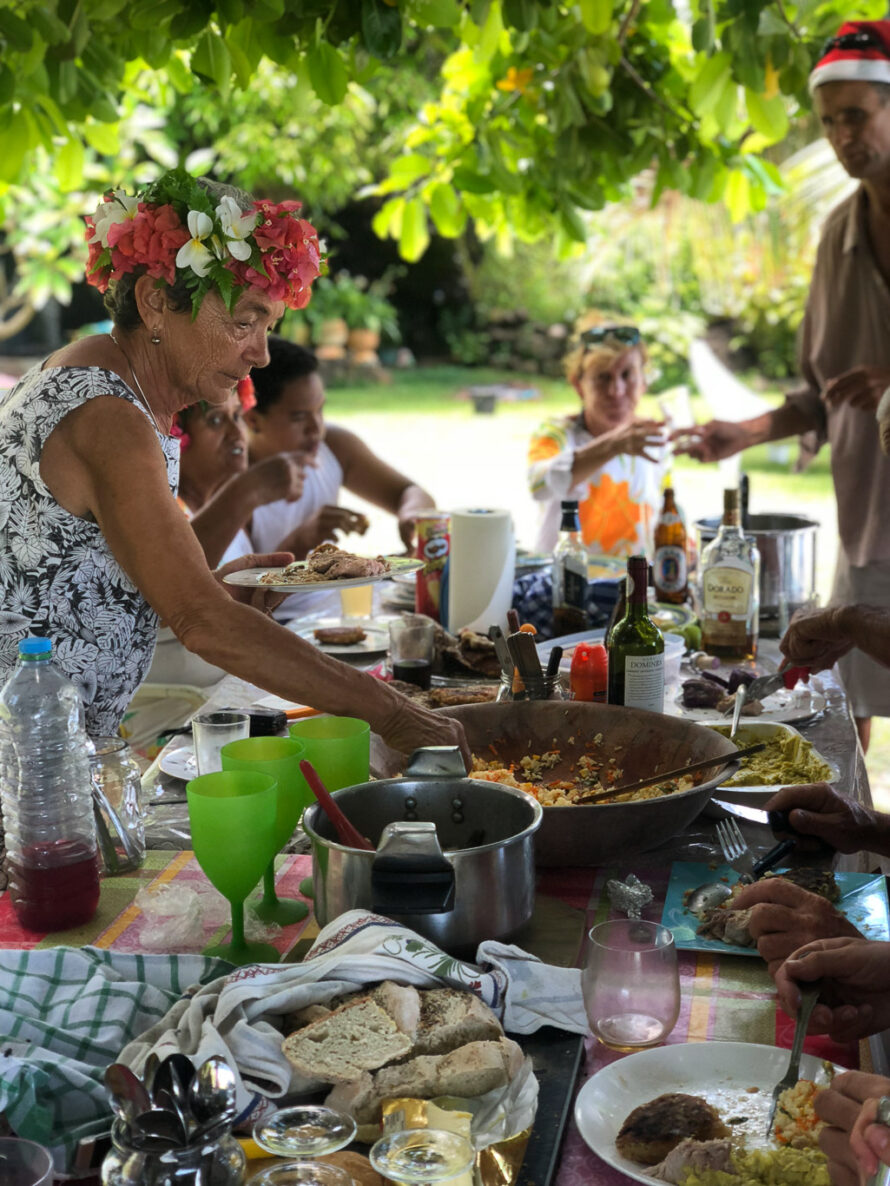
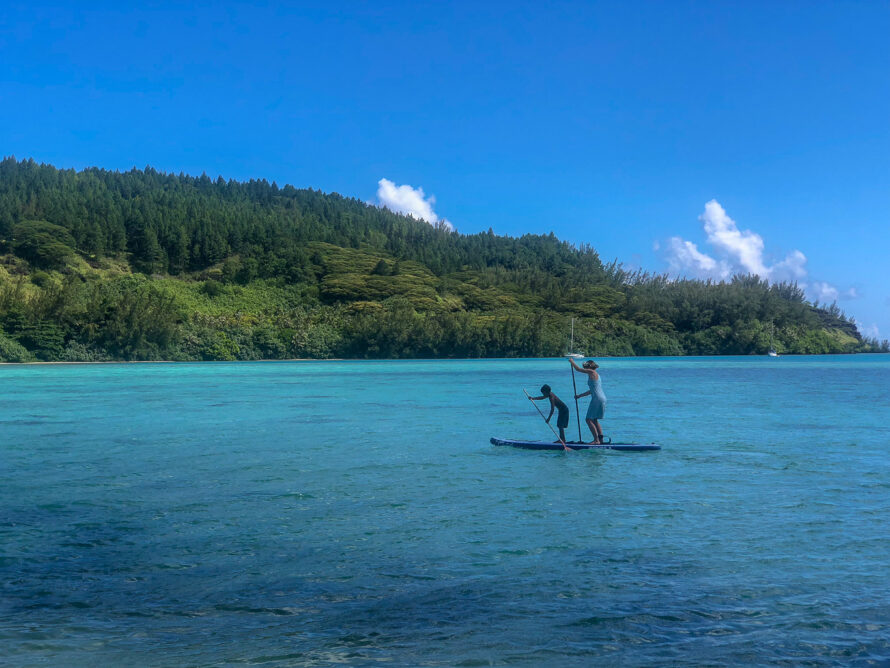

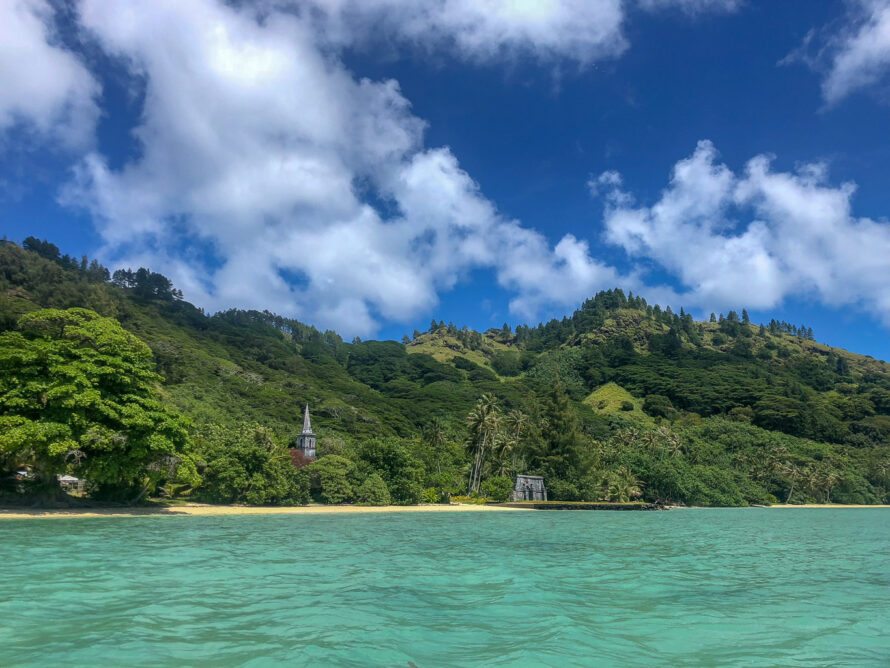
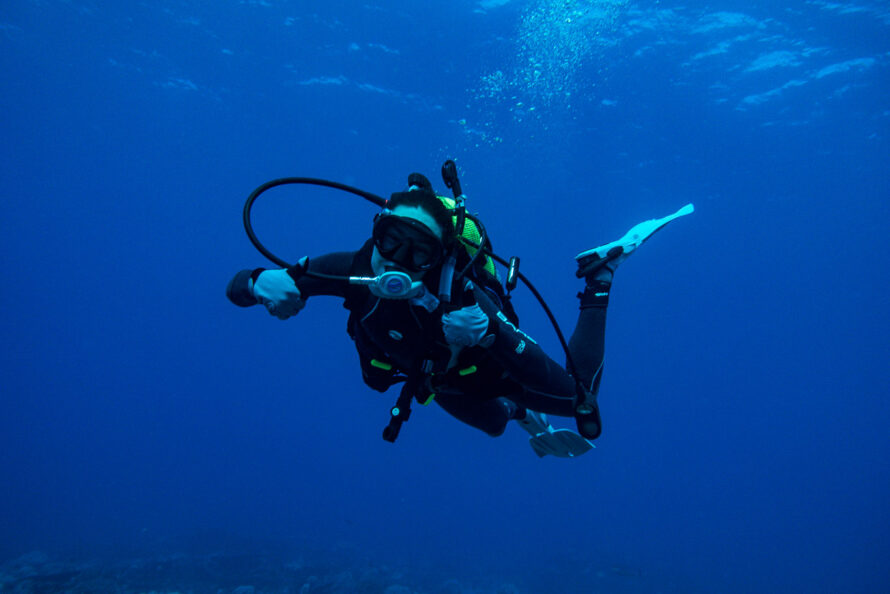


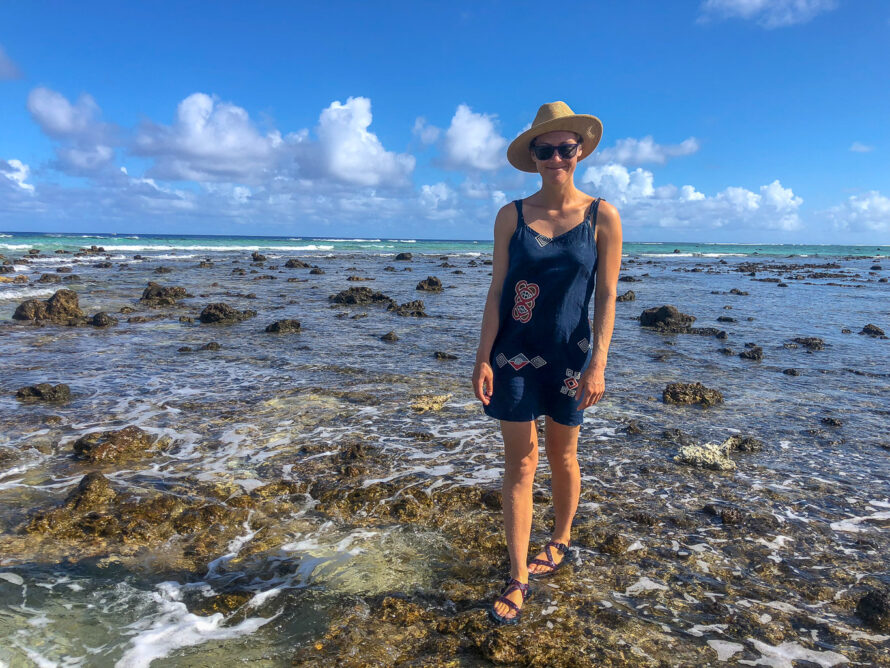
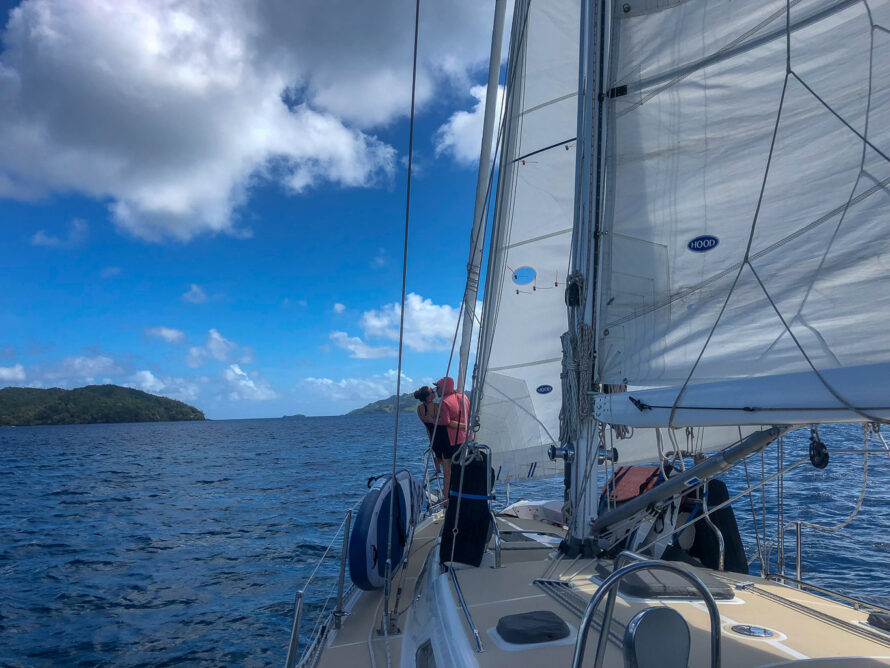
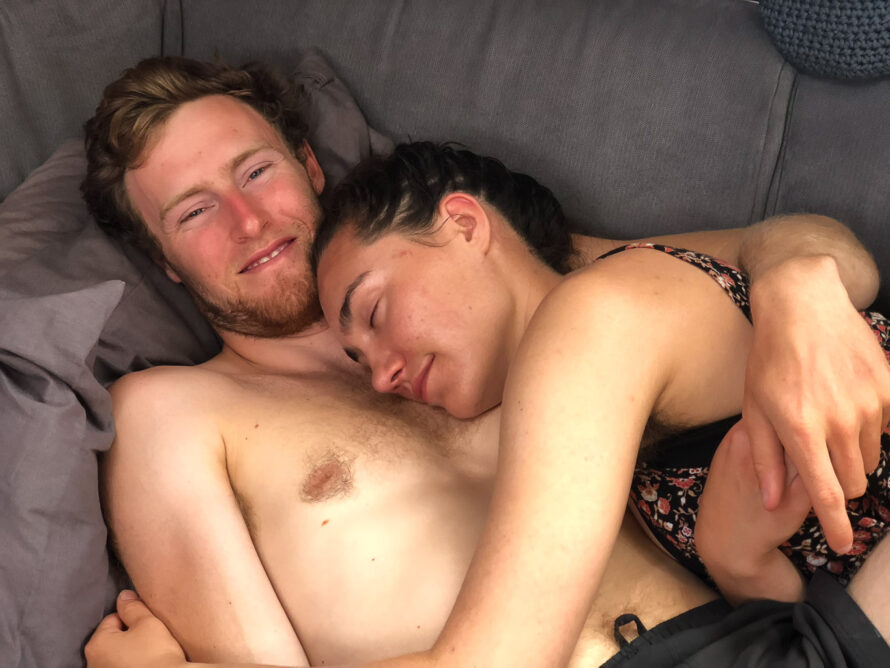
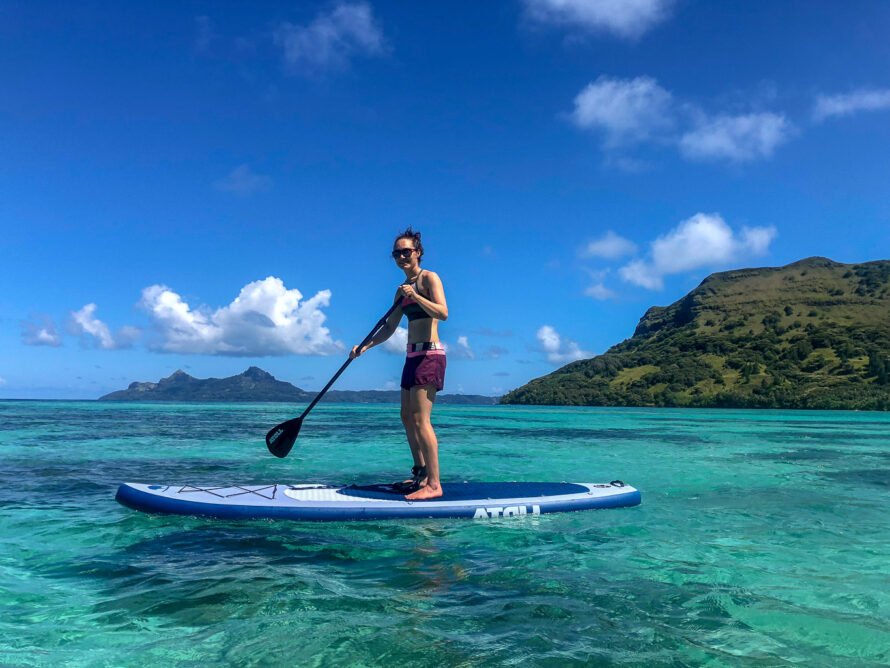


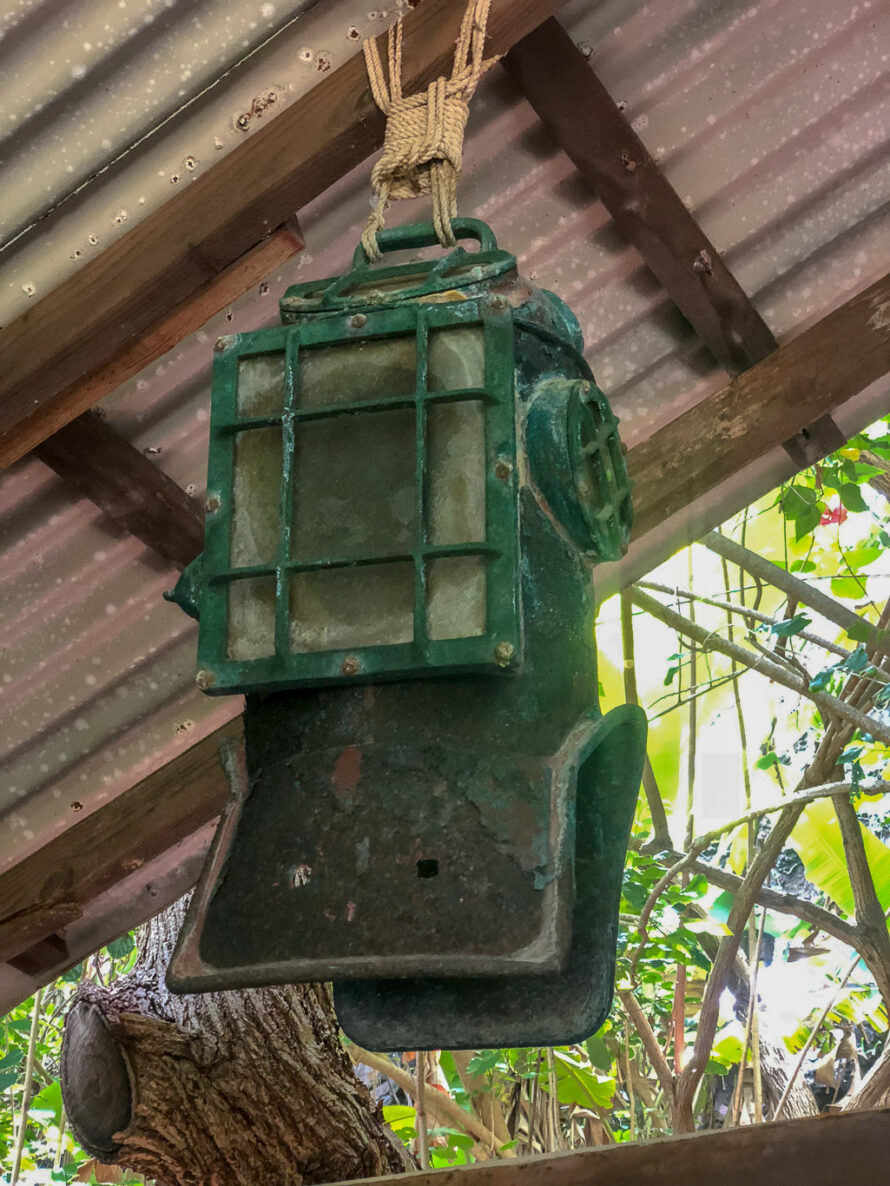
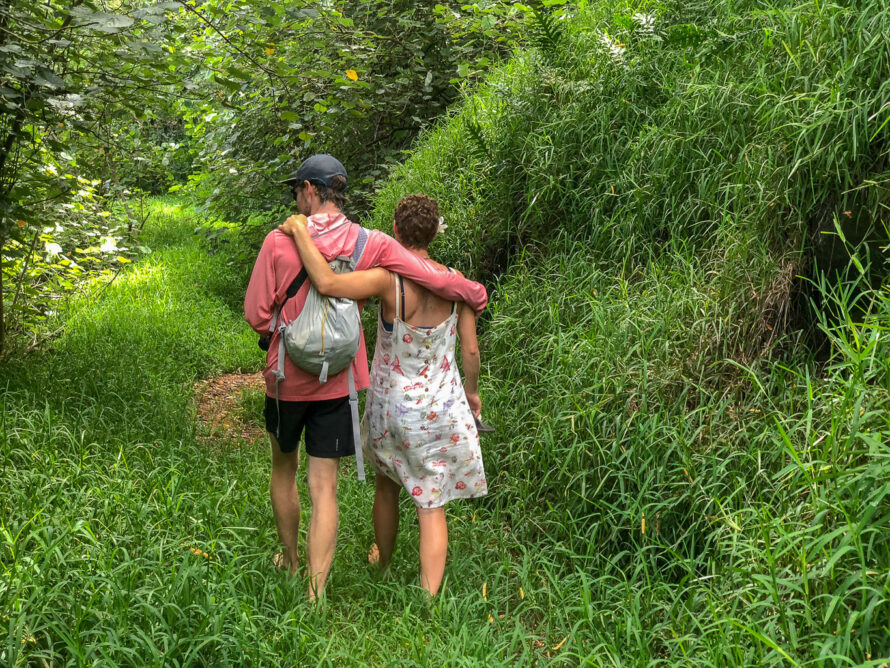

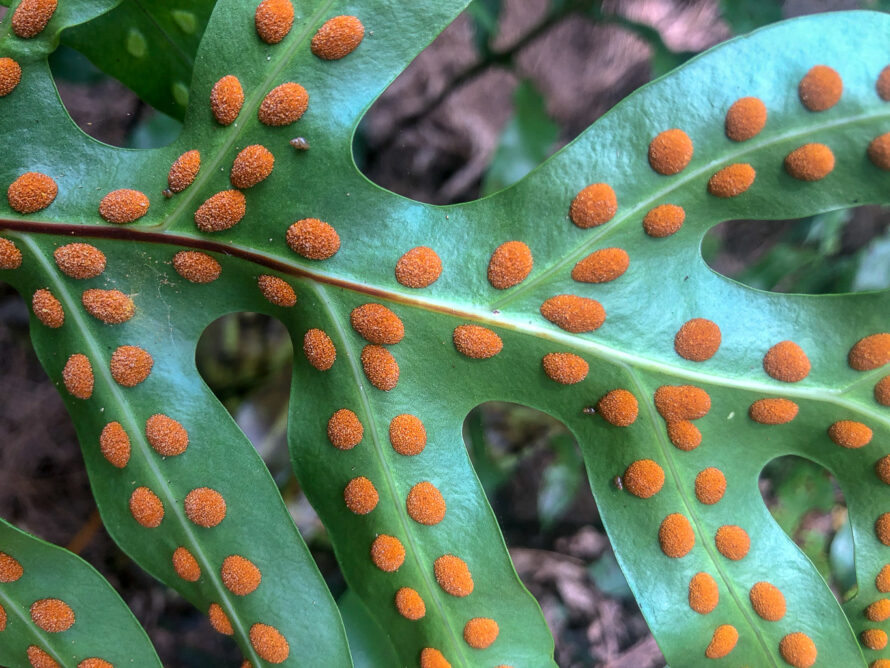


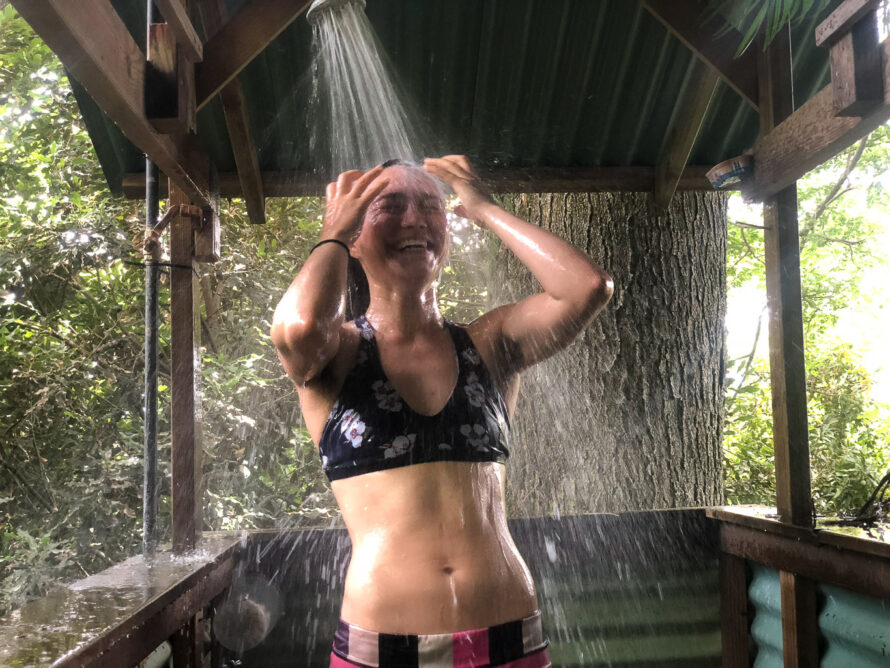

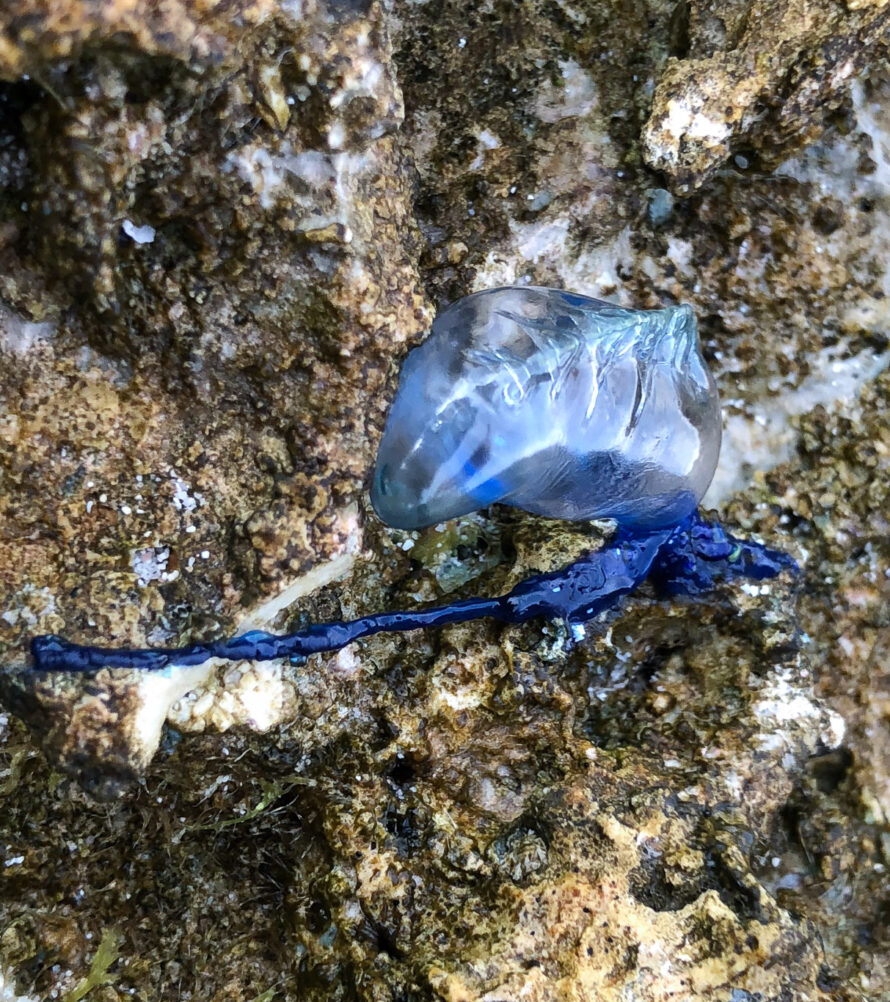

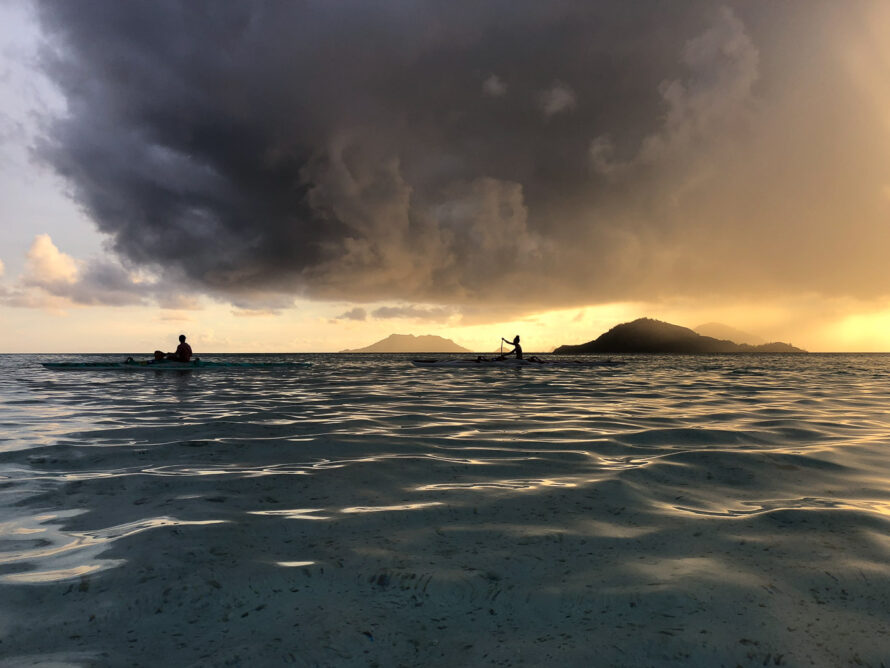
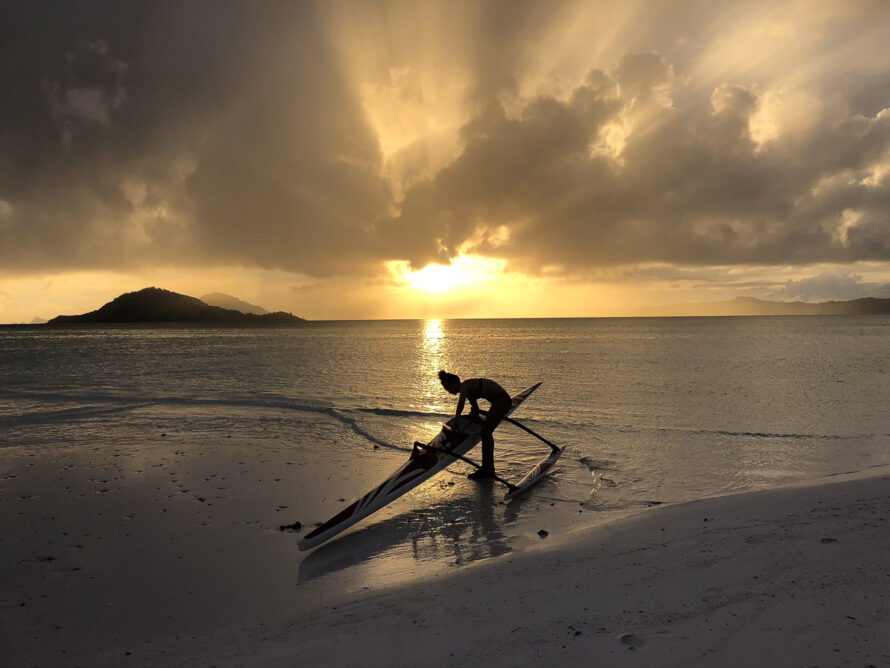
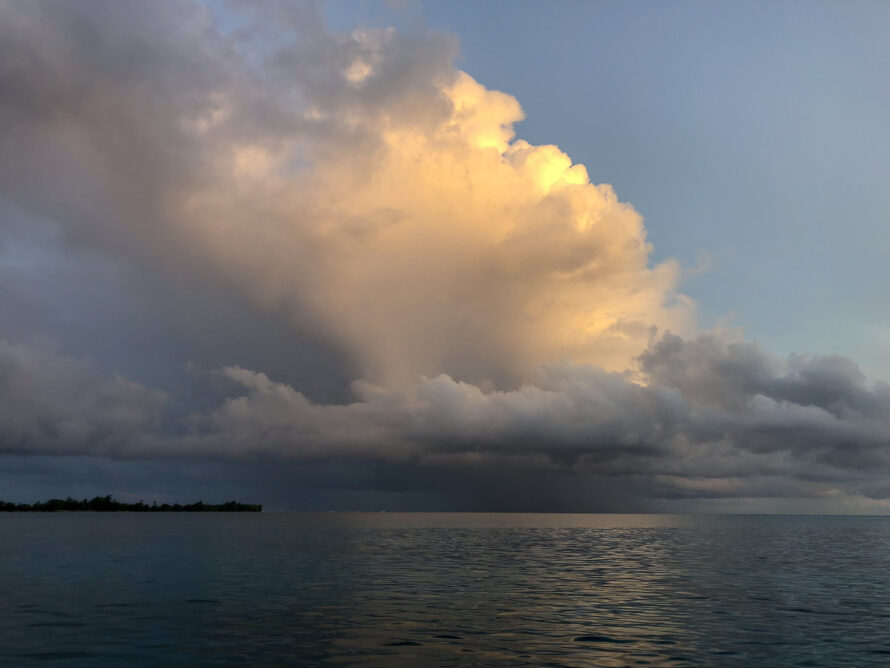
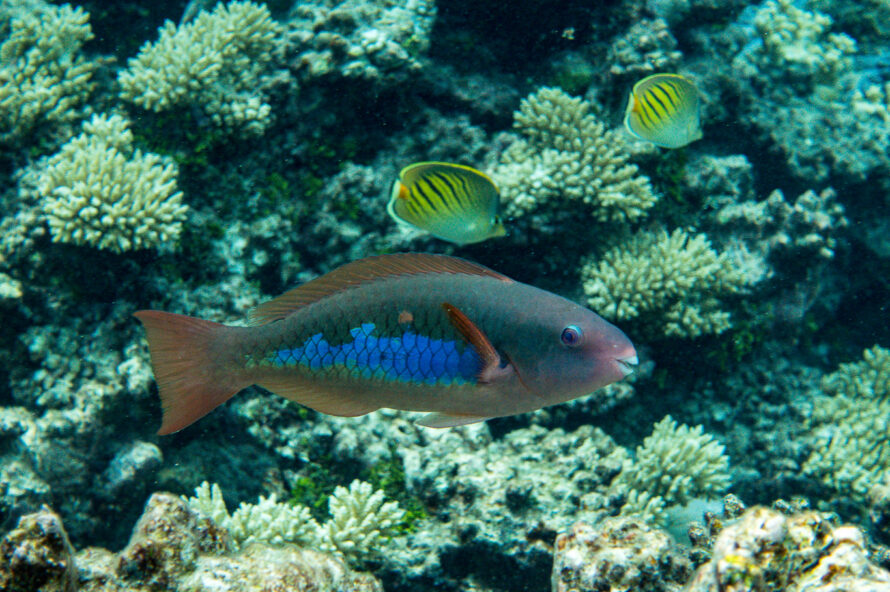
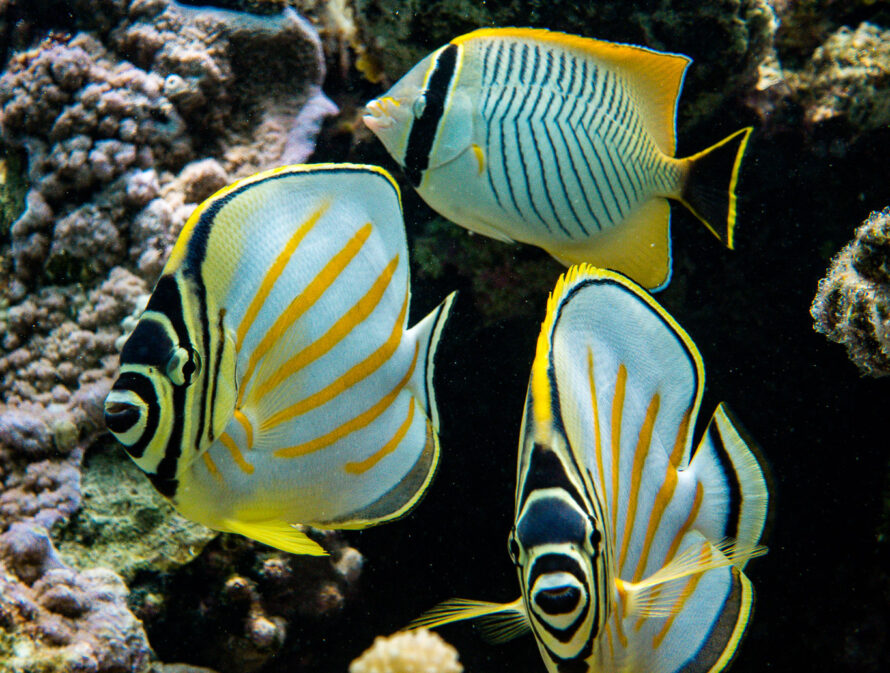
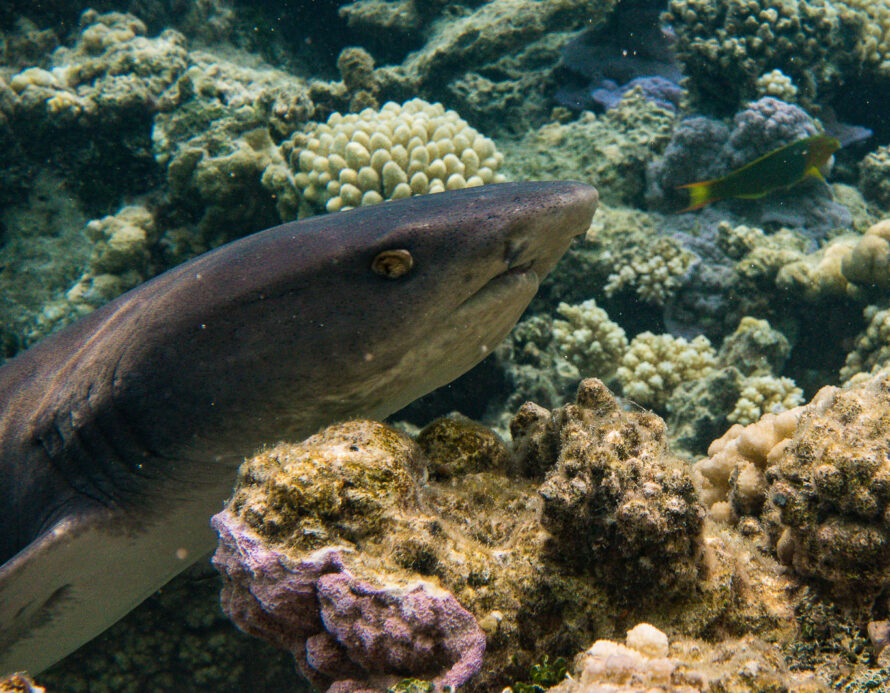

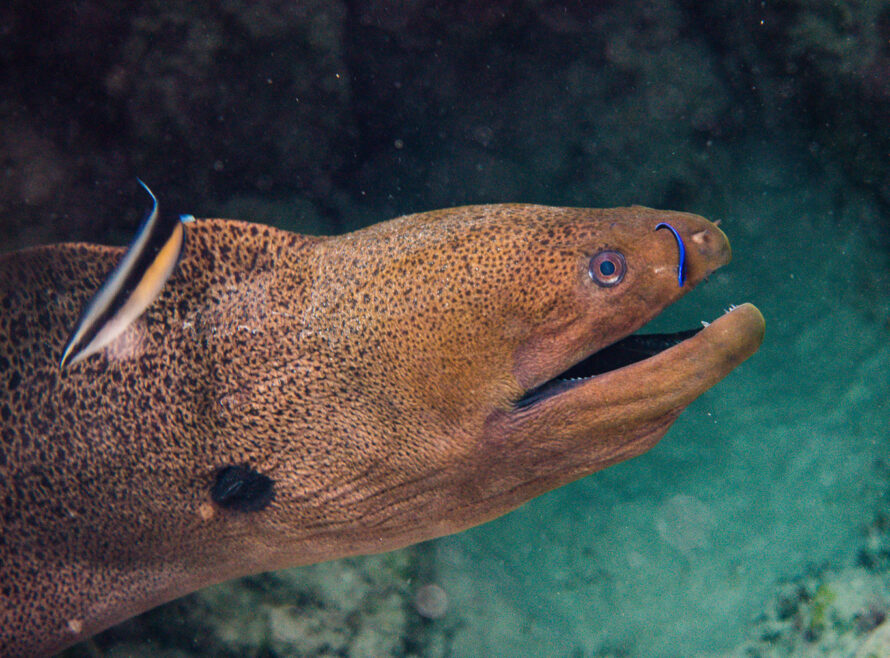

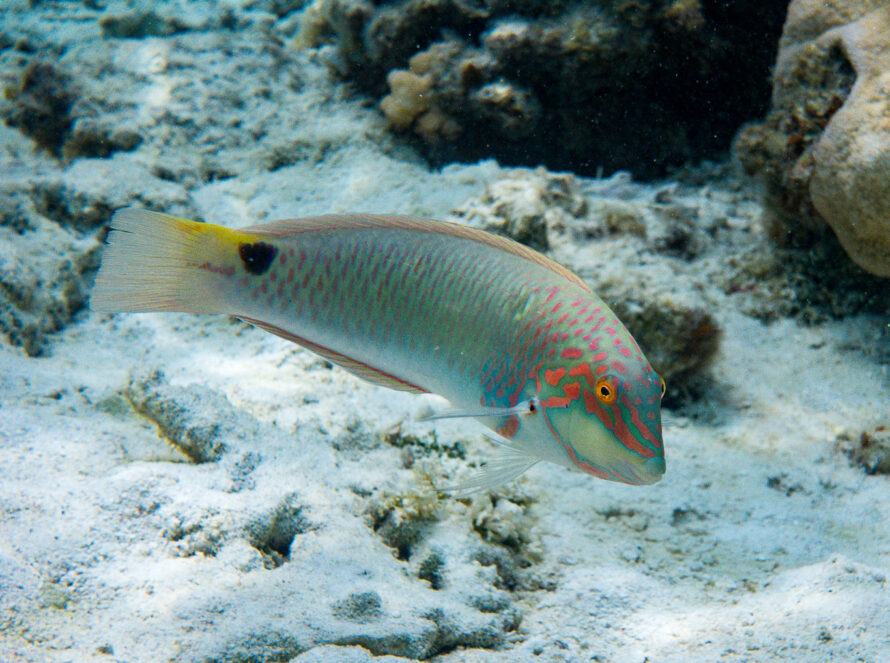

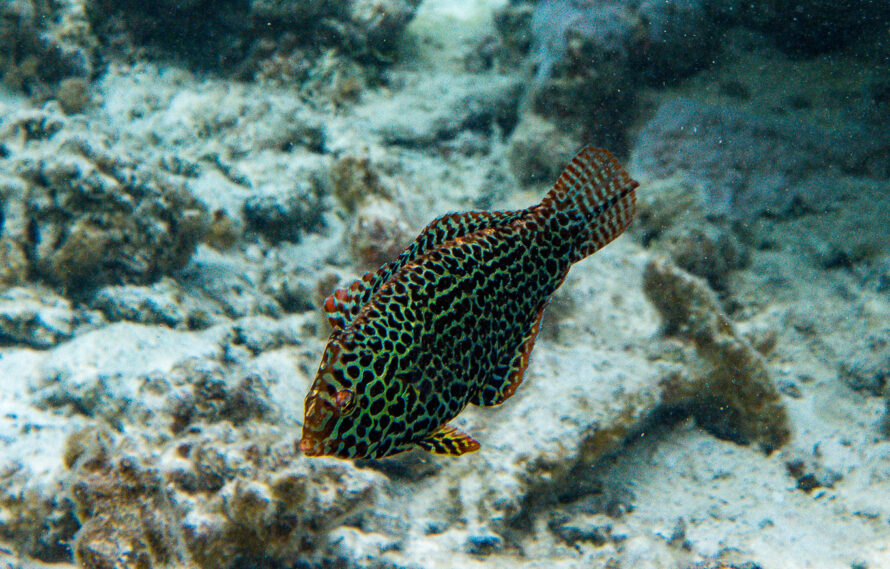
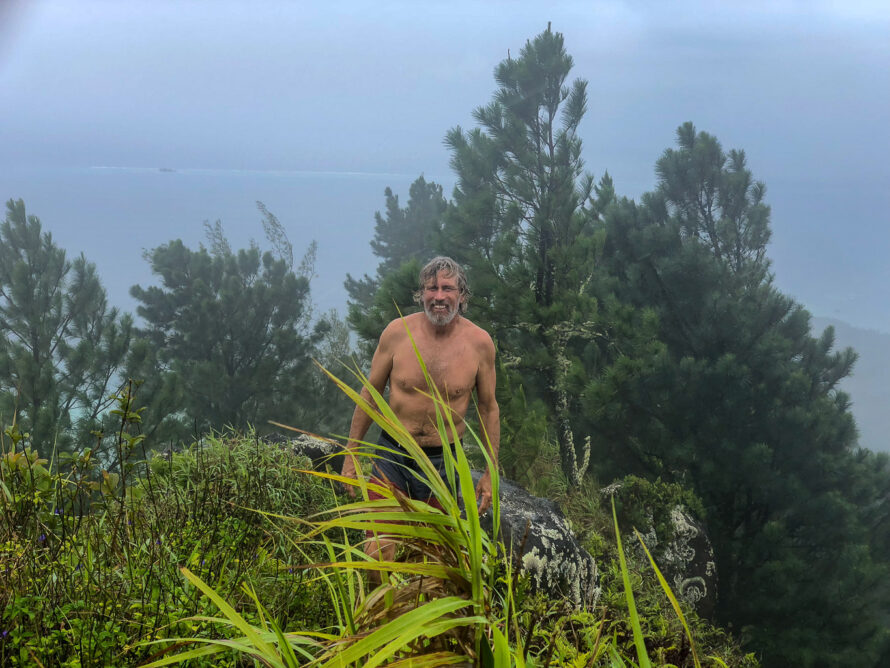
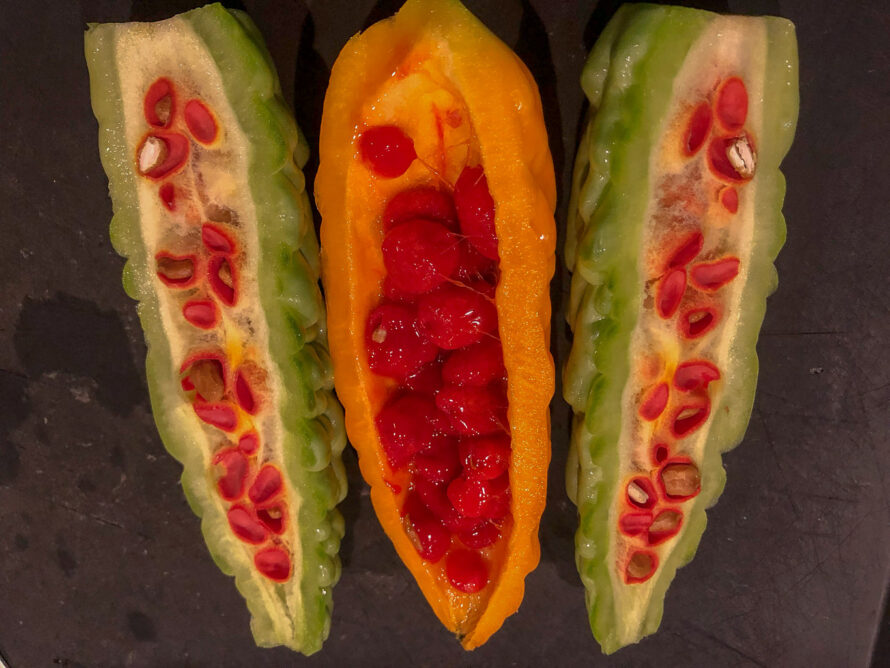
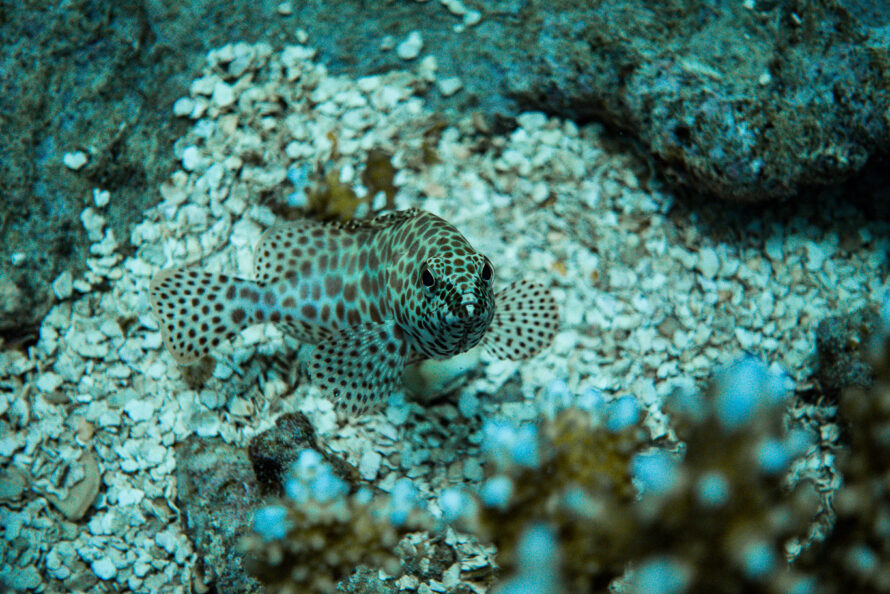
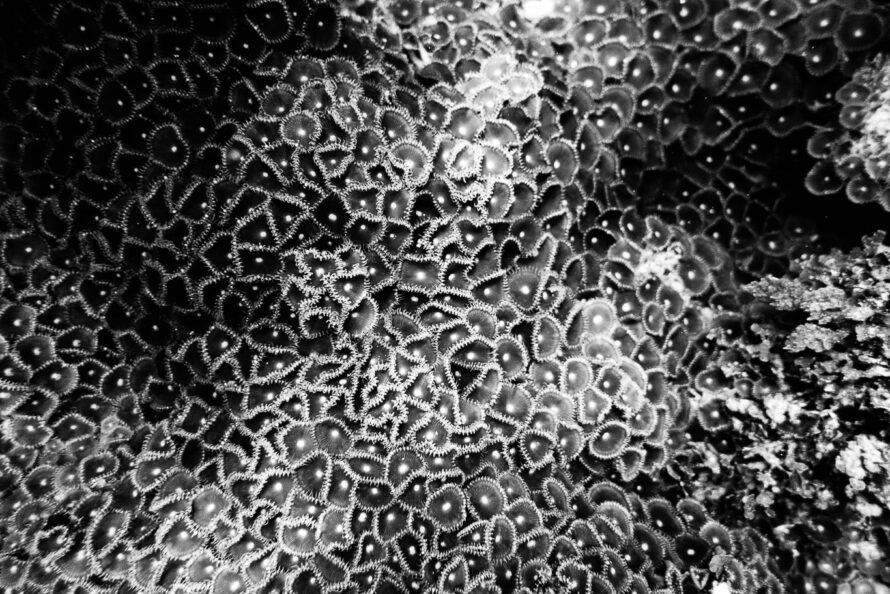
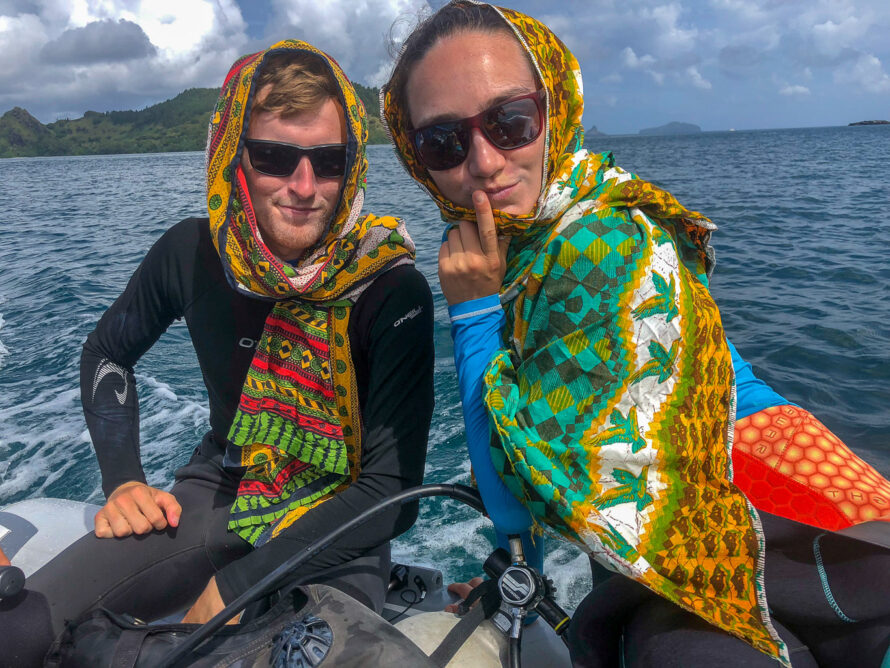
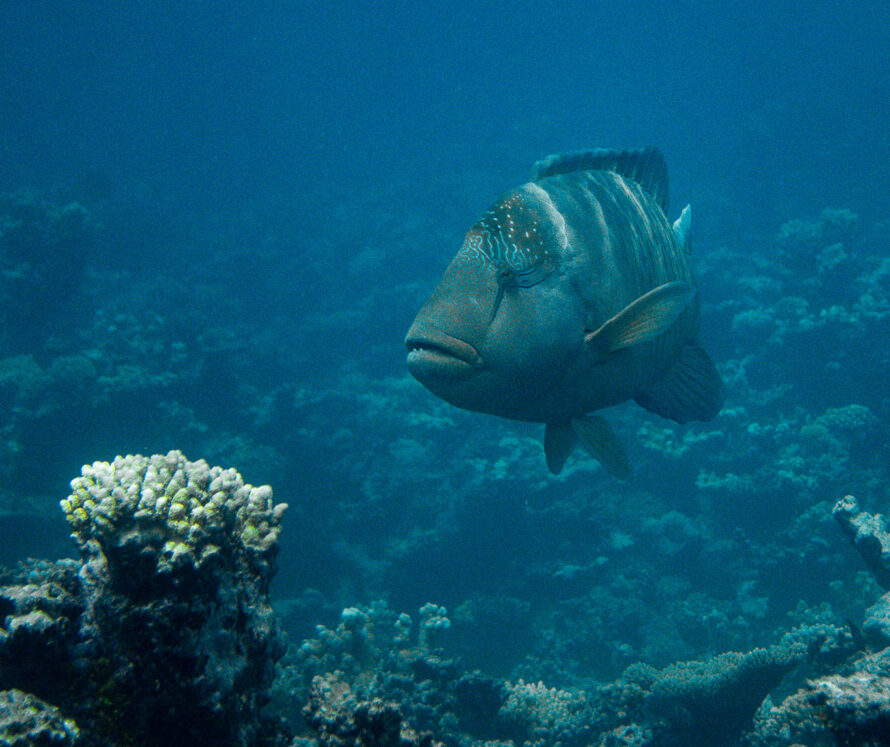
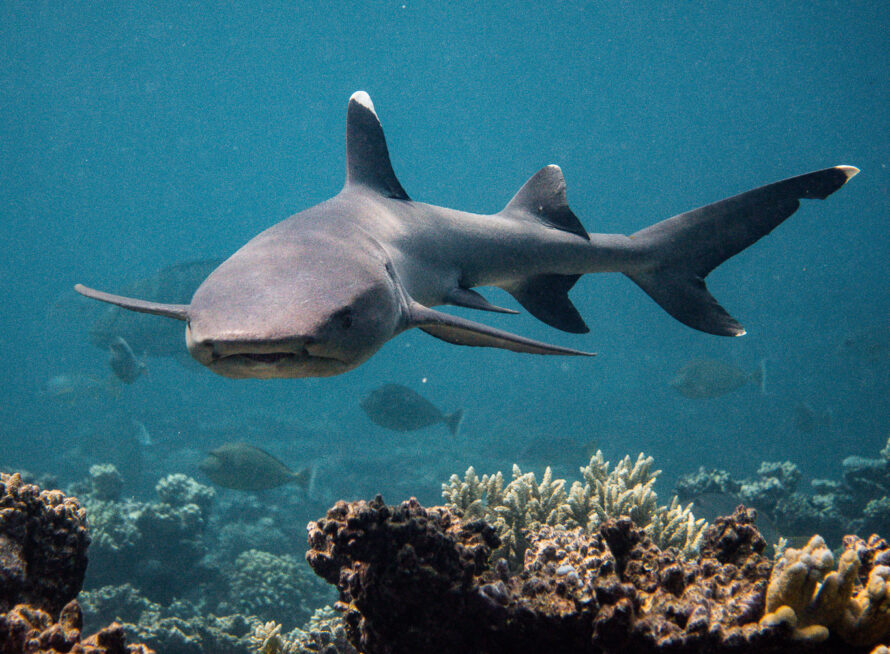
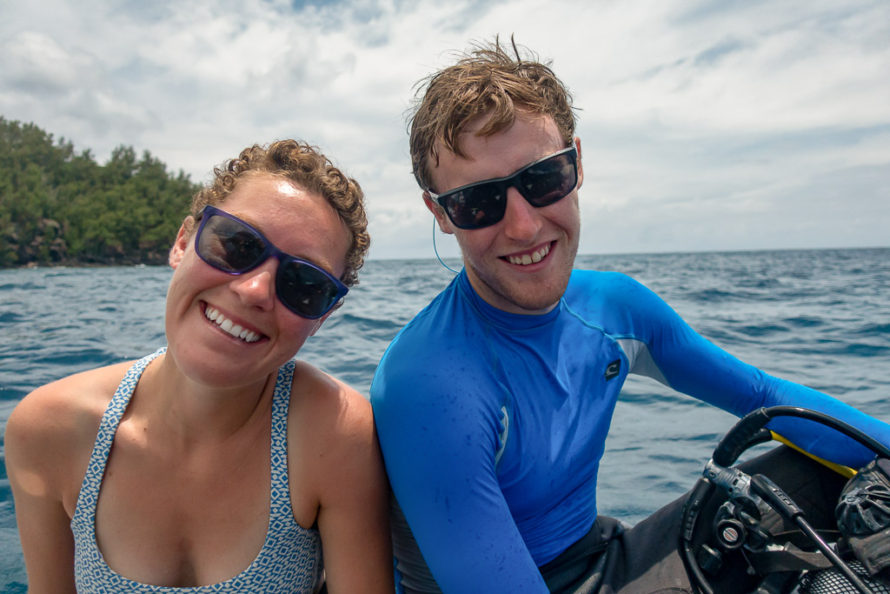
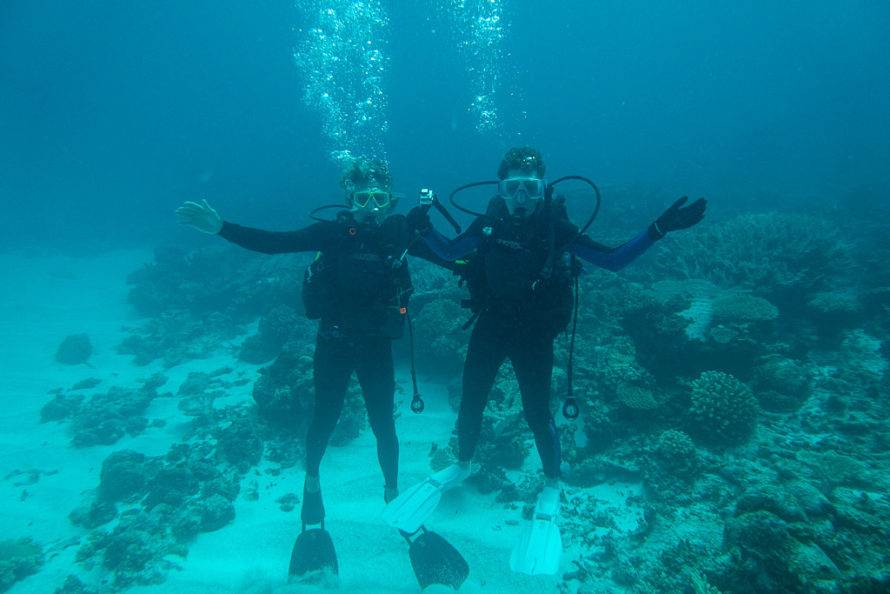
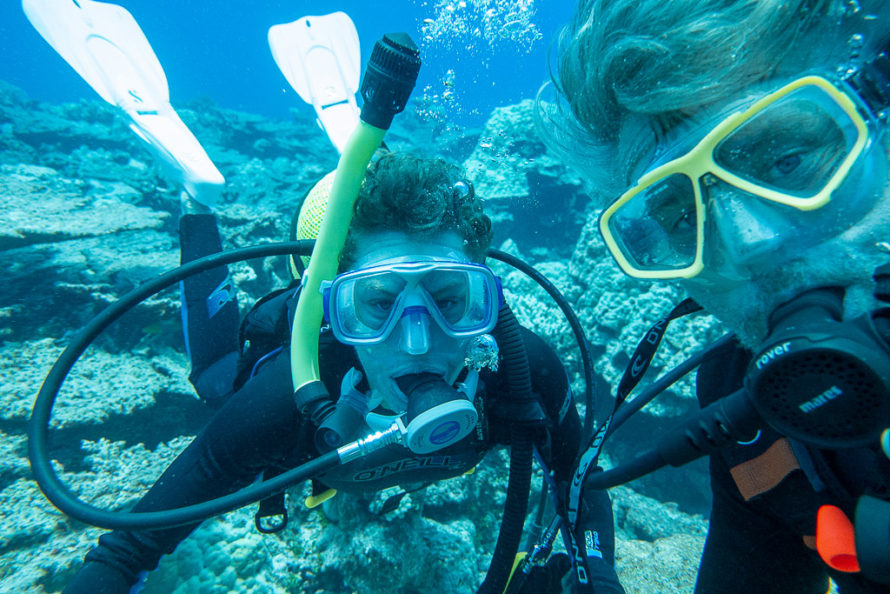
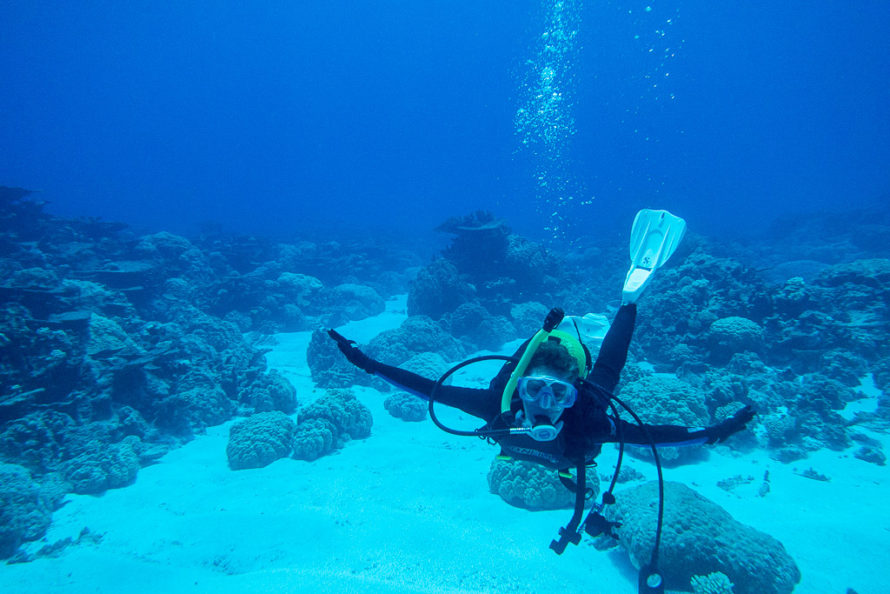

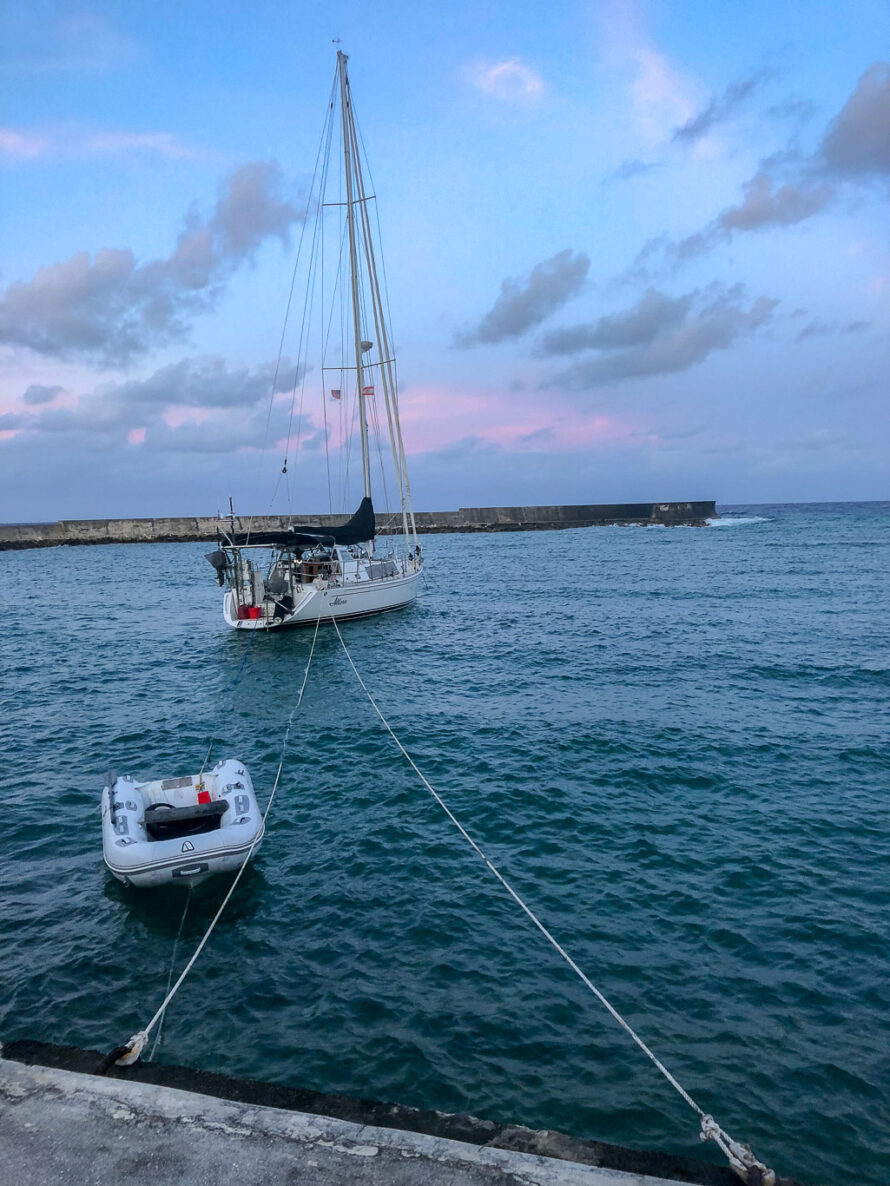


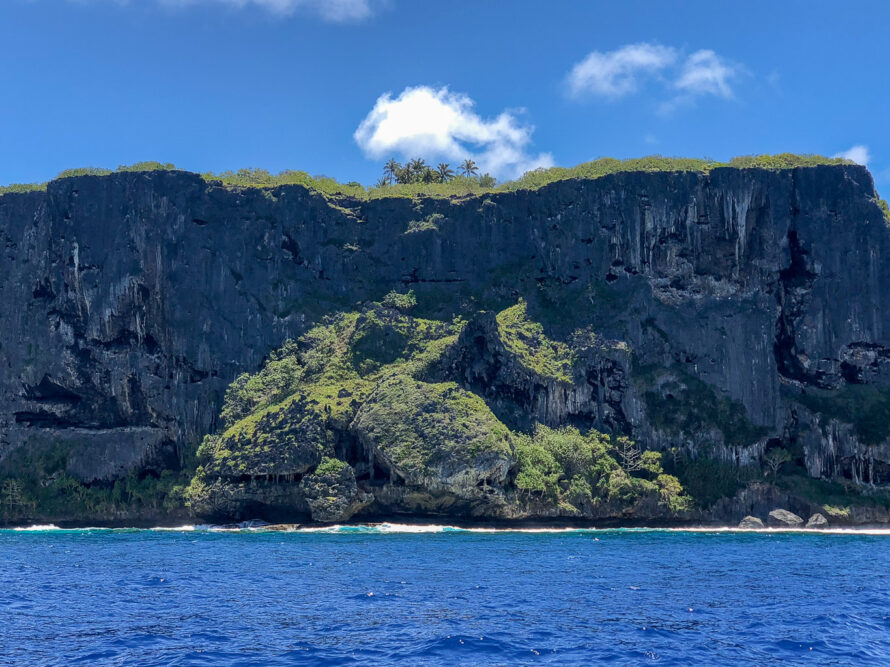
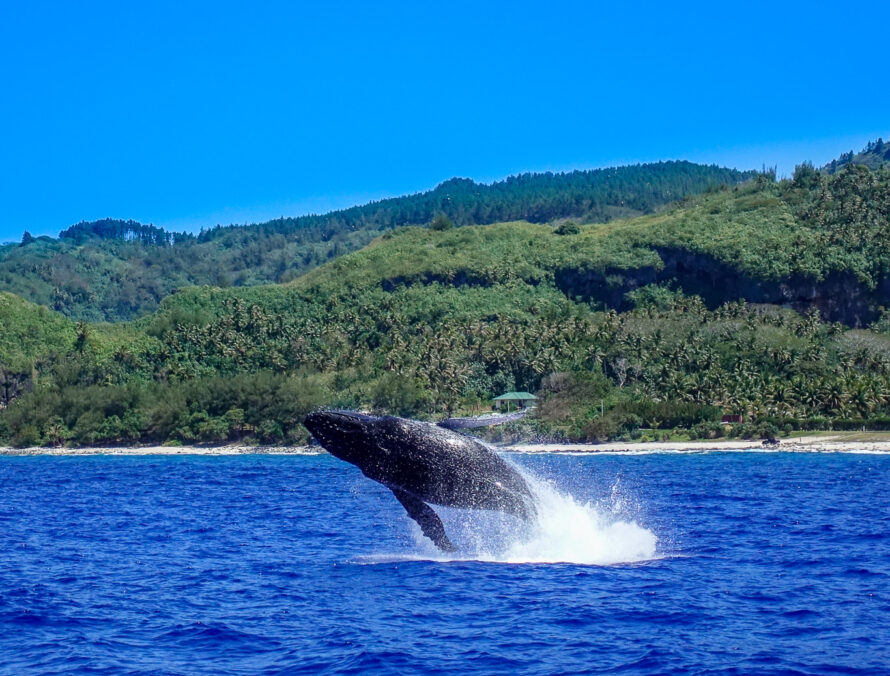


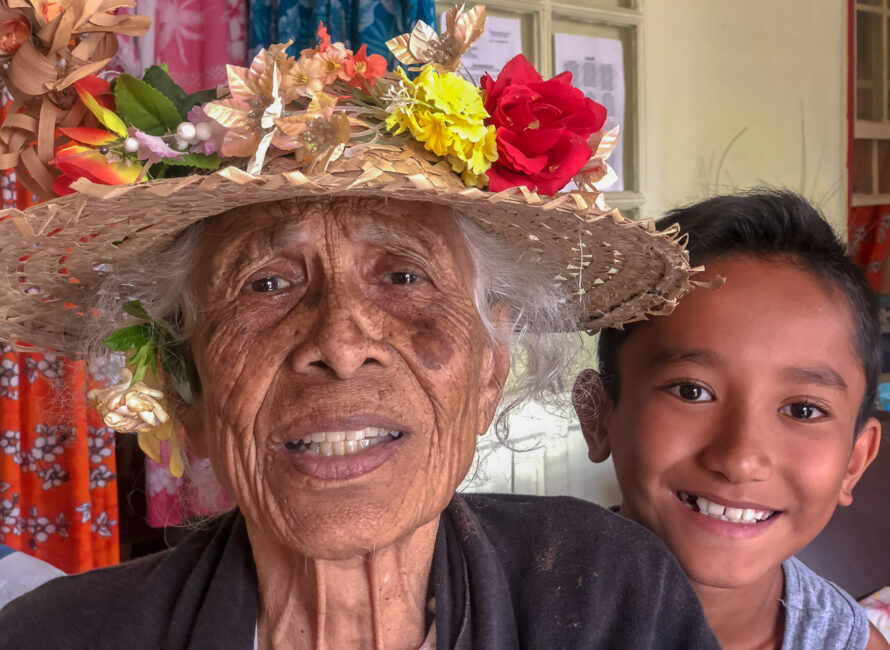
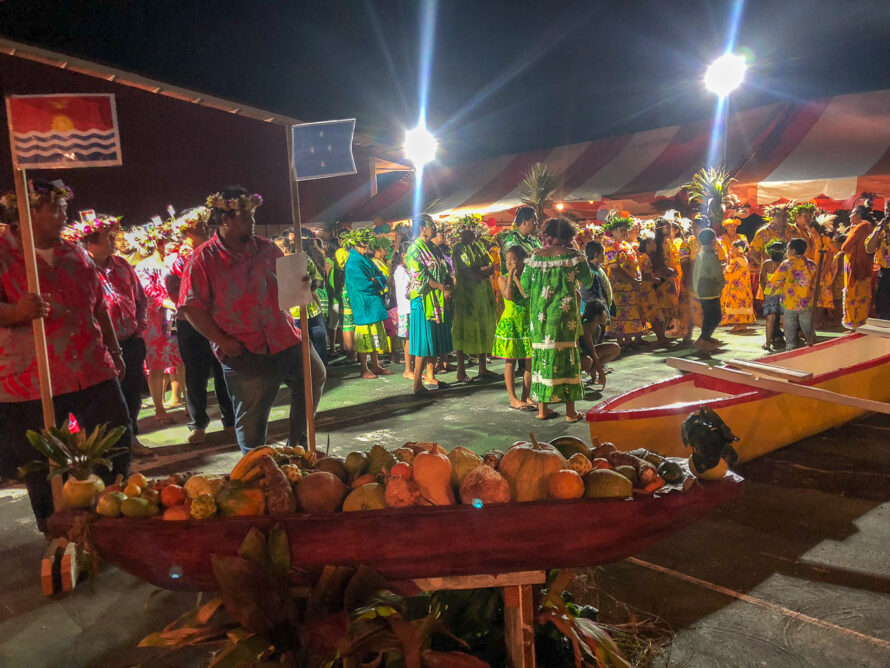

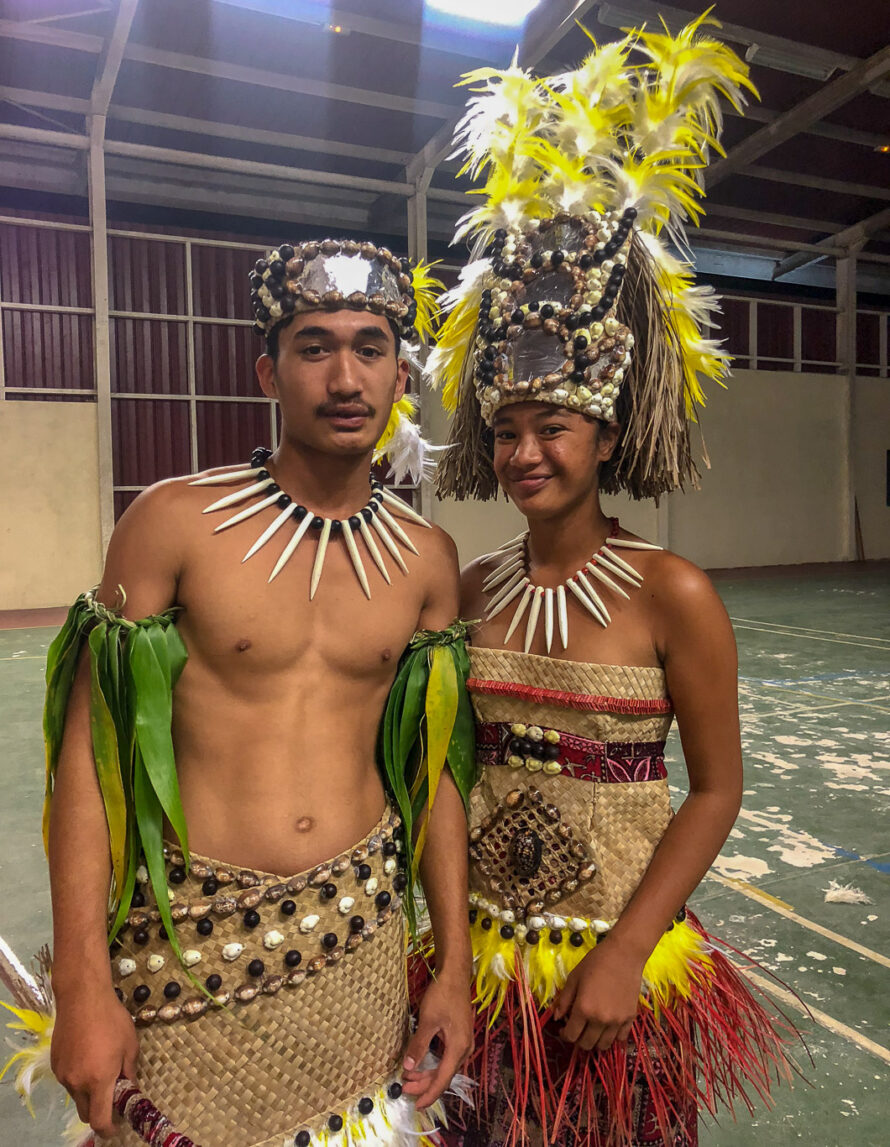
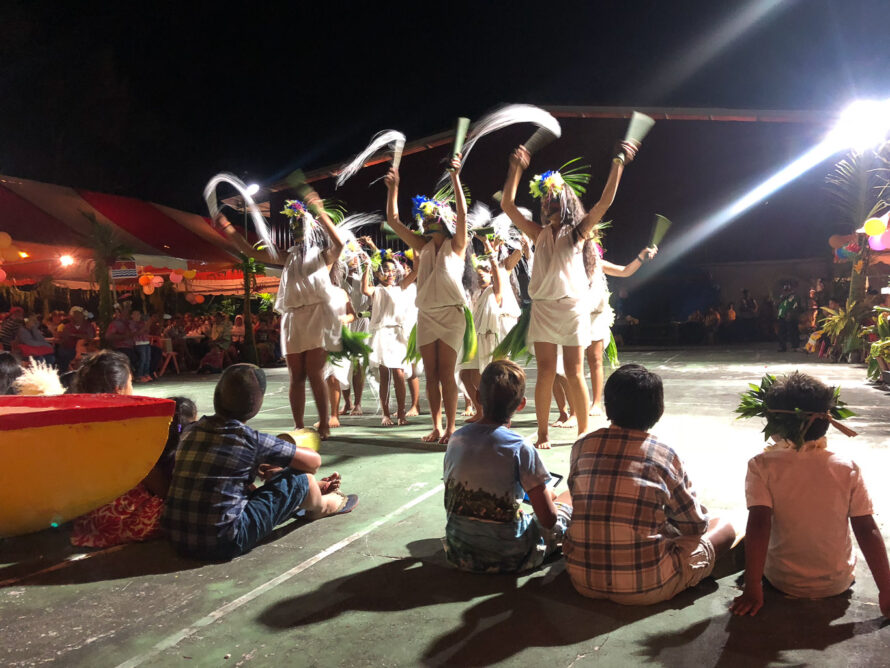

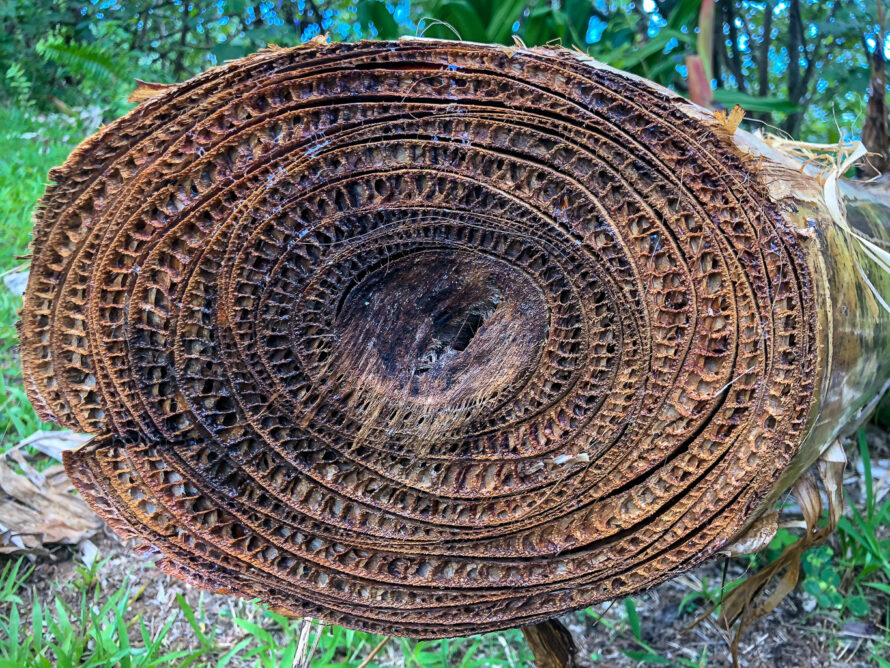
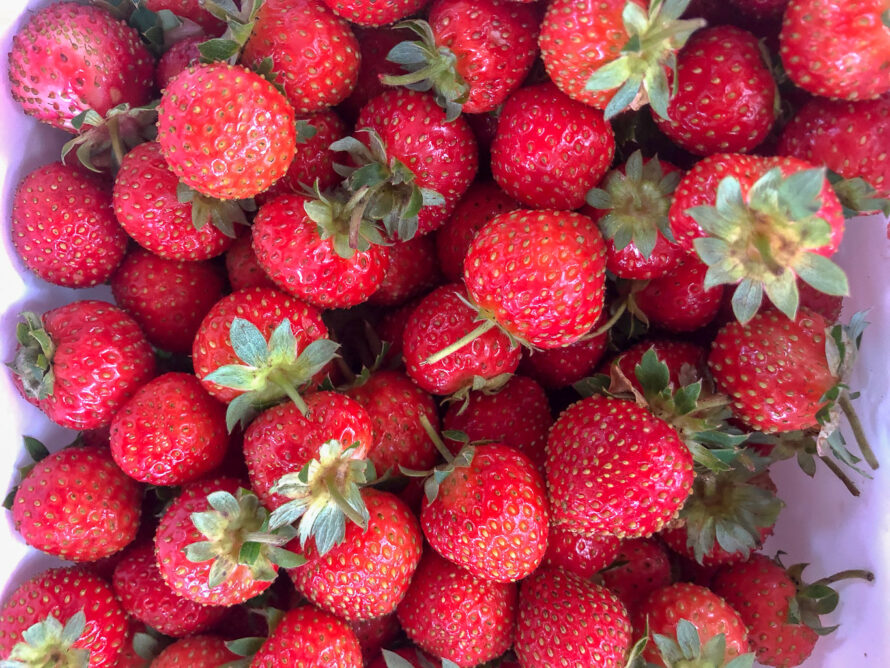

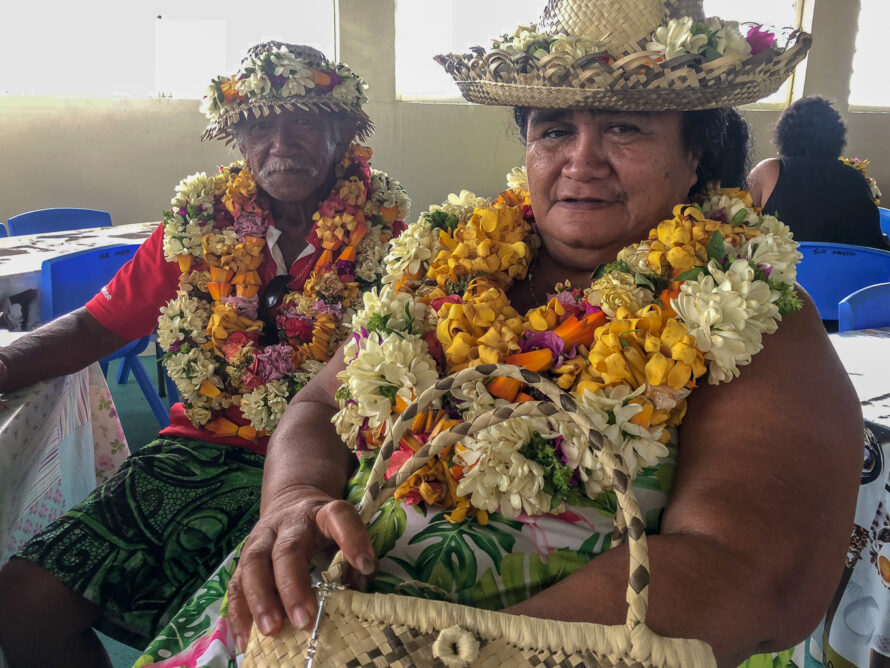
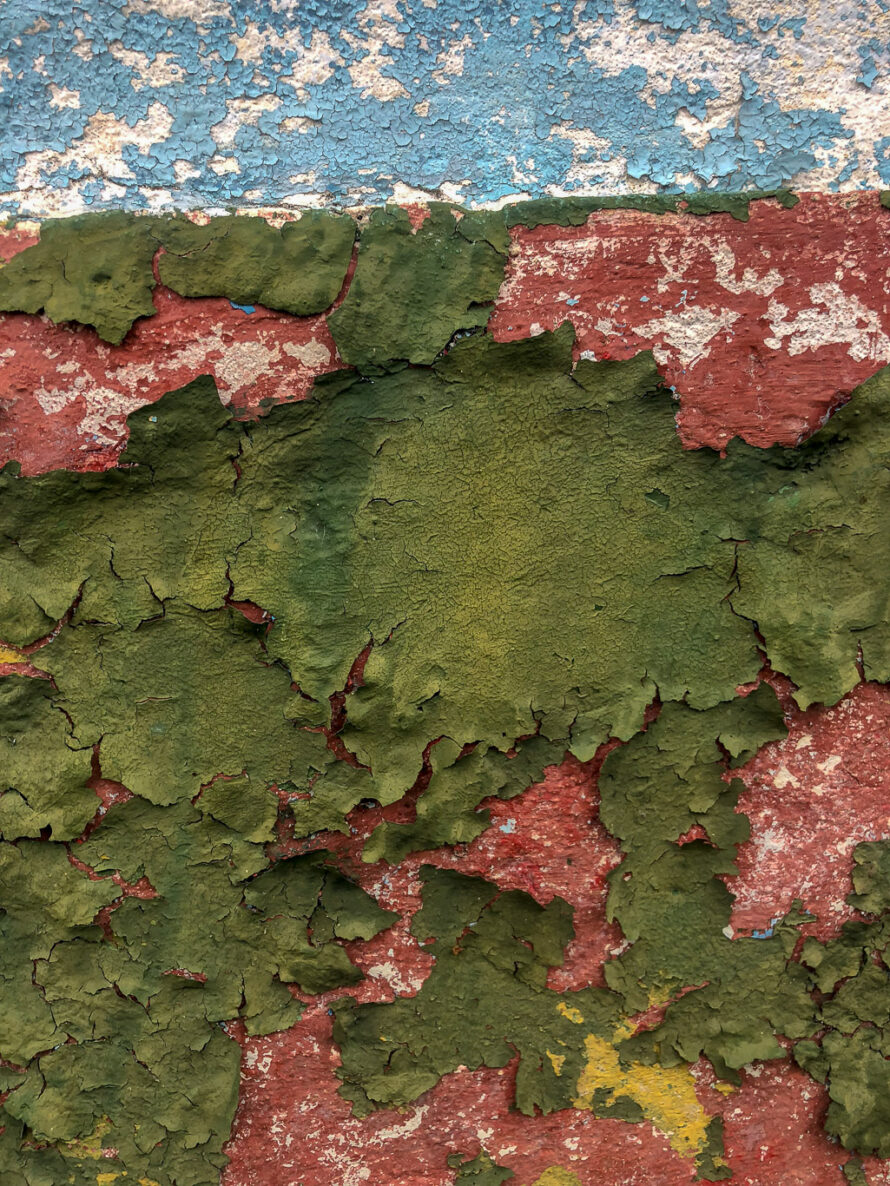
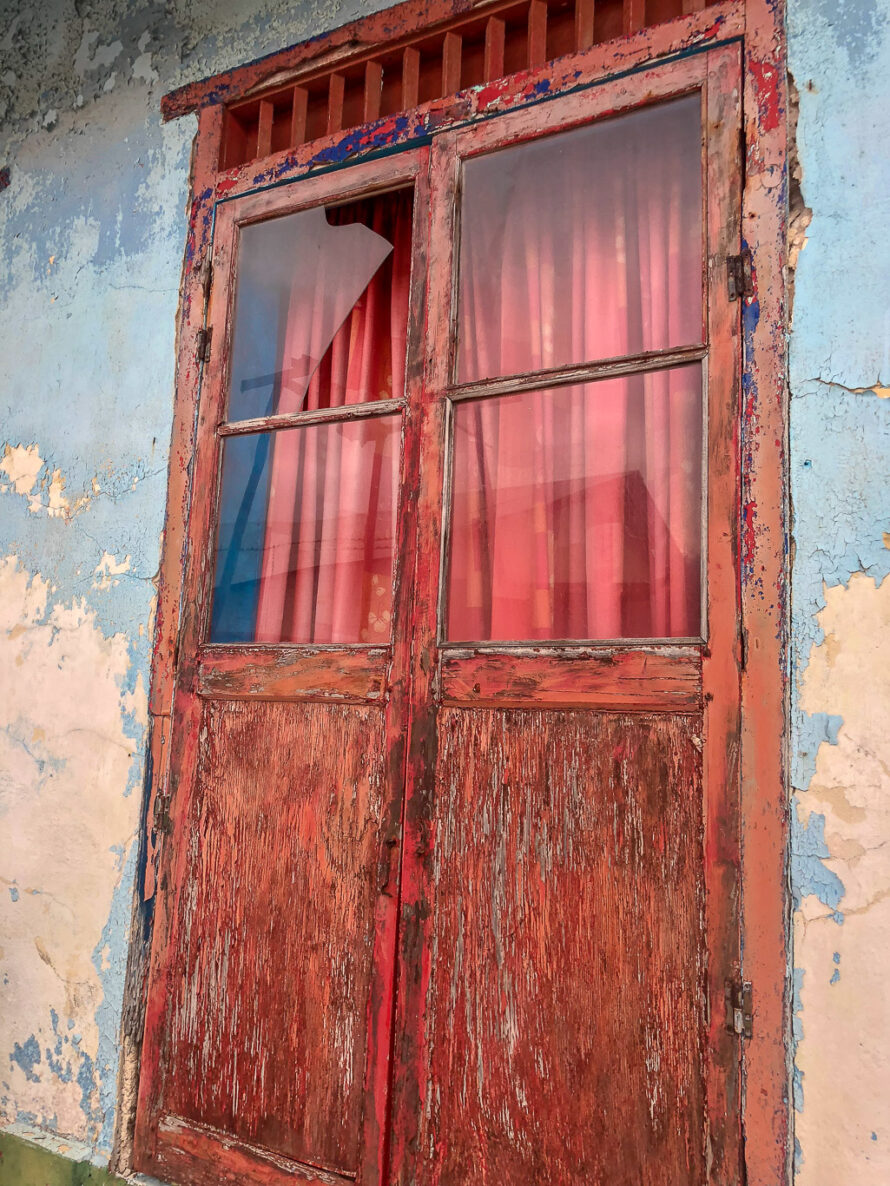
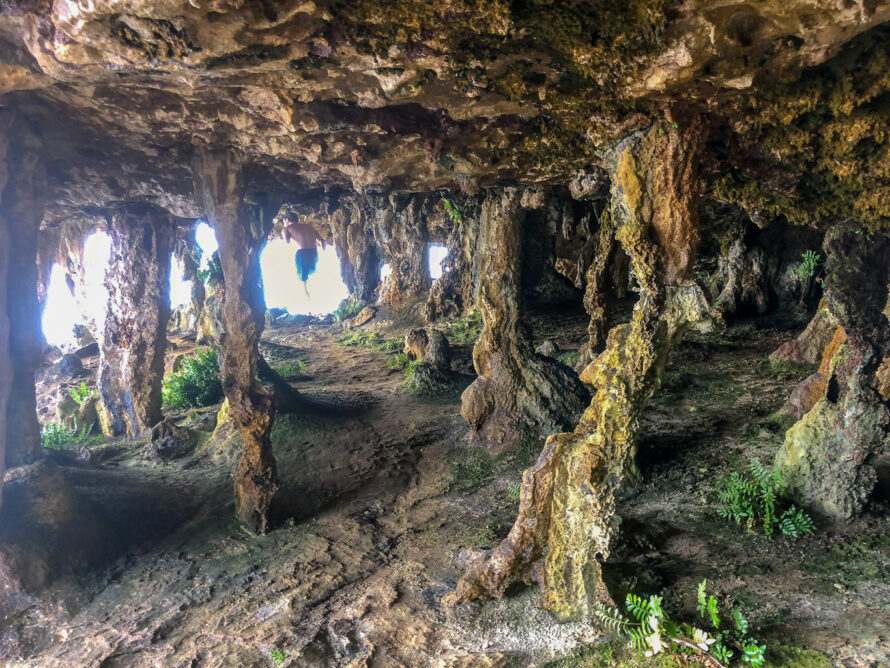
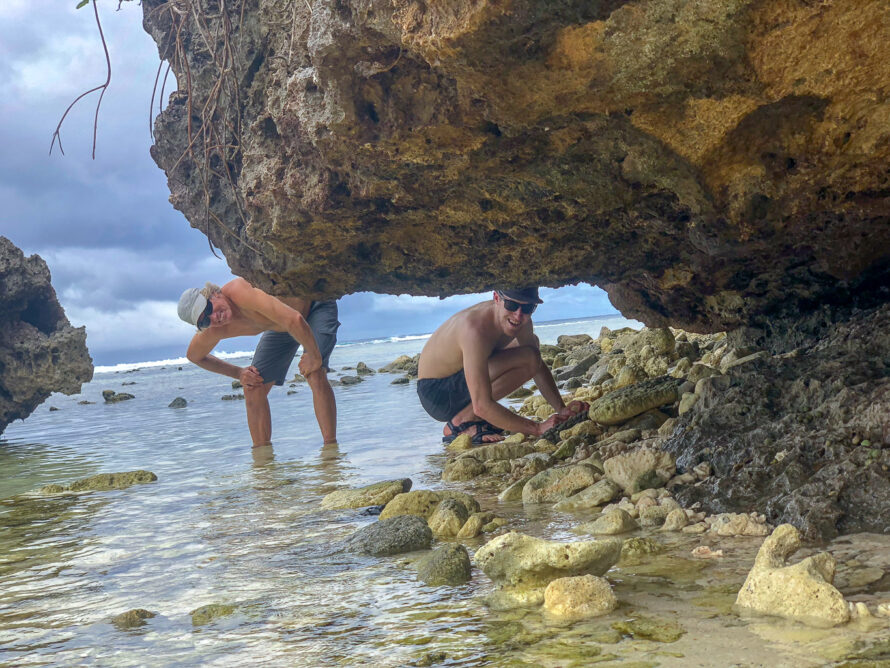



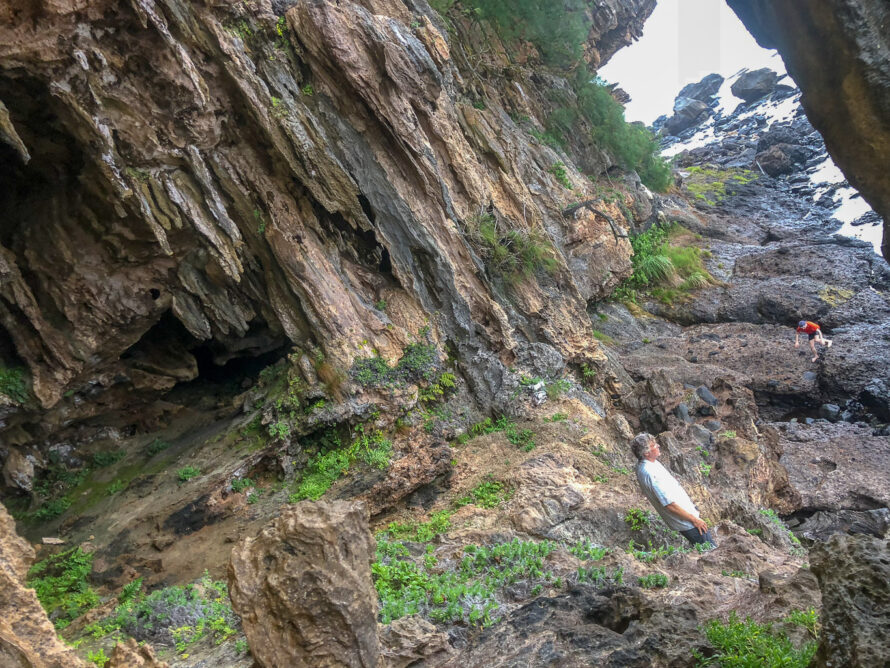

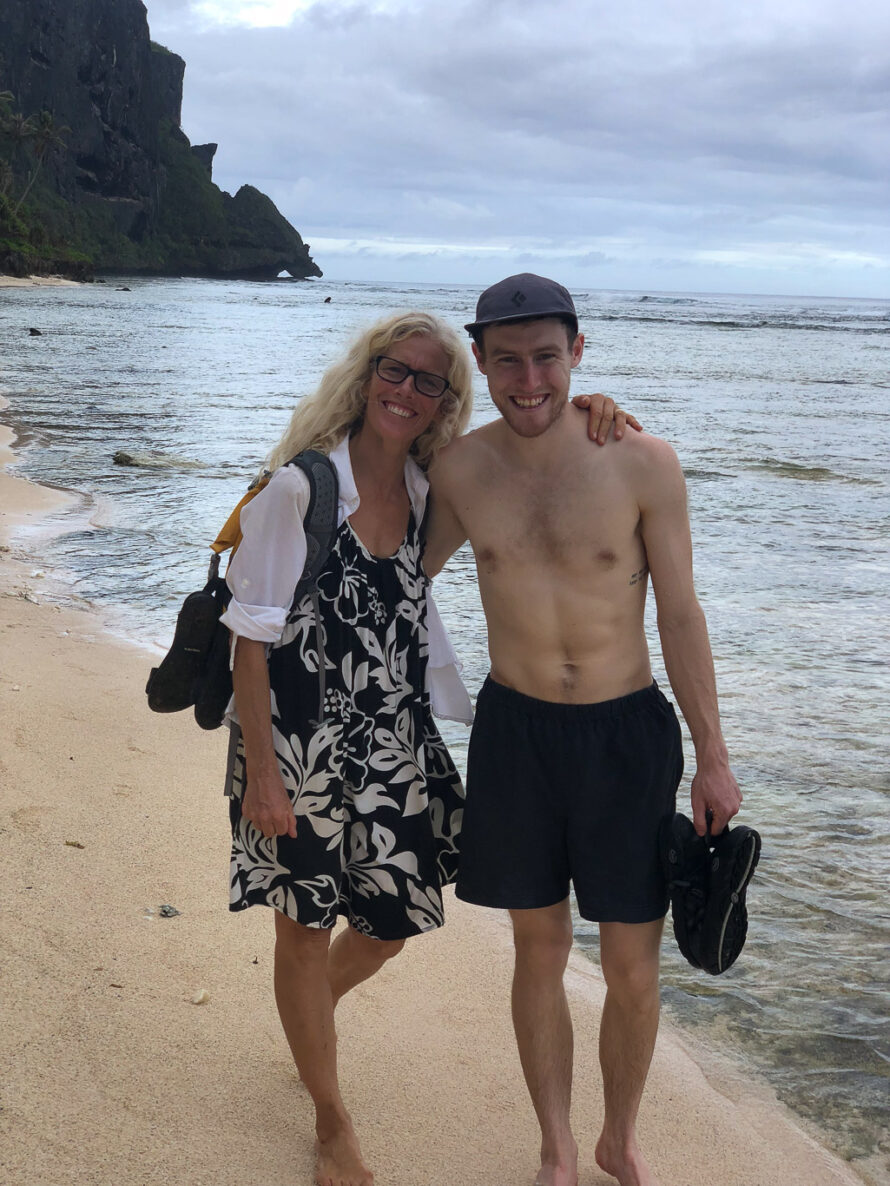
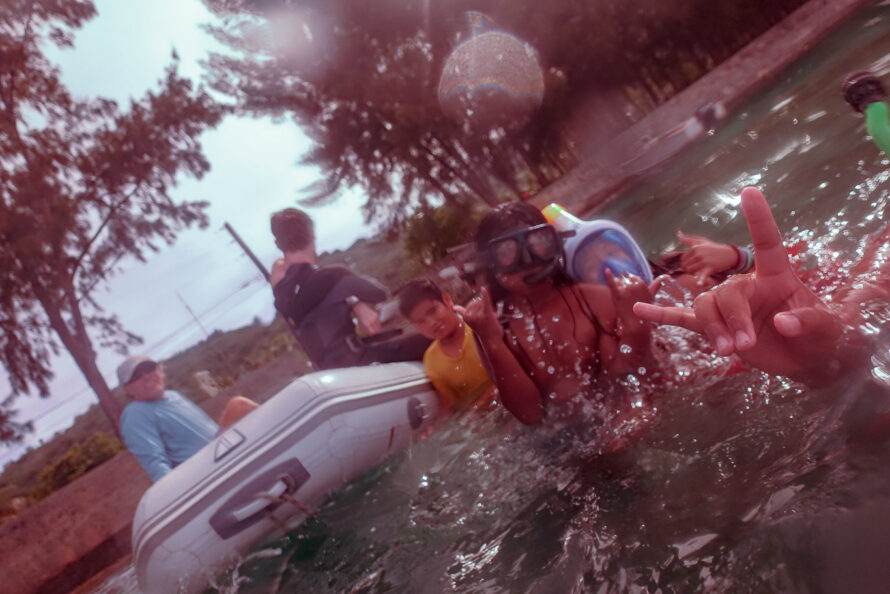
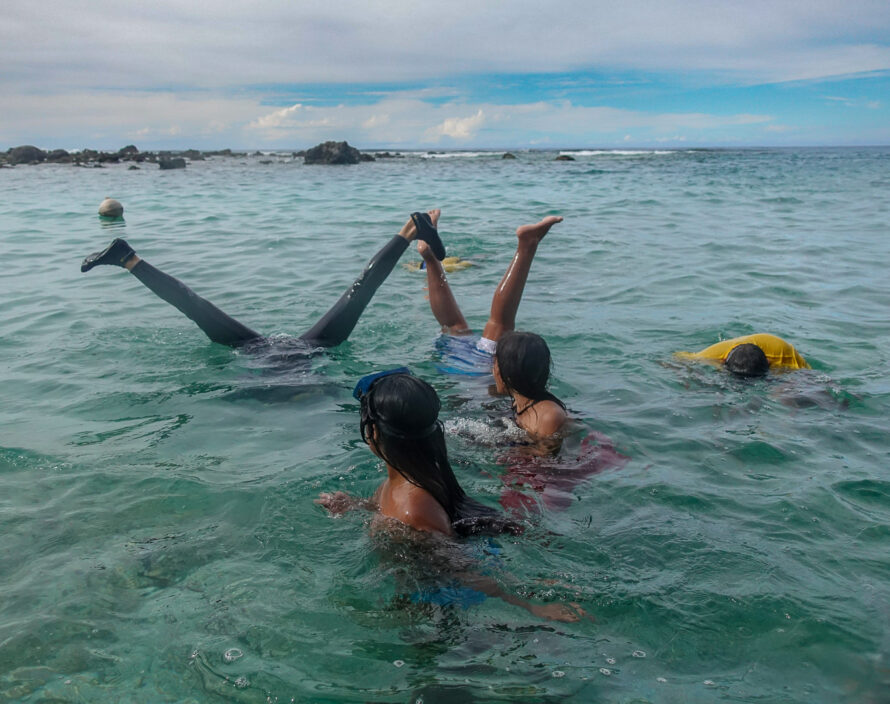
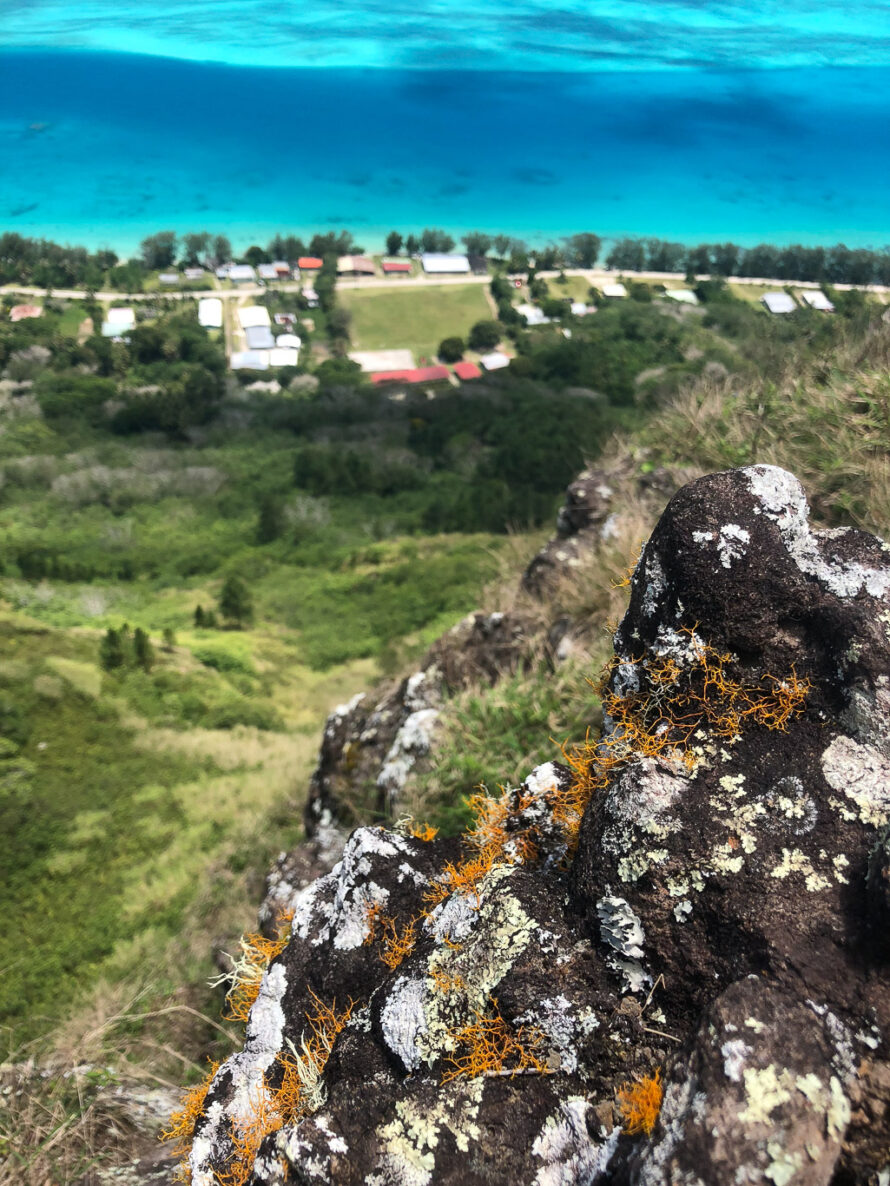
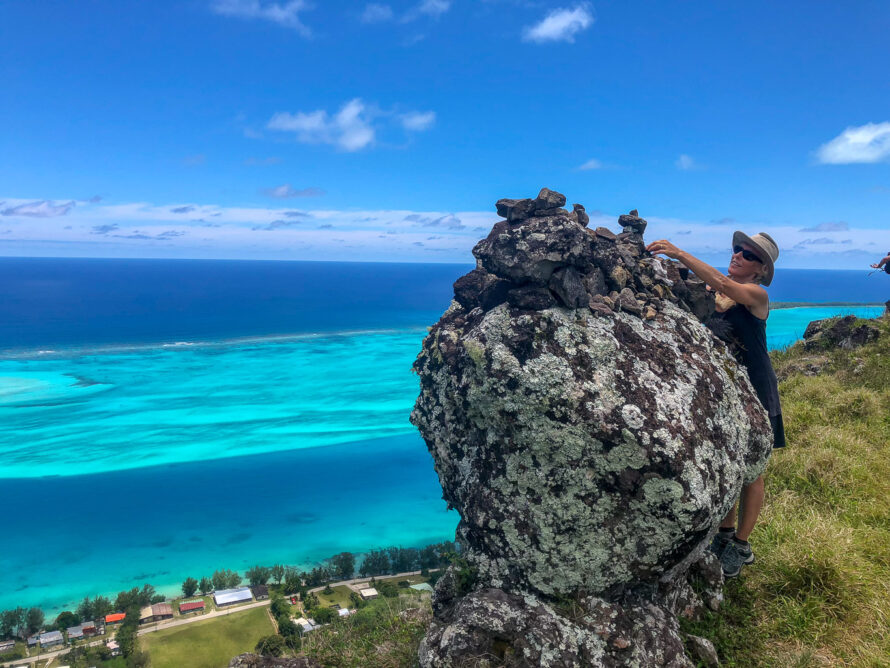
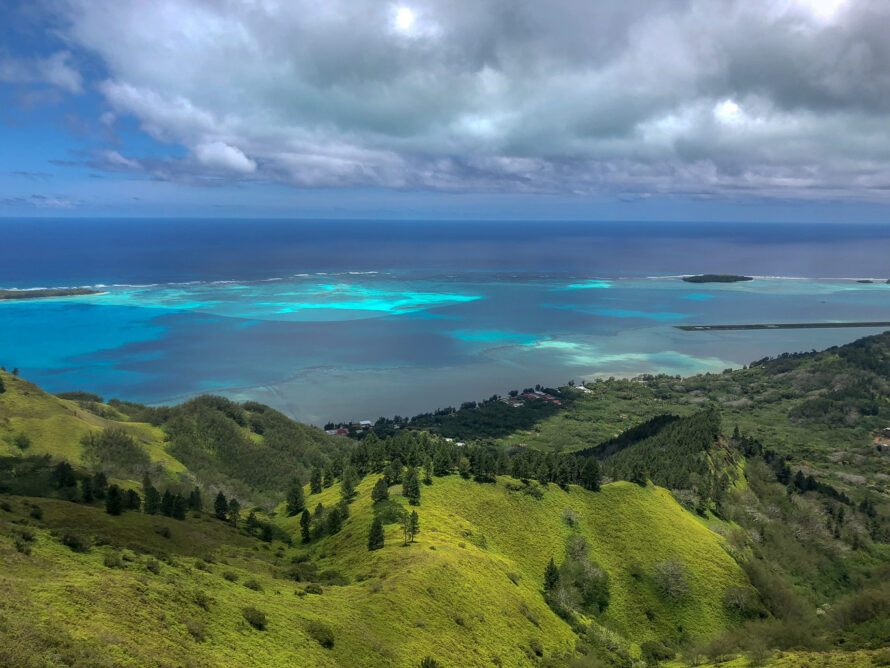
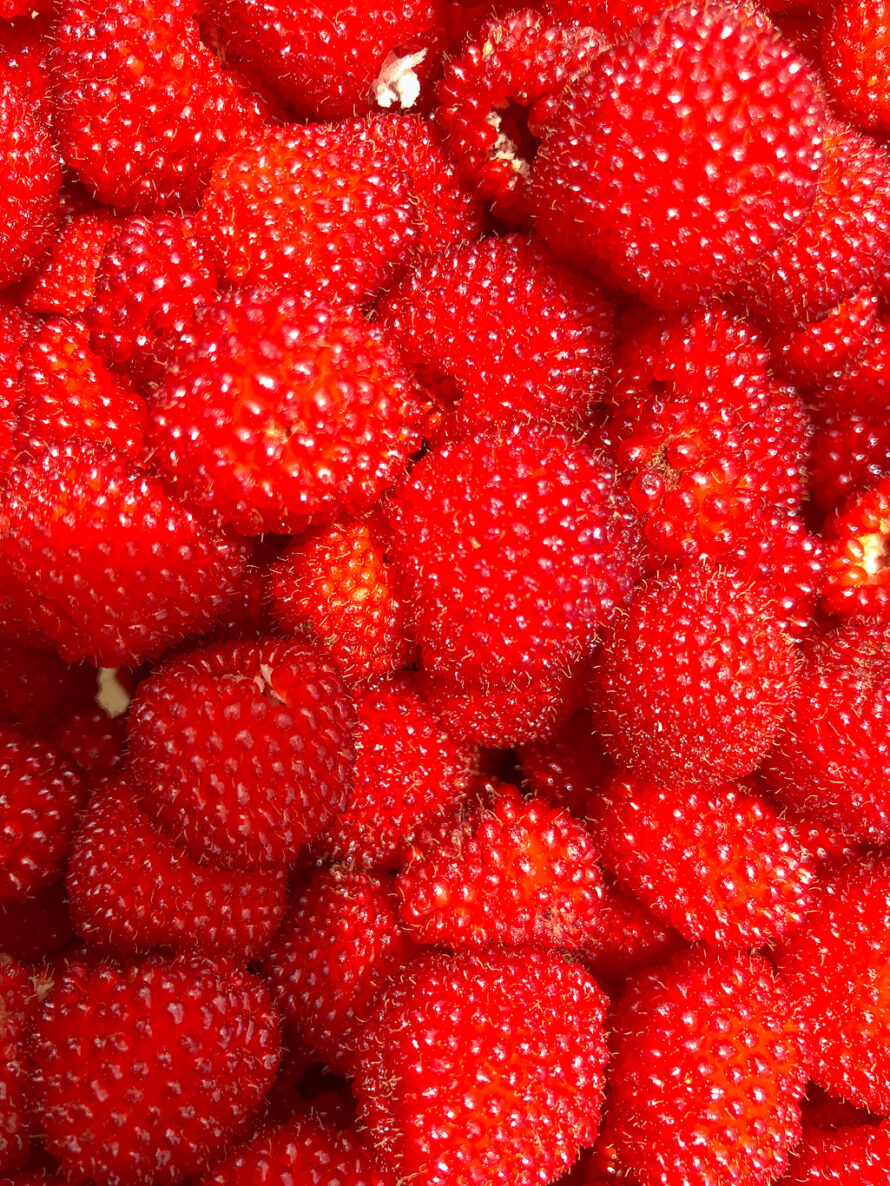
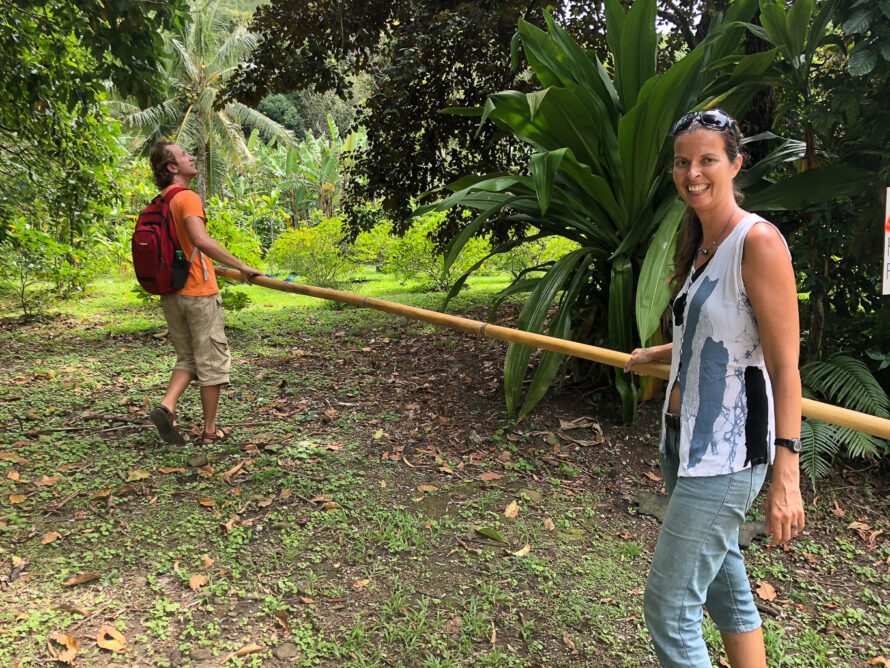


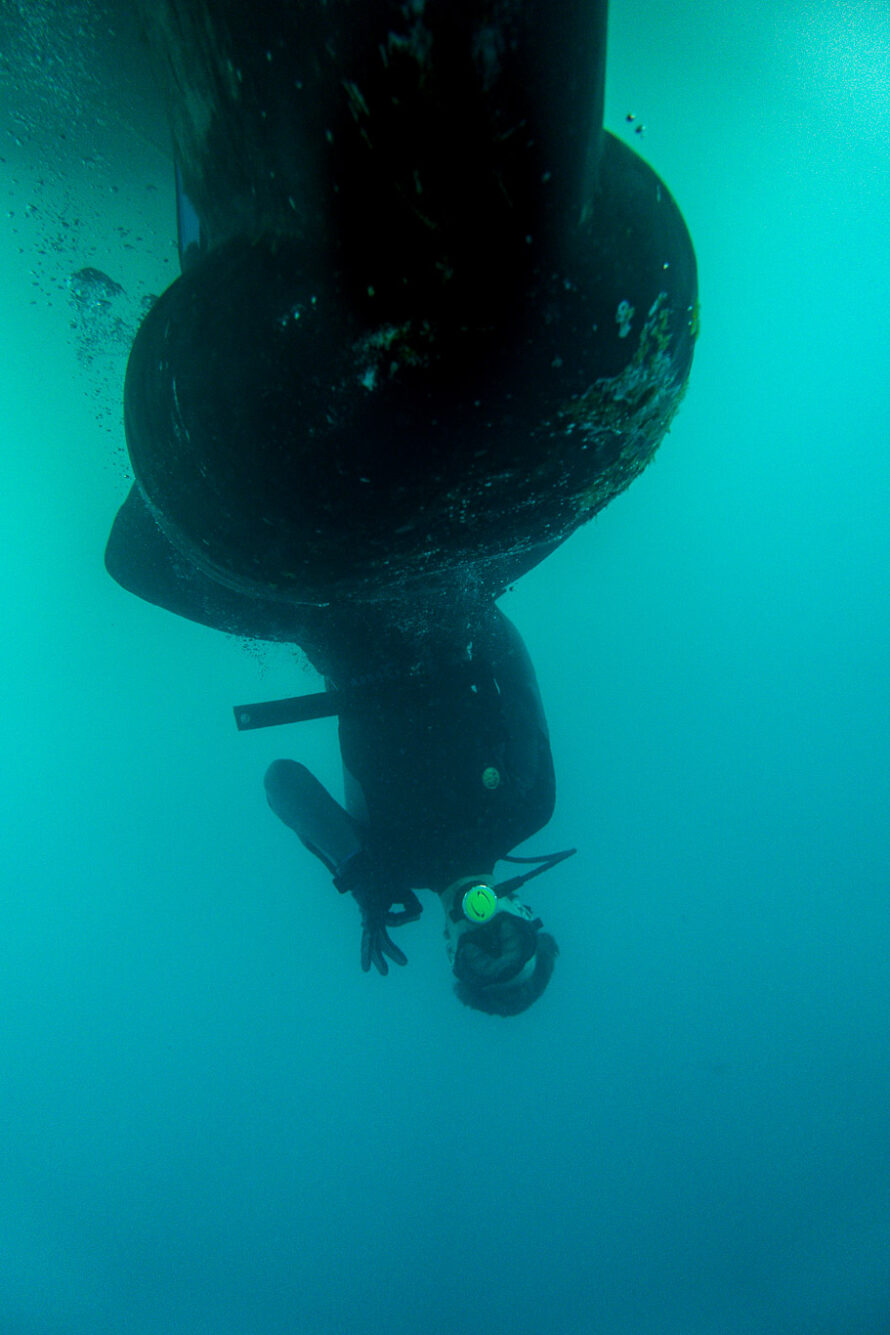
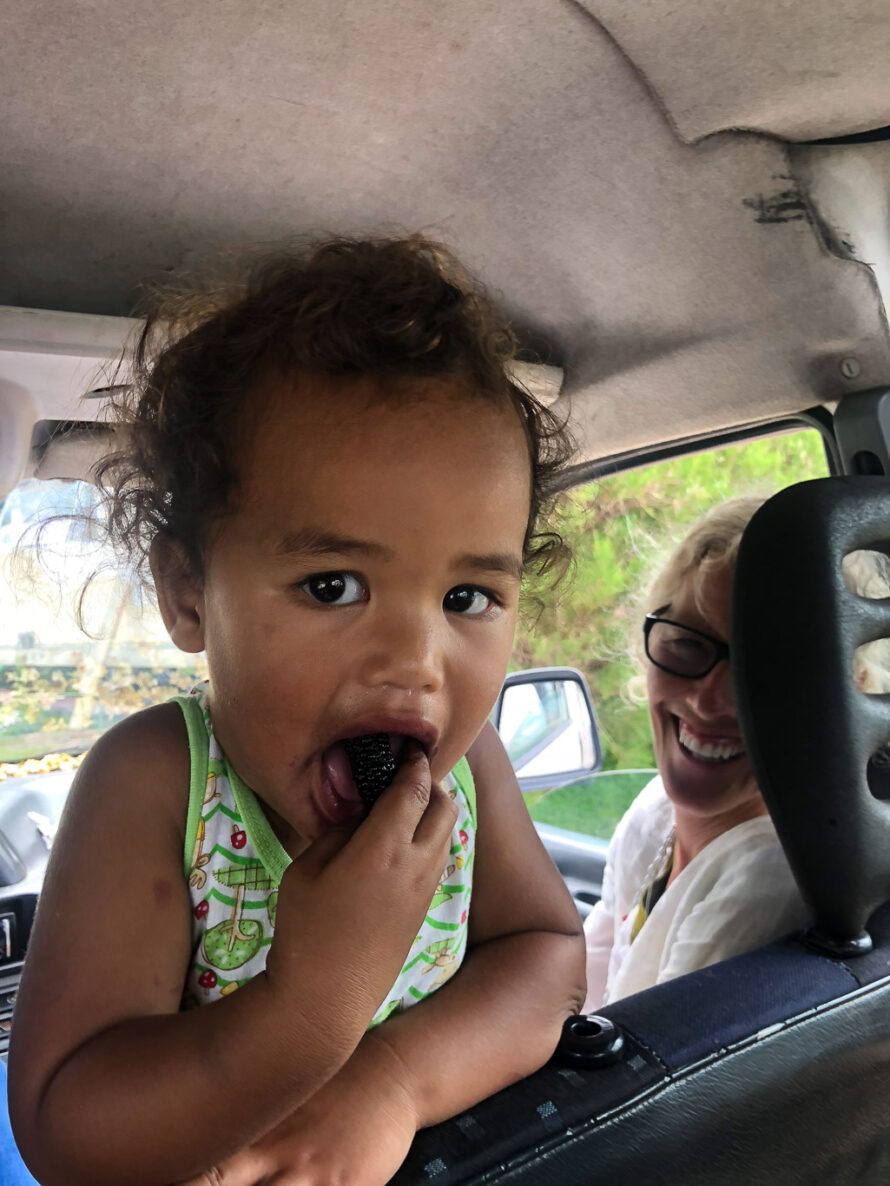
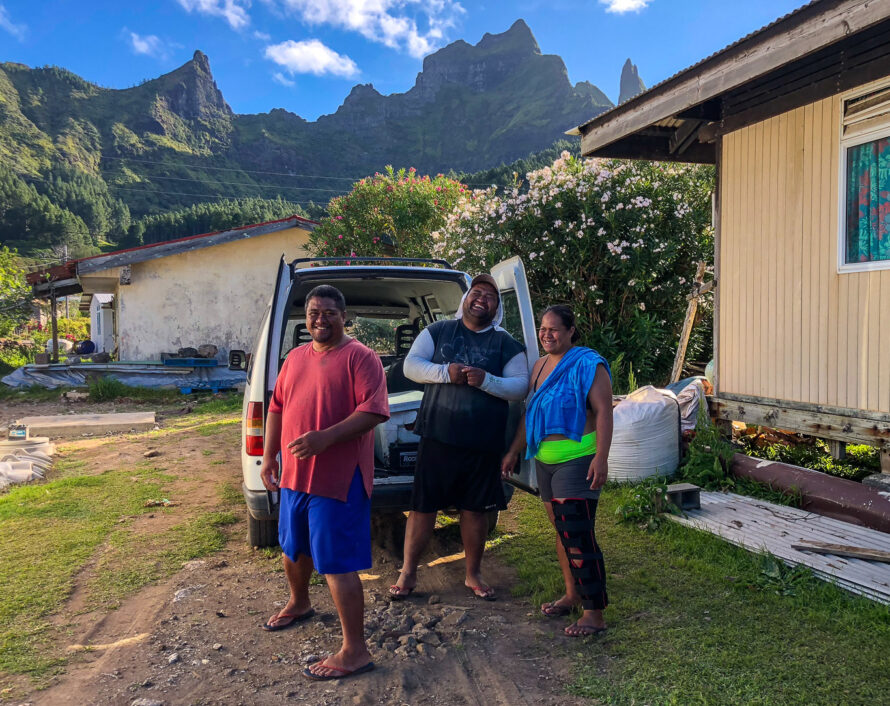
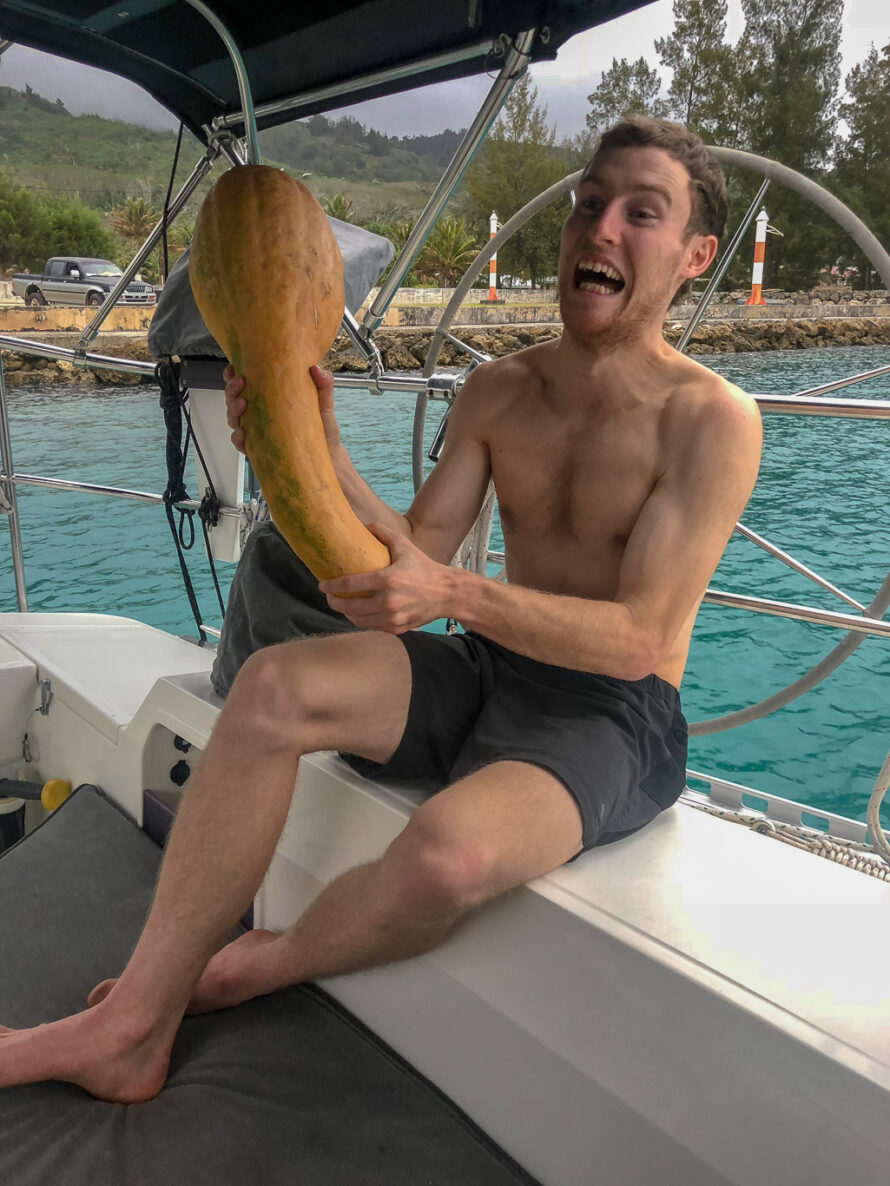

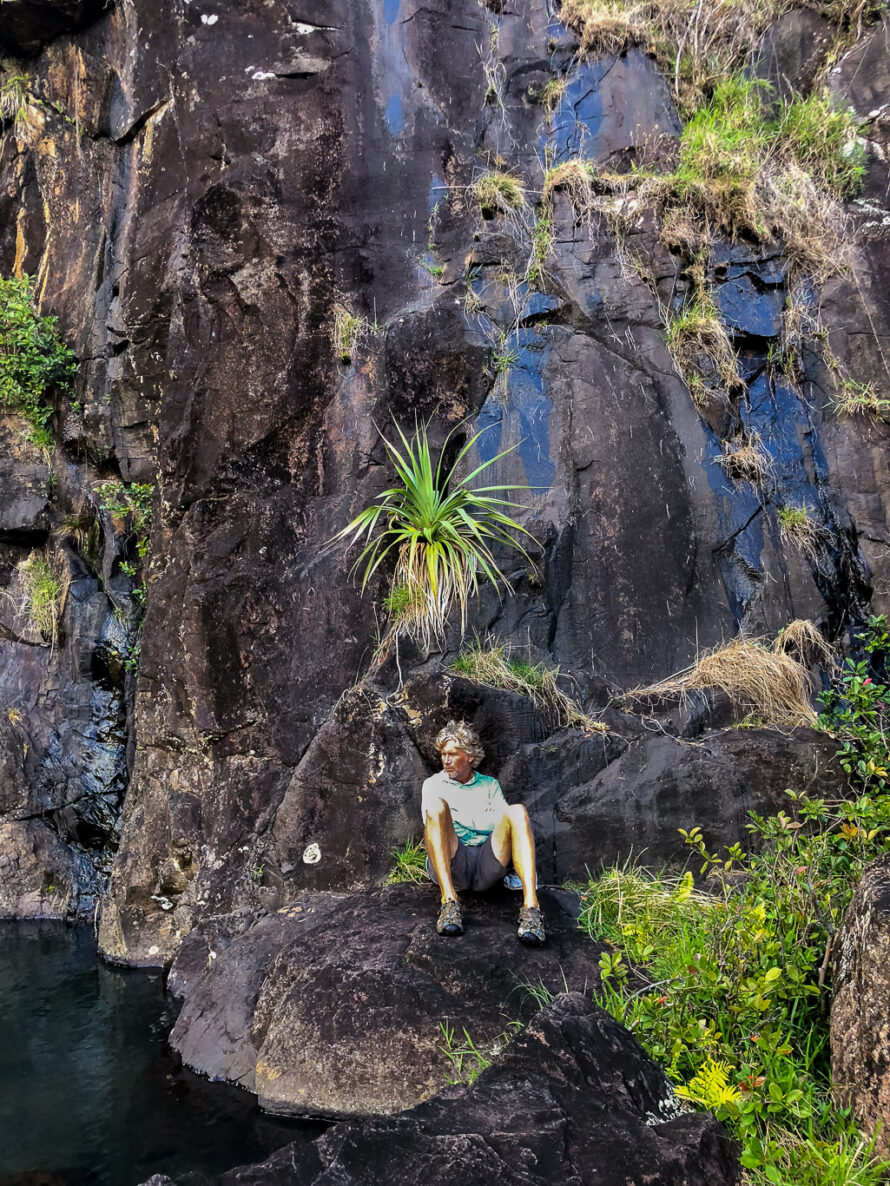


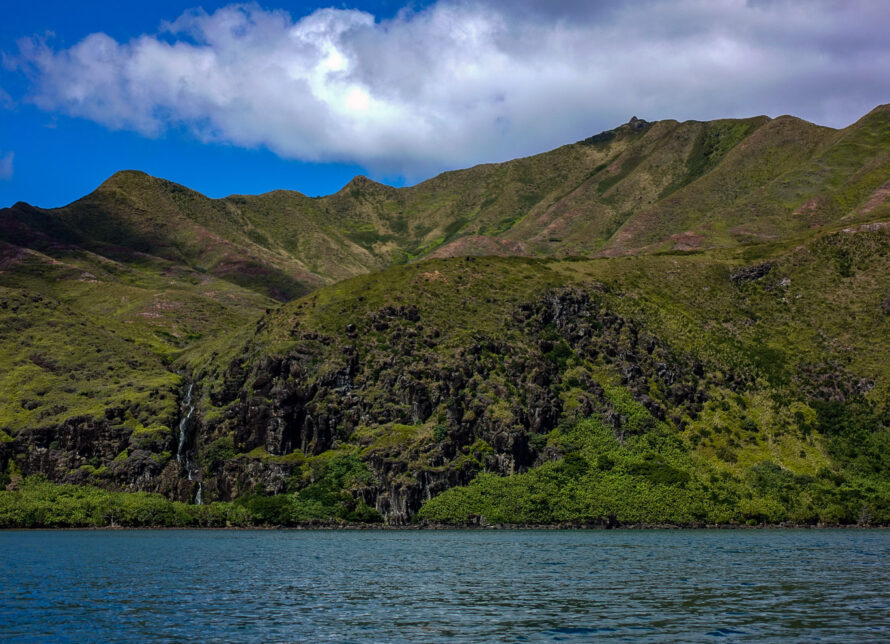
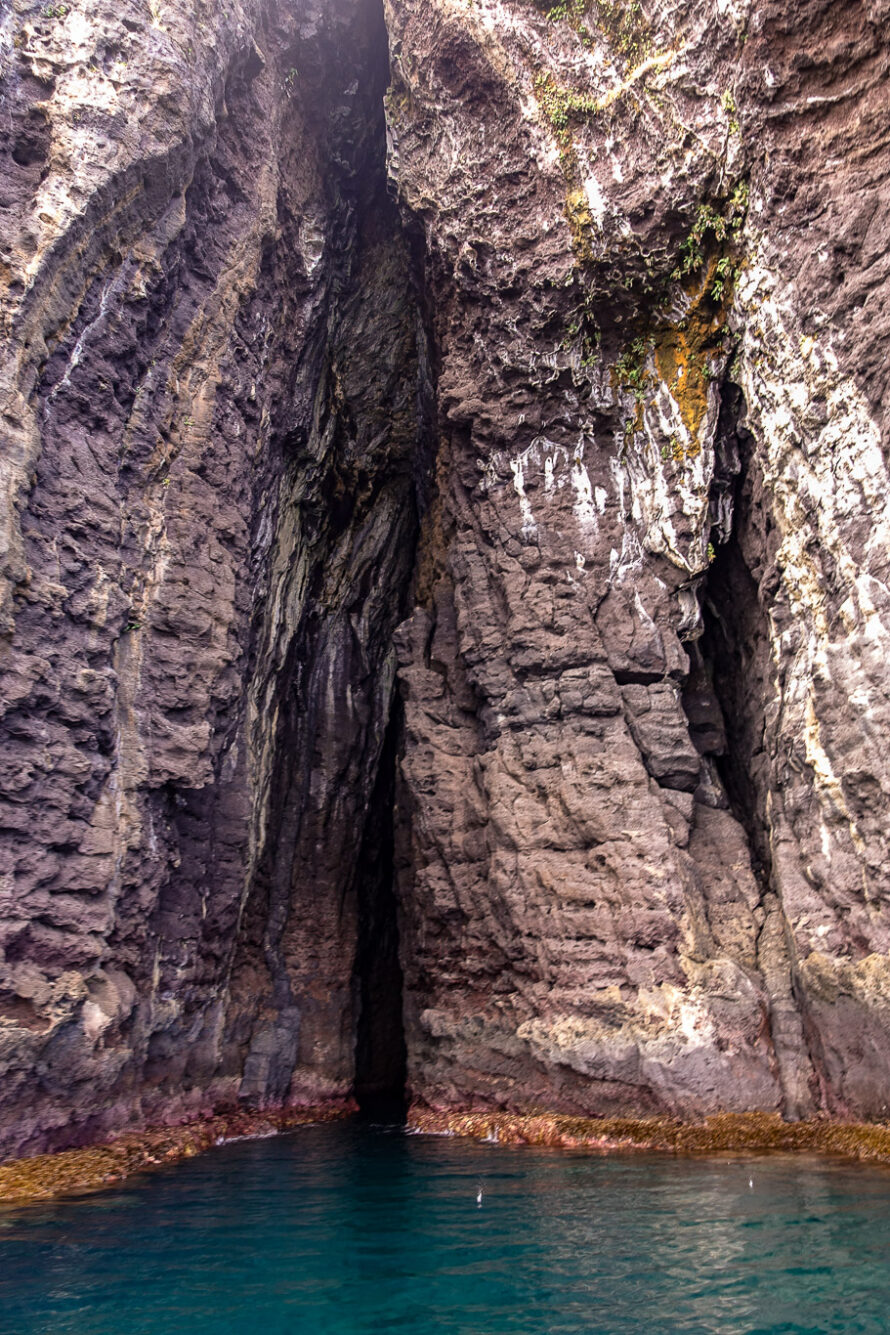
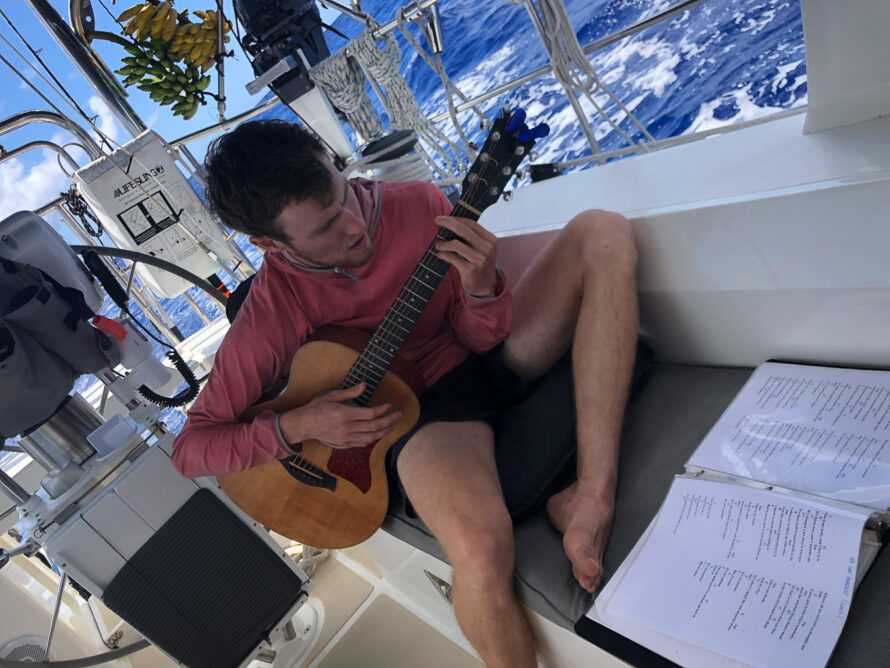
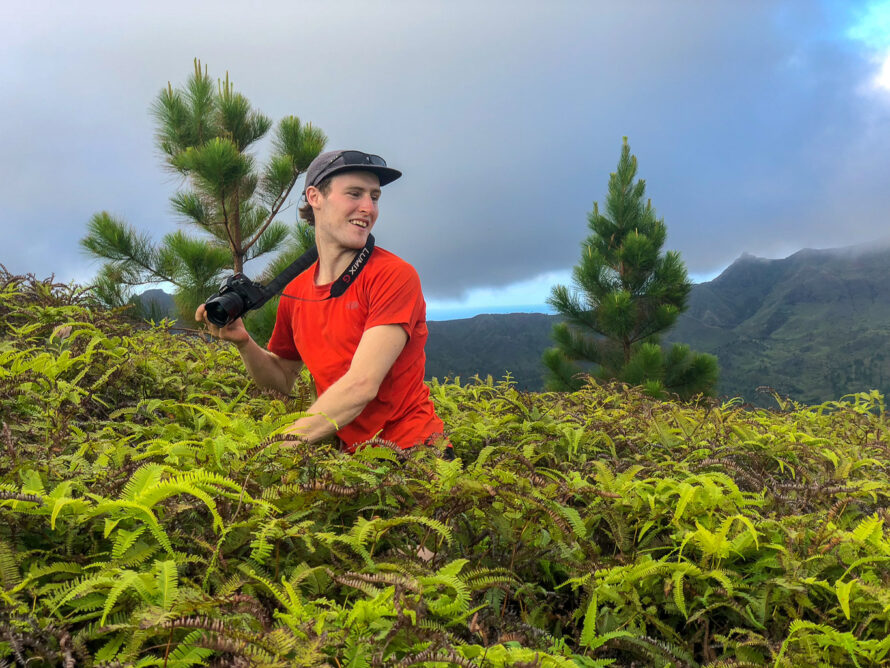
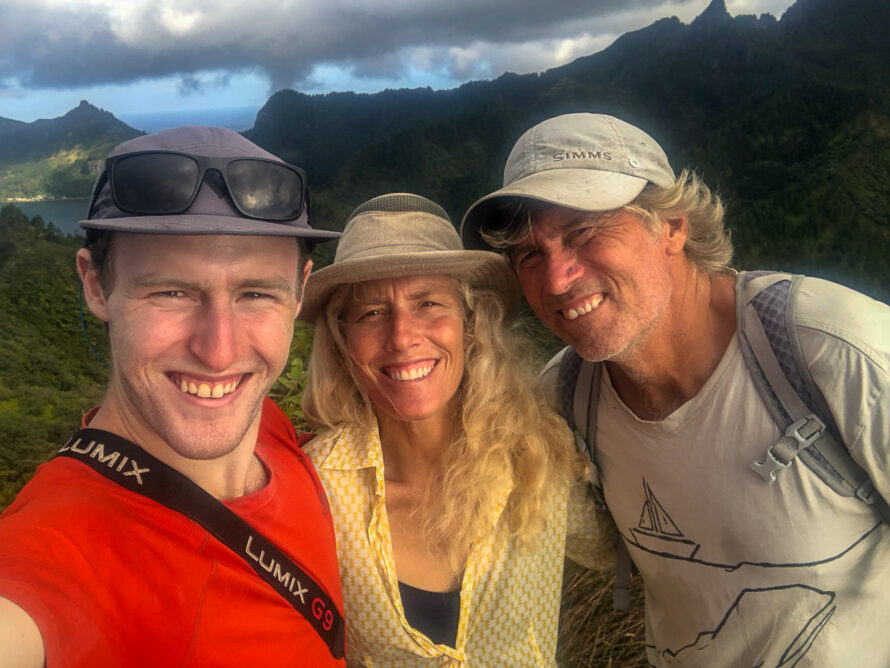
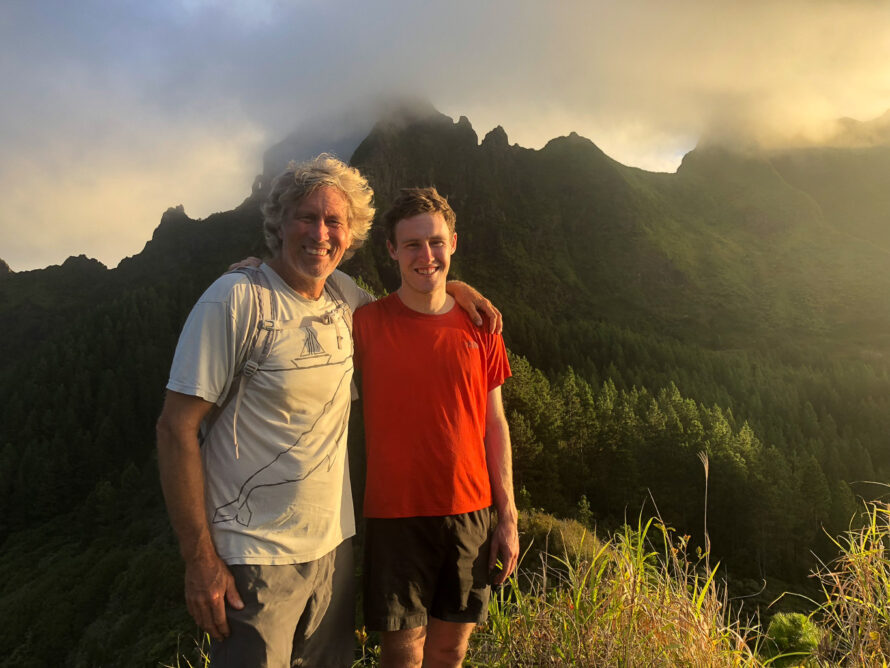
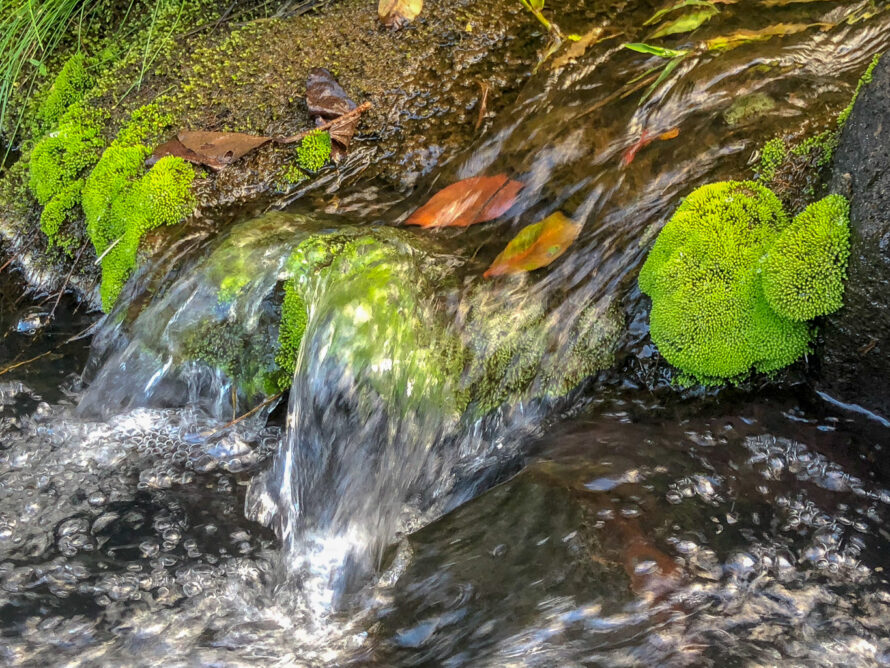
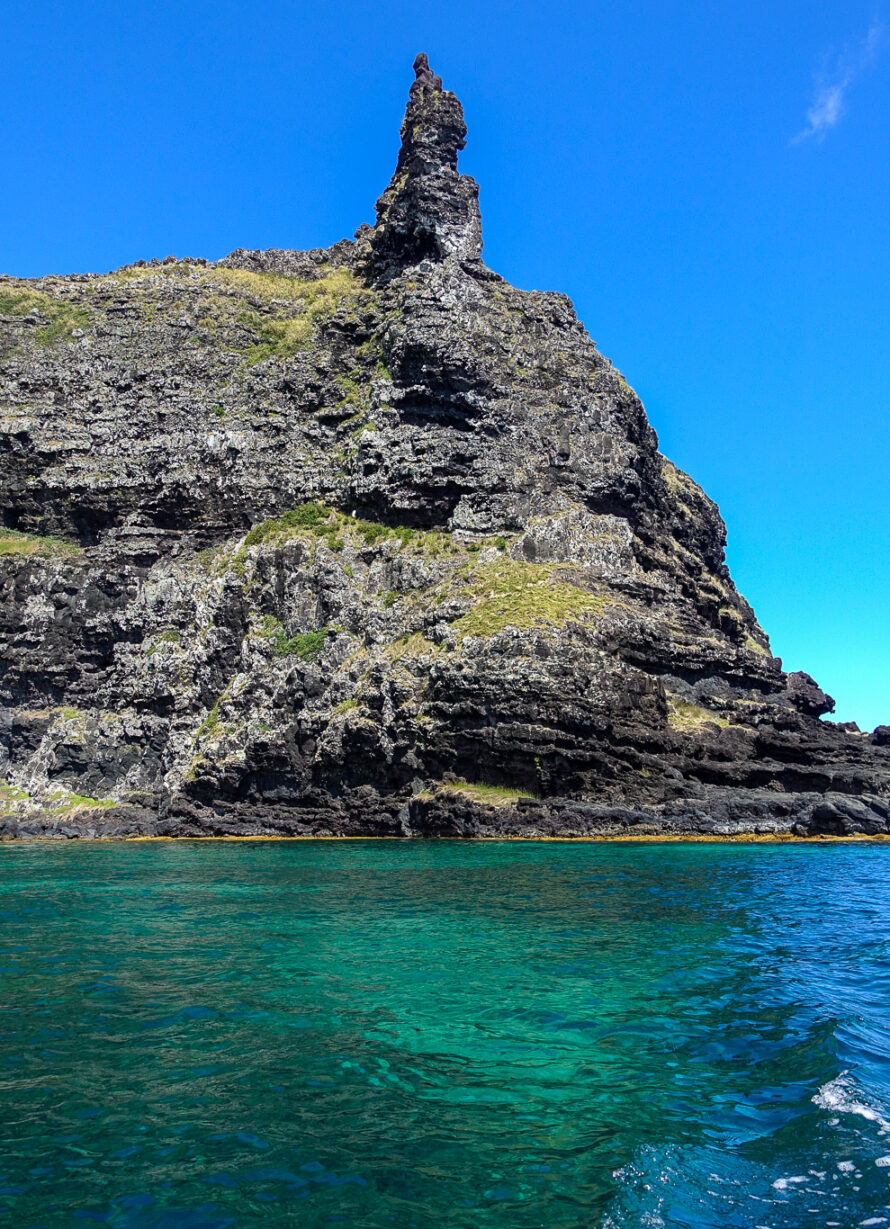


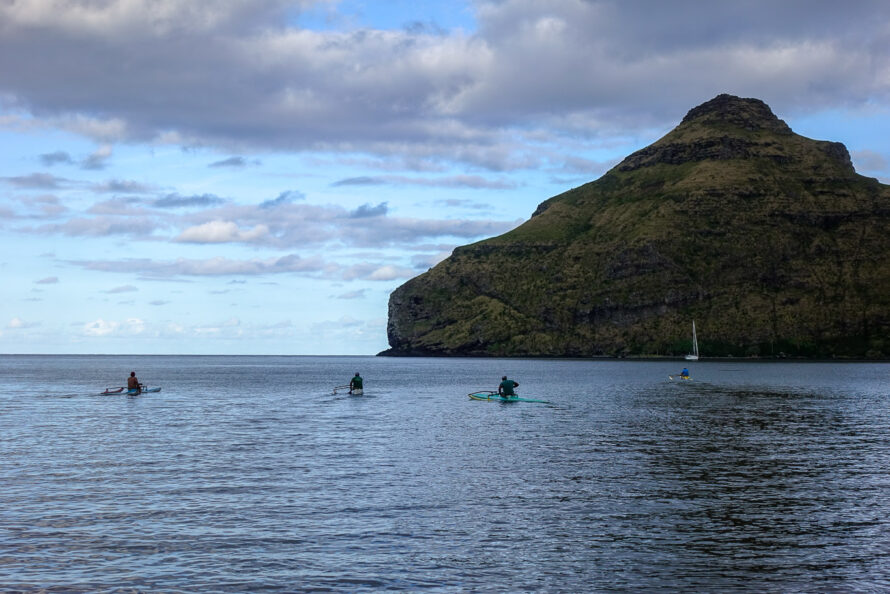
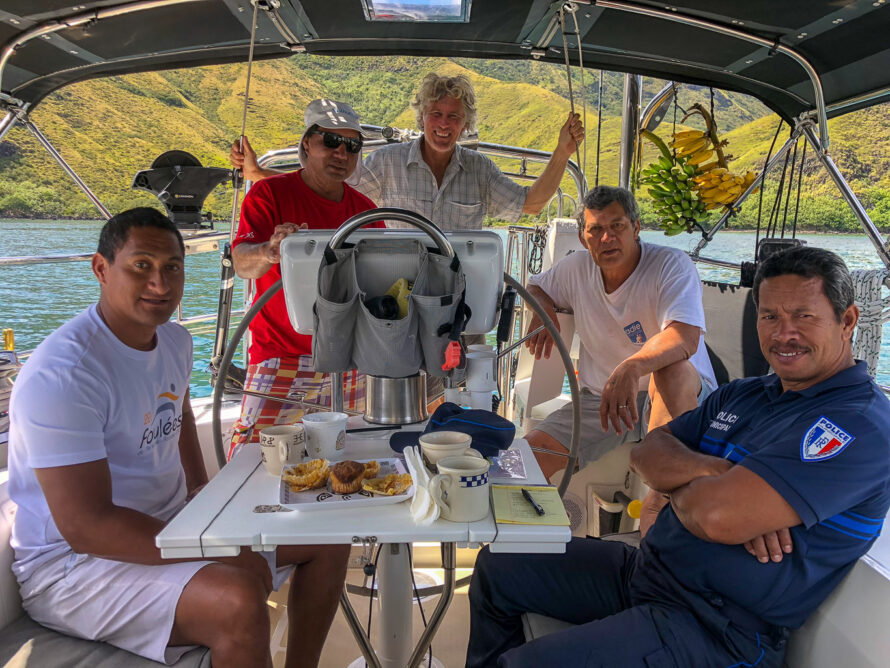
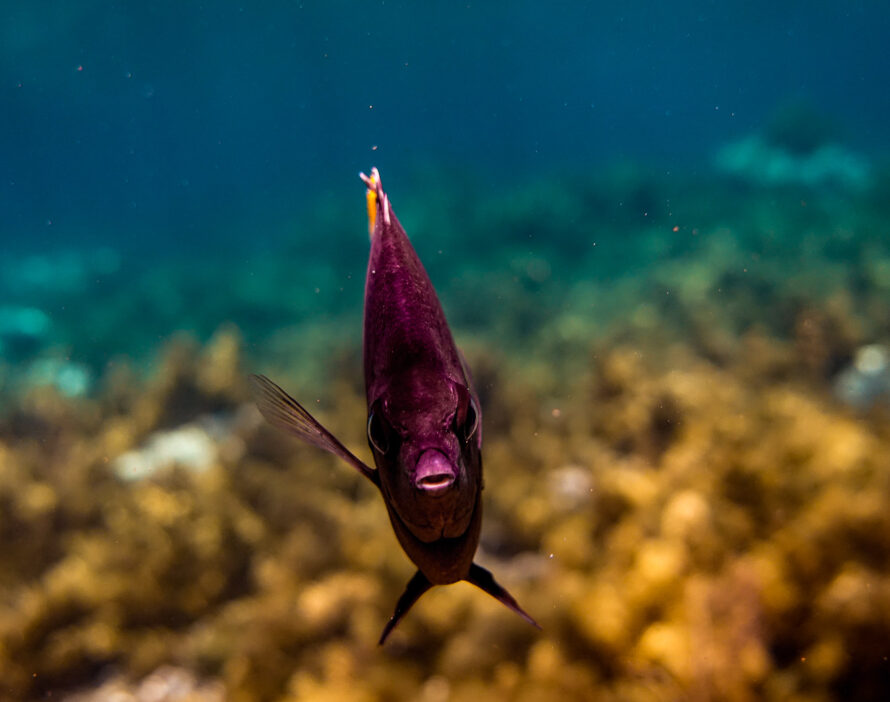
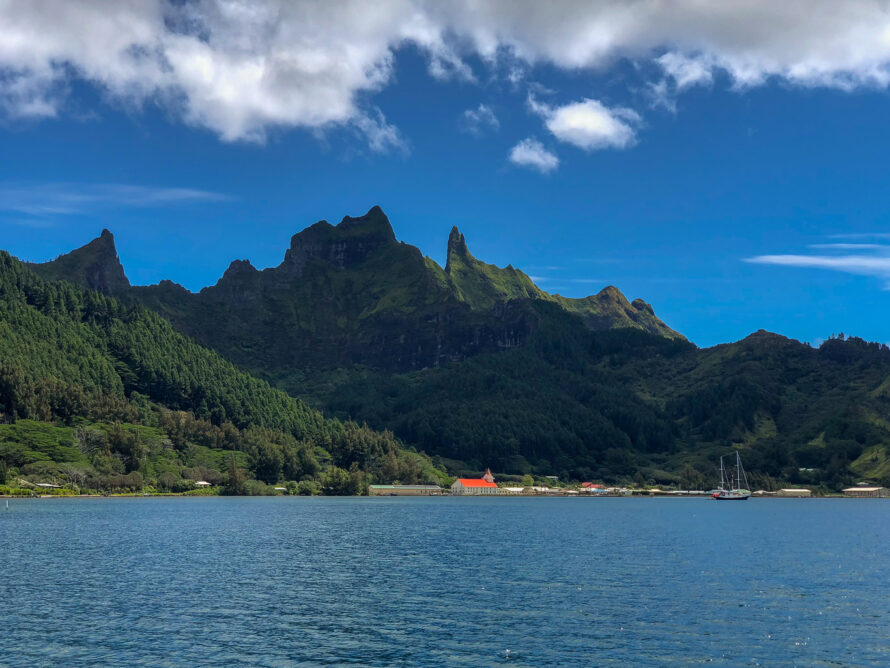




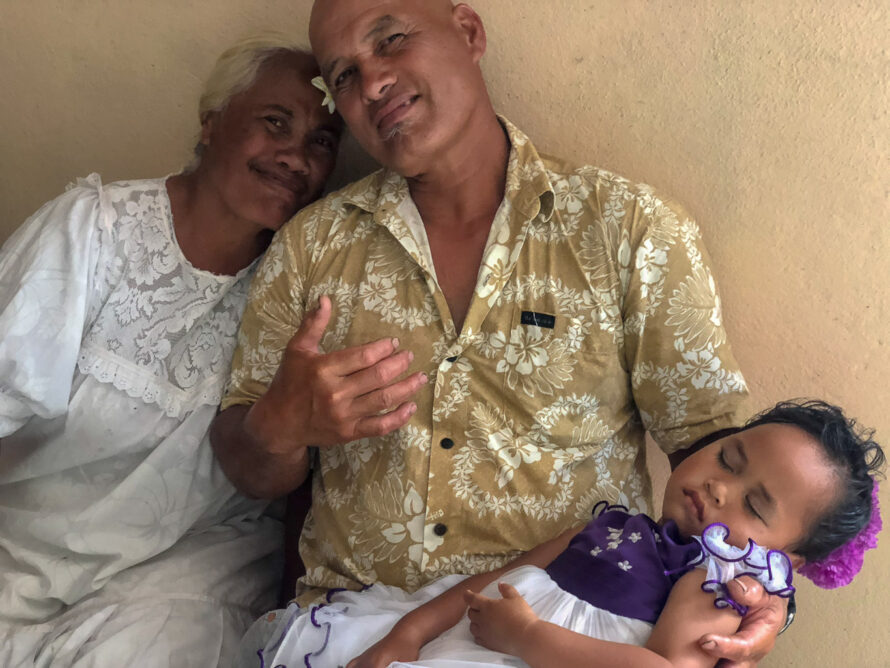

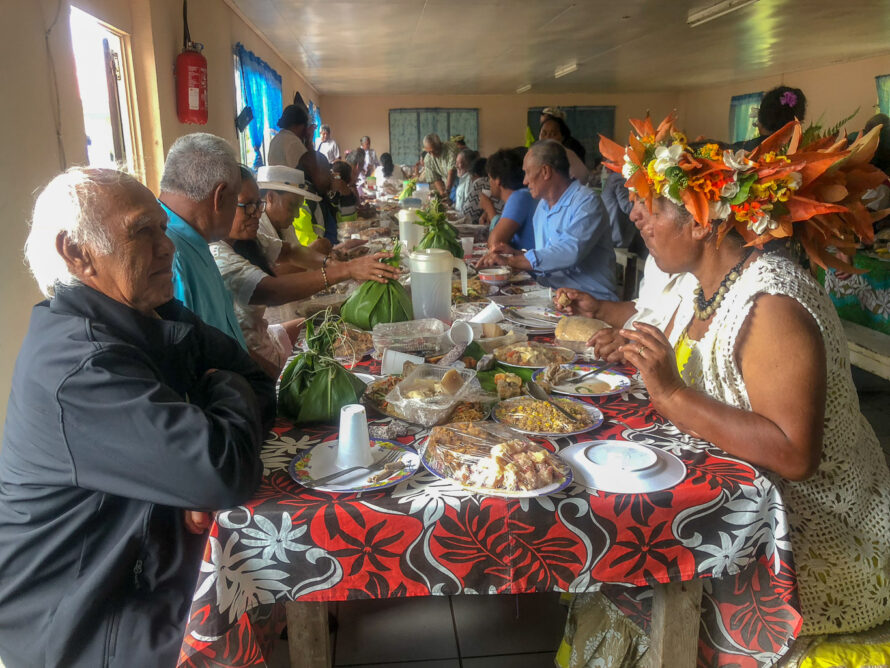
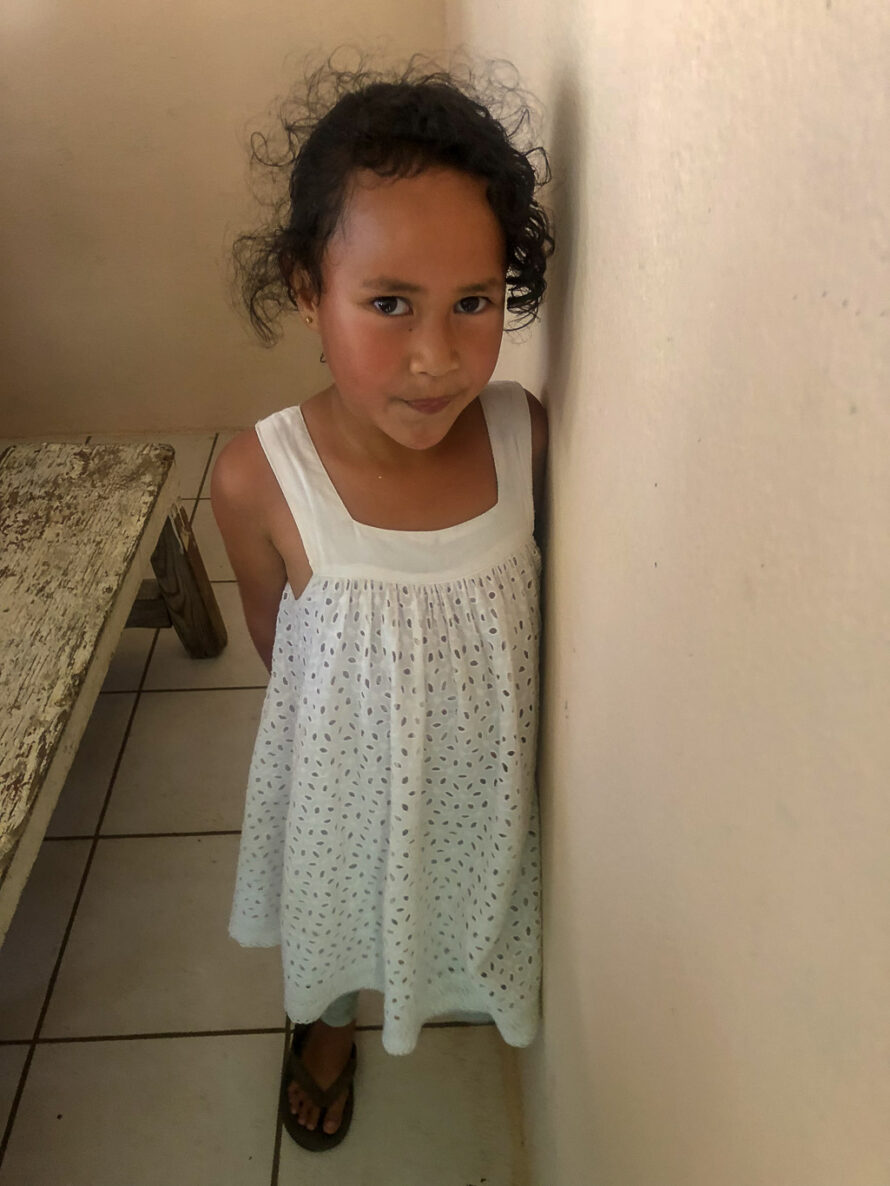

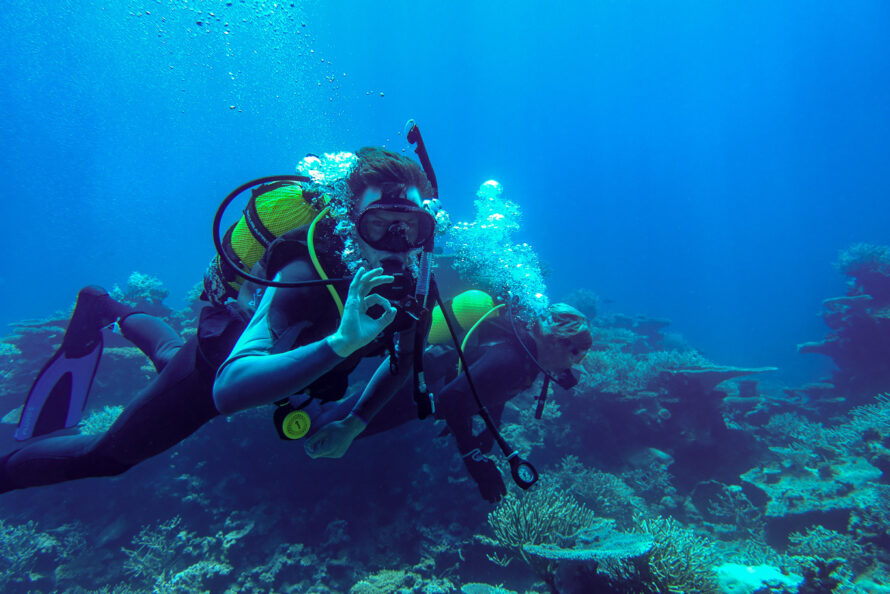

































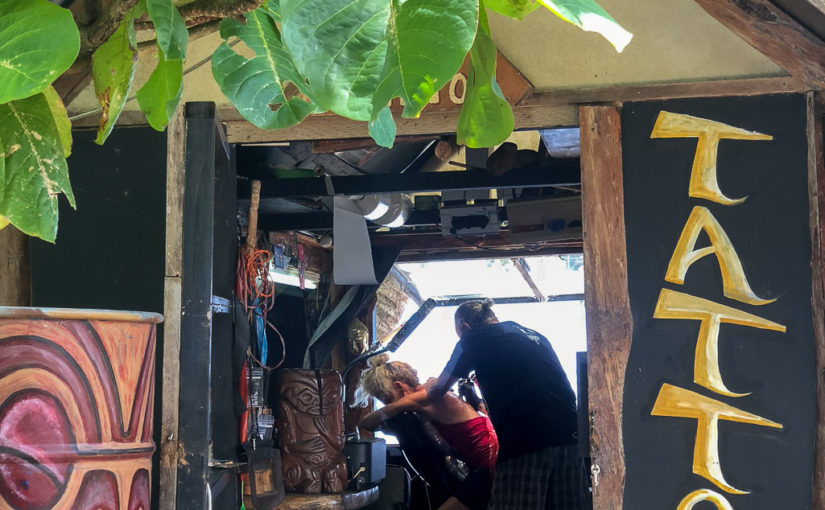
























































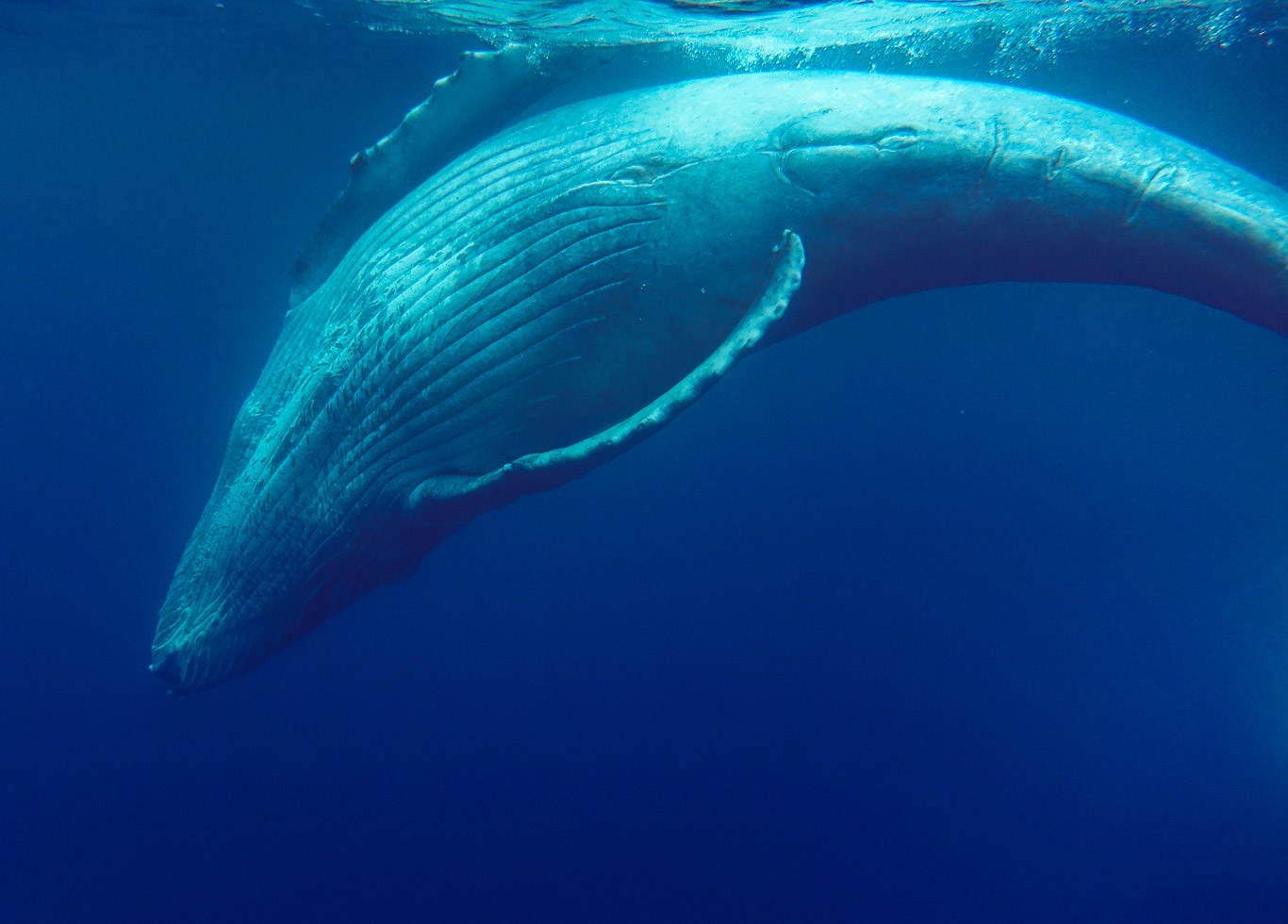



















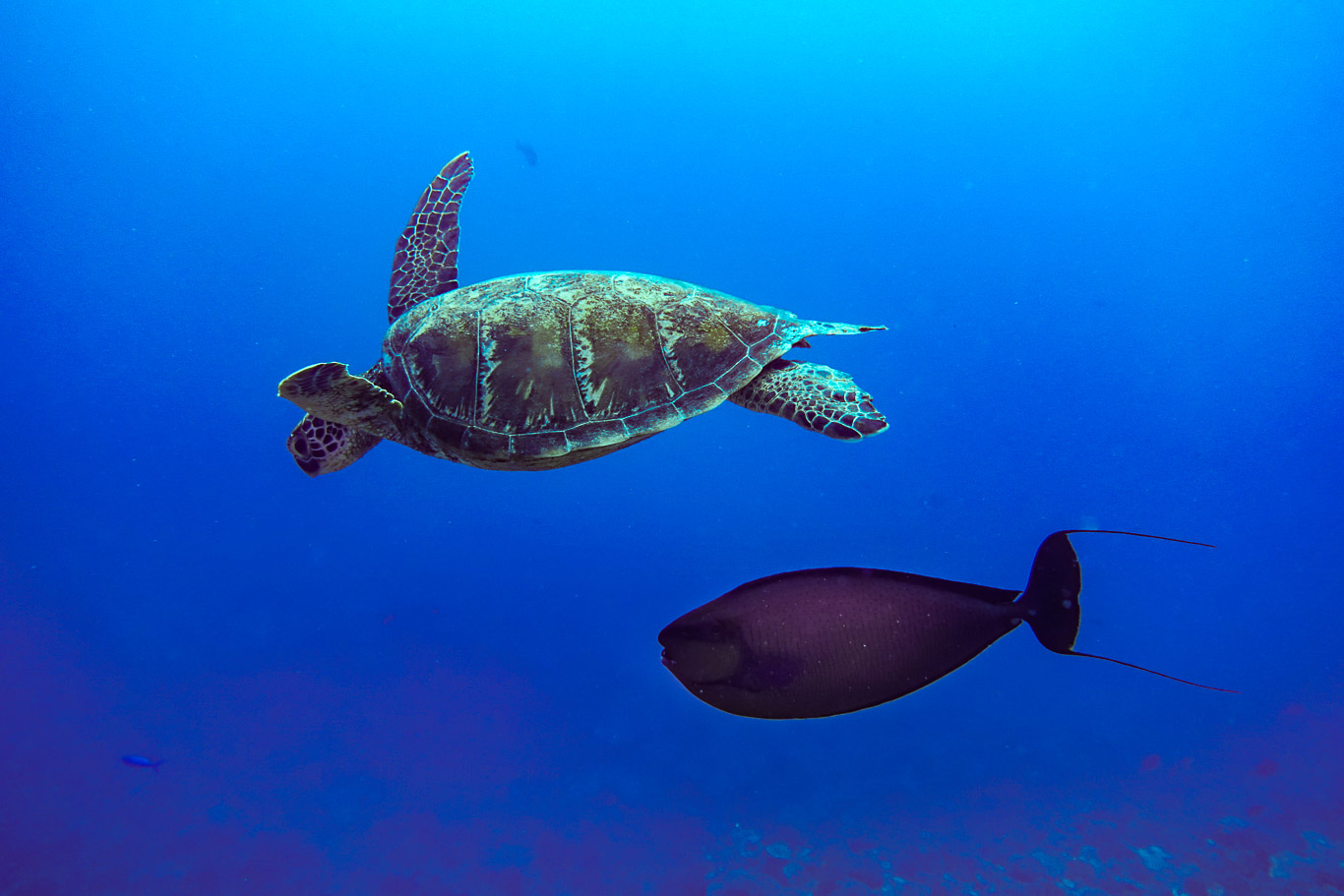
















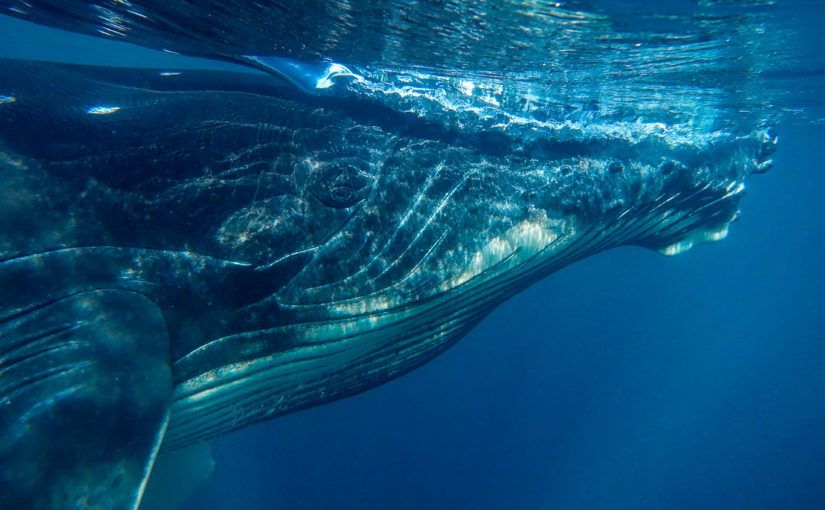
















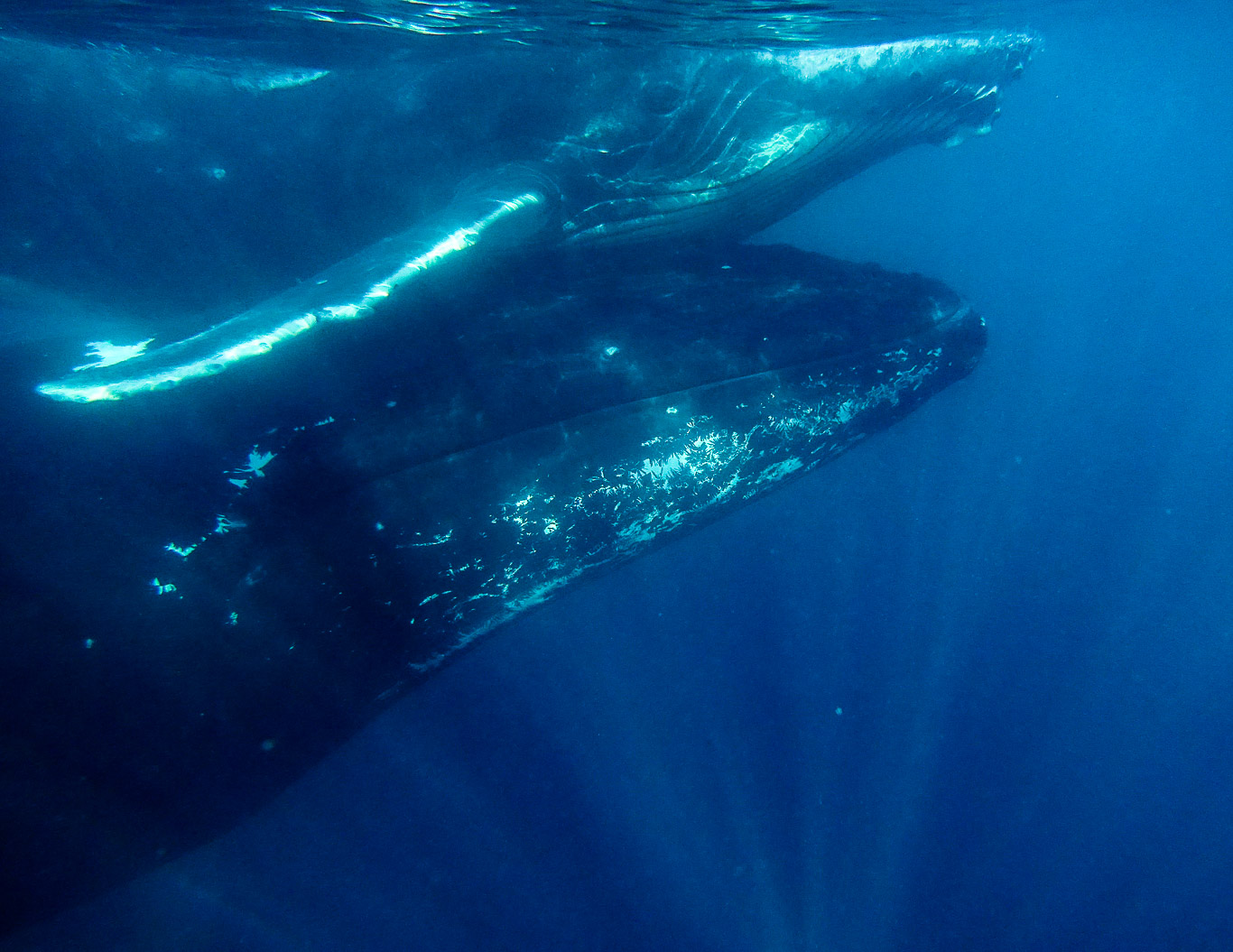


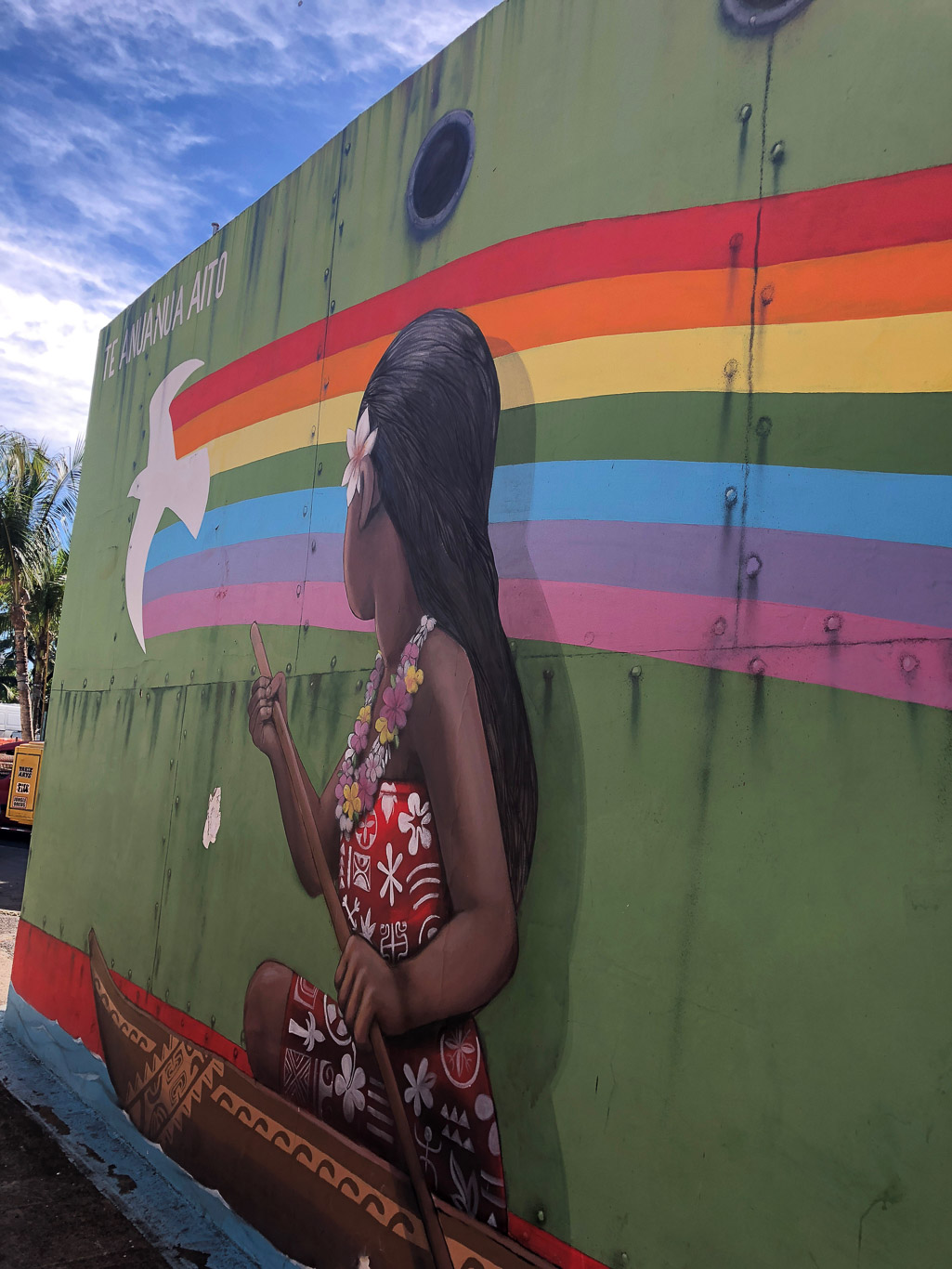











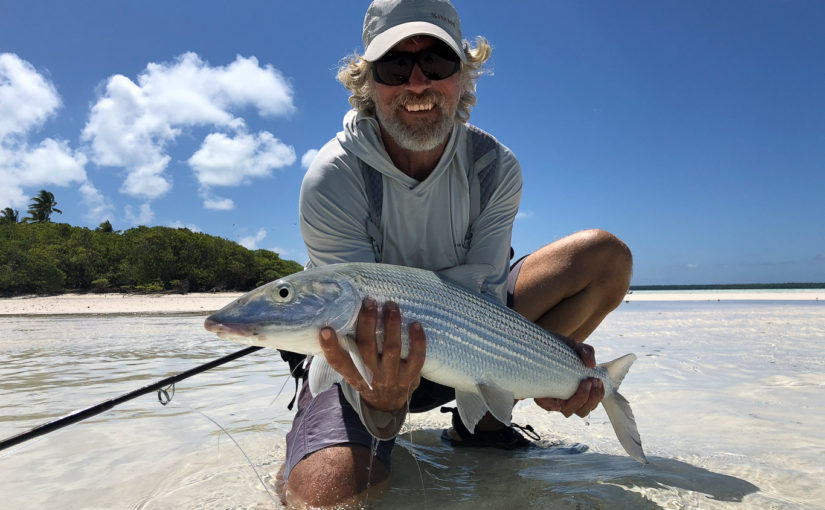
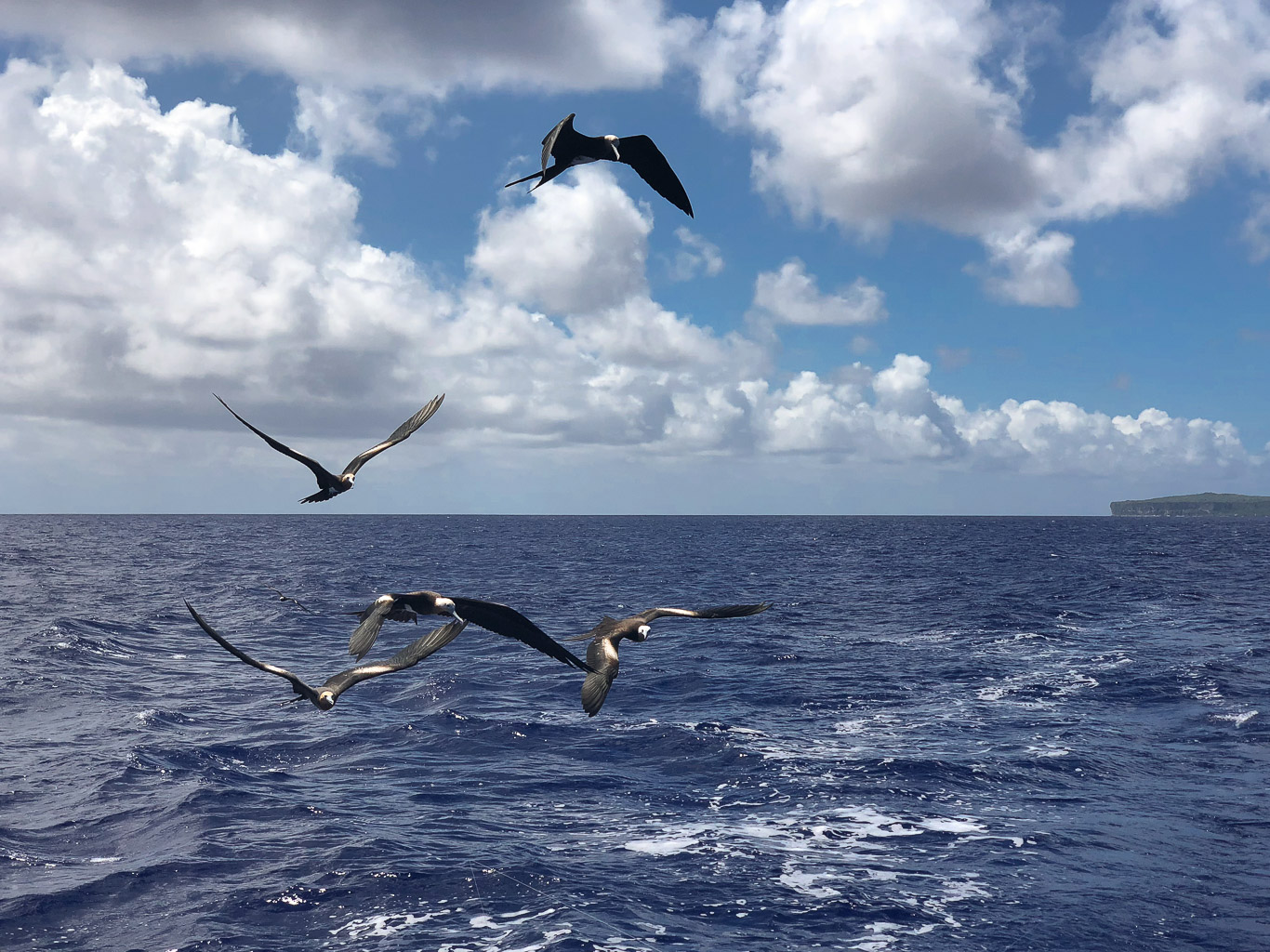















































 " data-envira-height="760" data-envira-width="570" />
" data-envira-height="760" data-envira-width="570" />











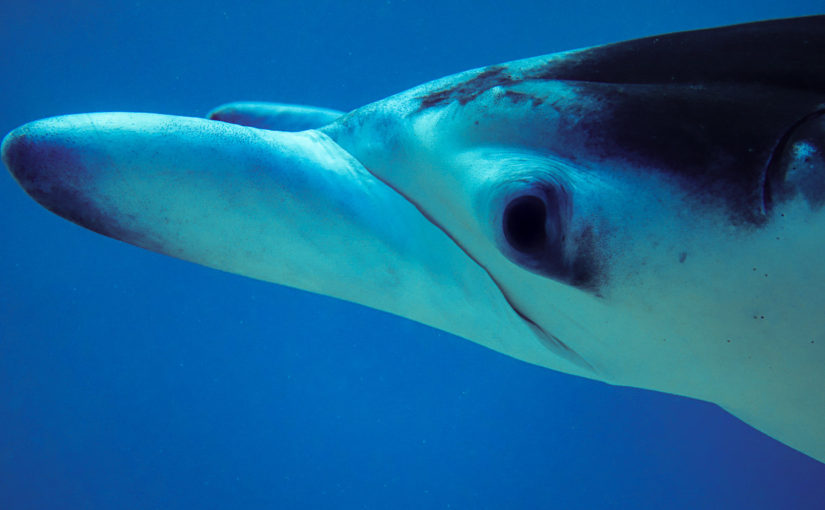























































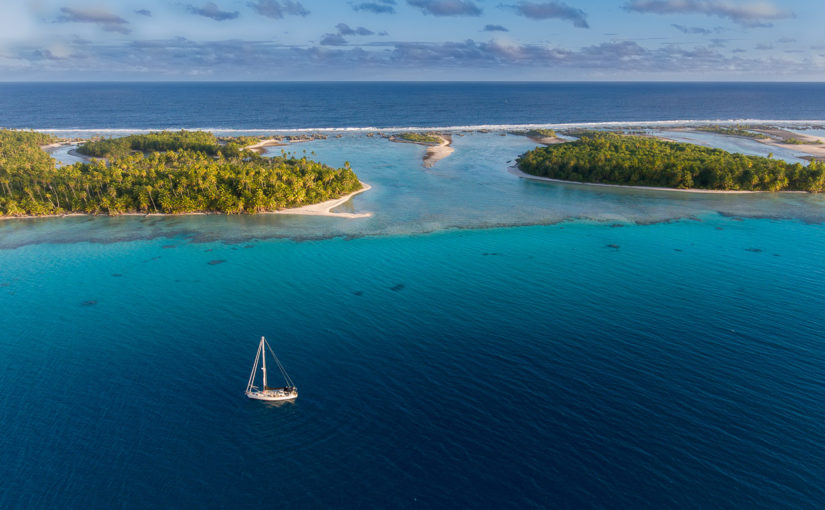














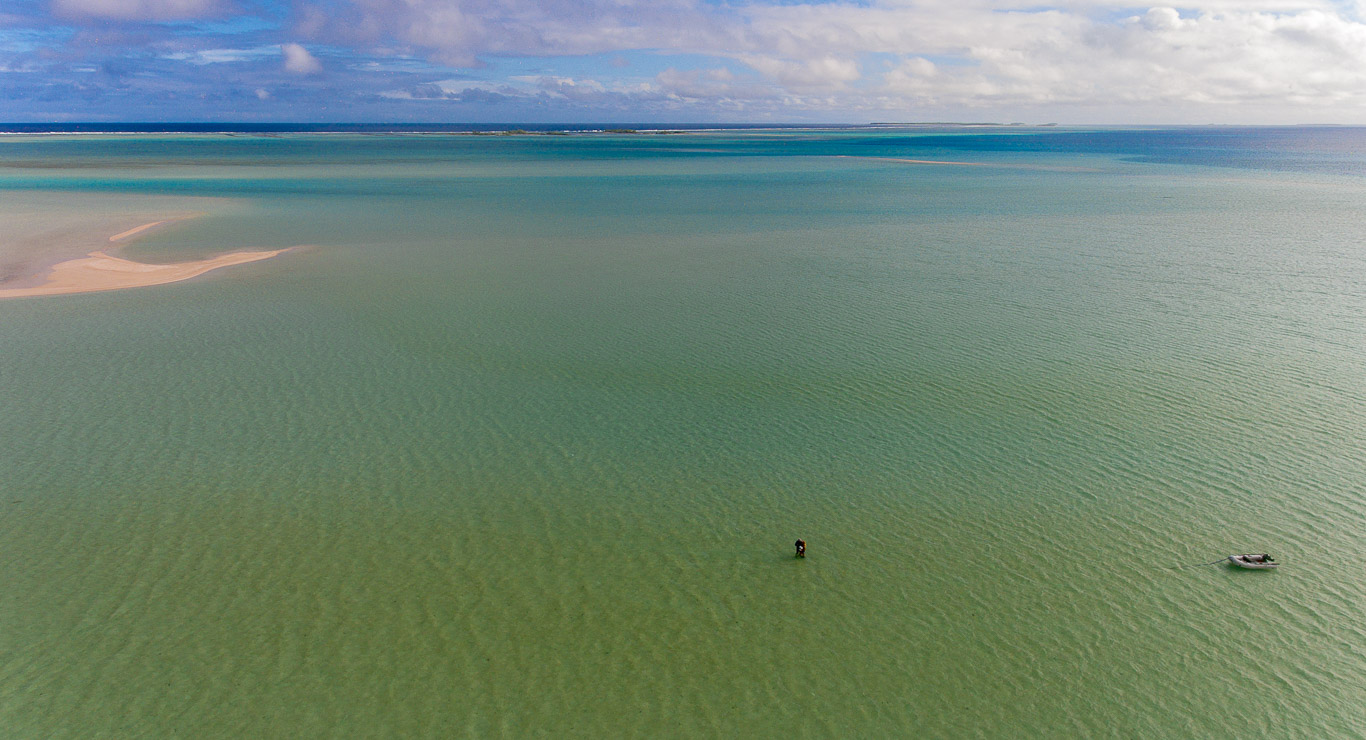














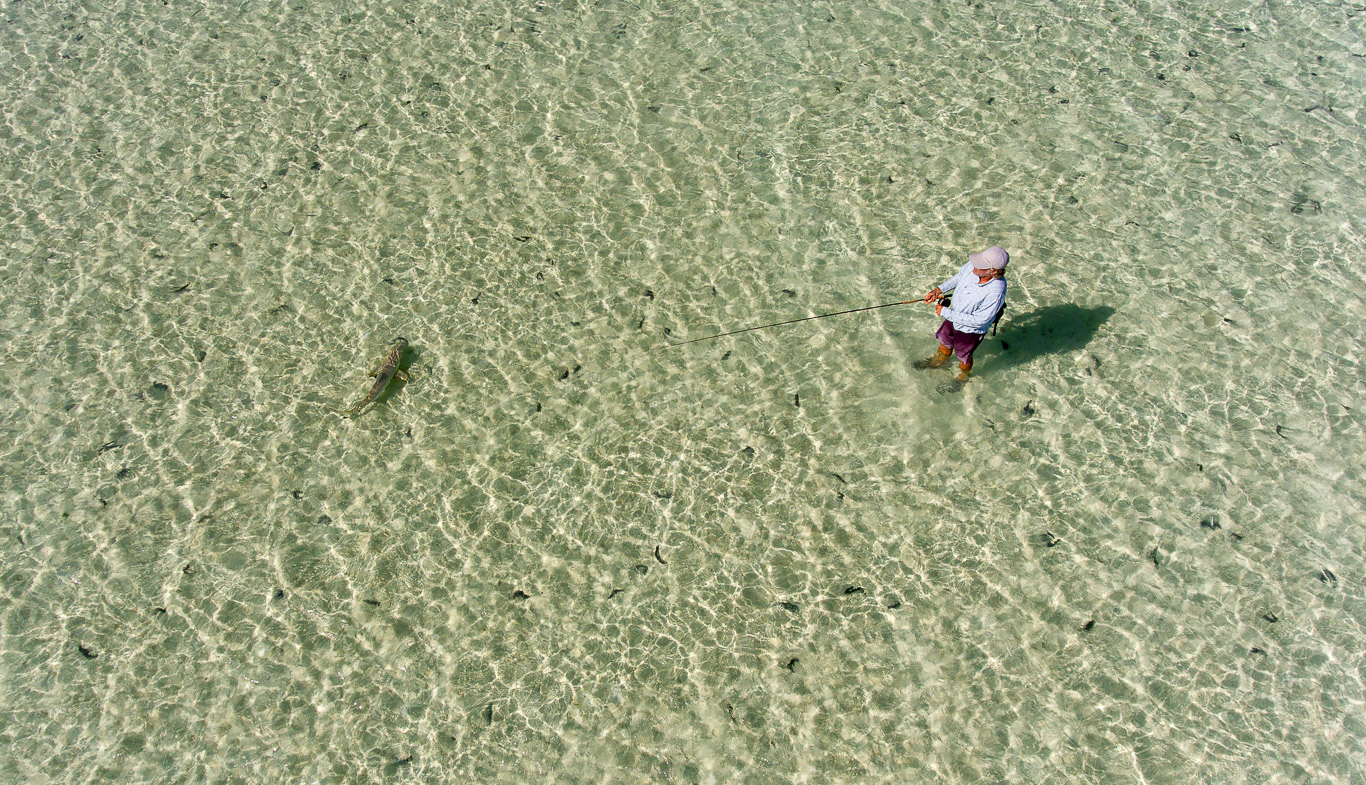




















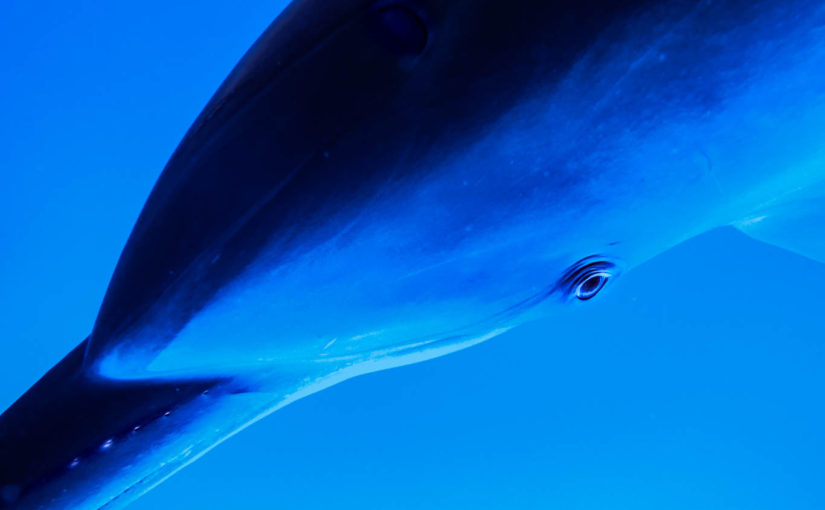
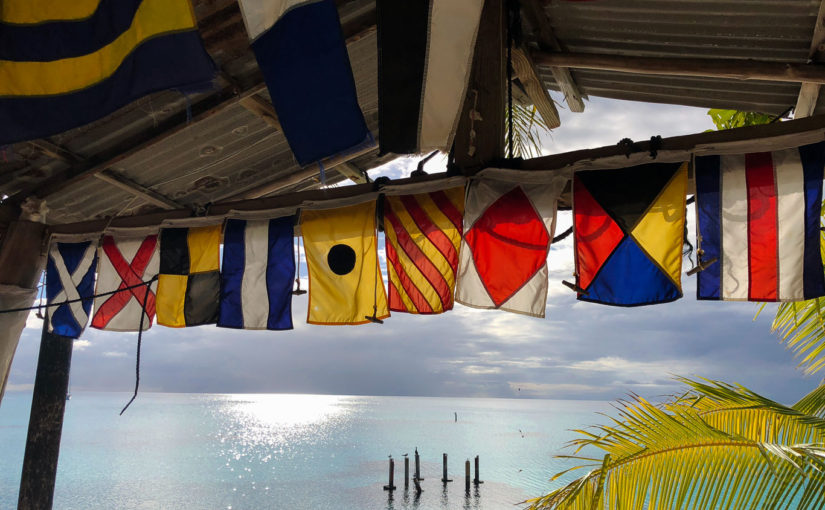

































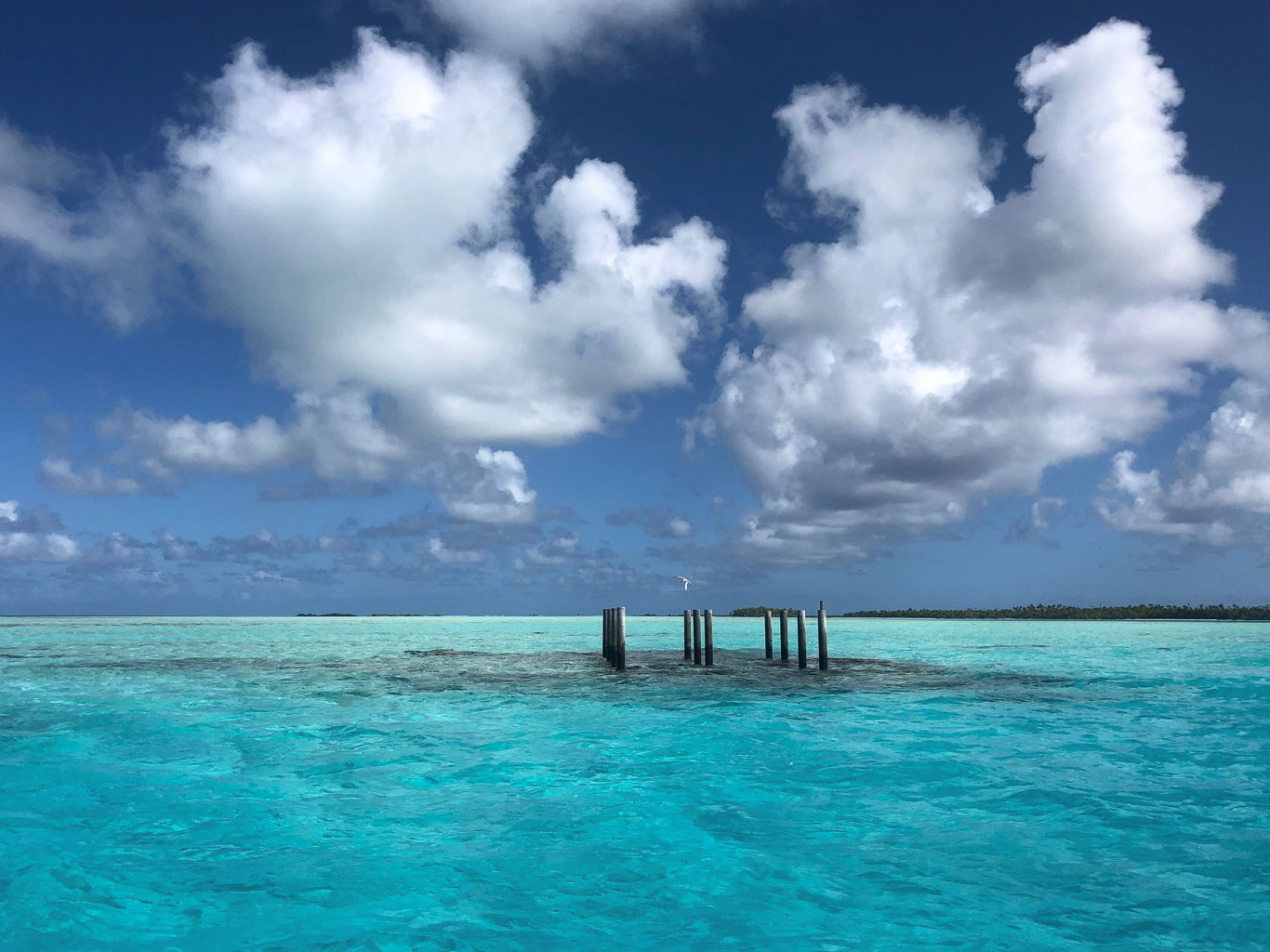

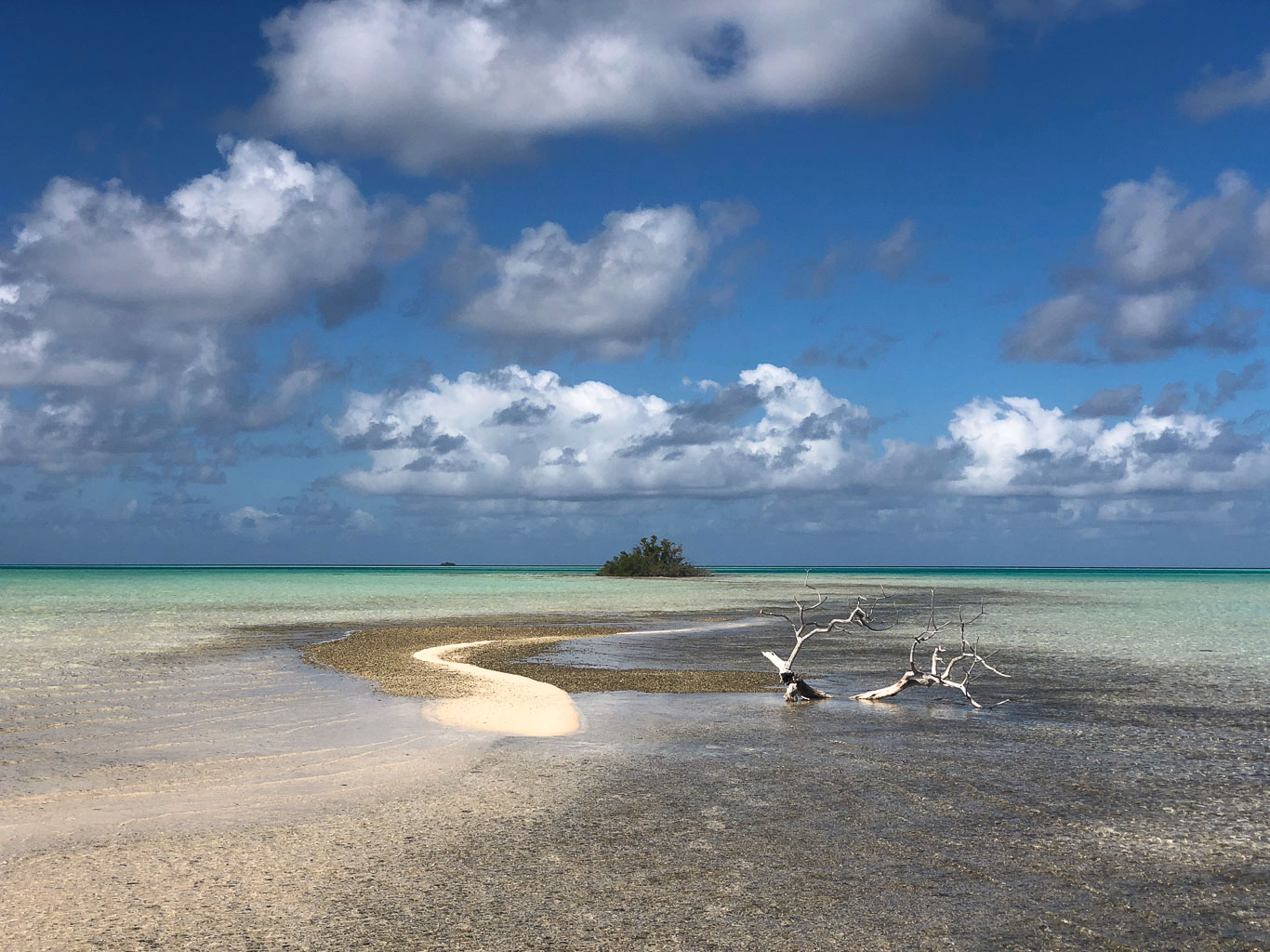











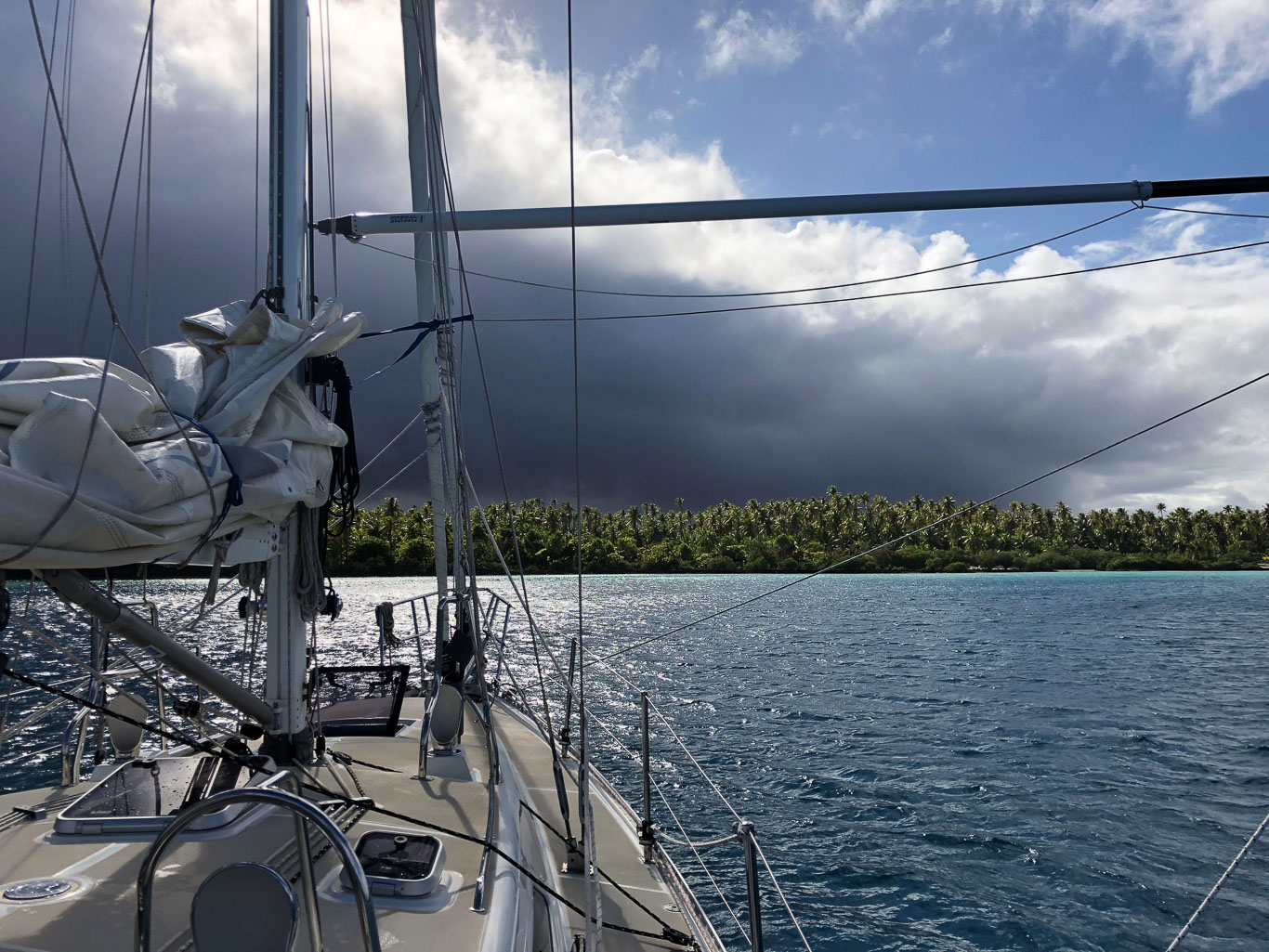







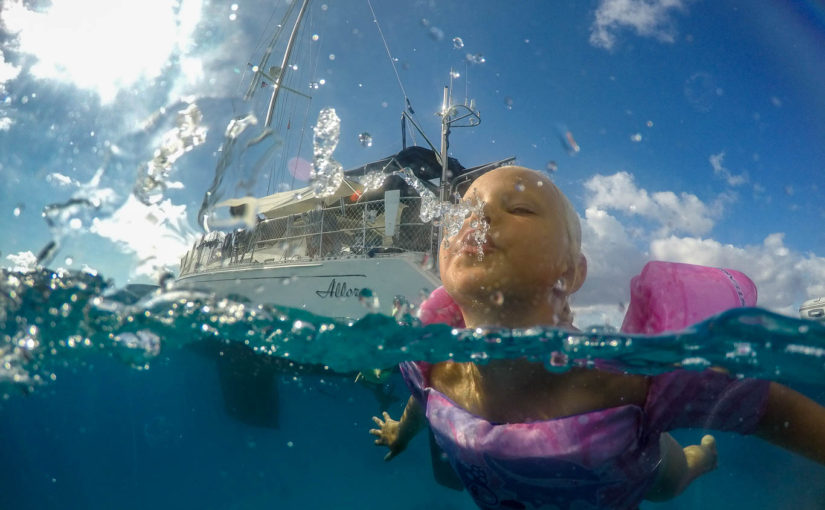

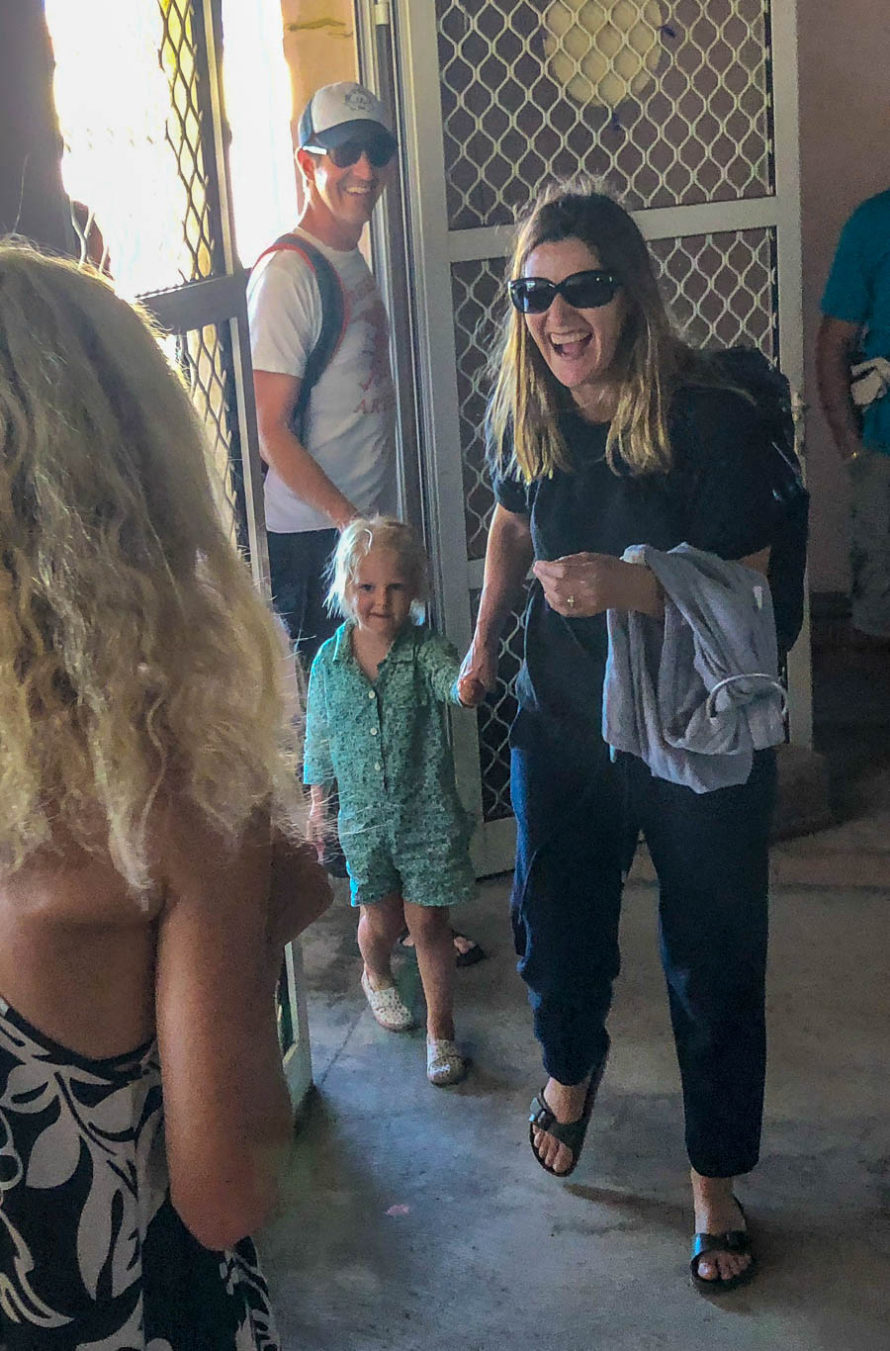
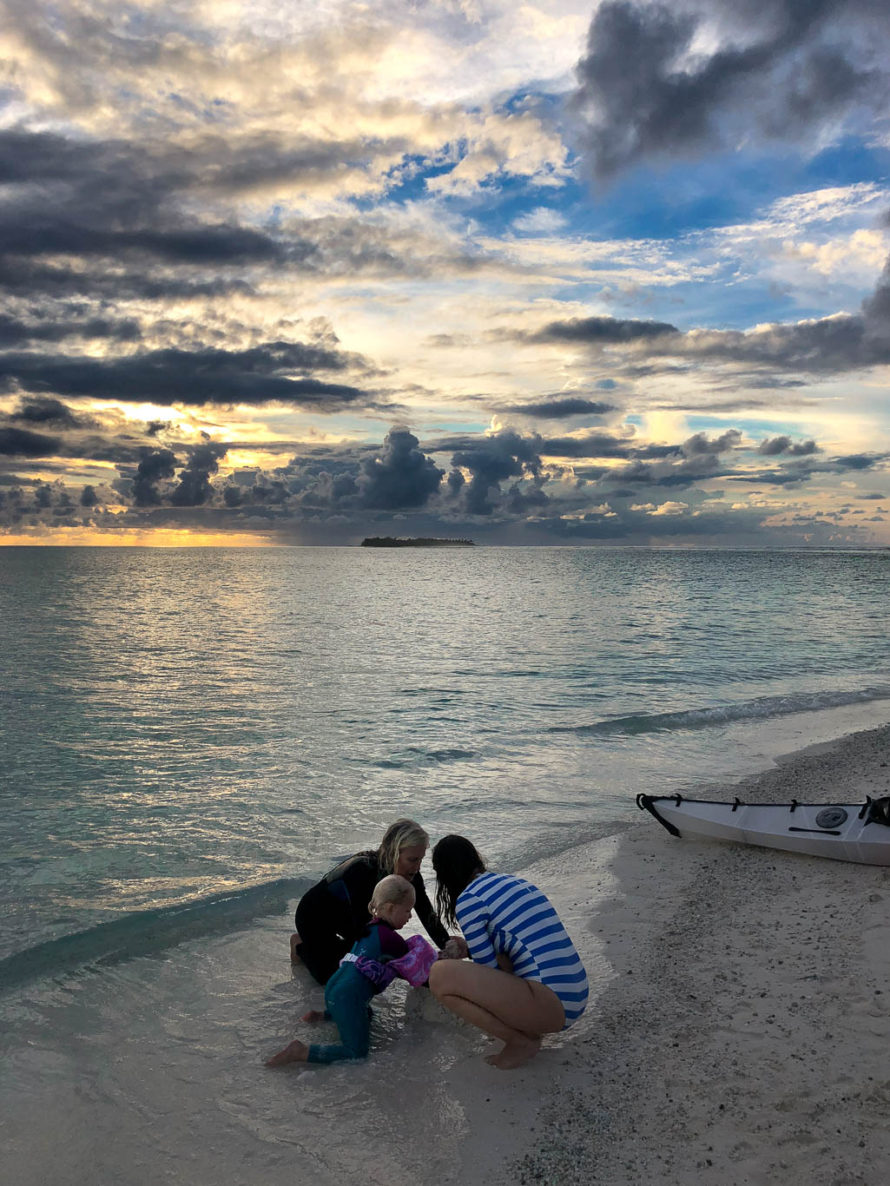



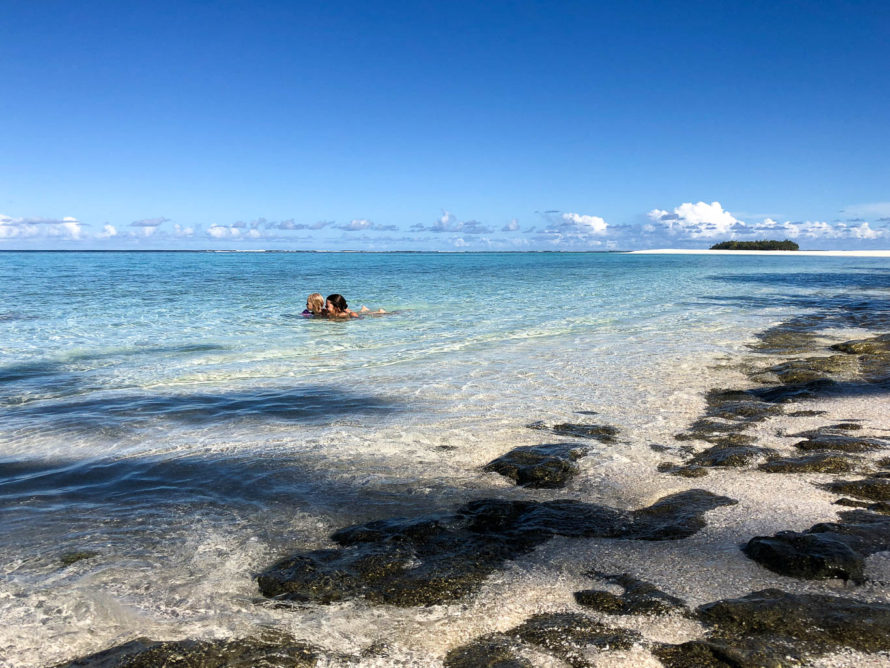
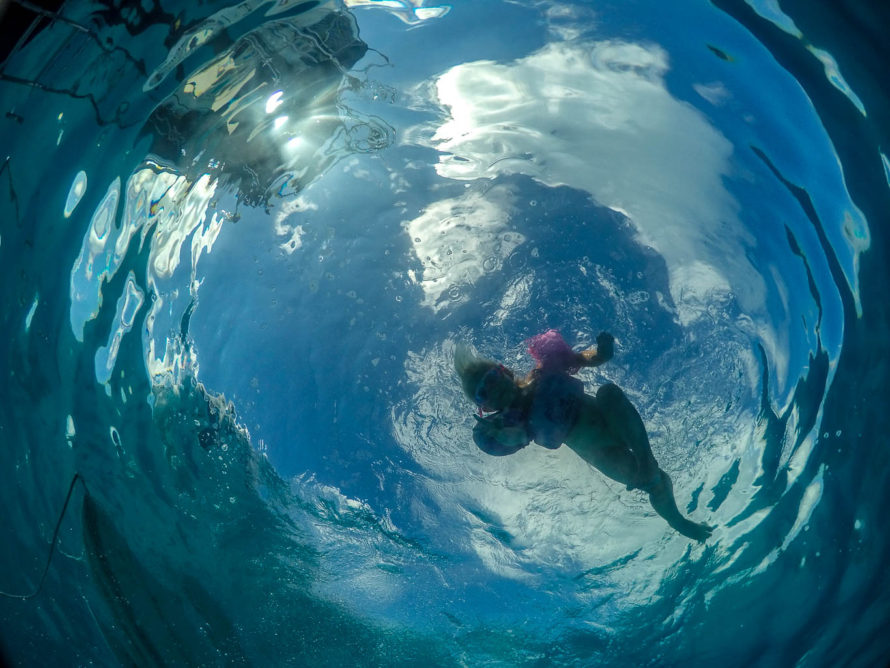
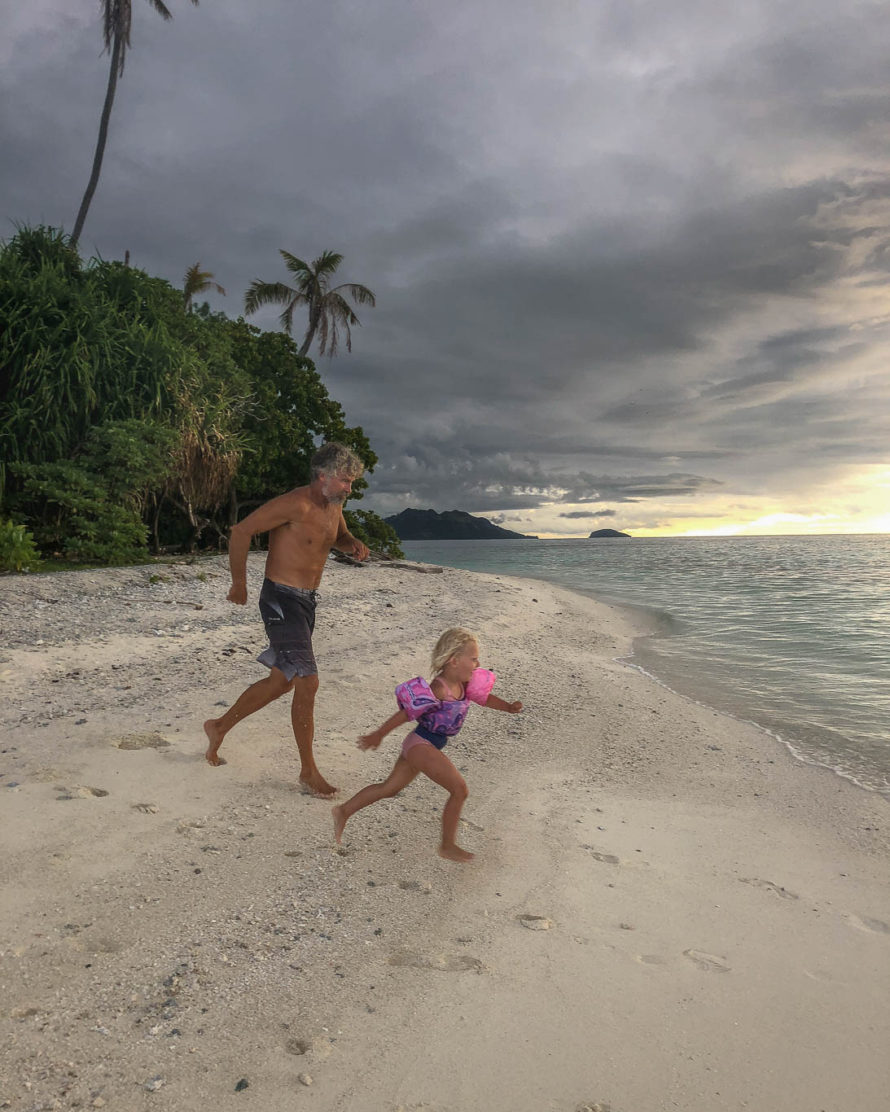




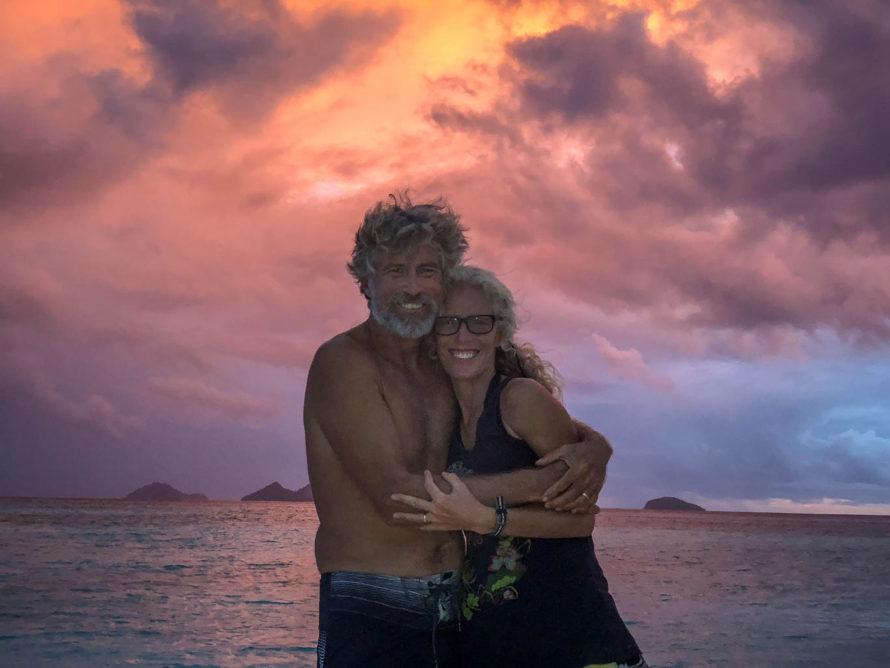
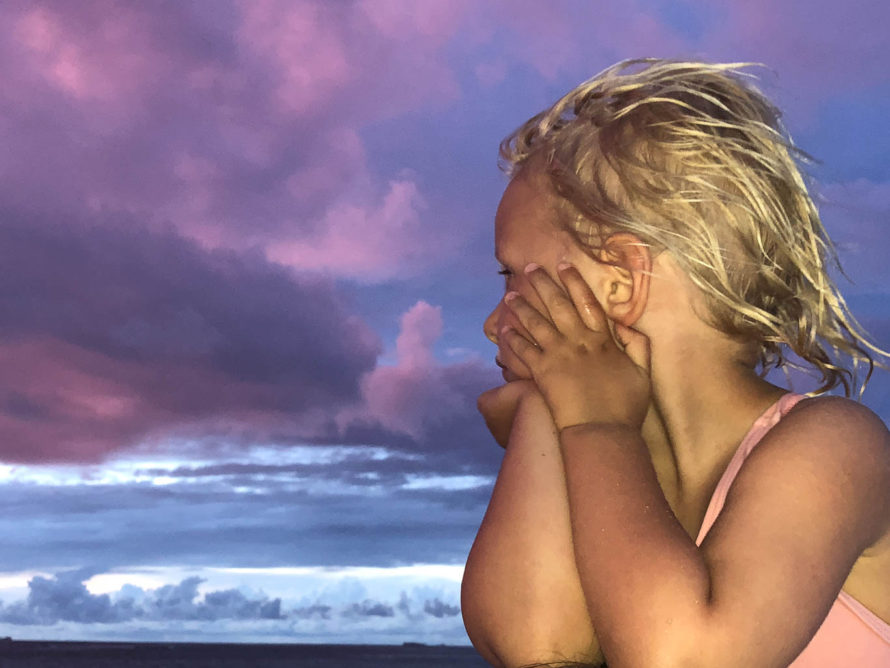
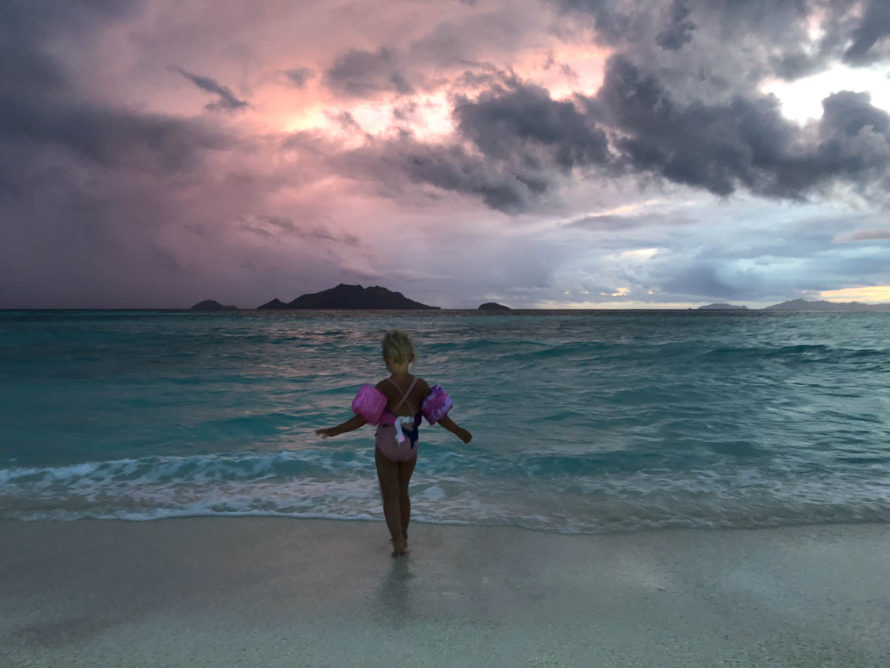

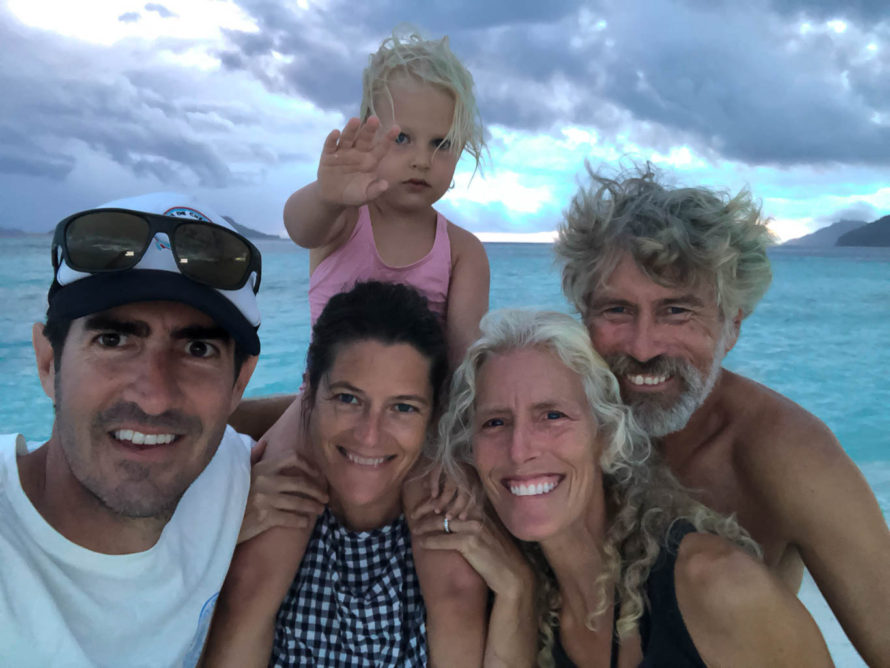
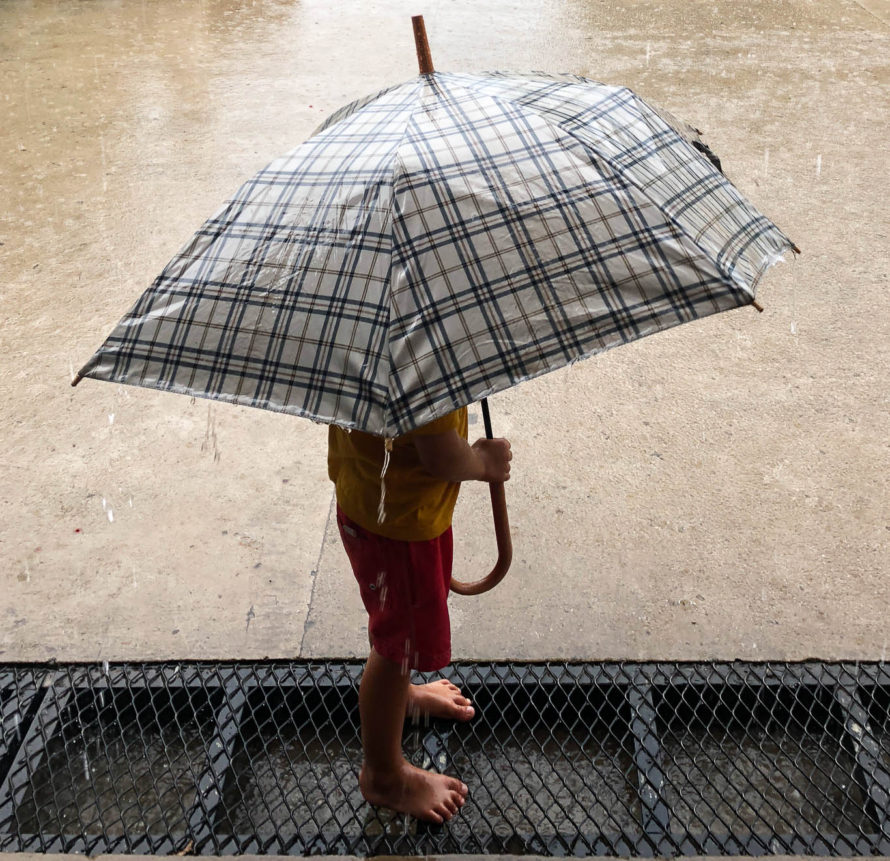

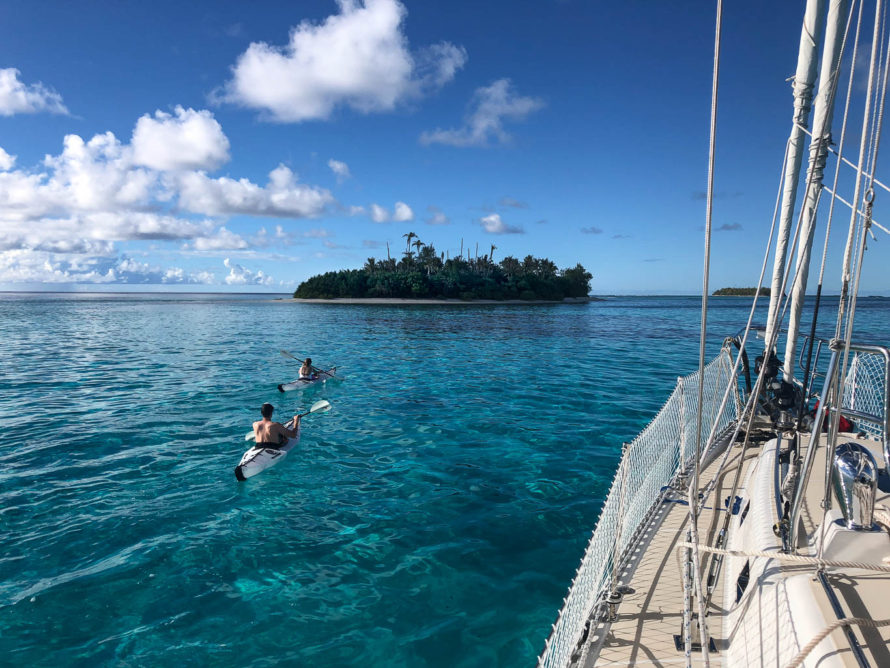

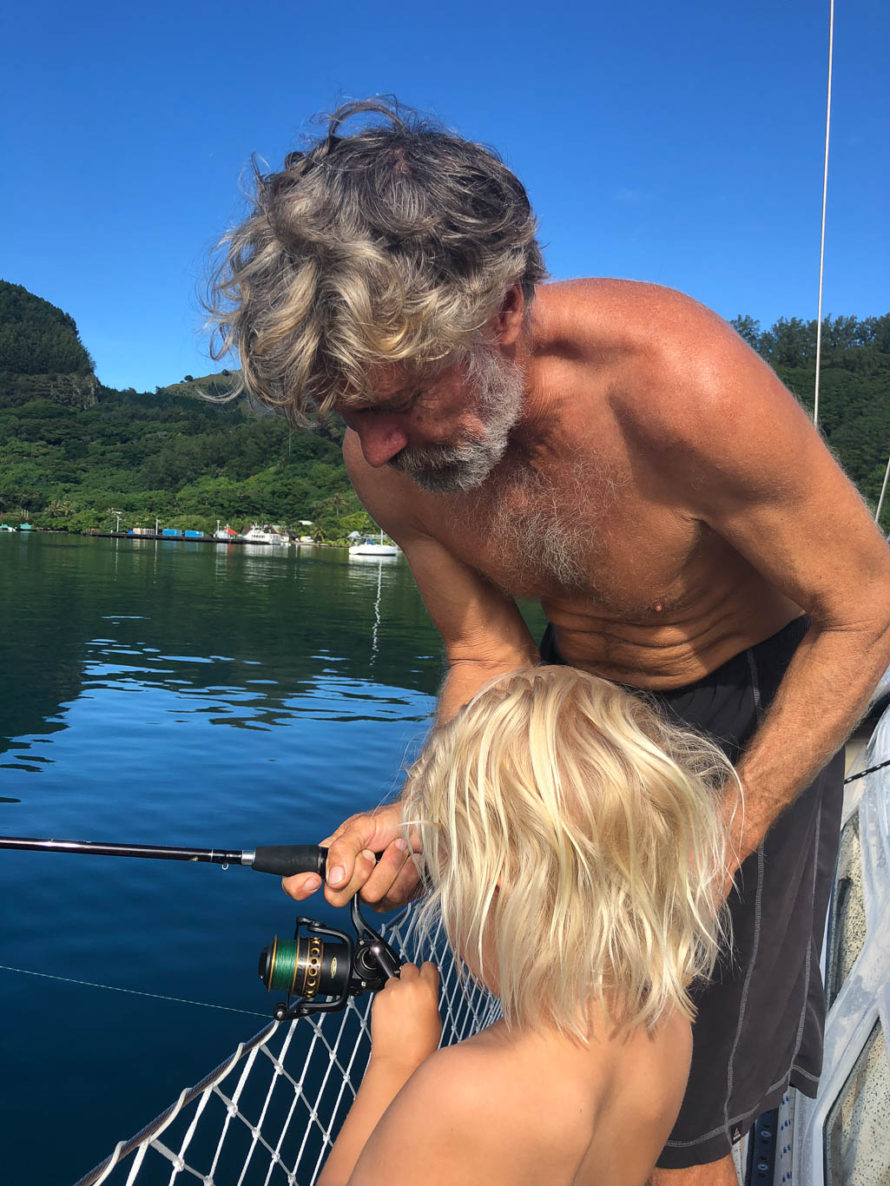
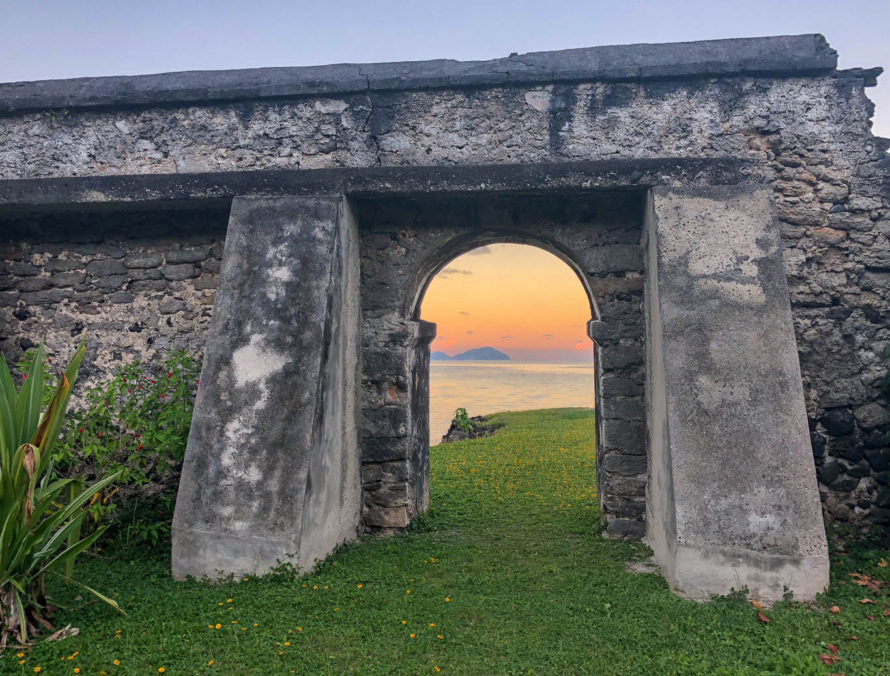
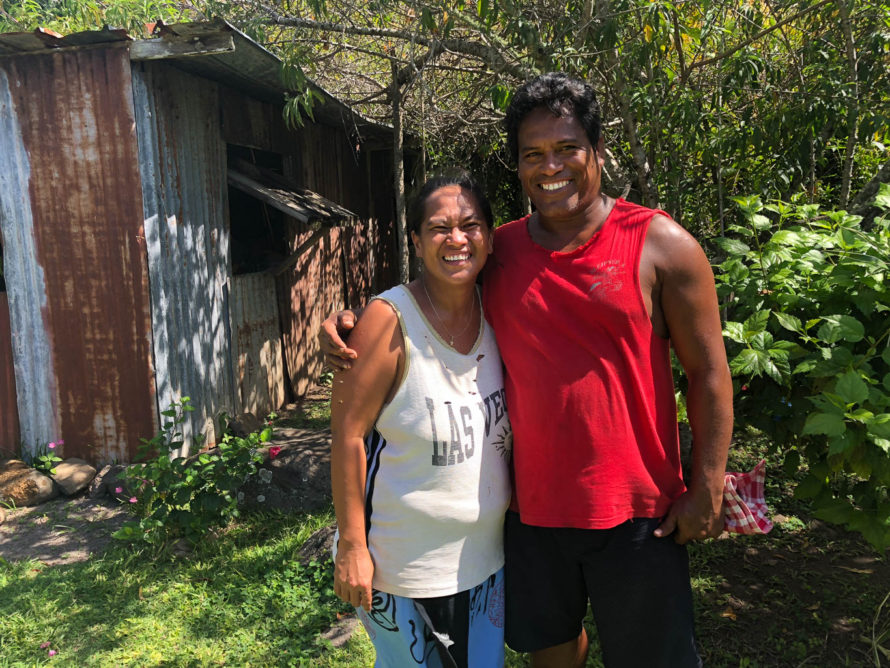
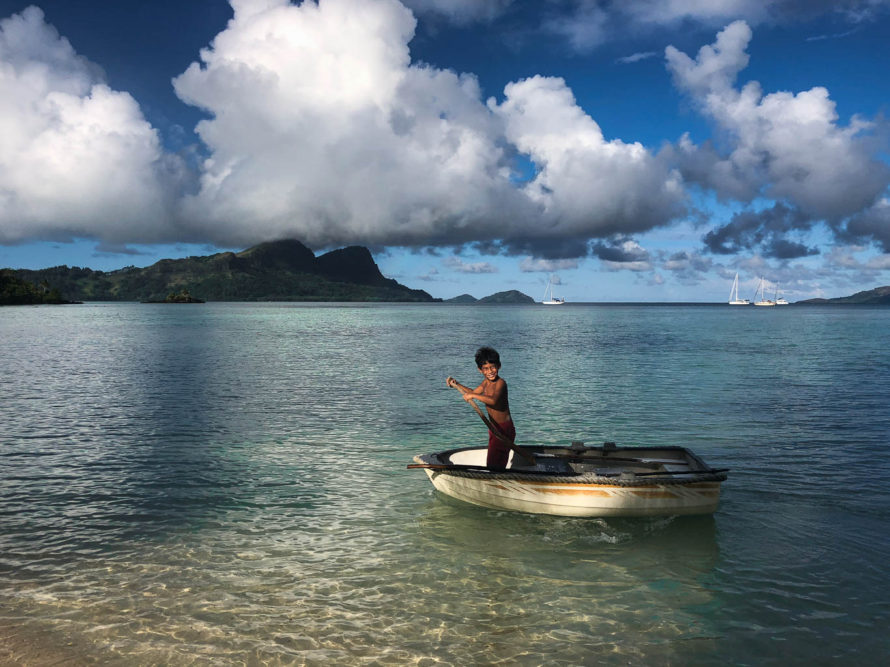
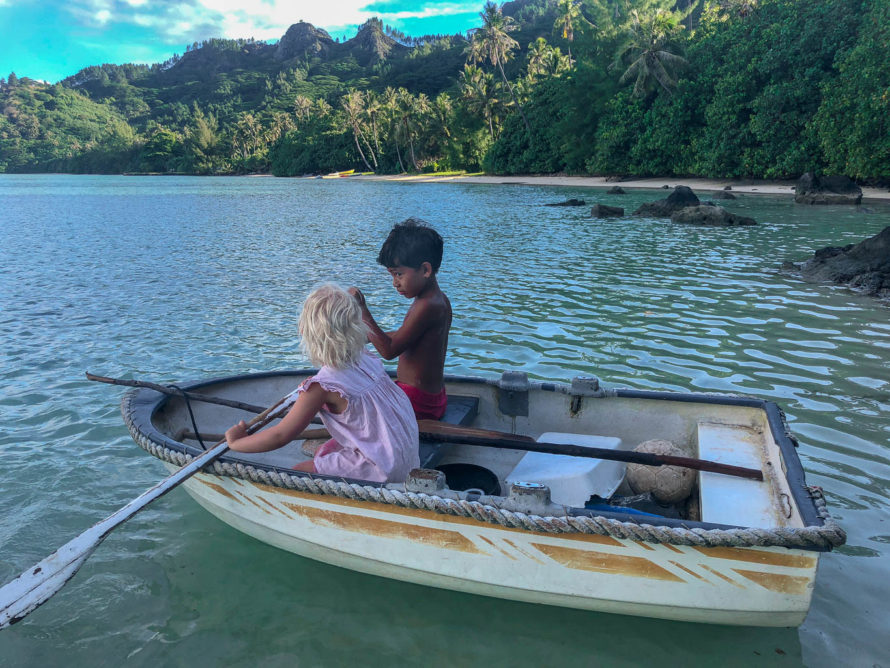


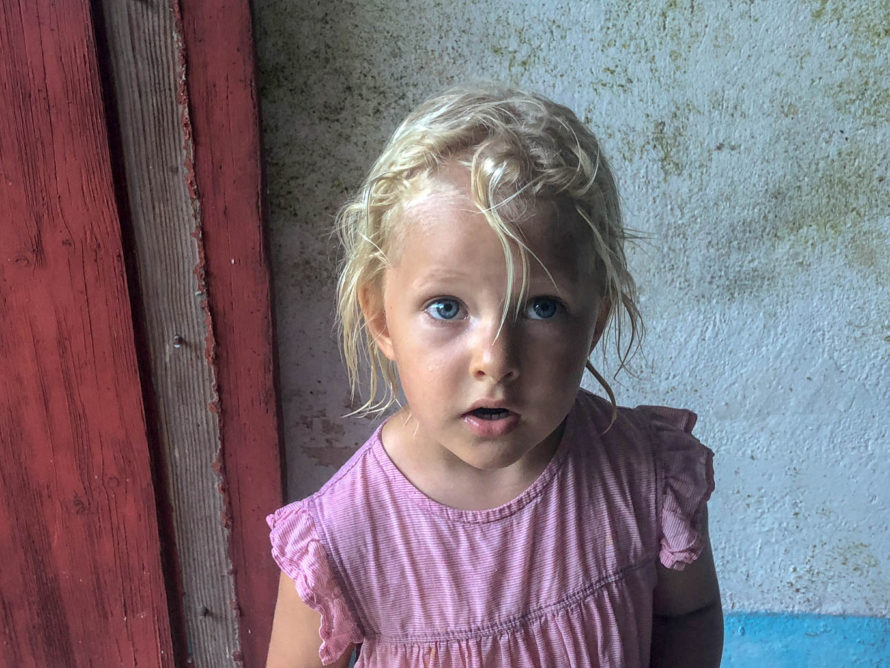

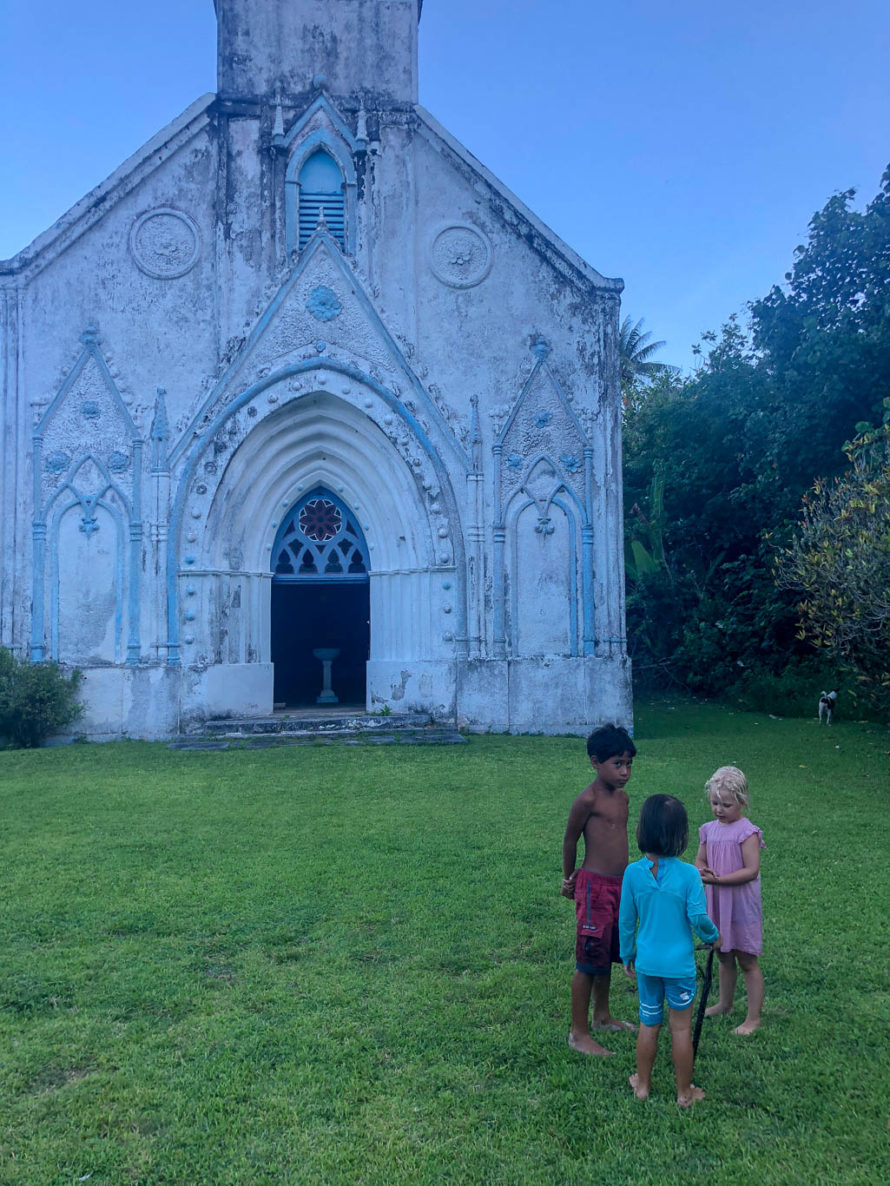


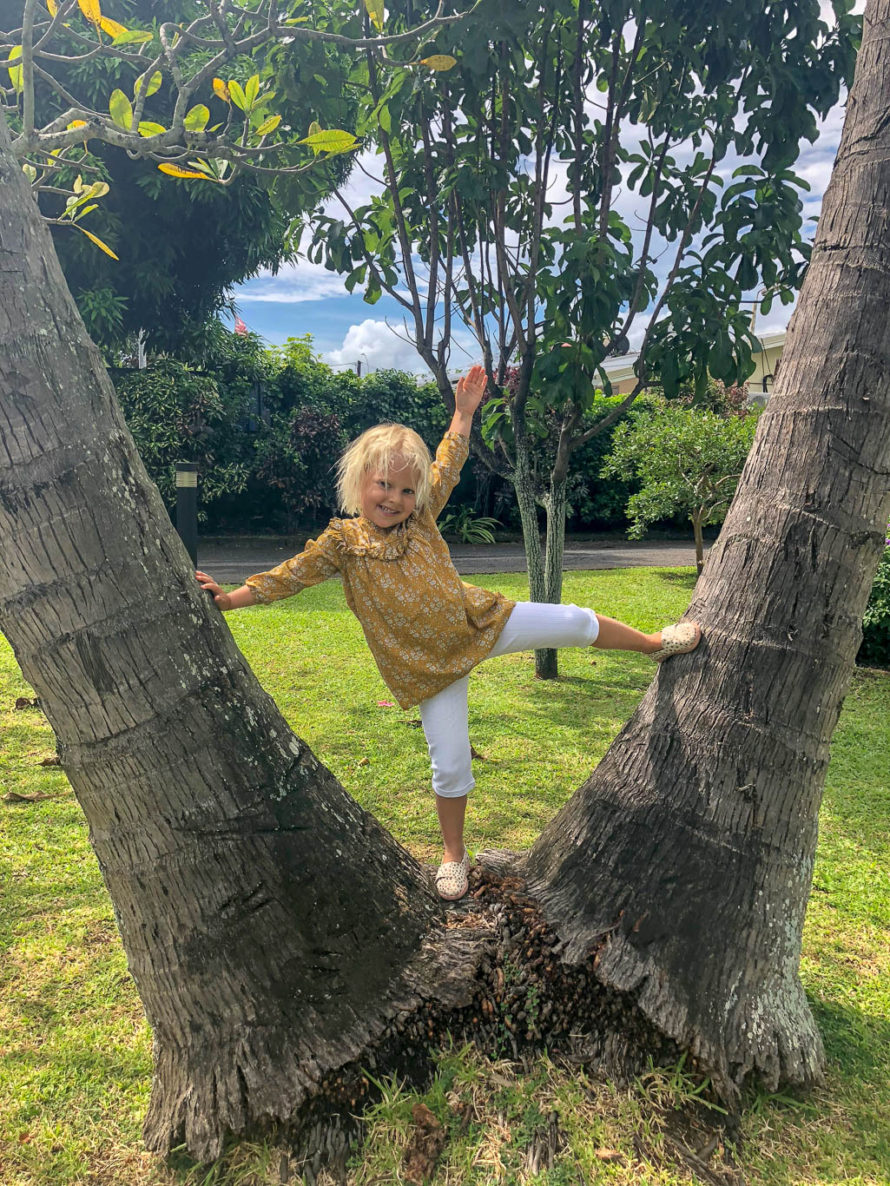
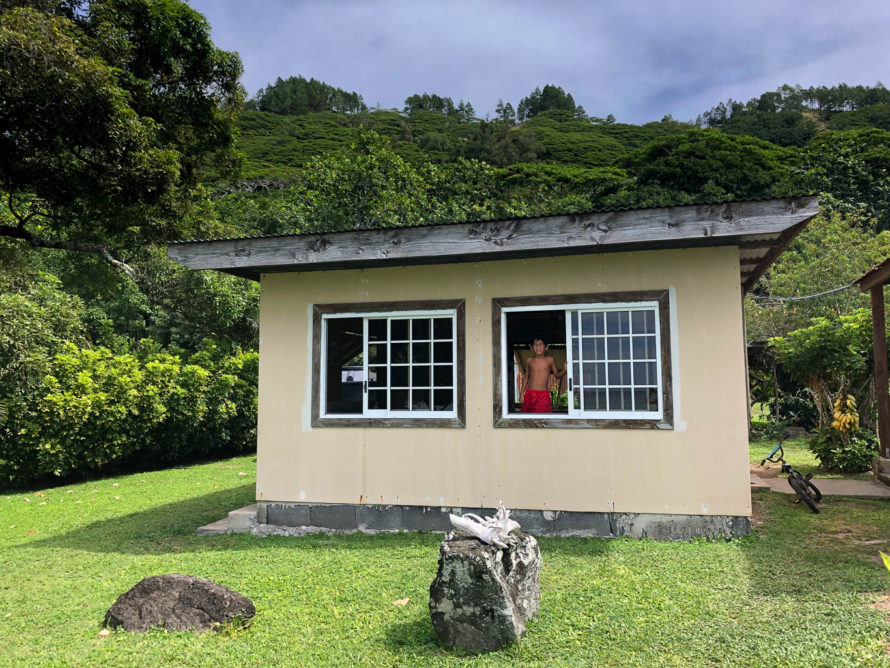
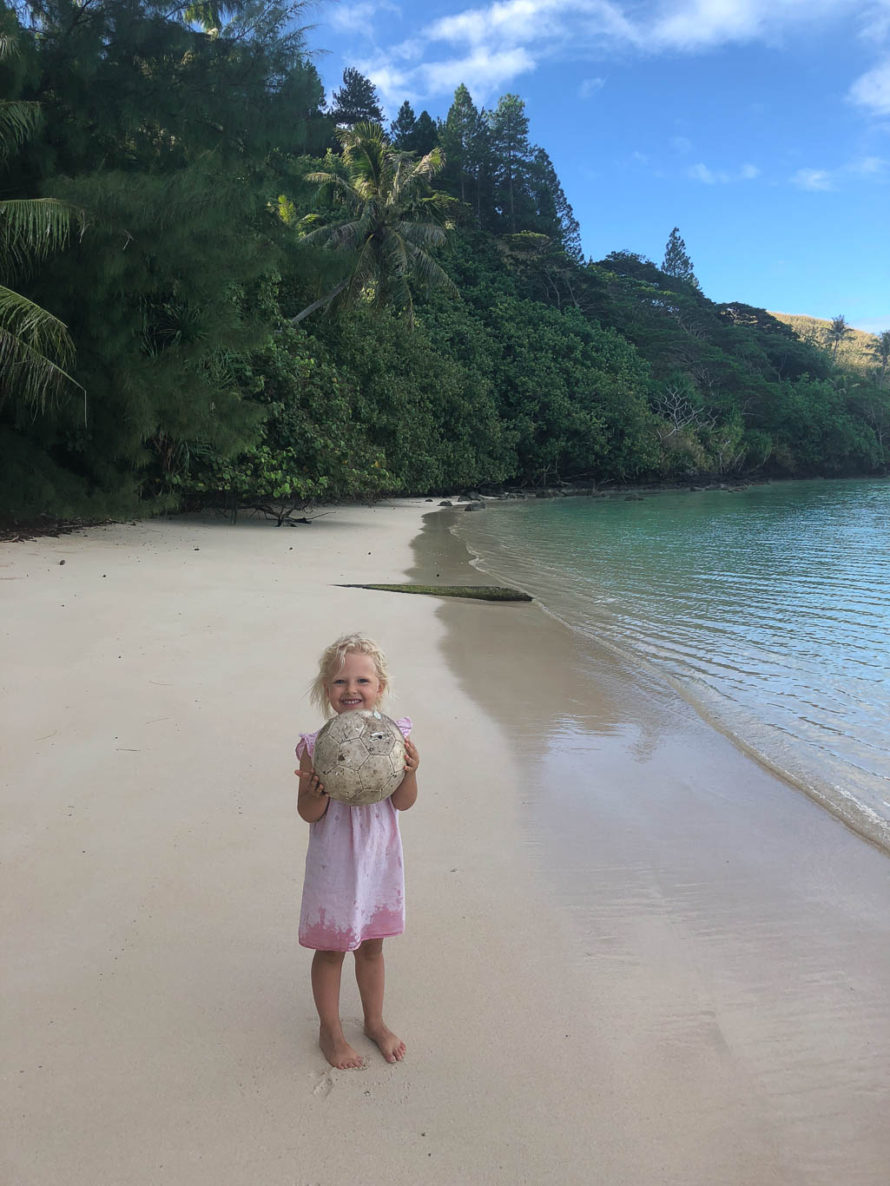


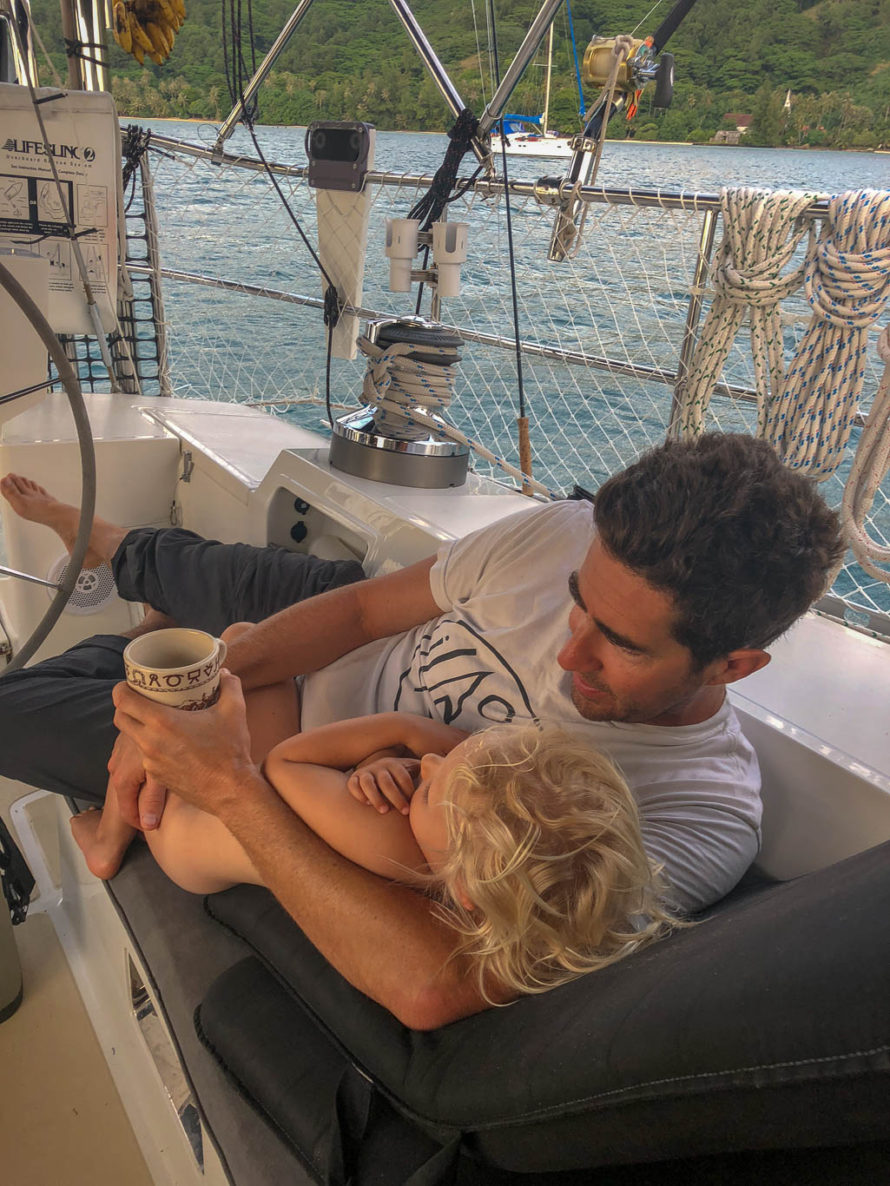

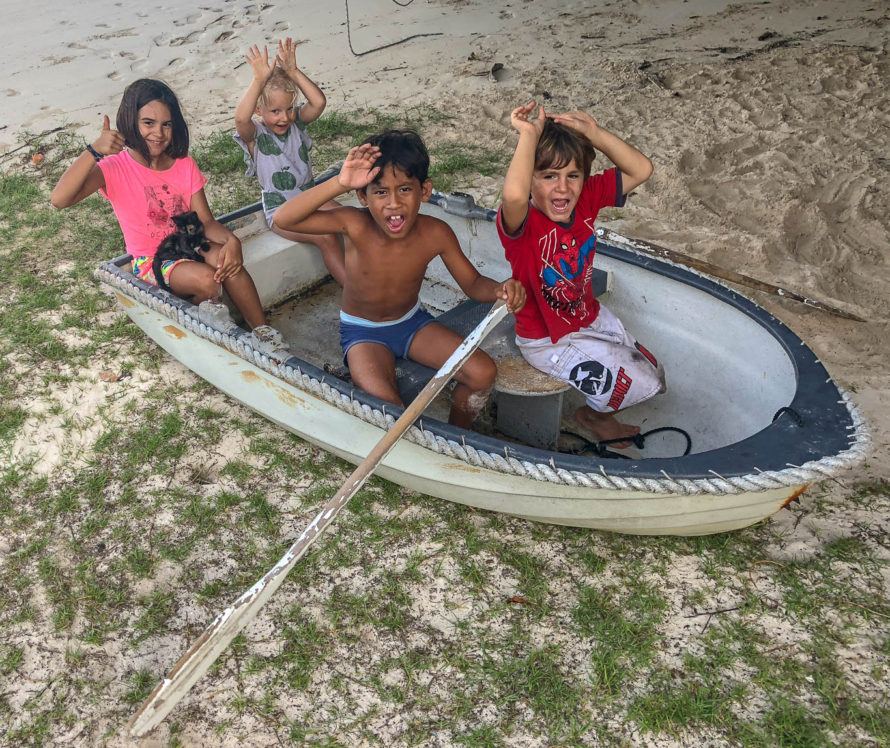
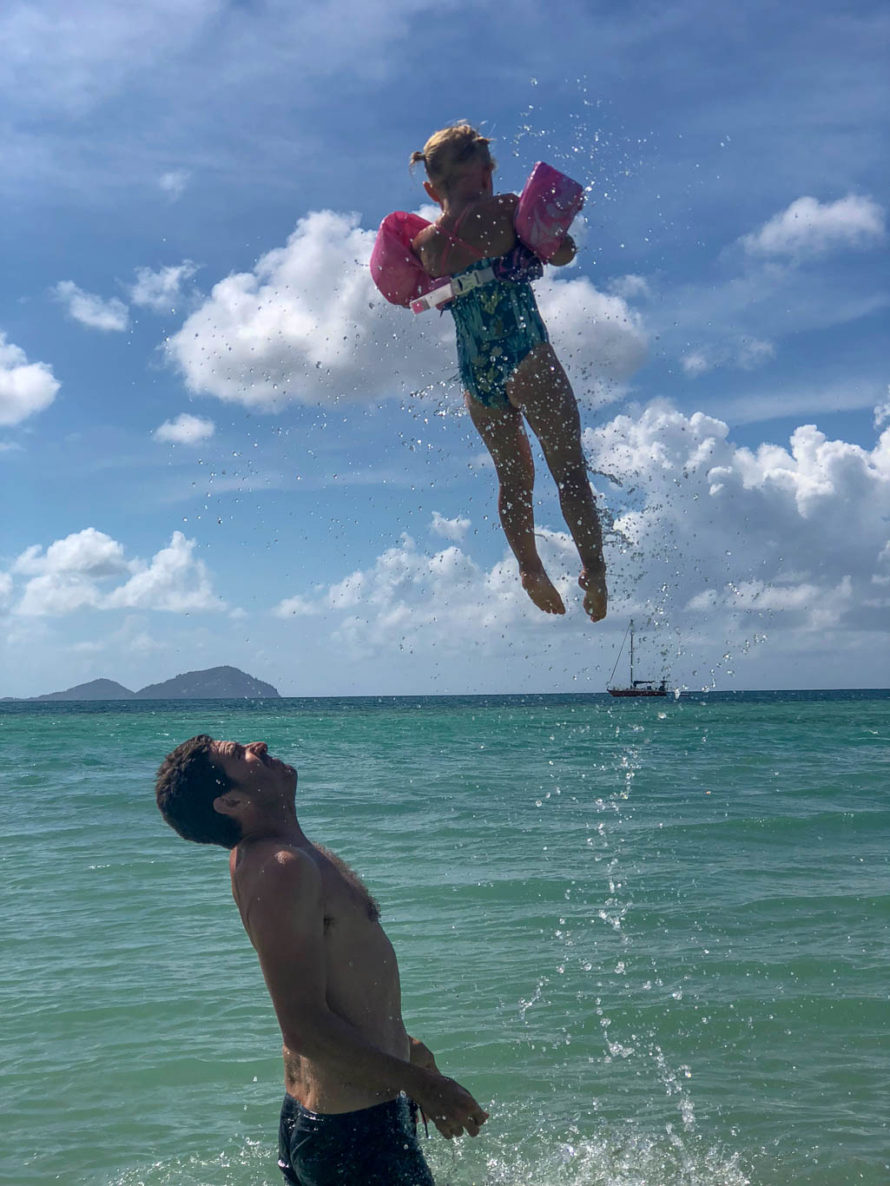
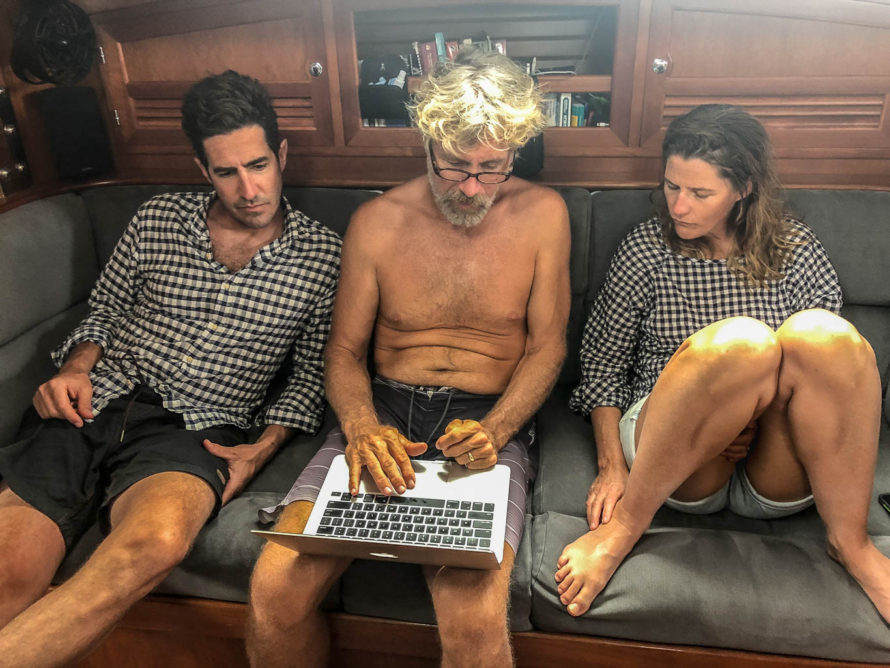
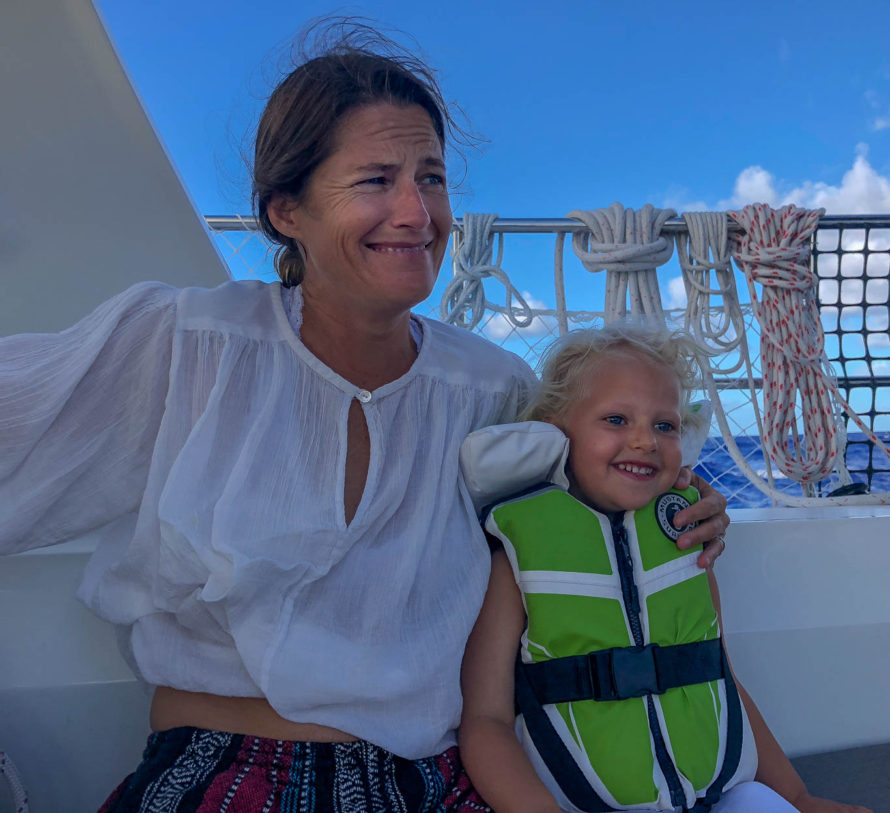
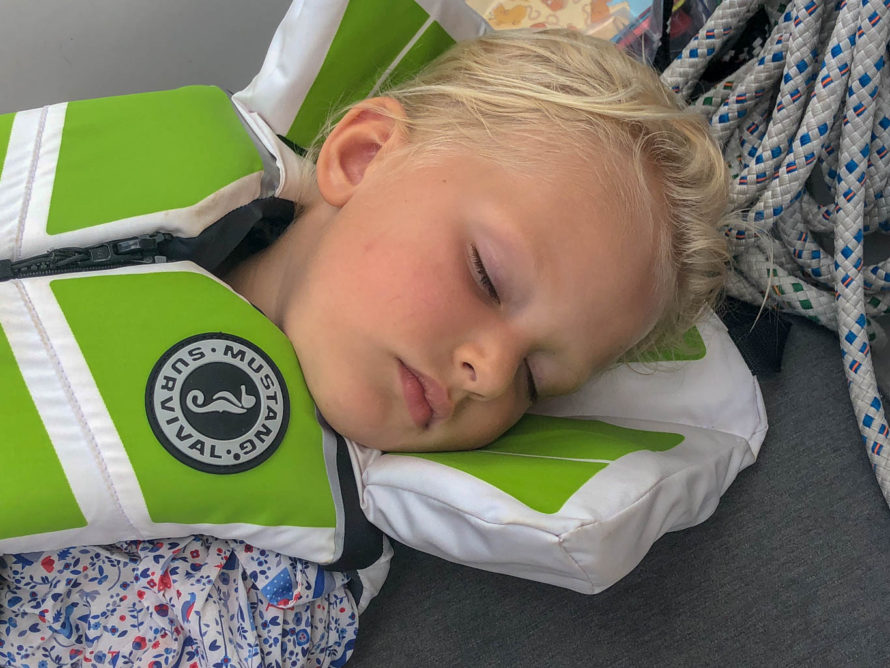
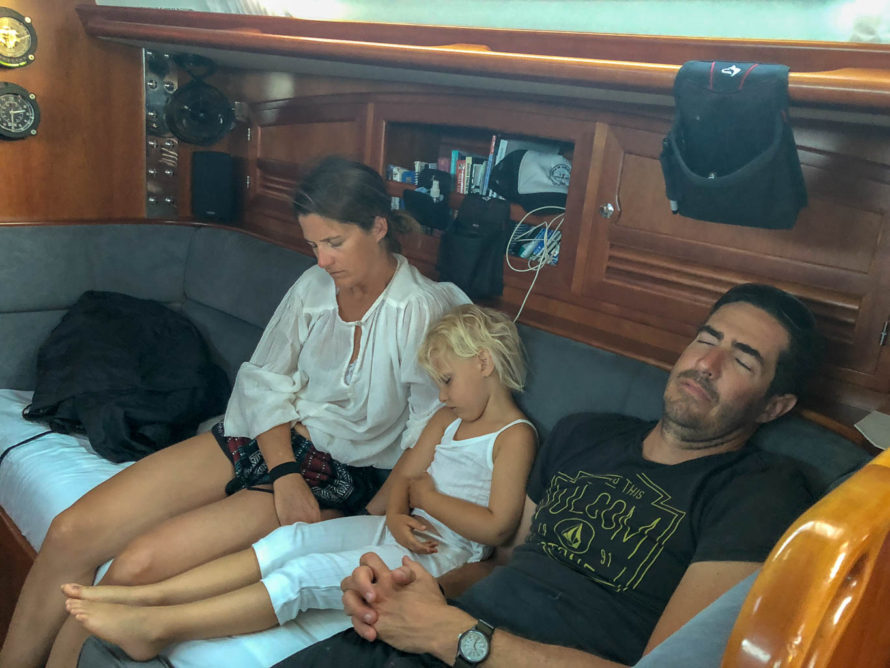
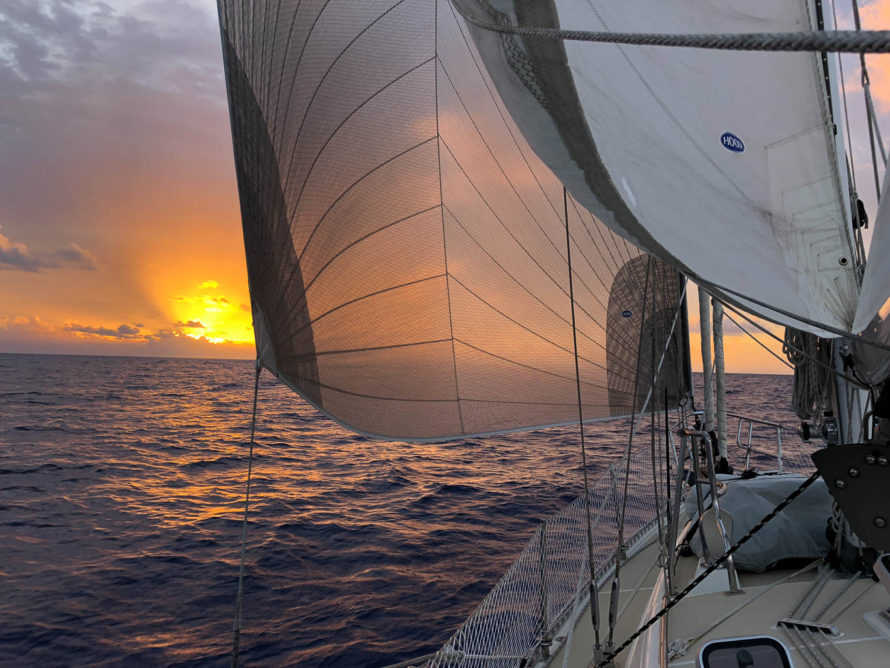
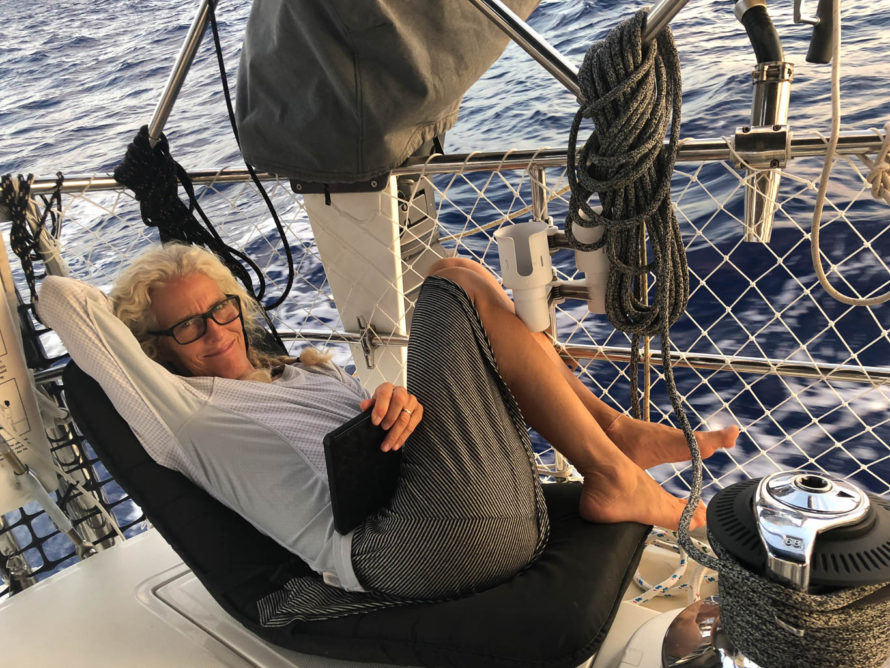
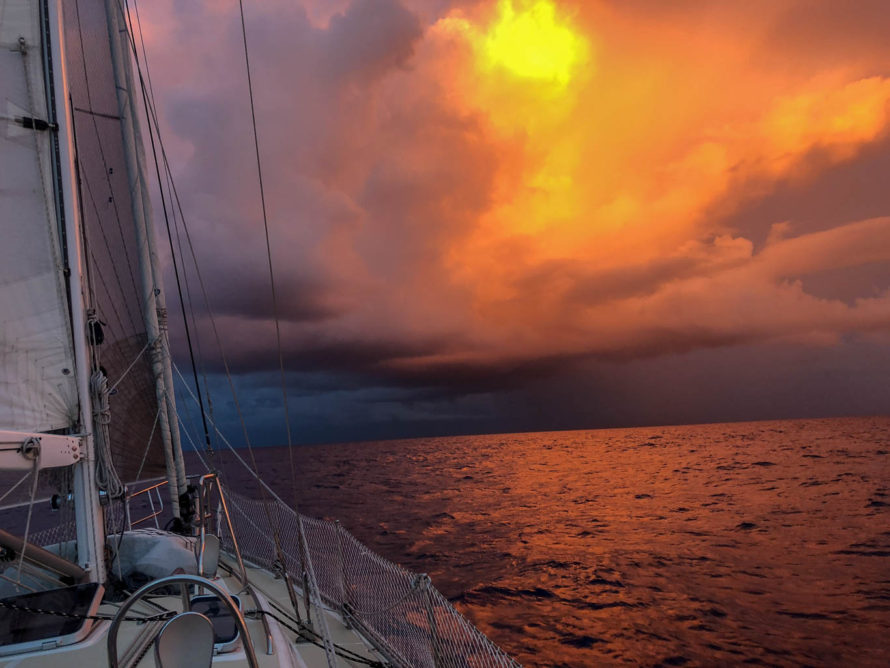
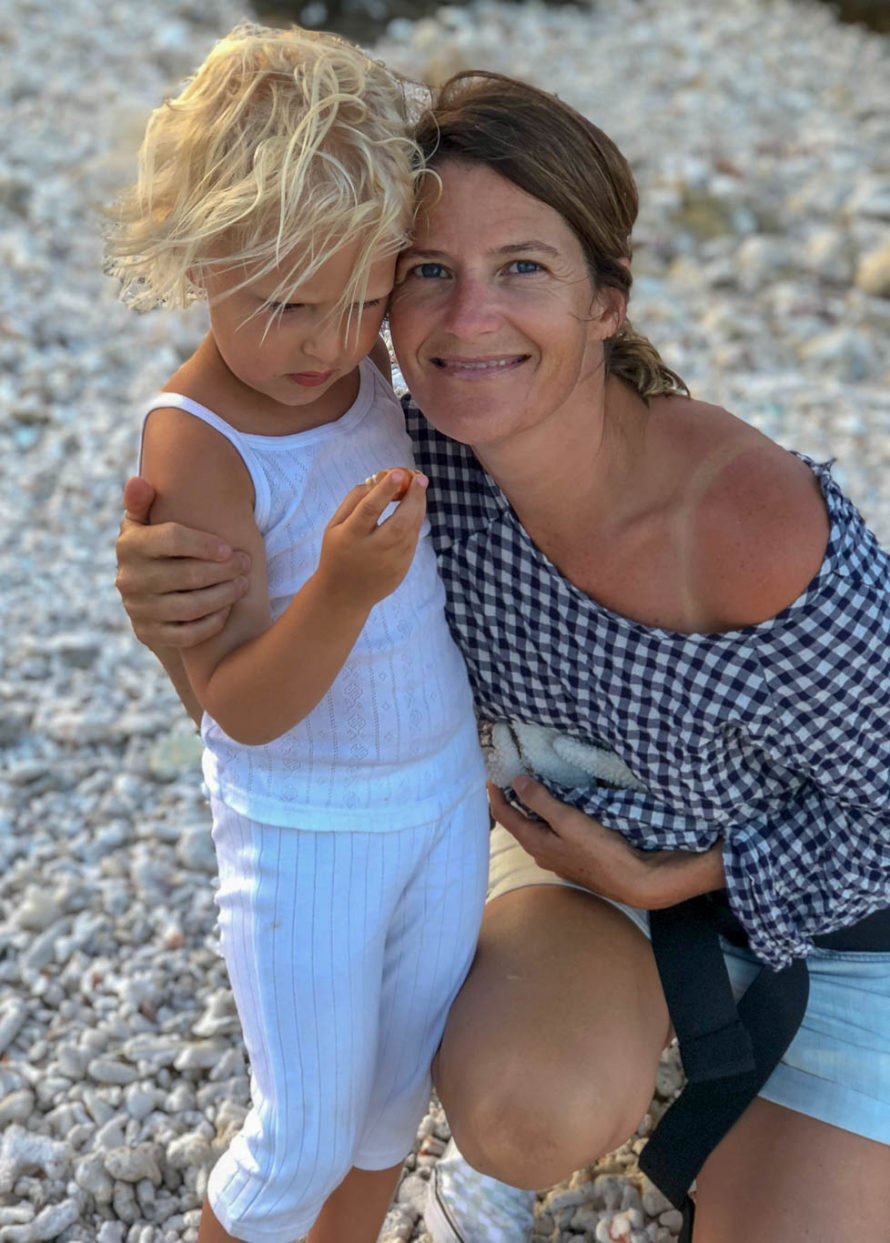
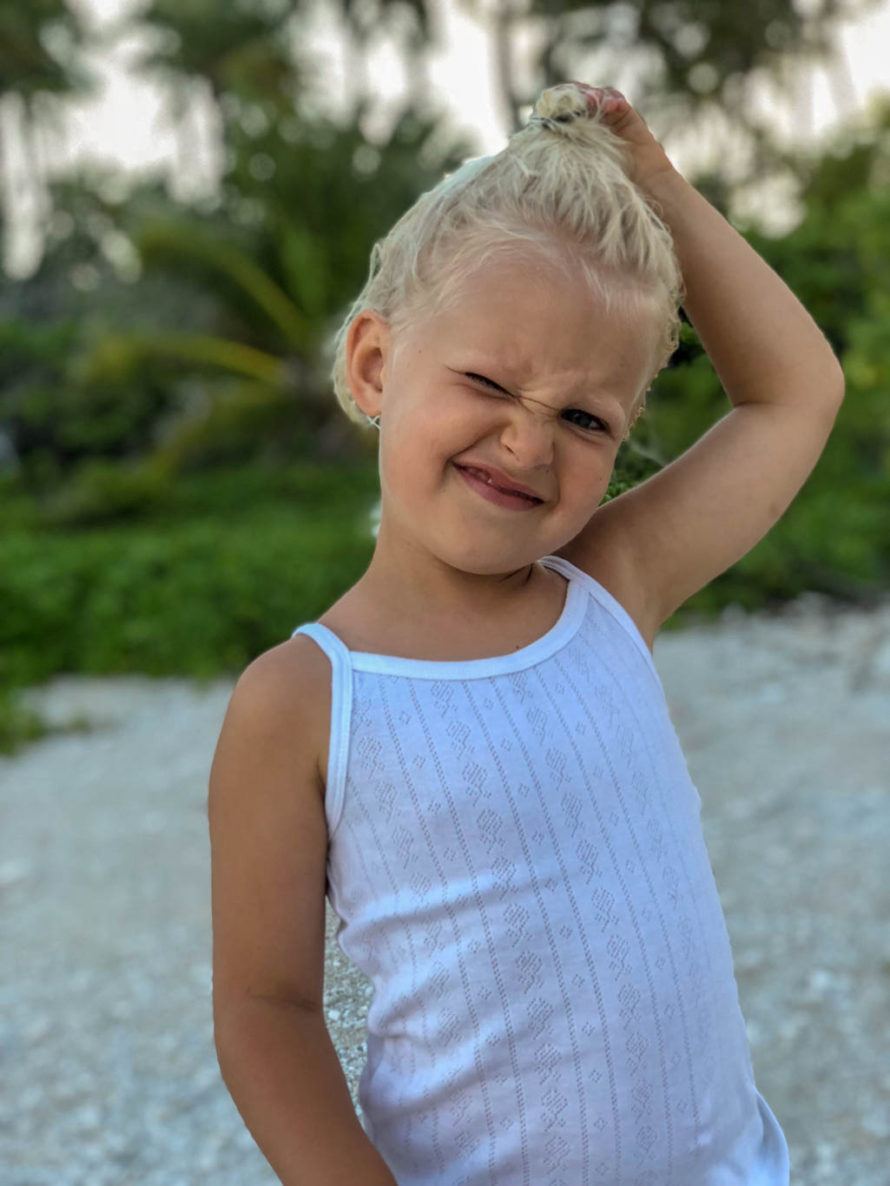
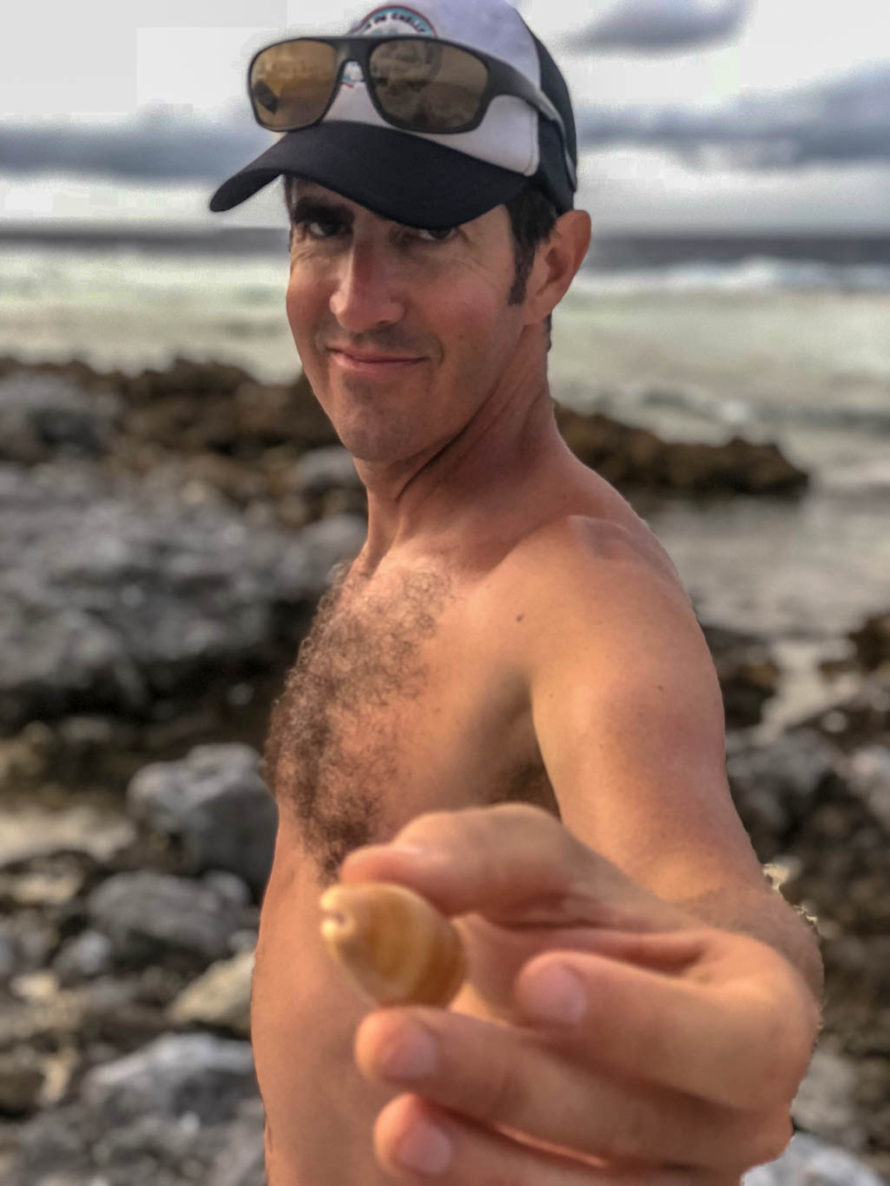
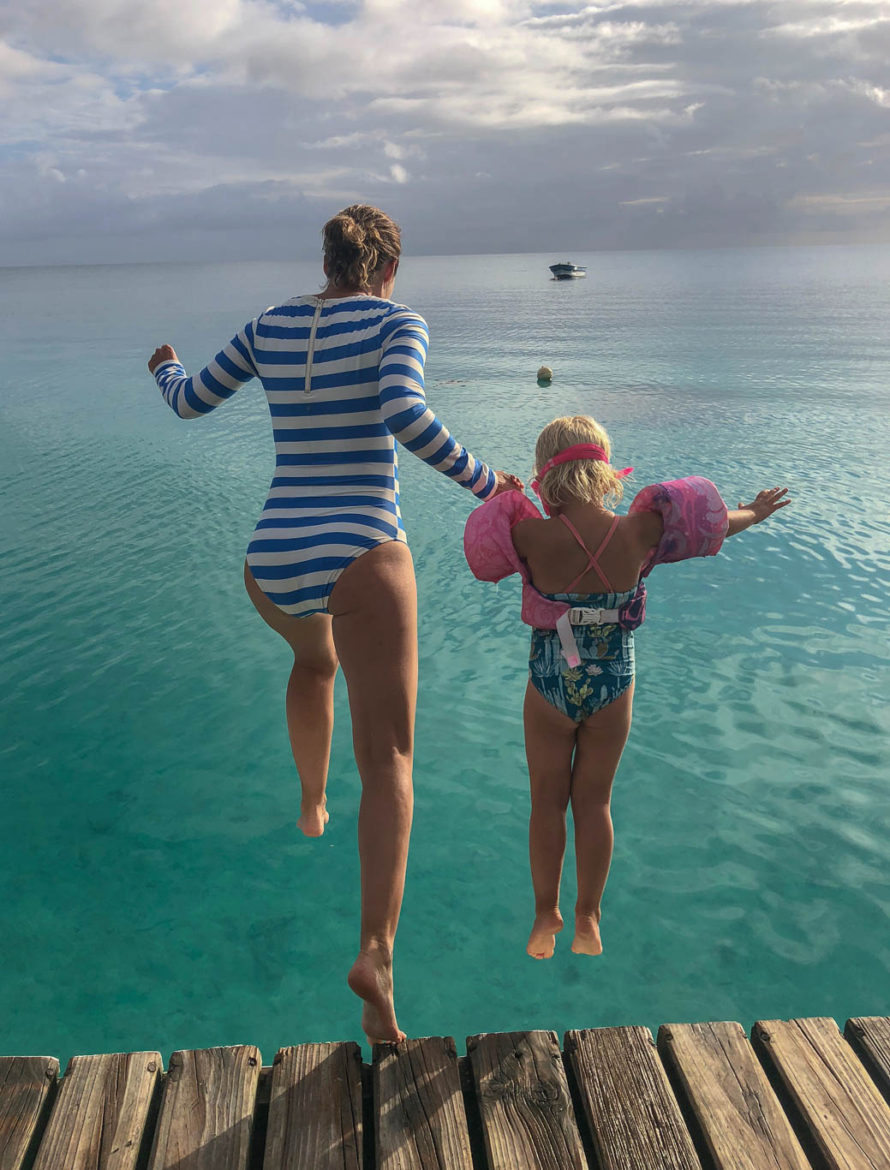

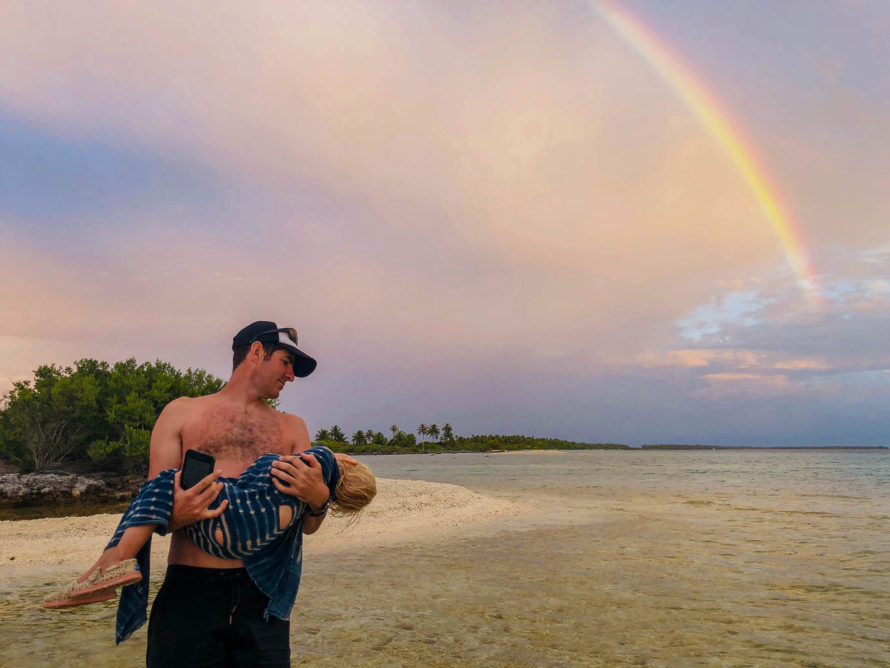
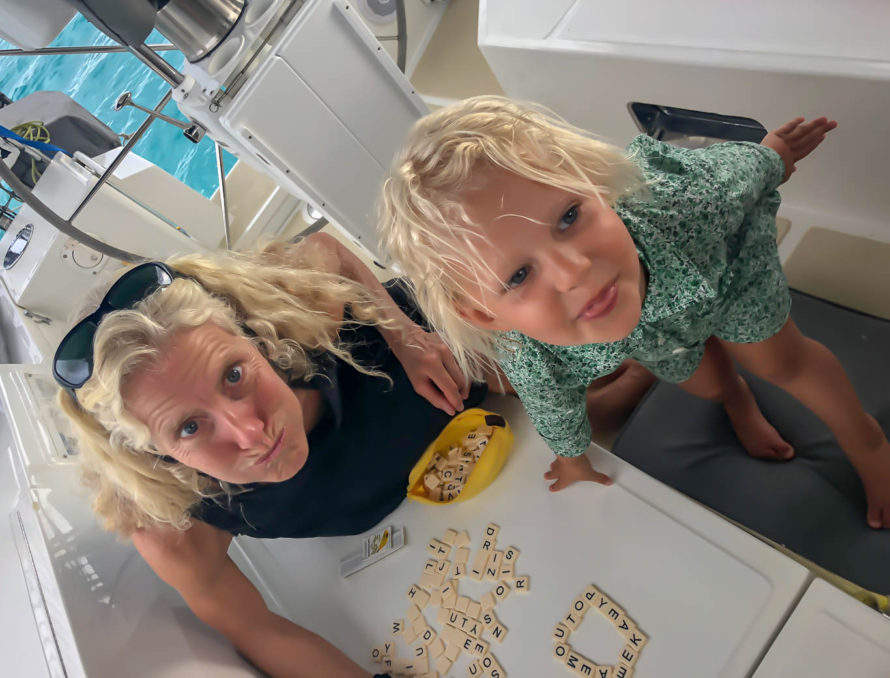


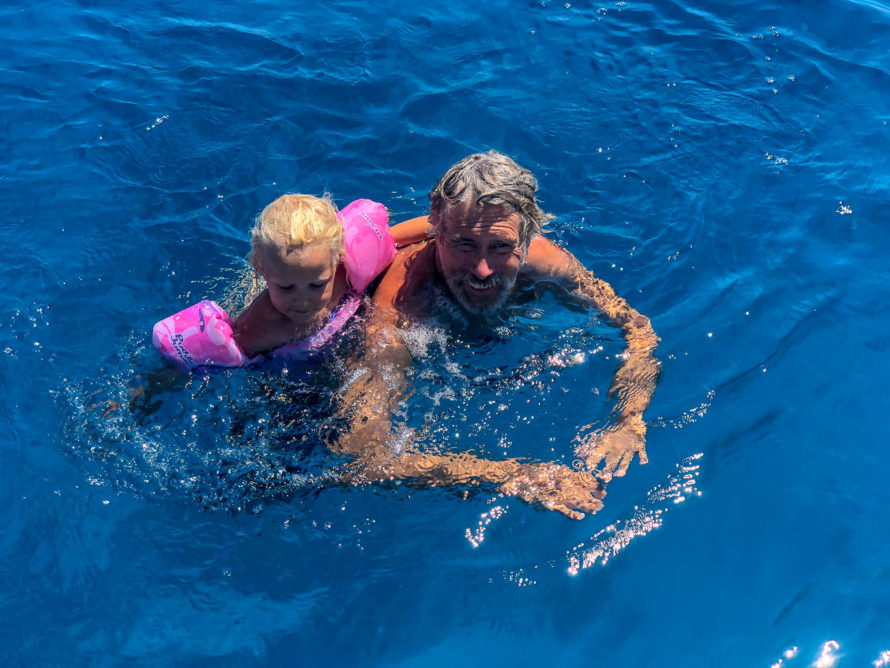



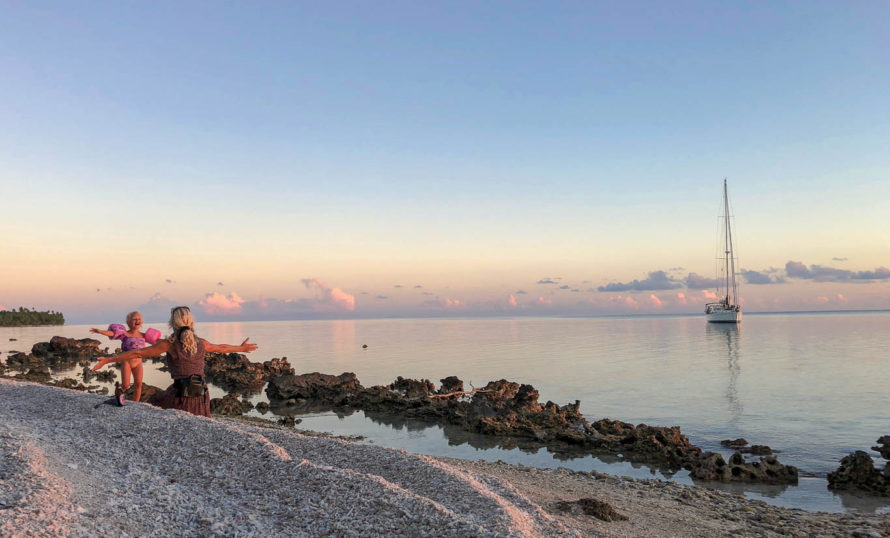
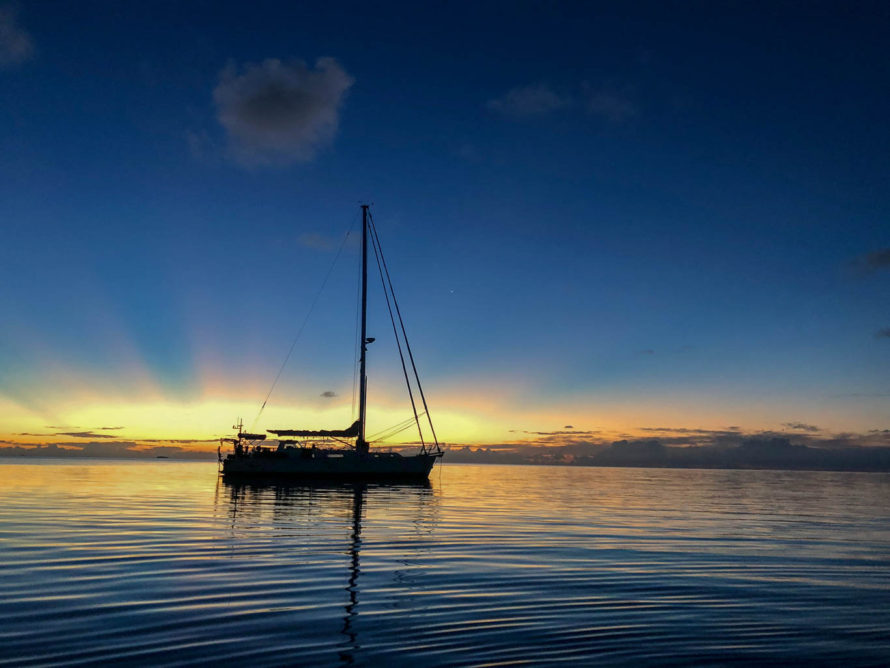
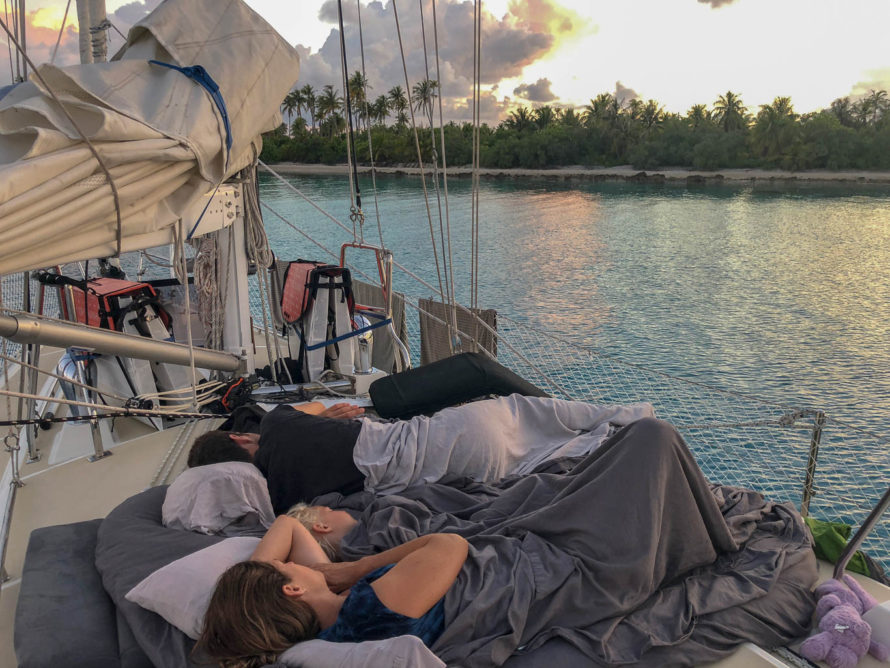
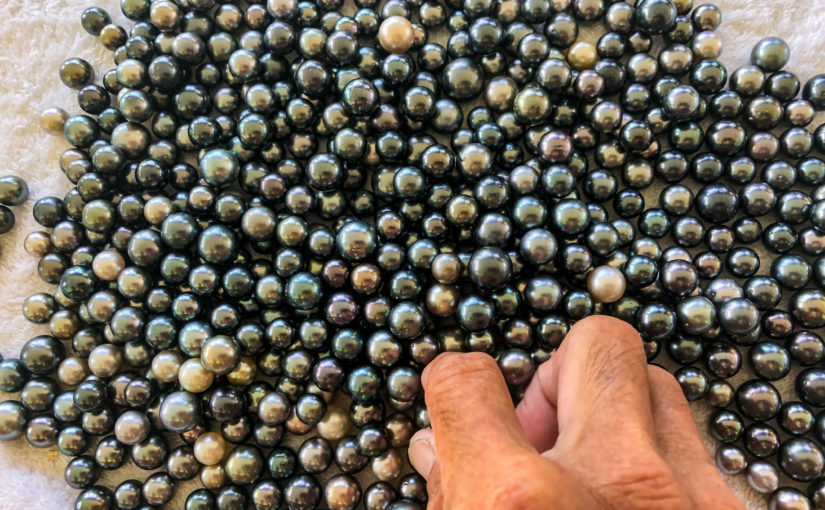















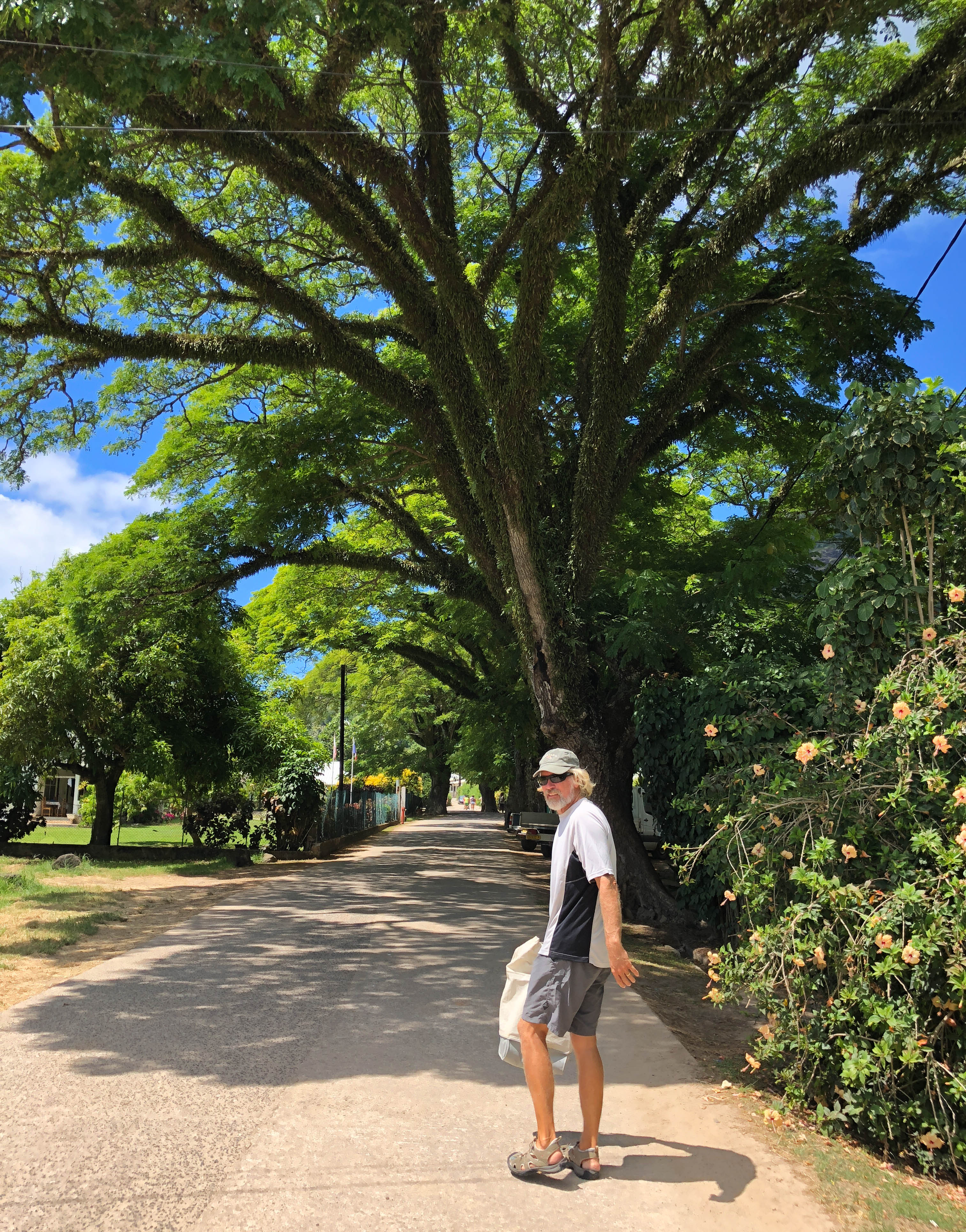































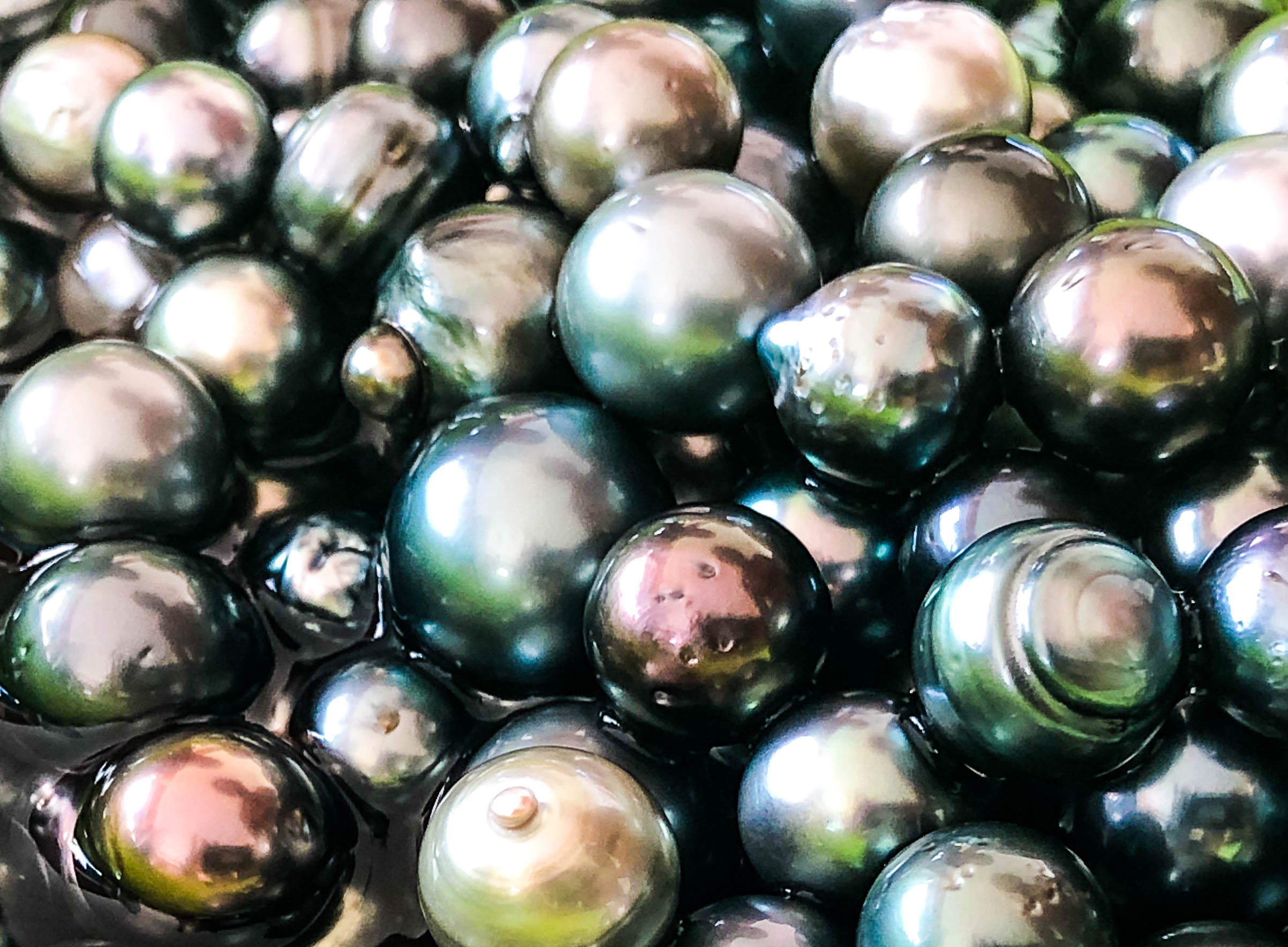





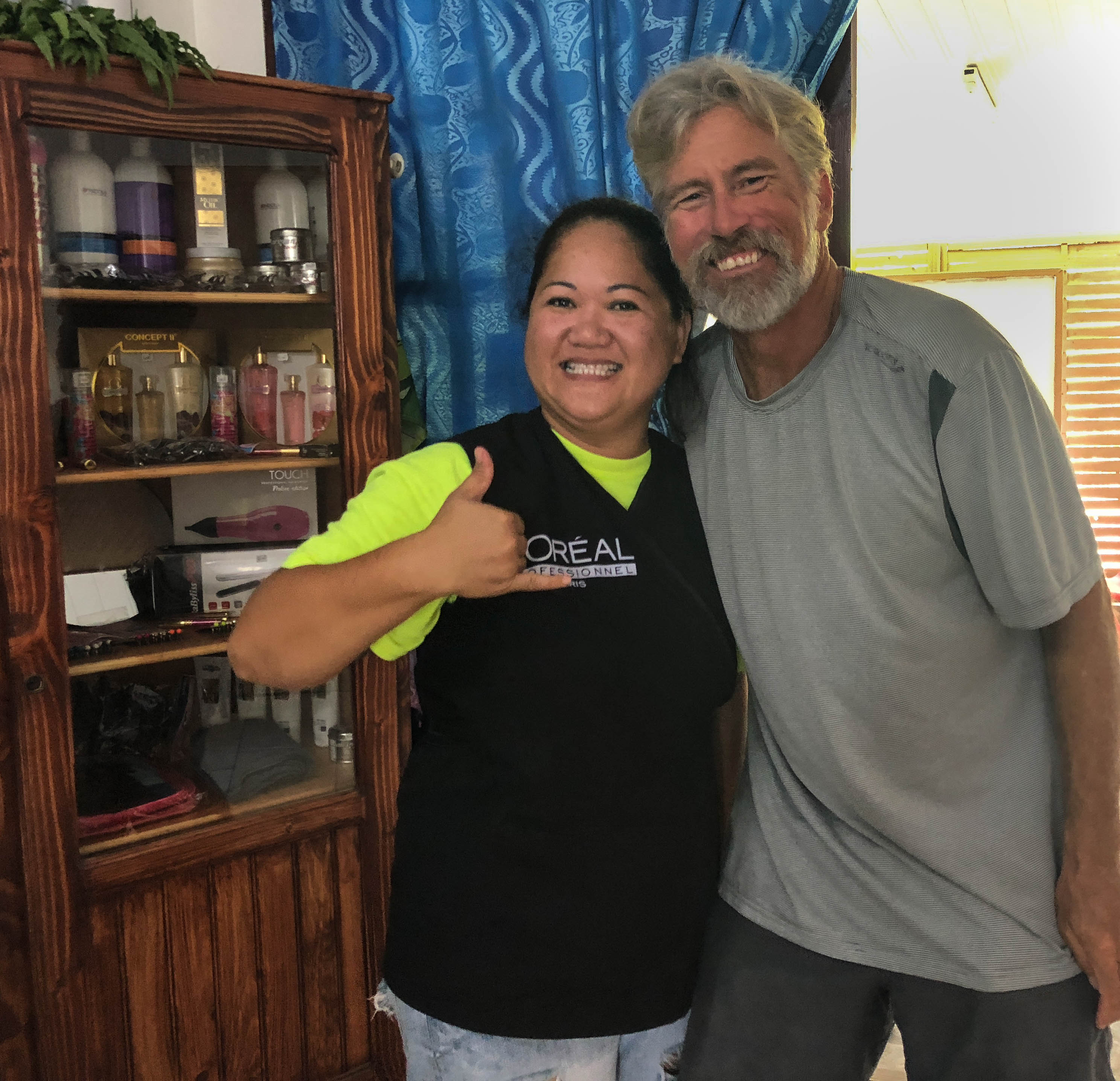










 " data-envira-height="523" data-envira-width="570" />
" data-envira-height="523" data-envira-width="570" />




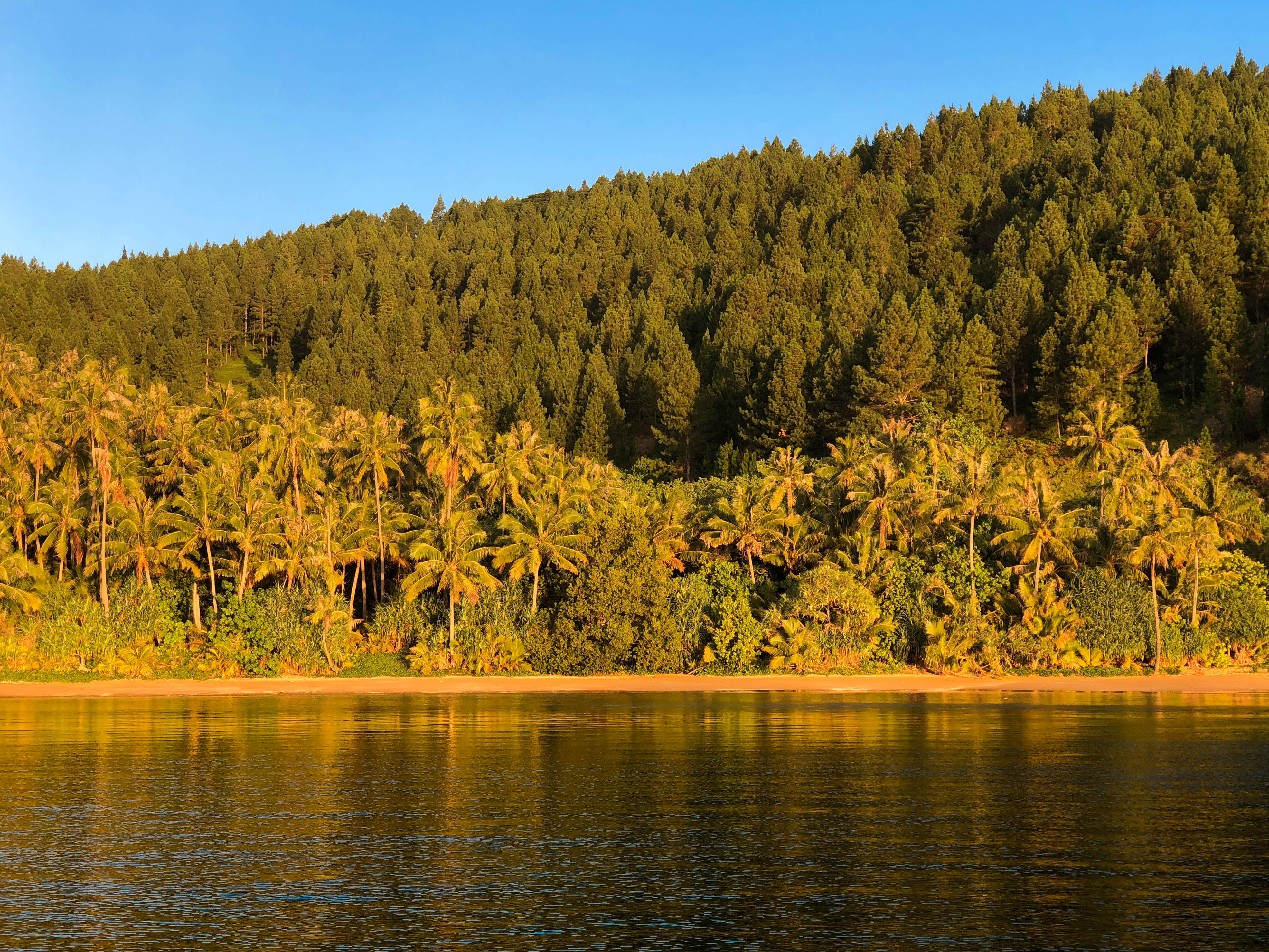



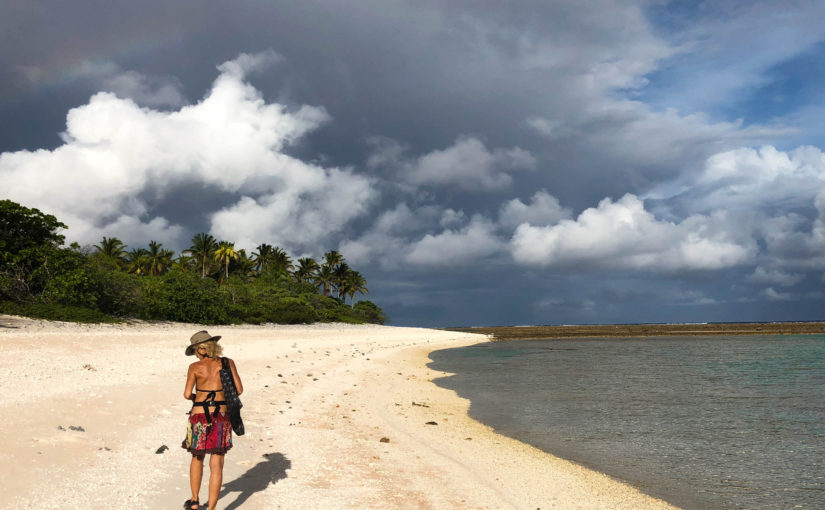






























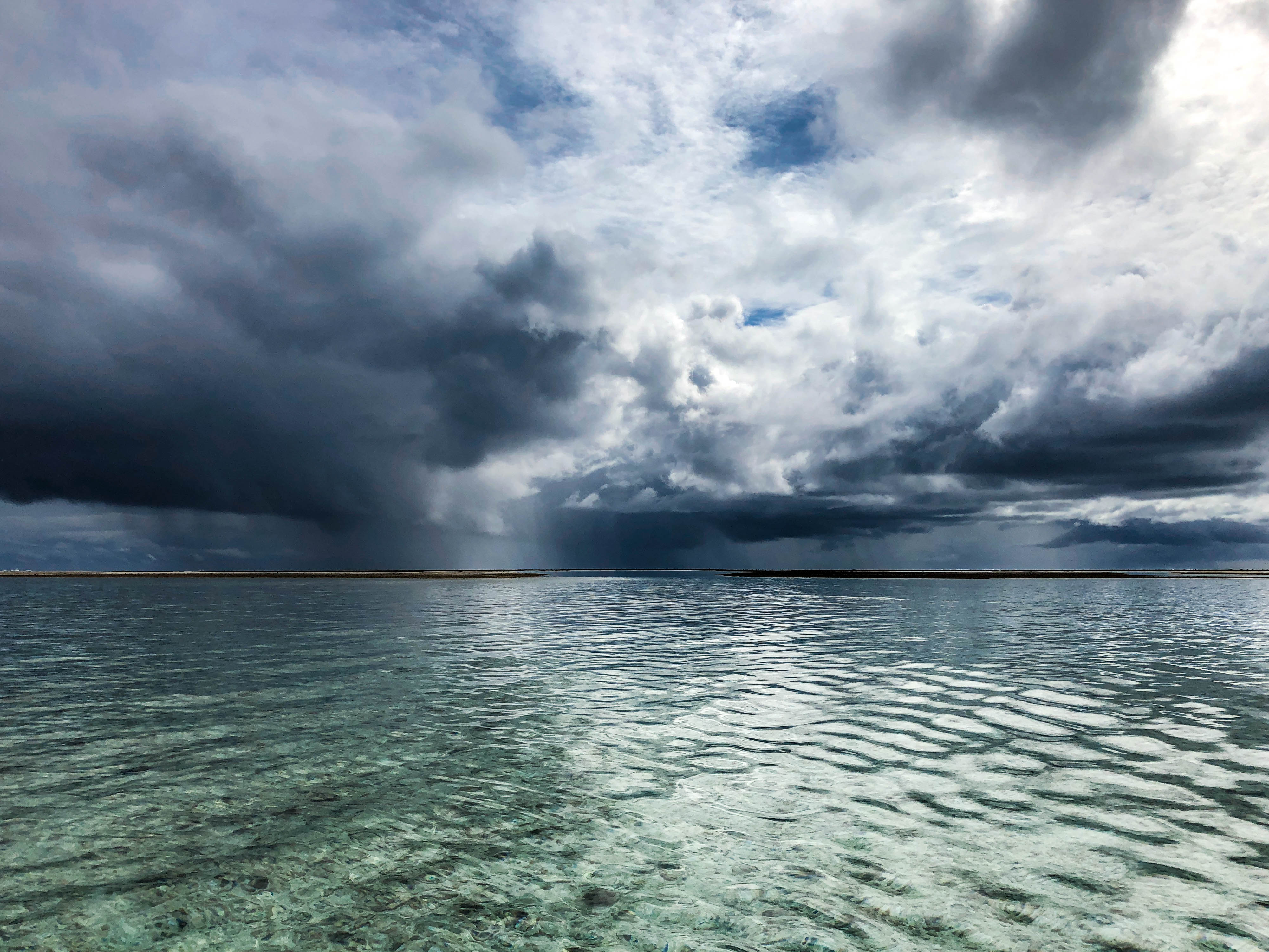






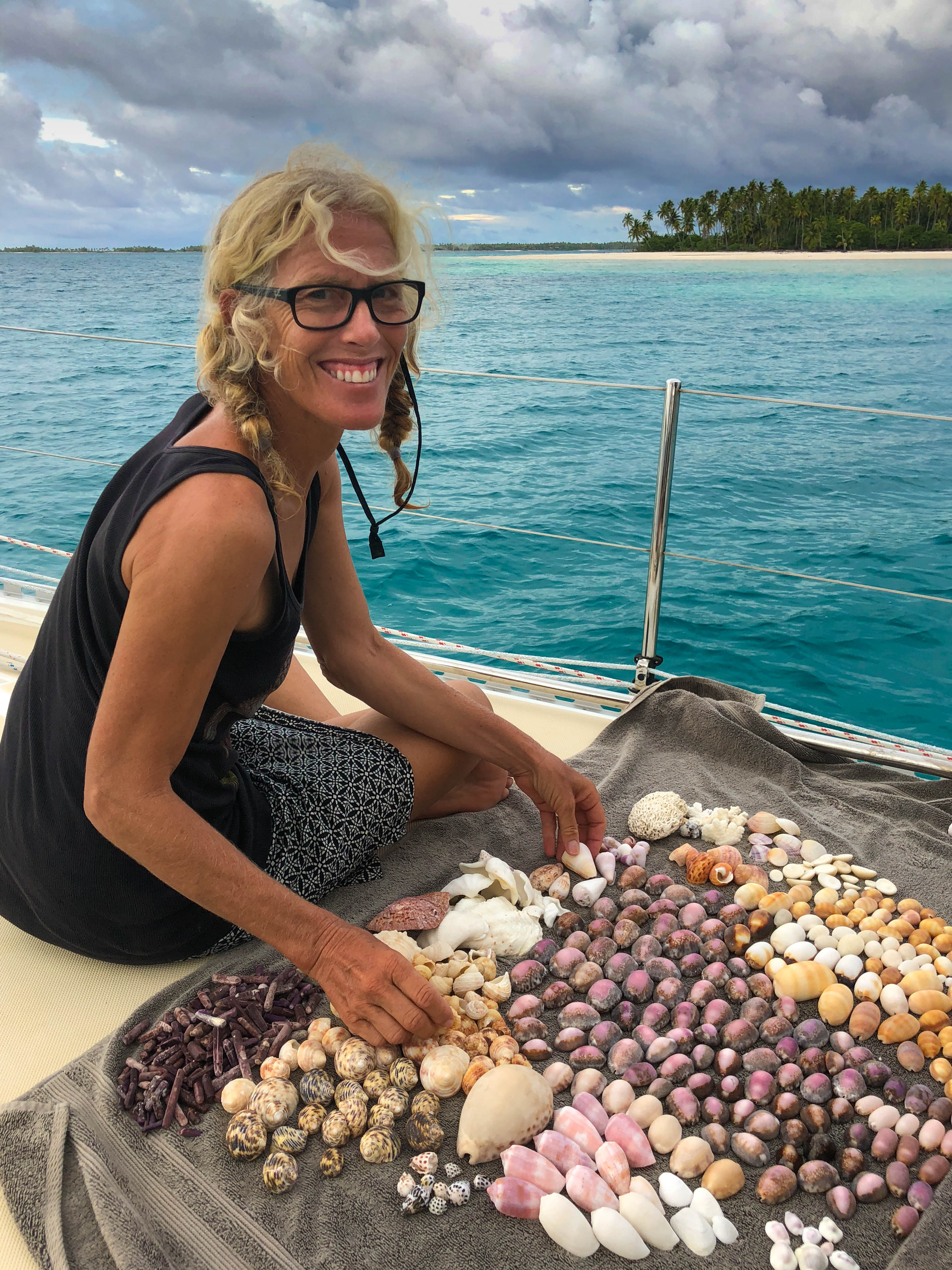


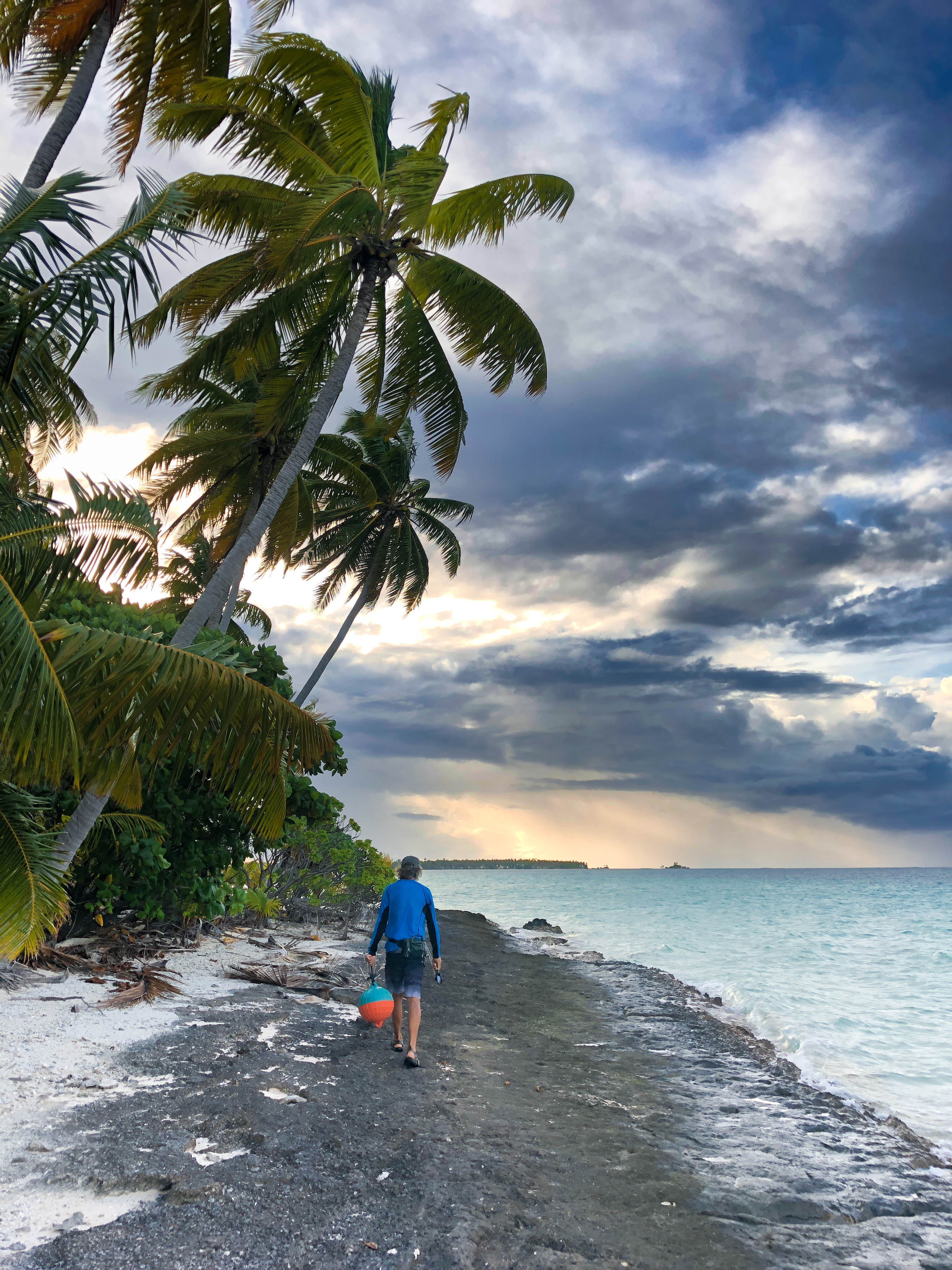





























 " data-envira-height="475" data-envira-width="570" />
" data-envira-height="475" data-envira-width="570" />







































 " data-envira-height="480" data-envira-width="570" />
" data-envira-height="480" data-envira-width="570" />
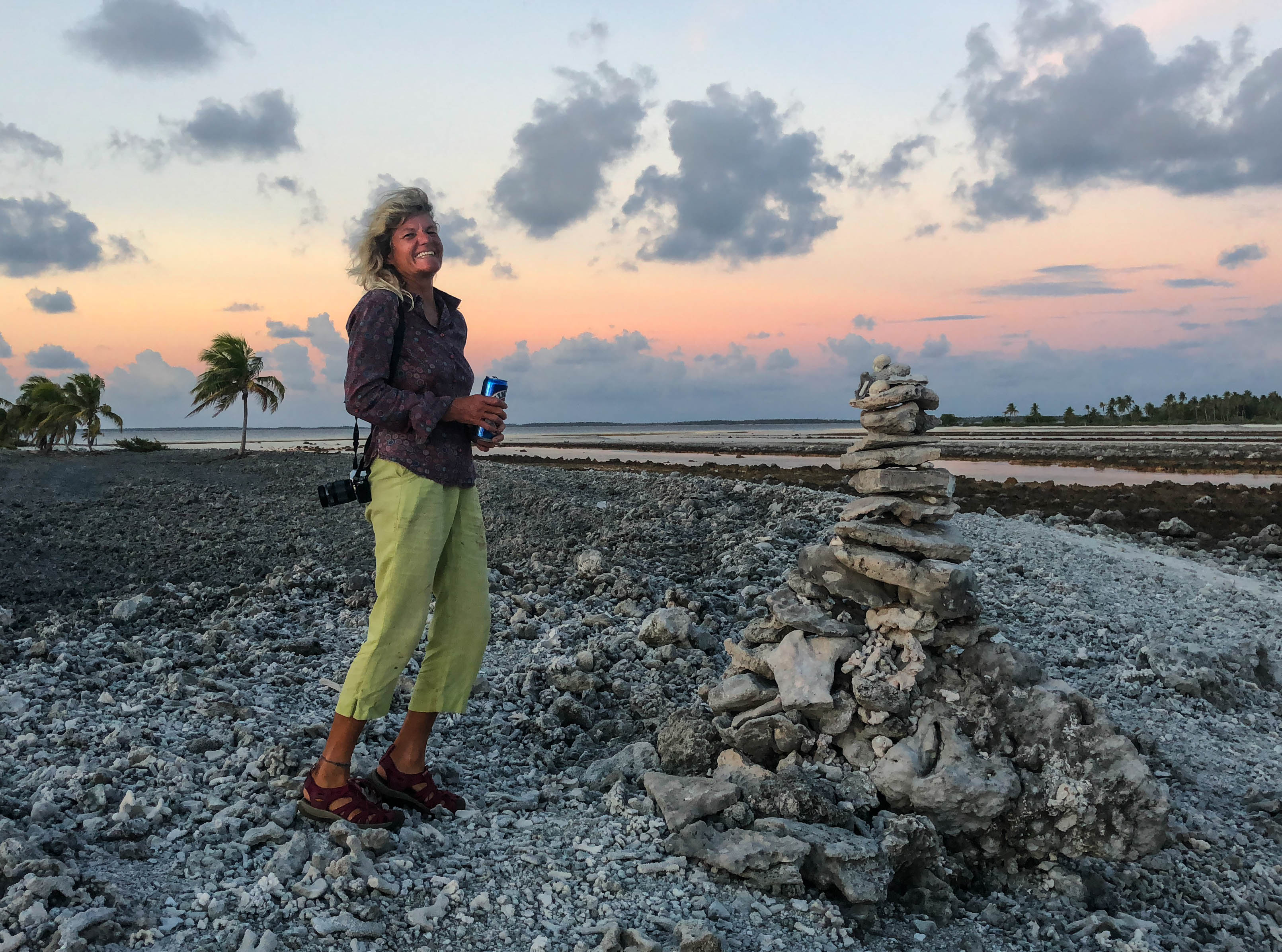




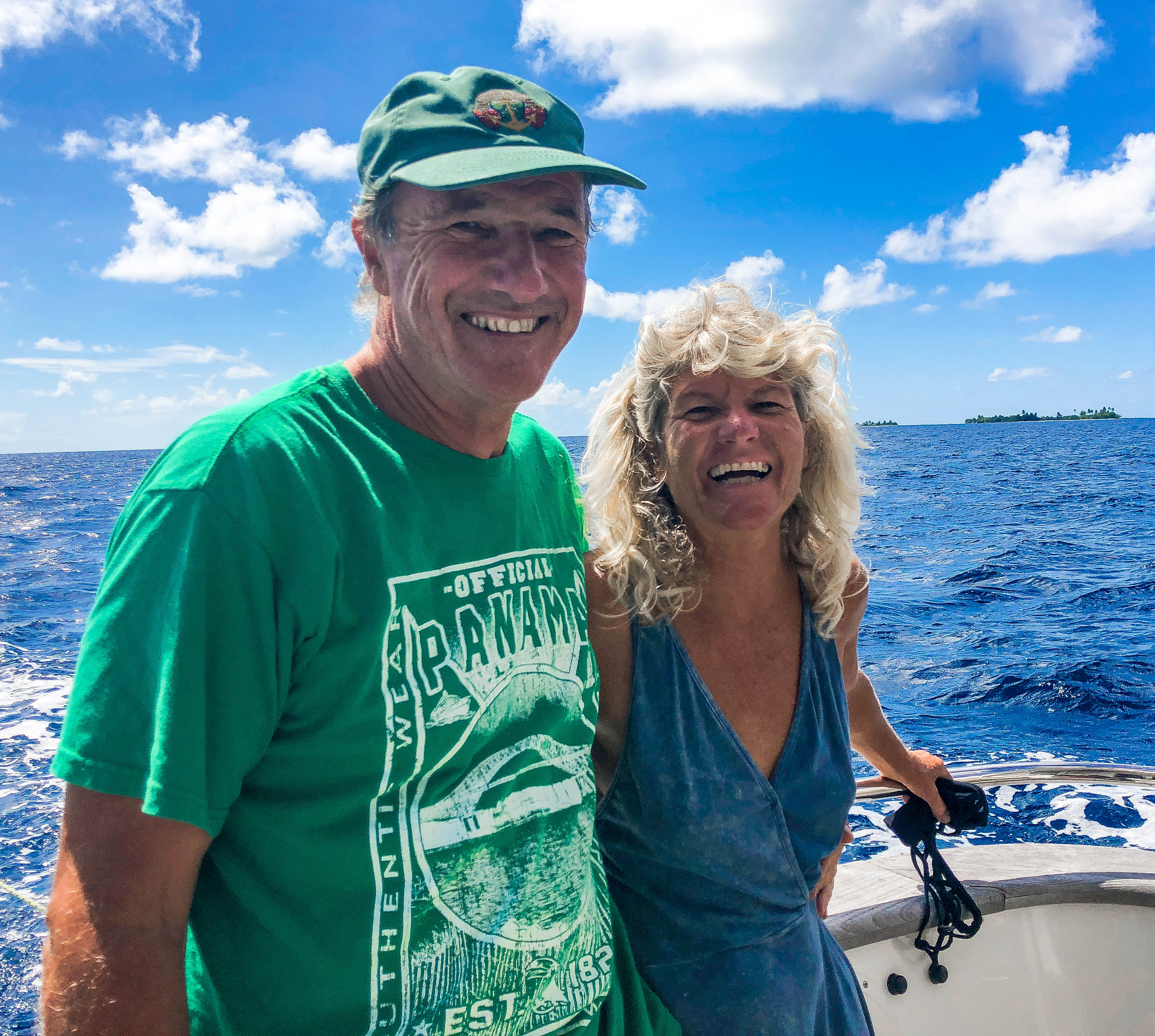











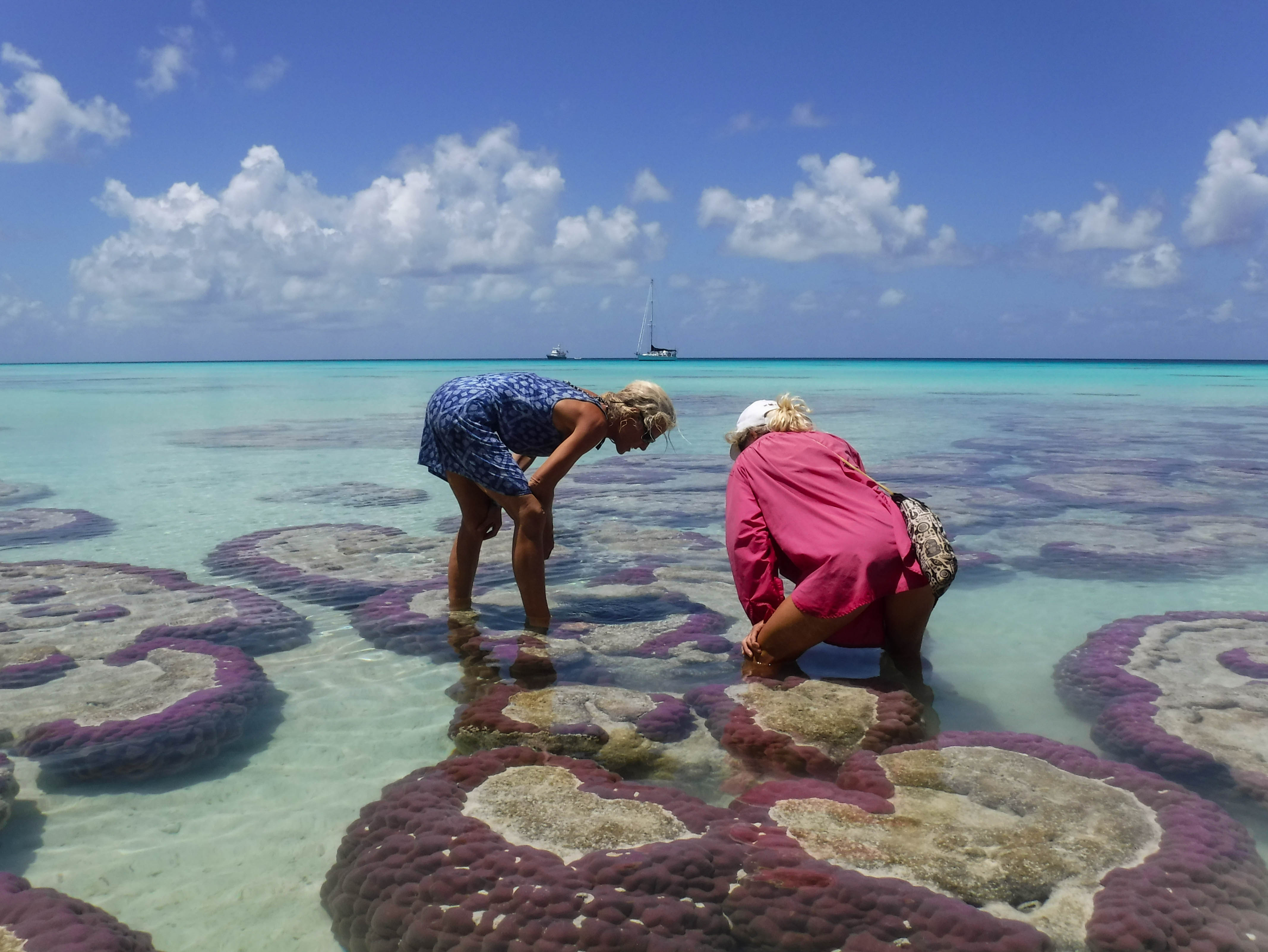



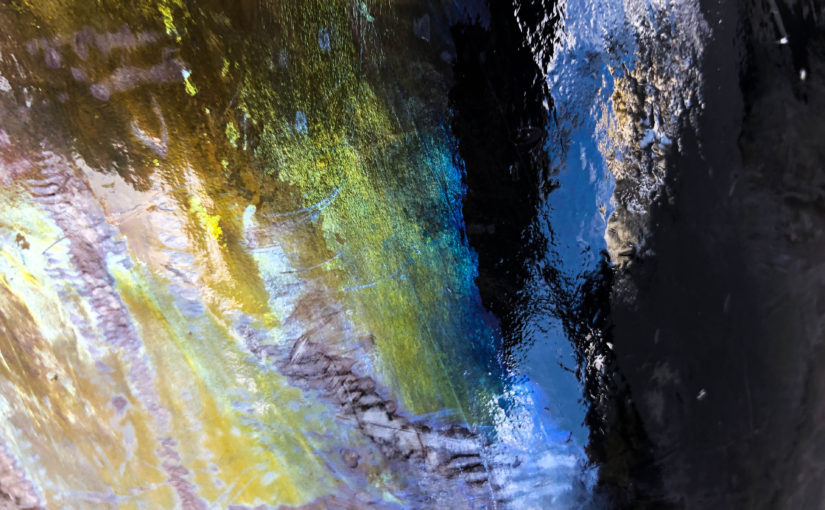
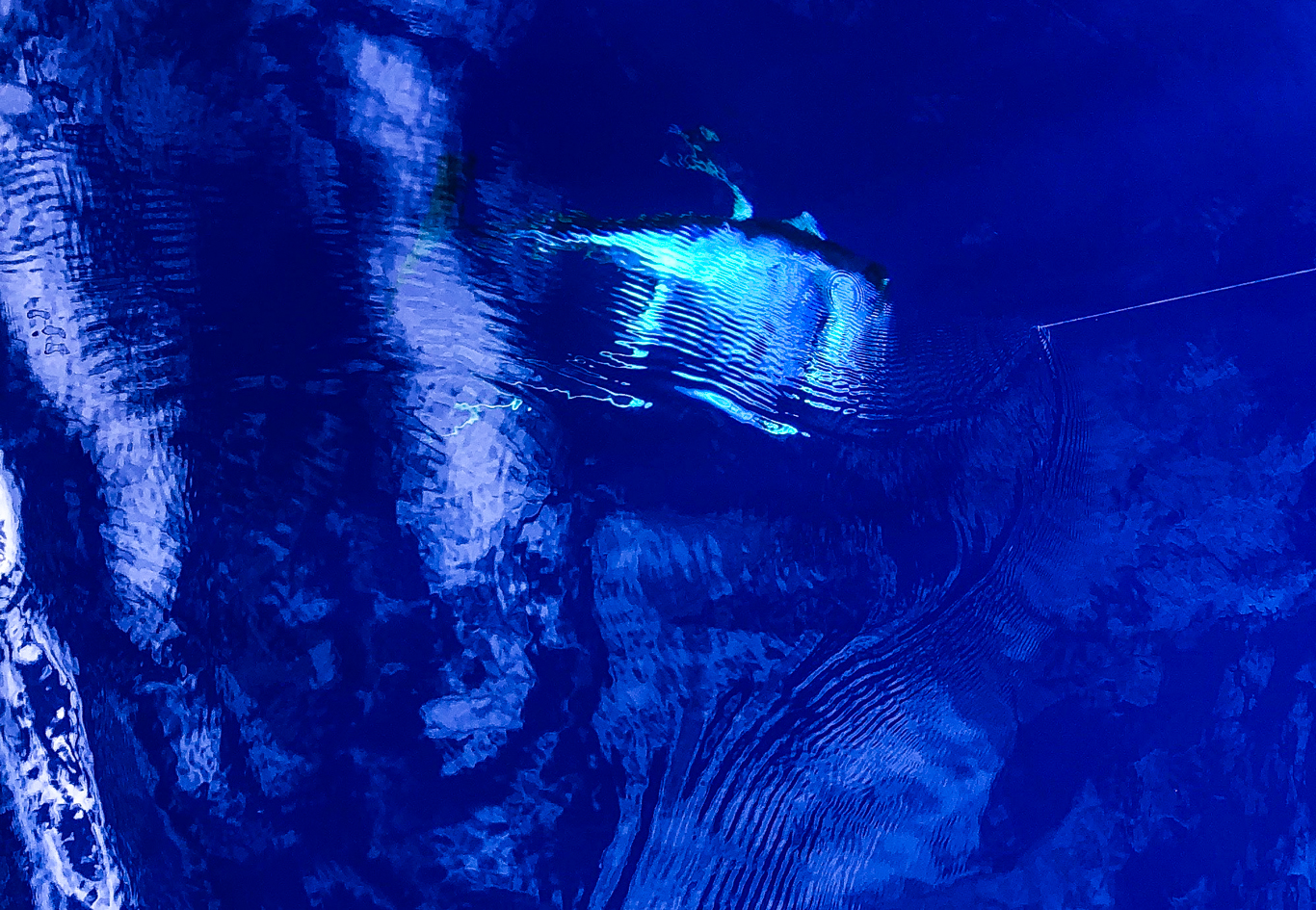

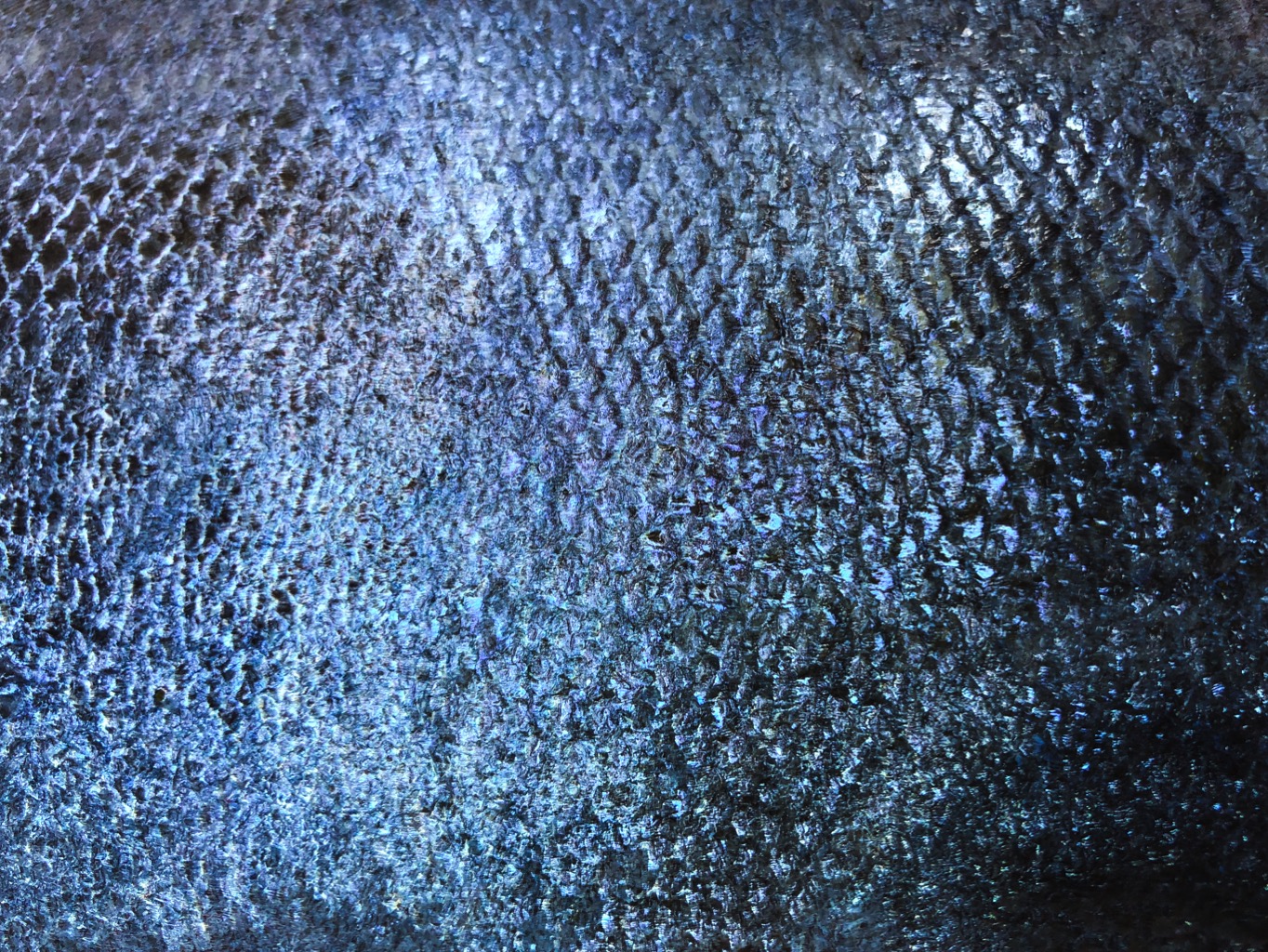
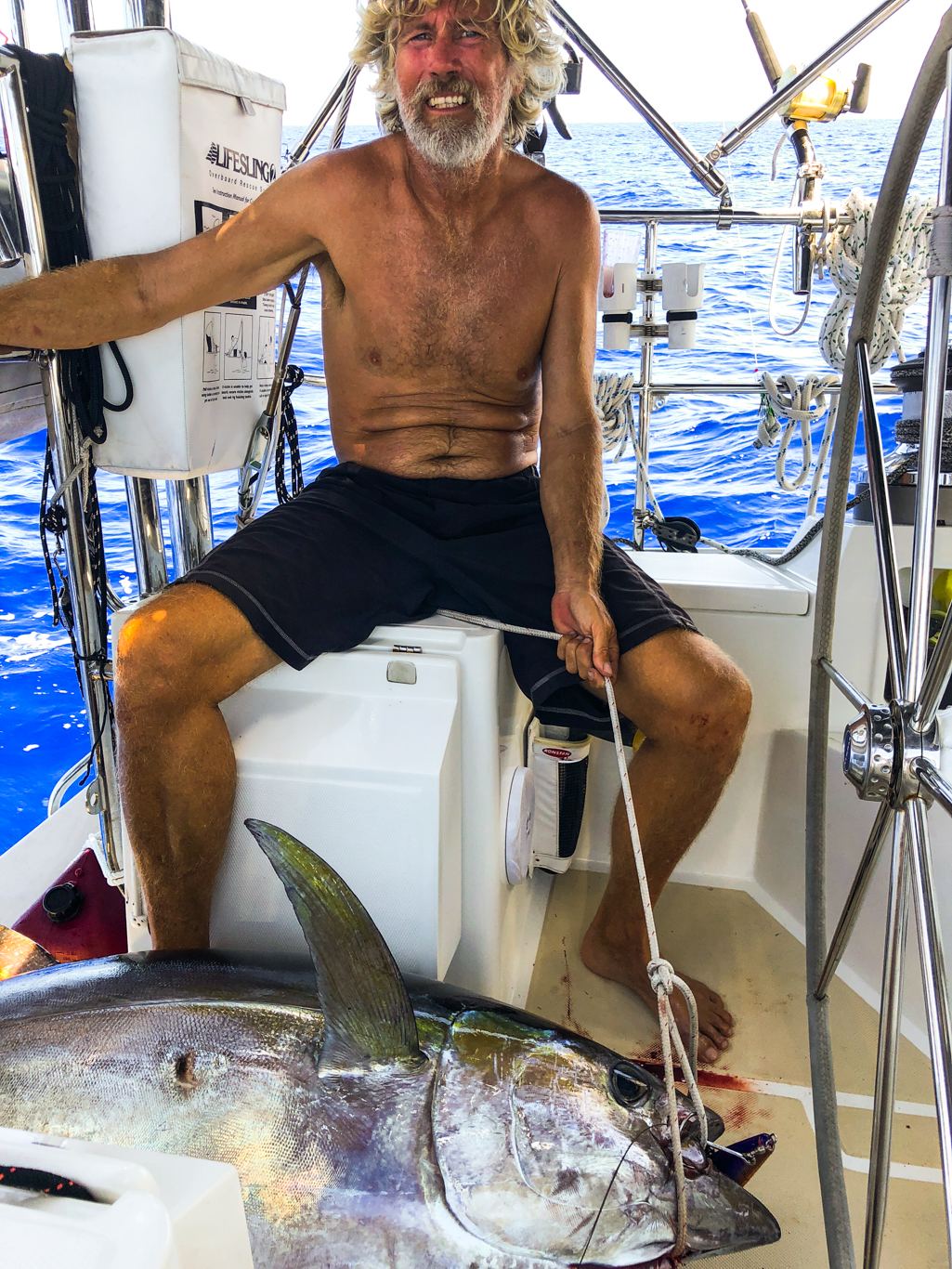
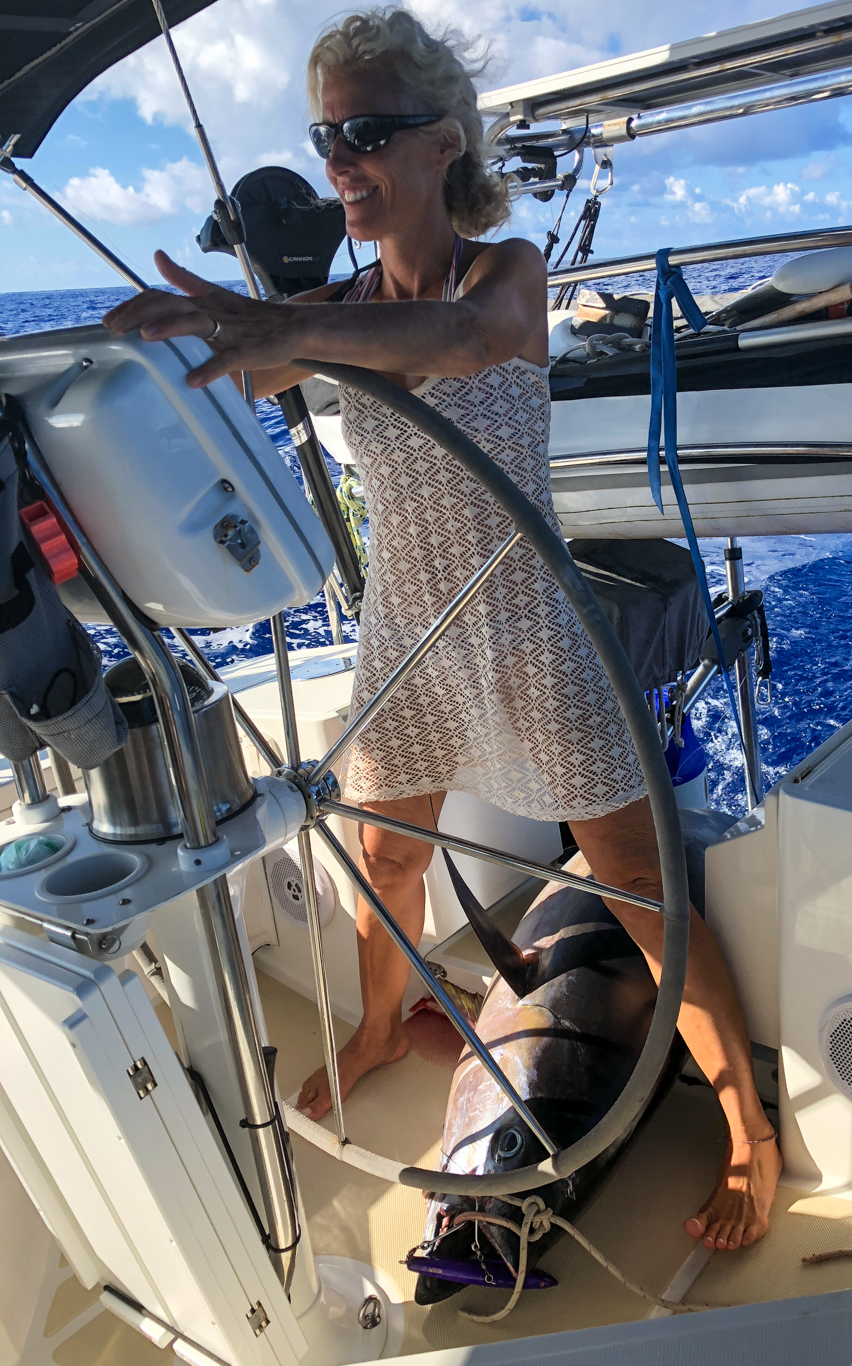

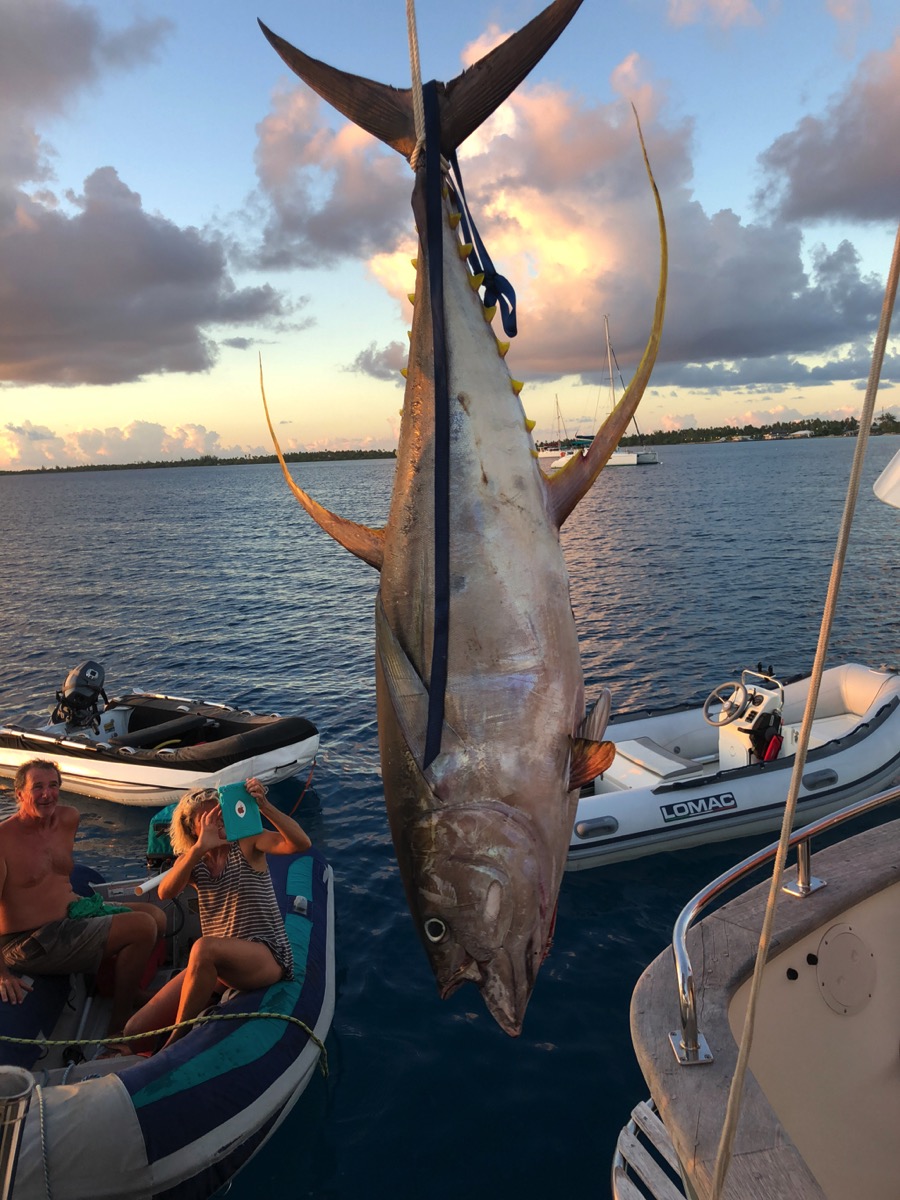

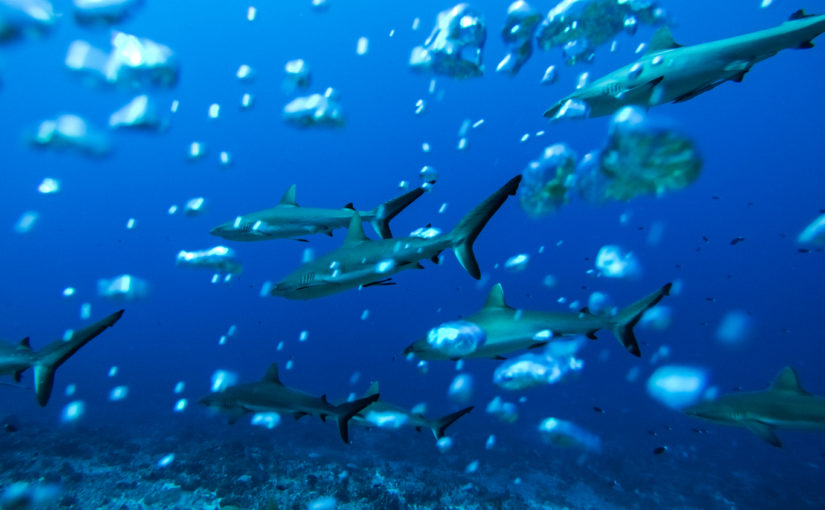










































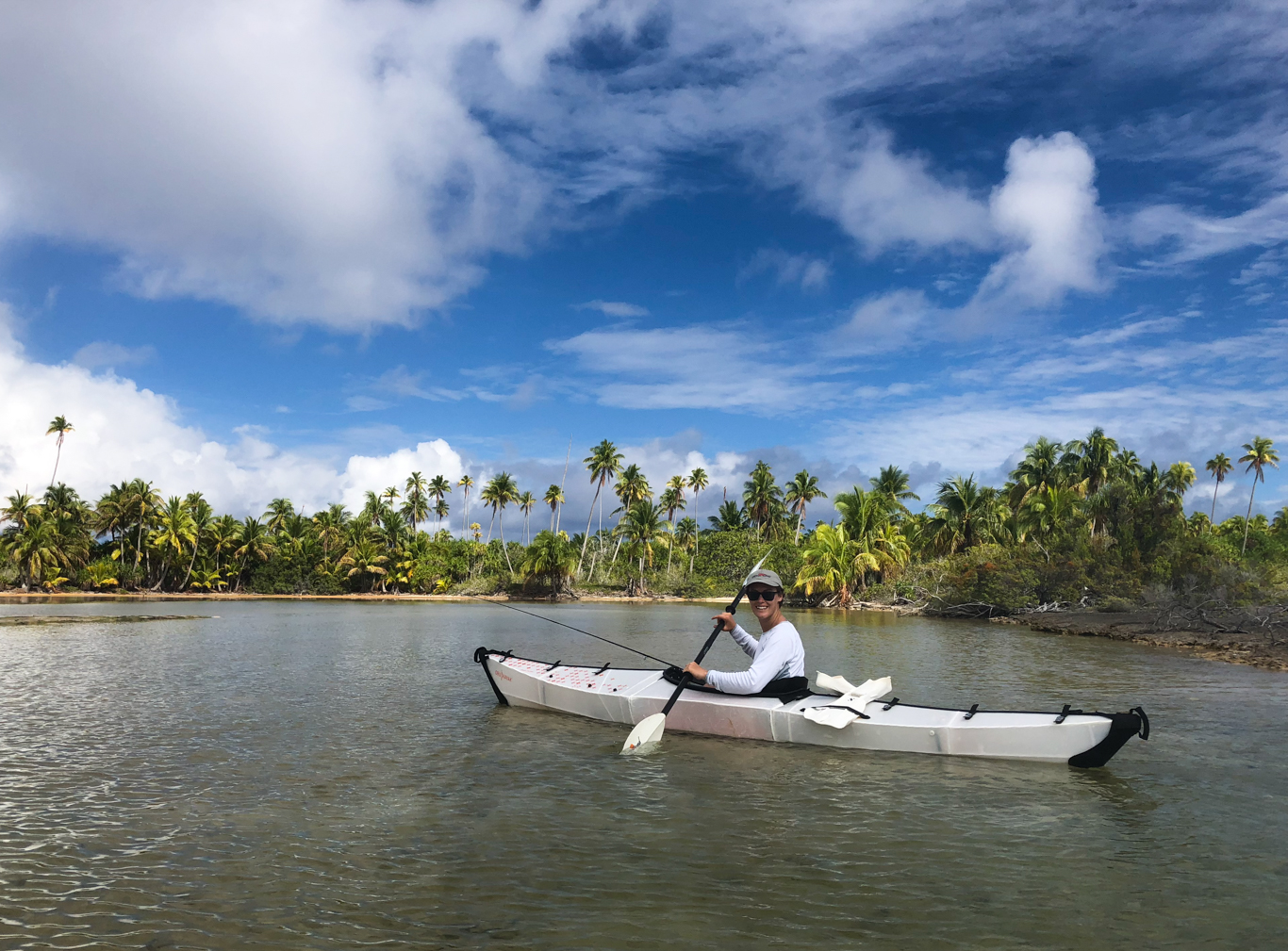

 " data-envira-height="428" data-envira-width="570" />
" data-envira-height="428" data-envira-width="570" />



















